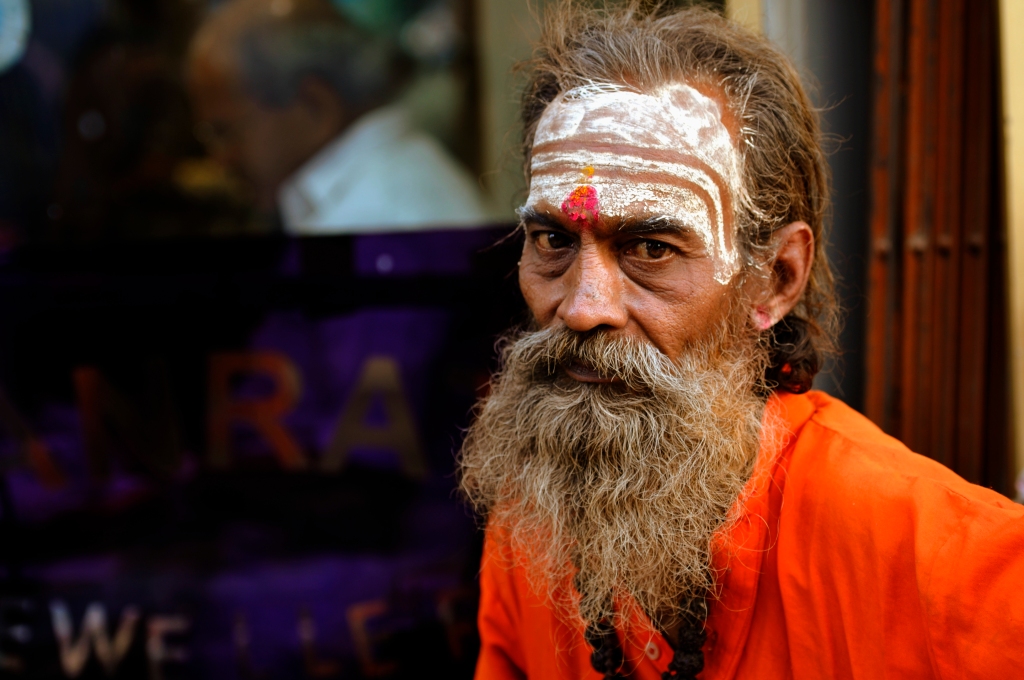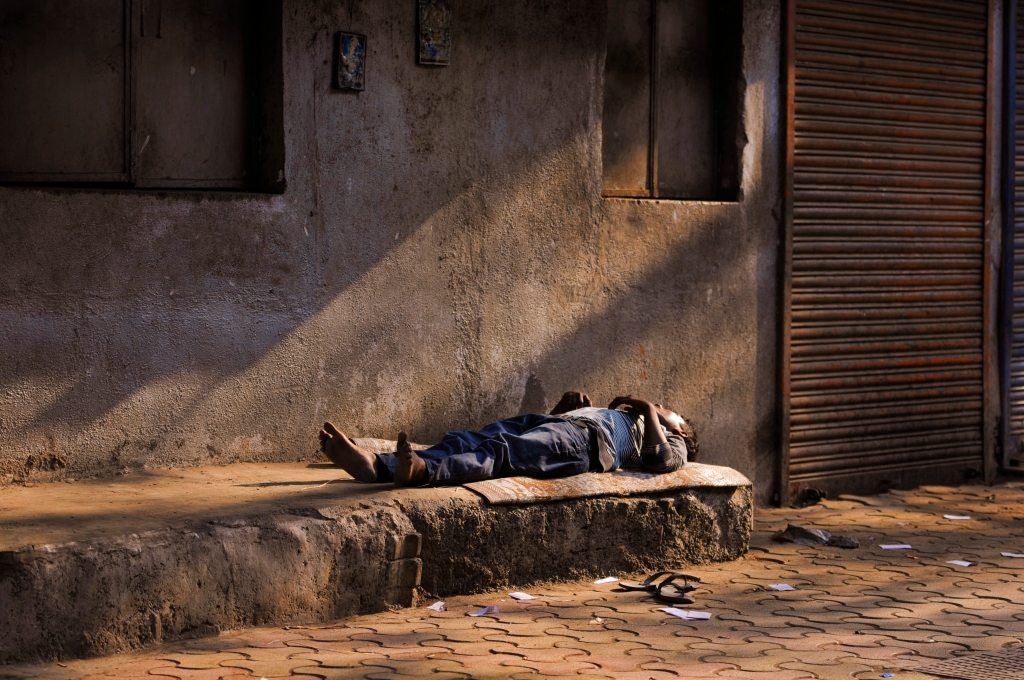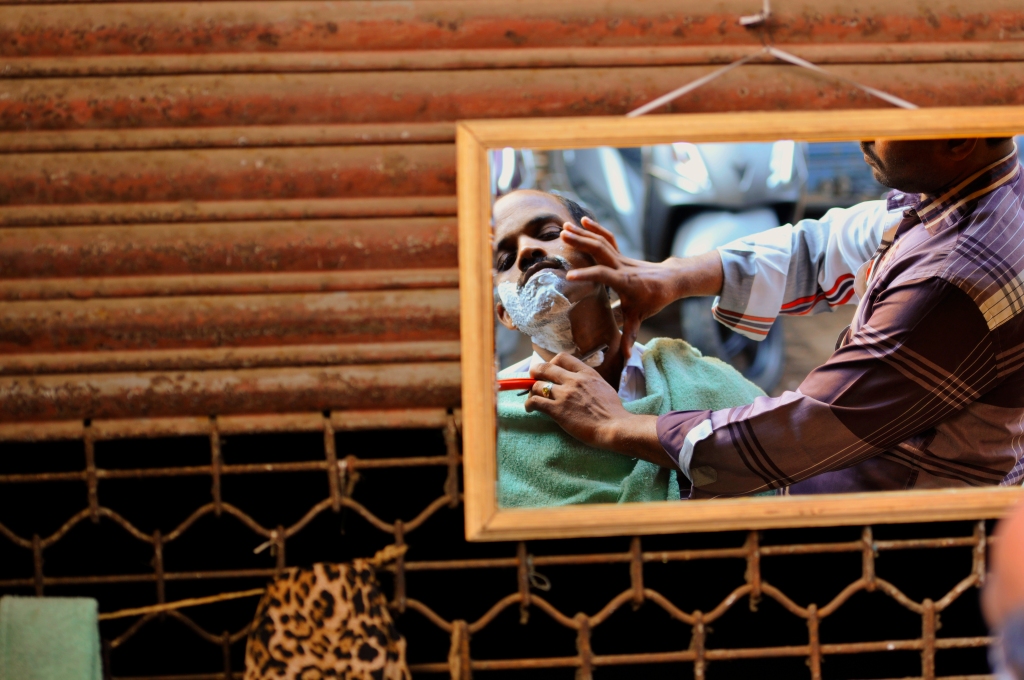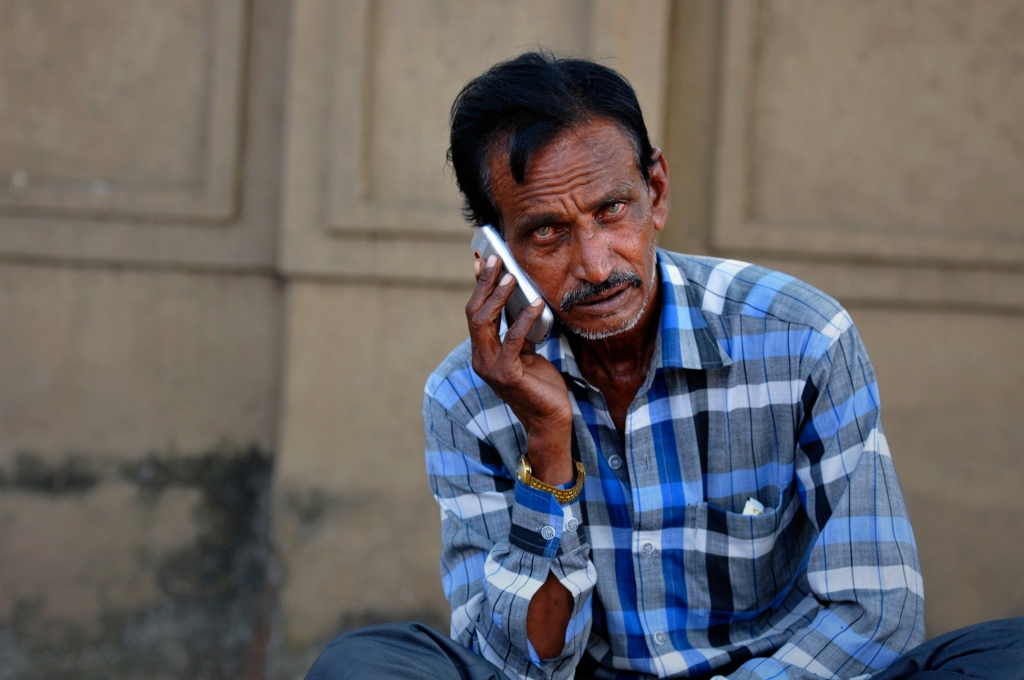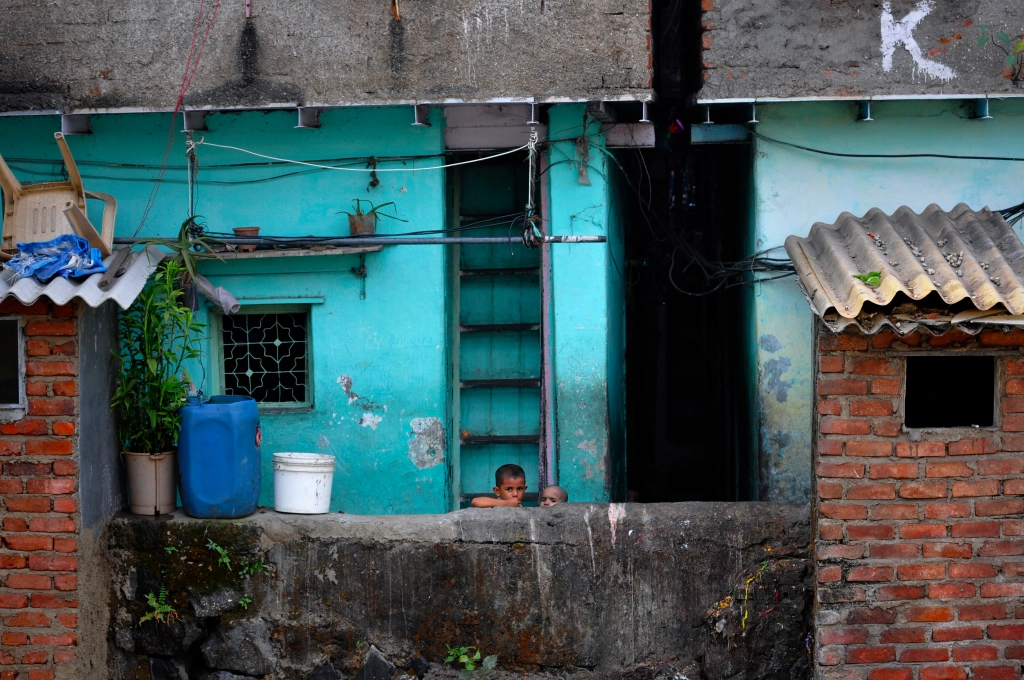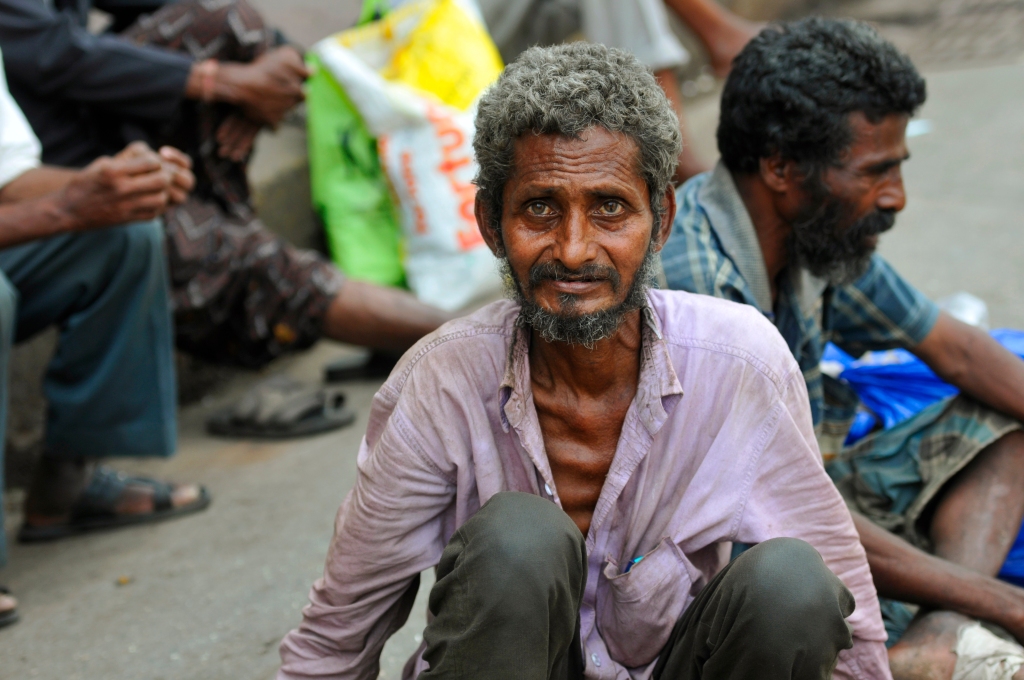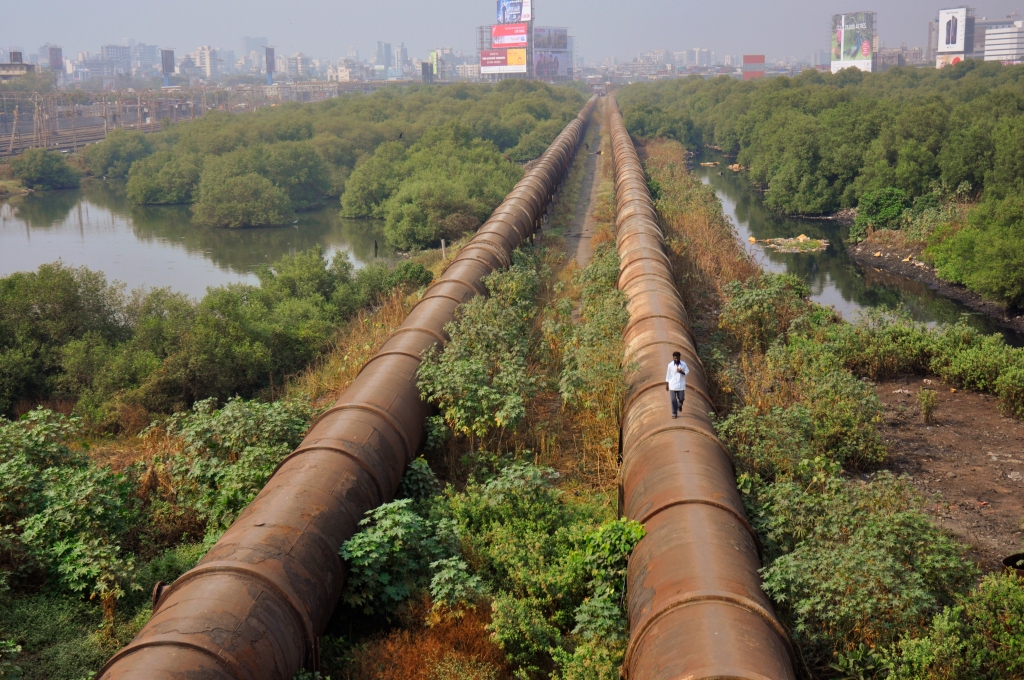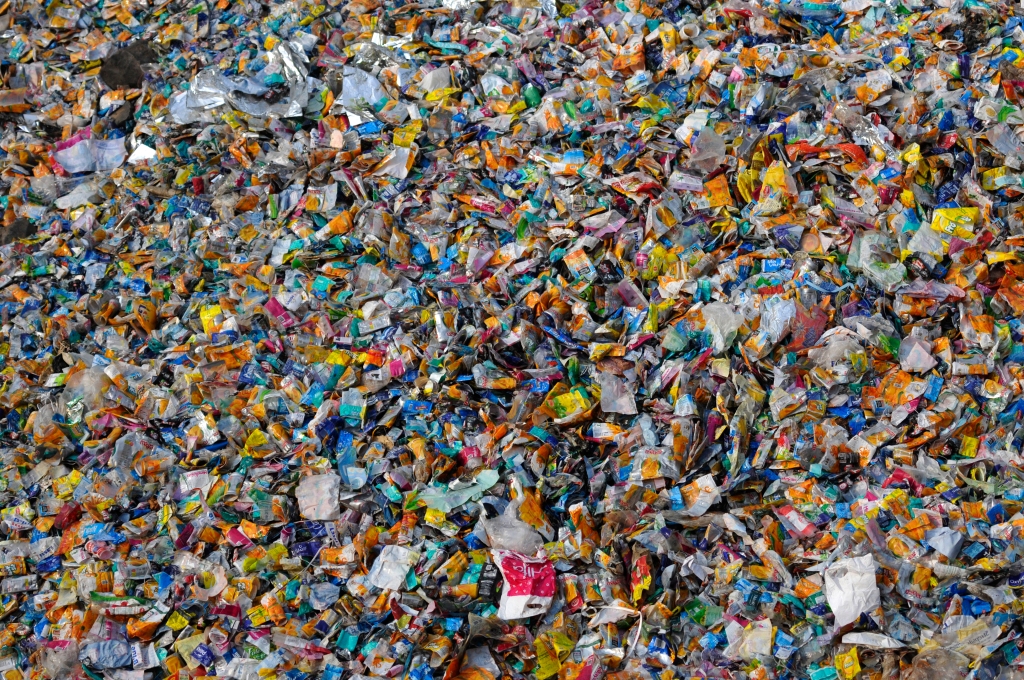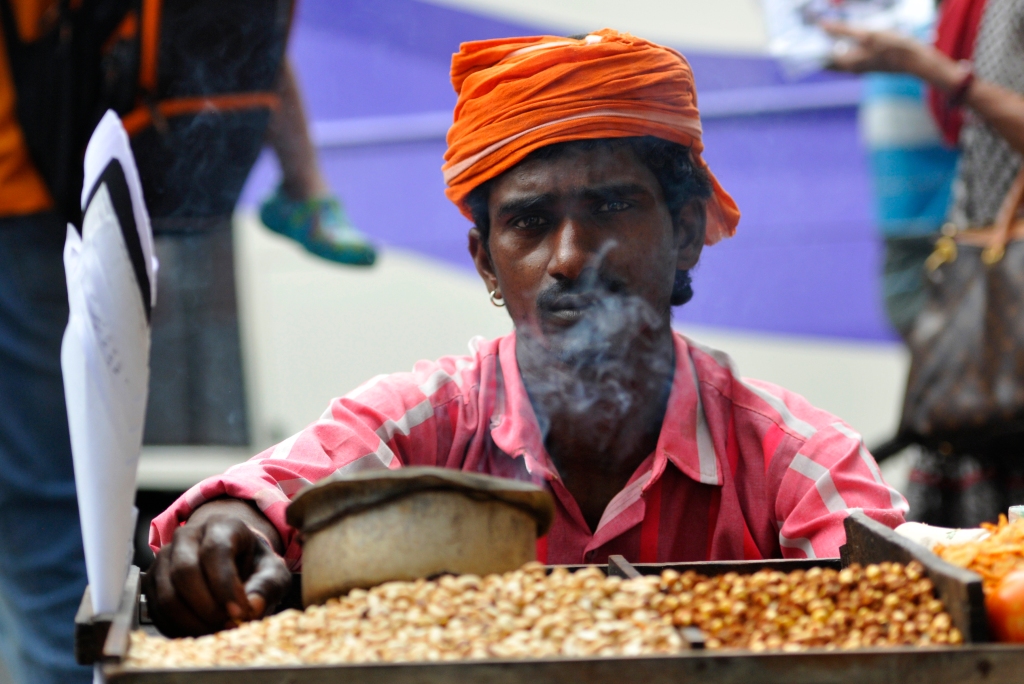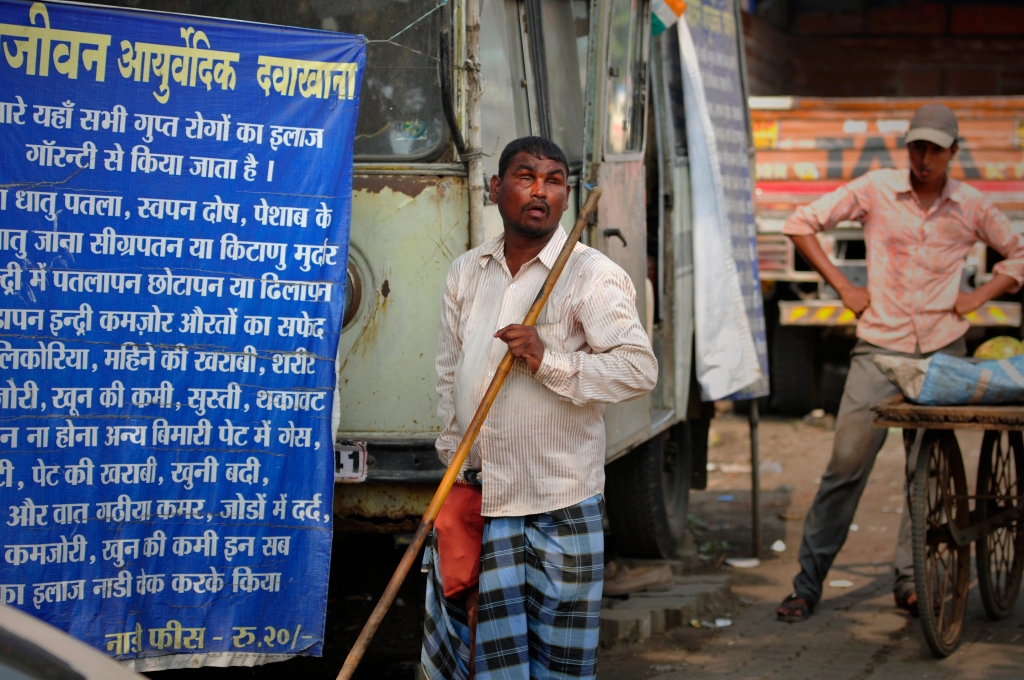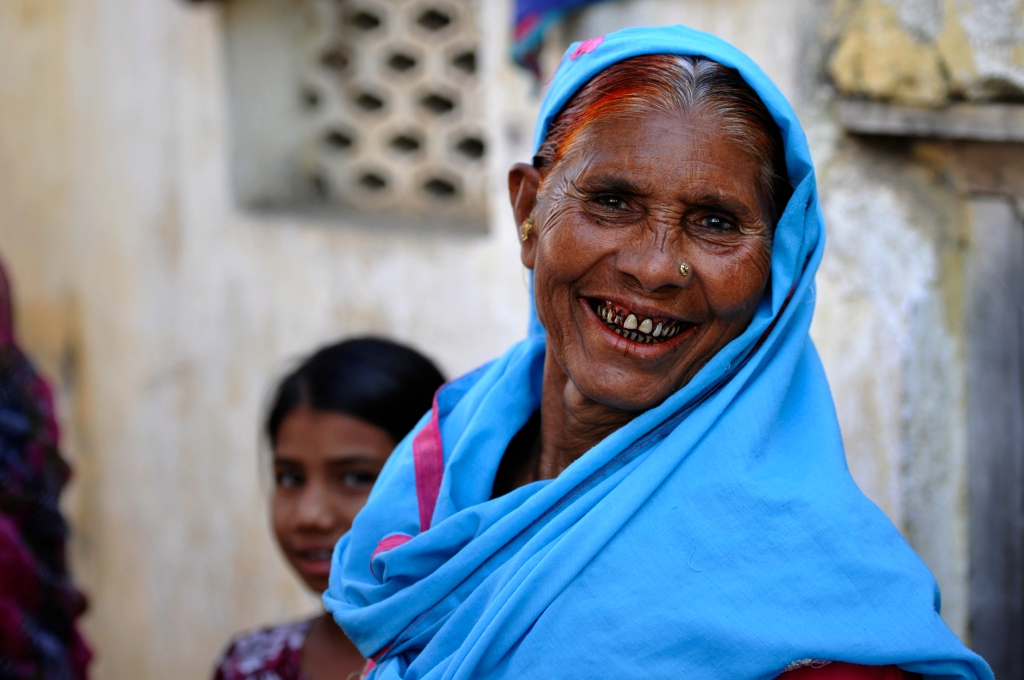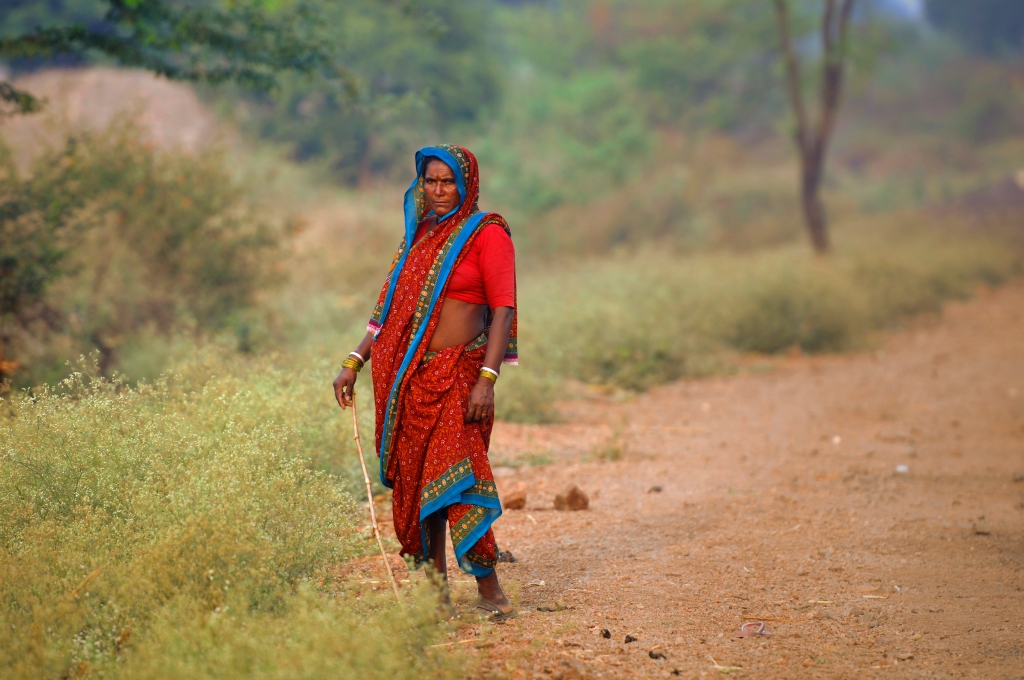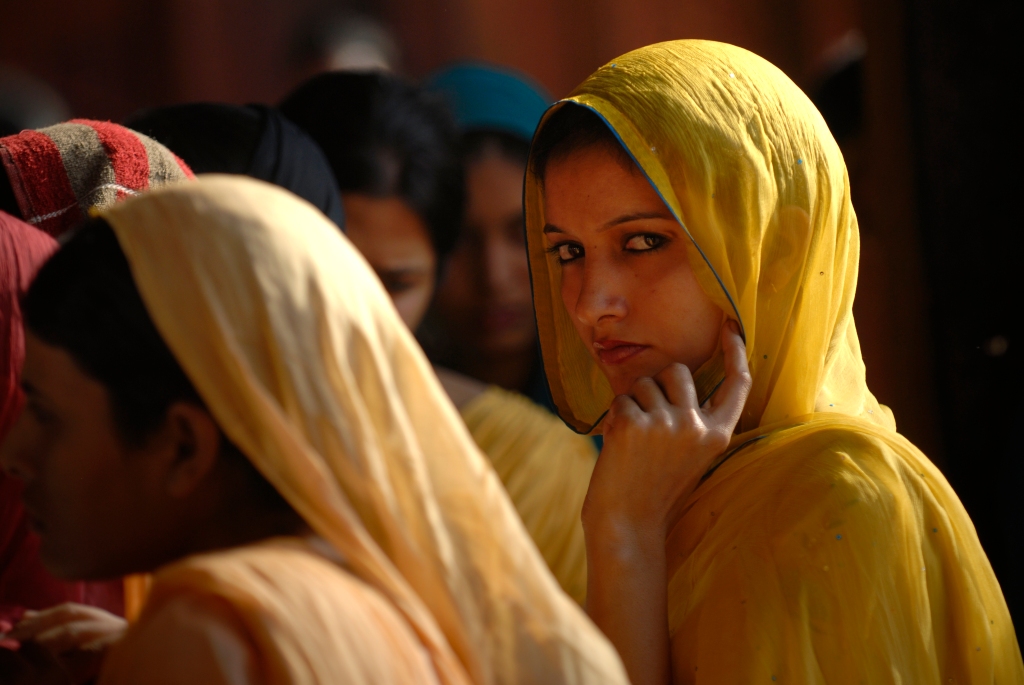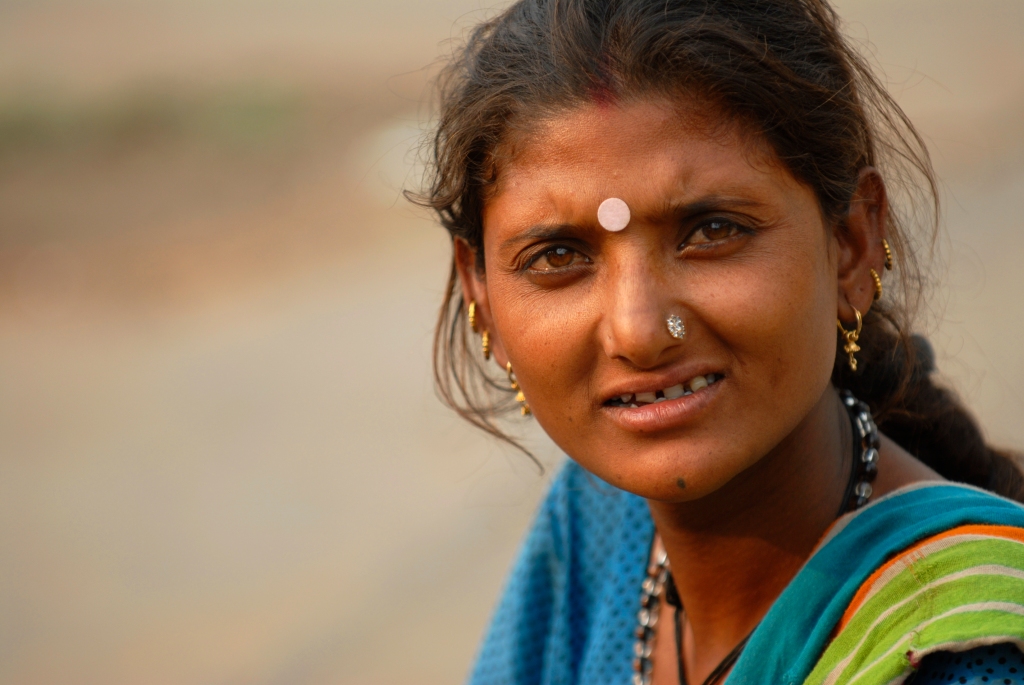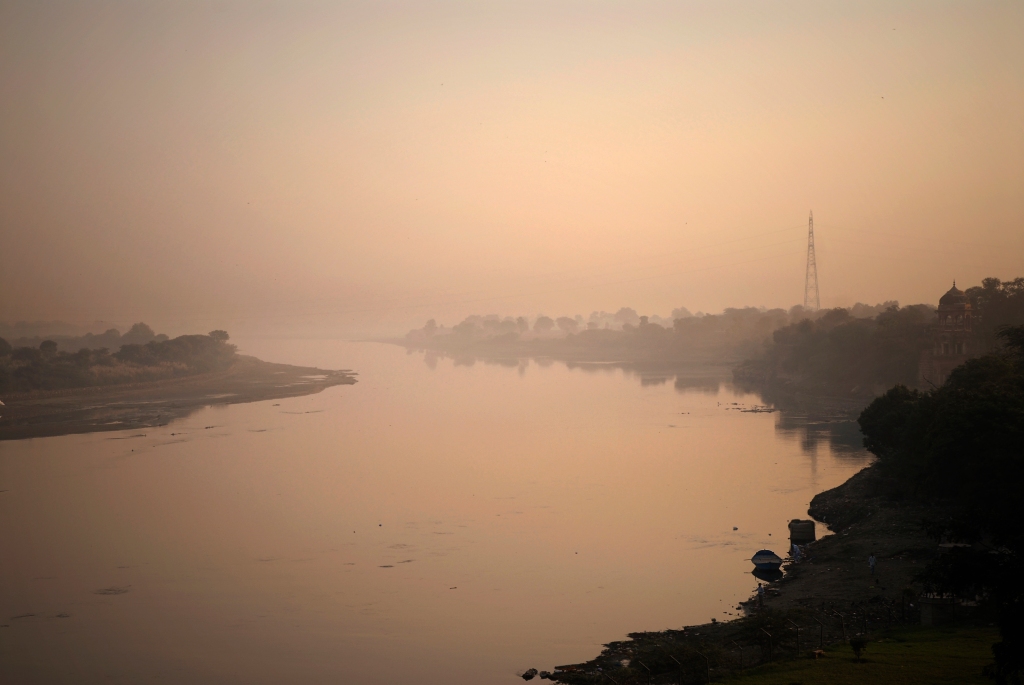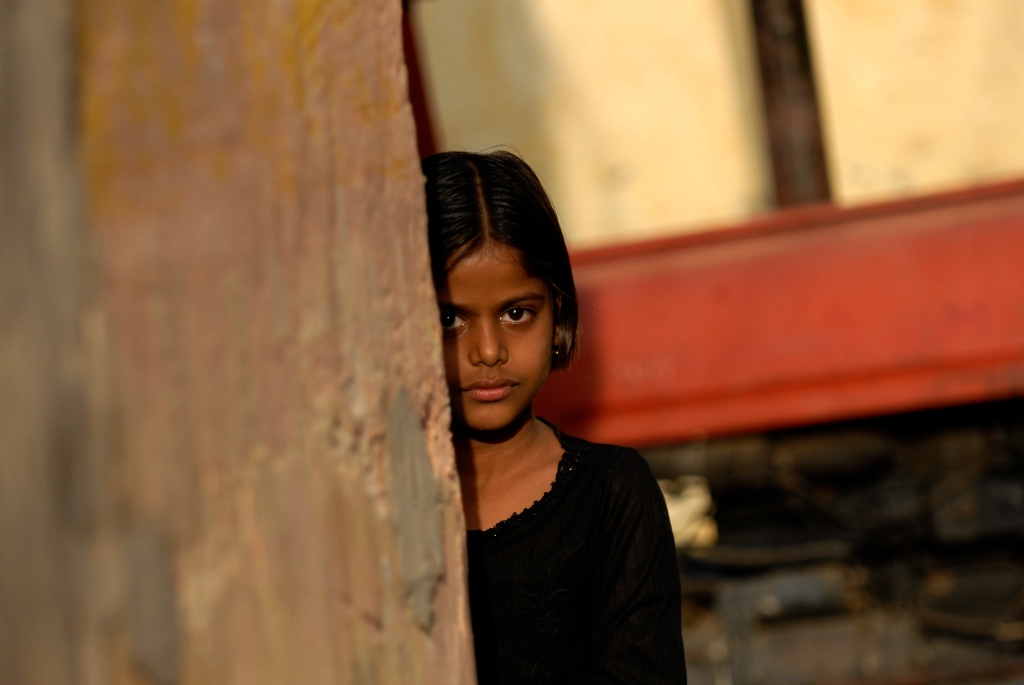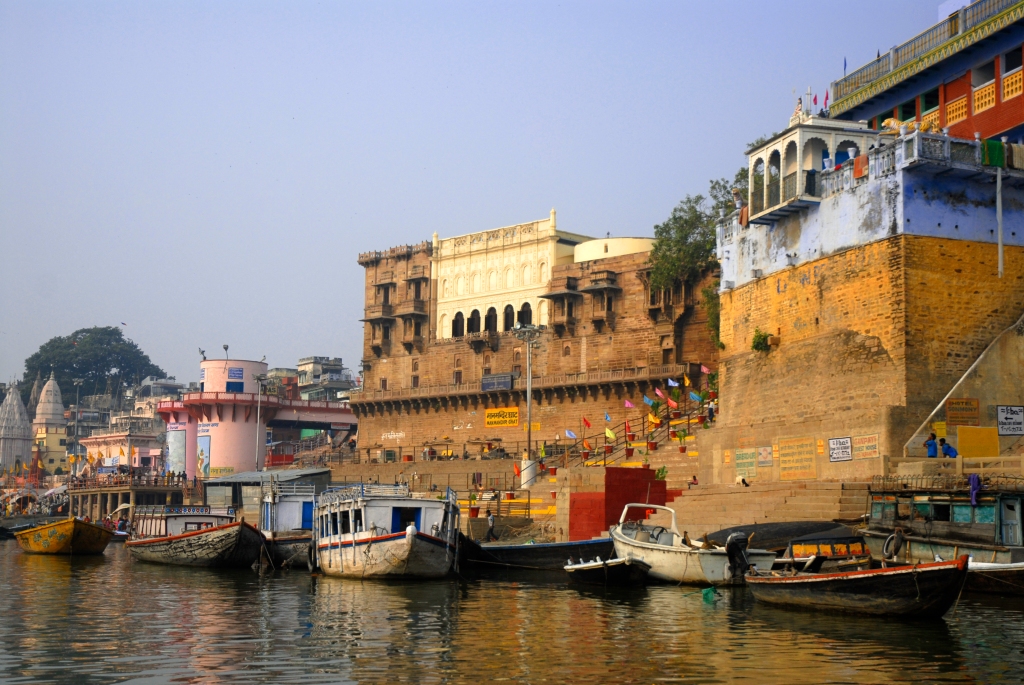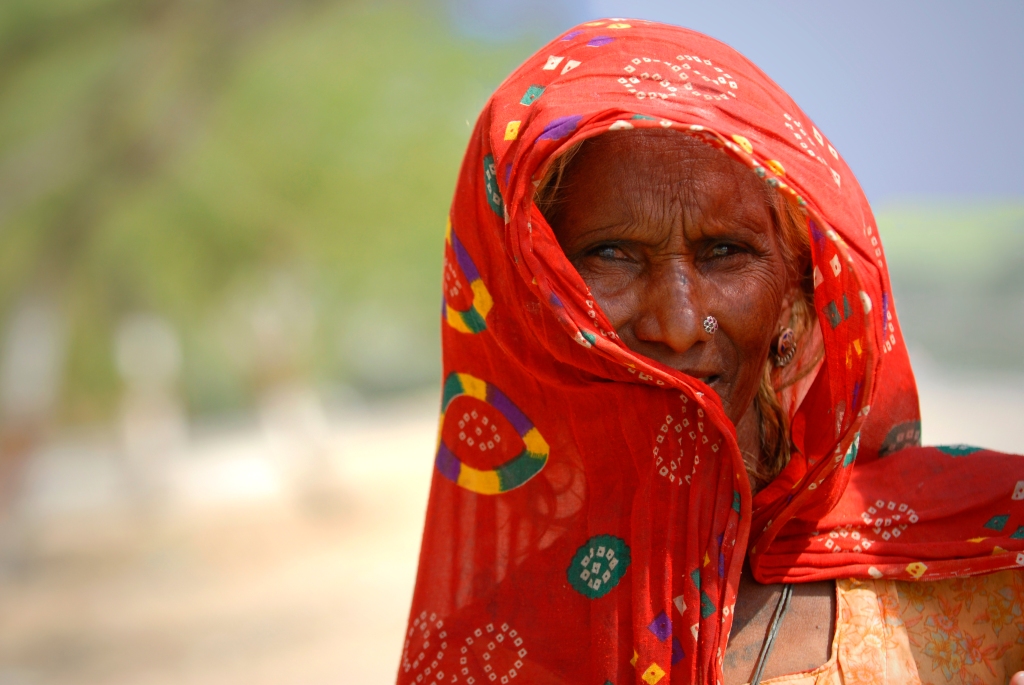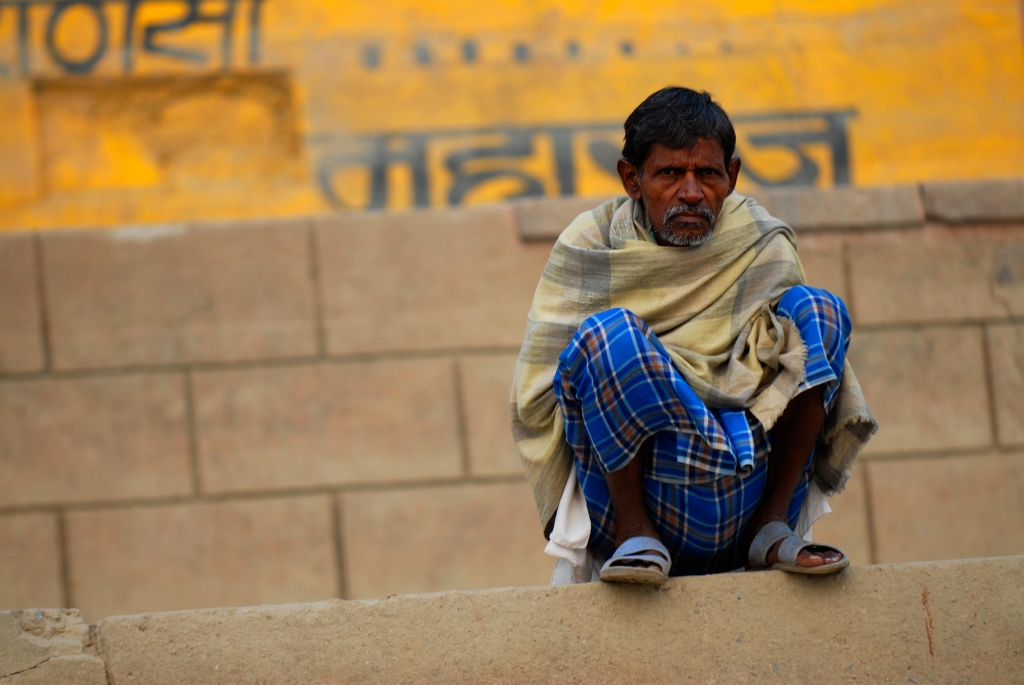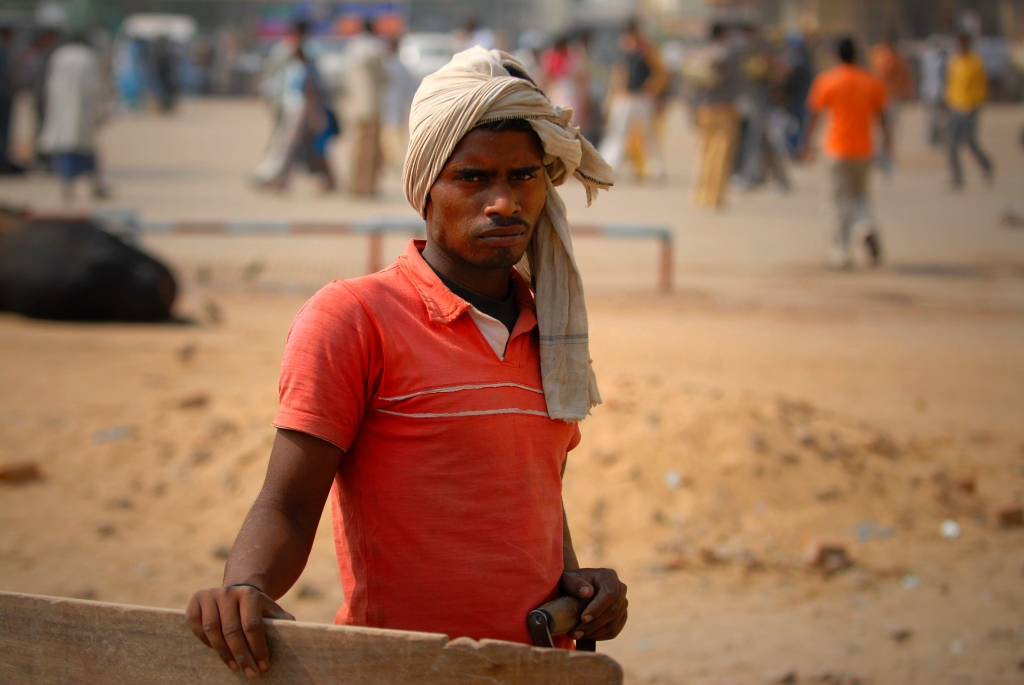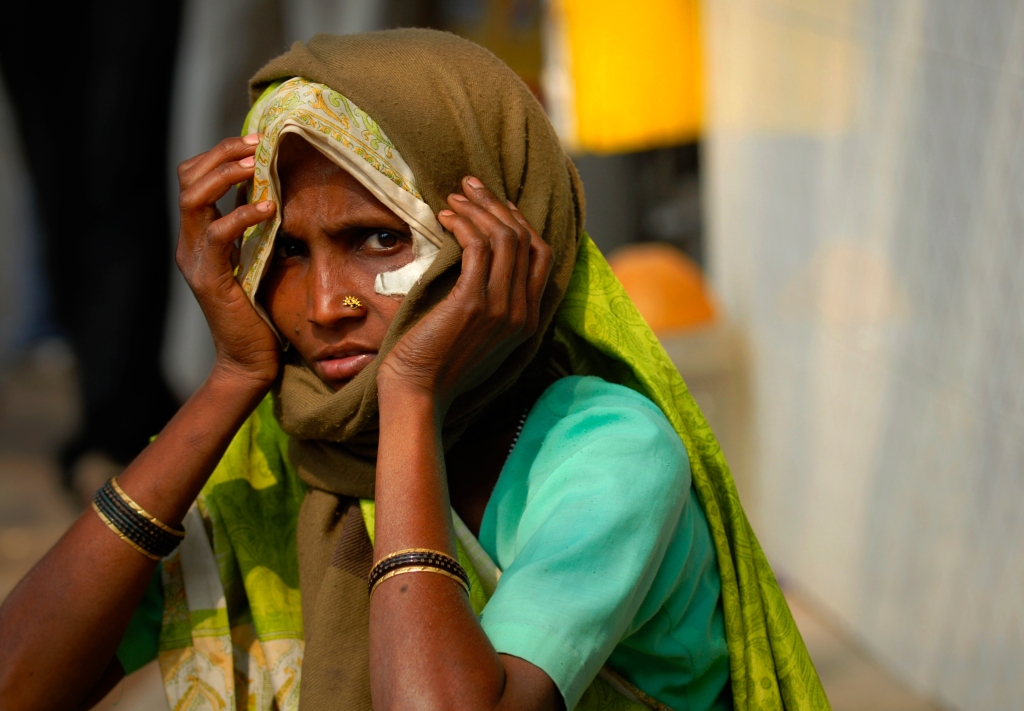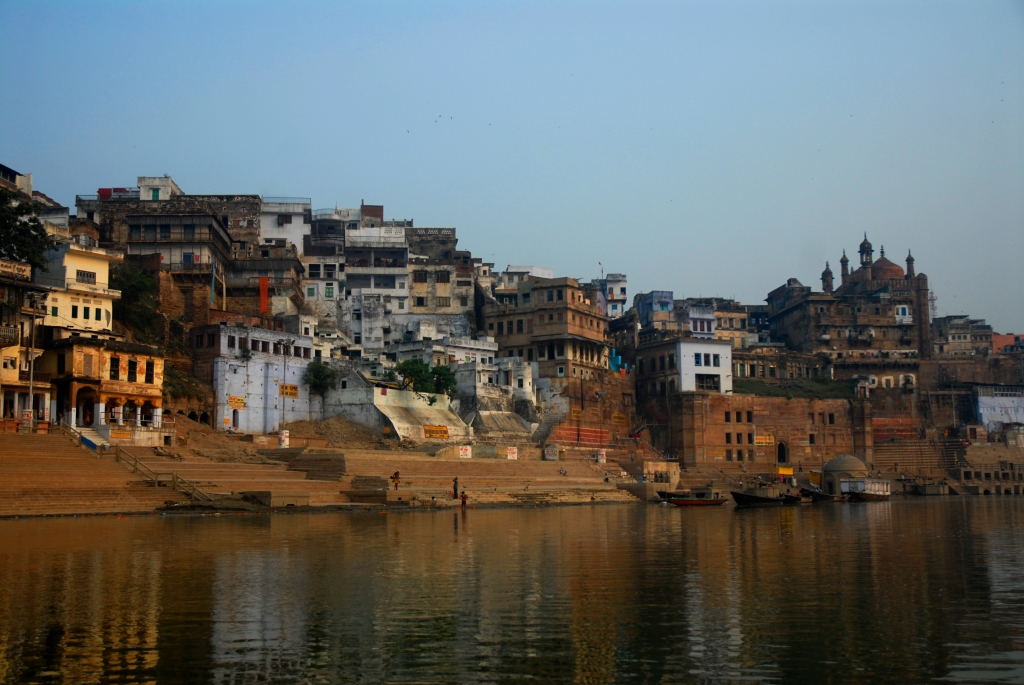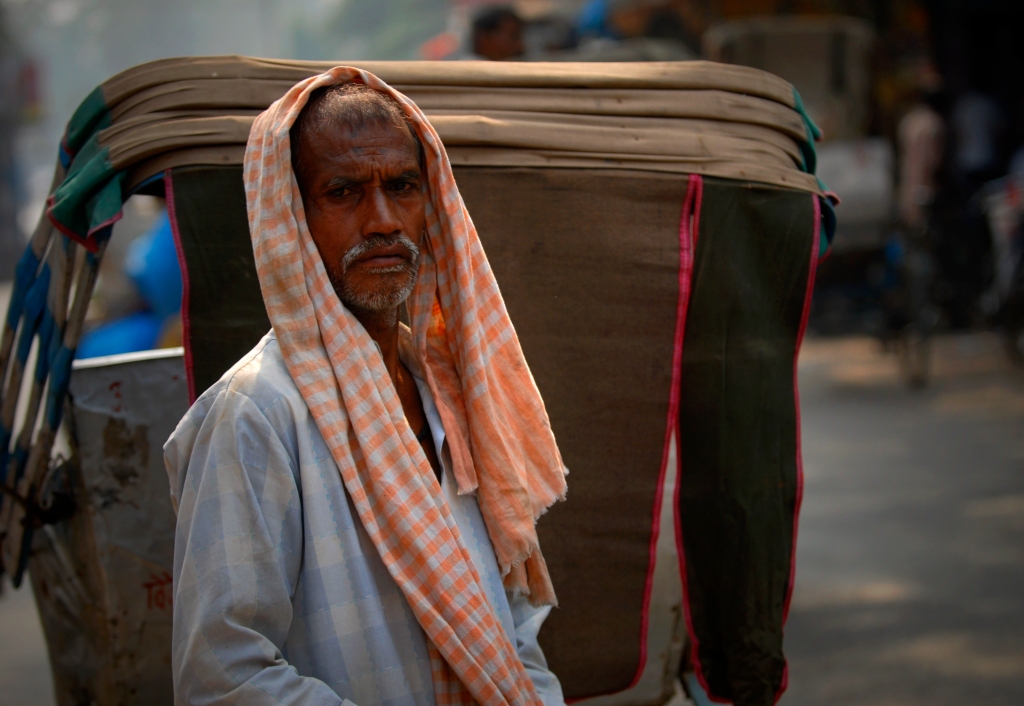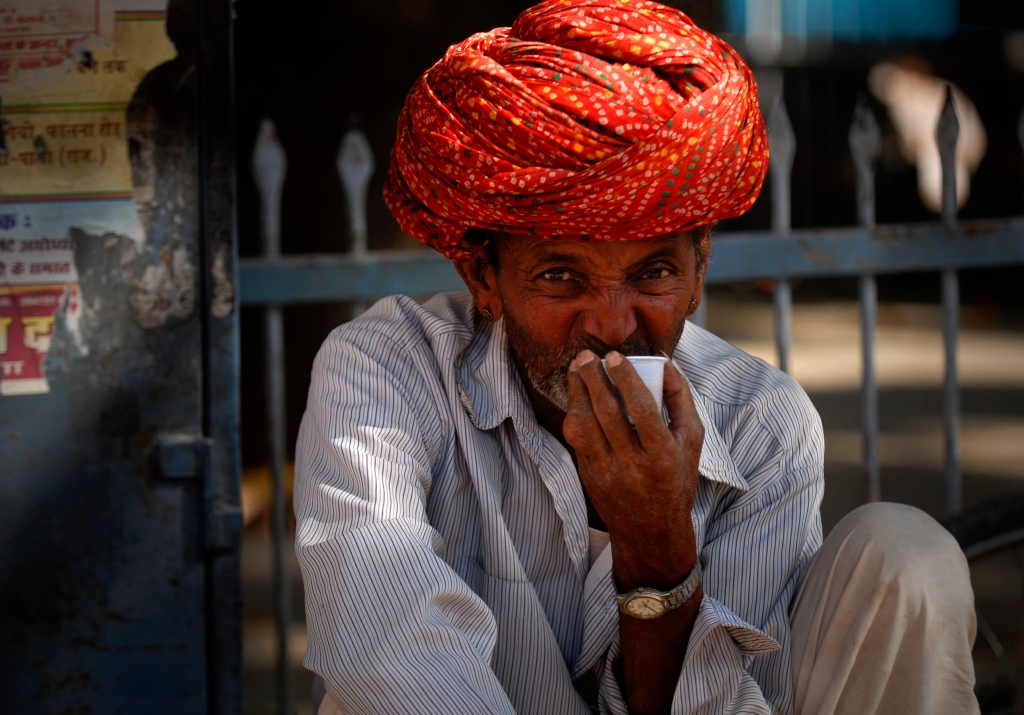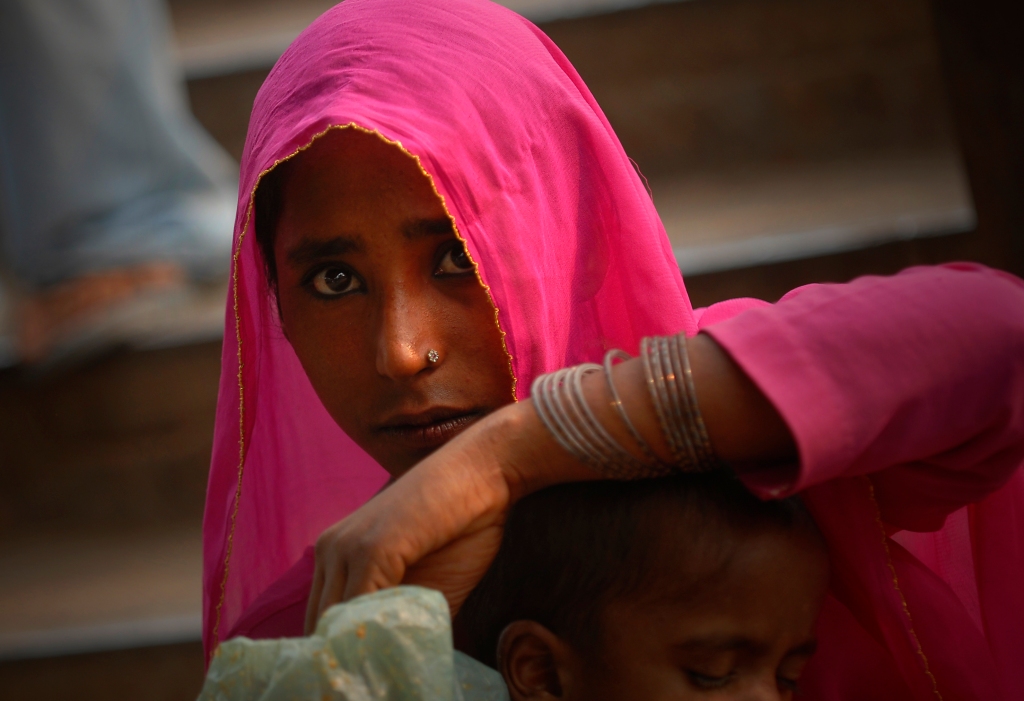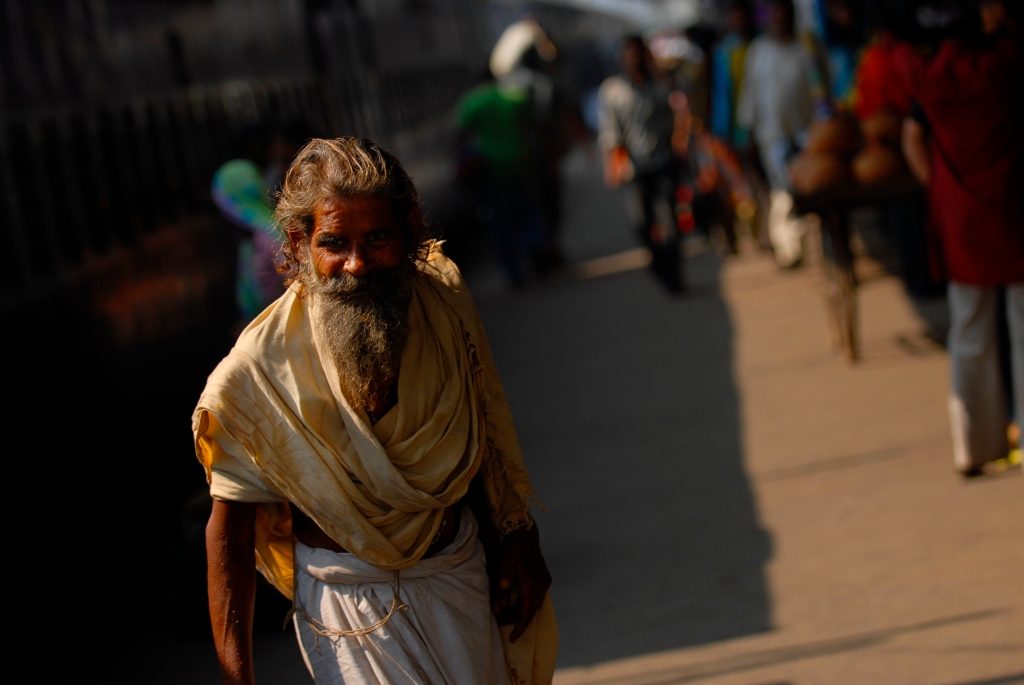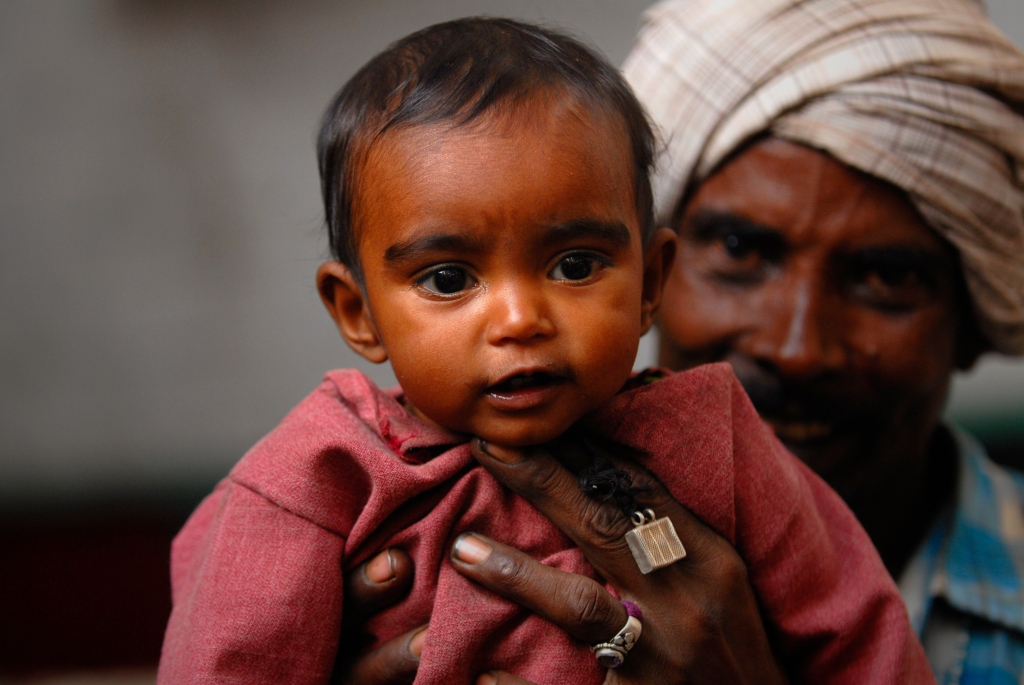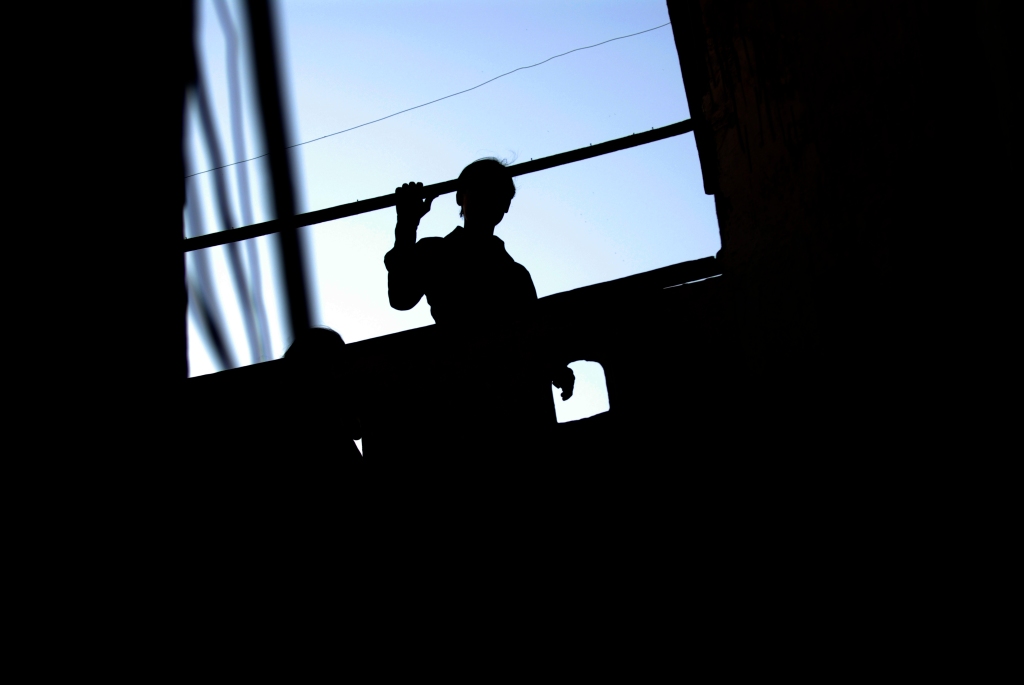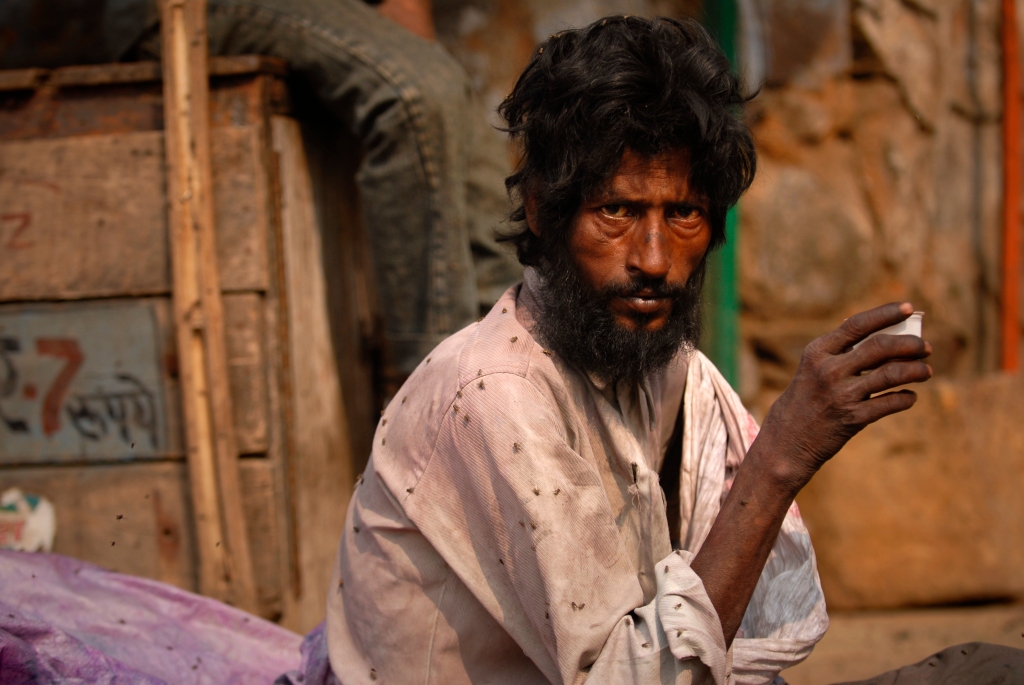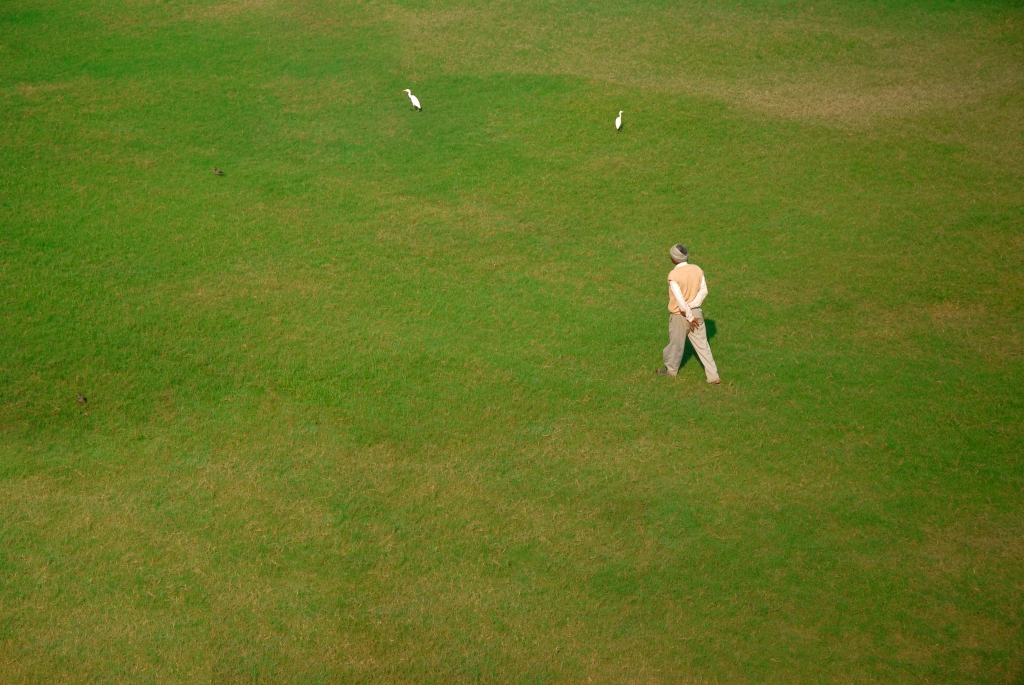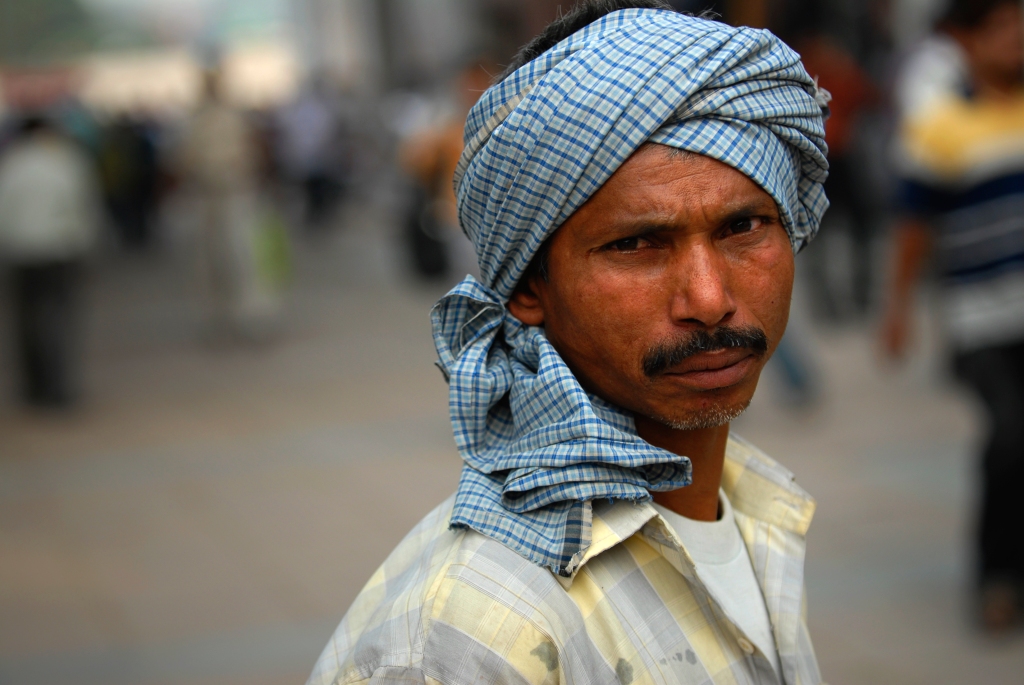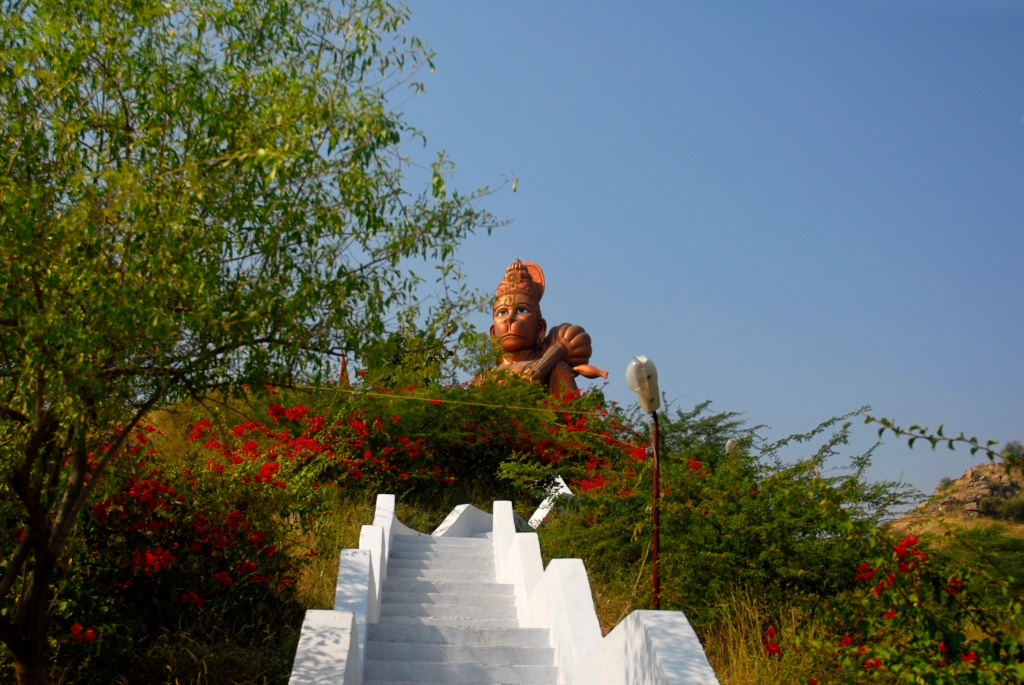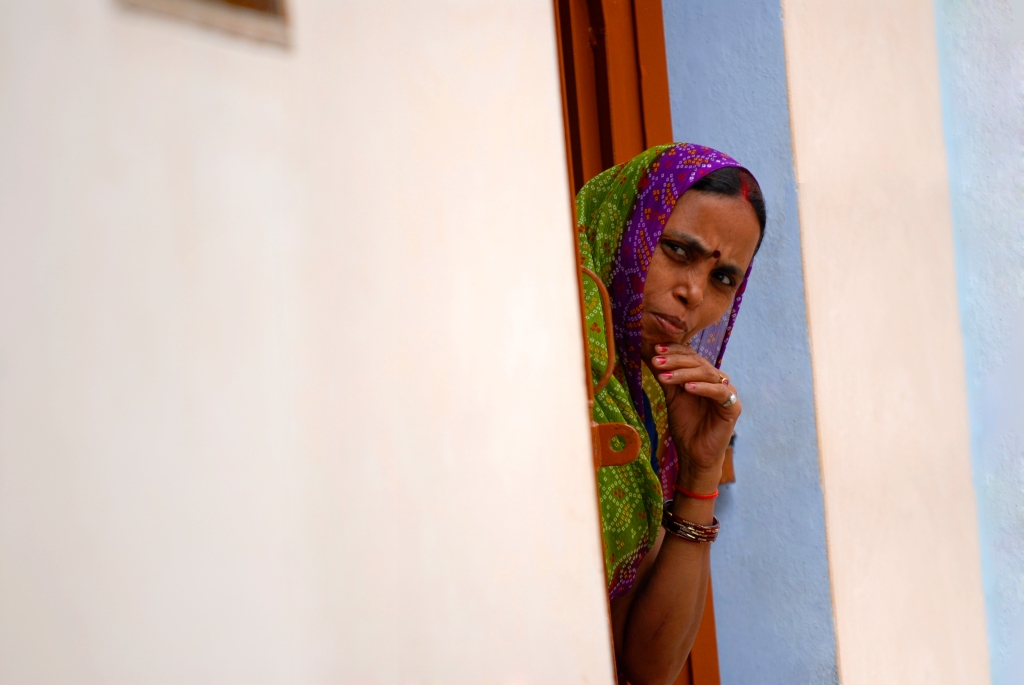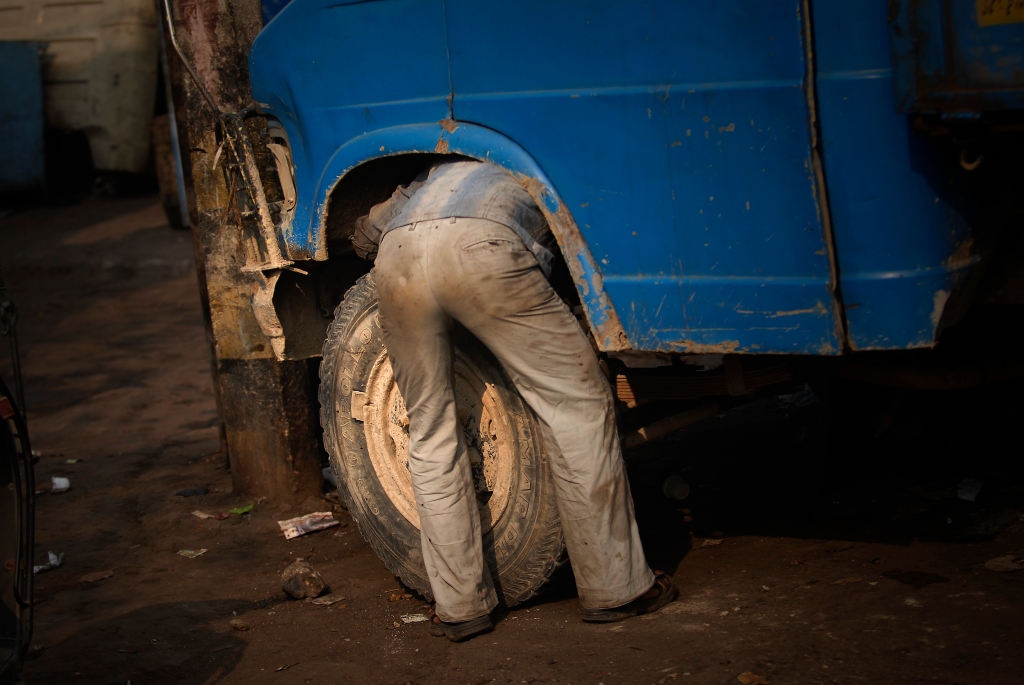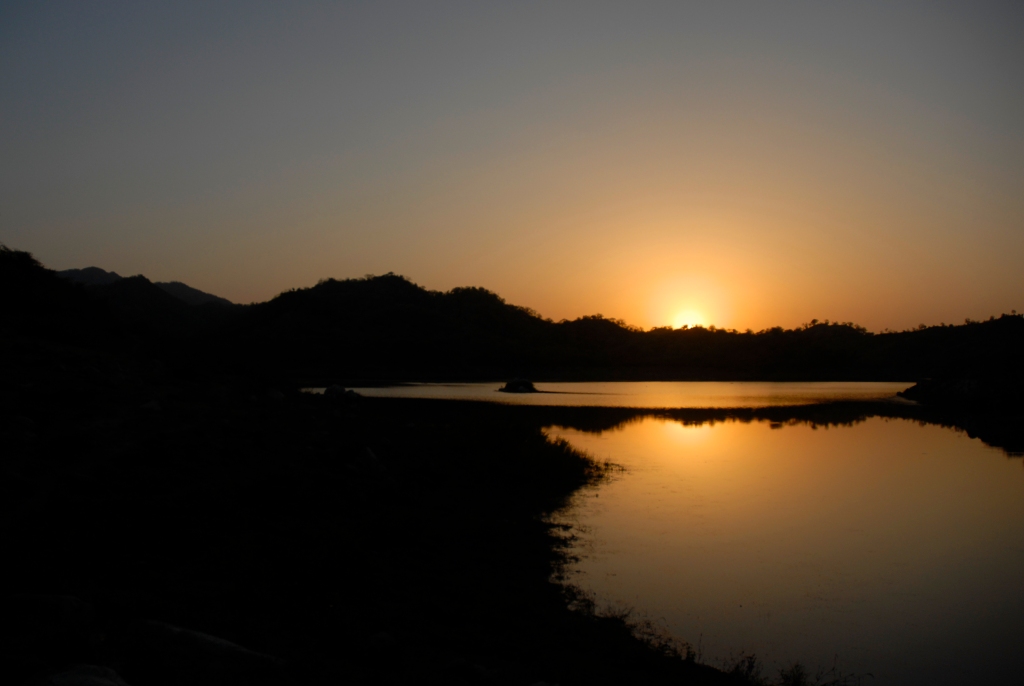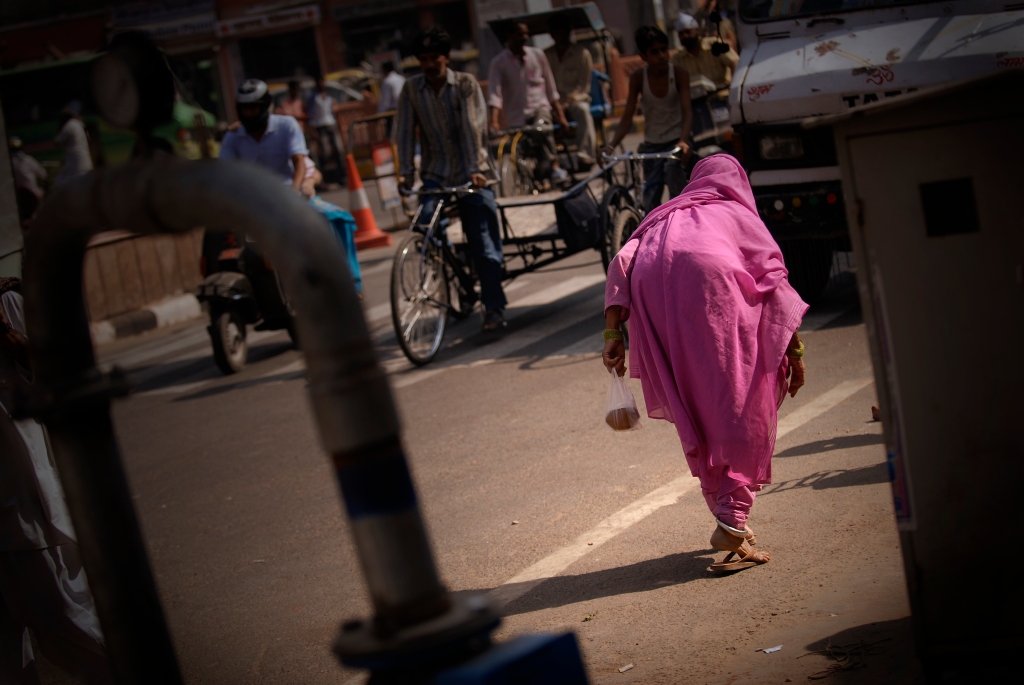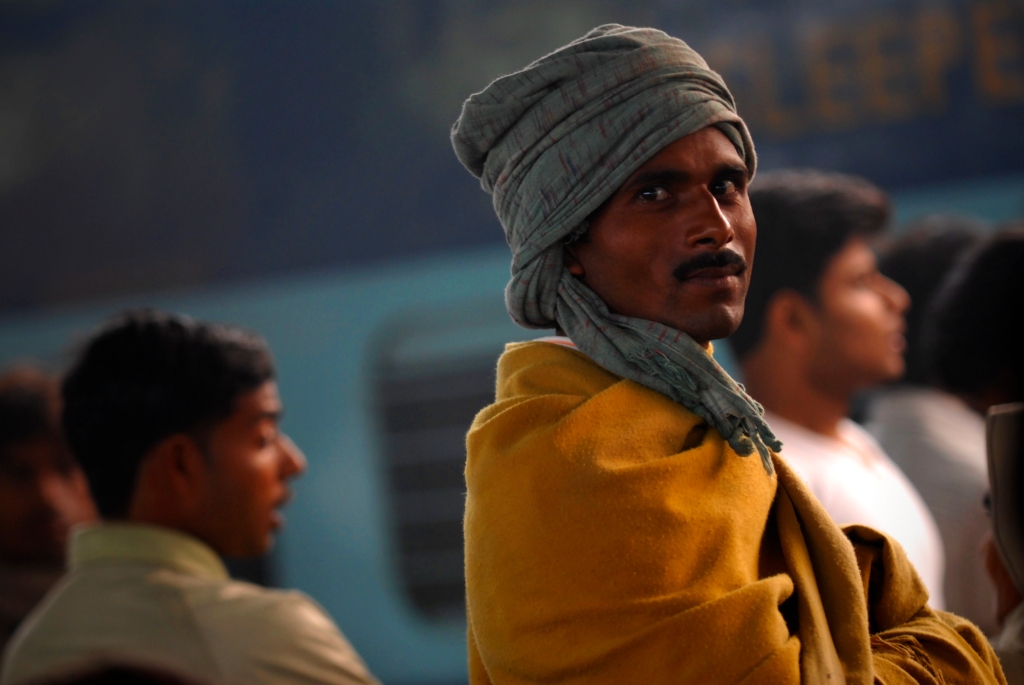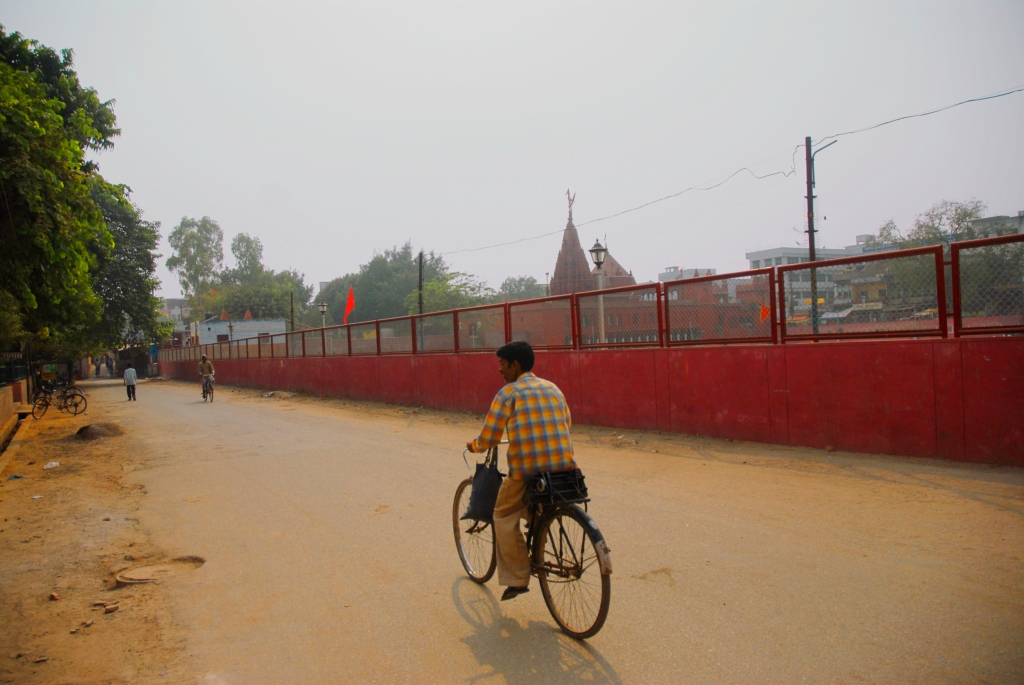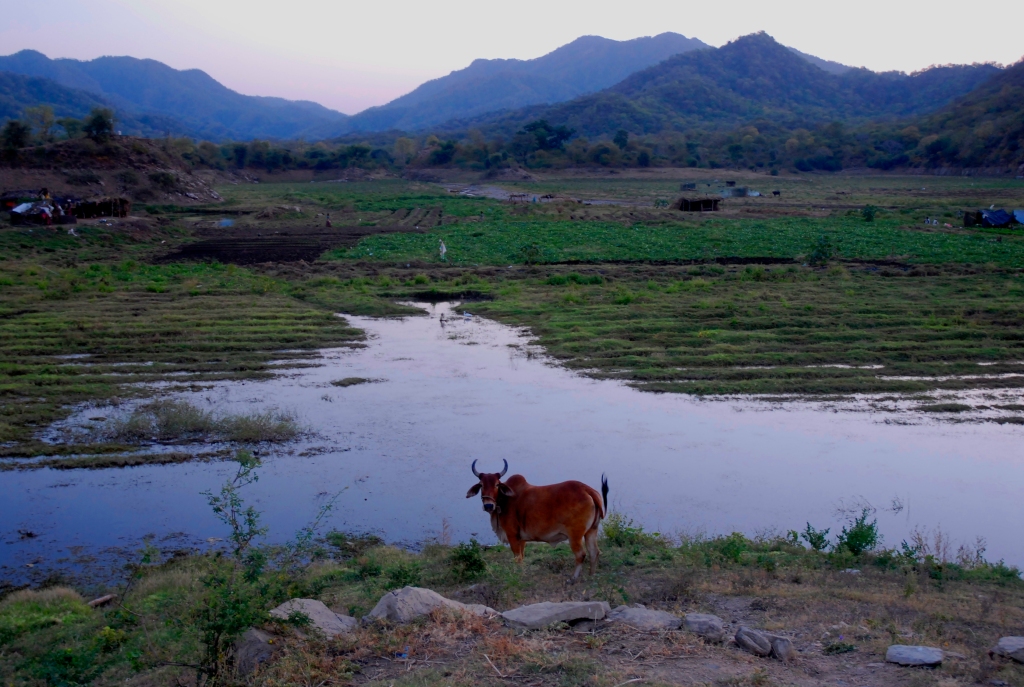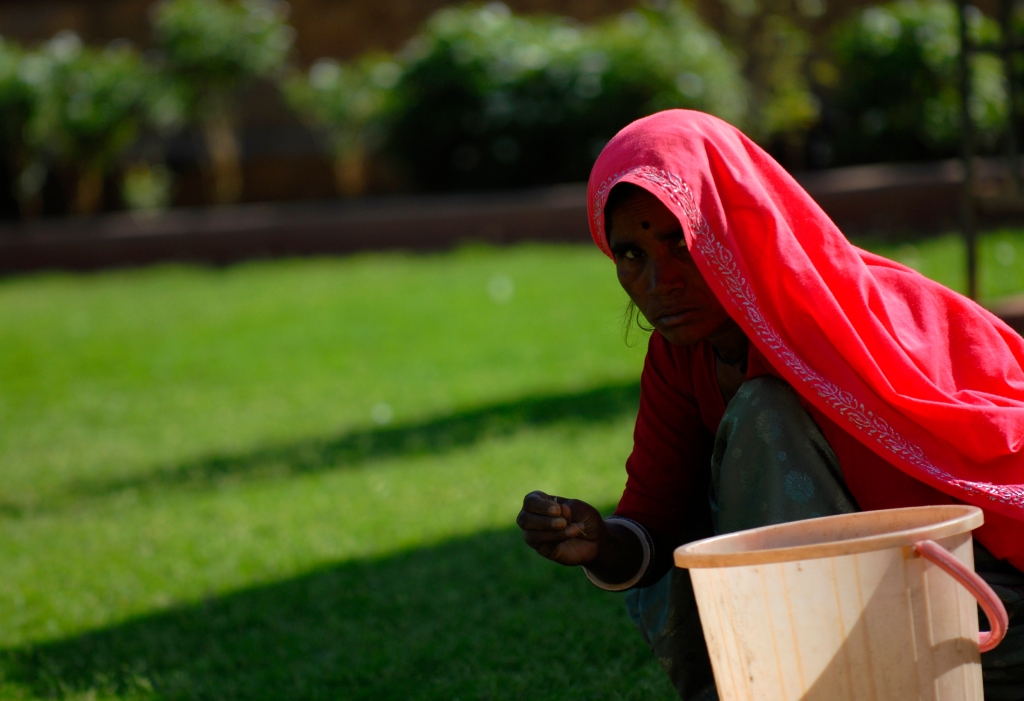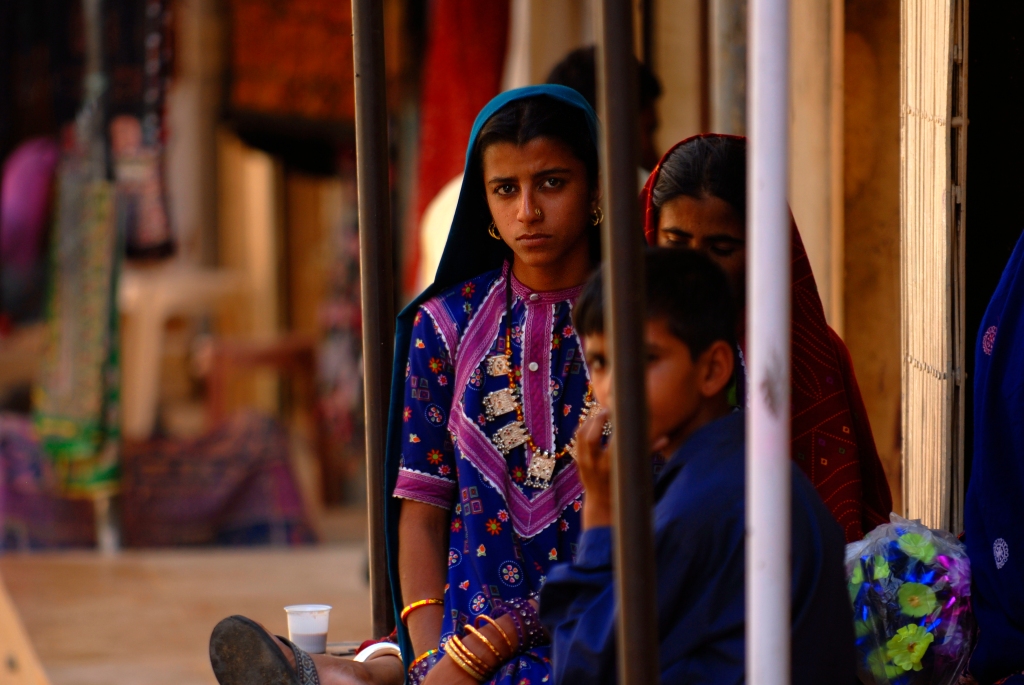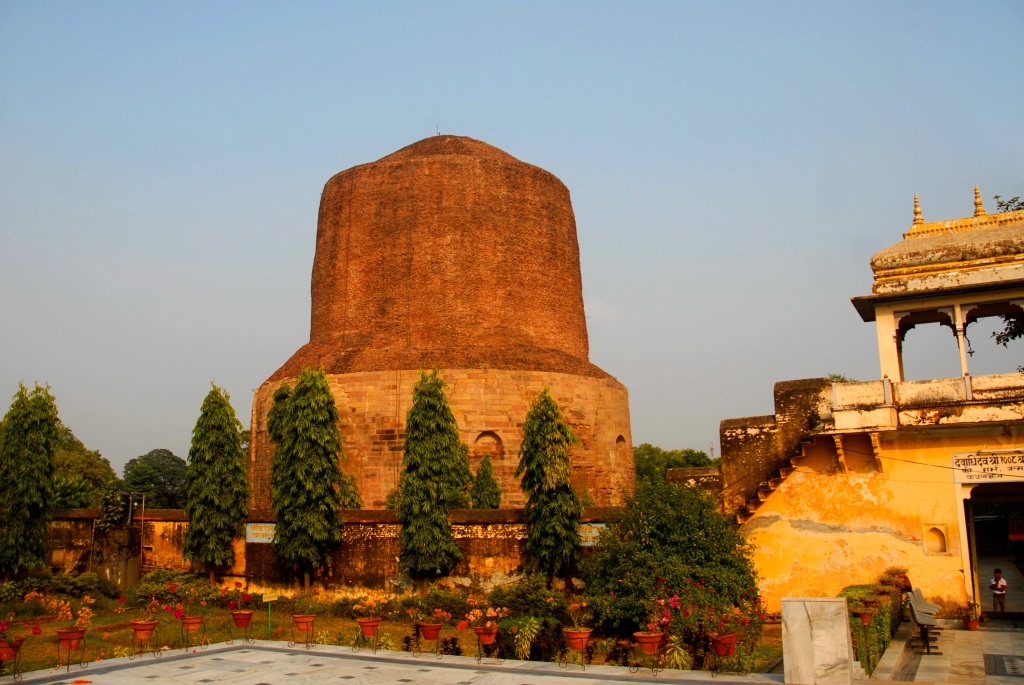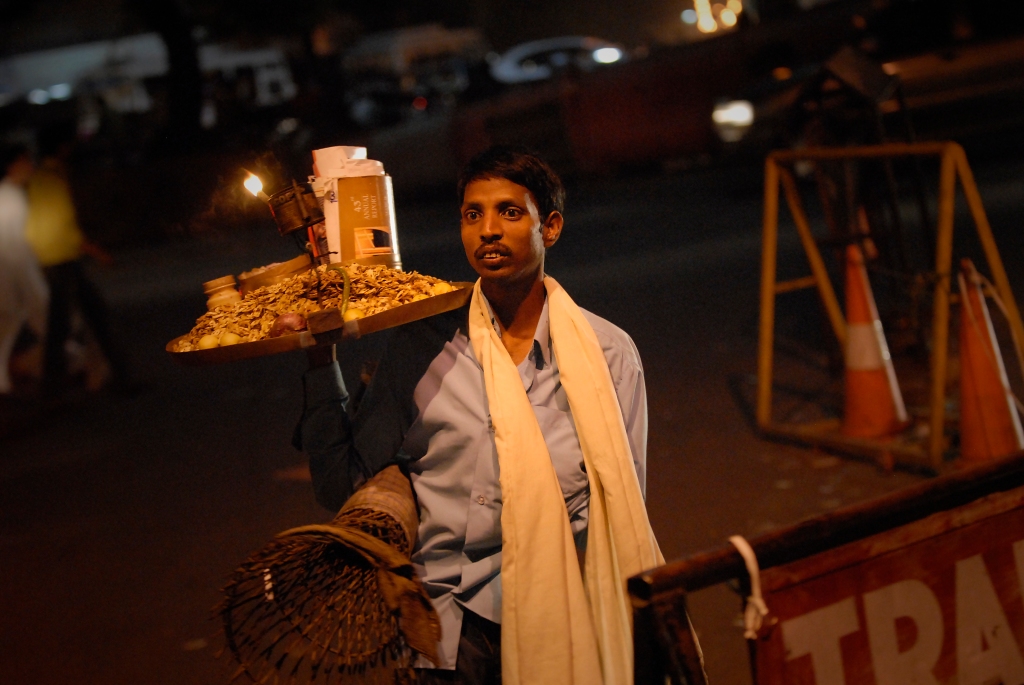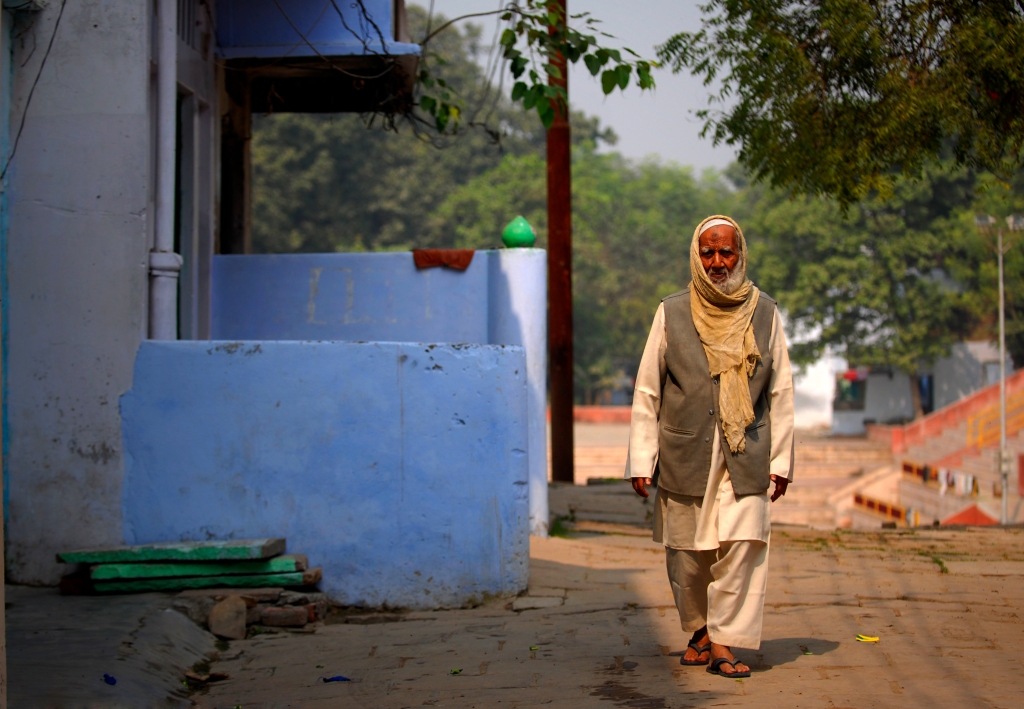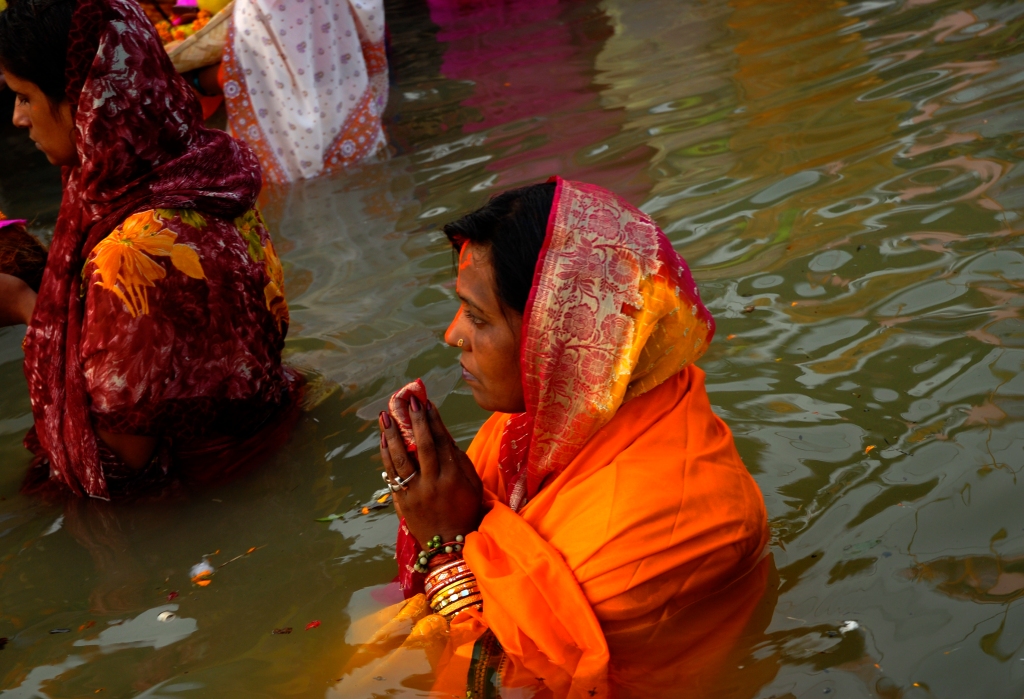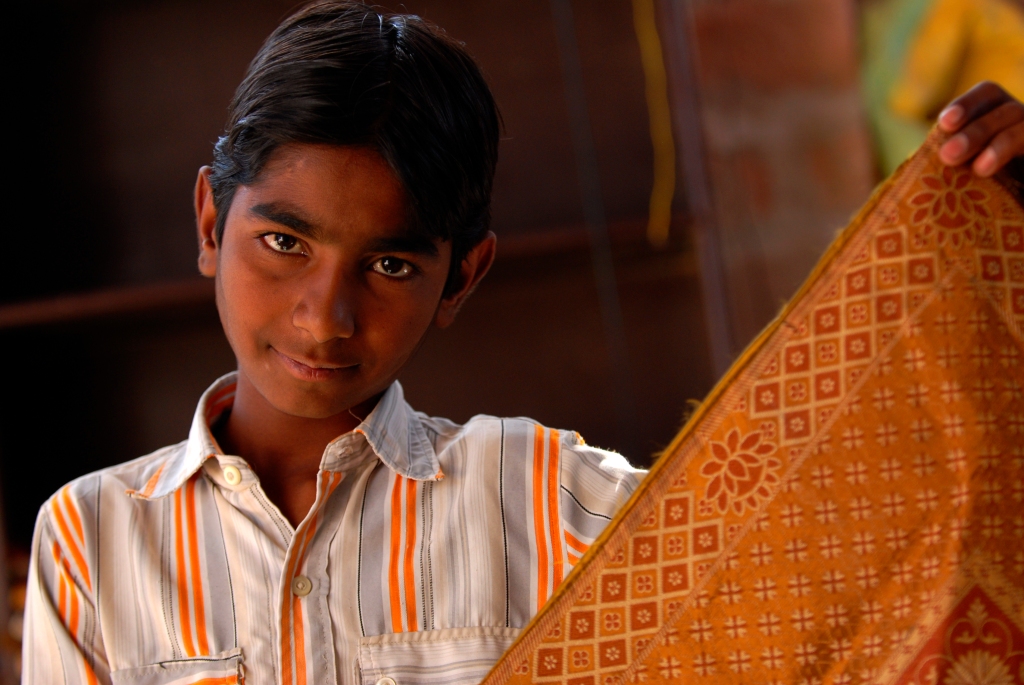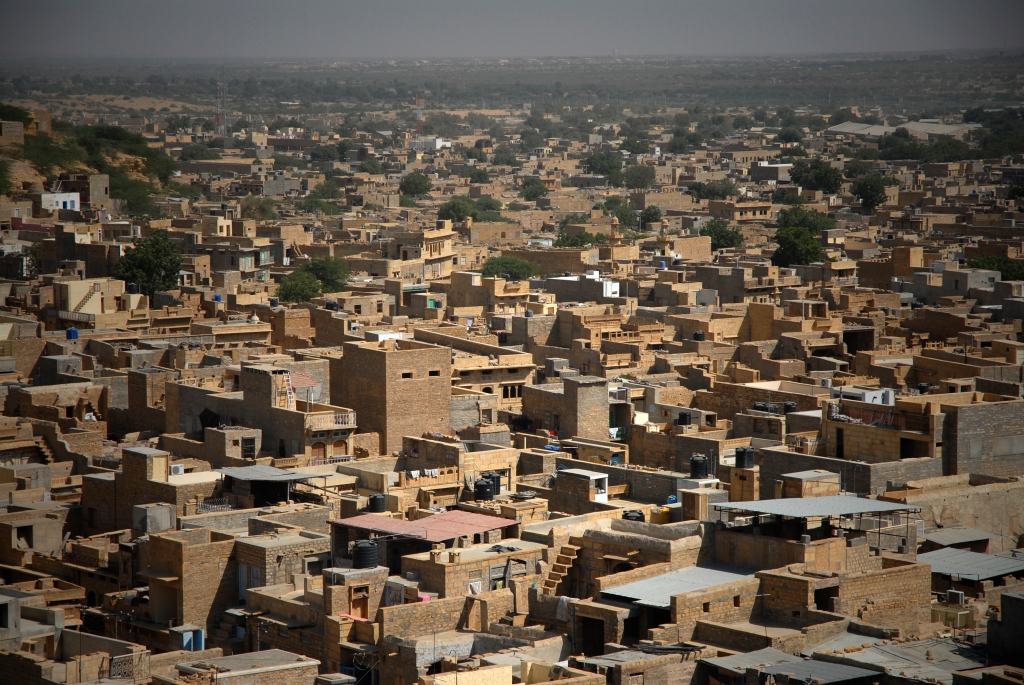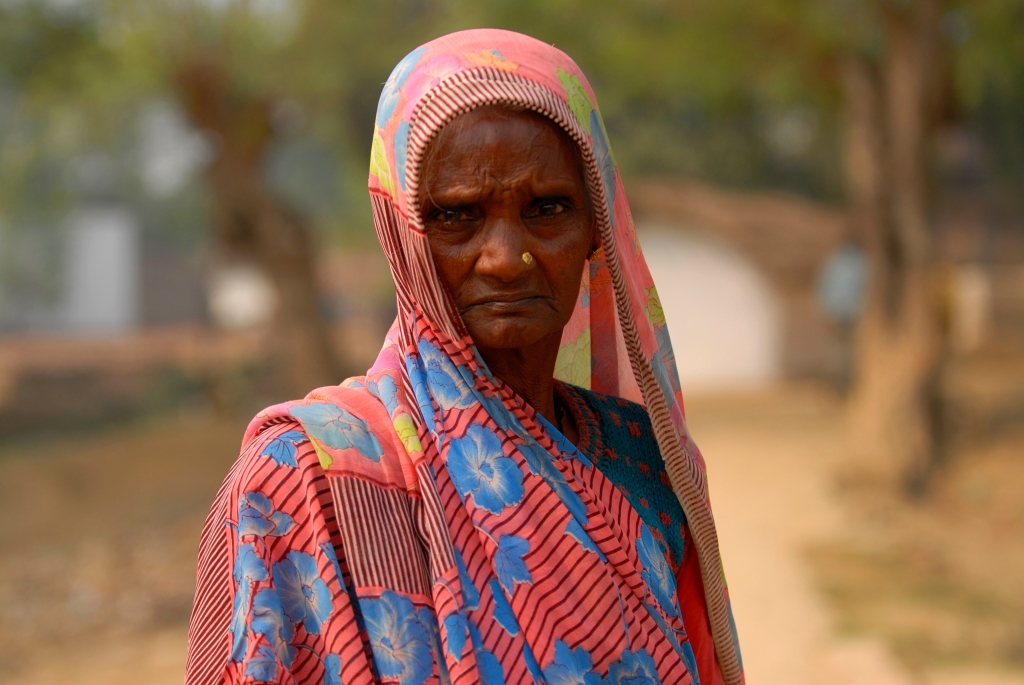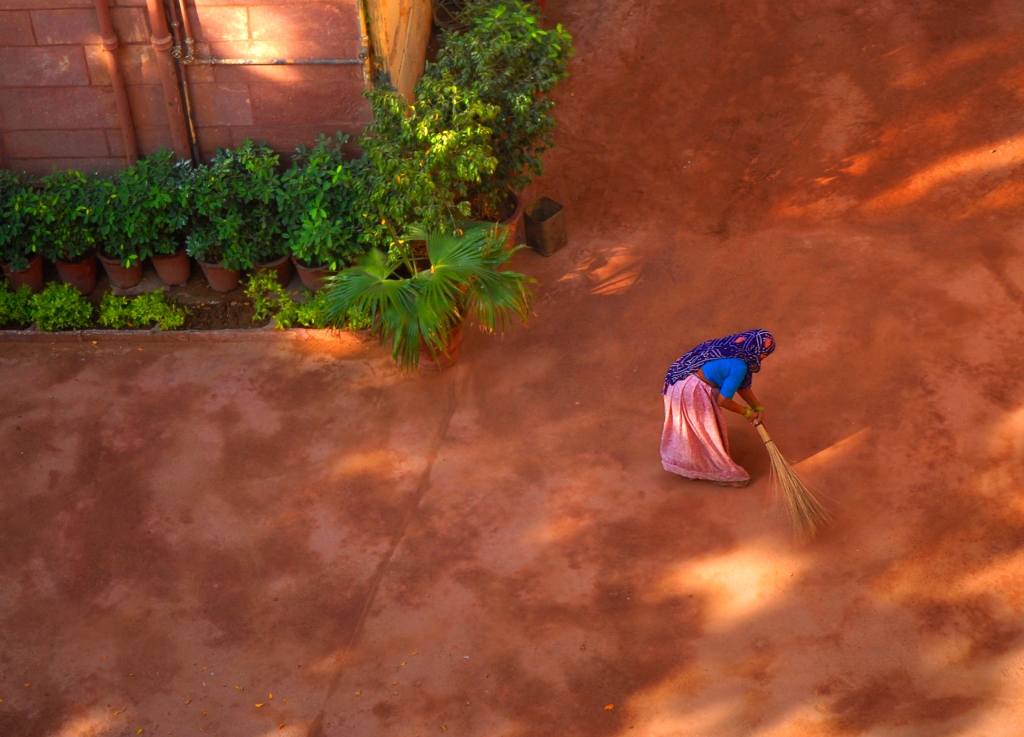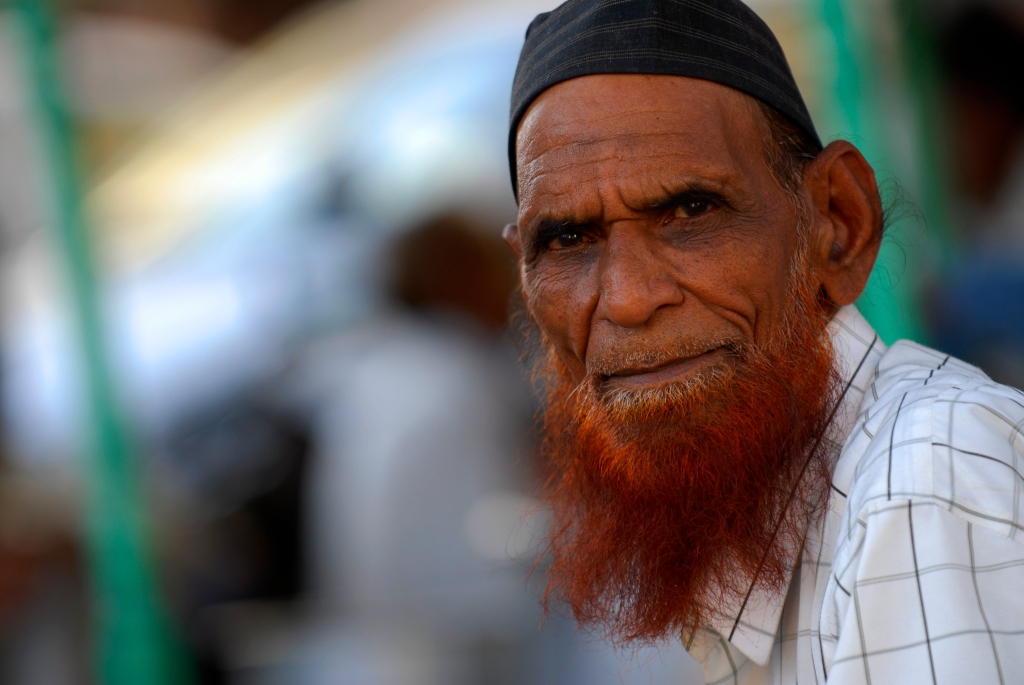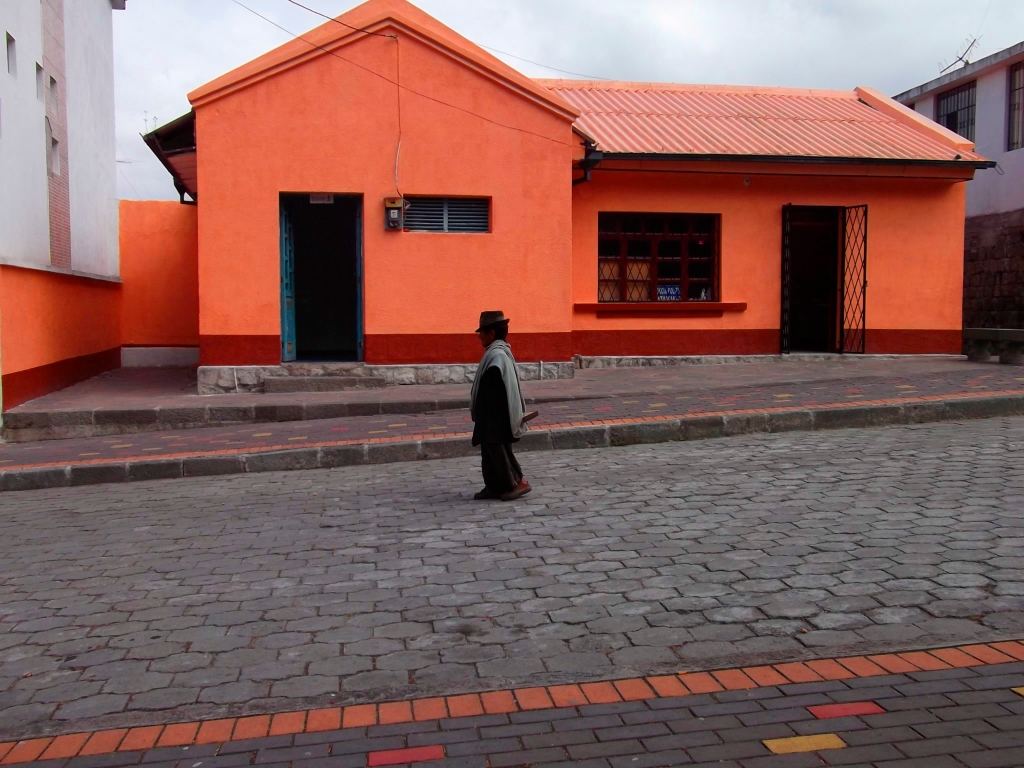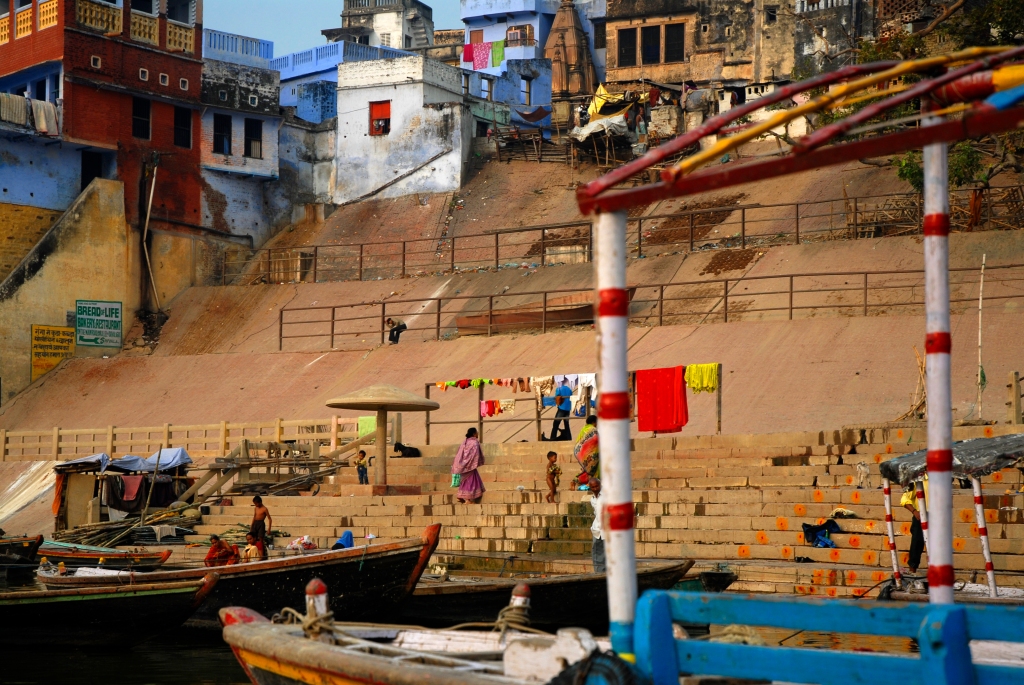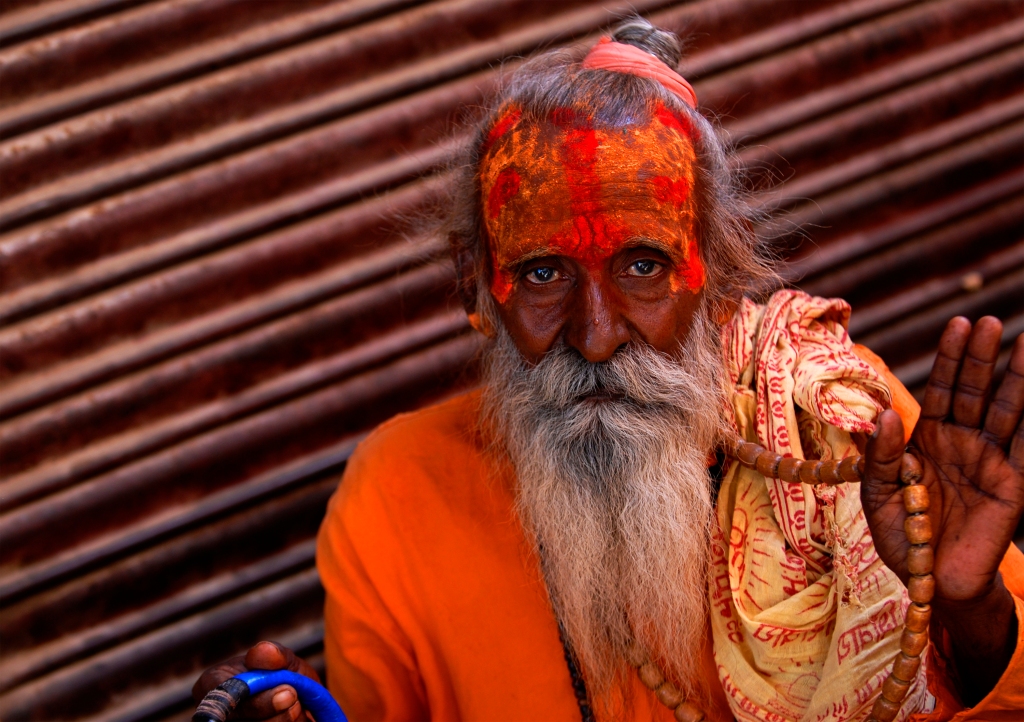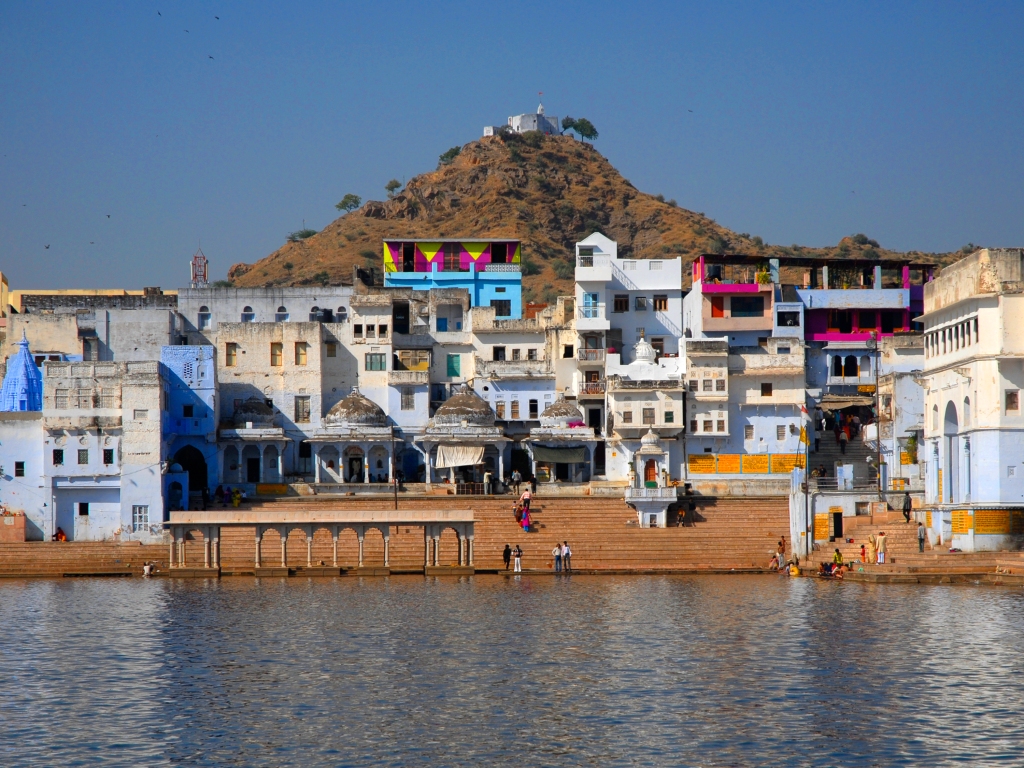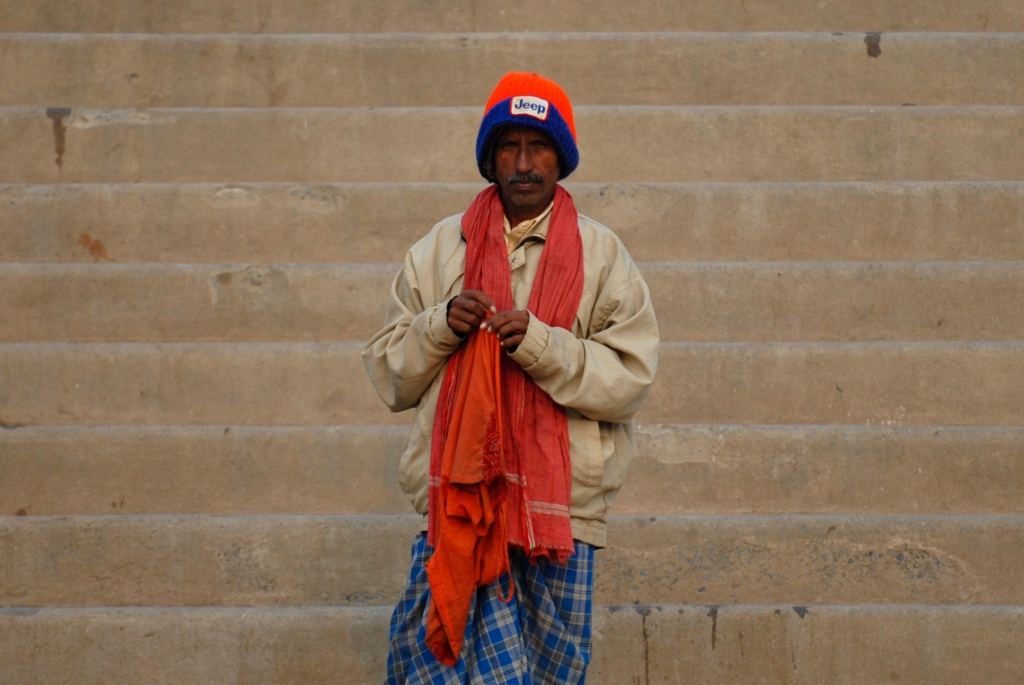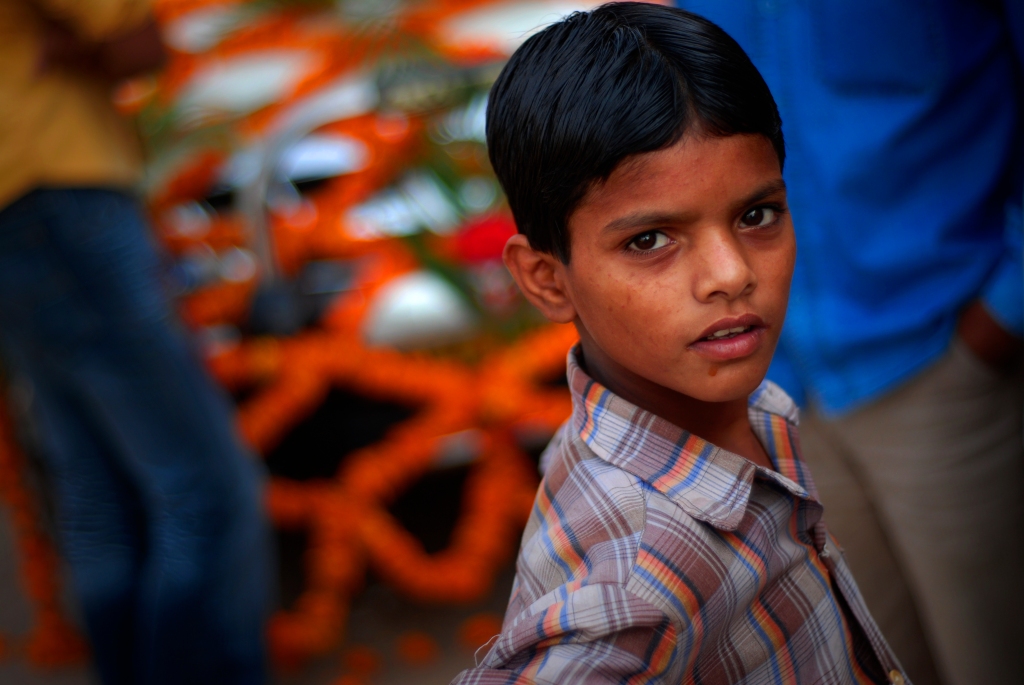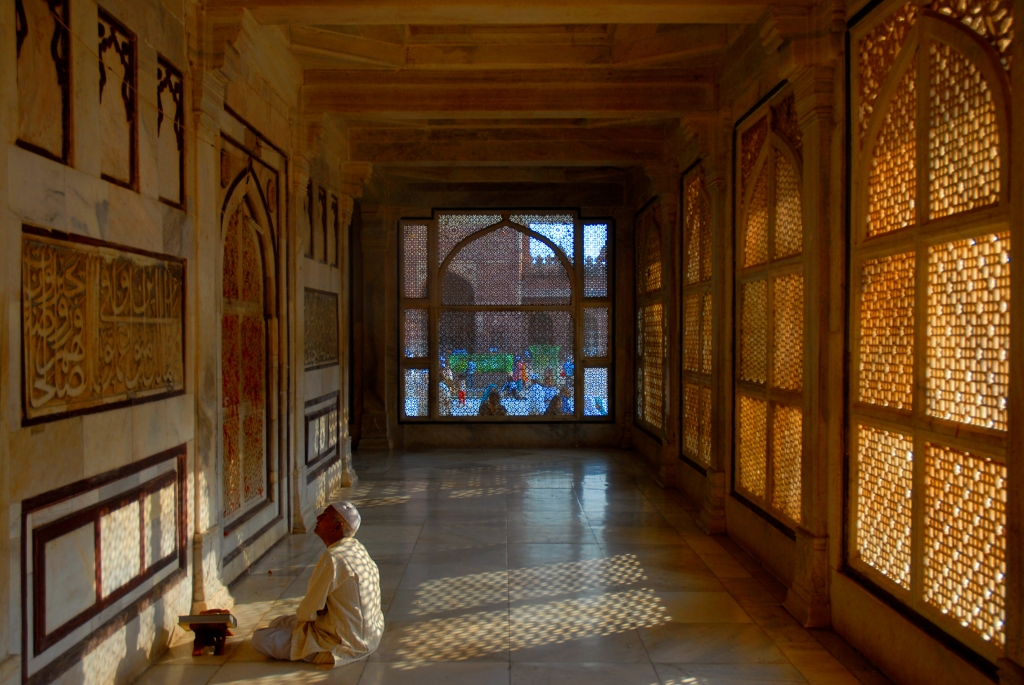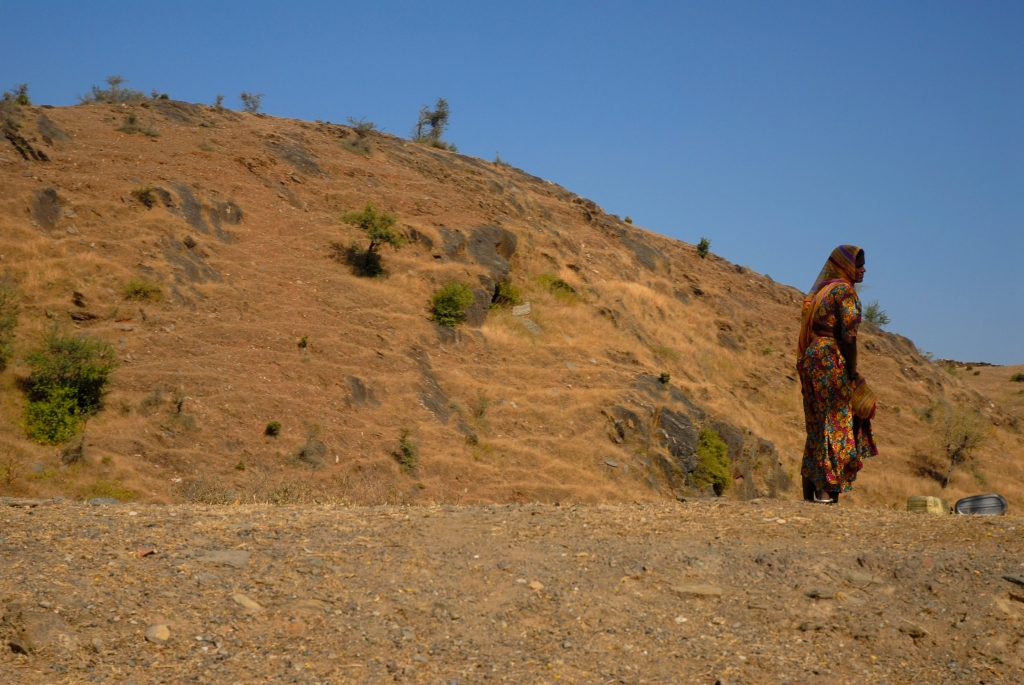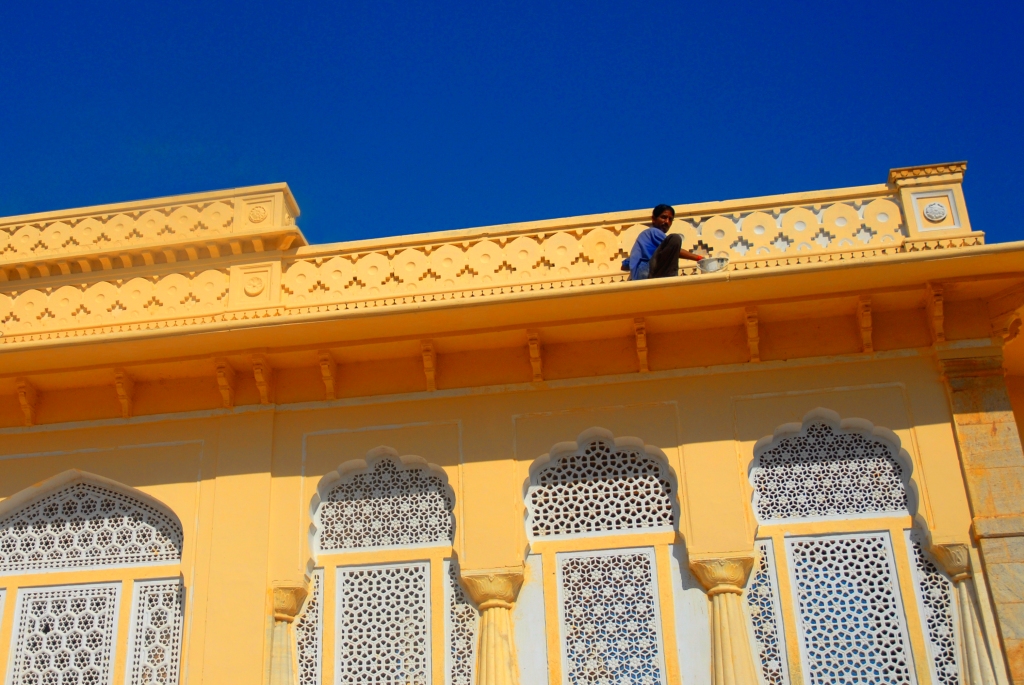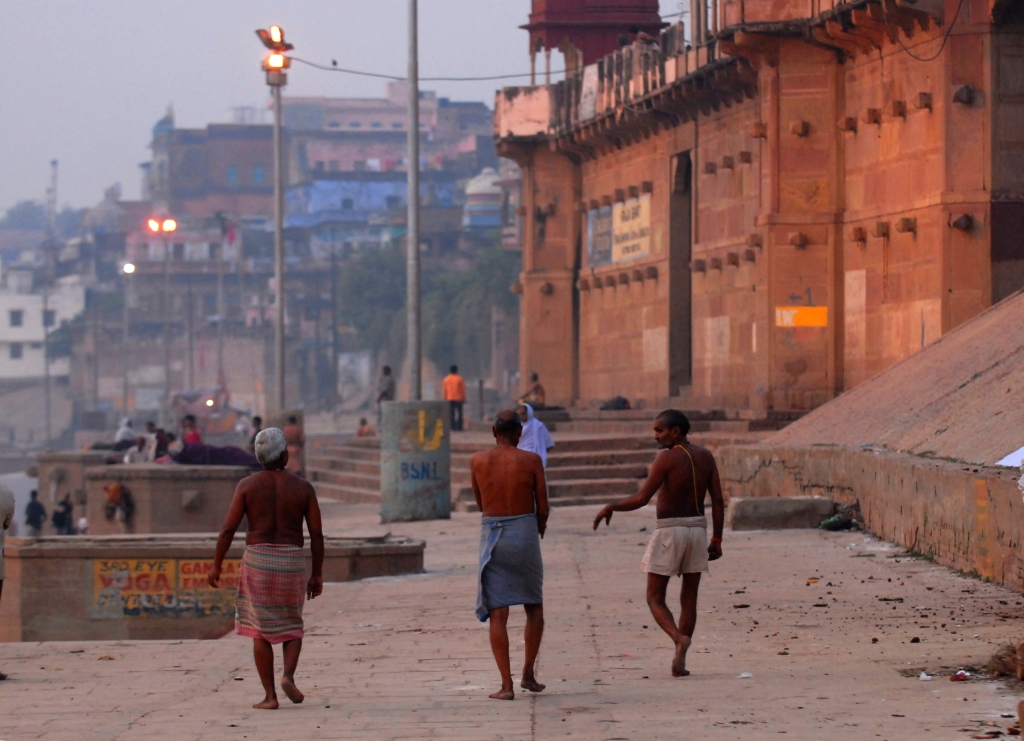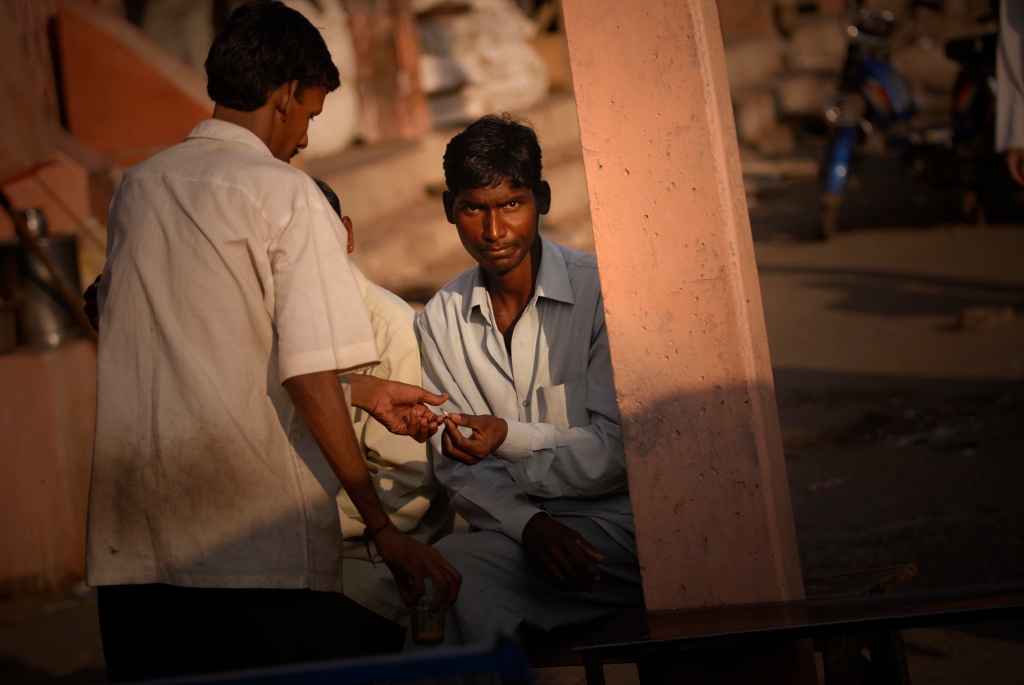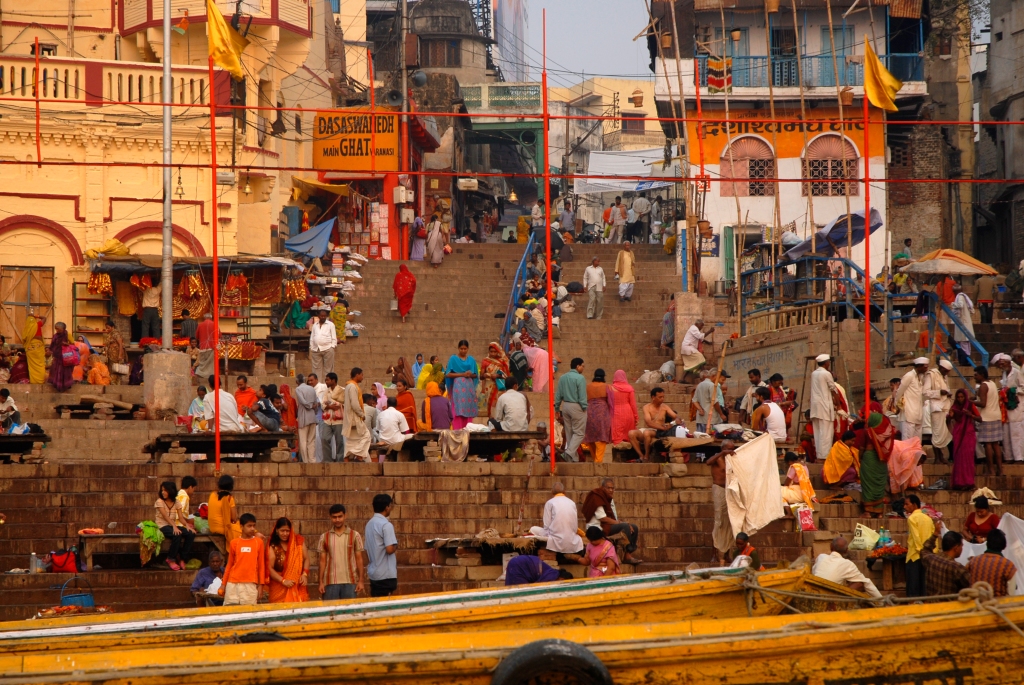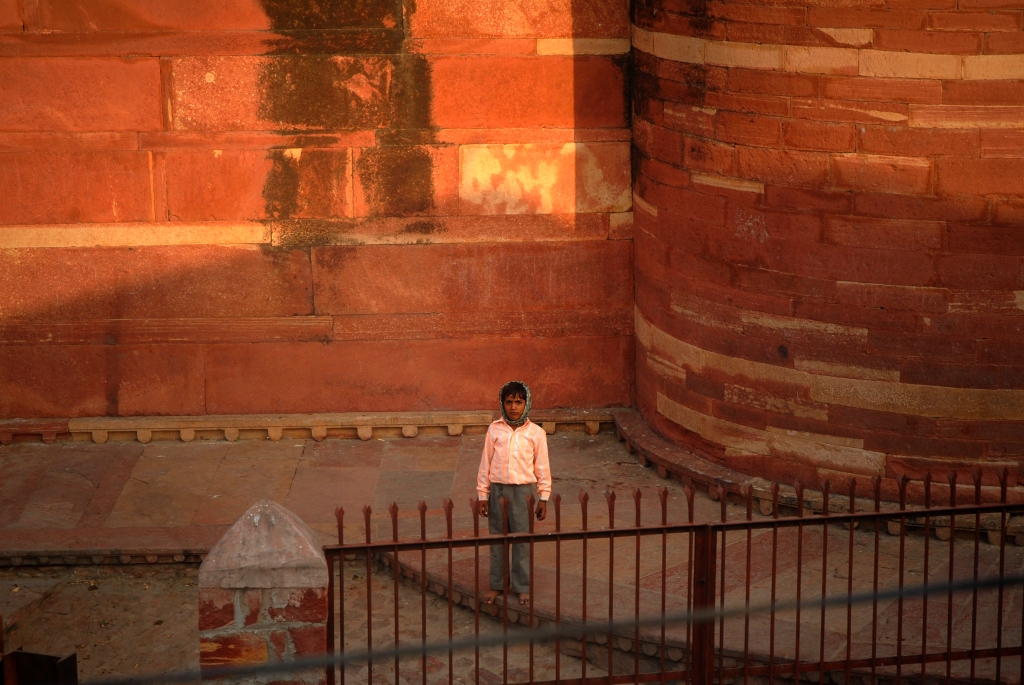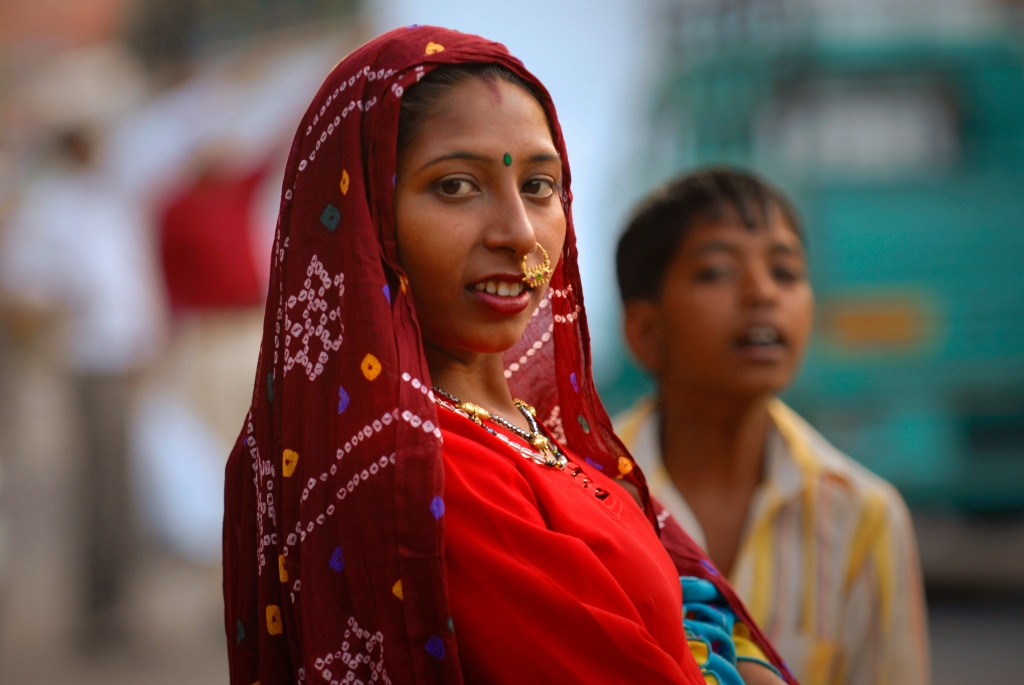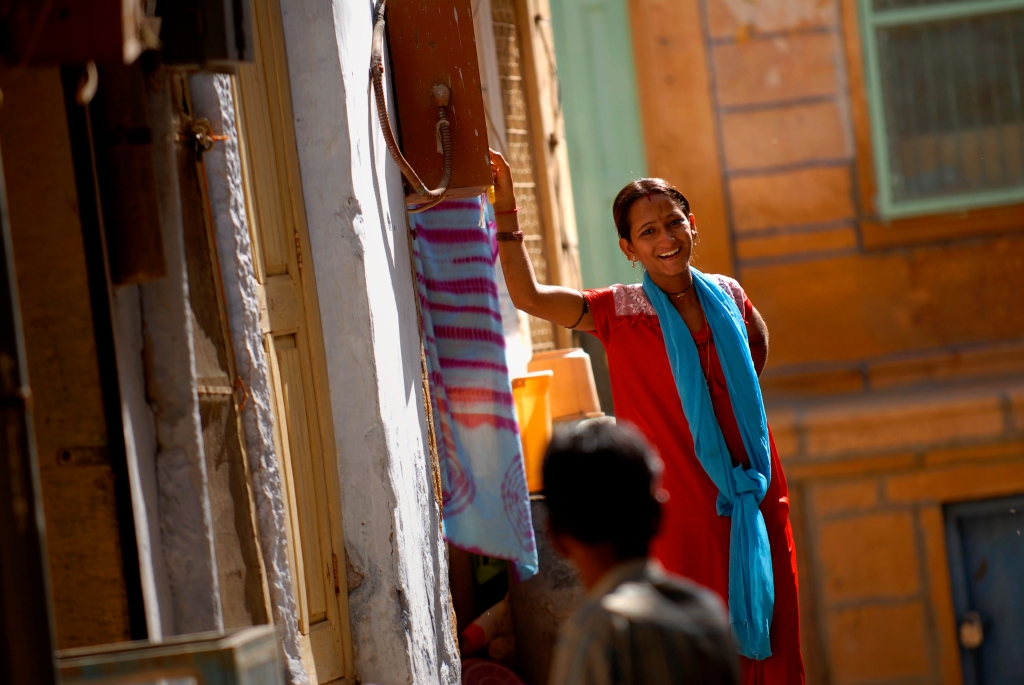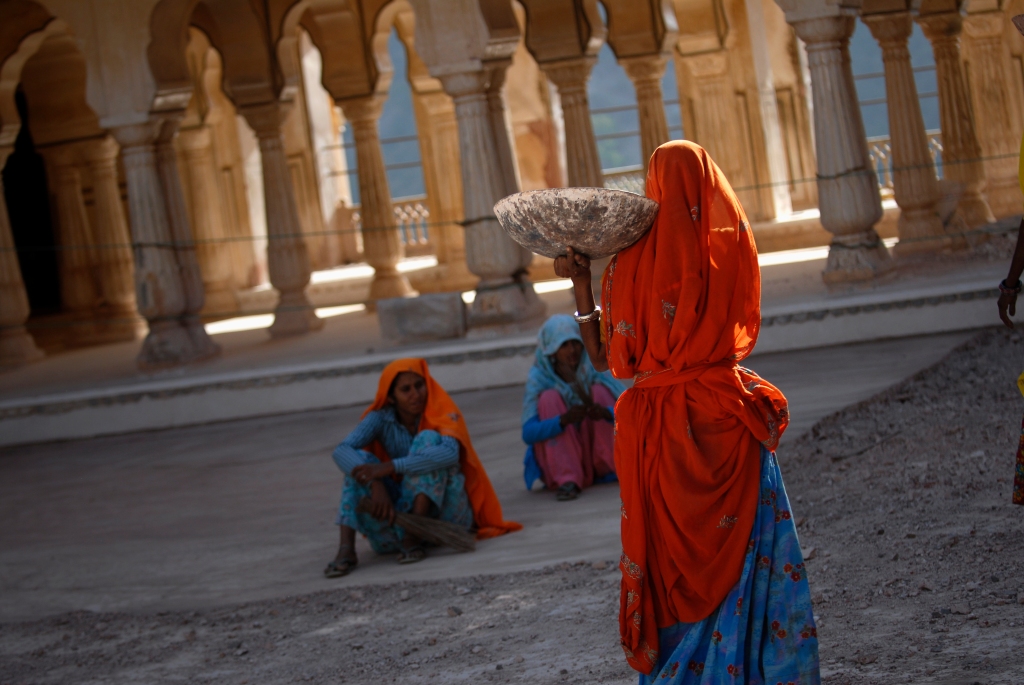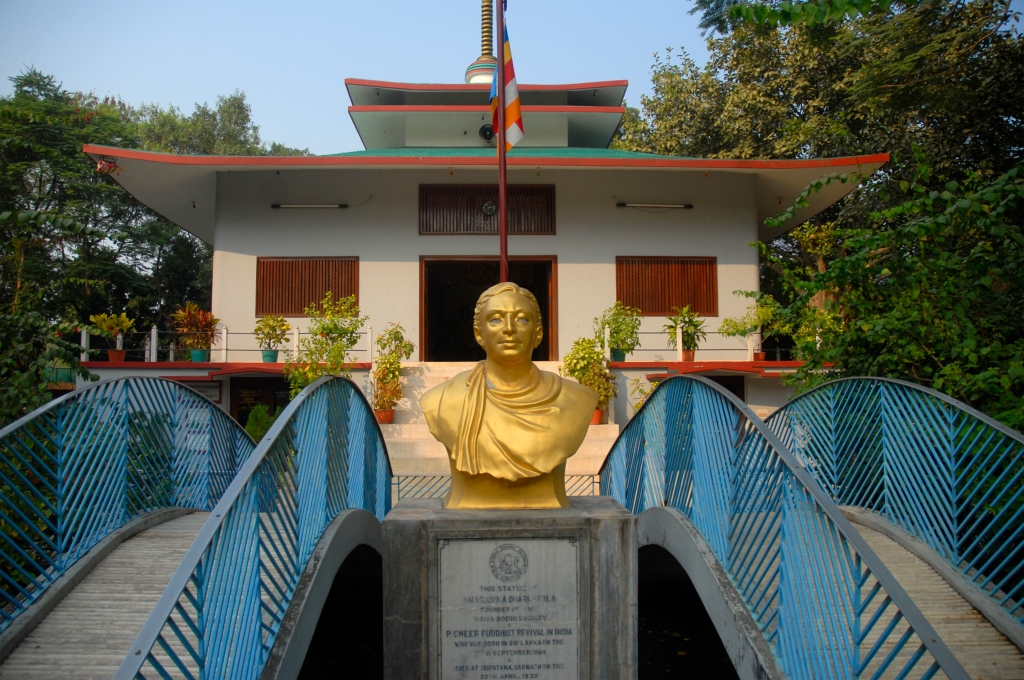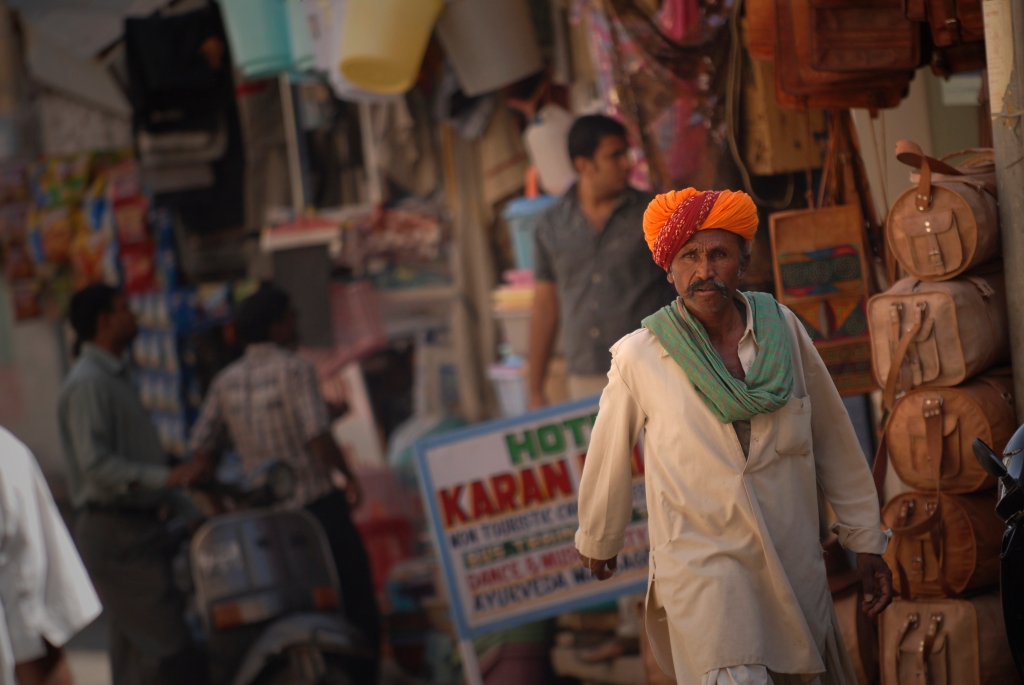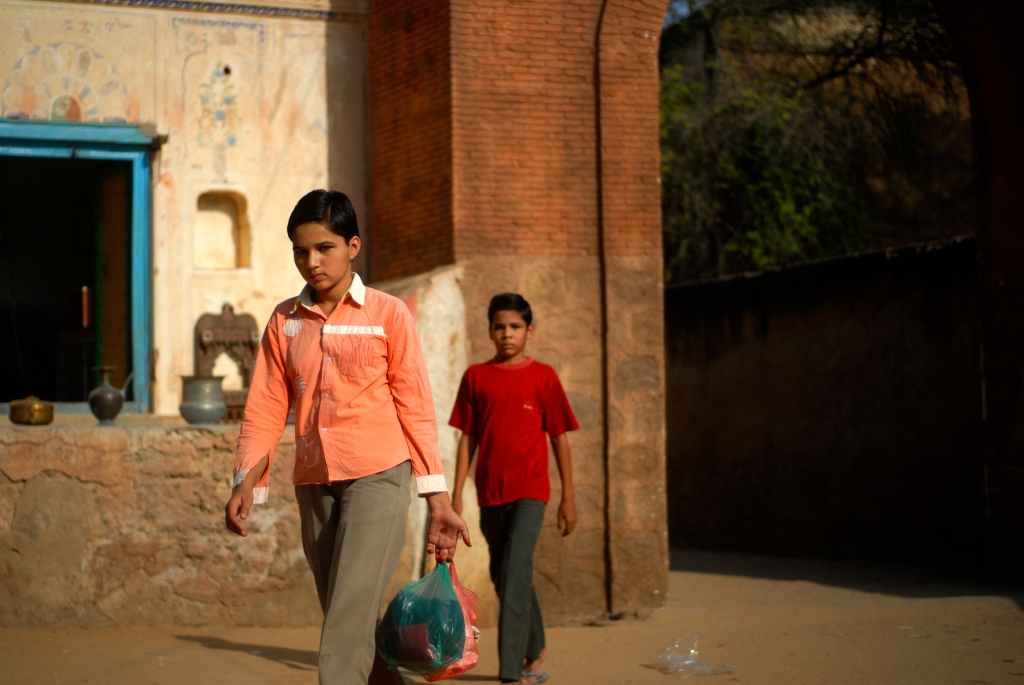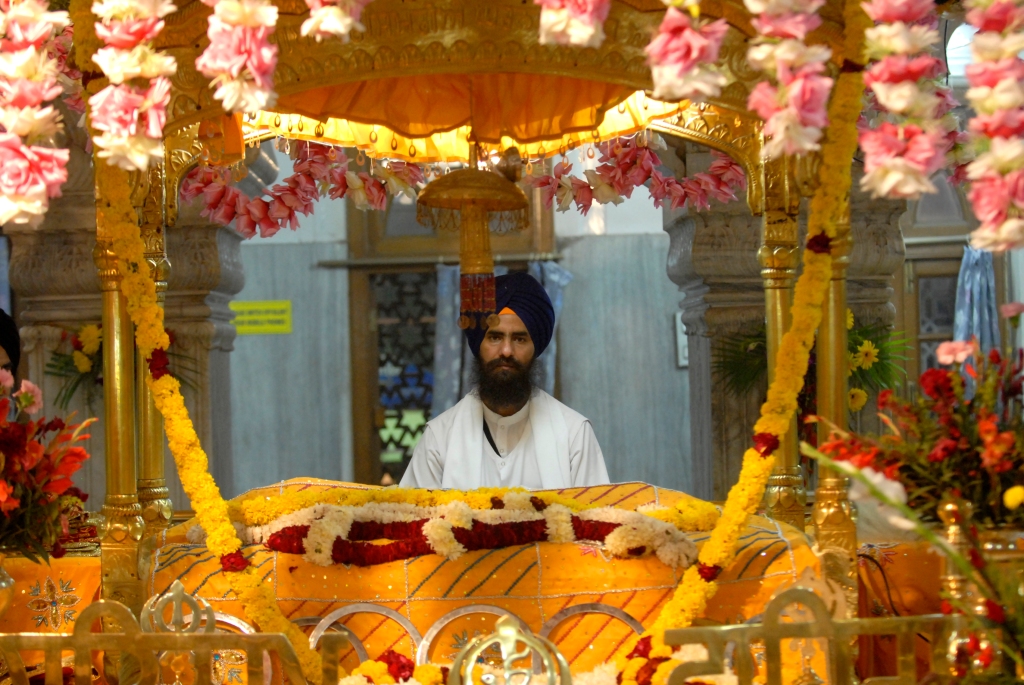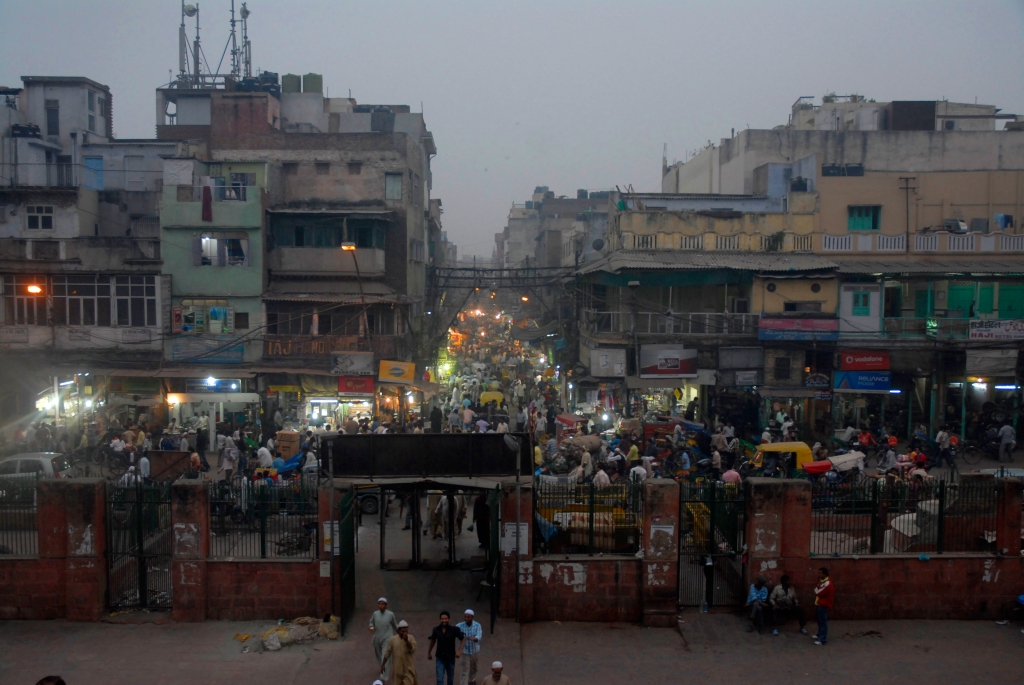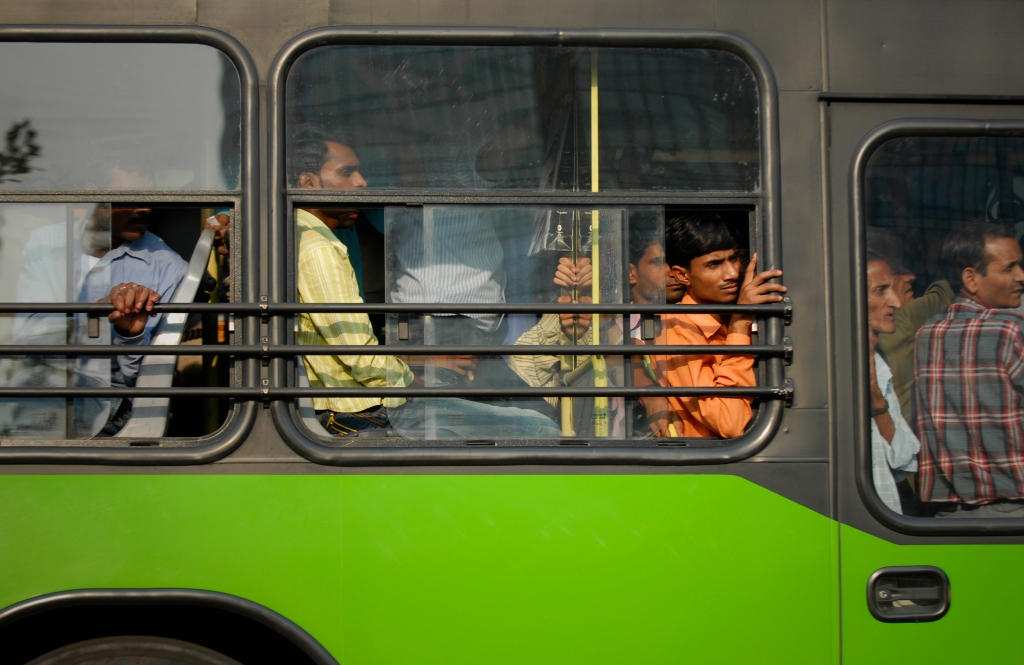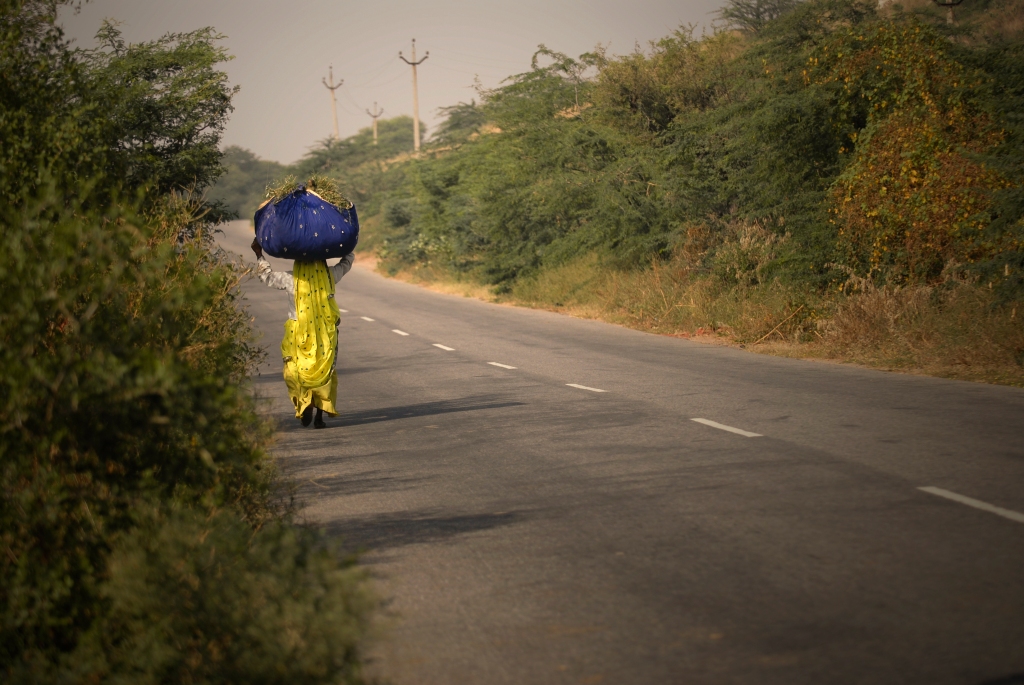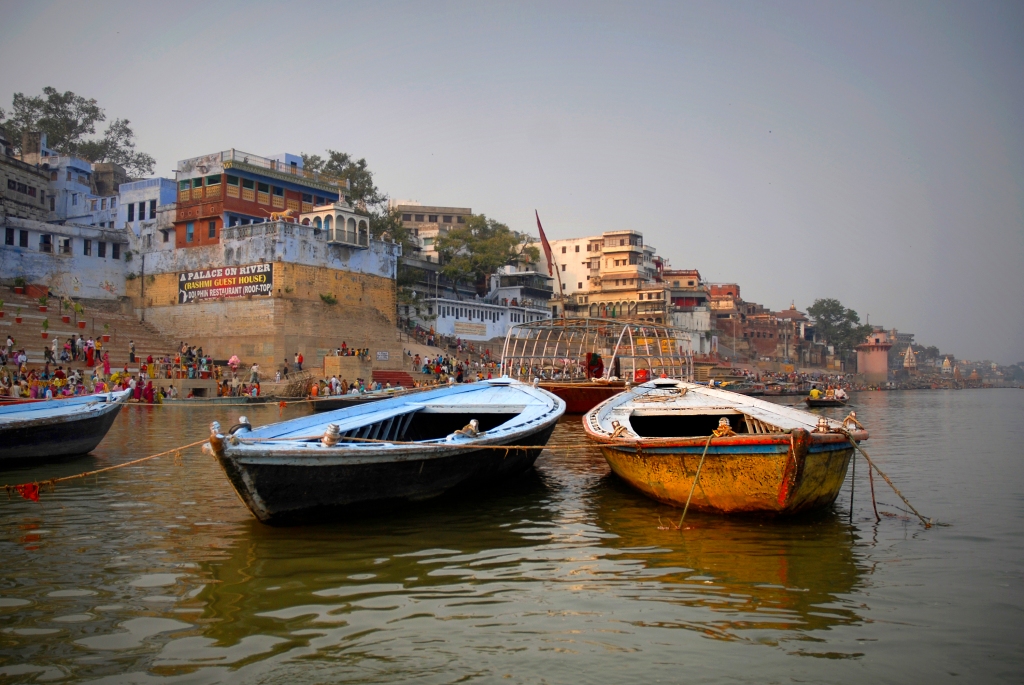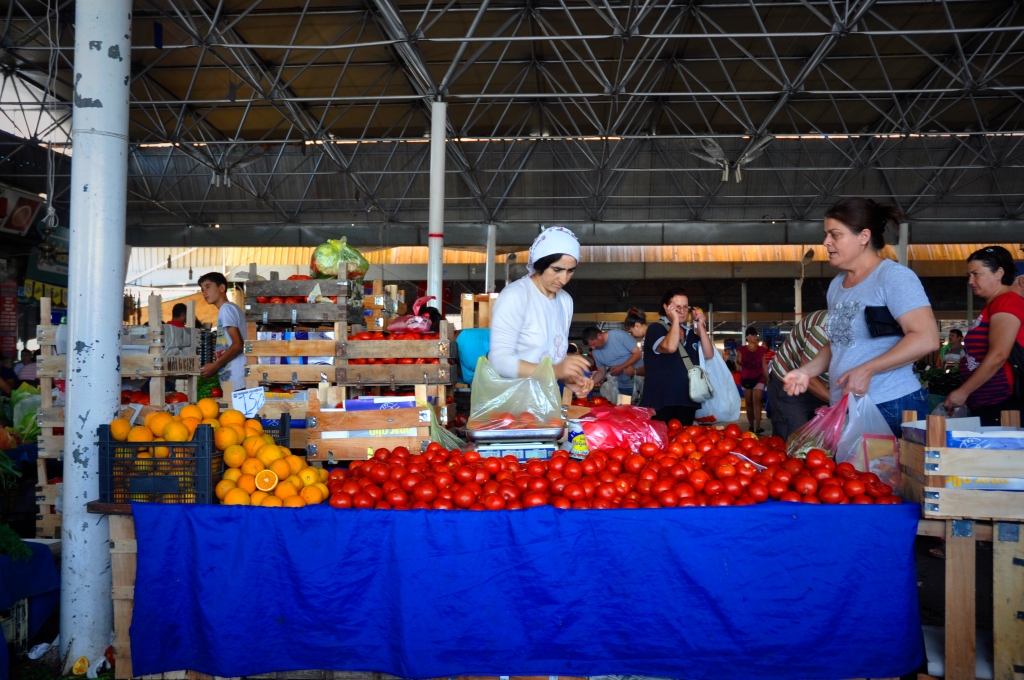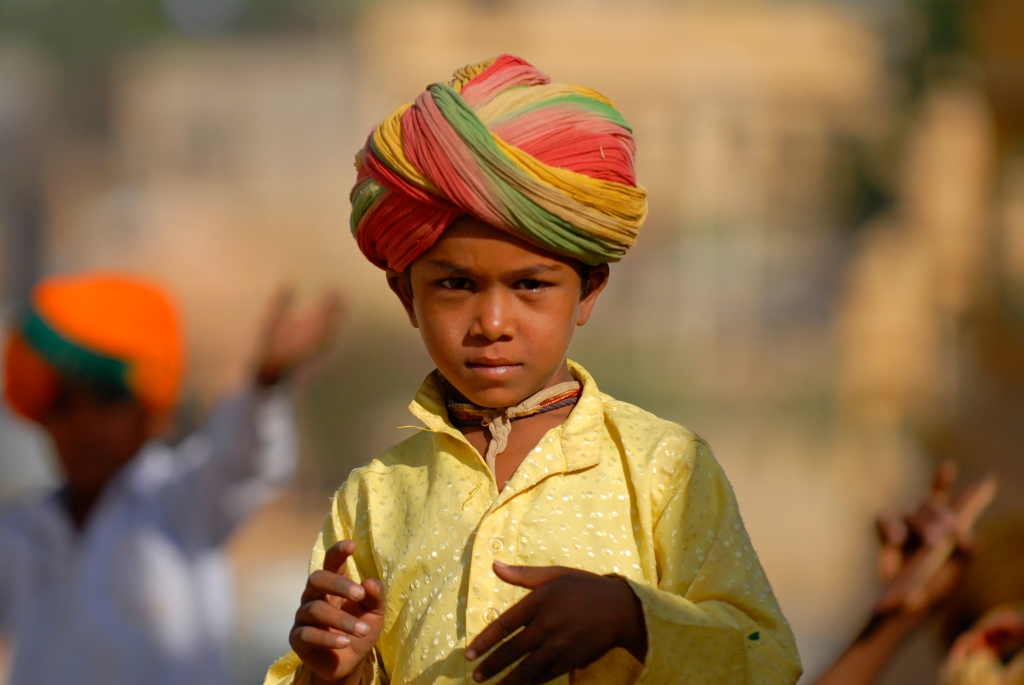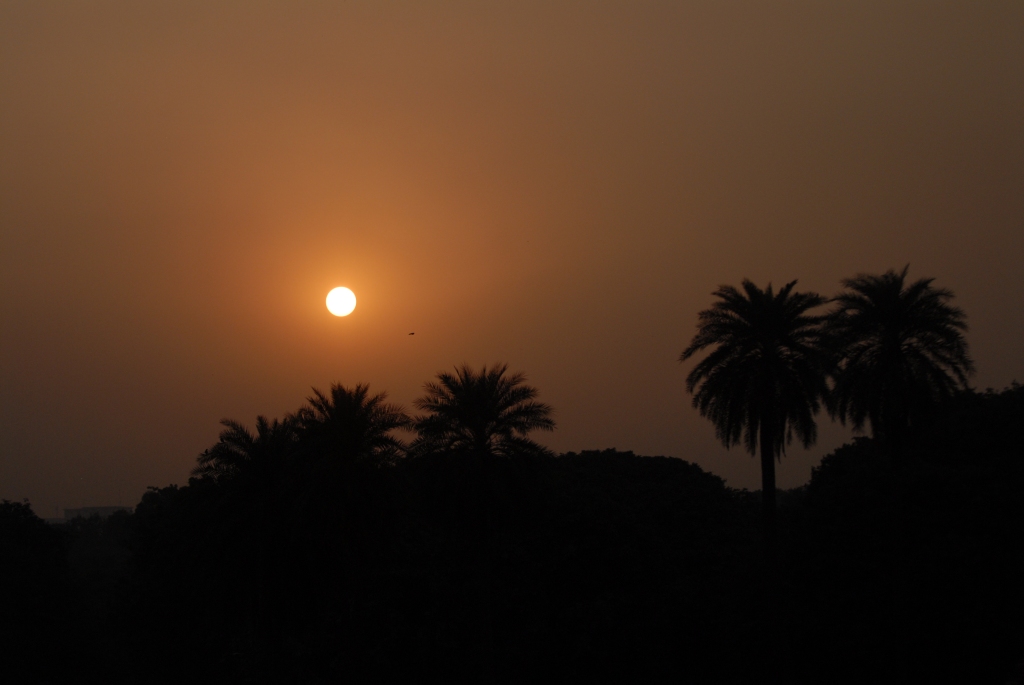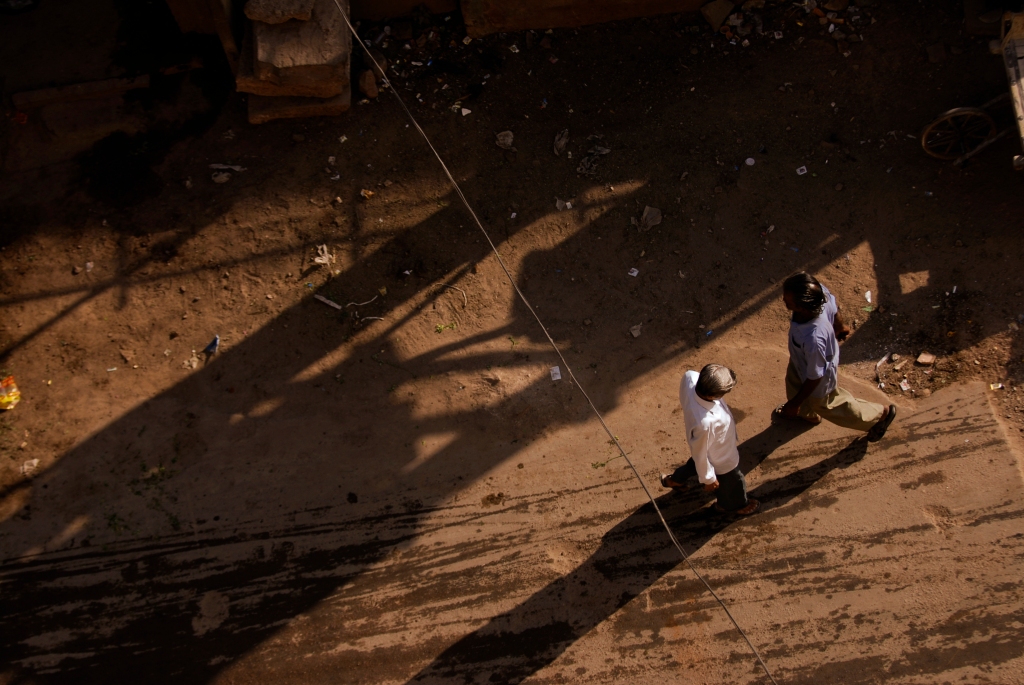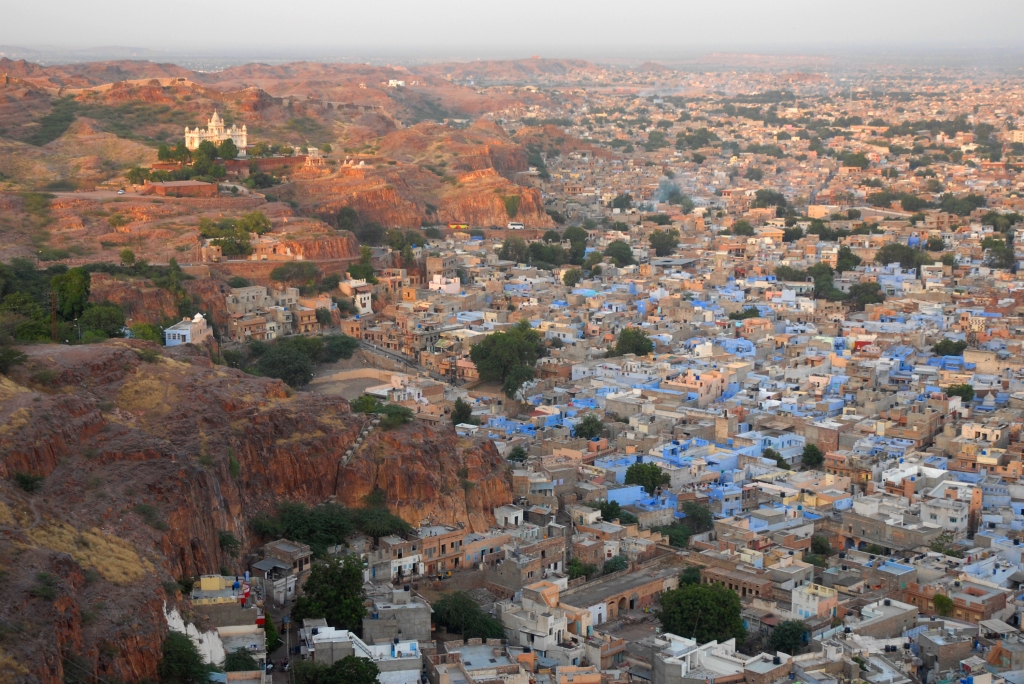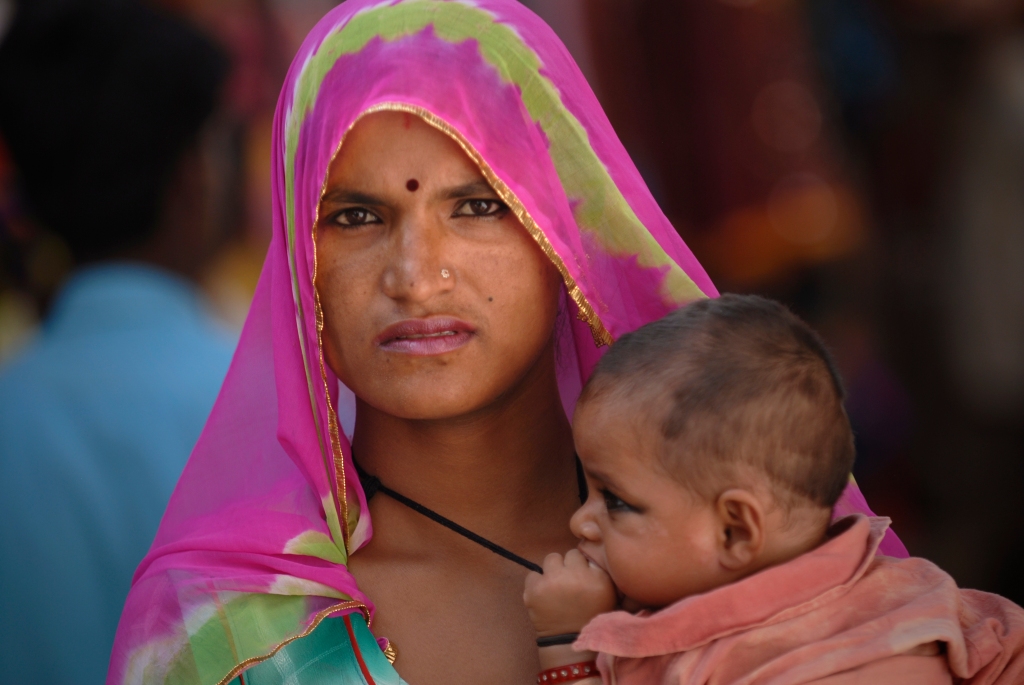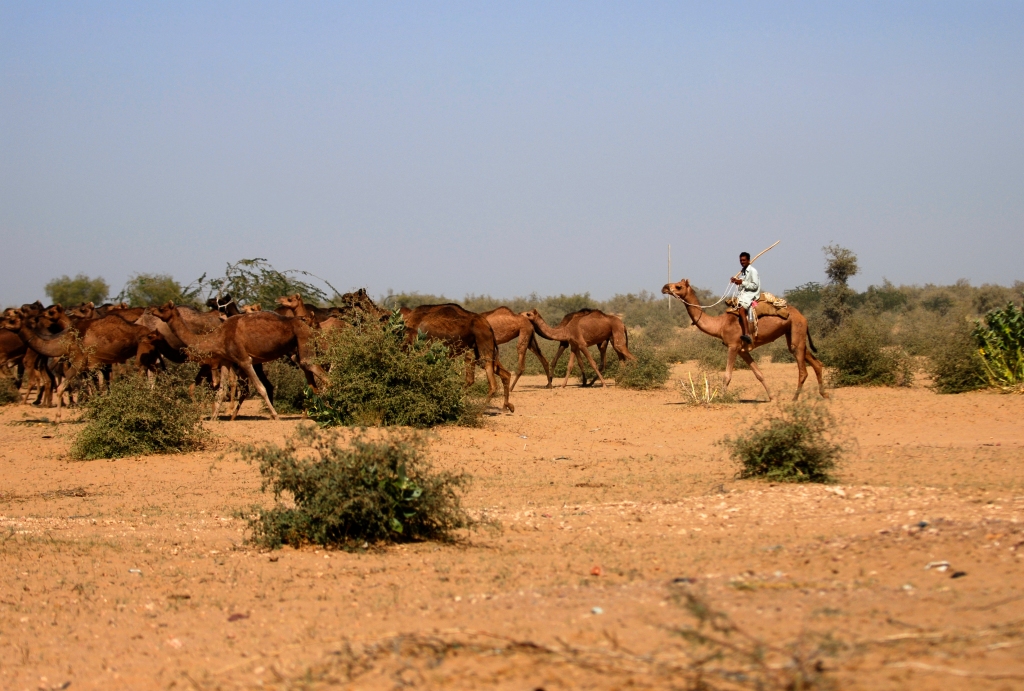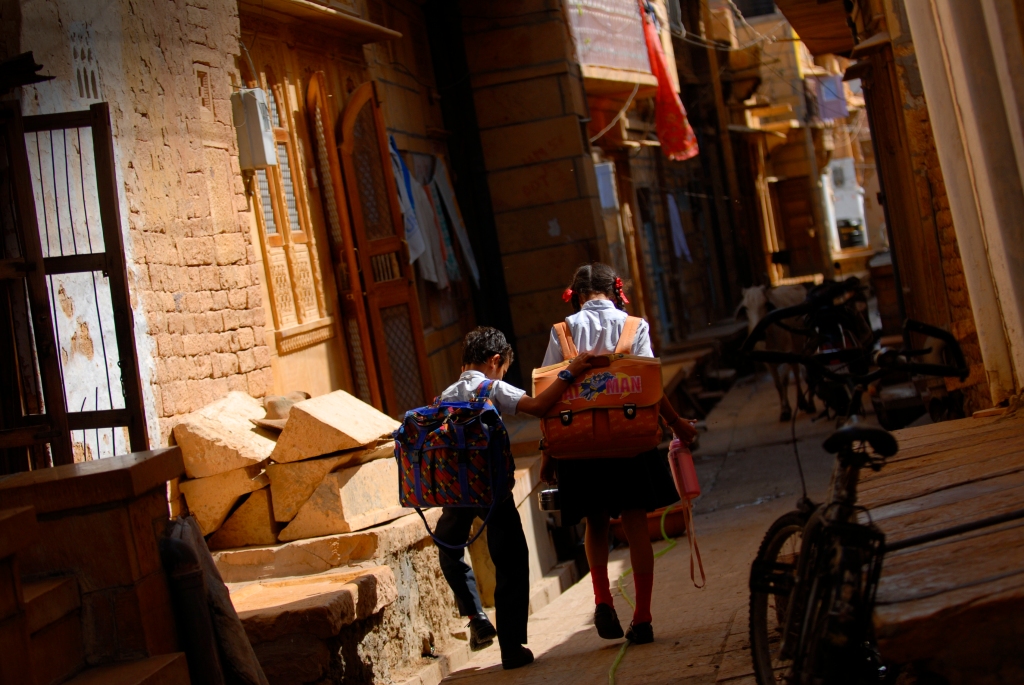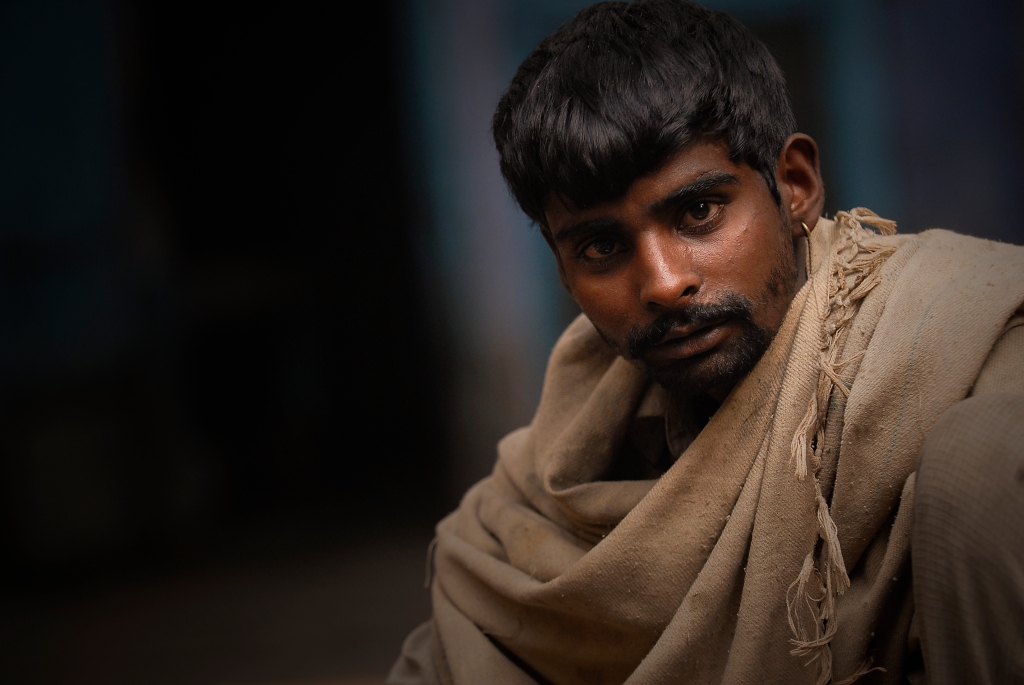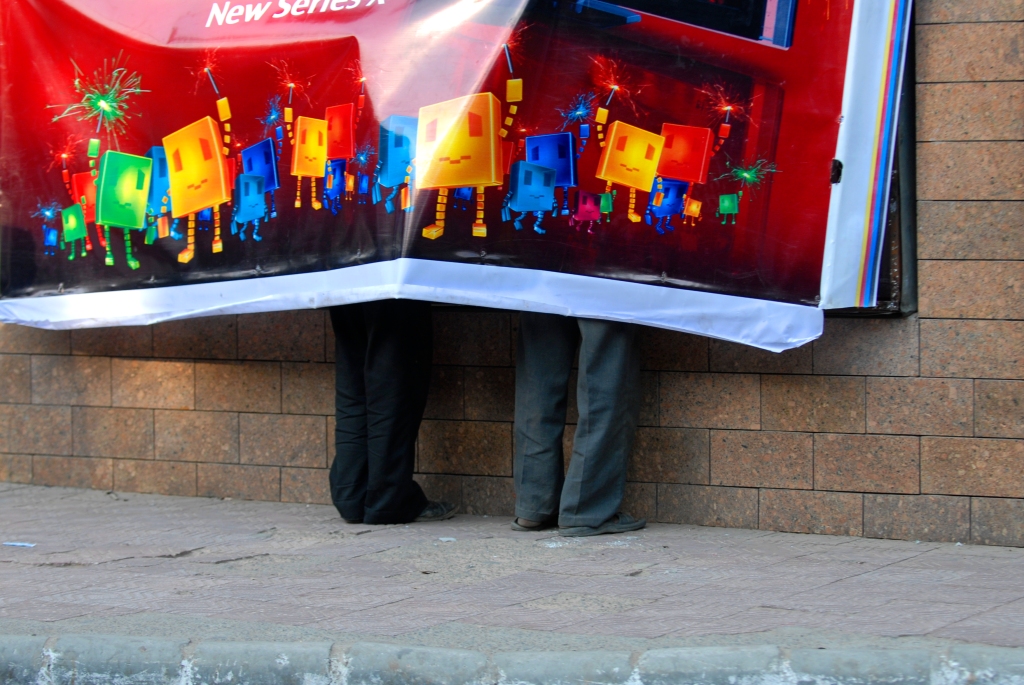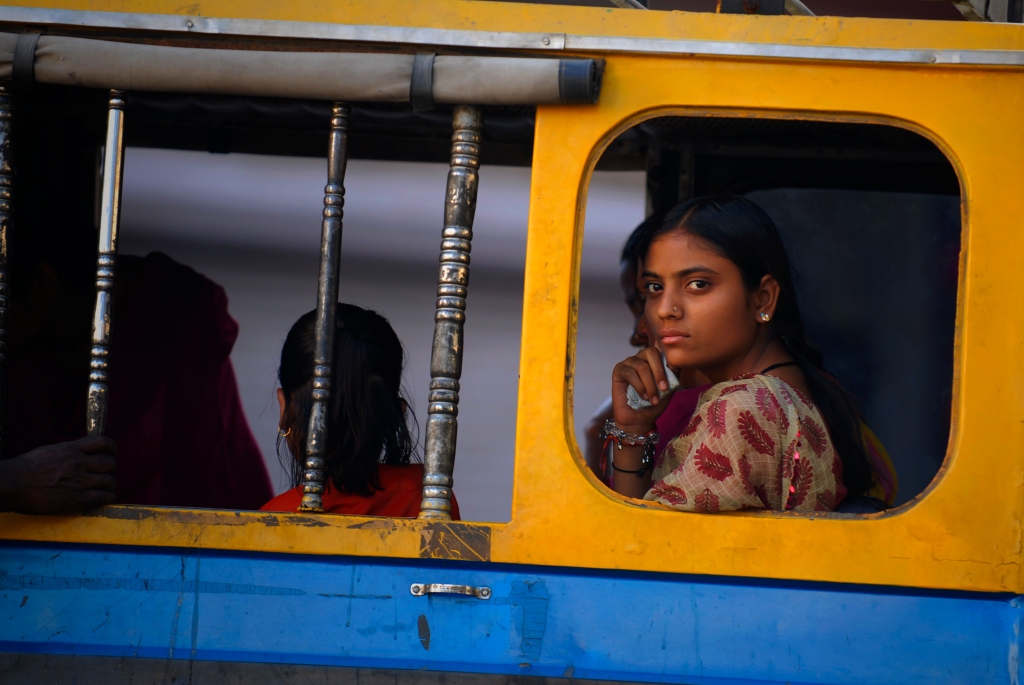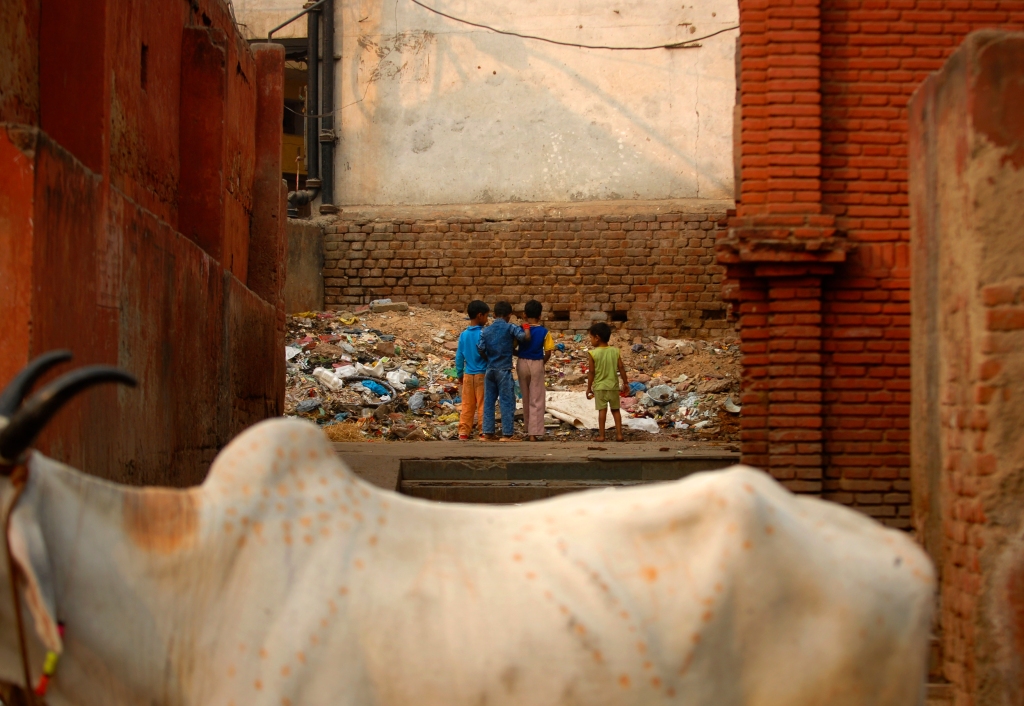Magazine — Photos …
| Photographs by Kristian Bertel, Your Shot | APRIL 1, 2019 | More » |
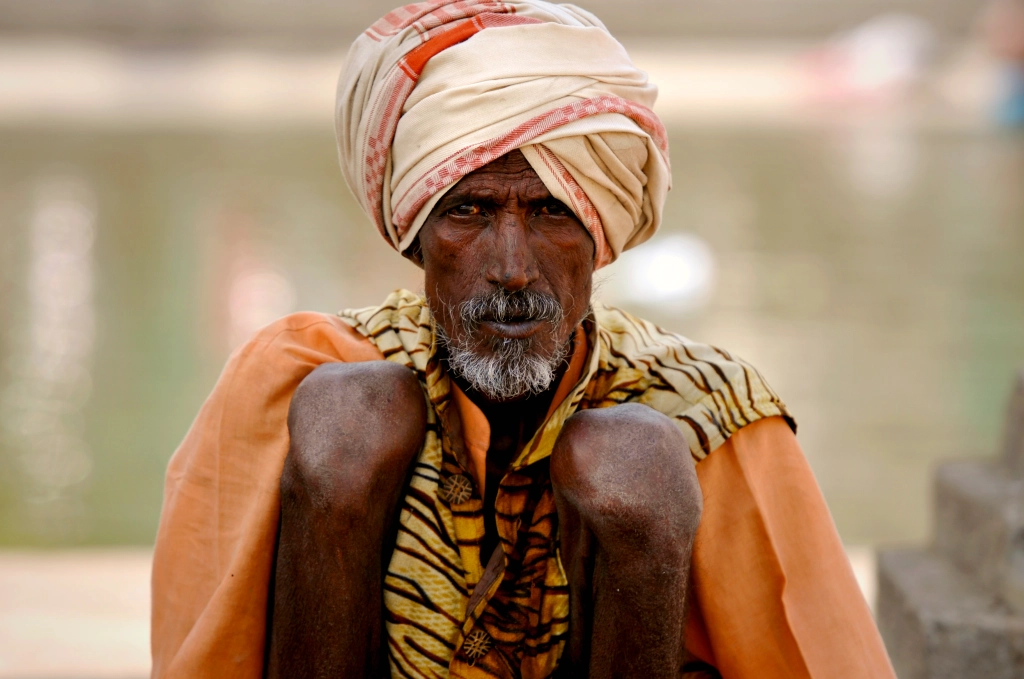
Photograph by Kristian Bertel, Your Shot –
India beggar portrait
This photograph depicts an Indian man who appeared at the Godavari river in Nashik, India, asking for money. I was fascinated of his presence in the minutes I passed by him. With an outstretched hand, a universal sign of need. »
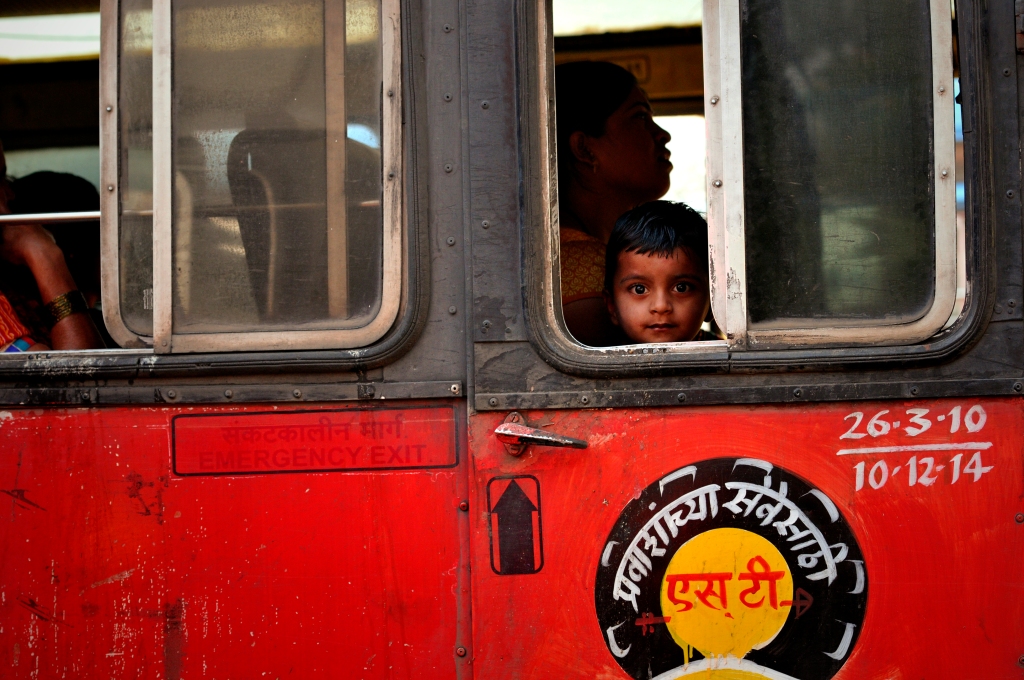
Photograph by Kristian Bertel, Your Shot –
India child
An Indian child is waiting in a bus in Nashik in India in this travel photo. Buses are an important means of public transport in India. However, the share of buses is negligible in most Indian cities as compared to personalised vehicles, and two-wheelers and cars account for more than 80 percent of the vehicle population in most large cities. »
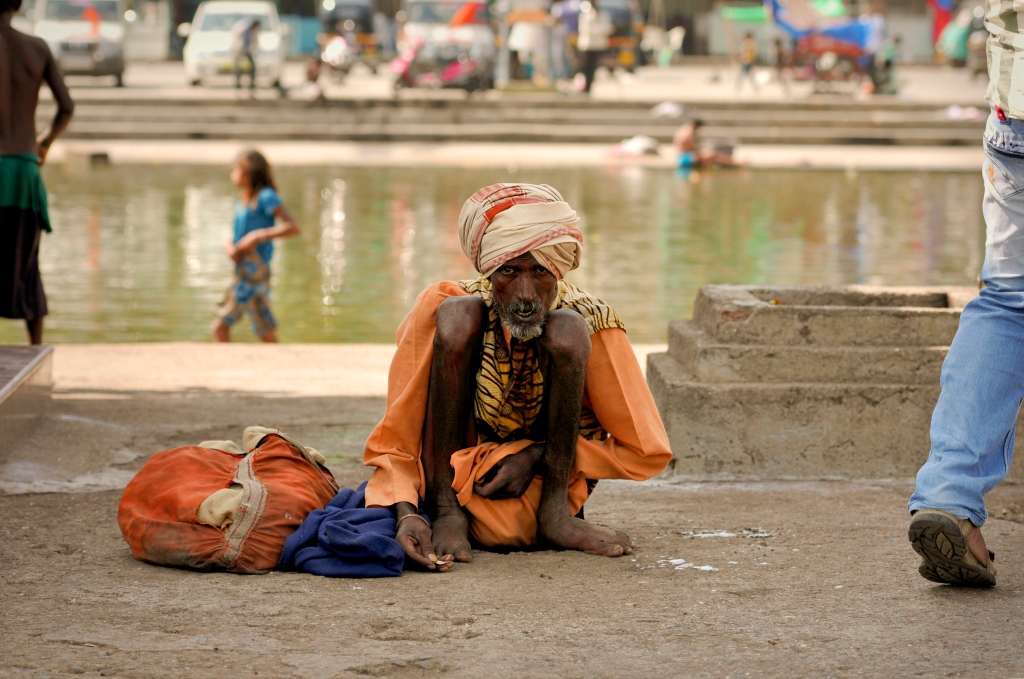
Photograph by Kristian Bertel, Your Shot –
Nashik beggar in India
Beggars come in all shapes and sizes in India, and they have many different methods of pulling at your heart strings in an attempt to get money. Visitors to India should give some advance thought as to how to react to begging as with this Indian man portraited in Nashik in India. »
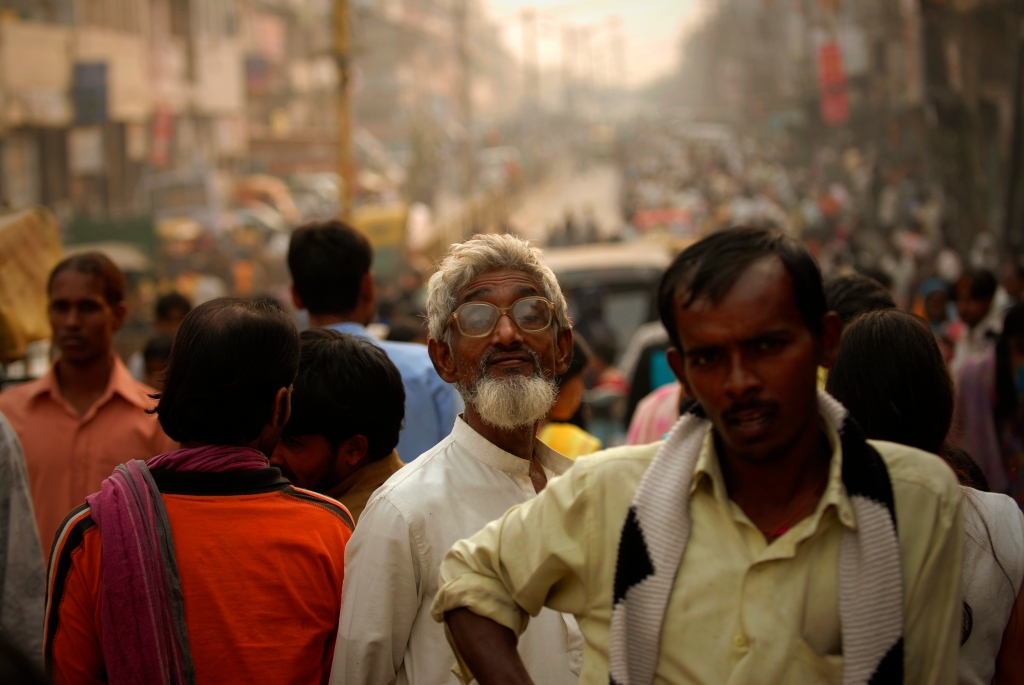
Photograph by Kristian Bertel, Your Shot –
Delhi street scene
Delhi has been continuously inhabited since the arly ages. Through most of its history, Delhi has served as a capital of various kingdoms and empires. It has been captured, ransacked and rebuilt several times, particularly during the medieval period and modern Delhi is a cluster of a number of cities spread across the metropolitan region. An Indian man is here photographed in this city, which has a proper population was over 11 million. »
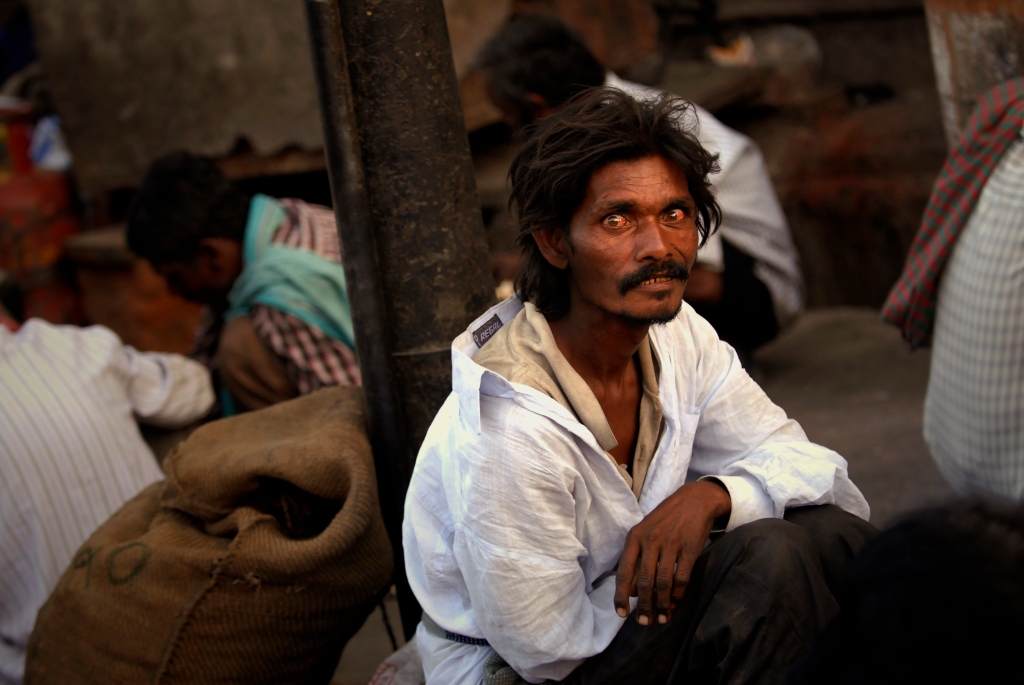
Photograph by Kristian Bertel, Your Shot –
Indian man in Ramganj
When the photographer was photographing in Jaipur he was among many of the city’s people. Like the picture of a seated man in the Ramganj area of Jaipur, which was captured in a passing moment in one of the main streets in the Ramganj area in Jaipur. »
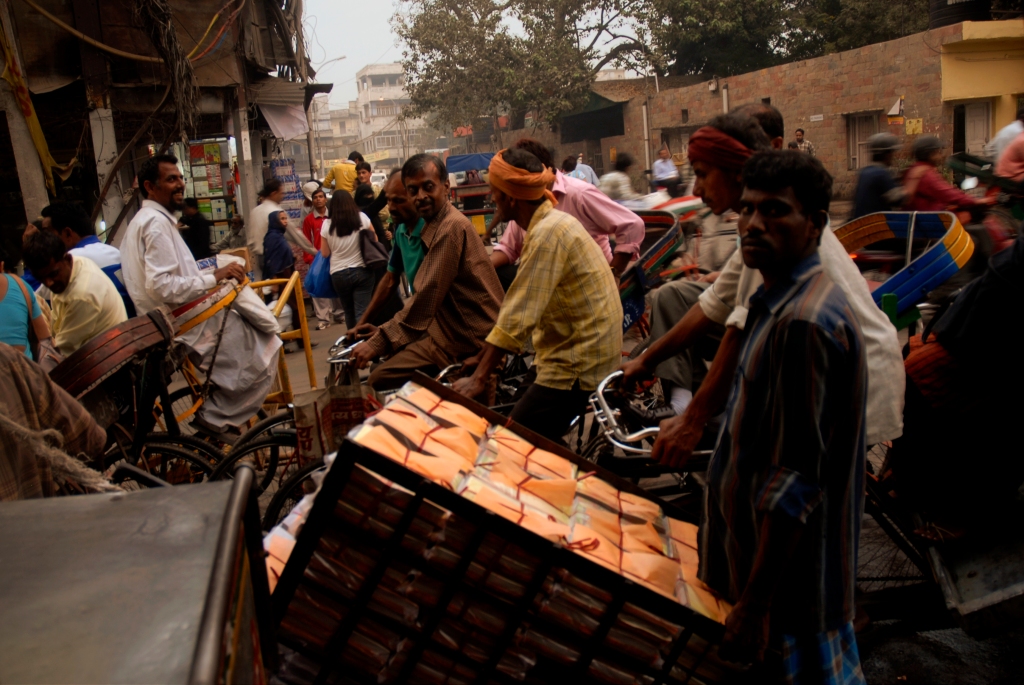
Photograph by Kristian Bertel, Your Shot –
Chaos in Indian cities
India is big, vast, varied and a whole world in itself and people here belongs to totally diversified beliefs and logics. In this photograph we see the chaos in Old Delhi or Purani Dilli, a place that was founded as a walled city of Delhi, India, founded as Shahjahanabad in 1639, when Shah Jahan, the Mughal emperor at the time, decided to shift the Mughal capital from Agra. »
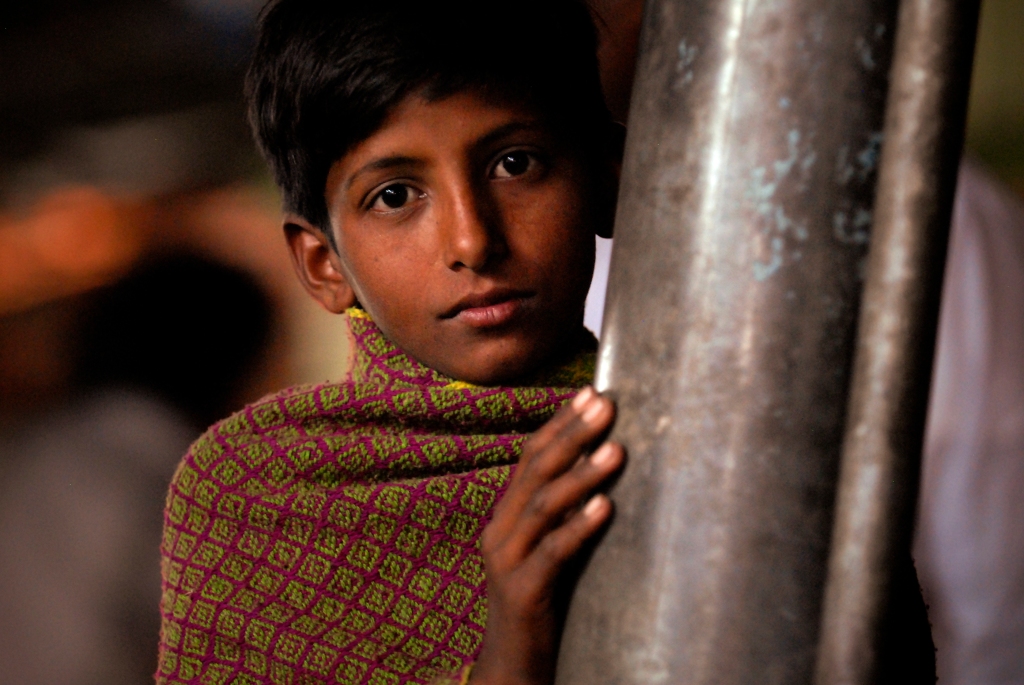
Photograph by Kristian Bertel, Your Shot –
Child in India
Today, more than 60 million children are forced to work in India, more than 12 million of whom work in a state of servitude and these children grow up and live in inhumane conditions. India is strongly characterized by inequalities between different regions and groups of populations. Children are most affected by this poverty and social inequality. »

Photograph by Kristian Bertel, Your Shot –
Nighttime in India
Night or nighttime is the period from sunset to sunrise in each twenty-four hours, when the Sun is below the horizon. However it can be defined differently and is subjective. Night can be defined as the time between bedtime and morning. There is no exact time for when night begins and ends. »
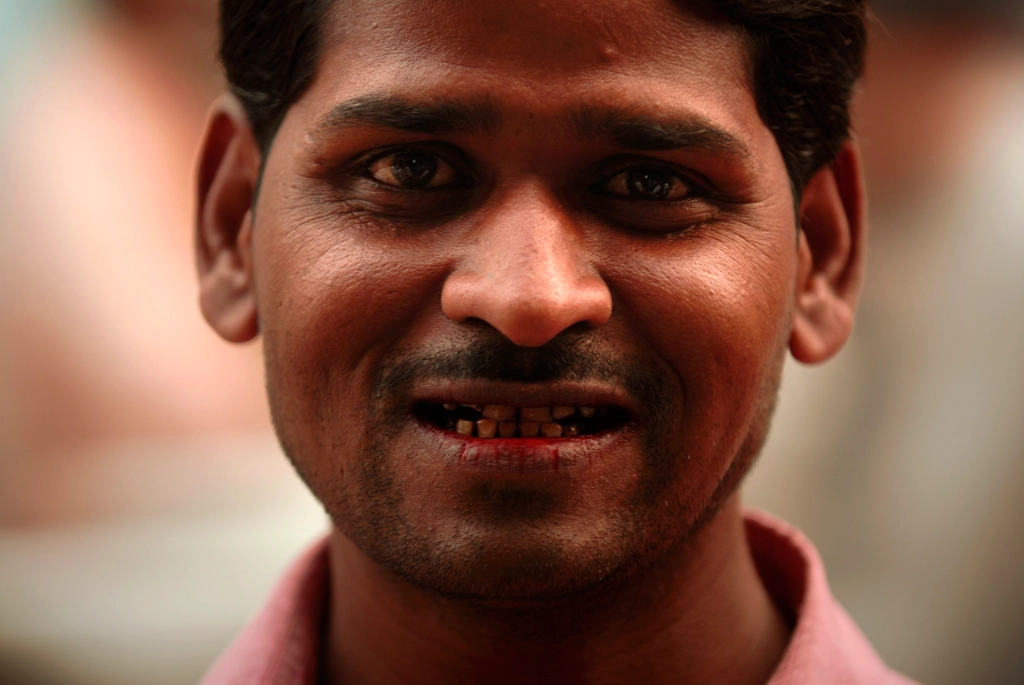
Photograph by Kristian Bertel, Your Shot –
Paan chewing man, India
In this portrait taken in Delhi, India we see an Indian man chewing ‘Paan’. Paan made with areca nut and lime, with or without tobacco, causes profuse red colored salivation and chewing the mixture of areca nut and betel leaf is a tradition, custom or ritual which dates back thousands of years in India. »
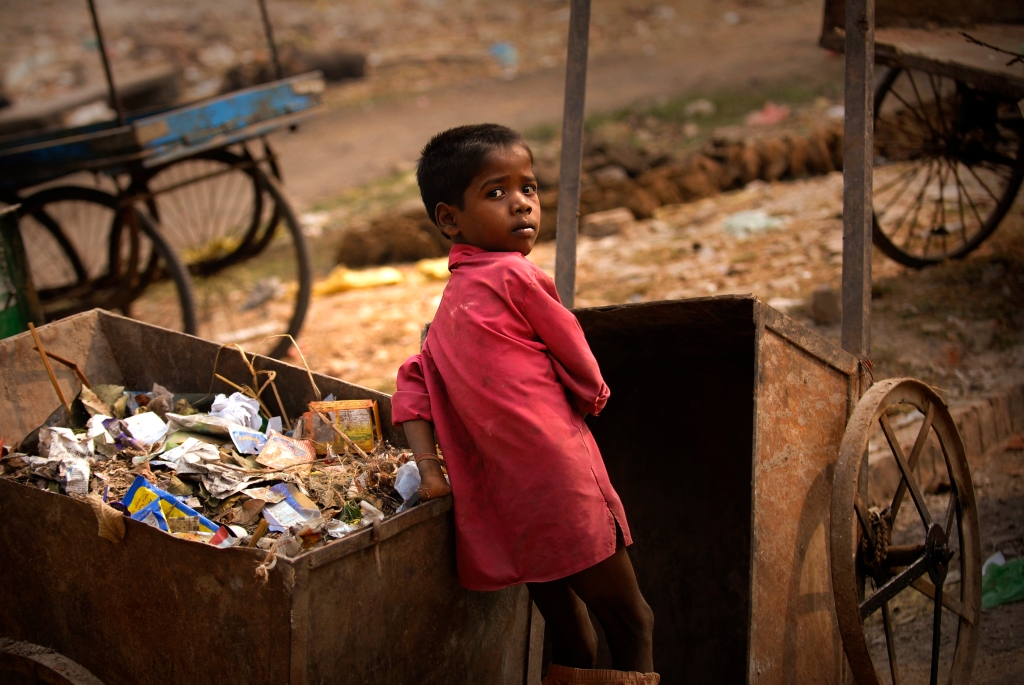
Photograph by Kristian Bertel, Your Shot –
End of poverty in India
In this photograph an Indian boy is pictured searching for food in a dumpster in Varanasi, India. Poverty is a significant issue in India, despite being one of the fastest-growing economies in the world- India determines household poverty line by summing up the individual per capita poverty lines of the household members. This practice is similar to many developing countries, but different from developed countries. »
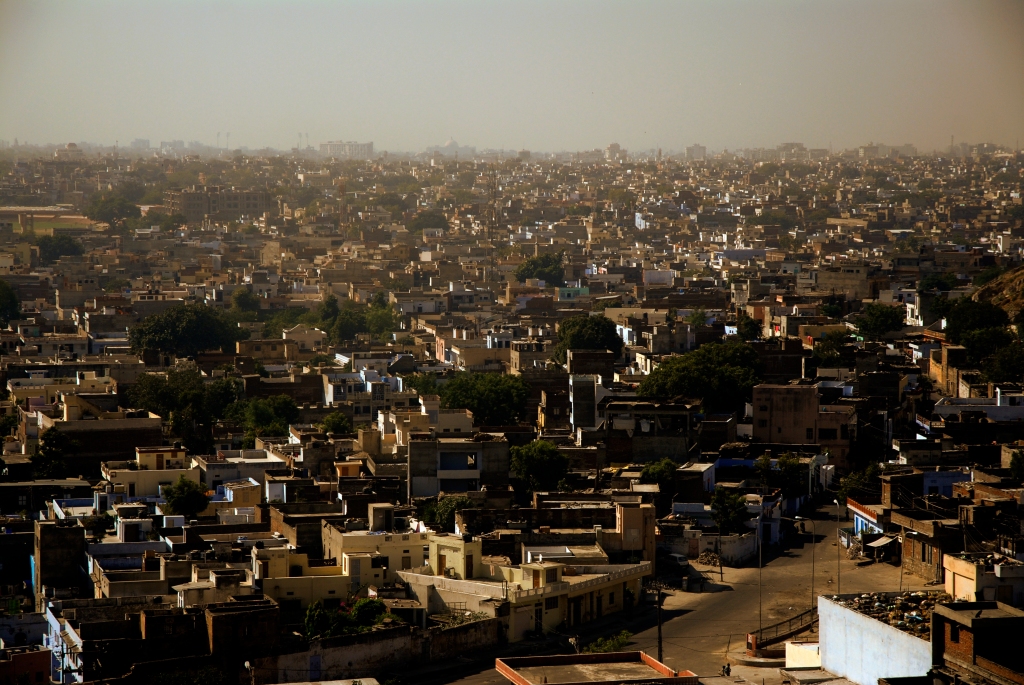
Photograph by Kristian Bertel, Your Shot –
Jaipur suburb
This travel photo is showing a suburb in Jaipur, India. Suburbs first emerged on a large scale as a result of improved rail and road transport, which led to an increase in commuting. In general, they have lower population densities than inner city neighborhood. Jaipur’s planned, but beautiful Old Town has wide multi-lane roads and footpaths, which also means that it is much bigger in area than its counterparts that are generally full of alleyways and small streets. Even so, the Pink City’s staggering architecture and endless colorful bazaars make walking around a treat, and many points of interest, like the Hawa Mahal, City Palace and Jantar Mantar are close by each other. »
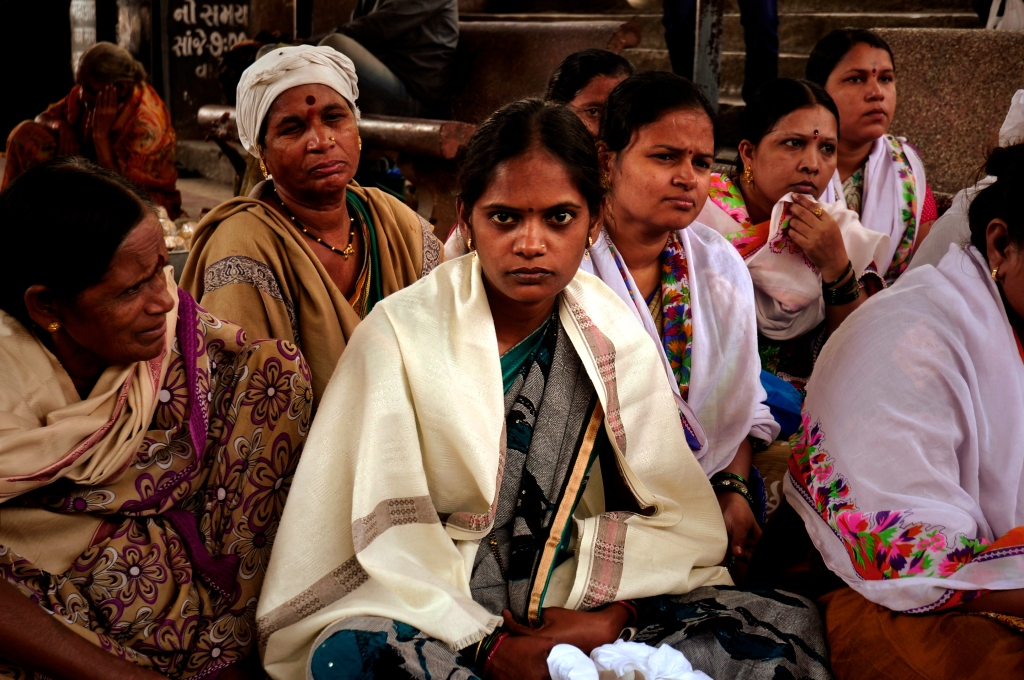
Photograph by Kristian Bertel, Your Shot –
Hindu ceremony in Nashik, India
In this travel photograph from India, a group of people are garthered at a Hindu ceremony. Superstition is often used to refer to a religion not practiced by the majority of a given society regardless of whether the prevailing religion contains alleged superstitions. It is also commonly applied to beliefs and practices surrounding luck, prophecy and certain spiritual beings, particularly the belief that future events can be foretold by specific apparently unrelated prior events. »
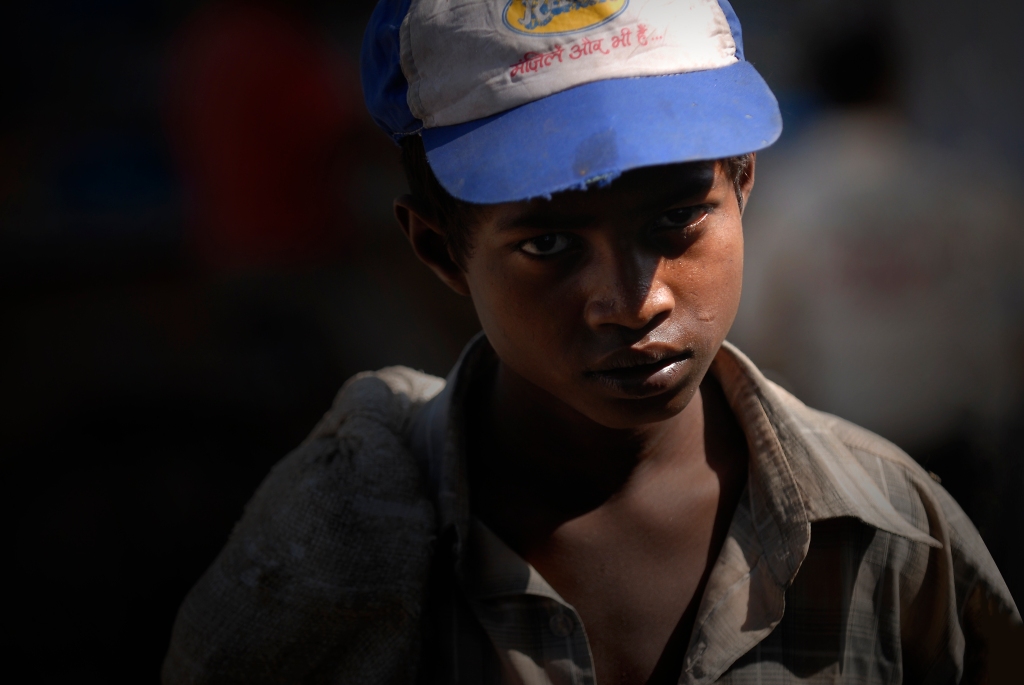
Photograph by Kristian Bertel, Your Shot –
Boy in Pushkar
While it can seem heartless, it is usually best to ignore beggars in India as seen in the portrait of a beggar boy in Pushkar. There are so many that even if you want to give them, it is not possible to give to them all. Another common problem is that if you give to one beggar, such a gesture will quickly attract others. The reality is that, as a foreigner and also as a photographer, you are not responsible for solving India’s problems and Indians do not want or expect you to. »
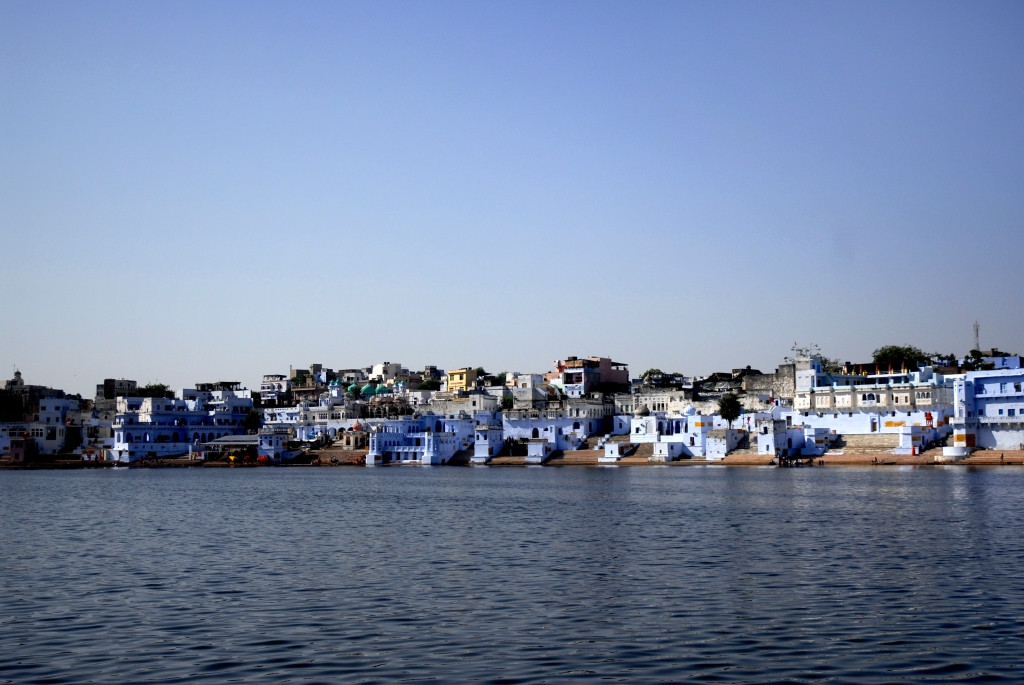
Photograph by Kristian Bertel, Your Shot –
Pushkar Lake
In this photograph we see Pushkar Lake, which is a beautiful, sanctified spot in the center of Pushkar in India. It is said to have been created by Lord Brahma and is therefore a place of pilgrimage for the Hindus. The lake is surrounded by 52 different ghats, or series of steps, which Hindus use to descend to the lake for ritual bathing. »
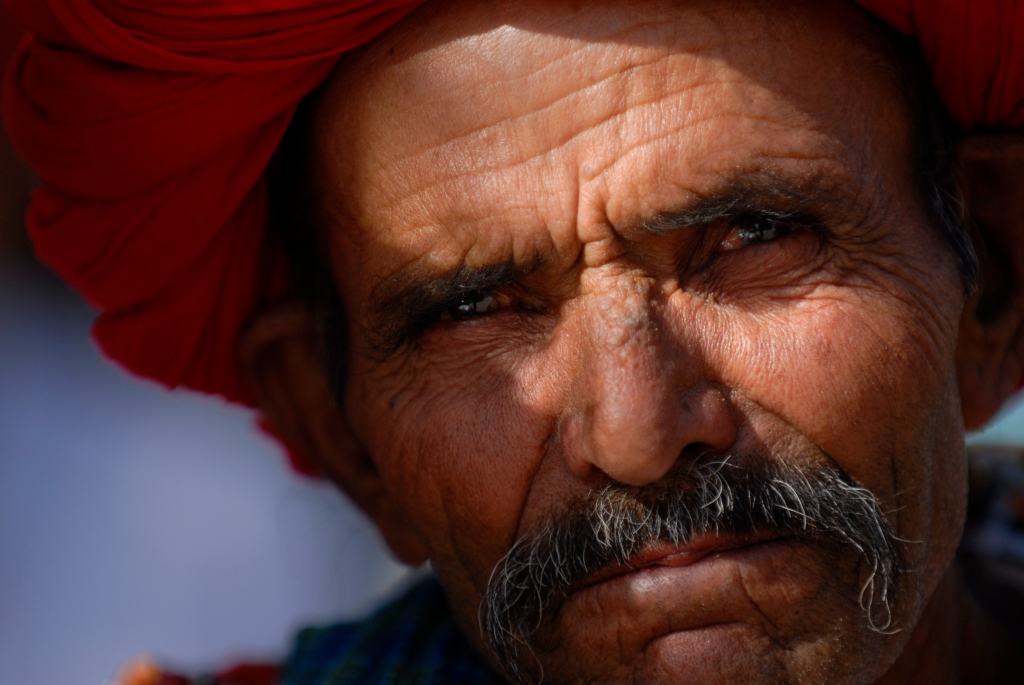
Photograph by Kristian Bertel, Your Shot –
Man in India
In the eyes of people it is said that one can go beyond and see into the soul of a person. In this travel portrait we see a portrait of an Indian man in the Rajasthan state of India. Rajasthan is the largest state of the Republic of India by area and it encompasses most of the area of the large, Great Indian Desert also known as the Thar Desert. »
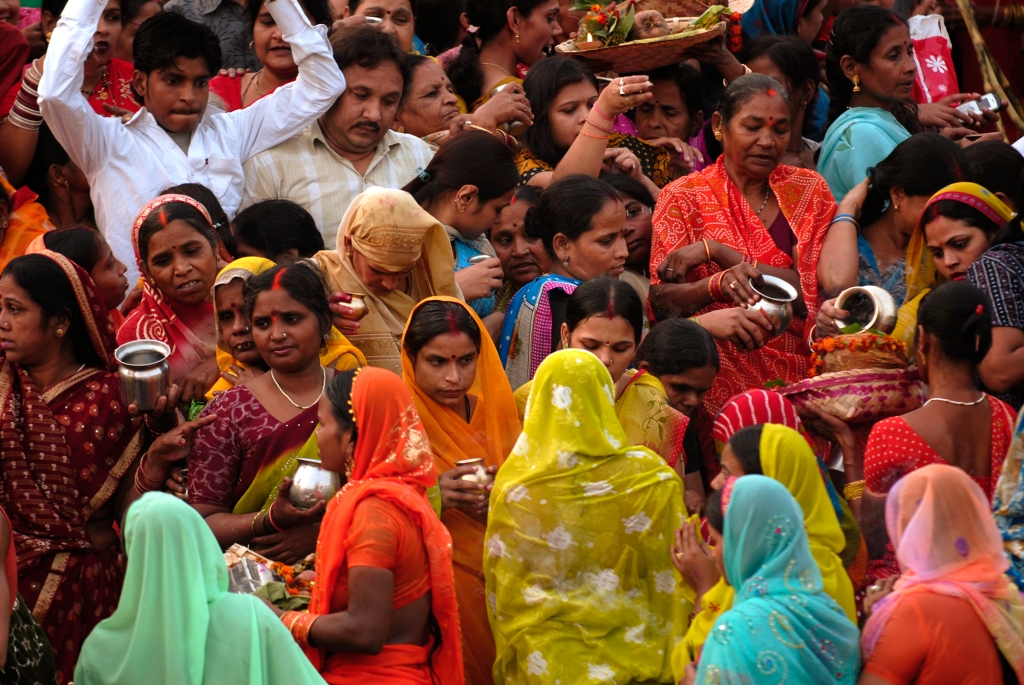
Photograph by Kristian Bertel, Your Shot –
Holy festival in Varanasi
Indian people are gathering at the River Ganges in Varanasi, India during a holy festival. These festivals in India are events ordinarily celebrated by a community and centering on some characteristic aspect of that community and its religion or cultures. It is often marked as a local or national holiday or mela. »
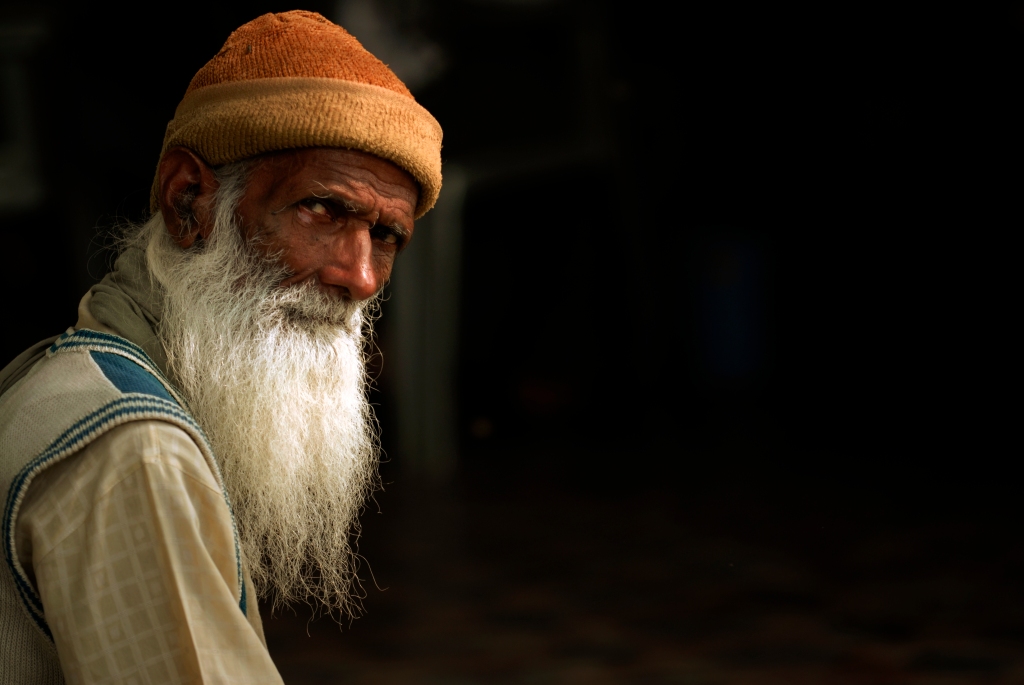
Photograph by Kristian Bertel, Your Shot –
Bearded man in India
In ancient India, the beard was allowed to grow long, a symbol of dignity and of wisdom, especially by ascetics like sadhus. The nations in the east generally treated their beards with great care and veneration and throughout the course of history, societal attitudes toward male beards have varied widely depending on factors such as prevailing cultural-religious traditions and the current era’s fashion trends. Some religions such as Sikhism have considered a full beard to be absolutely essential for all males able to grow one and mandate it as part of their official dogma. »
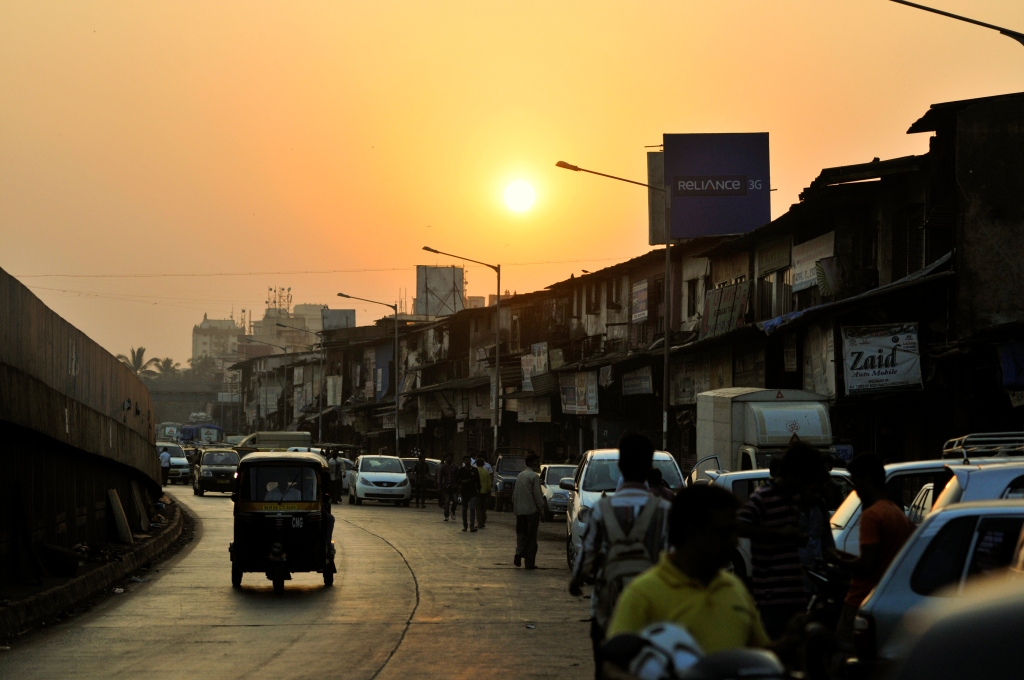
Photograph by Kristian Bertel, Your Shot –
Auto rickshaw in Mumbai
This evening photo of an auto rickshaw as taken in the Kurla West area of Mumbai. Auto rickshaws are used in cities and towns for short distances and they are less suited to long distances because they are slow and the carriages are open to air pollution. Auto rickshaws are often called autos provide cheap and efficient transportation. It is also not uncommon in many parts of Indian metropolitan areas to see primary school children crammed into an auto rickshaw, transporting them between home and school, equivalent to the ‘school run’ performed by many parents in the West using their own cars. »
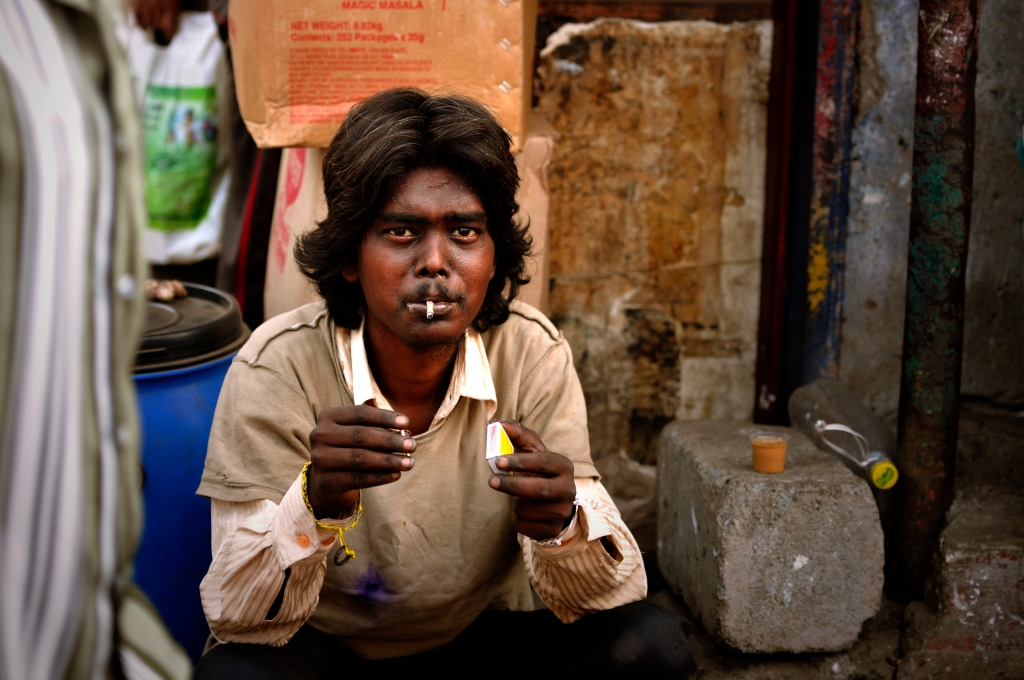
Photograph by Kristian Bertel, Your Shot –
Young man at Dharavi Main Rd
This portrait of a smoking young man was taken in the Dharavi area of Mumbai in India. Dharavi is a district in central Mumbai, India and is one of the world’s largest and most concentrated slums. »
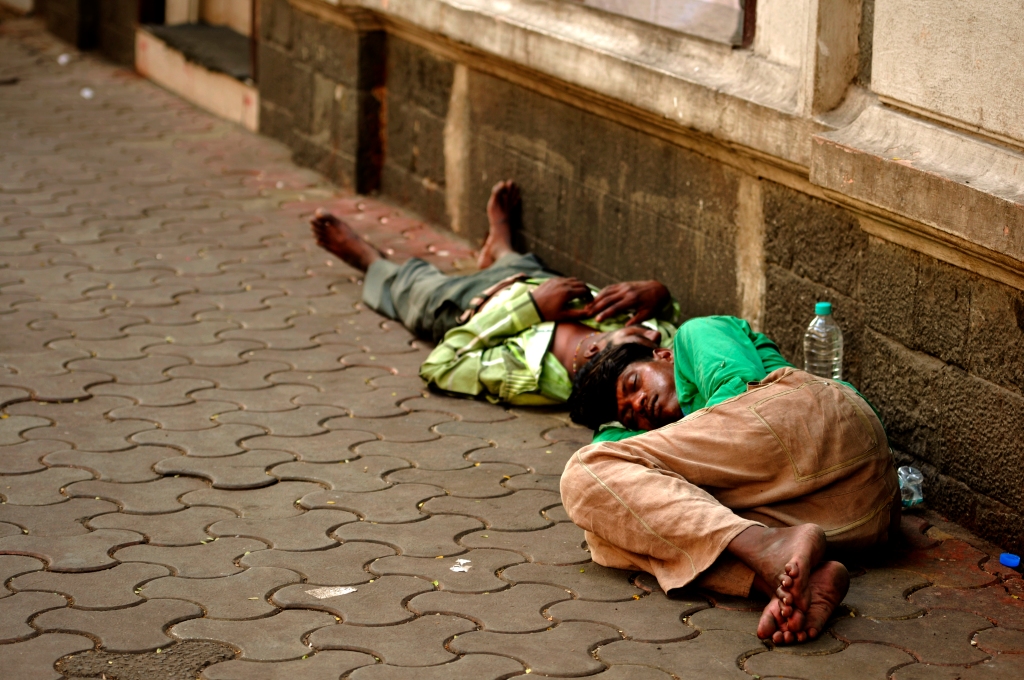
Photograph by Kristian Bertel, Your Shot –
Homeless in Mumbai
In Mumbai’s many slums and streets the homeless have lived, sometimes for generations, along the city’s pavements without a roof over their heads or any access to education, healthcare, water or sanitation. »
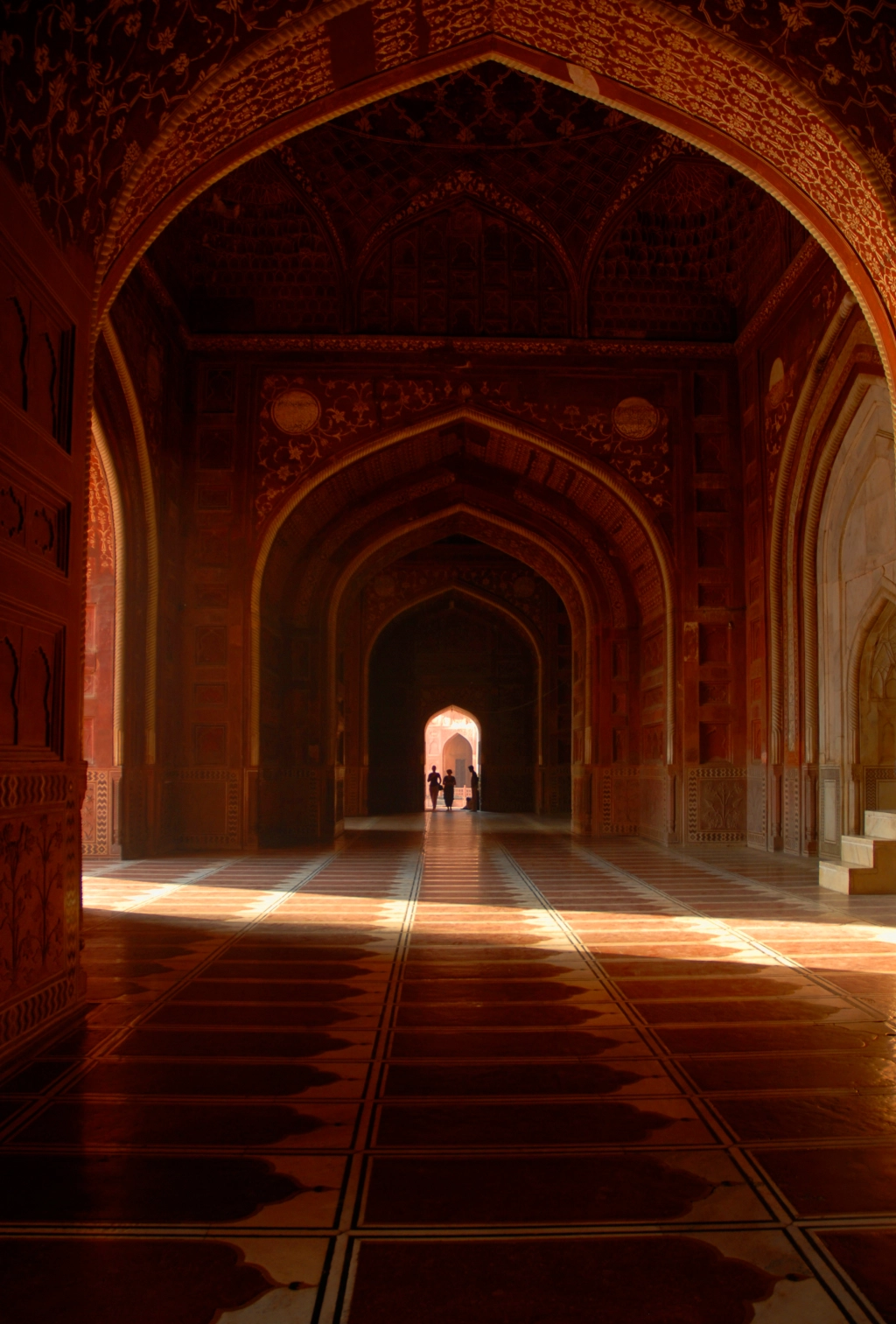
Photograph by Kristian Bertel, Your Shot –
Taj Mahal Mosque in India
Enhancing the already present splendor of the Taj Mahal is a building that stands on the western side of it, a Mosque made up of red sandstone. It serves two purposes, first, it was obligatory according to the Muslim law for each mausoleum to have a place of worship nearby. Second, the mosque and a mirror image of the mosque, a guest house that stands on the opposite side of it, together provide a perfect symmetrical balance to the architecture of whole of Taj Mahal. »
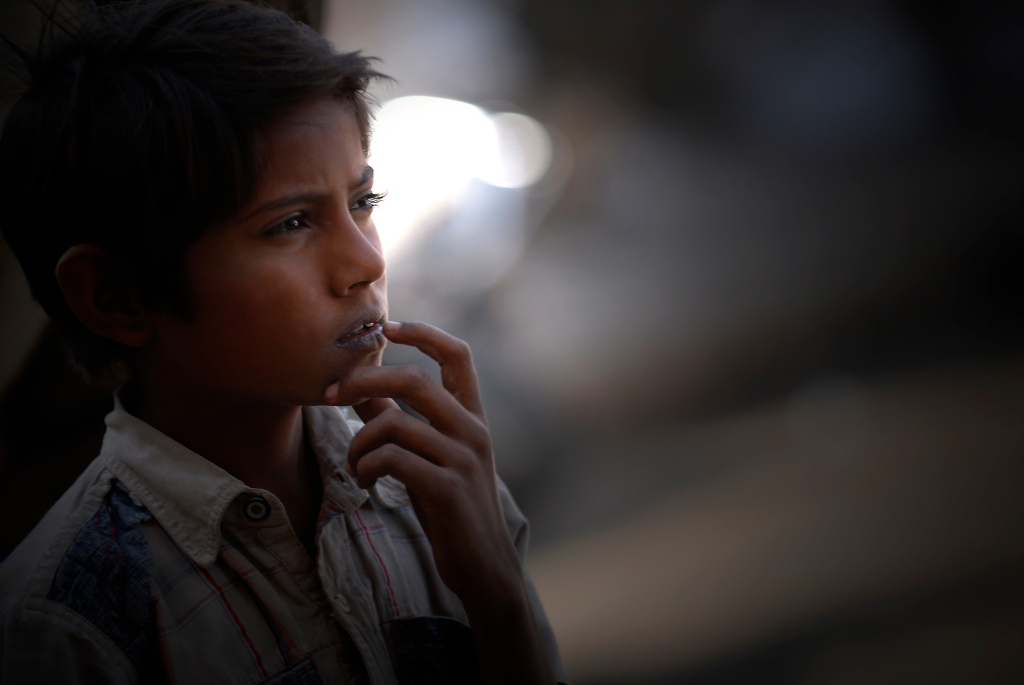
Photograph by Kristian Bertel, Your Shot –
Jaisalmeri child
On the streets in Jaisalmer in India this child was photographed. Our cultural identity is shaped by the people within our culture and our surroundings to better understand our world. We create a mold of our cultural identity and are finding out who we are through the ideas of our parents by adopting a majority of their beliefs at a young age. »
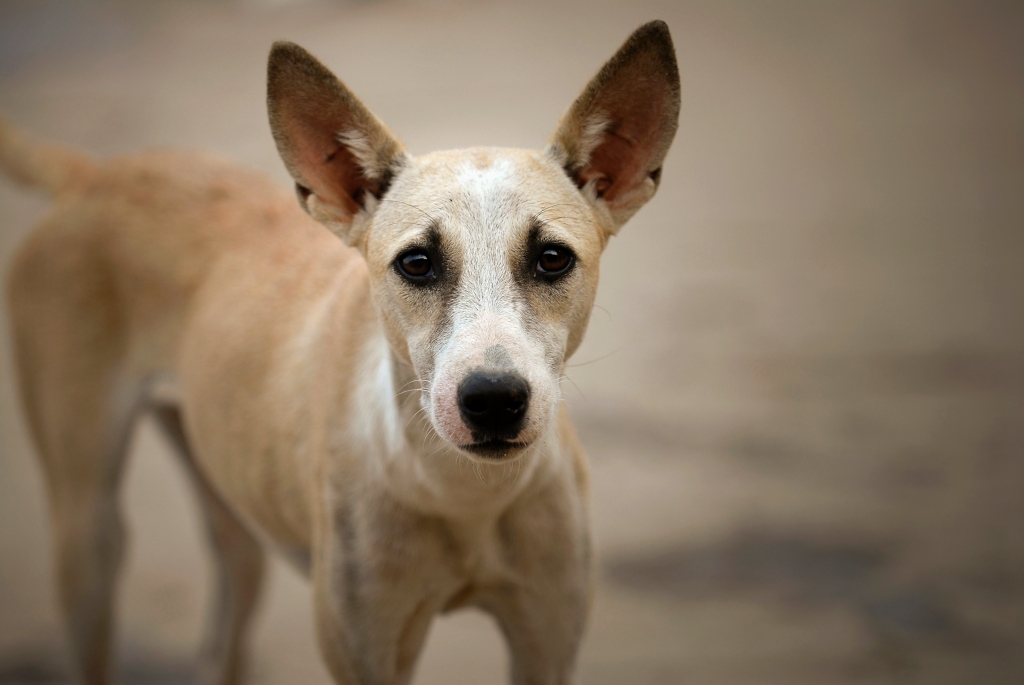
Photograph by Kristian Bertel, Your Shot –
Street dog in Varanasi
In this picture we see a street dog in Varanasi. In recent years, more and more middle-class Indian families are acquiring dogs, but many prefer foreign pedigree dogs instead of Indian street dogs. Residents routinely complain to their municipal corporations about street dogs in their neighborhoods. »
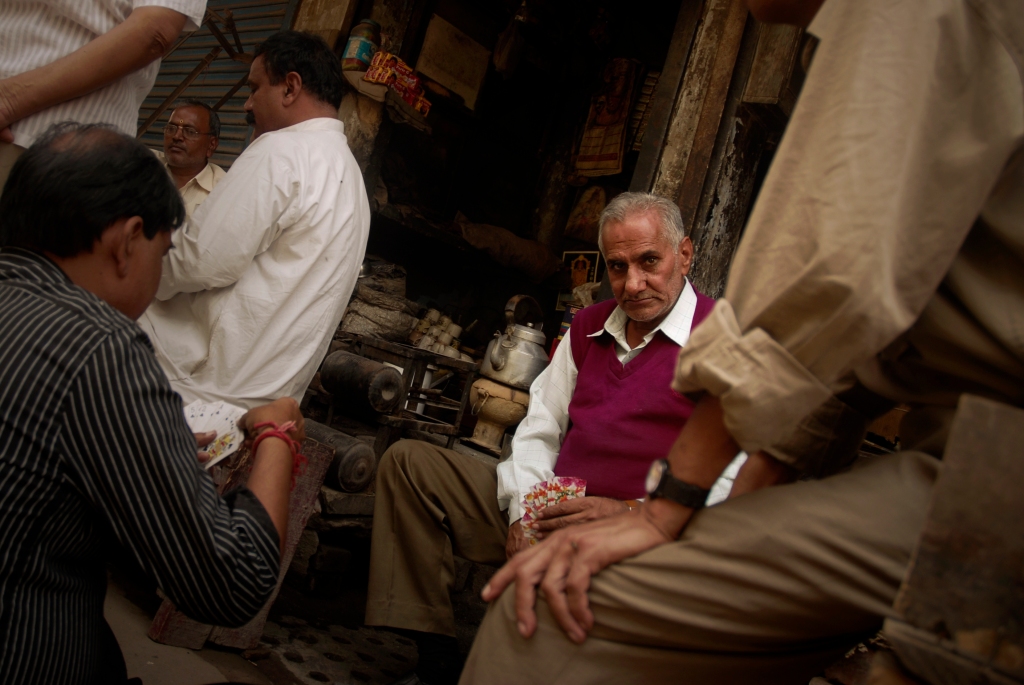
Photograph by Kristian Bertel, Your Shot –
Delhi neighborhood
In this photo a neighborhood in Delhi has been photographed. A neighborhood is a geographically localized community within a larger city, town, suburb or rural area and are often social communities with considerable face-to-face interaction among members as in this card game in the street. »
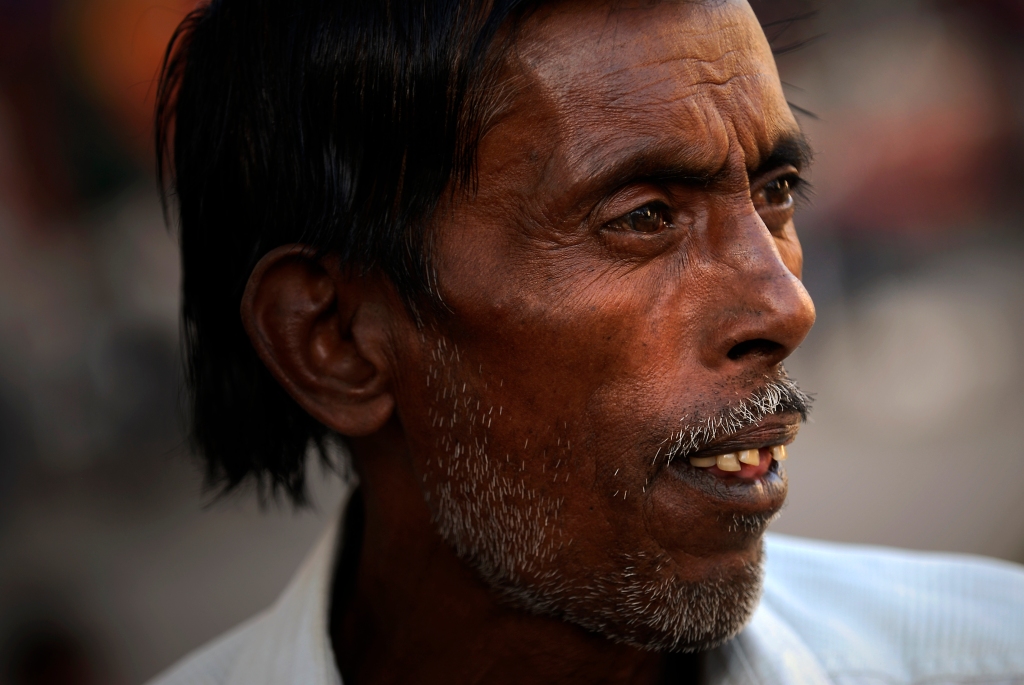
Photograph by Kristian Bertel, Your Shot –
India
As a traveler in India one can be fascinated and shocked – alike. On the streets there is a horn concert that would go unnoticed by any passing wedding party. If you stop at a traffic light with the bus, crowds of turbans, saris and sneakers slip past you. Below the bridges are dealers selling cell phones and memory cards. Next to them are cows who chew on a plastic bag with relish. So India is definitely a place that the photographer is inspired of. »
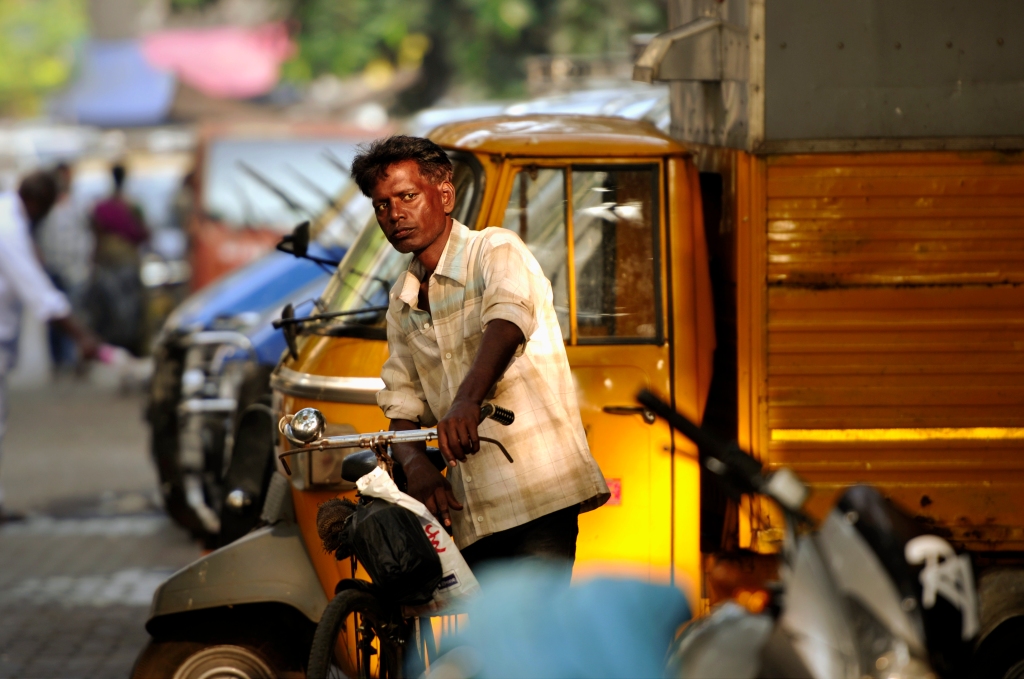
Photograph by Kristian Bertel, Your Shot –
Indian man in the morning
As a photographer the light at sunrise in India can be one of the most scenic times of the day to photograph. Also known as one of the golden hours, it is a short period of time after sunrise, where the sun is producing soft reddish light and long shadows. In this period of time the sun is still low above the horizon and orange and red hues seen as with this portrait of an Indian man in the early morning hours at 6.20 AM at the B K Boman Behram Marg in Mumbai, India. »
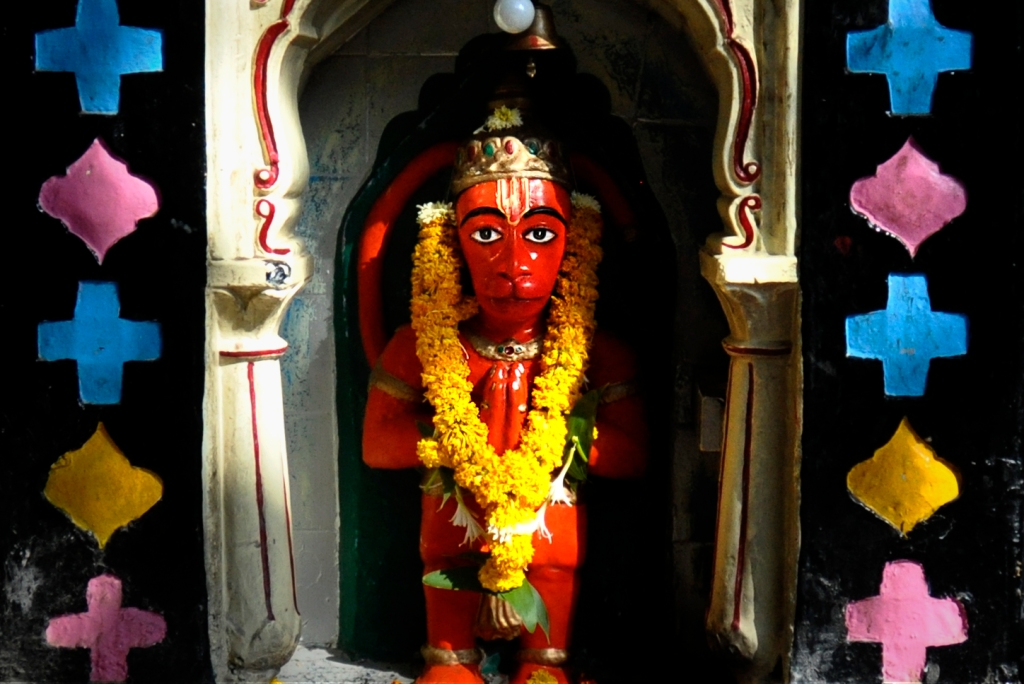
Photograph by Kristian Bertel, Your Shot –
Hindu deity in India
Hindu deities are represented with various icons and anicons, in paintings and sculptures, called Murtis and Pratimas. Some Hindu traditions, such as ancient Charvakas rejected all deities and concept of god or goddess. These deities have distinct and complex personalities, yet are often viewed as aspects of the same ultimate reality called Brahman. A Murti is an embodiment of the divine, the ultimate reality or Brahman to some Hindus. In religious context, they are found in Hindu temples or homes, where they may be treated as a beloved guest and serve as a participant of Puja rituals in Hinduism. In other occasions, it serves as the center of attention in annual festive processions and these are called Utsava Murti. »

Photograph by Kristian Bertel, Your Shot –
Fisherman portrait
I took this fisherman portrait at the Ganges River in Varanasi, India. Fishing in India employs about 14.5 million people and Indias rich marine and inland water resources, fisheries and aquaculture offer an attractive and promising sector for employment, livelihood. For centuries, India has had a traditional practice of fish culture. »
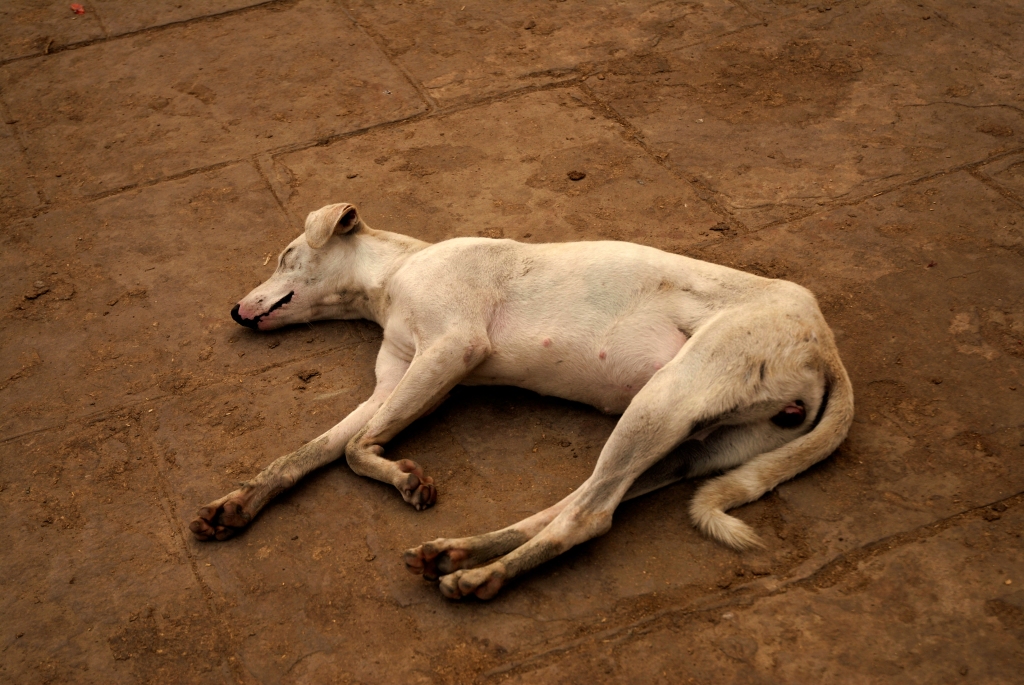
Photograph by Kristian Bertel, Your Shot –
Sleeping dog in India
Everywhere in India the street dogs are living, wherever cities and the local human population are allowing them to be especially in the developing world such as India. Street dogs may be stray dogs, dogs which have strayed from or are allowed freedom by their owners or may be feral animals that have never been owned. »
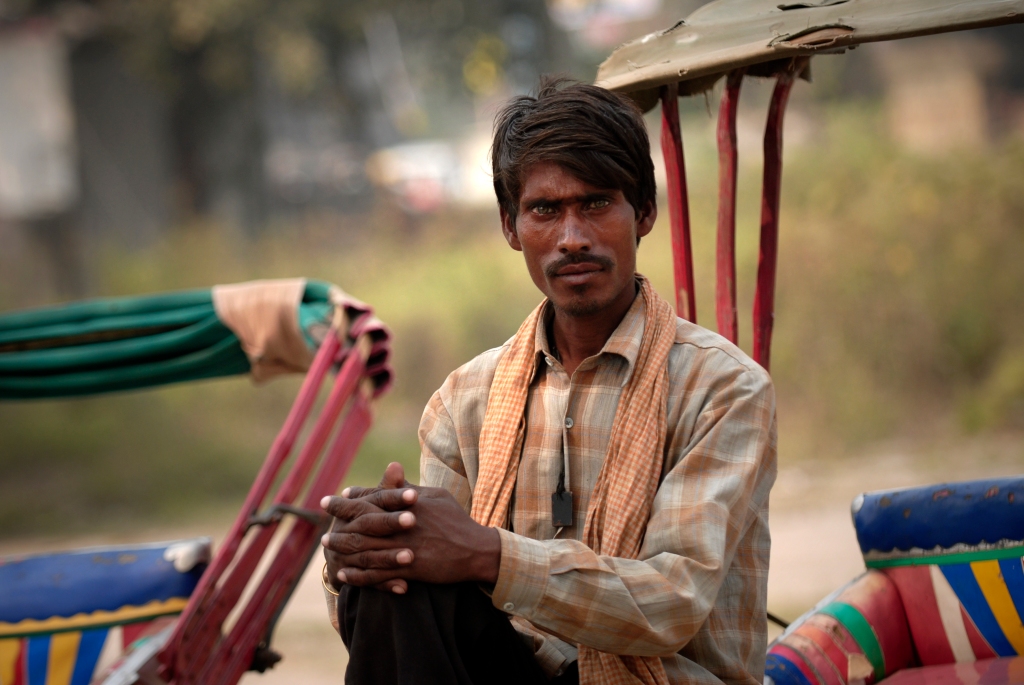
Photograph by Kristian Bertel, Your Shot –
Indian cycle rickshaw
Portraying an Indian man working as a cycle rickshaw wala in Varanasi, India. As opposed to rickshaws pulled by a person on foot, cycle rickshaws are human-powered by pedaling. Another type of rickshaw is the auto rickshaw. They are a type of tricycle designed to carry passengers on a for-hire basis. Cycle rickshaws are widely used in major cities around the world, but most commonly in cities of South, Southeast and East Asia. »
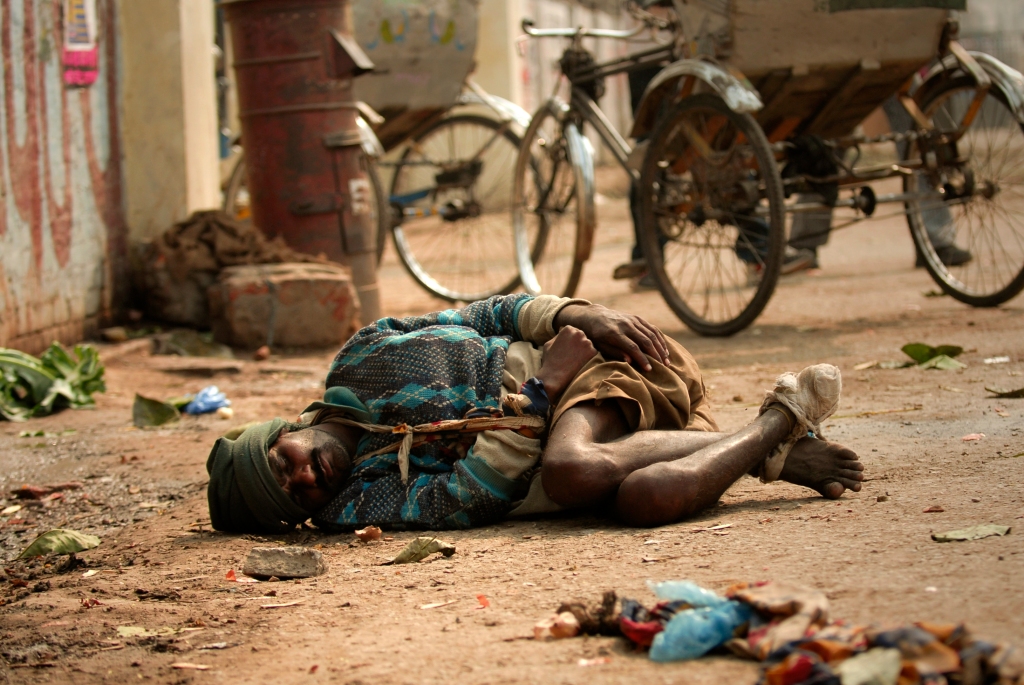
Photograph by Kristian Bertel, Your Shot –
Circle of poverty in India
In this harrowing photograph of an Indian man in Varanasi, we see how poverty is affecting India. The circle of poverty has been defined as a phenomenon in India where poor families become impoverished for at least three generations, for instance for enough time that the family includes no surviving ancestors who possess and can transmit the intellectual, social, and cultural capital necessary to stay out of or change their impoverished condition. In calculations of expected generation length and ancestor lifespan, the lower median age of parents in these families is offset by the shorter lifespans in many of these groups. »
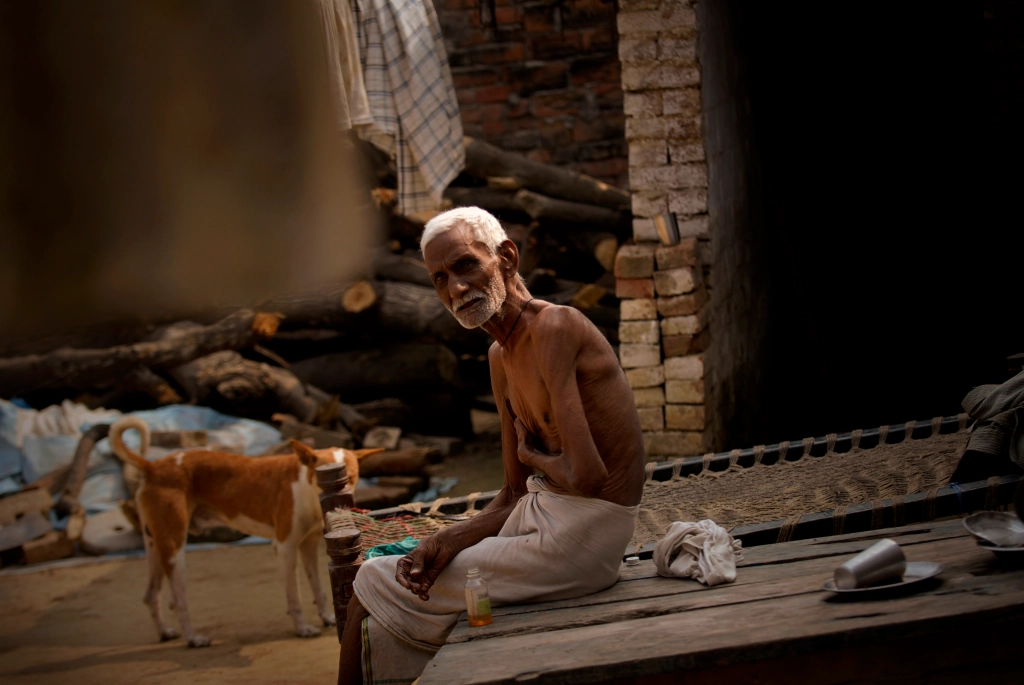
Photograph by Kristian Bertel, Your Shot –
Village man in India
In this portrait an elderly villager has been photographed on the outskirts of Varanasi in India. It is said that the soul of India lives in its villages and in India 60 percent of the population still lives in villages. These places are without the hustle and bustle of the city life, but are instead places that are peaceful and quiet. »

Photograph by Kristian Bertel, Your Shot –
Sunset in Jodhpur
Being at the onshore of the Thar Desert, Jodhpur is known as the ‘Sun City’ for the bright and sunny weather it enjoys all the year round. Jodhpur has been influenced by ways of select nomadic tribes have settled in some parts of the city, in which the old part is surrounded by walls and several gates. »
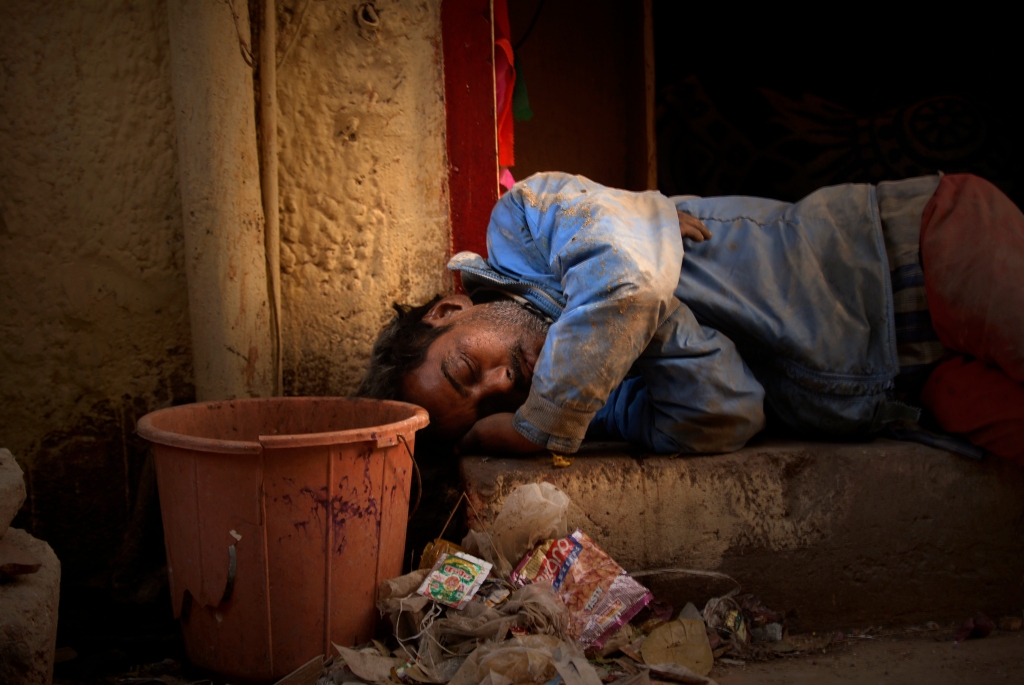
Photograph by Kristian Bertel, Your Shot –
Sleeping man at Arakashan Rd
In this photograph a man is sleeping on a stairway at Arakashan Rd in Delhi. People with low wages and homeless are often been seen sleeping in the streets for the night. Lack of love and many other things can be the reasons for homelessness in India, which for centuries has caused families in India to have an average of five generations being homeless. »
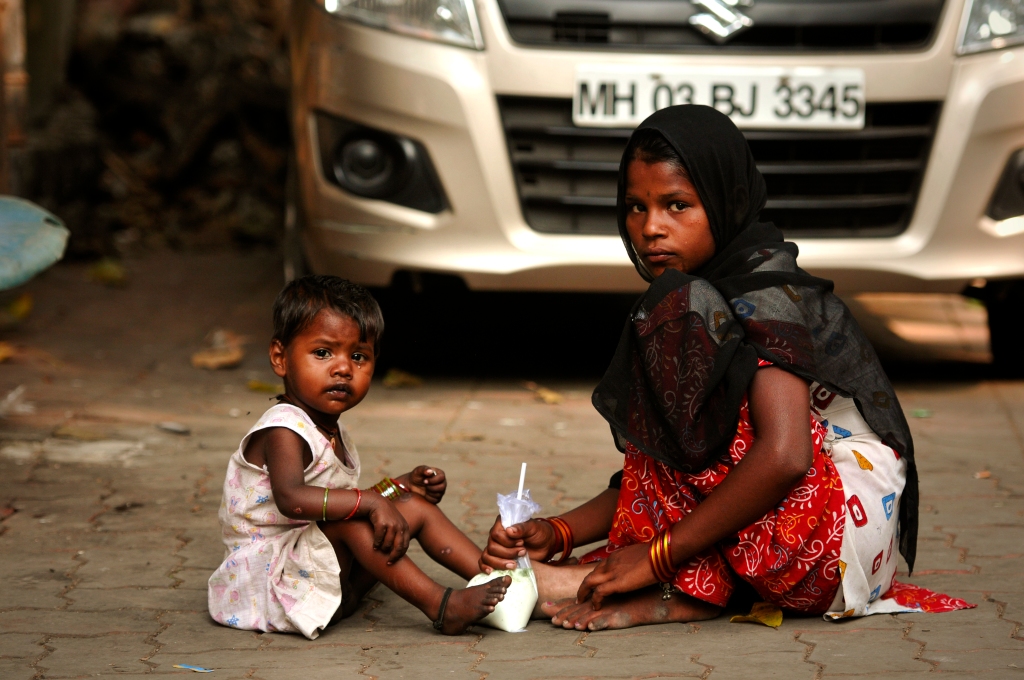
Photograph by Kristian Bertel, Your Shot –
Street children at Khau Gali
In this photo two Indian street children are photographed at Khau Gali in Mumbai, India. Because the street children in India have unique vulnerabilities, the amount of time they spend on the street, their livelihood depending on the street, and their lack of protection and care from adults, they are a subgroup of the Indian population that deserve specific attention in order to ensure that their needs are known also in the future generations. »

Photograph by Kristian Bertel, Your Shot –
Gray langur, India
This portrait of a monkey was taken in Rajasthan, India. Gray langurs or Hanuman langurs as you see on the picture, are the most widespread langurs of the Indian Subcontinent. Gray langurs are large and fairly terrestrial, inhabiting forest, open lightly wooded habitats and urban areas on the Indian subcontinent. They can adapt well to human settlements, and are found in villages, towns and areas with housing or agriculture and they live in densely populated cities. »
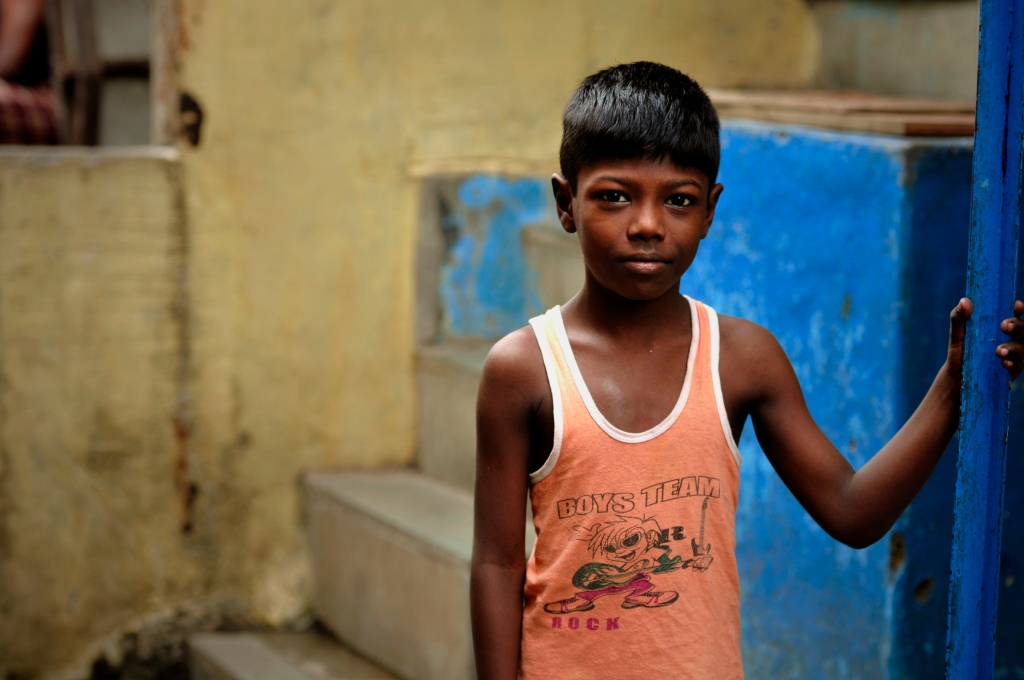
Photograph by Kristian Bertel, Your Shot –
Dharavi boy, India
An Indian boy is photographed in the Dharavi area of Mumbai, India. Dharavi is a slum in Mumbai, India. One of the things you can photograph in India are all the street scenes ranging from colorful dressed people like the woman and the boy portrayed here above. India is the second-largest population and it is tipped to be the world’s most populous nation in fifteen years from now. »
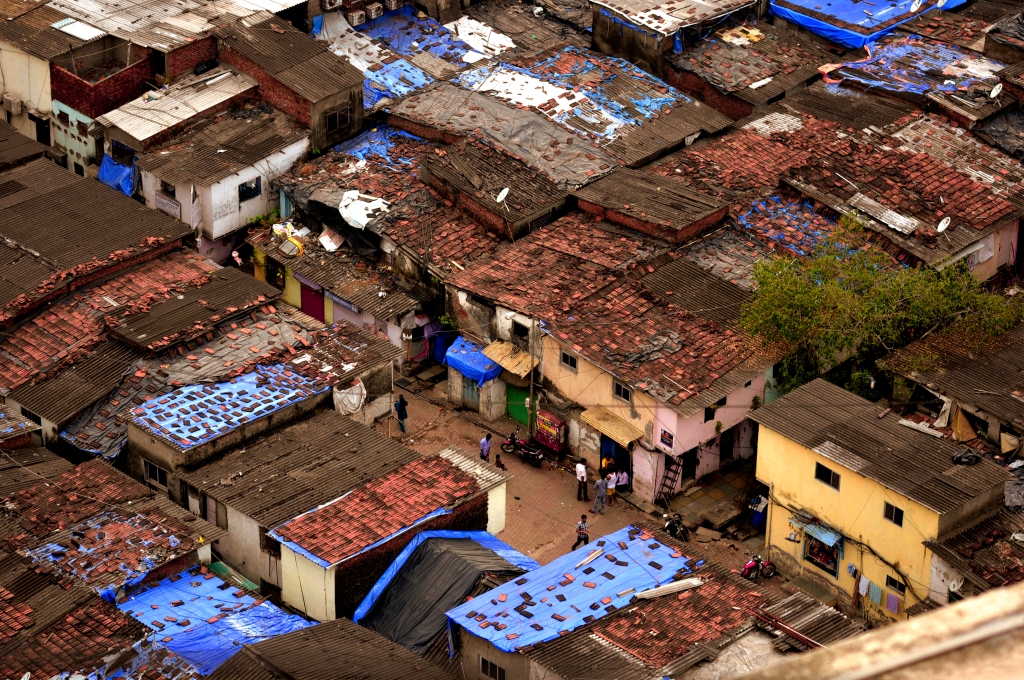
Photograph by Kristian Bertel, Your Shot –
Tin shacks in Dharavi
A photograph of roof tops of tin shacks from above in in the populous Dharavi area, which is said to be one of Asia’s largest slums and one of the largest slums in the world. Dharavi slum was founded in 1882s during the British colonial era. »

Photograph by Kristian Bertel, Your Shot –
Hijra in India
In this photograph an Indian hira has been photographed next to a boy in Mumbai, India. Hijra is a term used in South Asia particularly in India and Pakistan to refer to transgender individuals who are born male. In Pakistan, India and Bangladesh, the hijras are officially recognized as third gender by the government, being neither completely male nor female. Most hijras live at the margins of society with very low status the very word ‘hijra’ is sometimes used in a derogatory manner. »
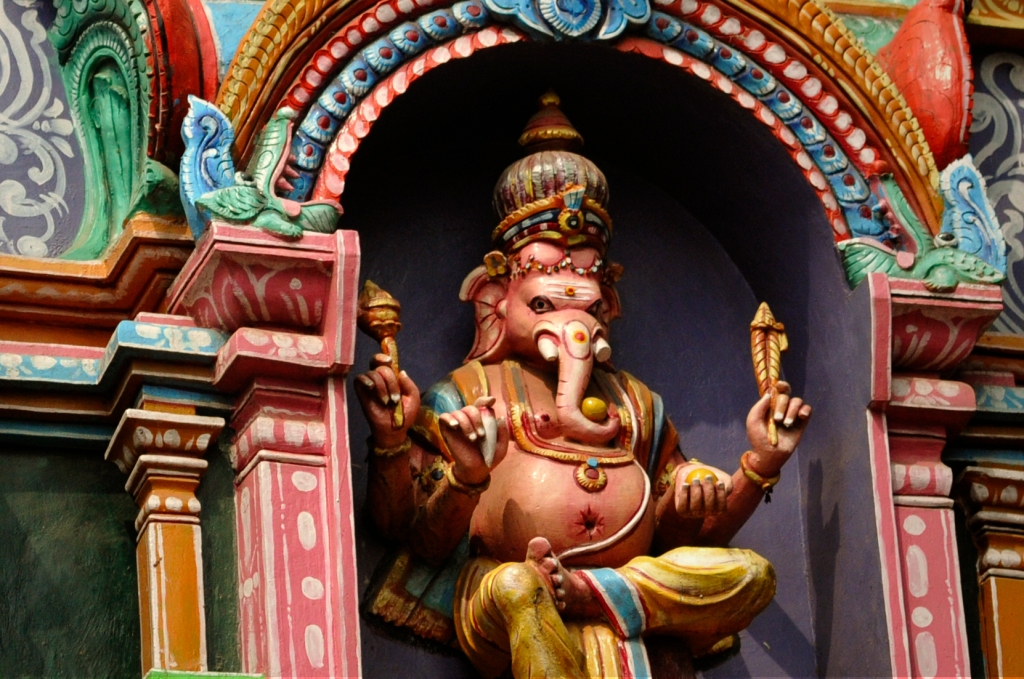
Photograph by Kristian Bertel, Your Shot –
Khambadevi Temple, India
Located in the tiny alleys of Mumbai’s Dharavi this temple was pictured from the outside. Dravidian architecture was an architectural idiom that emerged in the Southern part of the Indian subcontinent or South India. It consists primarily of temples with pyramid shaped towers and are constructed of sandstone, soapstone or granite. Also known as the Dharavi Temple this temple has a sculpture of Ganapathi, who is an elephant god. Ganesha also known as Ganapati and Vinayaka, is one of the best-known and most worshipped deities in the Hindu pantheon. »
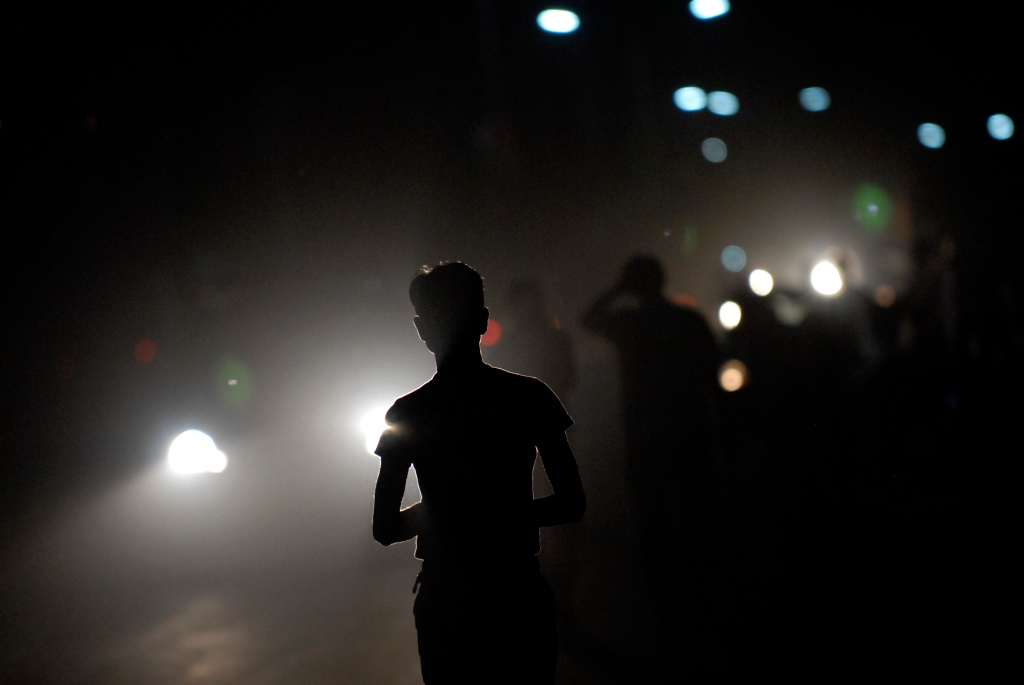
Photograph by Kristian Bertel, Your Shot –
Bikaner, India
An Indian man walks on the busy Sri Ganganagar Rd in Bikaner, India. With lack of adequate street lighting it is difficult for motorists to see what is coming in front of them, and in the dark and dusty night sky, cyclists are travelling on moderate and ram-shackled cycles without any lights. With over 130,000 deaths annually, the country of India has overtaken China and now has the worst road traffic accident rate worldwide. Most of the accidents are caused by human errors. »
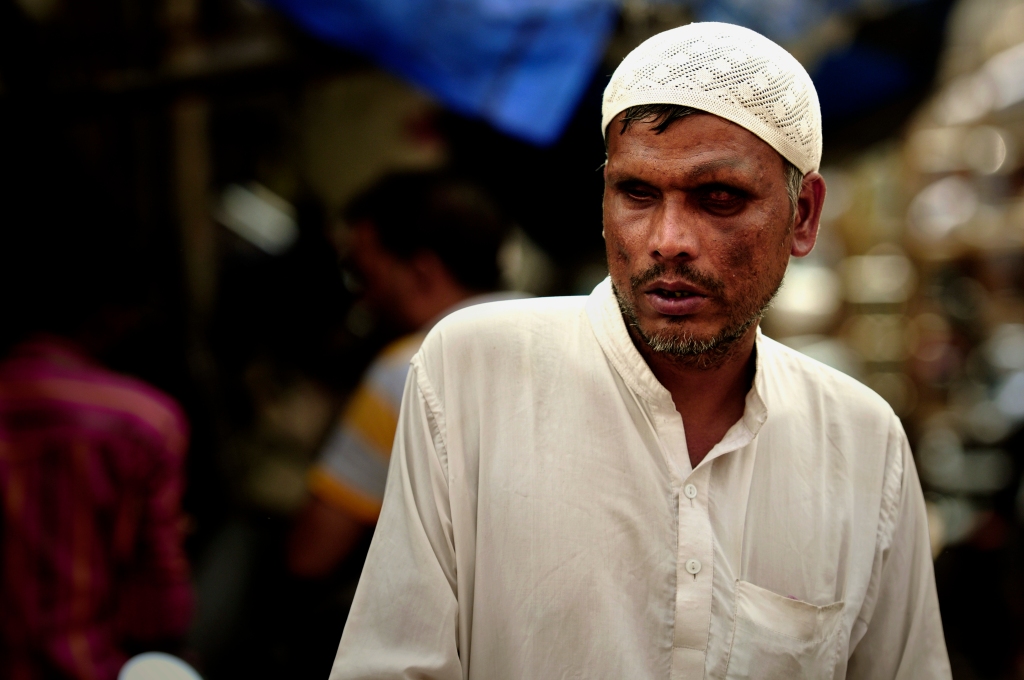
Photograph by Kristian Bertel, Your Shot –
Blind man in South Mumbai
In this picture a blind man is singing in the street in the southern part of Mumbai, India. The term blindness is used for complete or nearly complete vision loss. Visual impairment may cause people difficulties with normal daily activities such as driving, reading, socializing and walking. »
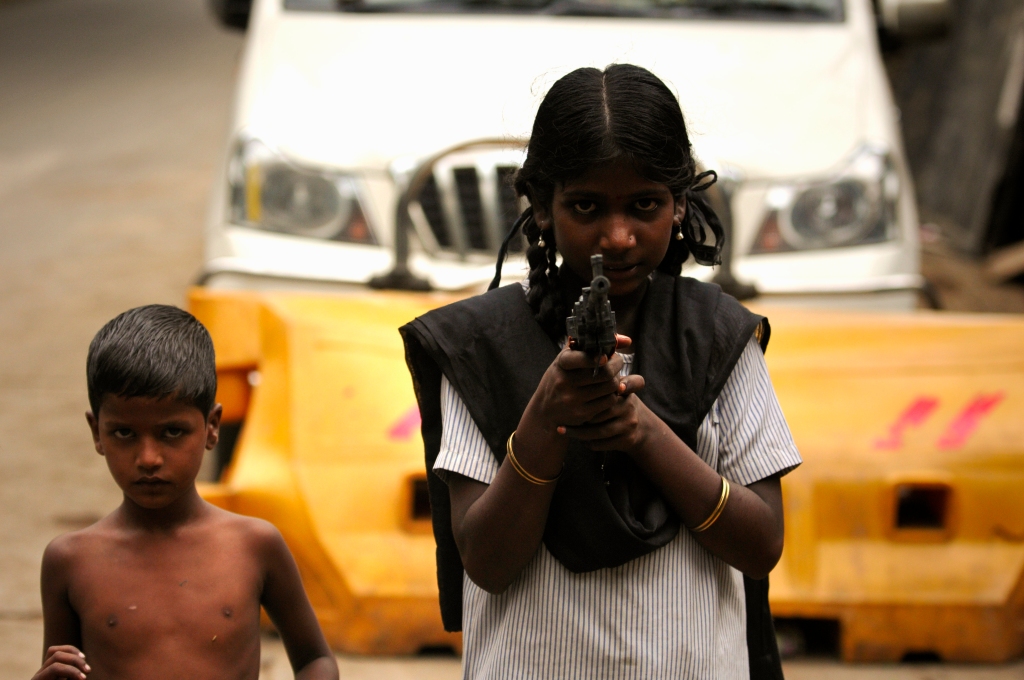
Photograph by Kristian Bertel, Your Shot –
Toy gun girl, India
An Indian girl is pointing a toy gun In the Byculla area of Mumbai, India. A toy is an item that is generally used for children’s play. Playing with toys is supposed to be an enjoyable means of training young children for life in society. Different materials like wood, clay, paper, and plastic are used to make toys. »
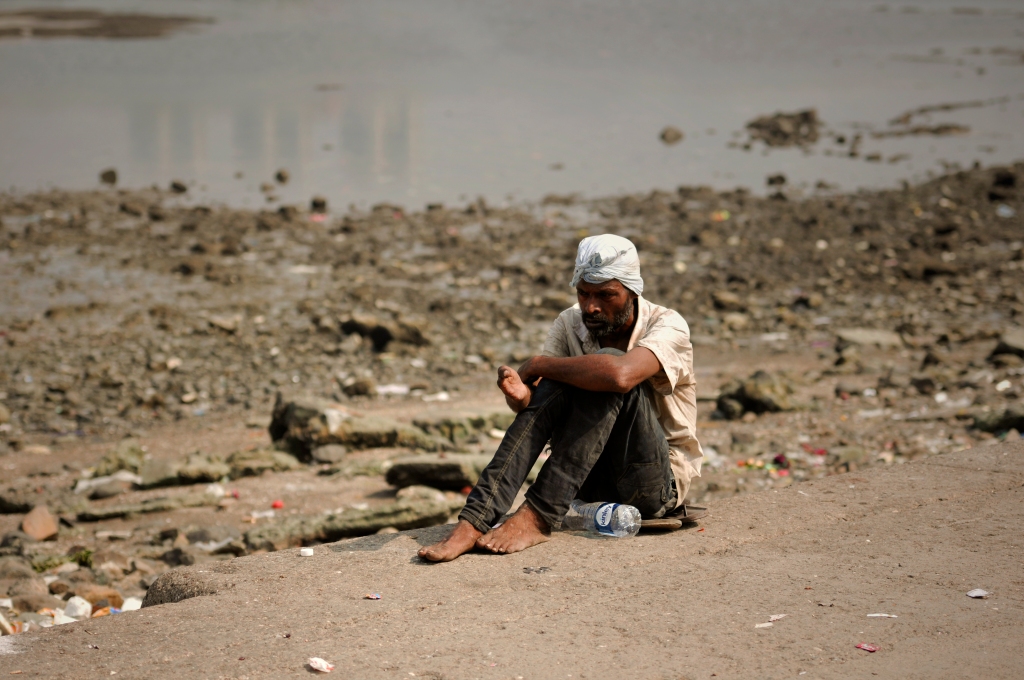
Photograph by Kristian Bertel, Your Shot –
Sick Street, India
On location at the “Sick Street” in Mumbai the photographer observed and took this photo of one of the sick. The word suffering is sometimes used in the narrow sense of physical pain, but more often it refers to mental pain, or more often yet to pain in the broad sense to any unpleasant feeling, emotion or sensation. The word pain usually refers to physical pain, but it is also a common synonym of suffering. The words pain and suffering are often used both together in different ways. »
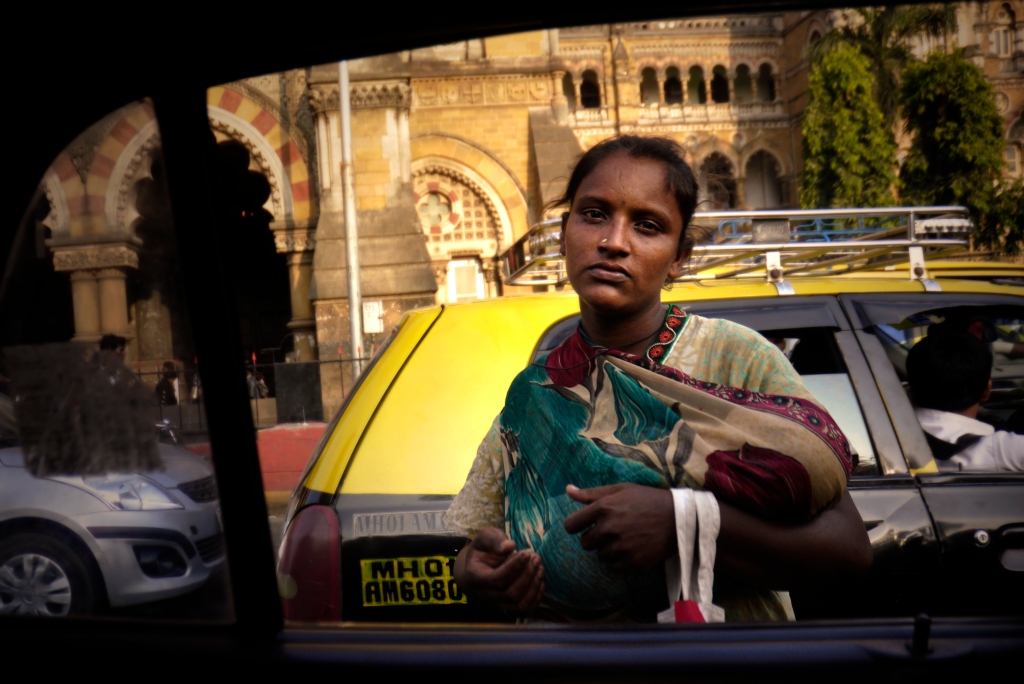
Photograph by Kristian Bertel, Your Shot –
Mahapalika Marg beggar
Beggary is an age old social phenomenon in India that was photographed in Mumbai at the Mahapalika Marg near the red traffic red light. This woman was a approaching the car window, which is a common sight in India. In the medieval and earlier times begging was considered to be an acceptable occupation which was embraced within the traditional social structure. This system of begging and alms-giving to mendicants and the poor is still widely practiced in India with over 400,000 beggars. »
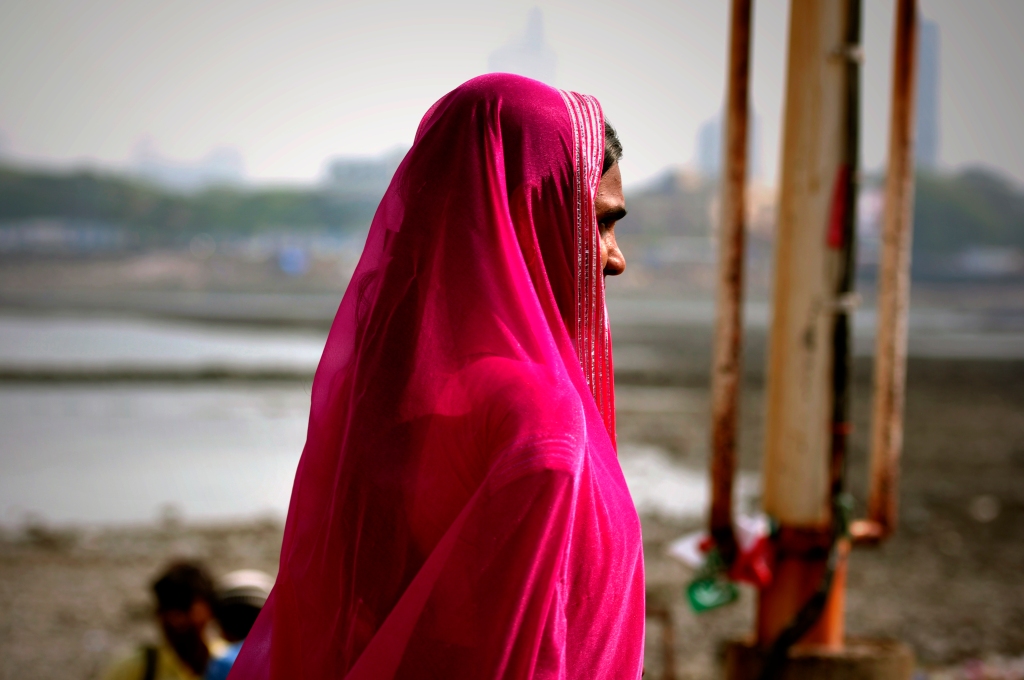
Photograph by Kristian Bertel, Your Shot –
Sari, India
In this photo an Indian woman is wearing a pink sari in Mumbai, India. There are more than 80 recorded ways to wear a sari. The most common style is for the sari to be wrapped around the waist, with the loose end of the drape to be worn over the shoulder, baring the midriff. However, the sari can be draped in several different styles, though some styles do require a sari of a particular length or form. »
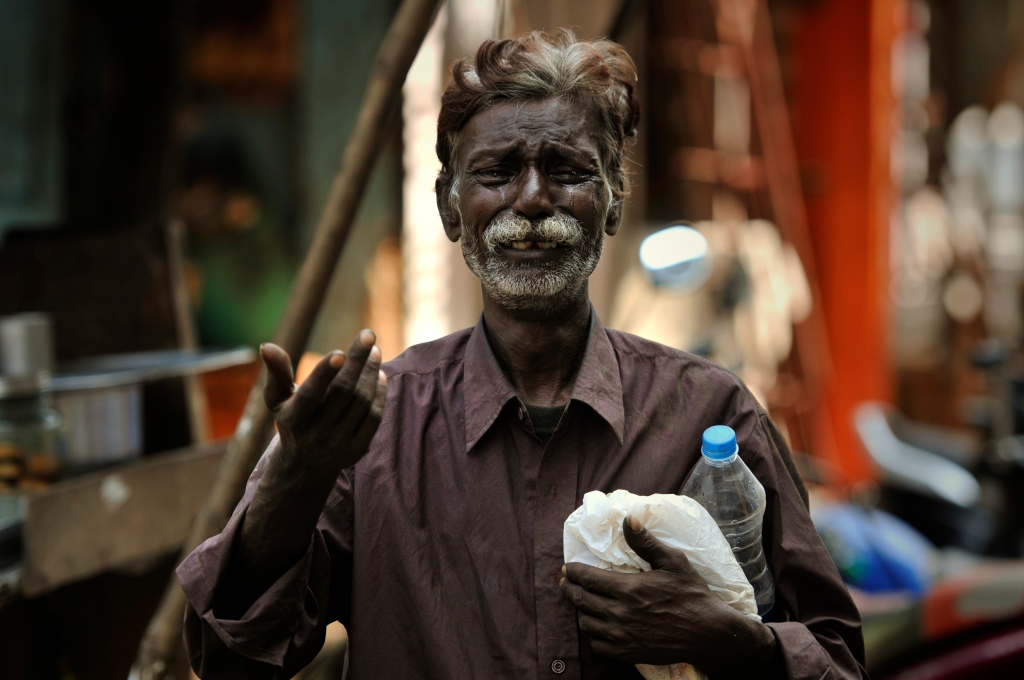
Photograph by Kristian Bertel, Your Shot –
Sad and crying man, India
This street portrait was taken in the in Mahalakshmi area of Mumbai, India. Sadness is an emotional pain associated with, or characterized by, feelings of disadvantage, loss, despair, grief, helplessness, disappointment and sorrow. An individual experiencing sadness may become quiet or lethargic, and withdraw themselves from others. An example of severe sadness is depression. Crying is often an indication of sadness. »
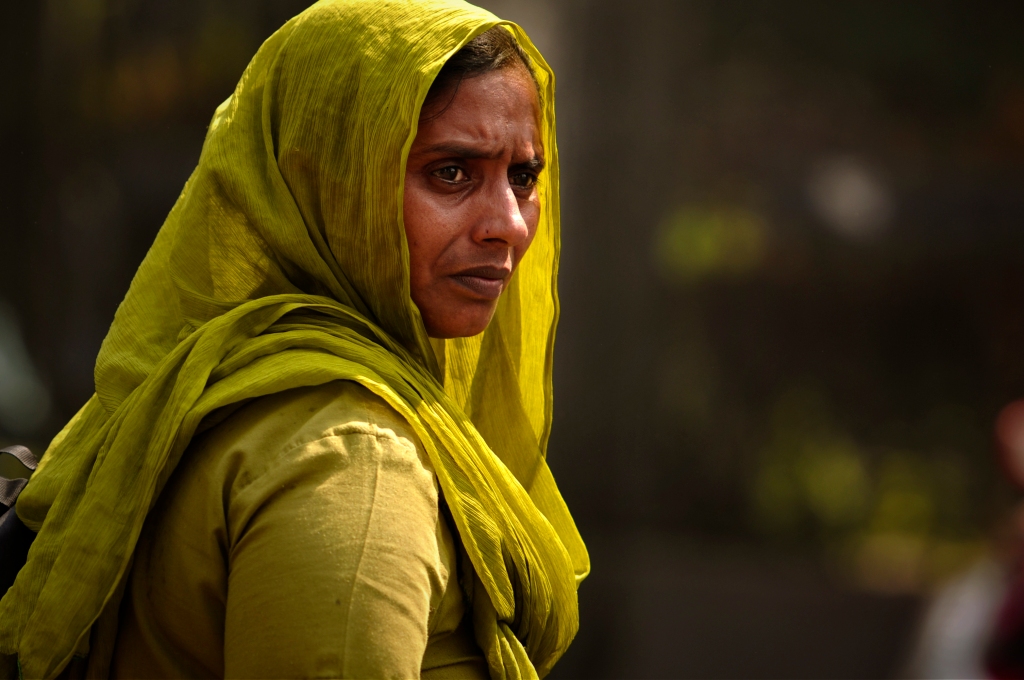
Photograph by Kristian Bertel, Your Shot –
Indian woman at Saat Rasta
The way that we see other people express their emotions or feelings determines how we respond, also in this photograph of an Indian woman at Saat Rasta, a place in Mumbai, India. The way an individual responds to a situation is based on feeling rules. If an individual is uninformed about a situation the way they respond would be in a completely different demeanor than if they were informed about a situation. »
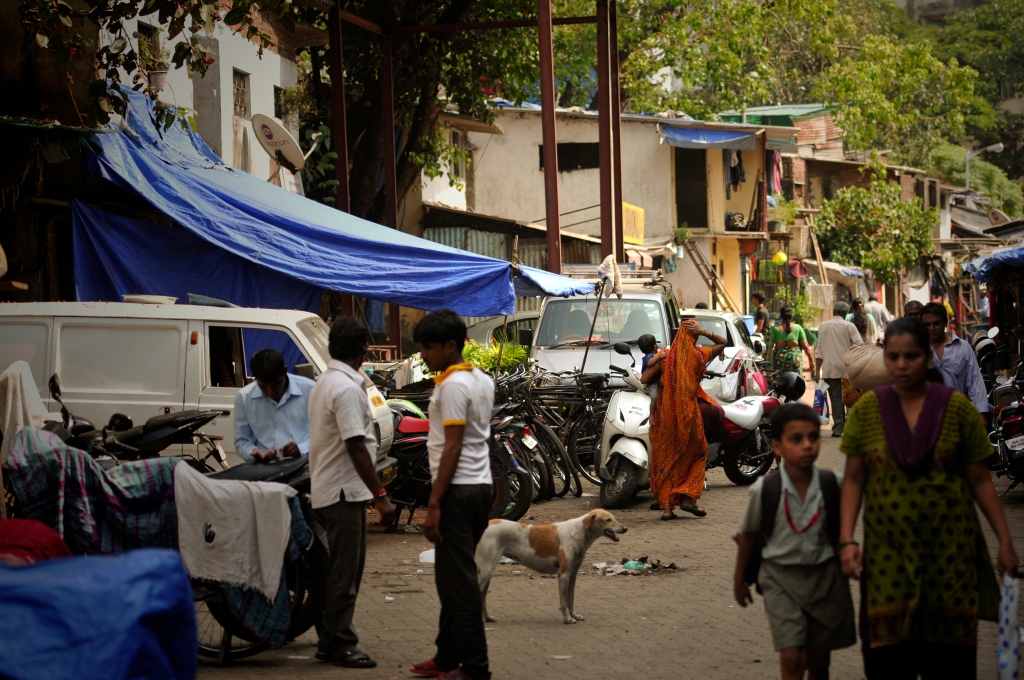
Photograph by Kristian Bertel, Your Shot –
G Babu Sakpal Marg, India
In the photograph from a location in Mumbai this street scene was taken by the photographer. A street is a public thoroughfare usually paved in a built environment. It is a public parcel of land adjoining buildings in an urban context, on which people may freely assemble, interact, and move about. A street can be as simple as a level patch of dirt. »
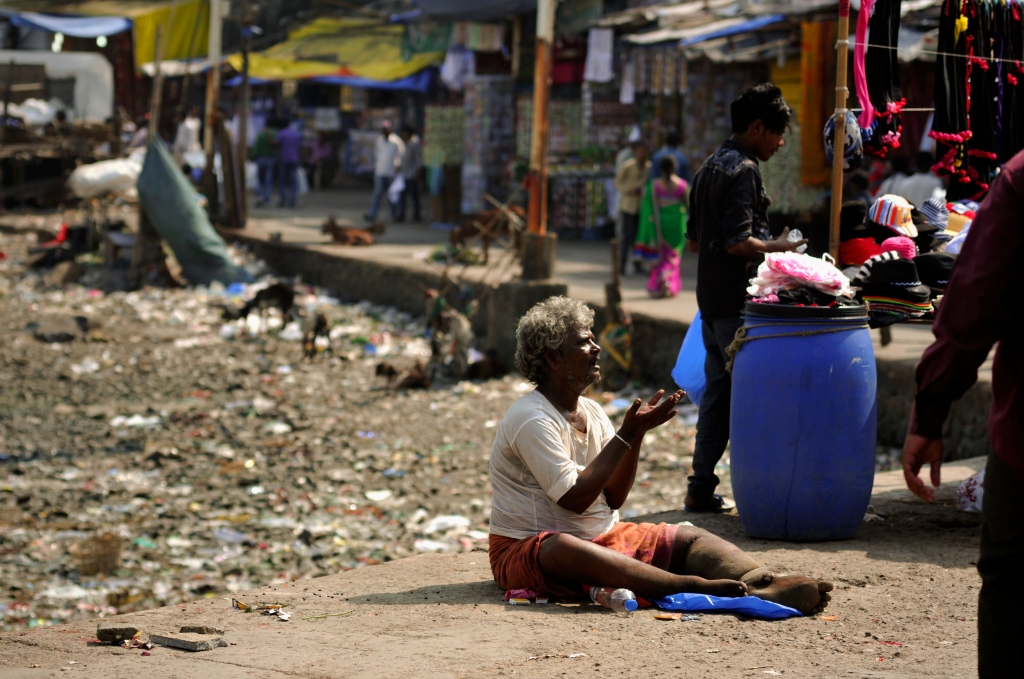
Photograph by Kristian Bertel, Your Shot –
Dargah Rd, India
At the Dargah Rd in Mumbai the photographer took this photograph from a distance. Many people here are suffering and it is occurs in the lives of sentient beings in numerous manners, and often dramatically. As a result, many fields of human activity are concerned with some aspects of suffering. These aspects may include the nature of suffering, its processes, its origin and causes, its meaning and significance, its related personal, social, and cultural behaviors. »

Photograph by Kristian Bertel, Your Shot –
Beggar in Mahalaxmi West
Picturing an Indian beggar in Mumbai, India. In contemporary India, beggars are often stigmatized as undeserving. People often believe that beggars are not destitute and instead call them professional beggars. »
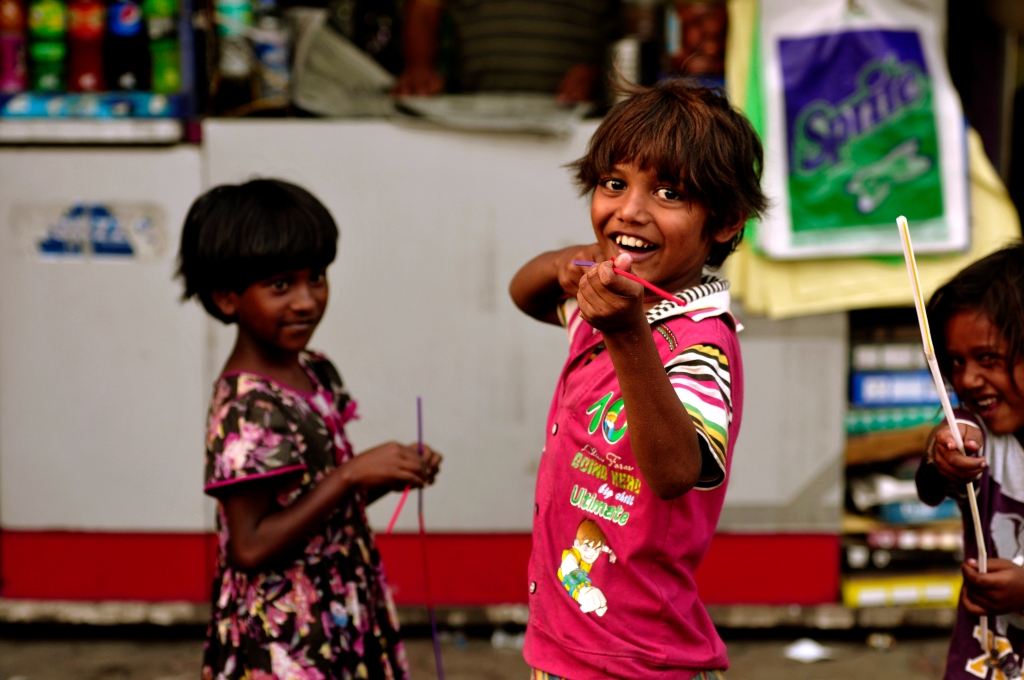
Photograph by Kristian Bertel, Your Shot –
Cheerful children in India
A group of happy and cheerful children were photographed in downtown Mumbai in this photograph by the photographer. I usually recommend taking more shots since there will always be off moments to each person. Taking more photos will give you a better opportunity to capture that perfect group shot. Also, you can try to include the environment into the group portrait to create a more complete picture that helps to tell a story. You can also involve with your subjects as well, whether you are just interacting with them, working in a more candid format or being more playful in the process instead of hust taking the photograph from a distance. »
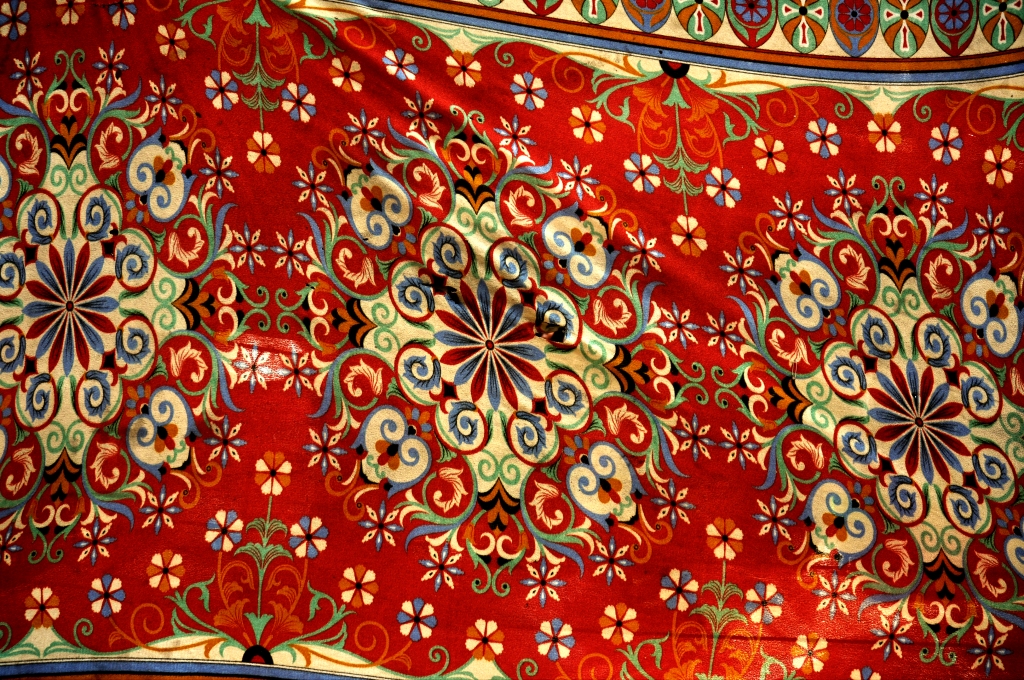
Photograph by Kristian Bertel, Your Shot –
Colored Indian carpet
This photo of an Indian carpet was taken in the city of Nashik in Maharasthra, India. Indian carpets are known for their high density of knotting. Hand-knotted carpets are a speciality and widely in demand in the West. The carpet industry in India has been successful in establishing social business models that help underprivileged sections of the society. Carpets in India can be made in any color by using differently dyed fibers. Carpets can have many different types of patterns and motifs used to decorate the surface. »
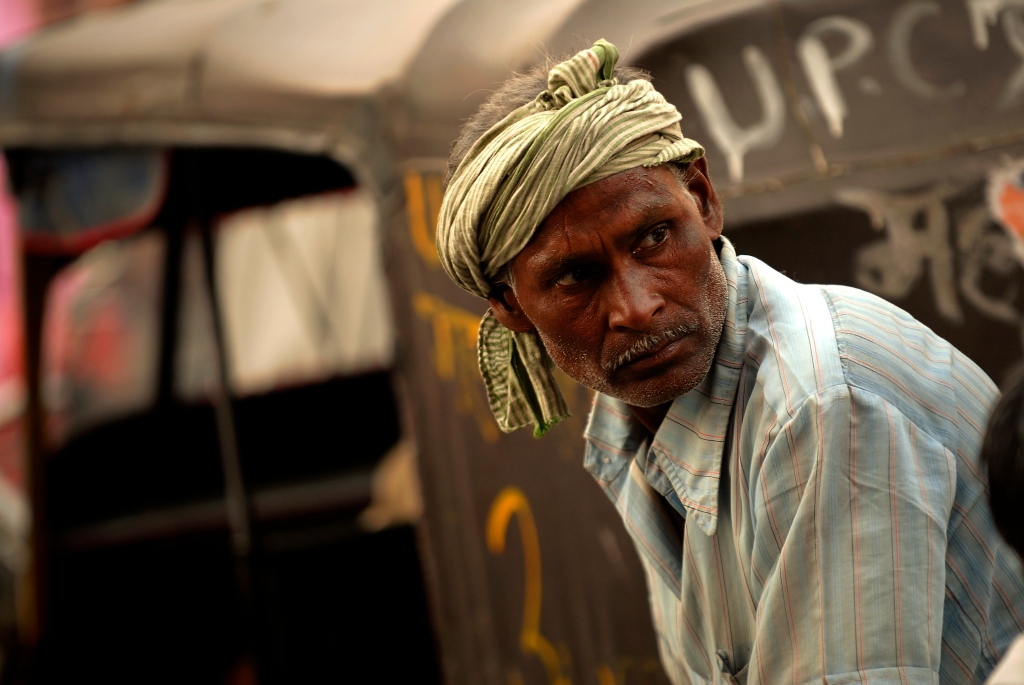
Photograph by Kristian Bertel, Your Shot –
Rickshaw wallah, India
An Indian rickshaw wallah is photographed in the busy streets of Varanasi, India in this photo. The north Indian city of Varanasi, or Benares, is regarded as sacred by Hindus, Buddhists and Jains. Situated in the fertile Ganga valley and on the banks of the Ganges, Varanasi is a place of pilgrimage for Hindus, who come to bathe in the holy river. Known as the City of Temples and a beacon of culture, Varanasi has produced many renowned writers. It is also a center of silk weaving, so practice haggling at the chaotic bazaar for some beautiful souvenirs. Rickshaws are the best way to get about. Varanasi is well-connected by air, rail and road. One of the major factors in Varanasi’s is its access to all parts of the country. Within the city mobility is provided by taxis, rickshaws, cycle rickshaws and three wheelers but with certain restrictions in the old town area of the city. »
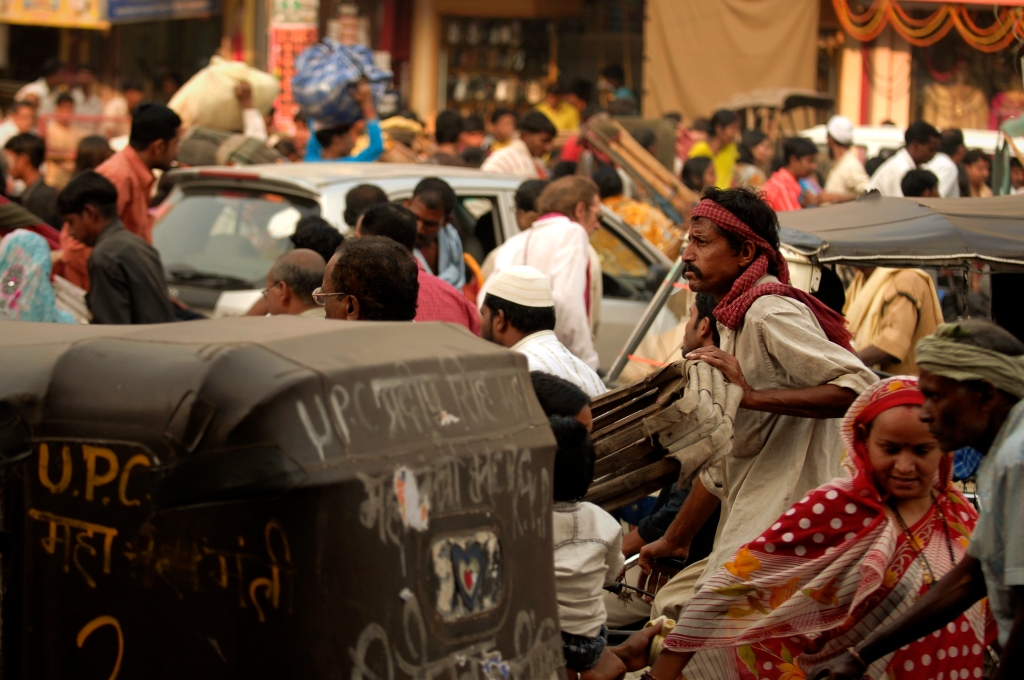
Photograph by Kristian Bertel, Your Shot –
Cycle rickshaws in Varanasi
This photograph of cycle rickshaws was taken in a busy street in Varanasi. The cycle rickshaw is a small-scale local means of transport, it is also known by a variety of other names such as bike taxi, velotaxi, pedicab, bikecab, cyclo, beca, becak, trisikad, or trishaw.As opposed to rickshaws pulled by a person on foot, cycle rickshaws are human-powered by pedaling. Another type of rickshaw is the auto rickshaw. They are a type of tricycle designed to carry passengers on a for hire basis. Cycle rickshaws are widely used in major cities around the world, but most commonly in cities of South, Southeast and East Asia. »

Photograph by Kristian Bertel, Your Shot –
Jaipuri, India
In this portrait we see a Jaipuri an inhabitant of Jaipur in Rajasthan, India. Jaipur is a land with vibrant culture and a thousand-year-old heritage. The people of Jaipur primarily speak Hindi in the Rajasthani accent. However, there are deviations according to various regions. The people of Jaipur are called as Jaipuris in the eastern part of Rajasthan and their culture epitomizes the very essence that the state of Rajasthan stands for royalty, chivalry, legacy, history, festivals and colors. The brown-skinned desert people are quite affable and win the hearts of the tourists with their sweet smiles and warm and cordial hospitality during any hour of need. »
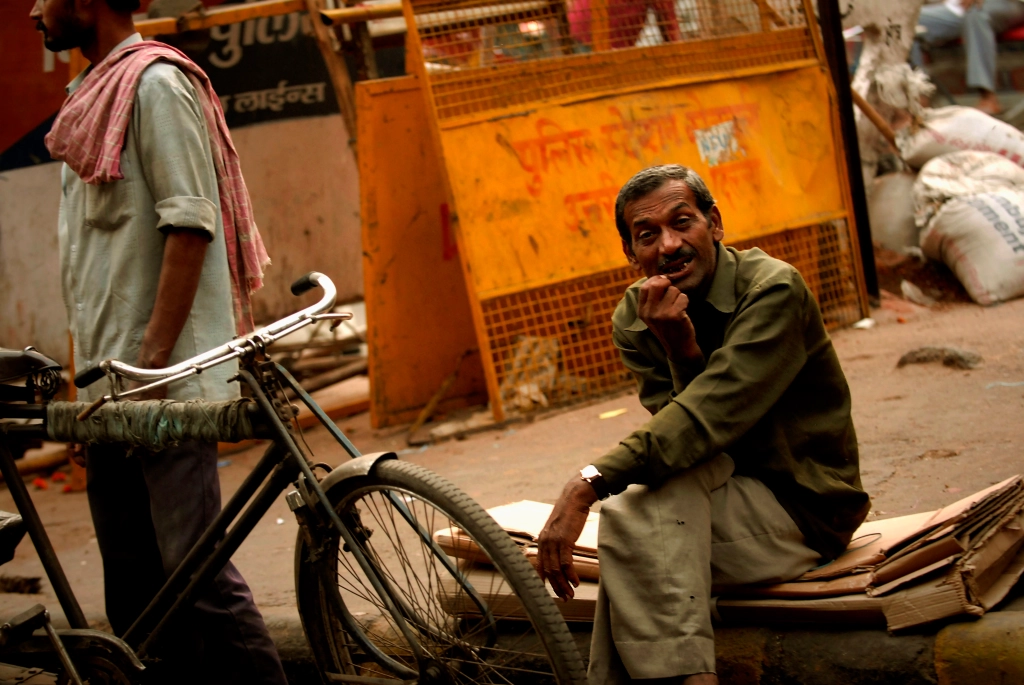
Photograph by Kristian Bertel, Your Shot –
Delhi city life
Delhi, the capital city of India, strikingly evokes the ancient past while at the same time showcases India’s modern future. However, it is likely that you will be shocked by the lack of sanitation and the amount of dirt and garbage lying around in India. As far as Indians are concerned, the most important thing is to keep their houses clean. So as long as the garbage is not in their house, they are not bothered. They are content knowing that someone else will usually come and clean it up. Most things get recycled in India, and picking through trash is one way that the poor people make money. »
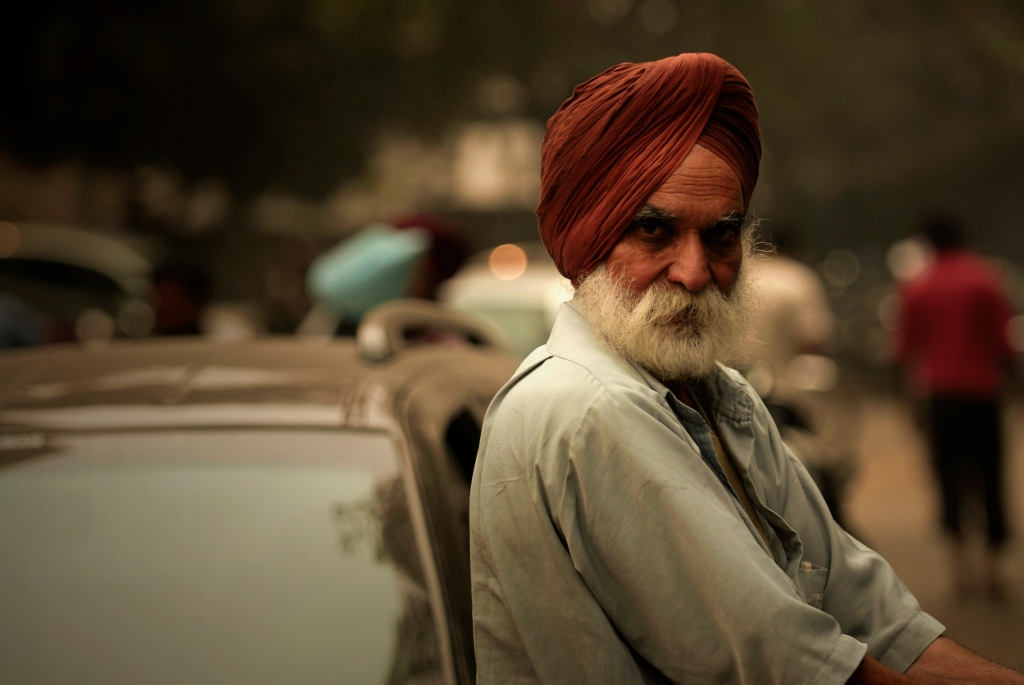
Photograph by Kristian Bertel, Your Shot –
Cab driver in Delhi, India
Portrait of a Sikh in Delhi India. Transport in Delhi has undergone significant development in recent years to become the best in India. Visitors can look forward to air conditioned trains and buses, computerized tickets, and dial-a-cab services. The usual cabs and auto rickshaws are available as well. However, auto rickshaw drivers will rarely put their meters on, so it is a good idea to have an idea of the correct fare for the place you want to go to and agree on it with the driver beforehand. »

Photograph by Kristian Bertel, Your Shot –
Indian road
Chaos is the word that best describes Indian roads. A trip in a taxi can be a hair-raising experience, let alone trying to cross a road as a pedestrian. There is a system in place whereby smaller vehicles usually give way to larger vehicles, and the largest vehicles rule the road. Drivers weave all over the road, and overtake from both sides. To actually cross a road, you will have to brace yourself to walk out in front of oncoming traffic. However, do not be too concerned as drivers are used to this and will stop. The best thing to do is go with the flow and follow everyone else who is crossing the road at the same time. The roads themselves are in various states of repair. Unsealed roads, roads full of holes, and partially dug up roads are common. »
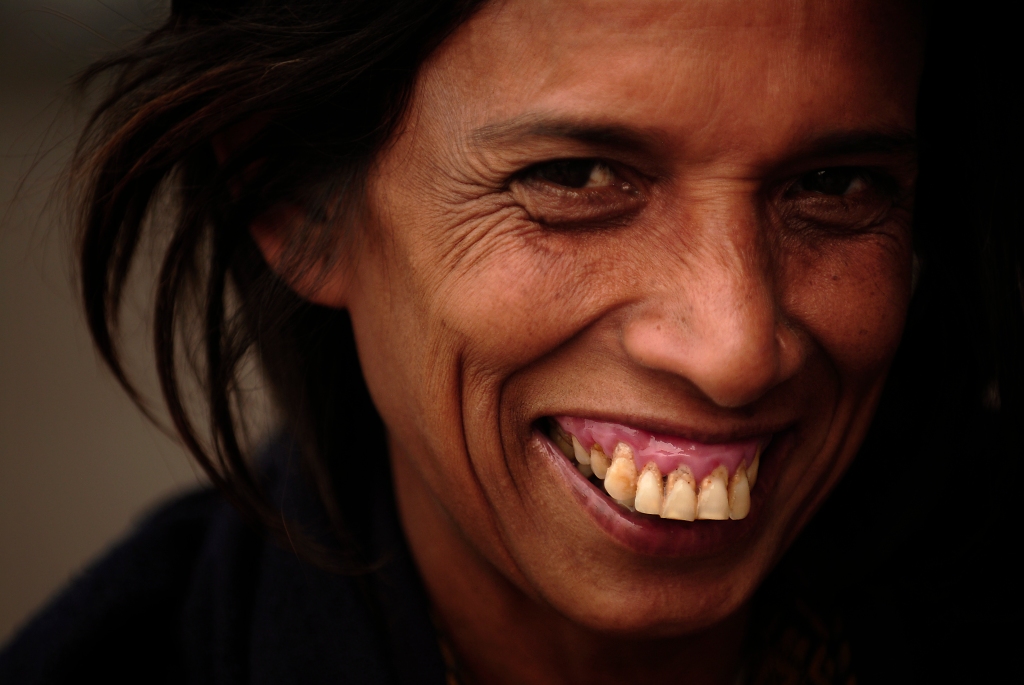
Photograph by Kristian Bertel, Your Shot –
Indian woman in New Delhi
This woman portrait of an Indian woman was taken in New Delhi, India. Traditional Indian society is sometimes defined by social hierarchy. The Indian caste system embodies much of the social stratification and many of the social restrictions found in the Indian subcontinent. Social classes are defined by thousands of endogamous hereditary groups, often termed as jatis, or castes. India declared untouchability to be illegal in 1947 and has since enacted other anti-discriminatory laws and social welfare initiatives. At the workplace in urban India and in international or leading Indian companies, the caste related identification has pretty much lost its importance. »
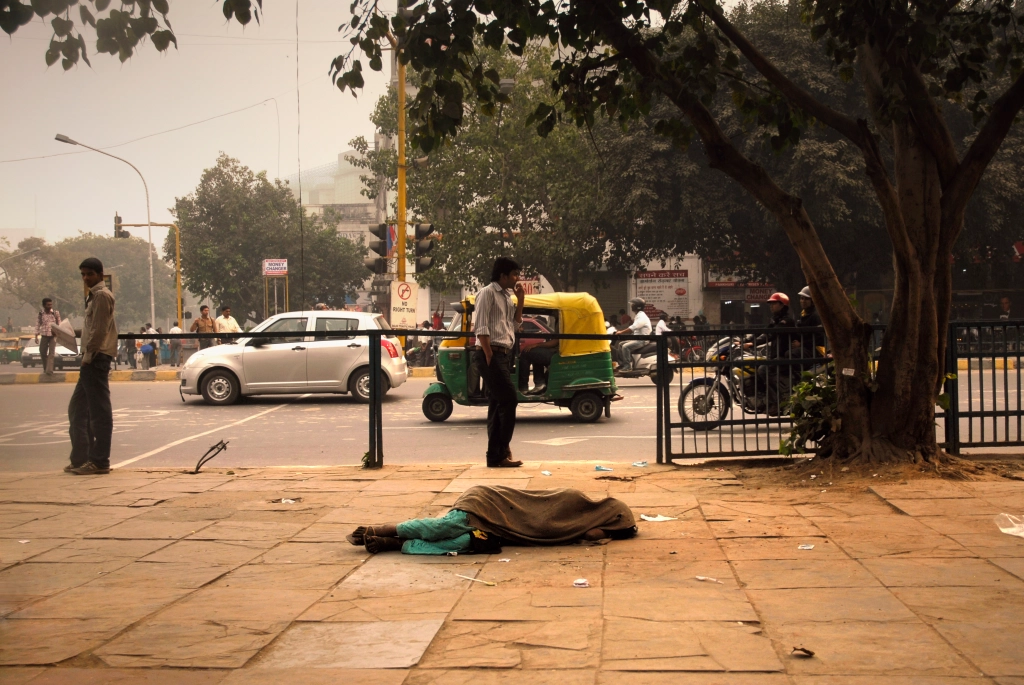
Photograph by Kristian Bertel, Your Shot –
Urban poverty, India
If you are coming to India for the first time, you are probably feeling a bit apprehensive, not knowing what to expect. This is completely understandable and is something that everyone who travels to India experiences. The glaring poverty and begging in India are the most confronting and hardest things to accept. The contrast between rich and poor is so obvious and you never really get used to it. On one side of the street you may see palatial apartments, while on the other side people live their lives in makeshift houses on the sidewalk. »
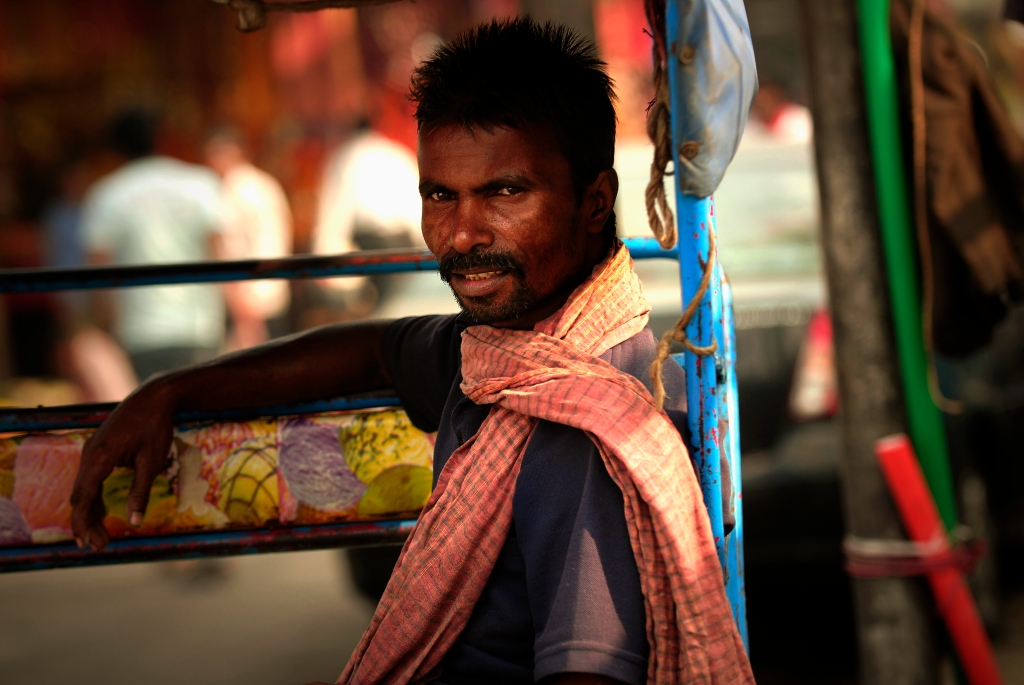
Photograph by Kristian Bertel, Your Shot –
Rickchaw driver, Delhi
As well as being India’s capital city, Delhi is also unfortunately the country’s crime capital. It is rated as the most unsafe city in India for women, and sexual harassment and molestation are common occurrences. Men can often be found lurking around tourist areas, and they greatly enjoy staring at, photographing and approaching foreigners. Therefore, very conservative standards of dress are recommended. Women should wear loose clothing that covers their shoulders and legs. A shawl that covers the breasts is also beneficial. Women should also take care not to be out alone at night. Where ever possible, try and travel with a male companion. »
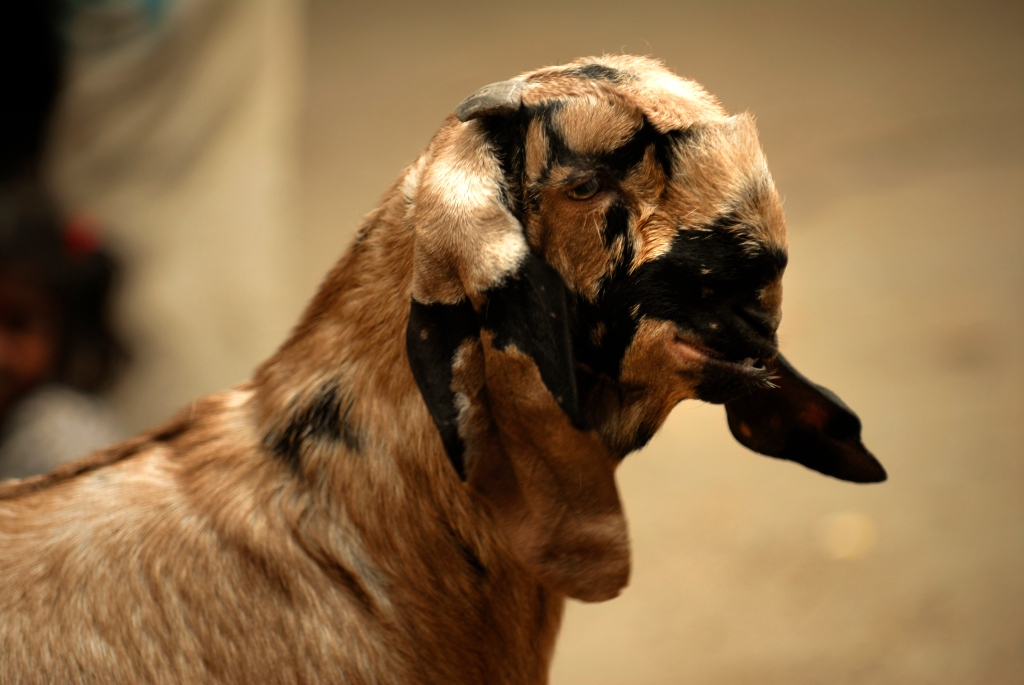
Photograph by Kristian Bertel, Your Shot –
Sirohi goat, India
The Sirohi goat is a compact, medium-sized breed native to the Sirohi district of Rajasthan located in western India. Sirohi goats have a predominantly brown coat, with light or dark brown patches. On occasion, the coat may be completely white in color. Most sirohi goats are wattled and have medium-sized flat leaf-like drooping ears. Sirohi goats are dual-purpose animals, being reared for both milk and meat. The animals are popular for their weight gain and lactation even under poor quality rearing conditions. The animals are resistant to major diseases and are easily adaptable to different climatic conditions. Though the main breeding tracts of Sirohi goats are situated in the Aravalli hills of Rajasthan, they are also widely distributed in several other Indian states. »
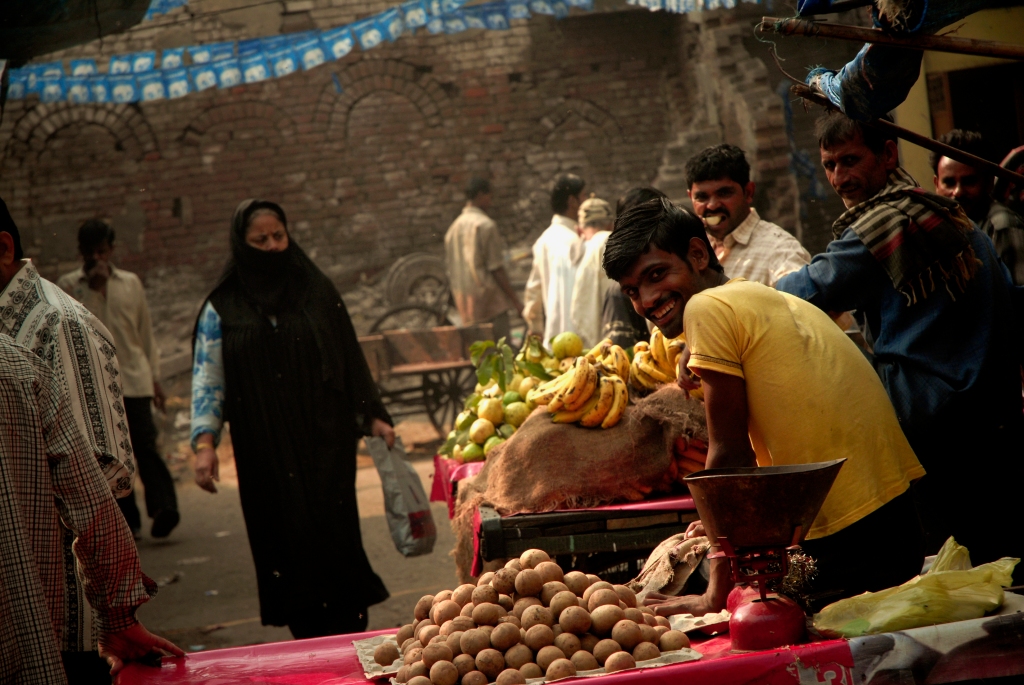
Photograph by Kristian Bertel, Your Shot –
Delhi street market, India
Delhi’s top attractions feature spellbinding mosques, forts, and monuments left over from the Mughal rulers that once occupied the city. Many of these are set in beautiful landscaped gardens that are perfect for relaxing. The contrast between rambling Old Delhi and well planned New Delhi is immense, and it is interesting to spend time exploring both. Whilst doing so, adventurous eaters should not miss sampling some delicious Delhi street food in Chandni Chowk. »
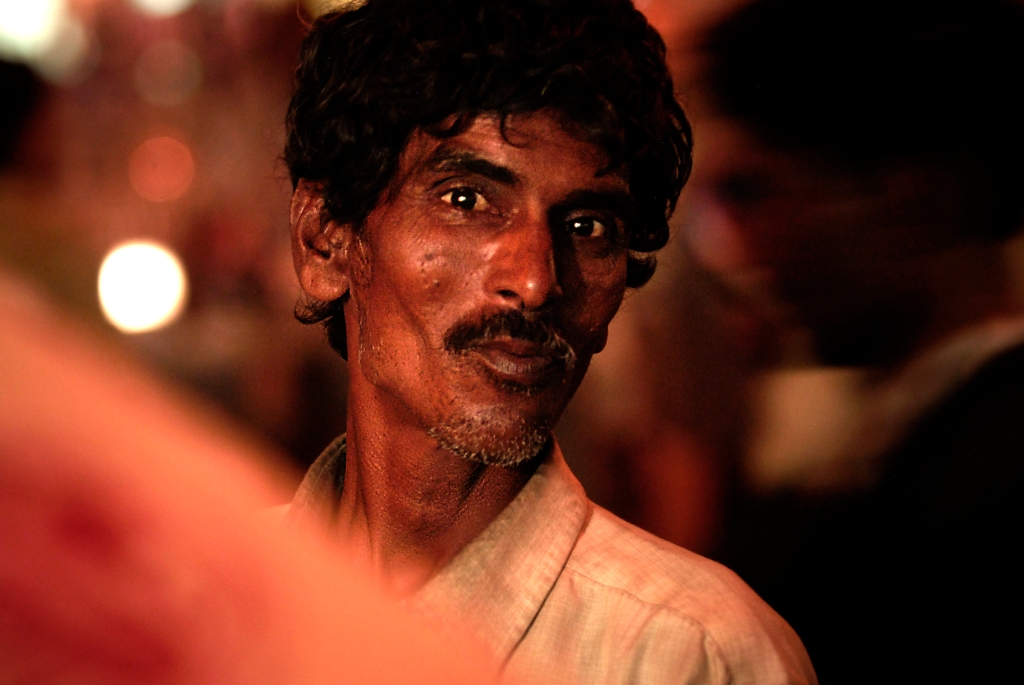
Photograph by Kristian Bertel, Your Shot –
Curious Indian man, India
Indian society is very close-knit, and personal space and privacy are foreign concepts to most people. However, Indians are warm hearted and curious people. The down side of this though is that they tend to stare and ask lots of questions, many of them personal in nature. It can be confronting if you do not expect it, but do not be afraid to ask the same questions in return. You will not cause offense. In fact, people will be happy that you have taken an interest in them. »
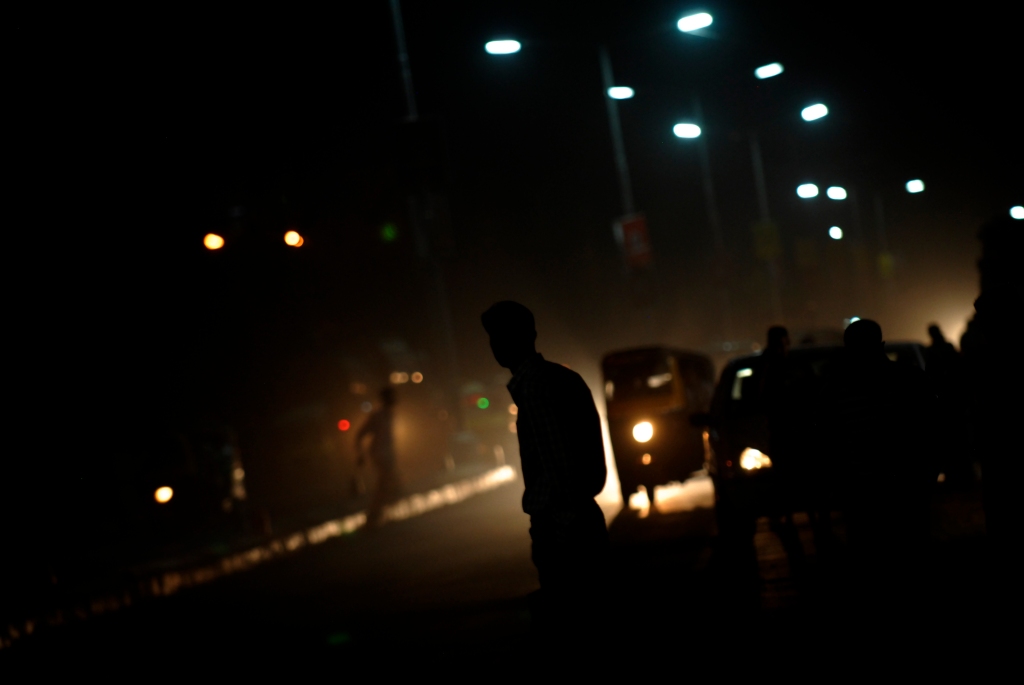
Photograph by Kristian Bertel, Your Shot –
Evening in India
India is not a quiet country and Indians love to use their horns when driving. They will honk when turning corners, when overtaking, and incessantly when there are vehicles in the way. The constant noise is one of the most draining things about being in India like this photograph taken in Bikaner, India. A state government in India once tried to implement a ‘No Honking Day’ but it met with shock and disbelief from many drivers. »
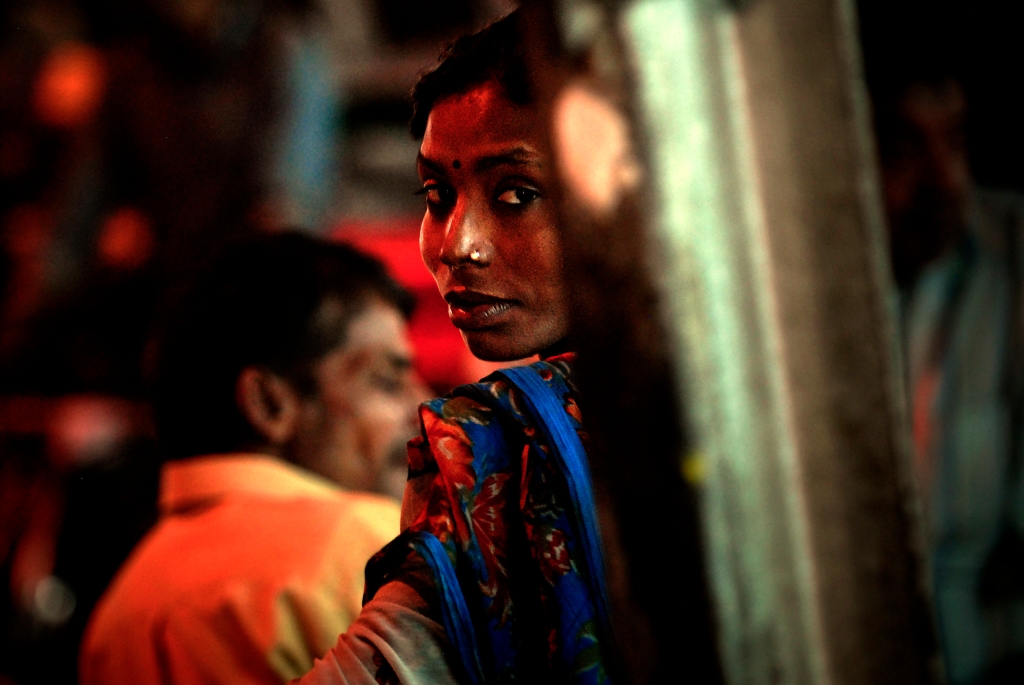
Photograph by Kristian Bertel, Your Shot –
Nighttime in Delhi
The great thing about India is that there is a photo opportunity around every corner, so keep your camera handy. The scenery is so stunning and foreign, and full of history, that every photo you take will be interesting. »

Photograph by Kristian Bertel, Your Shot –
Shiva, India
Shiva is one of the three major deities of Hinduism. He is worshiped as the supreme god within Shaivism, one of the three most influential denominations in contemporary Hinduism. The main iconographical attributes of Shiva are the third eye on his forehead, the snake Vasuki around his neck, the adorning crescent moon, the holy river Ganga flowing from his matted hair, the trishula as his weapon and the damaru as his musical instrument. Shiva is usually worshiped in the aniconic form of Lingam. The worship of Shiva is a pan-Hindu tradition, practiced widely across all of India and is here photographed in Varanasi in Uttar Pradesh, India. »
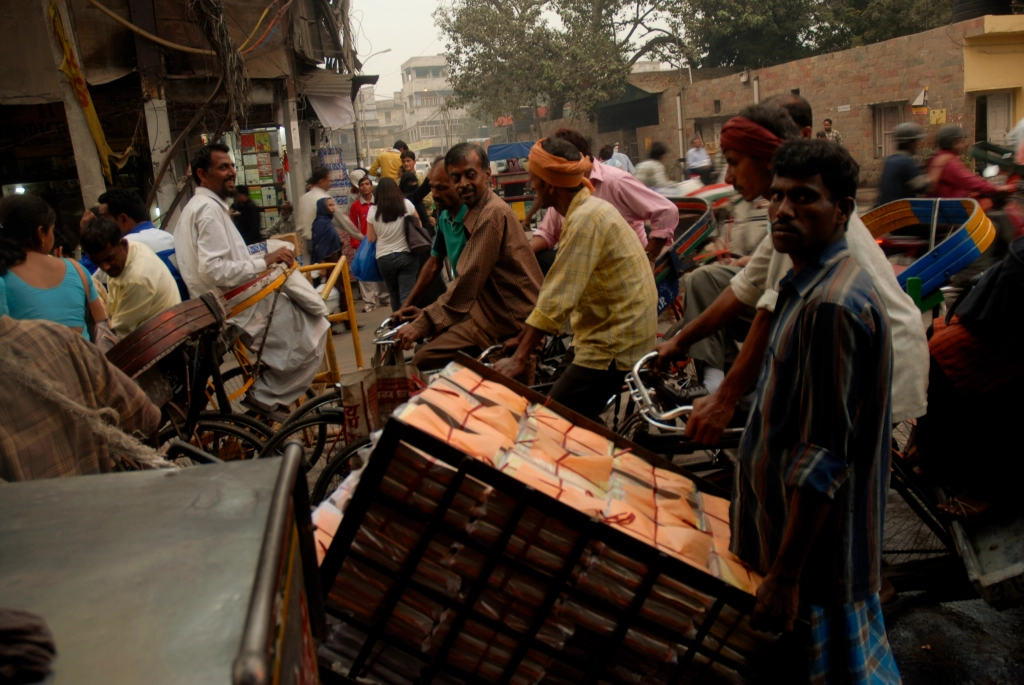
Photograph by Kristian Bertel, Your Shot –
Chaos in Delhi, India
Delhi, the capital city of India, is where many people start out on their trip. It is divided into two parts, the crumbling old city of Old Delhi, and the orderly and well planned New Delhi, which exist side by side, but feel like they are worlds apart. It is worth spending a few days exploring the city’s ancient mosques, forts, and monuments left over from the Mughal rulers that once occupied the city. »
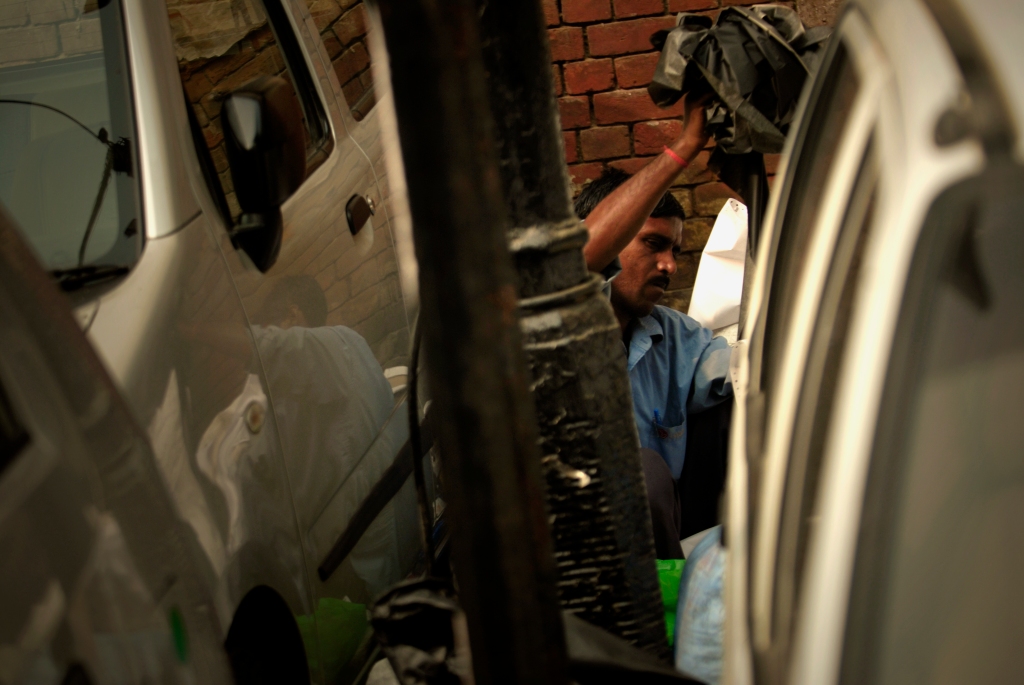
Photograph by Kristian Bertel, Your Shot –
Working culture, India
In this photo an Indian man is working in the street. Unskilled workers are paid very low in spite of hard work they put daily and the problem lies with the unorganized sector as owners do not bother the way their workers live and the amount they earn. Their area of concern is just cost-cutting and more profit. Because of the number of workers looking for a job is higher than the jobs available, unskilled workers have no other option but to work for less money. »
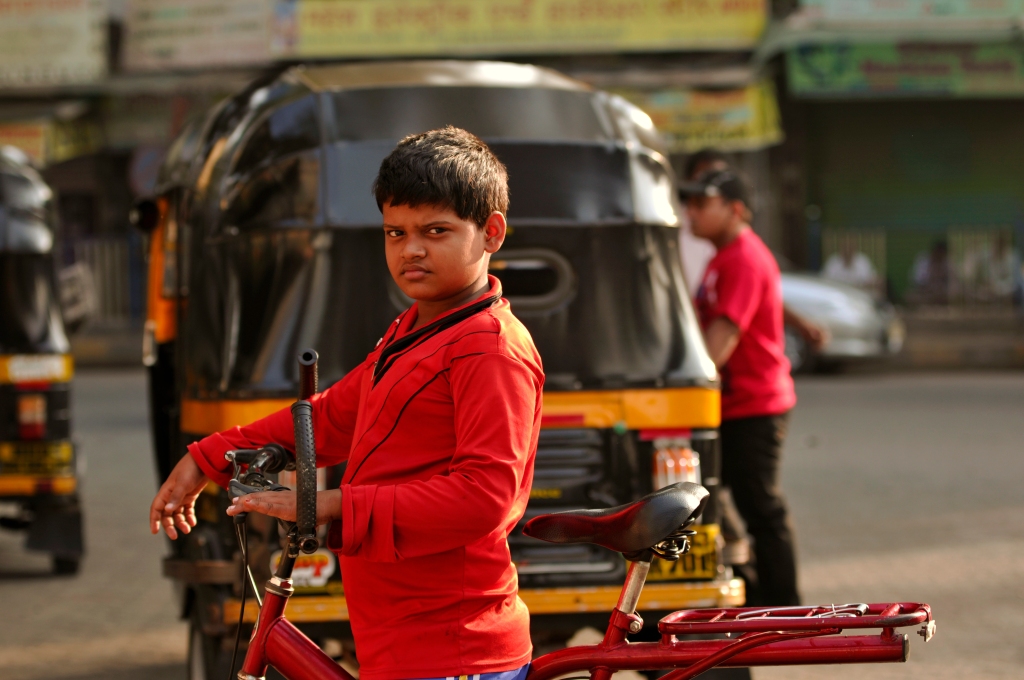
Photograph by Kristian Bertel, Your Shot –
Gamdevi boy, India
An Indian boy is photographed with a bycycle in the Gamdevi area of Mumbai, India. Bicycle riding is fast becoming popular in the metro cities of India. Today, government development authorities all over India encourage the setup and use of separate bicycle lanes alongside the roads to combat pollution and ease traffic congestion. »
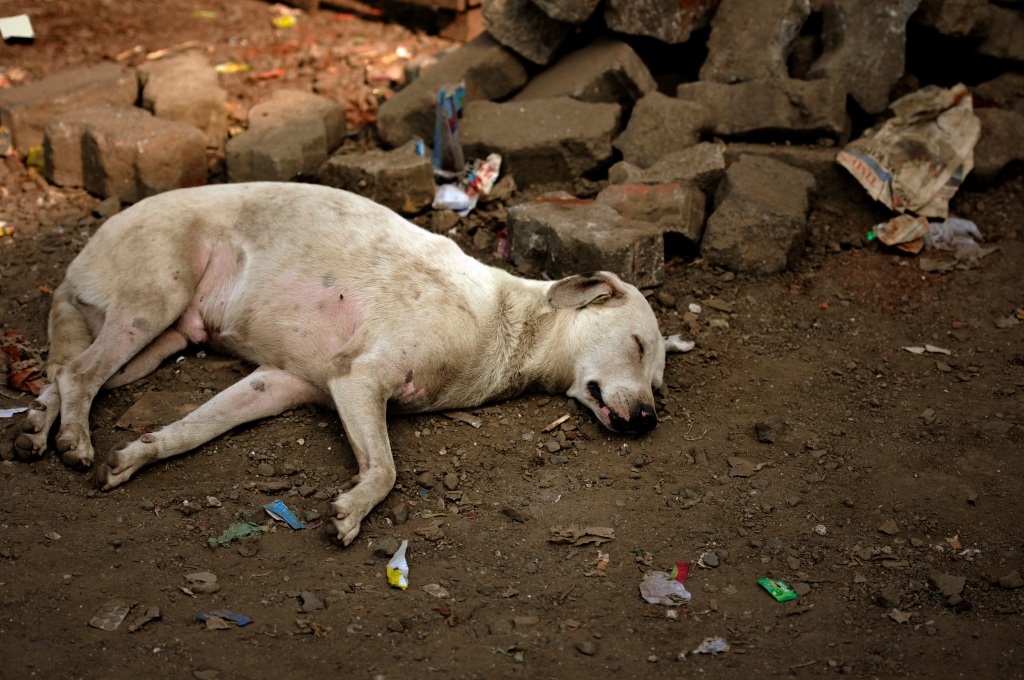
Photograph by Kristian Bertel, Your Shot –
Street dog in Mumbai, India
In India, the local landrace, known as the Indian pariah dog, has been estimated to have existed for perhaps fourteen thousand years or more. Part of the urban population consists of mongrels or mix-breeds–descended from pure-breed dogs that have been allowed to interbreed with pariahs. Urban India has two features which create and sustain street dog populations. Large amounts of exposed animal carcasses, which provide an abundant source of food, and a huge population of slum and street-dwellers whose way of life includes keeping the dogs as free-roaming pets. »
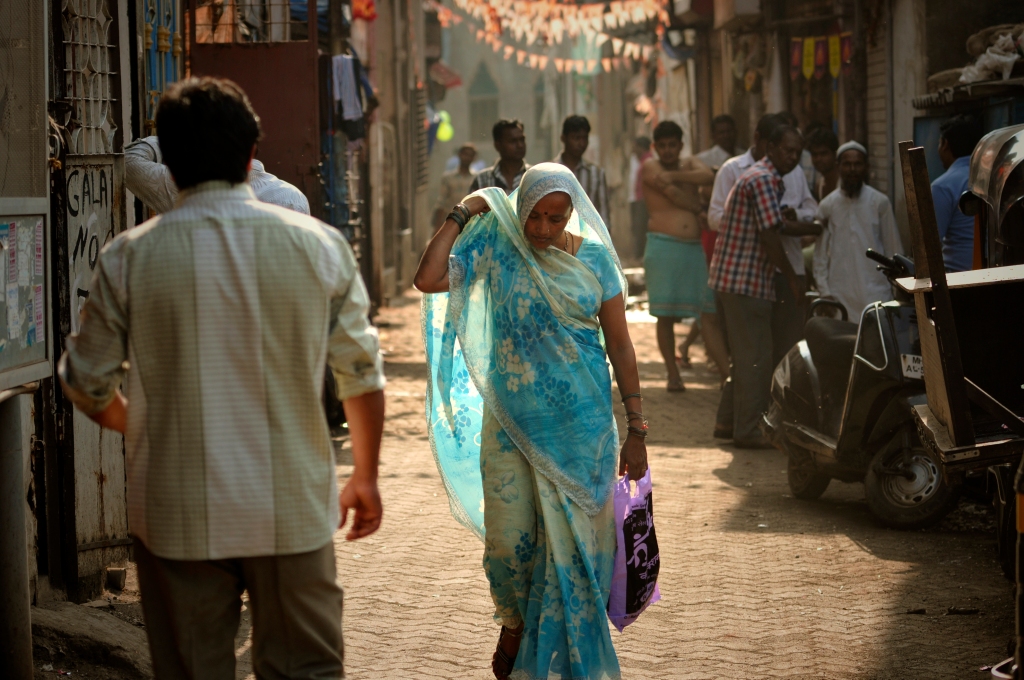
Photograph by Kristian Bertel, Your Shot –
Women’s Rights in India
In this photograph an Indian woman has been photographed in Mumbai, India. Women in India face myriad cultural challenges that impede social advancement. Discriminatory family codes, lack of education, and cultural stigmas are only a few examples. Heightened media attention given to such inequities has raised pressure on the government to not just reform the institutional treatment of women, but also raise the level of dialogue on the larger issue of women’s rights in a rapidly modernizing society. »
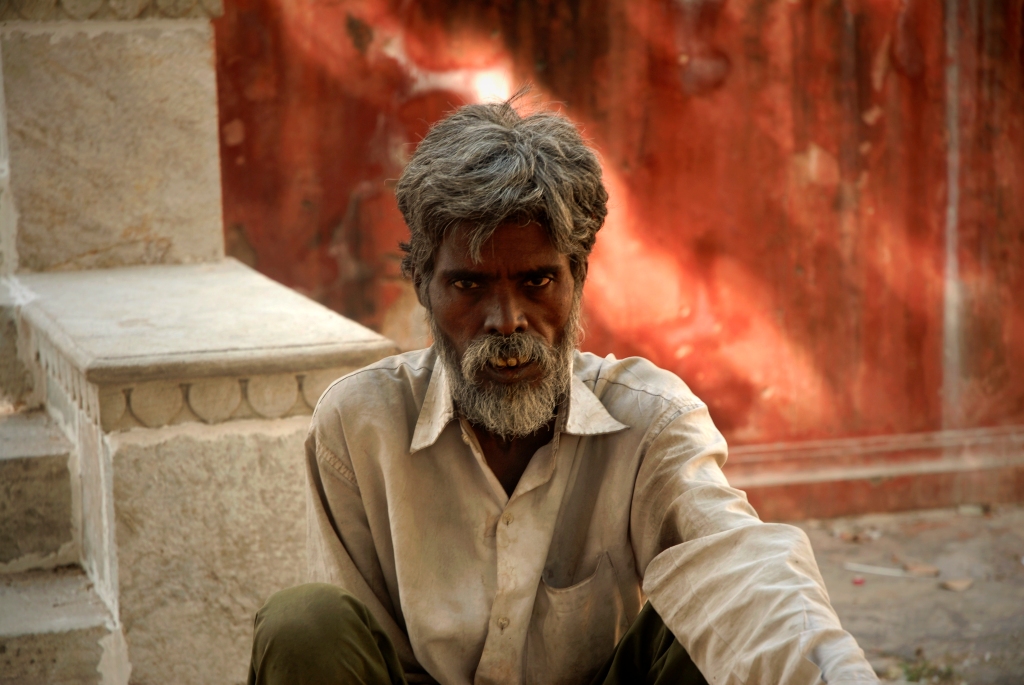
Photograph by Kristian Bertel, Your Shot –
Gatore Ki Chhatriyan in Jaipur, India
An Indian man is photographed at the Gatore Ki Chhatriyan in Jaipur, India, a place which was the royal crematorium for the majestic rulers of Rajasthan. This incredible place has a cenotaph for each of the more famous maharajas cremated there and they are all engraved with beautiful Rajasthani carvings. As a traveler in Jaipur, you need to pass through narrow roads and crowded city to reach this place. However, once you reach here you will find that this place does not attract much crowd and is calm and desolate. »
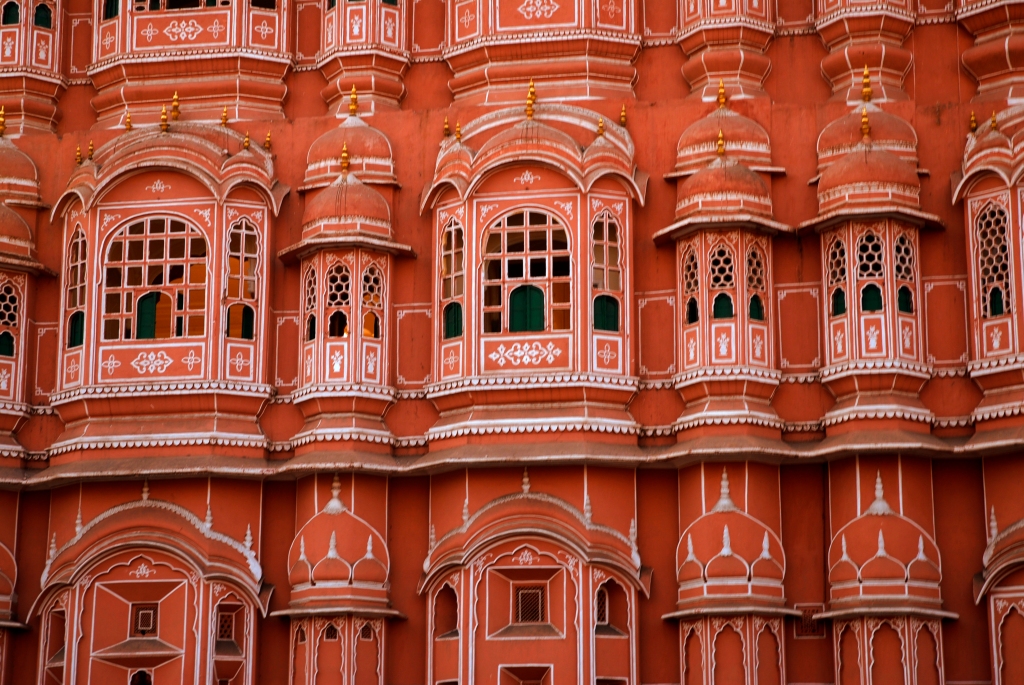
Photograph by Kristian Bertel, Your Shot –
Hawa Mahal in Jaipur, India
Hawa Mahal in Jaipur, India was built in 1799 by Maharaja Sawai Singh as part of City Palace, it was an extension of the Zenana, women’s chamber. Its purpose was to allow royal ladies to observe everyday life in the street below without being seen. It is a five storey high red sandstone structure complete with over 950 windows. The breeze or hawa in Hindi circulates through these windows, giving the palace its name. »
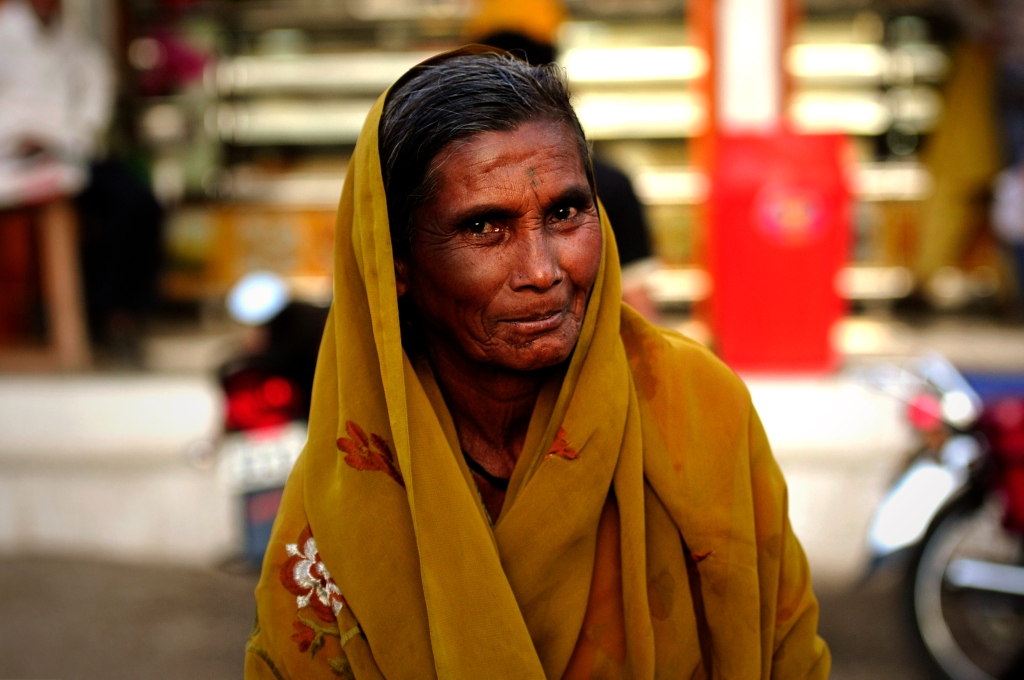
Photograph by Kristian Bertel, Your Shot –
Mukundwadi Main Rd, India
Portrait of an Indian woman taken near the Mukundwadi Main Rd in Aurangabad, India. In public and religious places, Indian dress etiquette discourages exposure of skin and wearing transparent or tight clothes. Most Indian clothes are made from cotton which is ideal for the region’s hot weather. »
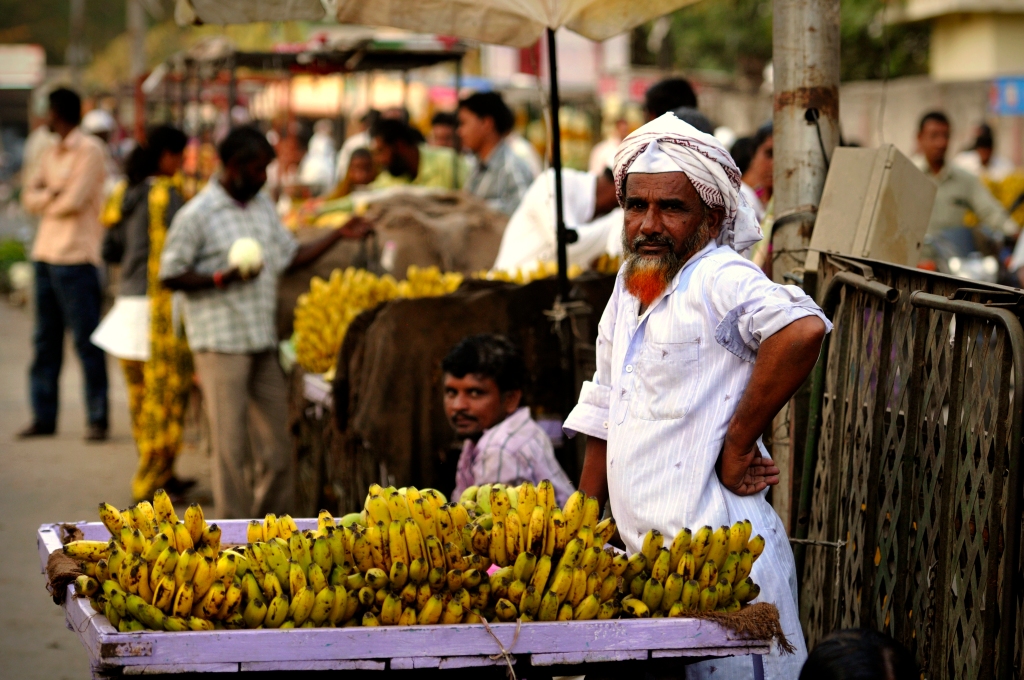
Photograph by Kristian Bertel, Your Shot –
Street market in Sanjay Nagar, India
This photo of a street market in Aurangabad, India where bananas are sold. Bananas are eaten deep fried, baked in their skin in a split bamboo, or steamed in glutinous rice wrapped in a banana leaf. Bananas can be made into jam. Banana pancakes are popular amongst backpackers and other travelers in South Asia and Southeast Asia. »
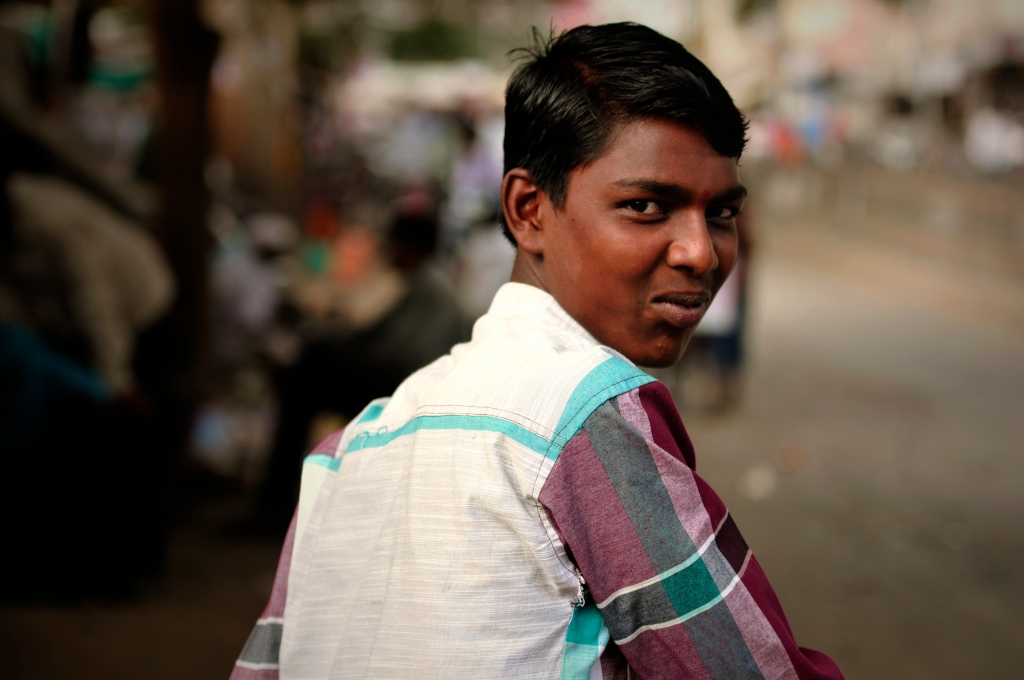
Photograph by Kristian Bertel, Your Shot –
Boy in Aurangabad, India
India is projected to be the world’s most populous nation in fifteen years. India’s population growth has raised concerns that it would lead to widespread unemployment and political instability. Note that these projections make assumptions about future fertility and death rates which may not turn out to be correct in the event. Fertility rates also vary from region to region, with some higher than the national average and some lower. »
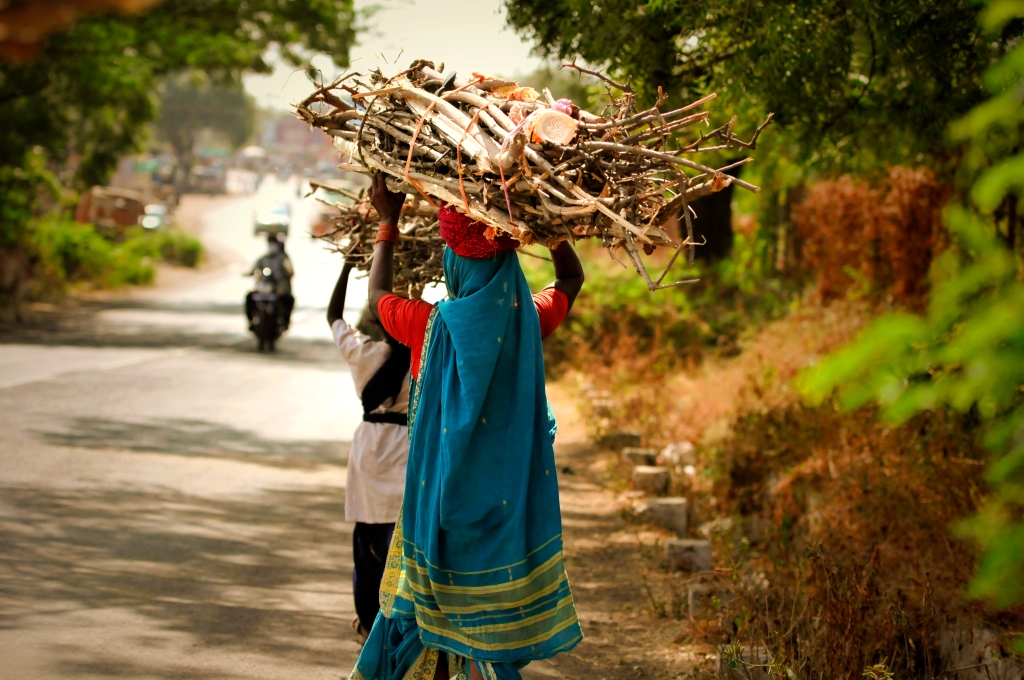
Photograph by Kristian Bertel, Your Shot –
Indian women walking at road
A couple of Indian women where photographed during their walk at the road in Maharashtra in India. The rural roads in India forms a substantial portion of the Indian road network. These roads are in poor shape, affecting the rural population’s quality of life and Indian farmer’s ability to transfer produce to market post-harvest. Over 30 percent of Indian farmer’s harvest spoils post-harvest because of the poor infrastructure. Many rural roads are of poor quality, potholed, and unable to withstand the loads of heavy farm equipment. »
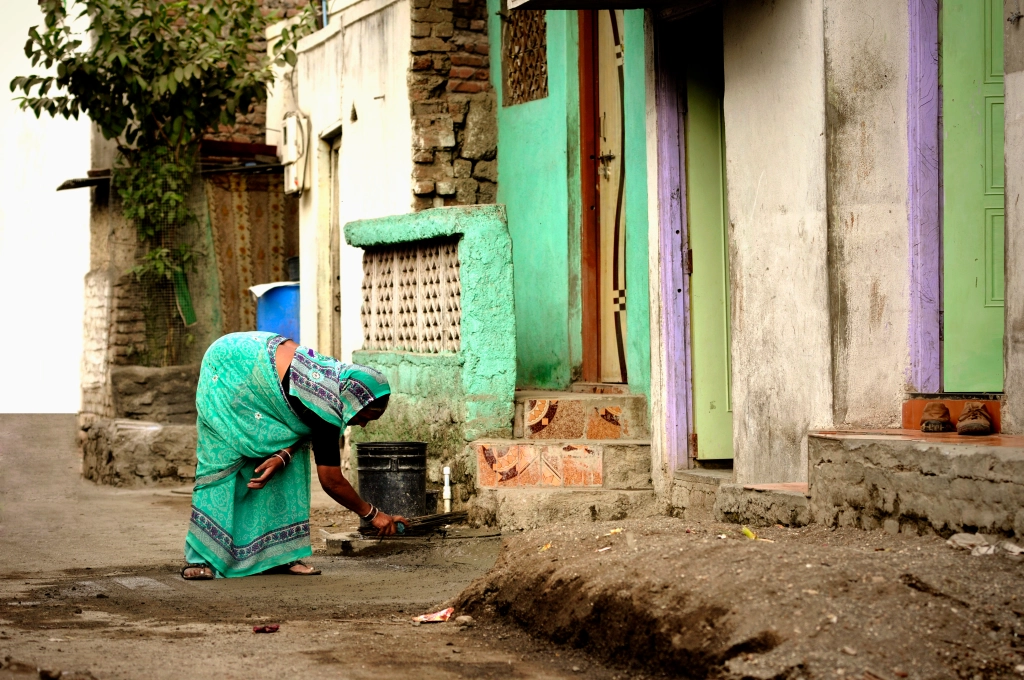
Photograph by Kristian Bertel, Your Shot –
Indian household
India is projected to be the world’s most populous nation in fifteen years. India’s population growth has raised concerns that it would lead to widespread unemployment and political instability. Note that these projections make assumptions about future fertility and death rates which may not turn out to be correct in the event. Fertility rates also vary from region to region, with some higher than the national average and some lower. »
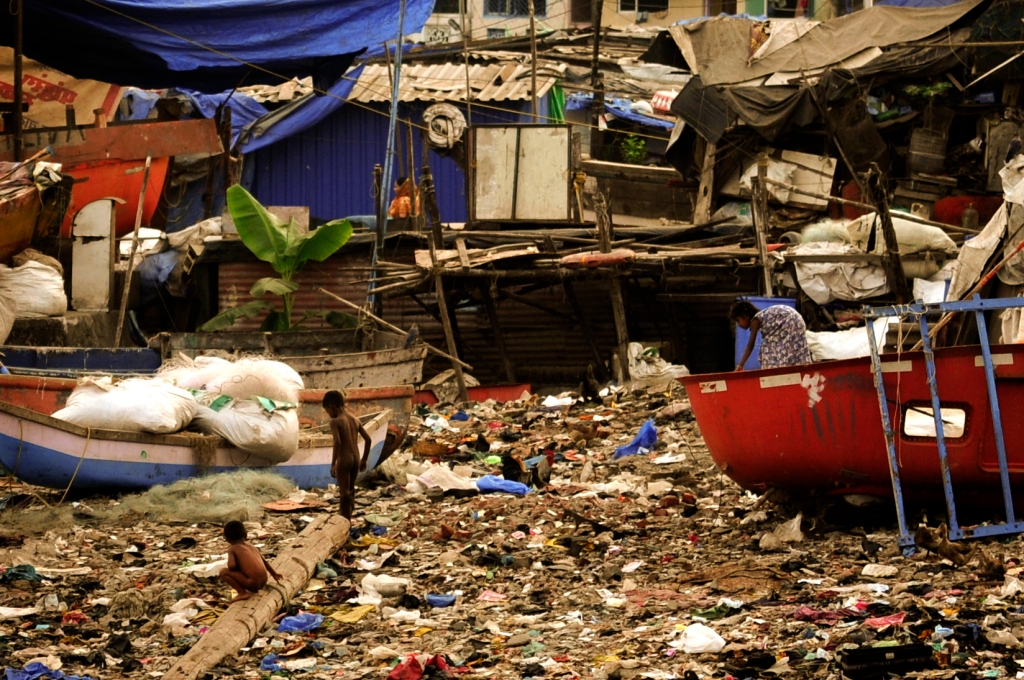
Photograph by Kristian Bertel, Your Shot –
Jamshedji Bunder, India
In Mumbai there are still putrid piles of garbage all around the city. Mumbaikars accept open dumps in their neighborhoods as a fixture of the landscape, to be seen but somehow ignored like here at Jamshedji Bunder not far away from the beautiful Gateway of India. Like many other Indian cities, Mumbai has a massive garbage problem—the product of rapid economic growth, overcrowding, poor urban planning, corrosive corruption, and political dysfunction. »

Photograph by Kristian Bertel, Your Shot –
Muslim boy, India
This Indian boy was photographed in Aurangabad in Maharashtra, India. India’s Muslim population is the world’s third largest and the world’s largest Muslim-minority population. Officially, India has the third largest Muslim population next to Indonesia and Pakistan. The vast majority of the Muslims in India belong to Indian ethnic groups. However, some Indian Muslims were found with detectable, traceable, minor to some levels of gene flow from outside, primarily from the Middle East and Central Asia. »
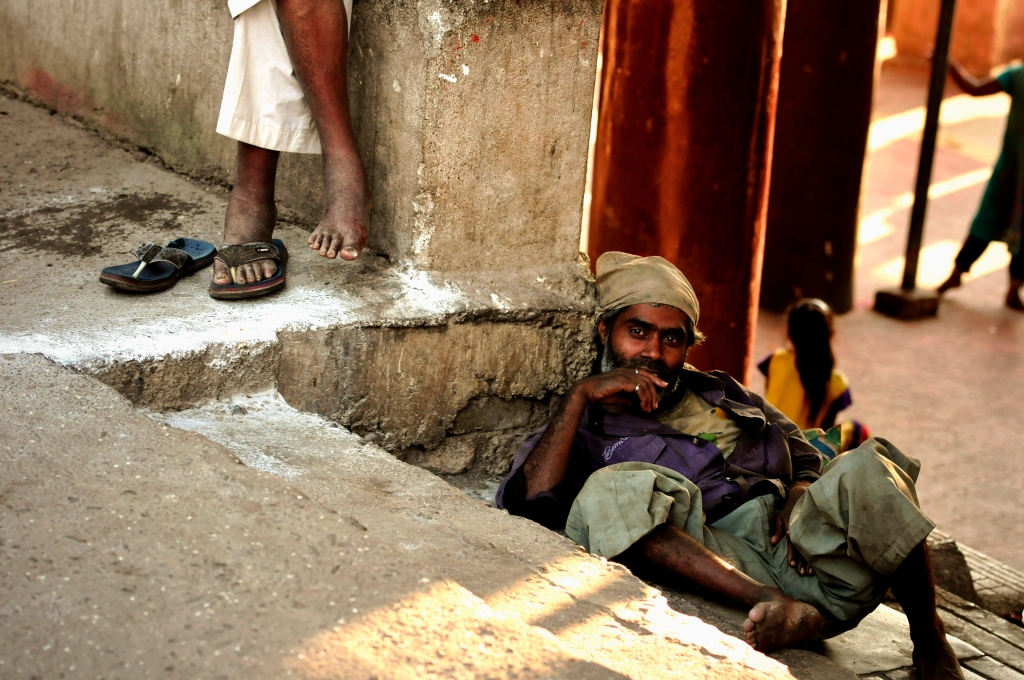
Photograph by Kristian Bertel, Your Shot –
Muthe Ln, India
Portrait taken near the Muthe Ln in Nashik, India. One of the most popular destinations for the pious Hindus, Jains and Buddhists and also known for its association with the epic Ramayana, Nashik not only has an ethereal and spiritual quality about it but is also a touch point for tourists who wish to explore its interesting forts and a unique centre that offers courses in Vipassana. It is also one of the most up-and-coming cities in Maharashtra with a vibrant culture and entertainment ethos. »
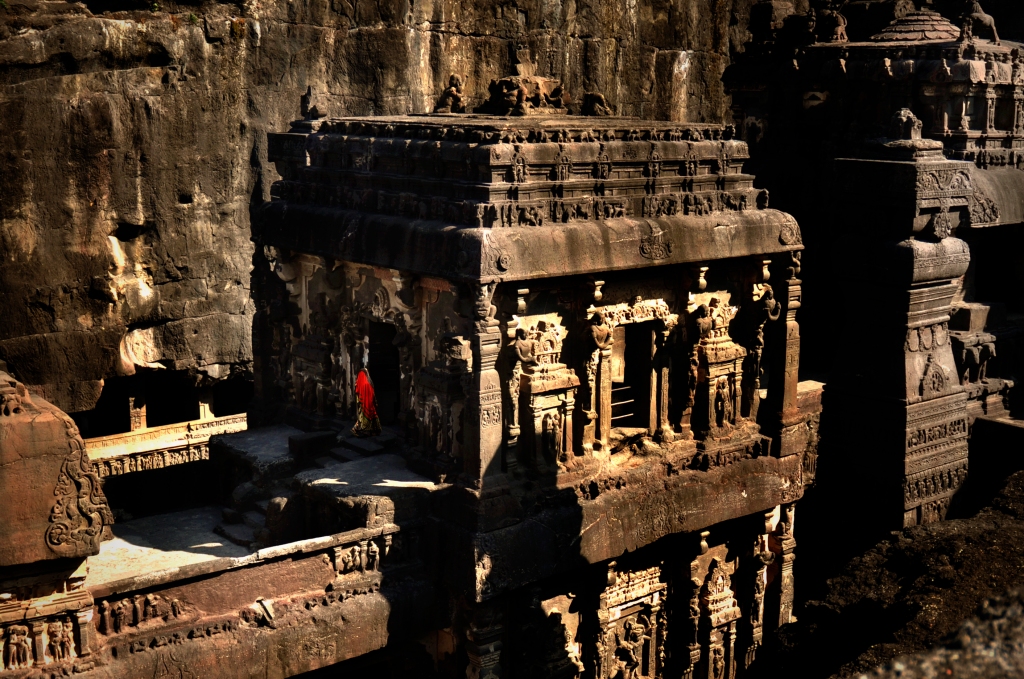
Photograph by Kristian Bertel, Your Shot –
Ellora caves, India
Well known for its monumental caves, Ellora is one of major tourist attraction in Marathwada region of Maharashtra and is built by the Rashtrakuta dynasty and Yadav. Cave 16, also known as the Kailasa temple, which can be seen on this picture is considered one of the most remarkable cave temples in India because of its size, architecture and sculptural treatment. It is dedicated to Shiva, and also contains smaller, detached shrines dedicated to Ganga, Yamuna and Saraswati. »
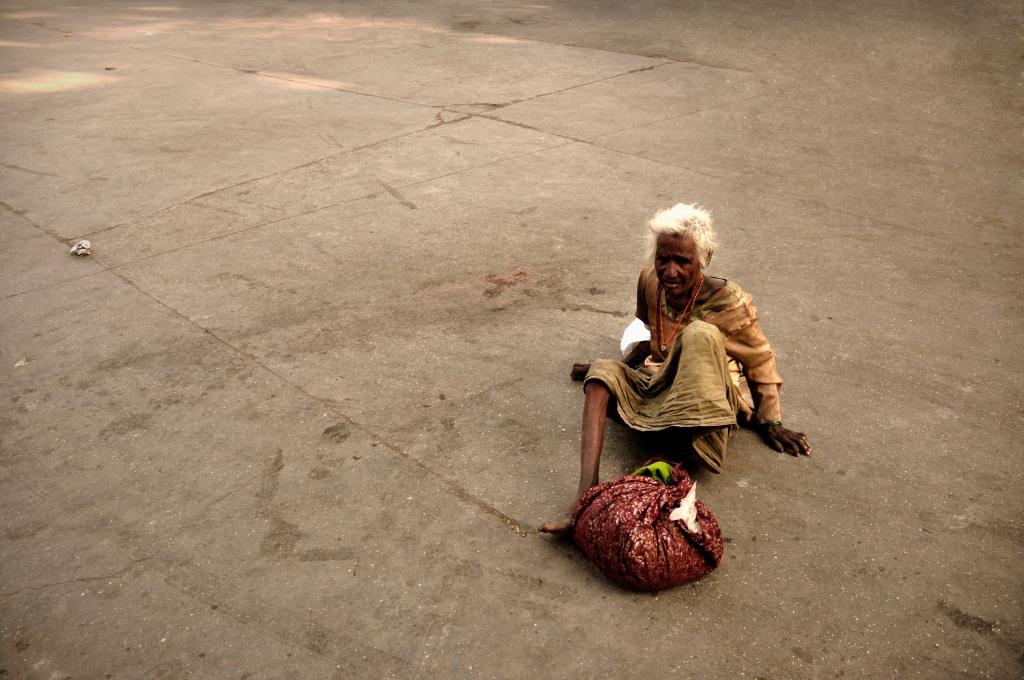
Photograph by Kristian Bertel, Your Shot –
Suffering, India
On the road in Nashik I encountered this elderly woman suffer on the ground. In an effort to get through the day she was begging or panhandling, which are the practice of imploring others to grant a favor, often a gift of money, with little or no expectation of reciprocation. Beggars may be found in public places such as transport routes, urban parks, and near busy markets. Besides money, they may also ask for food, drink, cigarettes or other small items. »
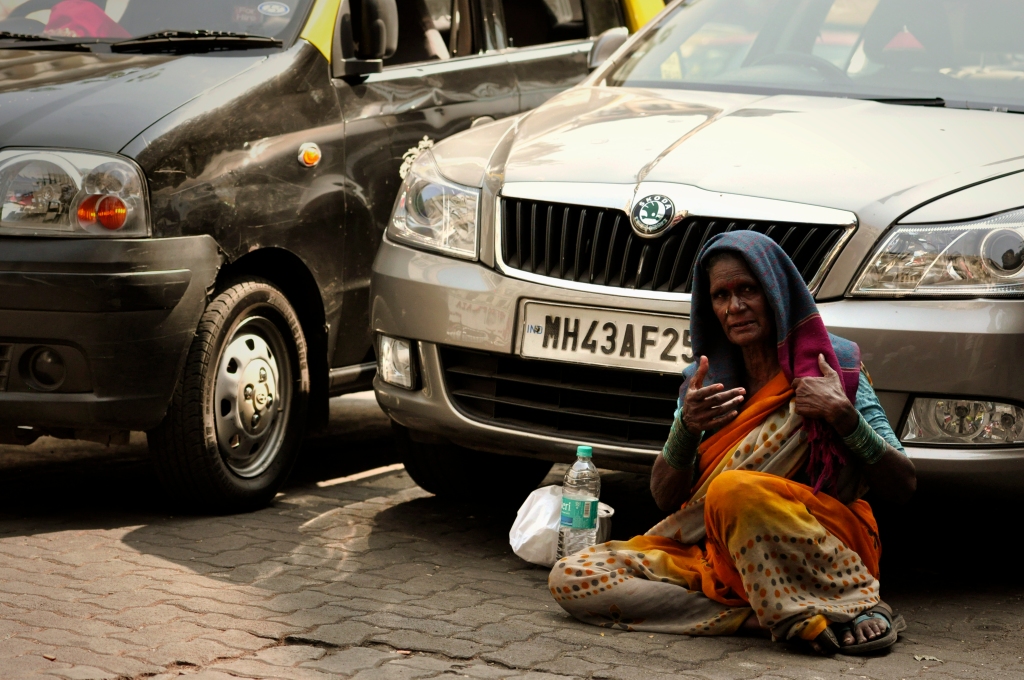
Photograph by Kristian Bertel, Your Shot –
India begging
Begging has grown at a significant rate in India. It is estimated that half a million people in India are beggars. The government, varied organizations, activists claim that many measures have been taken to abolish begging and it has been successful to a certain extent. But the trend of begging still continues. Indians are very orthodox, God-fearing and have a religious frame of mind that compels them to do charity. And one easy way is to visit a nearby temple and give alms to the beggars there. »
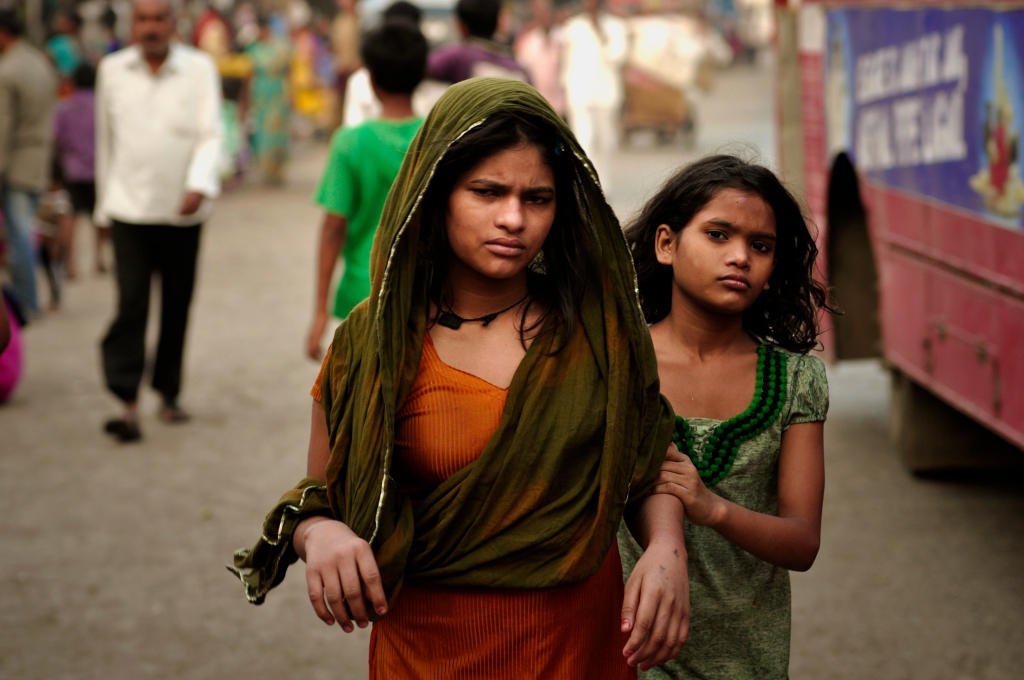
Photograph by Kristian Bertel, Your Shot –
Street girls, India
While 18 million children work on the streets of India, it is estimated that only five to twenty percent of them are truly homeless and disconnected from their families. Because the street children in India have unique vulnerabilities, the amount of time they spend on the street, their livelihood depending on the street, and their lack of protection and care from adults, they are a subgroup of the Indian population that deserve specific attention in order to ensure that their needs are known. »
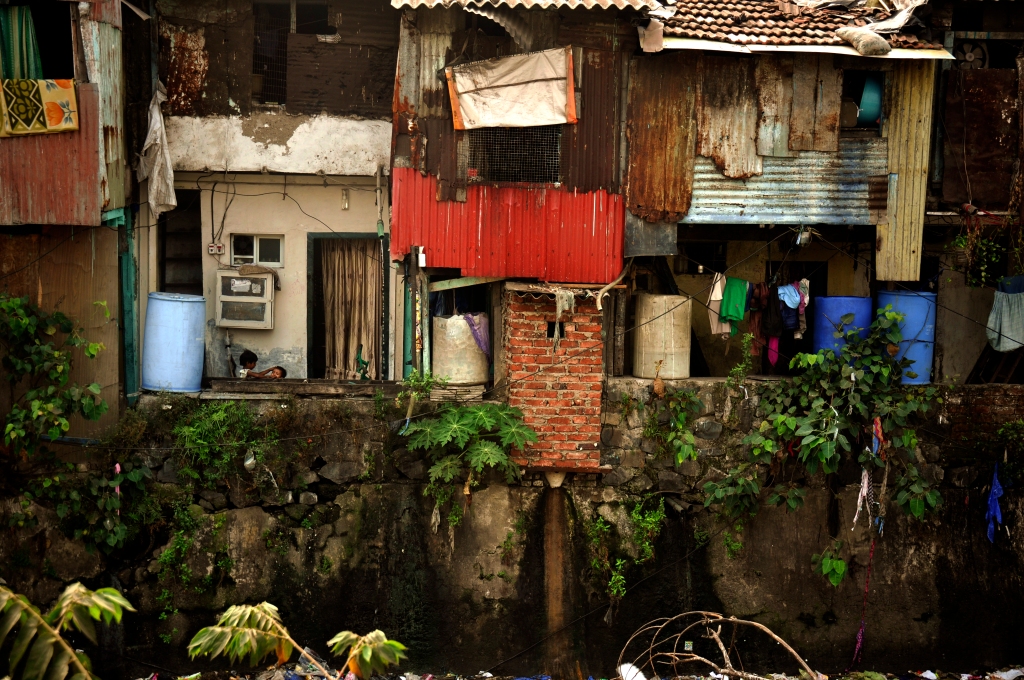
Photograph by Kristian Bertel, Your Shot –
Dharavi slum shacks
To Mumbai dwellers the concept of slum tourism, poverty tourism, poorism or simply slumming needs no introduction. In Mumbai 55 percent of the population live in squatter settlements, about one million of them in Dharavi, Asia’s largest slum. »
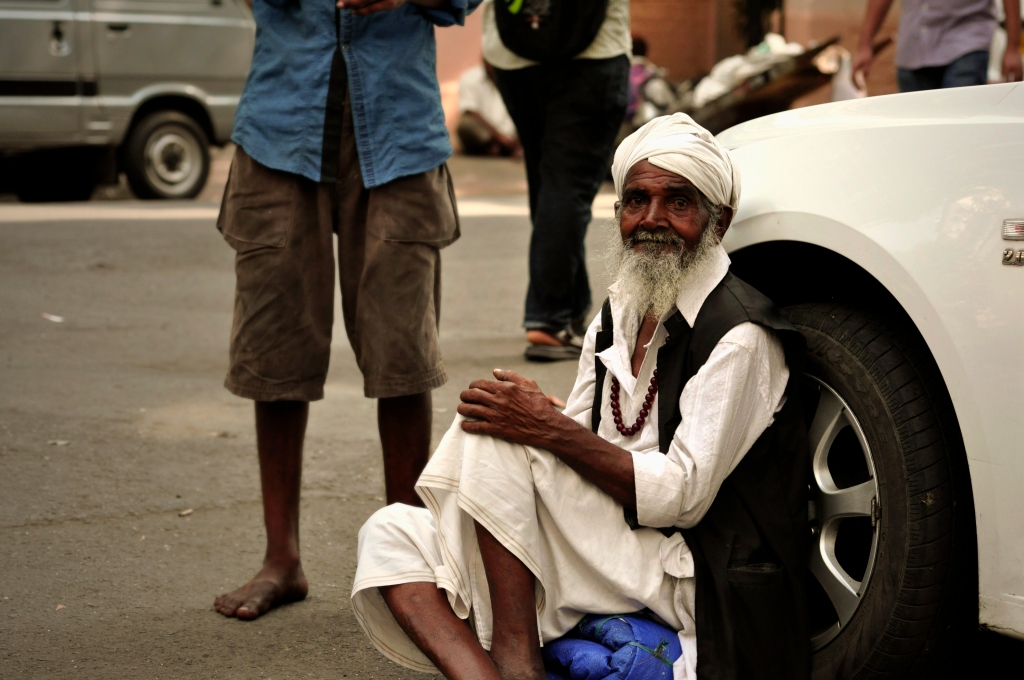
Photograph by Kristian Bertel, Your Shot –
Shree Voilet Alva Chowk
An Indian man has been pictured at the Shree Voilet Alva Chowk located in the Colaba area og Mumbai, India. Colaba has an old English charm and a very modern feel as well. Colaba is also the art centre of Mumbai, with all the major galleries and museums located in and around this area. »
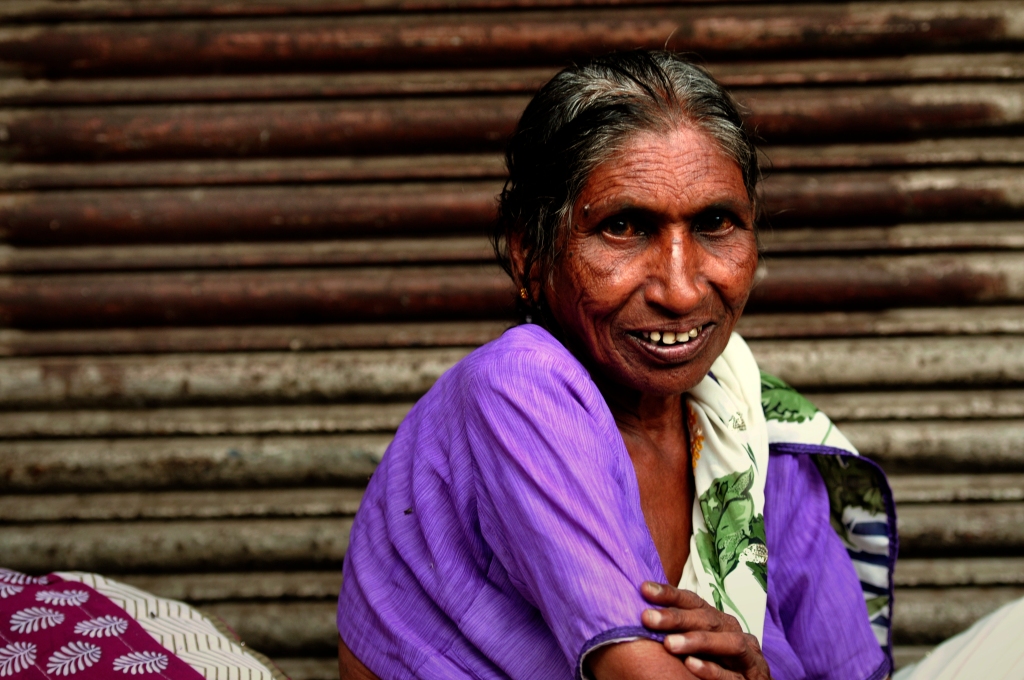
Photograph by Kristian Bertel, Your Shot –
Woman in Byculla, India
An Indian woman was portrayed during rain in Mumbai’s Byculla. Cultural attitudes towards rain differ across the world. In temperate climates, people tend to be more stressed when the weather is unstable or cloudy, with its impact greater on men than women. Rain can also bring joy, as some consider it to be soothing or enjoy the aesthetic appeal of it. In dry places, such as India, or during periods of drought, rain lifts people’s moods. »
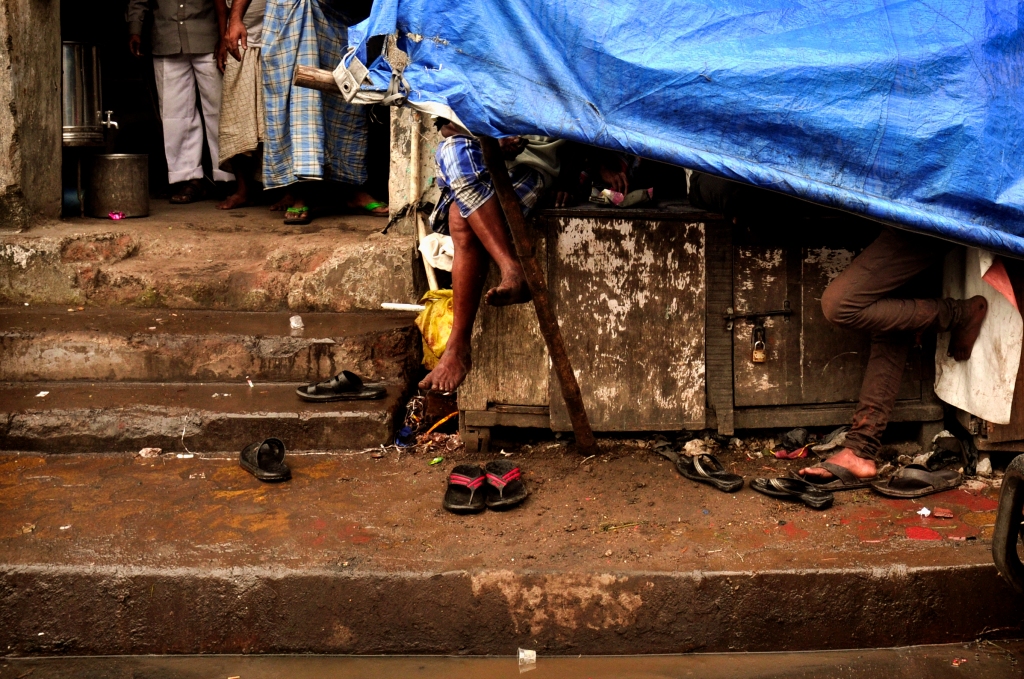
Photograph by Kristian Bertel, Your Shot –
Rain, India
This photograph was taken in the Byculla area of Mumbai inIndia during a time of the day with rain. Rain is liquid water in the form of droplets that have condensed from atmospheric water vapor and then precipitated that is, become heavy enough to fall under gravity. Rain is a major component of the water cycle and is responsible for depositing most of the fresh water on the Earth. It provides suitable conditions for many types of ecosystems, as well as water for hydroelectric power plants and crop irrigation. »
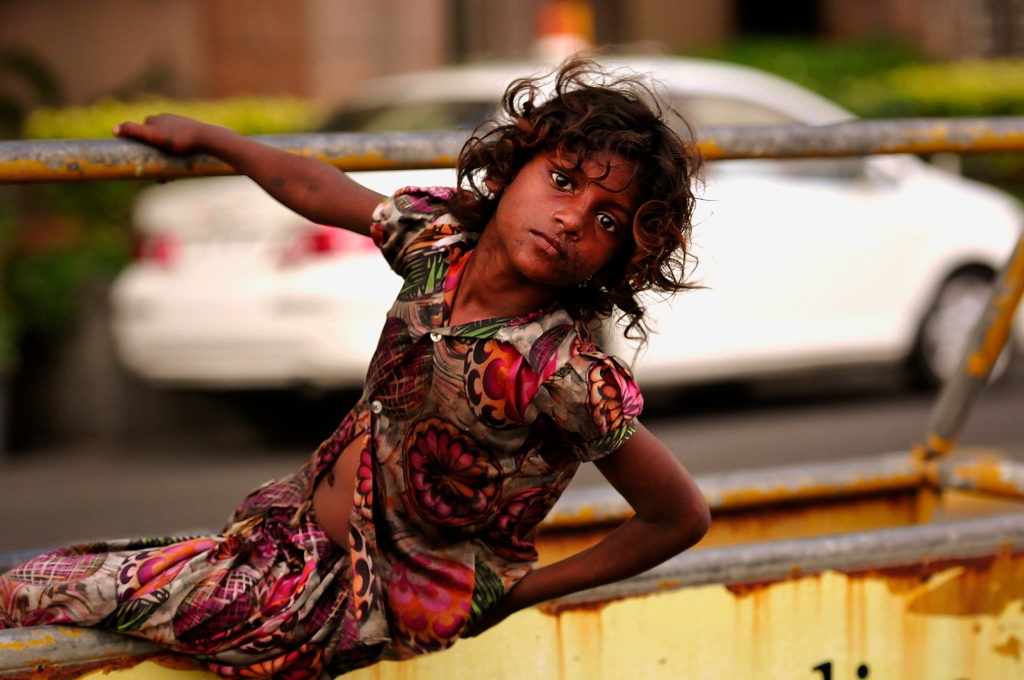
Photograph by Kristian Bertel, Your Shot –
Mumbai street girl
A portrait of an Indian girl wearing a flower dress was photographed at the PJ Ramchandani Marg in Mumbai, India. More than 37,000 children live on the streets of Mumbai and a startling twentyfive percent of them, more than 9000 go hungry every day, a study has revealed. A street child in India is someone for whom the street in the widest sense of the word, including unoccupied dwellings, wasteland and so on has become his or her habitual abode and or source of livelihood, and who is inadequately protected, supervised or directed by responsible adults. »
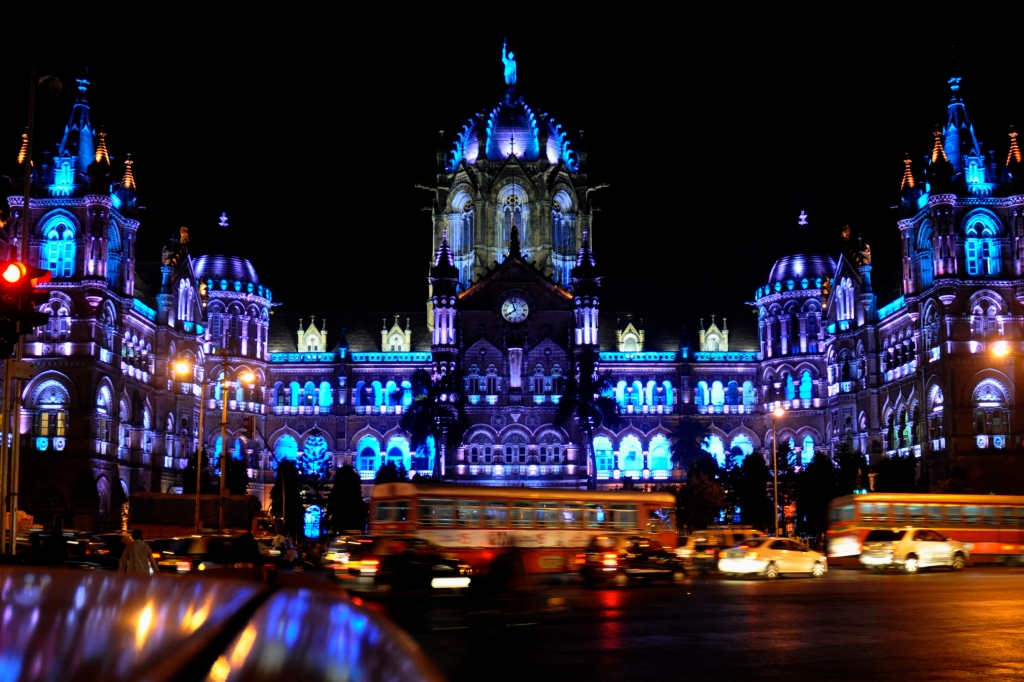
Photograph by Kristian Bertel, Your Shot –
Chhatrapati Shivaji Terminus
Chhatrapati Shivaji Terminus is a historic railway station in Mumbai Maharashtra, India which serves as the headquarters of the Central Railways. Designed by Frederick William Stevens with influences from Victorian Italianate Gothic Revival architecture and traditional Mughal buildings, the station was built in 1887 in the Bori Bunder area of Mumbai to commemorate the Golden Jubilee of Queen Victoria. The new railway station was built on the location of the Bori Bunder Station and is one of the busiest railway stations in India. »
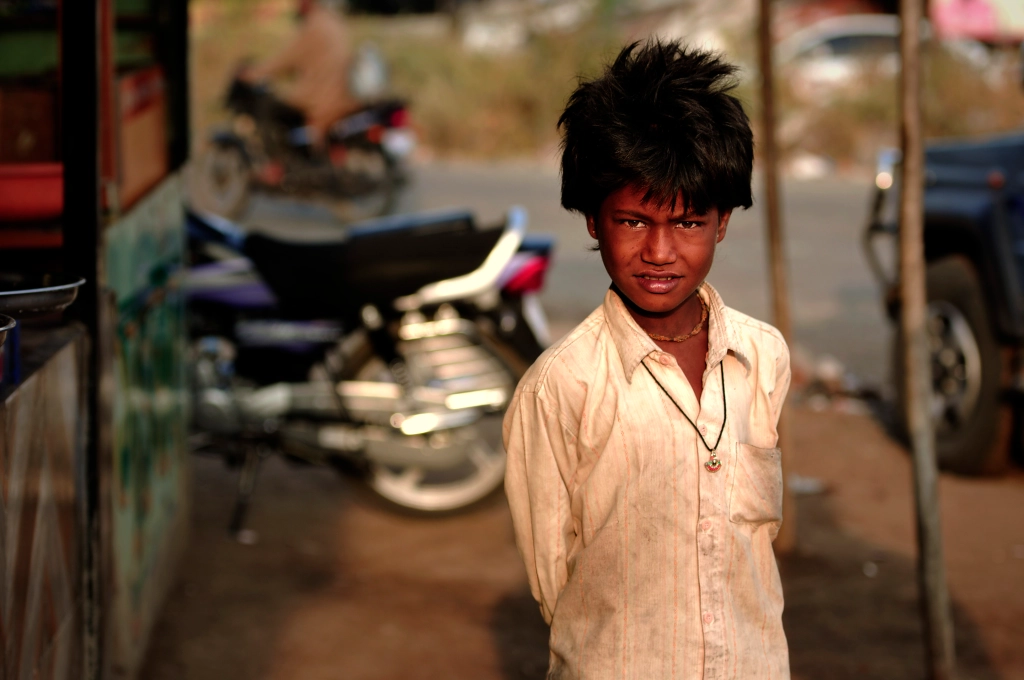
Photograph by Kristian Bertel, Your Shot –
Boy in white shirt, India
This Indian boy was pictured at the roadside in Maharashtra, India. Maharashtra is divided into various regions Marathwada, Vidarbha, Khandesh, Konkan and each region has its own cultural identity in the form of different dialects of Marathi language, folk songs, food, ethnicity. »
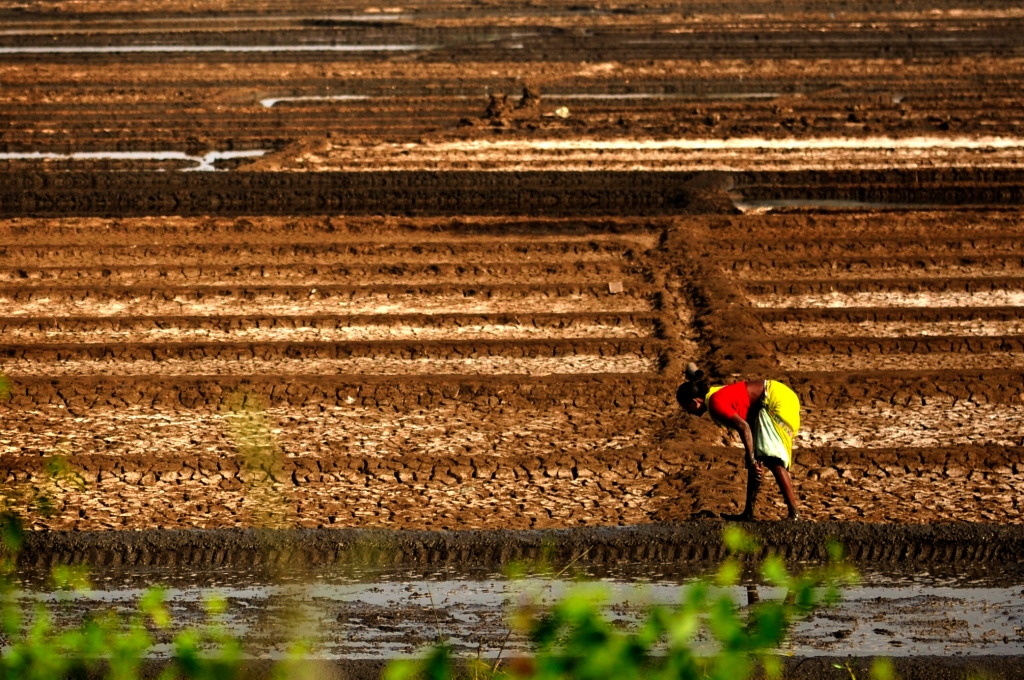
Photograph by Kristian Bertel, Your Shot –
Indian agriculture
Kristian Bertel made this picture while on a road heading somewhere else in Maharashtra, India. In this photograph, the scene is heightened by the farmer standing out in the picture with her colors while working in a field in India. »
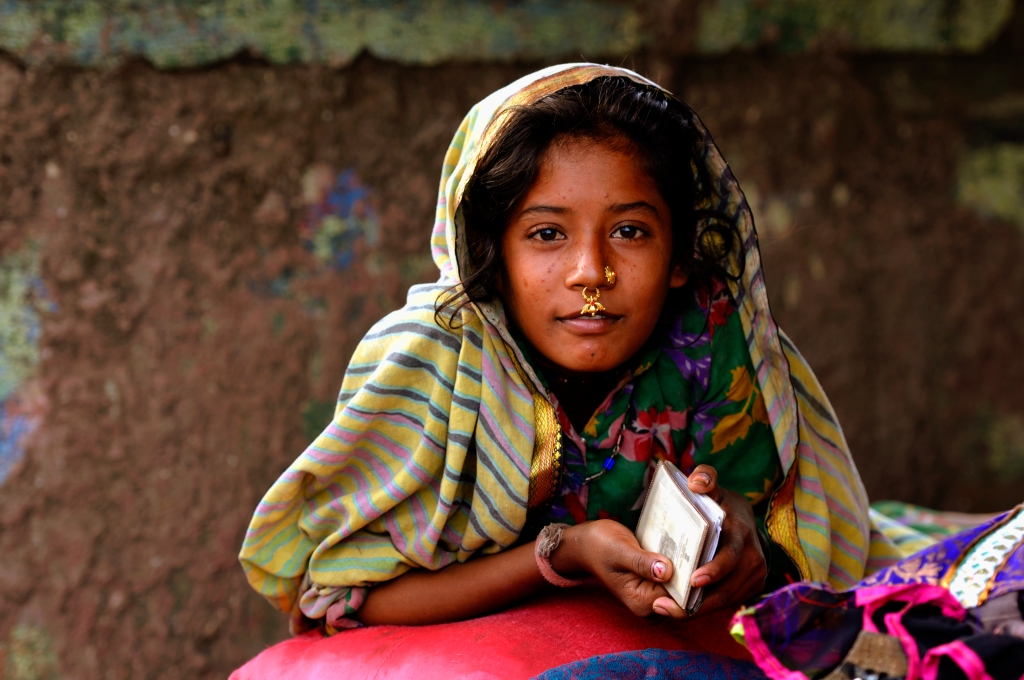
Photograph by Kristian Bertel, Your Shot –
Gypsy girl in Dharavi, India
This Indian gypsy girl was photographed in Dharavi, Mumbai, India. The nomadic tribes and denotified tribes consist of about 60 million people in India, out of which about five million live in the state of Maharashtra. There are 315 Nomadic Tribes and 198 Denotified Tribes. »
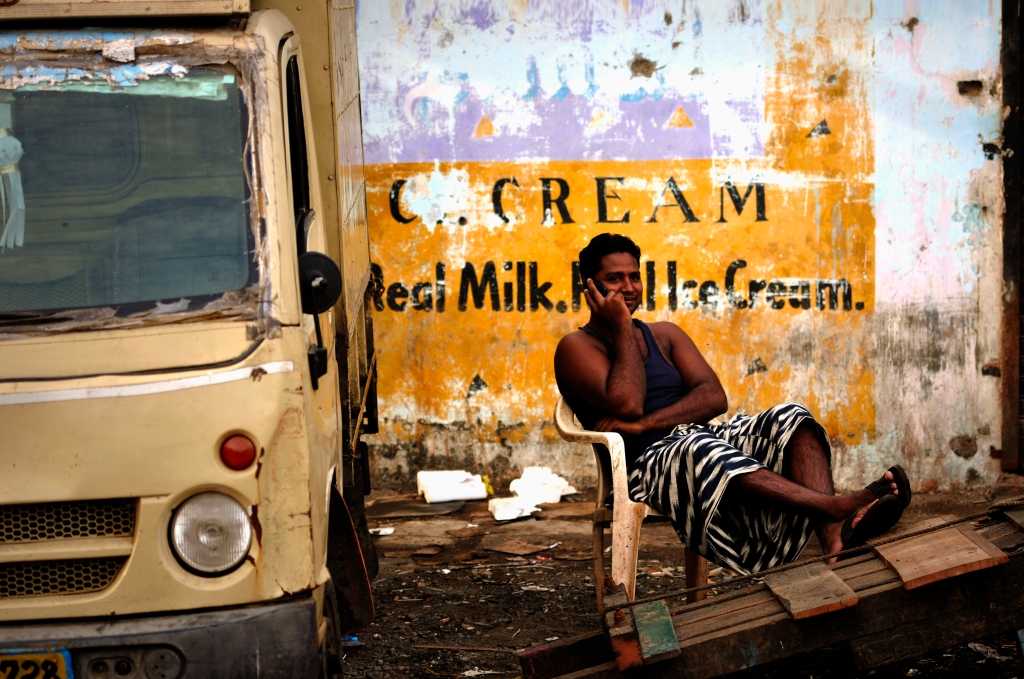
Photograph by Kristian Bertel, Your Shot –
Daybreak in Dharavi, India
An Indian man is taking a daybreak in Dharavi area of Mumbai, India. Residents of Mumbai call themselves Mumbaikar, Mumbaiite, Bombayite or Bombaiite. Mumbai has a large polyglot population like any other metropolitan city of India. Sixteen major languages of India are also spoken in Mumbai, most common being Marathi, Hindi, Gujarati and English. »
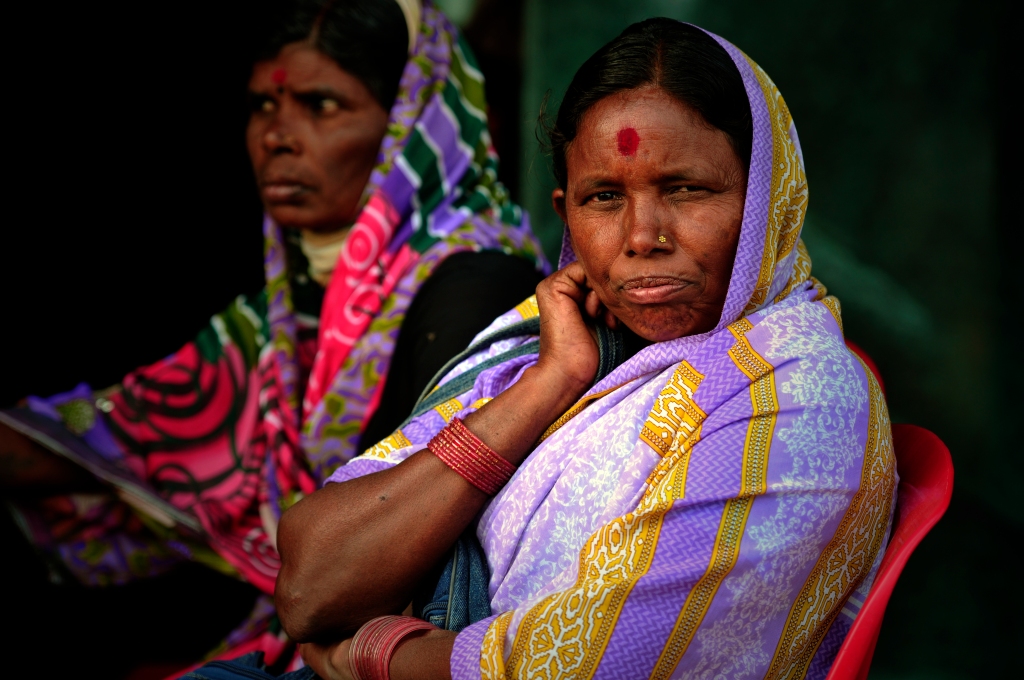
Photograph by Kristian Bertel, Your Shot –
Marathi women, India
Traditional clothes for Maharashtrian males includes dhoti also known as Dhotar and pheta, while a choli and nine yard saree locally known as Nauwari saadi or Lugda is for women. Traditional clothing is famous in rural areas while traditional people from cities too wear these clothing. Various cultural festivals in Maharashtra are performed by wearing these clothing. »
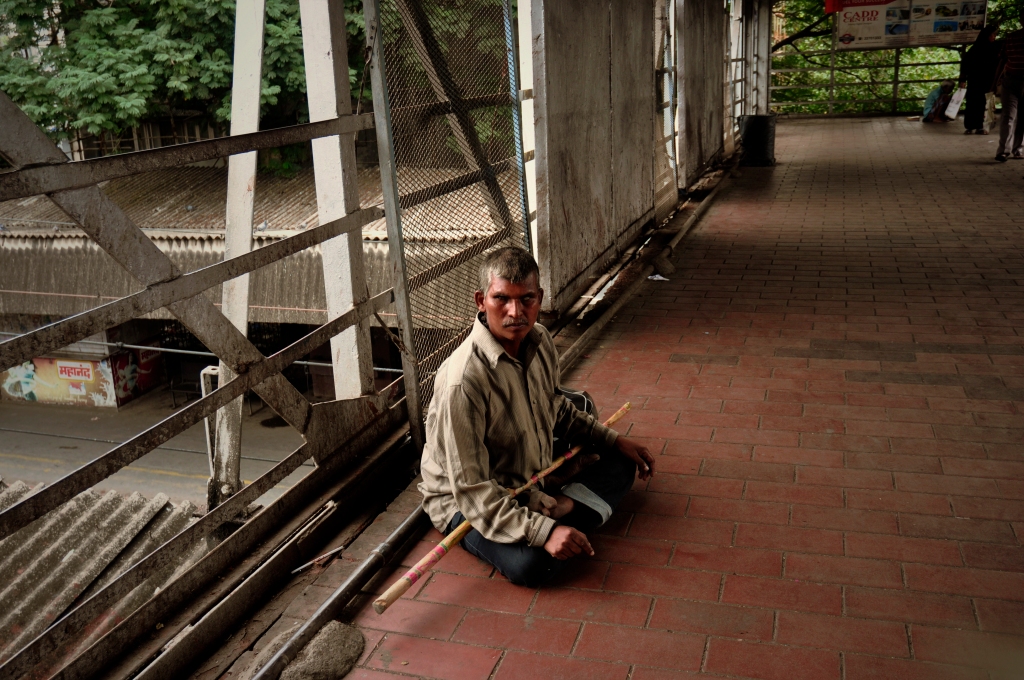
Photograph by Kristian Bertel, Your Shot –
Blind beggar at Mumbai station
In this picture we see a blind Indian man at a metro station in Mumbai, India. The Mumbai Suburban Railway, popularly referred to as Locals forms the backbone of the city’s transport system. It is operated by the Central Railway and Western Railway zones of the Indian Railways. Mumbai’s suburban rail systems carried a total of over six million passengers every day. »
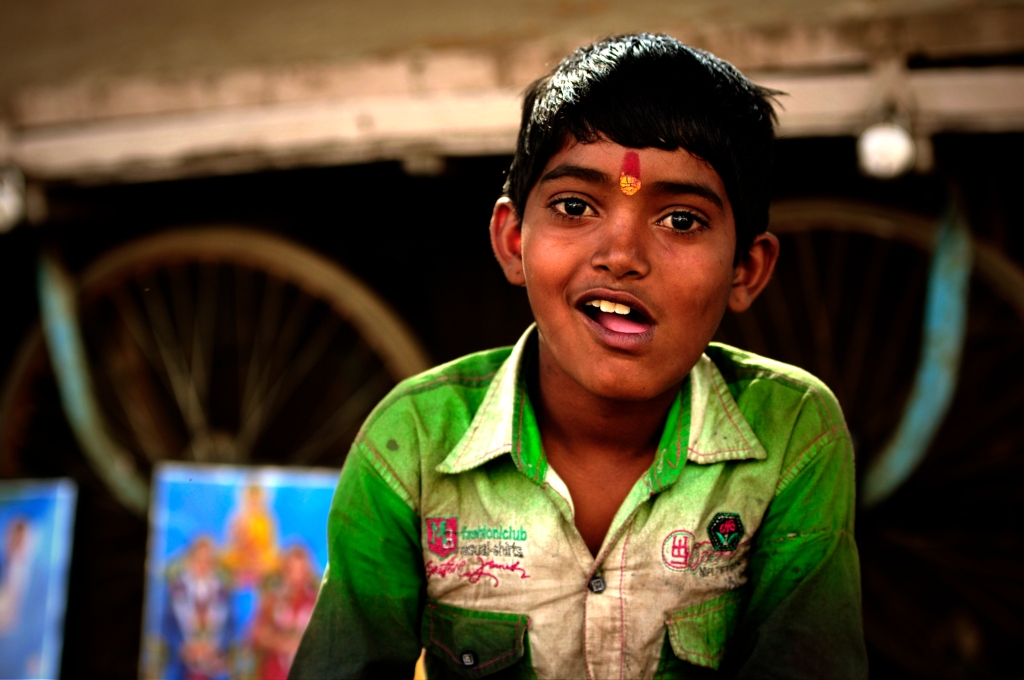
Photograph by Kristian Bertel, Your Shot –
Indian boy
This travel portrait was taken in Aurangabad, India. There is so much to learn from India because each and every state is a country by itself and each has its own cuisine. There are lots of things to learn about the different cuisines, it just amazes me. I keep my mind open and like to explore different places and pick up different influences as I go along. »
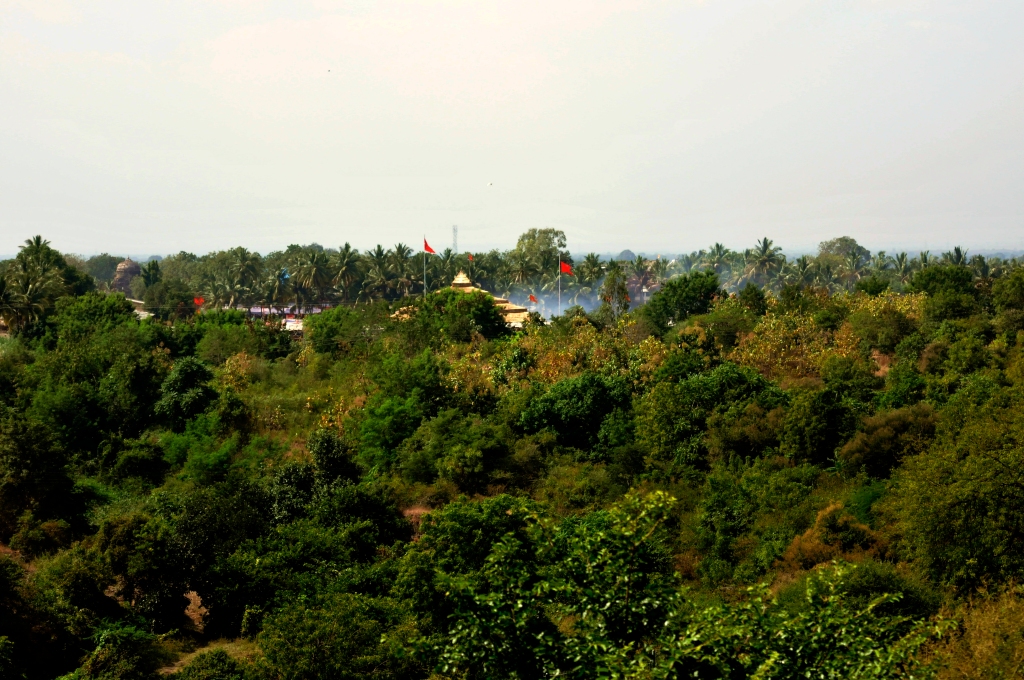
Photograph by Kristian Bertel, Your Shot –
Indian landscape
India is one of the world’s oldest civilizations. The Indian culture, often labeled as an amalgamation of several various cultures, spans across the Indian subcontinent and has been influenced and shaped by a history that is several thousand years old. »
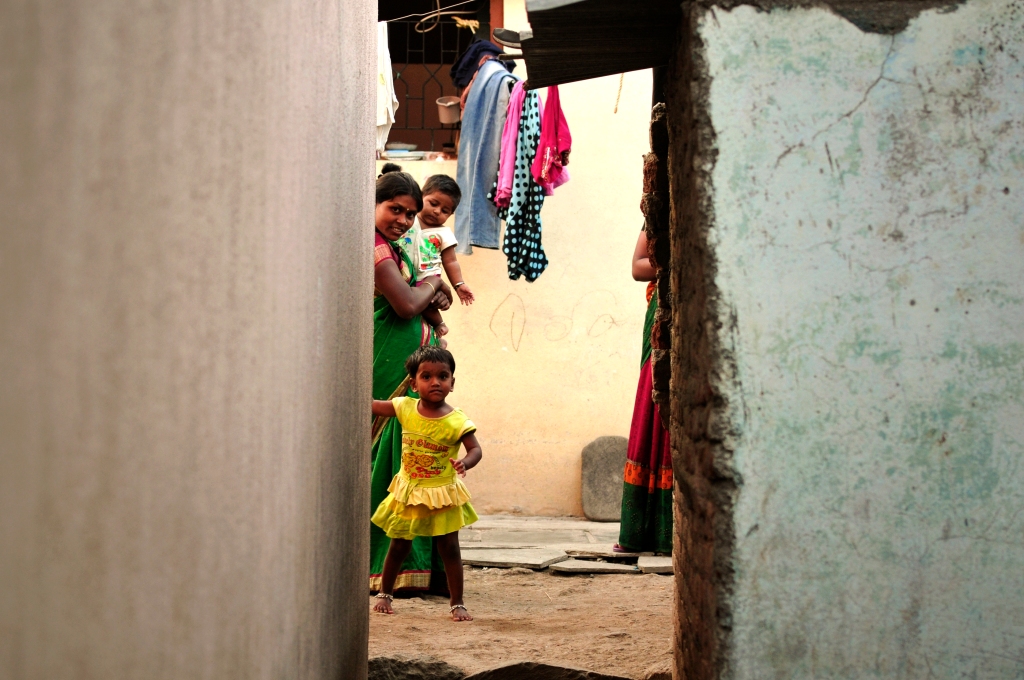
Photograph by Kristian Bertel, Your Shot –
Indian family life
With my photograph from Aurangabad in India, you can see that for generations, India has a prevailing tradition of the joint family system. It is a system under which extended members of a family, parents, children, the children’s spouses and their offspring live together. Usually, the oldest male member is the head in the joint Indian family system and he mostly makes all important decisions and rules. »
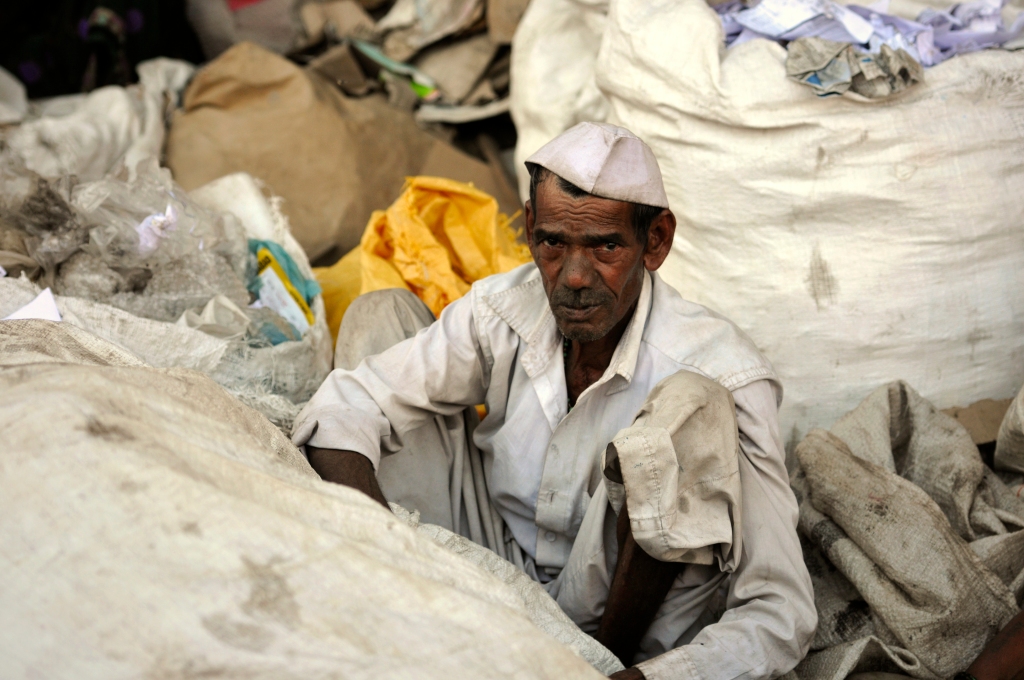
Photograph by Kristian Bertel, Your Shot –
Recycling, India
In this picture we see an Indian man, who is recycling waste in India. India is home to some of the filthiest cities in the world, but the success of its mission to clean up its streets will hinge on whether it can completely revolutionise the way it recycles waste. Only fifteen percent of household waste in India is recycled. »
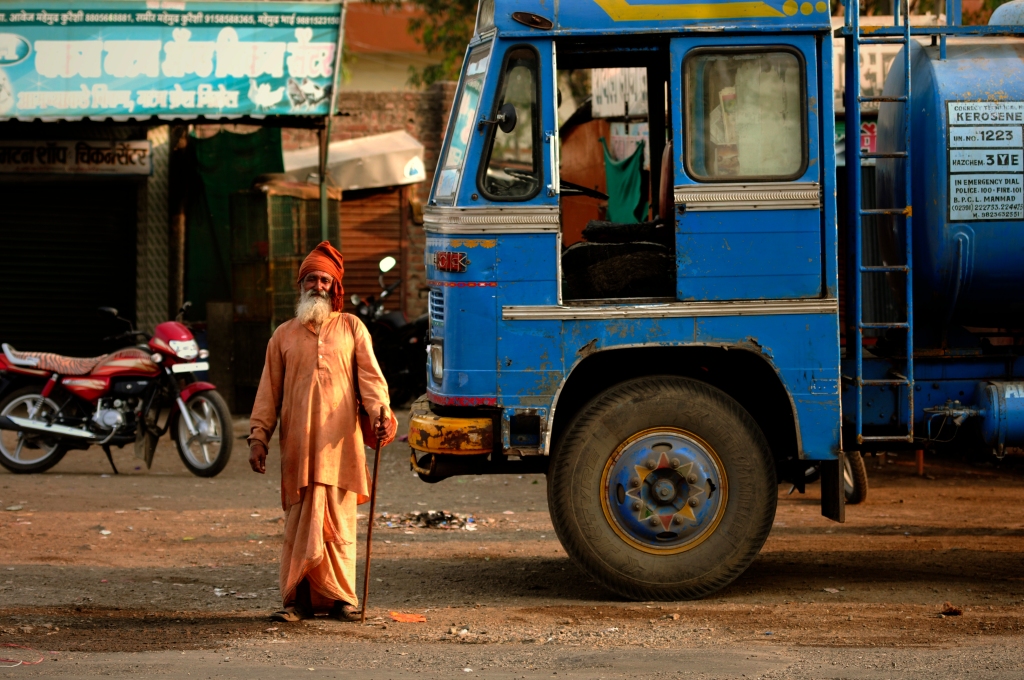
Photograph by Kristian Bertel, Your Shot –
Man and truck, India
An Indian man is standing next to a truck in the Maharashtra state of India. Maharashtra is a state in the western region of India. It is the second most populous state and third largest state by area in India. The state almost covers an area of ten percent of the total geographical area of India. Mumbai, the capital city of the state, is India’s largest city and the financial capital of the nation. »
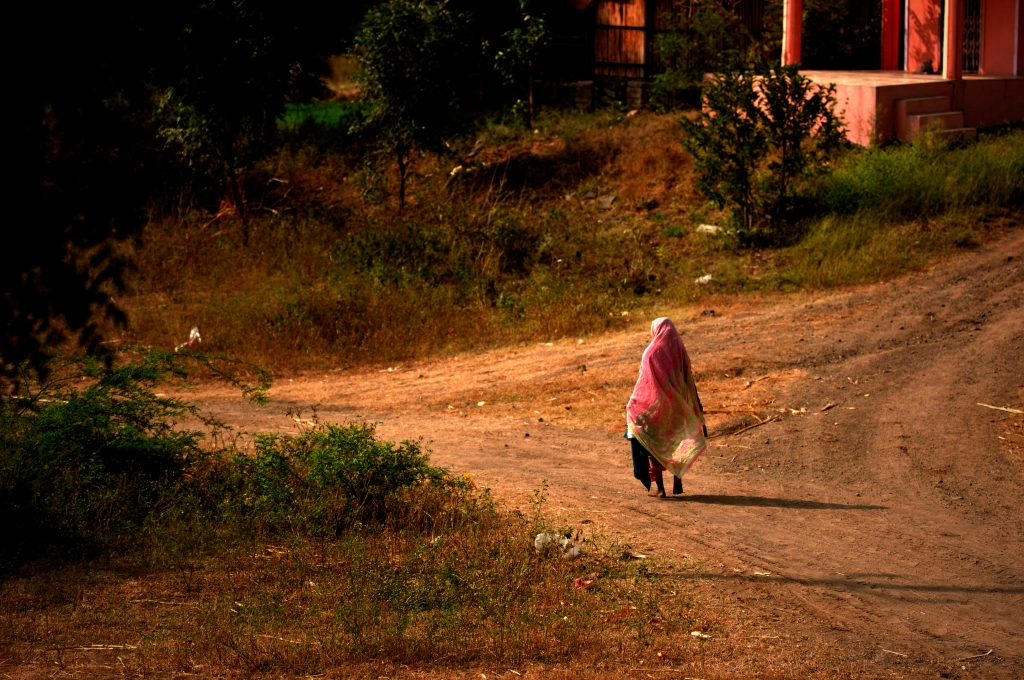
Photograph by Kristian Bertel, Your Shot –
Indian woman
Indian women perfect their sense of charm and fashion with make up and ornaments. Bindi, mehendi, earrings, bangles and other jewelry are common. On special occasions, such as marriage ceremonies and festivals, women may wear cheerful colours with various ornaments made with gold, silver or other regional stones and gems. »
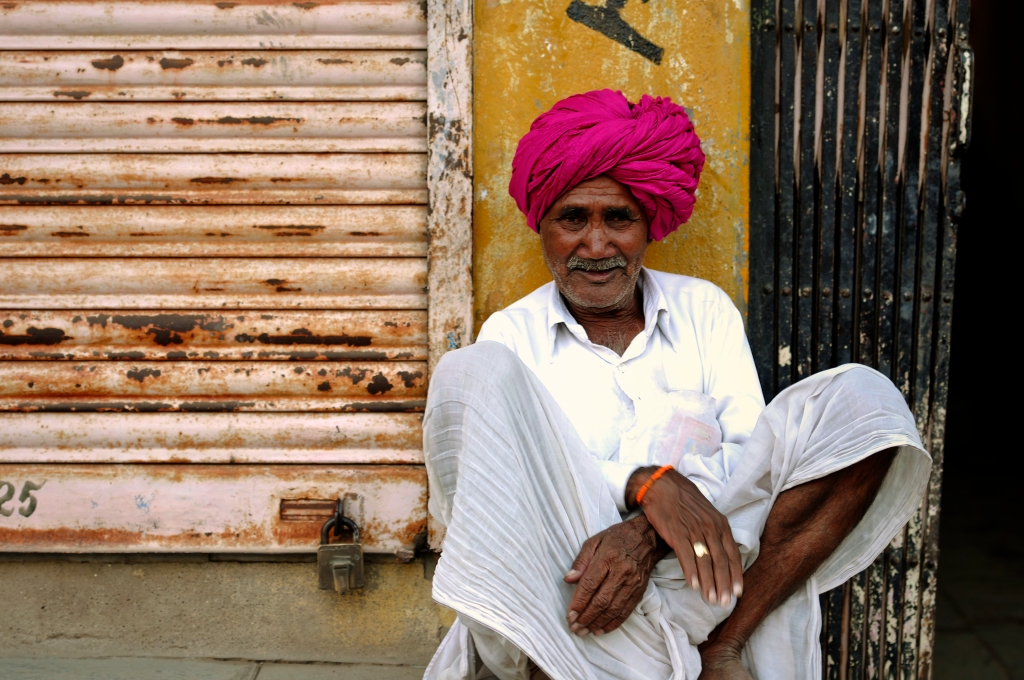
Photograph by Kristian Bertel, Your Shot –
Indian man
This Indian man dressed in traditional clothes was pictured in a street in Aurangabad, India. Clothing in India varies on the different ethnicity, geography, climate and cultural traditions of the people of that region. Historically, male and female clothing has evolved from simple Langotas, and loincloths to cover the body to elaborate costumes not only used in daily wear but also on festive occasions as well as rituals and dance performances. »
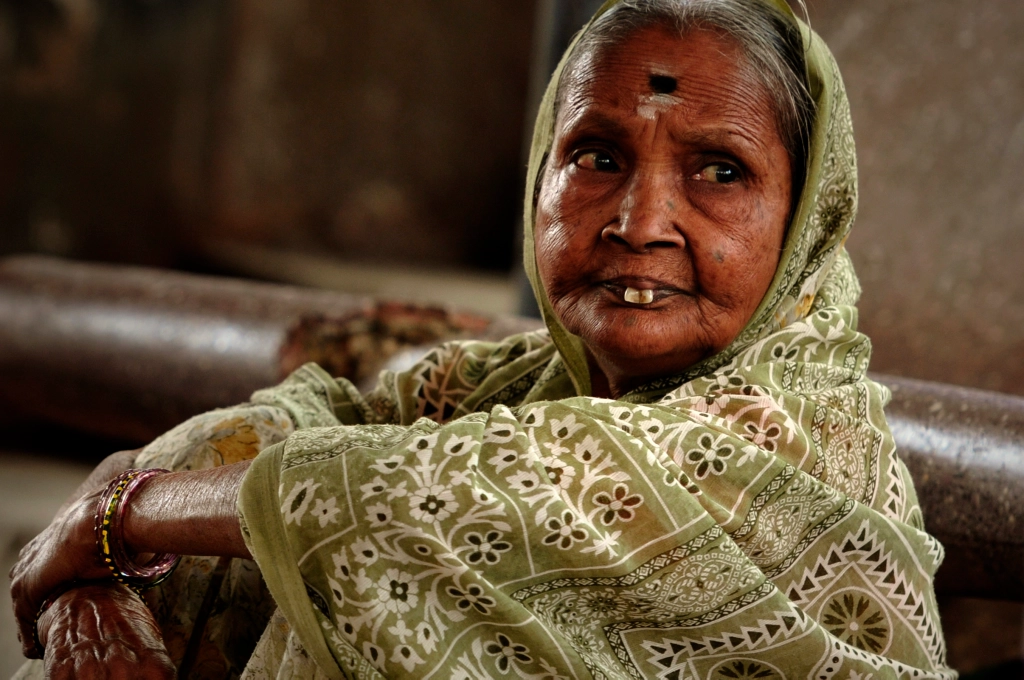
Photograph by Kristian Bertel, Your Shot –
Elderly woman, India
In this travel photograph an elderly woman has been photographed in Nashik, India. Nashik was formerly known as Gulshanabad and it is important historically, mythologically, socially and culturally city. Known for the temples on the banks of the Godavari and it has historically been one of the holy sites of the Hindu and Muslim religion. It is one of the four cities that hosts the massive Sinhastha Kumbh Mela once every twelve years. »
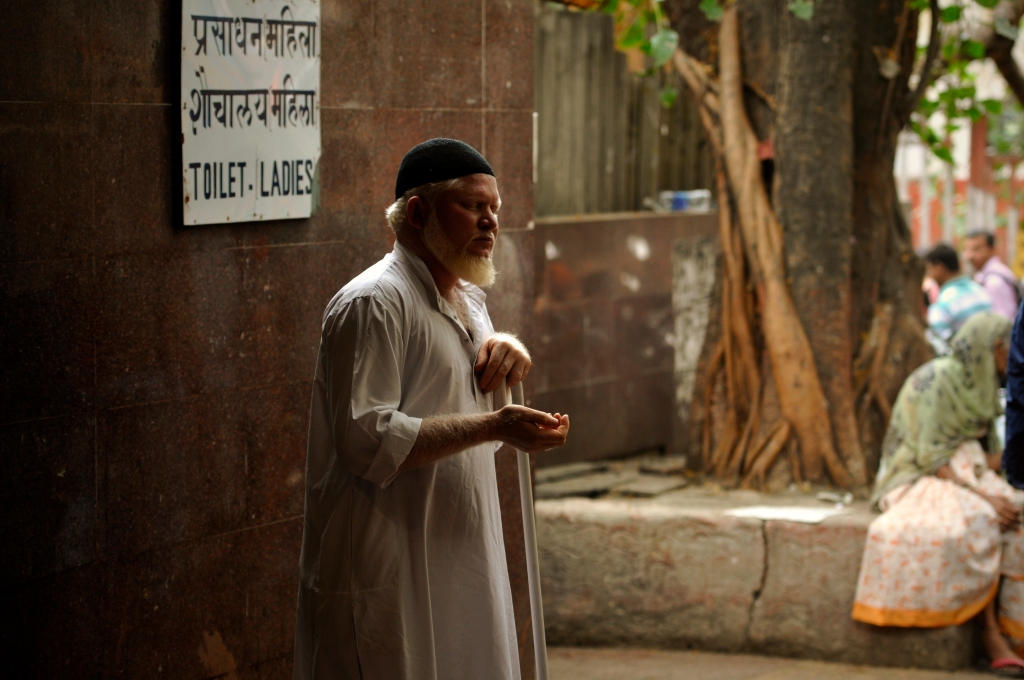
Photograph by Kristian Bertel, Your Shot –
Blind man in Mumbai
The term blindness is used for complete or nearly complete vision loss. Visual impairment may cause people difficulties with normal daily activities such as driving, reading, socializing, and walking. Individuals with a visual disability not only have to find ways to communicate effectively with the people around them, but their environment as well. The blind or visually impaired rely largely on their other senses such as hearing, touch, and smell in order to understand their surroundings. Accounting for an estimated 850,000 cases of corneal blindness every year in the Indian subcontinent alone. As a result, corneal scarring from all causes is now the fourth greatest cause of global blindness. »
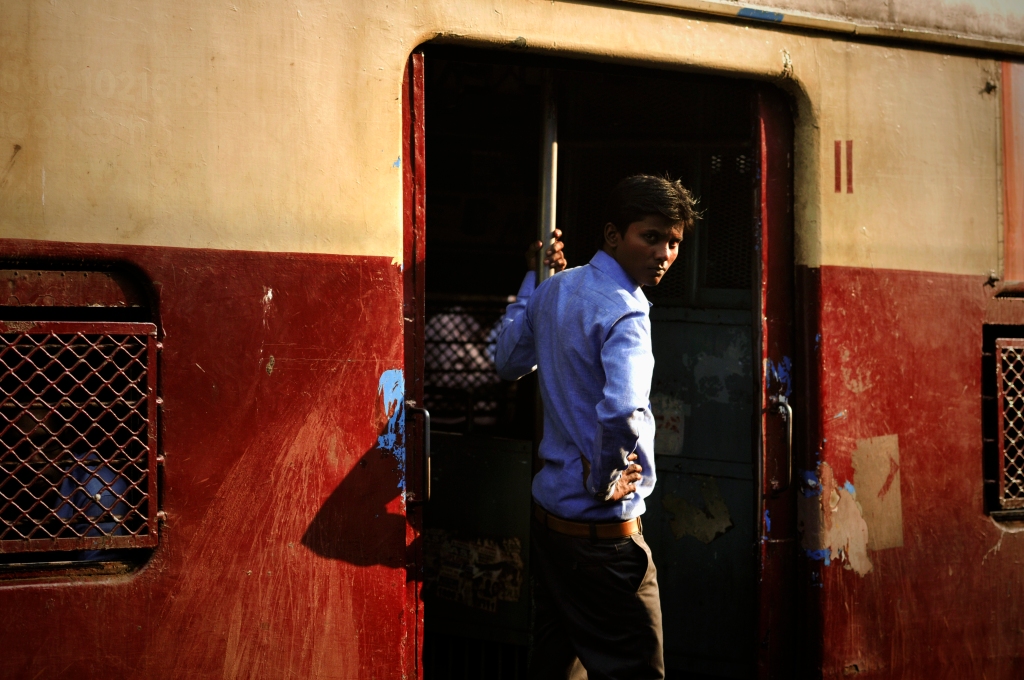
Photograph by Kristian Bertel, Your Shot –
On the rails, India
In this photograph an Indian man is photographed on a train in Mumbai, India. Railways were first introduced to India in the year 1853 from Mumbai to Thane. In 1951 the systems were nationalised as one unit, the Indian Railways, becoming one of the largest networks in the world. Indian Railways operates both long distance and suburban rail systems on a multi-gauge network of broad, metre and narrow gauges. »
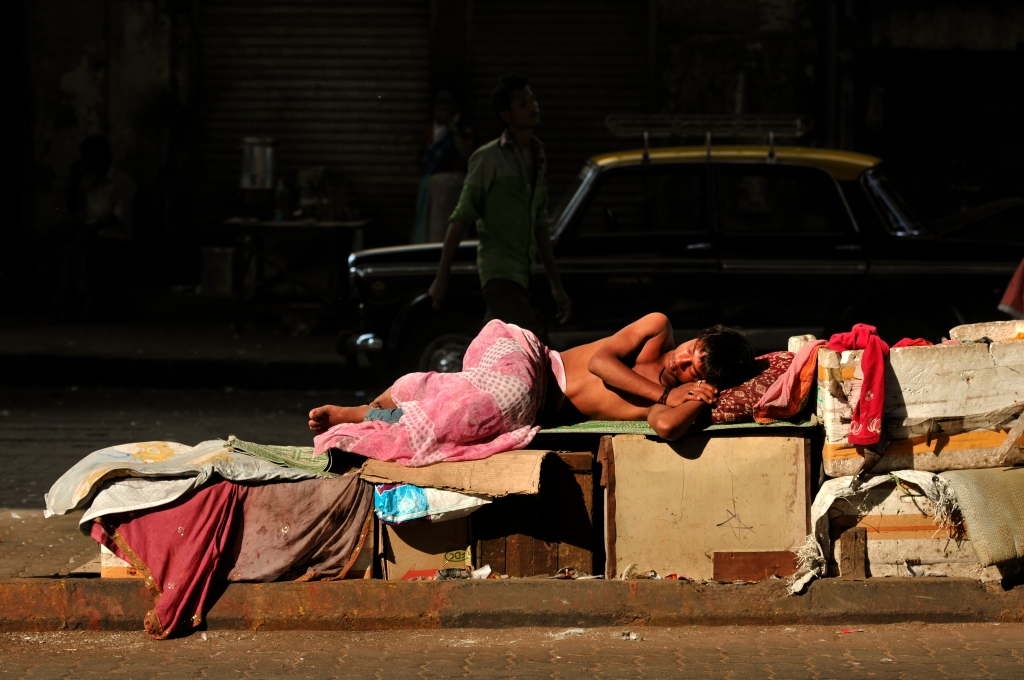
Photograph by Kristian Bertel, Your Shot –
Homeless in India
Homelessness in India has been a problem for centuries, causing the average family to have an average of five generations being homeless. Homeless people can either be described as living on the streets, in prison, in an institution, or sleeping in other places not meant to be adequate nighttime residences. In this photo an Indian man is sleeping in the Bhuleswar area of Mumbai, India. »
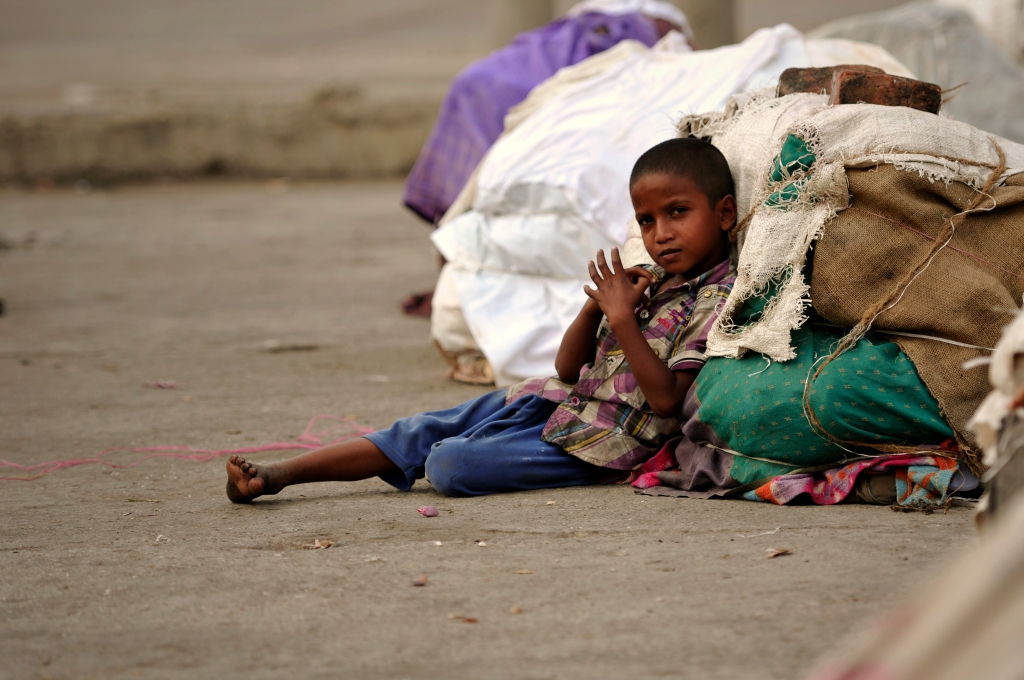
Photograph by Kristian Bertel, Your Shot –
Street boy in slum, India
The number of people living in slums in India has more than doubled in the past two decades and now exceeds the entire population of Britain, the Indian Government has announced. The number of people living in slums is projected to rise to many millions of the total population almost double the population of Britain. Prior to the release of Slumdog Millionaire, Mumbai was a slum tourist destination for slumming where homeless people and slum dwellers alike could be openly viewed by tourists. »
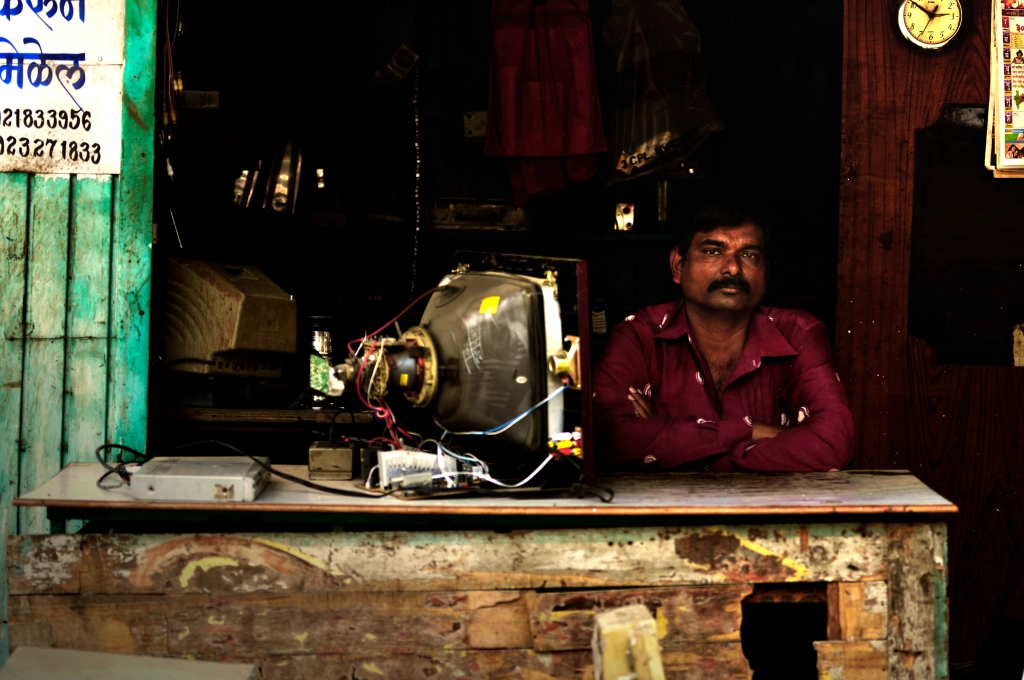
Photograph by Kristian Bertel, Your Shot –
Television repair shop, India
In this photograph an Indian man is photographed in his television repair shop in Aurangabad, India. Television in India is a huge indiustry which has thousands of programmes in many languages. The small screen has produced numerous celebrities, of whom, a few attain national fame and more than half of all Indian households own a television. »
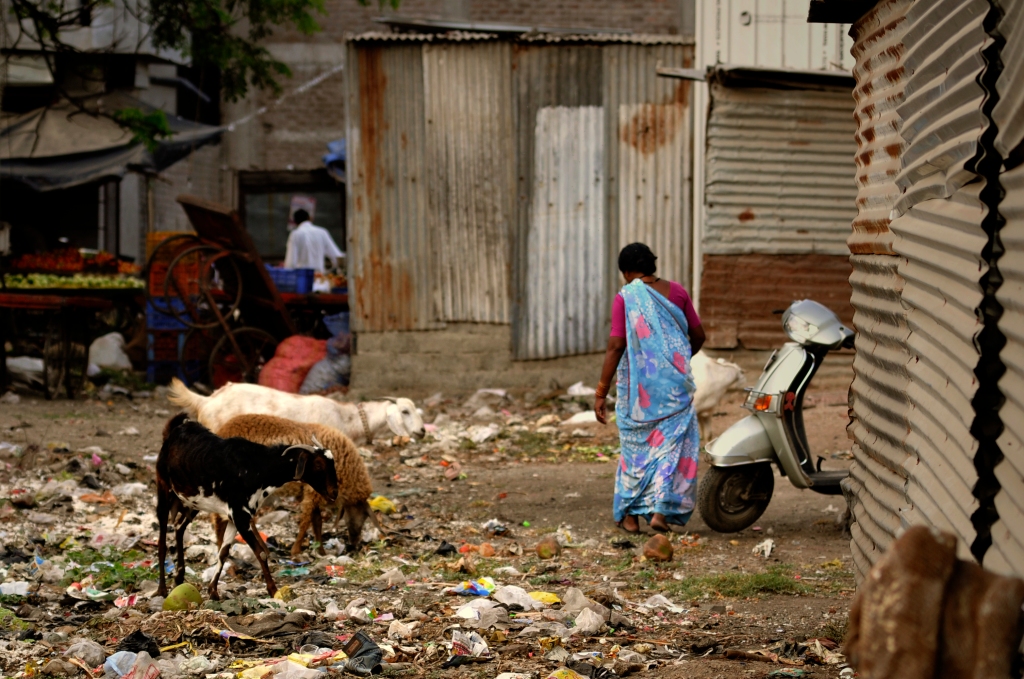
Photograph by Kristian Bertel, Your Shot –
Indian woman and goats in Aurangabad
An Indian woman is walking with goats in Aurangabad. It is a city in the Aurangabad District, which is one of 36 districts of Maharashtra state in western India. It is bordered by the districts of Nashik to the west, Jalgaon to the north, Jalna to the east and Ahmednagar to the south. »

Photograph by Kristian Bertel, Your Shot –
Old woman in Nashik
India is facing the same problem as many developing nations in that its elderly population is increasing tremendously, with a current estimate of 90 million over the age of 60. Surveys have found that one out of every six older persons living in urban areas in India aren’t obtaining proper nutrition, one out of every three older persons does not obtain sufficient health care or medicine, and one out of every two older persons don’t receive due respect or good conduct from family members or people in general »
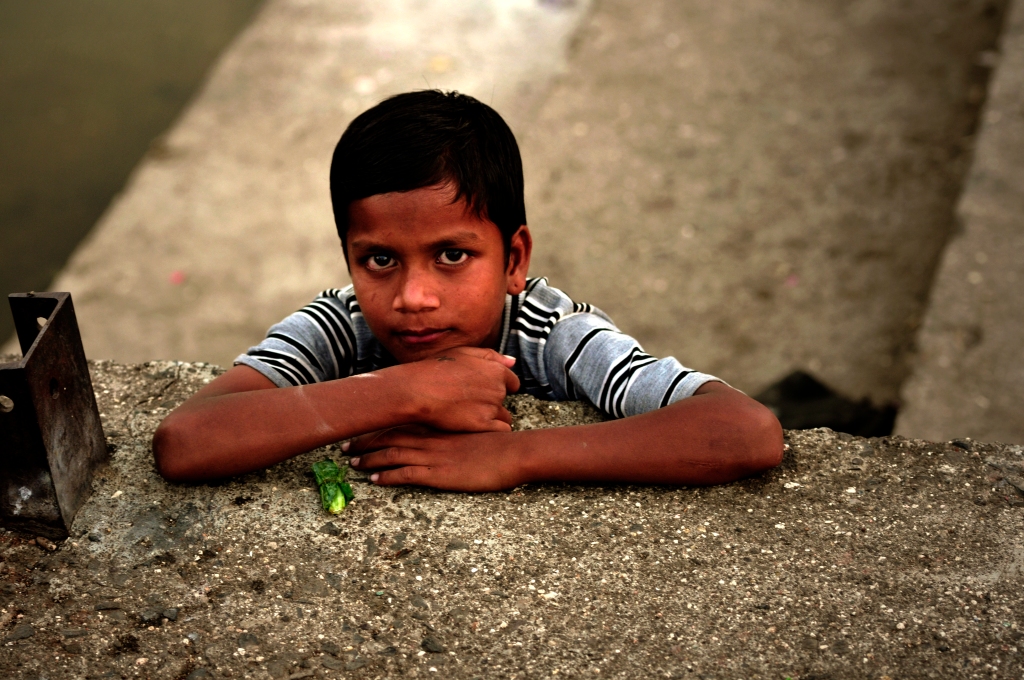
Photograph by Kristian Bertel, Your Shot –
Boy portraiture, India
An Indian boy’s portrait has been photographed along the banks of the Godavari River in Nashik, Maharashtra, India. There are many different techniques for portrait photography. Often it is desirable to capture the subject’s eyes and face in sharp focus while allowing other less important elements to be rendered in a soft focus. At other times, portraits of individual features might be the focus of a composition such as the hands or eyes. »
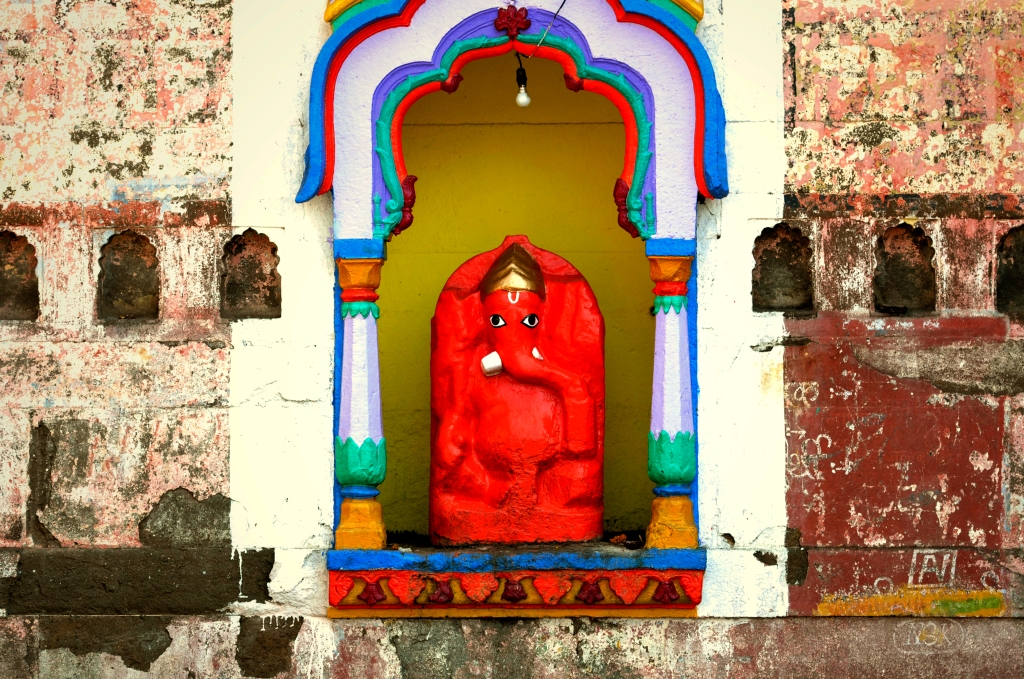
Photograph by Kristian Bertel, Your Shot –
Ganesh, India
Ganesh, also known as Ganesha, Ganapati and Vinayaka, is one of the best-known and most worshipped deities in the Hindu pantheon. Although he is known by many attributes, Ganesh’s elephant head makes him easy to identify. Ganesh is widely revered as the remover of obstacles, the patron of arts and sciences and the deva of intellect and wisdom. In Hindu temples, Ganesh is depicted in various ways such as an acolyte or subordinate deity as a deity related to the principal deity or as the principal deity of the temple, treated similarly to the highest gods of the Hindu pantheon. As the god of transitions, he is placed at the doorway of many Hindu temples to keep out the unworthy, which is analogous to his role as Parvati’s doorkeeper. »
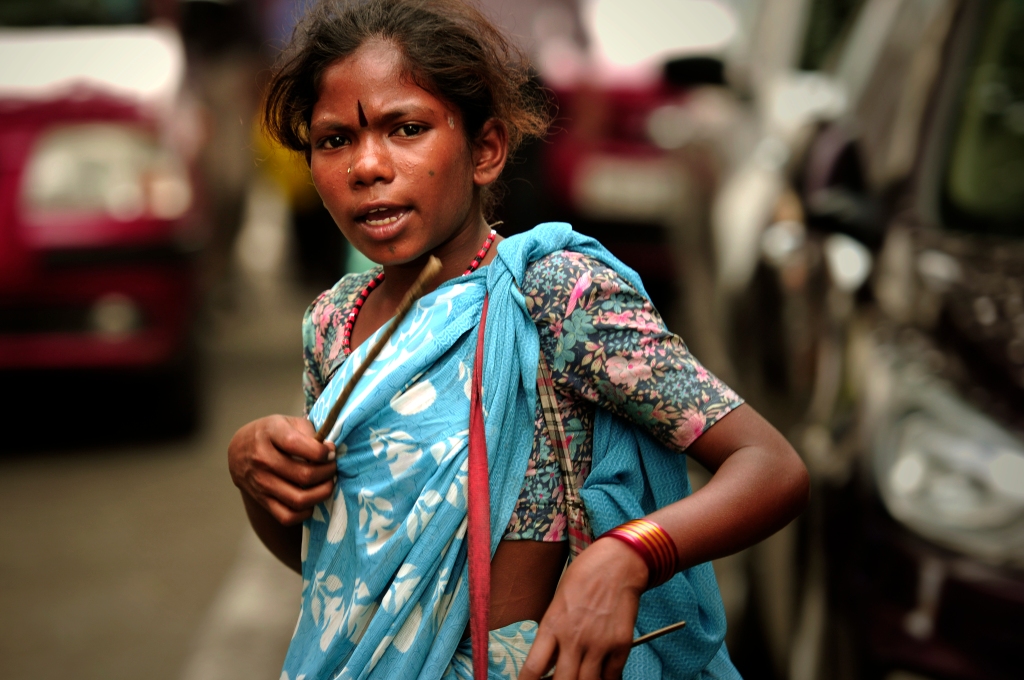
Photograph by Kristian Bertel, Your Shot –
Drum girl in Mumbai, India
This girl was playing on a drum in the Bora Bazar Street, which is situated near the Victoria Station in Mumbai, India. Children working in the streets is one of the major issues of Indian society and many efforts are made to keep children away from street for example with education. »
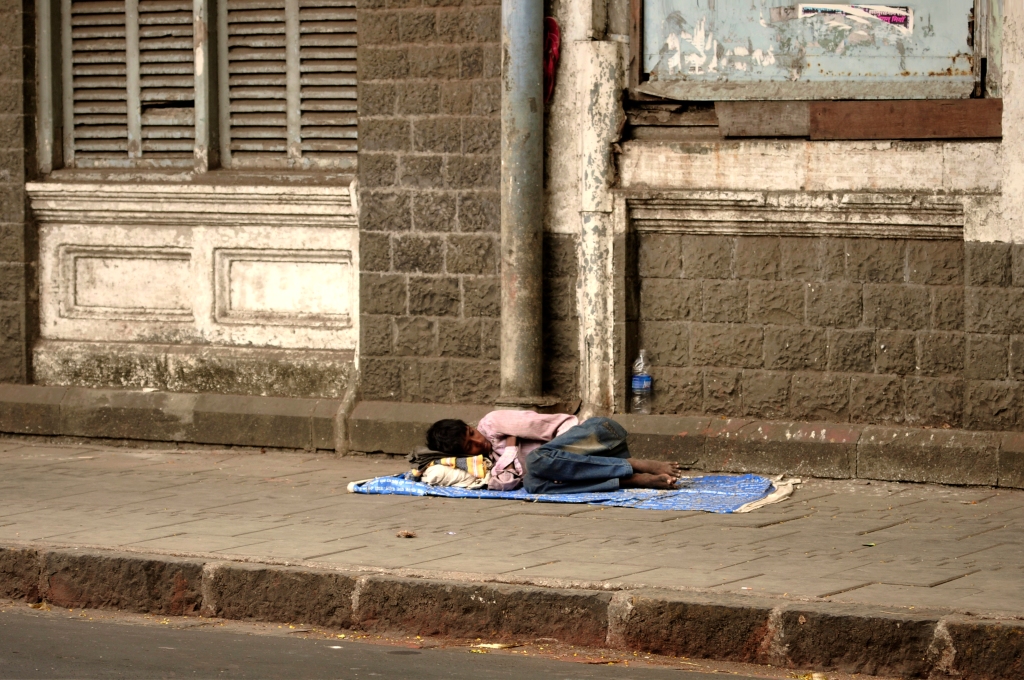
Photograph by Kristian Bertel, Your Shot –
Sleeping in the street, India
An Indian boy is sleeping at the Hazarimal Somani Road in Mumbai, India. Ever increasing prices of even basic commodities is one of the reasons of India’s poverty. A person below the poverty line finds it difficult to survive. Caste system and unequal distribution of income and resources is another reason of poverty in India. »
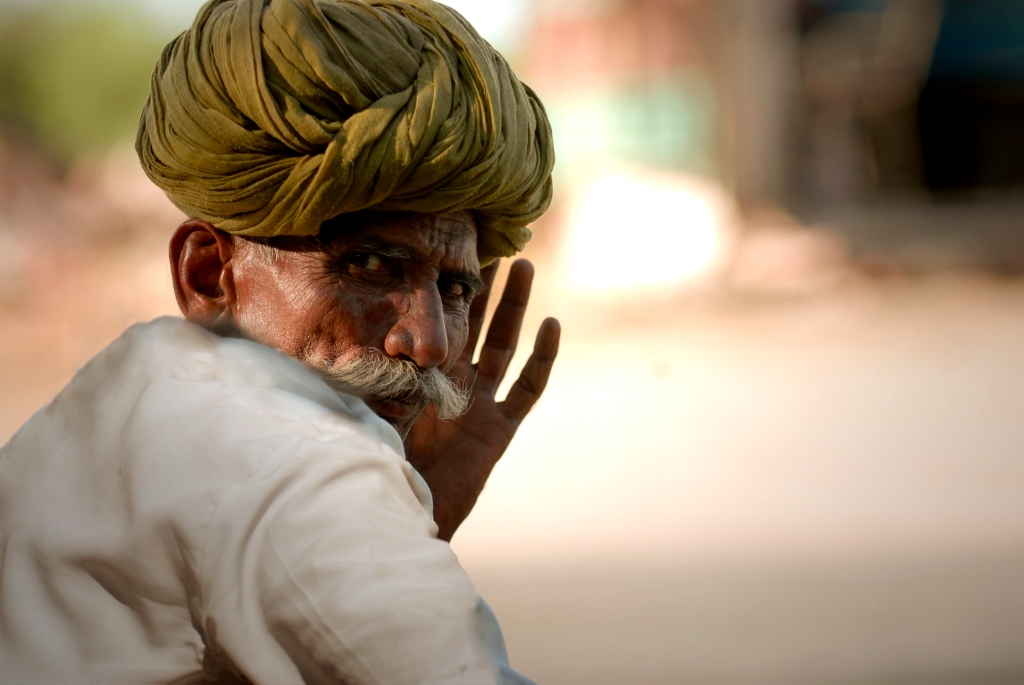
Photograph by Kristian Bertel, Your Shot –
Rajasthan man with moustache
Rajasthan has artistic and cultural traditions which reflect the ancient Indian way of life. There is a rich and varied folk culture from villages which is often depicted symbolic of the state. Rajasthan had a glorious history. It is known for many brave kings, their deeds and their interest in art and architecture. Rajasthan, the land of Kings. Drenched into royal grandeur and soaked into glorious history, Rajasthan is one of the most charming and captivating states of India. »
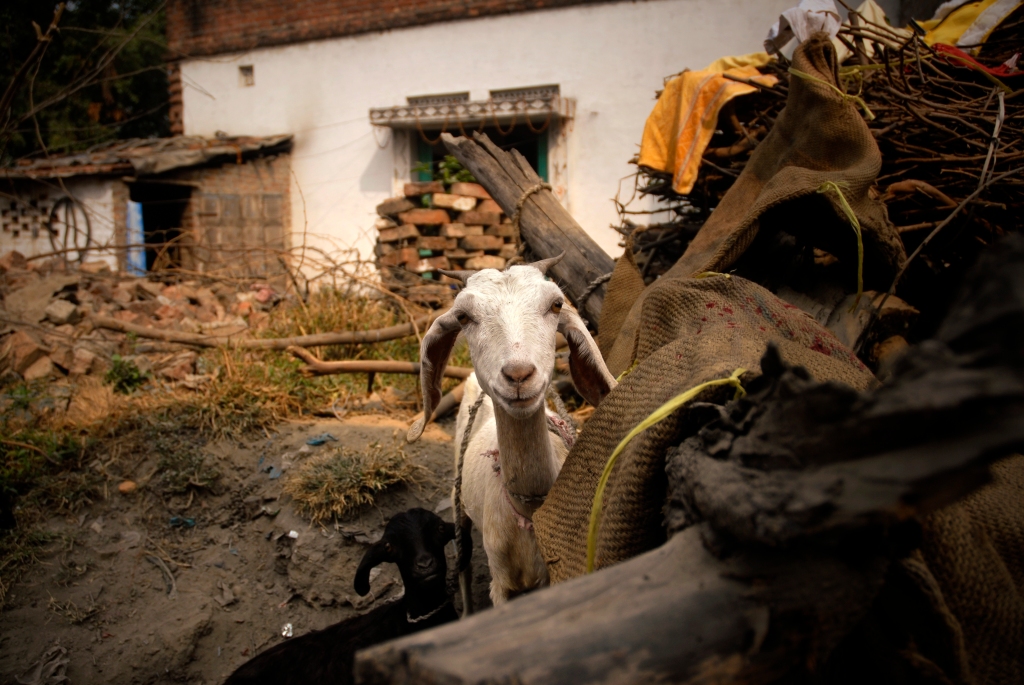
Photograph by Kristian Bertel, Your Shot –
Goats in Uttar Pradesh, India
In this photograph a couple of goats have been photographed in a village in Uttar Pradesh, India. A village is a clustered human settlement or community, larger than a hamlet but smaller than a town, with a population ranging from a few hundred to a few thousand. Though often located in rural areas, the term urban village is also applied to certain urban neighborhoods. Villages are normally permanent, with fixed dwellings, however, transient villages can occur. Further, the dwellings of a village are fairly close to one another, not scattered broadly over the landscape, as a dispersed settlement. In the past, villages were a usual form of community for societies that practise subsistence agriculture, and also for some non-agricultural societies. »
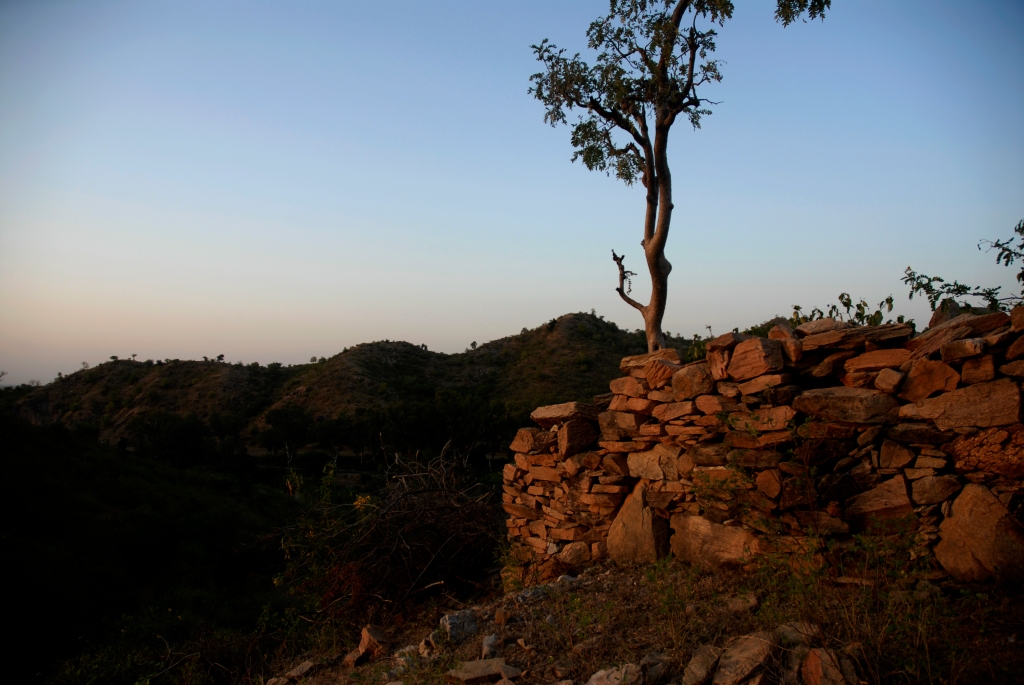
Photograph by Kristian Bertel, Your Shot –
Little tree, India
Though a large percentage of the total area is desert with little forest cover, Rajasthan has a rich and varied flora and fauna. The natural vegetation is classed as Northern Desert Thorn Forest. These occur in small clumps scattered in a more or less open forms. The density and size of patches increase from west to east following the increase in rainfall. »
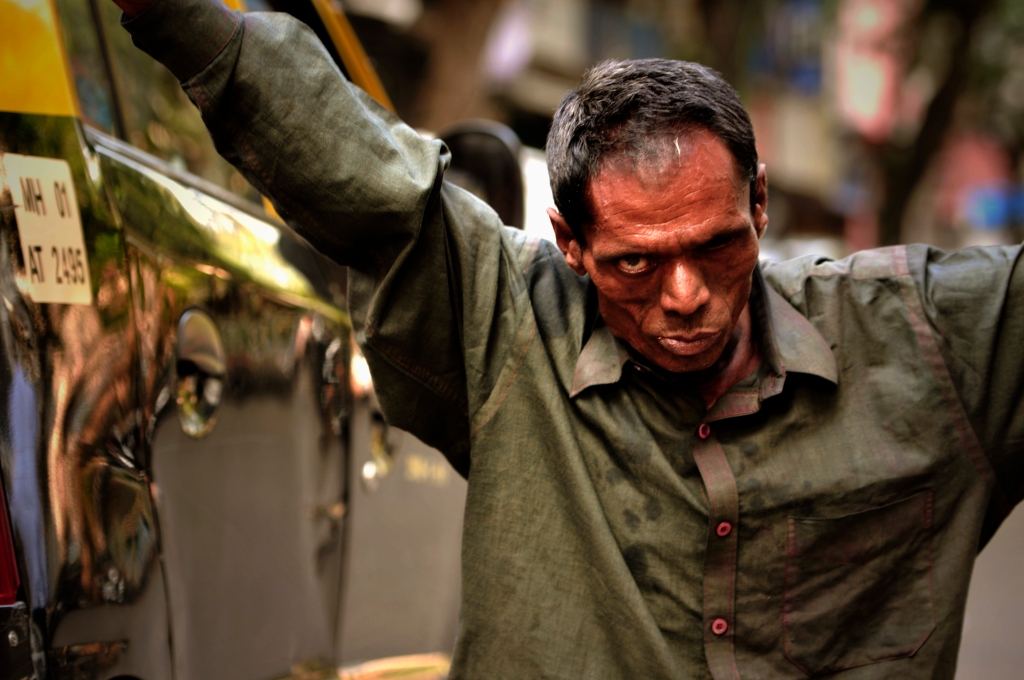
Photograph by Kristian Bertel, Your Shot –
Street performer in Mumbai
This is a photo of an entertaining and street performing Indian man seen in Mumbai, India. Street performance or busking is the act of performing in public places for gratuities, though busking is particularly associated with singing or playing music. In many countries the rewards are generally in the form of money but other gratuities such as food, drink or gifts may be given. Street performance is practiced all over the world by men, women and children and dates back to antiquity. People engaging in this practice are called street performers or buskers. »
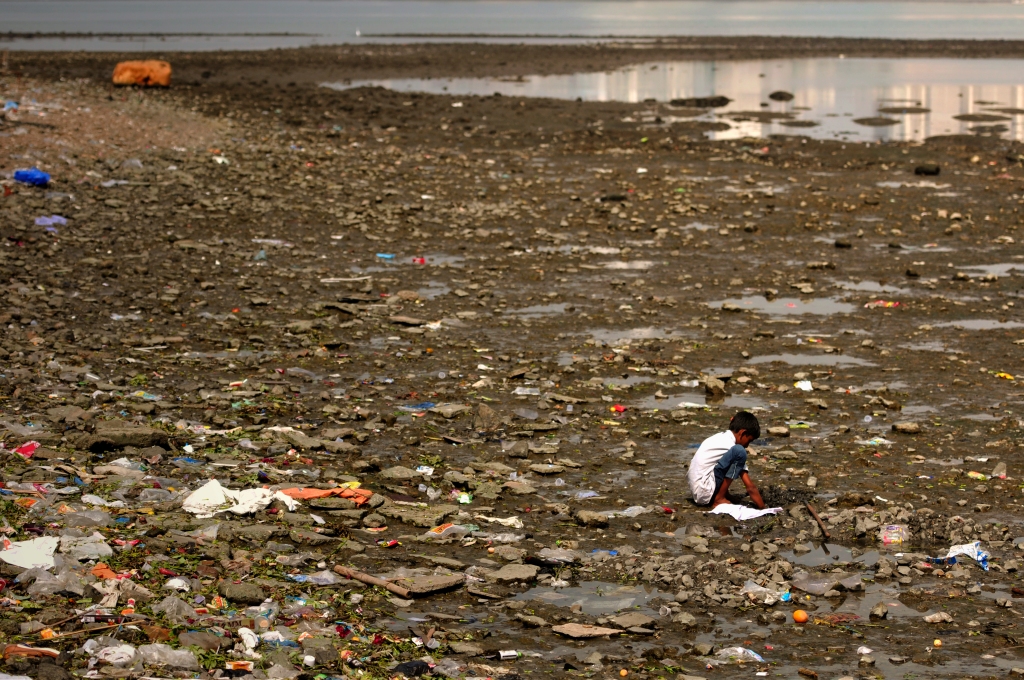
Photograph by Kristian Bertel, Your Shot –
Boy at the bay, India
An Indian boy is sitting at the bay in Mumbai, India in this photograph. Though Mumbai can feel chaotic and crowded, there are peaceful moments to be found here. »
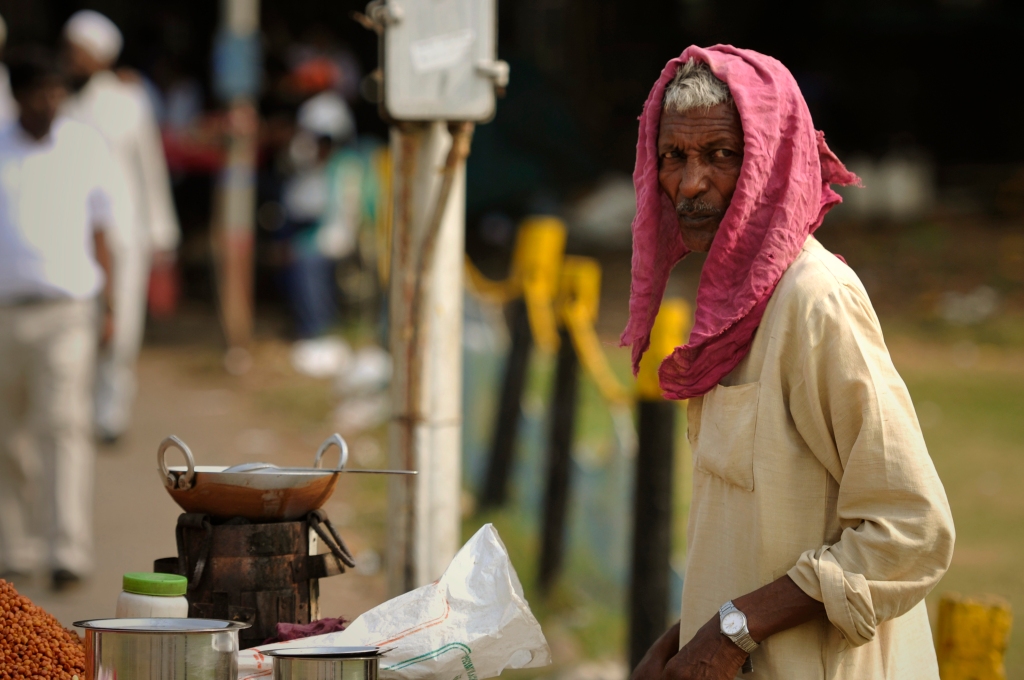
Photograph by Kristian Bertel, Your Shot –
Azad Maidan, India
Photograph of a street vendor at the Azad Maidan, formerly known as Bombay Gymkhana Maidan, which is a triangular-shaped maidan sports ground in Mumbai, Maharashtra, India. It is located on 25 acres of land near the Chhatrapati Shivaji Terminus station and it is a regular venue for inter-school cricket matches. »
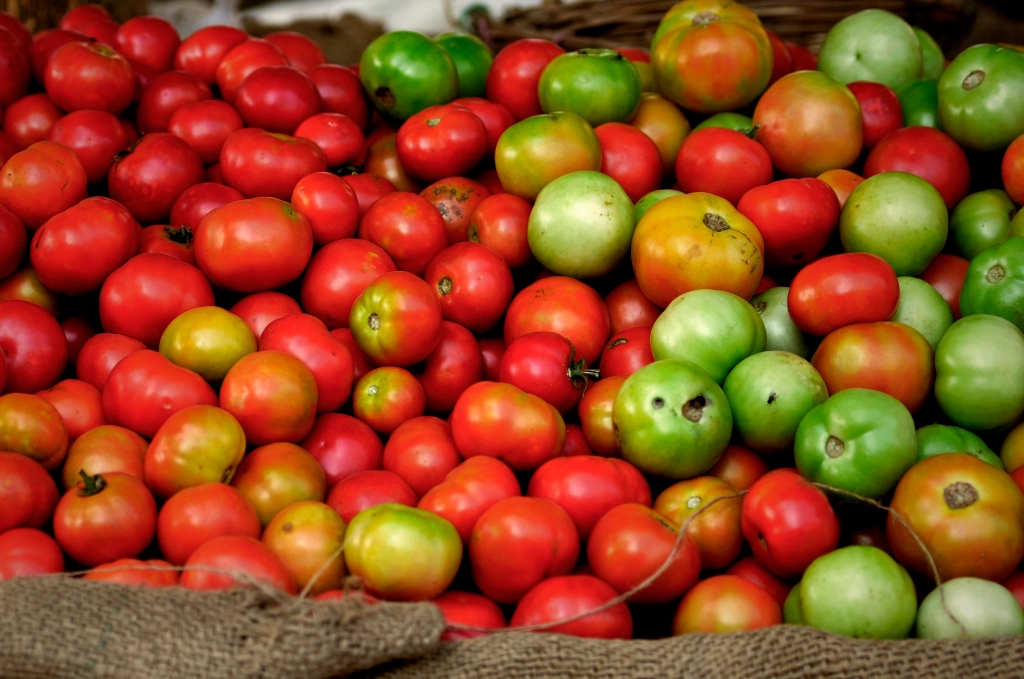
Photograph by Kristian Bertel, Your Shot –
Tomatoes in India
A colorful scene of tomatoes has been taken in this Indian travel photograph from India. Botanically, a tomato is a fruit. However, the tomato has a much lower sugar content than other edible fruits, and is therefore not as sweet. Typically served as part of a salad or main course of a meal, rather than at dessert, it is considered a culinary vegetable. One exception is that tomatoes are treated as a fruit in home canning practices, where they are acidic enough to process in a water bath rather than a pressure cooker as vegetables require. The tomato is consumed in diverse ways, including raw, as an ingredient in many dishes, sauces, salads and drinks. »
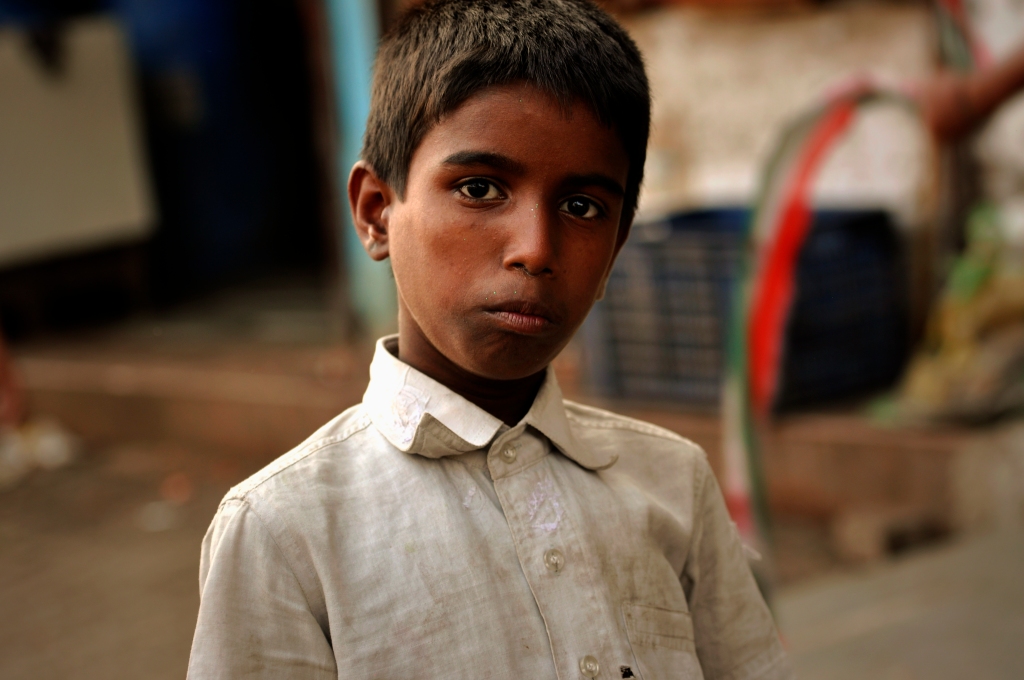
Photograph by Kristian Bertel, Your Shot –
Boy in a street in Dharavi
From the beginning of the morning Dharavi is already noisy. Tea stalls already clinking, leather-making and embroidery and plastic-crushing machines already cranking through their long daily grind, also in this photograph of a boy taken in the late afternoon. Dharavi, the most well-known informal settlement in Mumbai, stands in a category of its own, and challenges the very notion of a slum. »
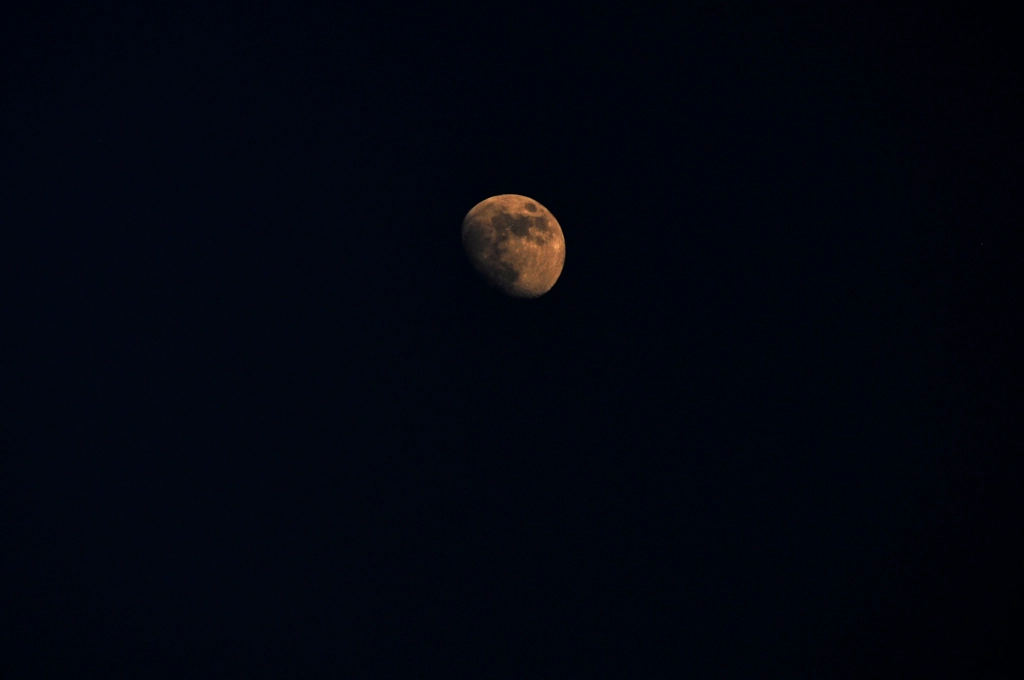
Photograph by Kristian Bertel, Your Shot –
Moon, India
The moon is setting in over Mumbai in this travel picture from India. The surface of the moon is made primarily of light gray rock, but the dark gray spots that can be seen on the moon are from volcanic craters. The more titanium that is present on the surface of the moon, the darker the color will be. Some pieces of the surface of the moon are more of a brown-gray color and some are closer to a white color. The color of the moon that is seen in pictures from space most closely resembles the true color of the moon. Since there is less reflection from the sun during the daytime, the moon will often appear white from the Earth during the day. At night, the moon generally has a yellow tint to it. Depending on the time of year and the different cycles of the Earth, the moon can take on a darker yellow tint that can cause it to appear orange. »
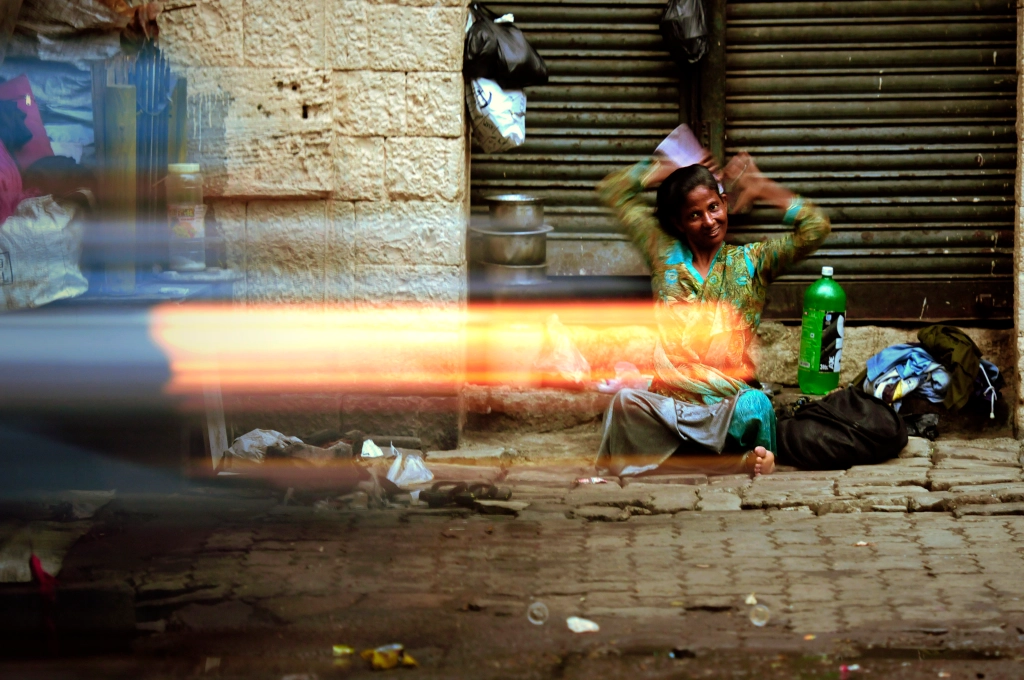
Photograph by Kristian Bertel, Your Shot –
Indian woman in street
Photographs, by definition, capture and immortalize a small slice of life. There is little for the viewer to infer what happens before or after that moment. However, there are images that need to communicate motion. In this photograph an Indian woman has been photographed in a busy street in Mumbai, India, where the motion is used to eliminate elements in a scene that may serve as distractions to the viewer as cars move in front of her. »
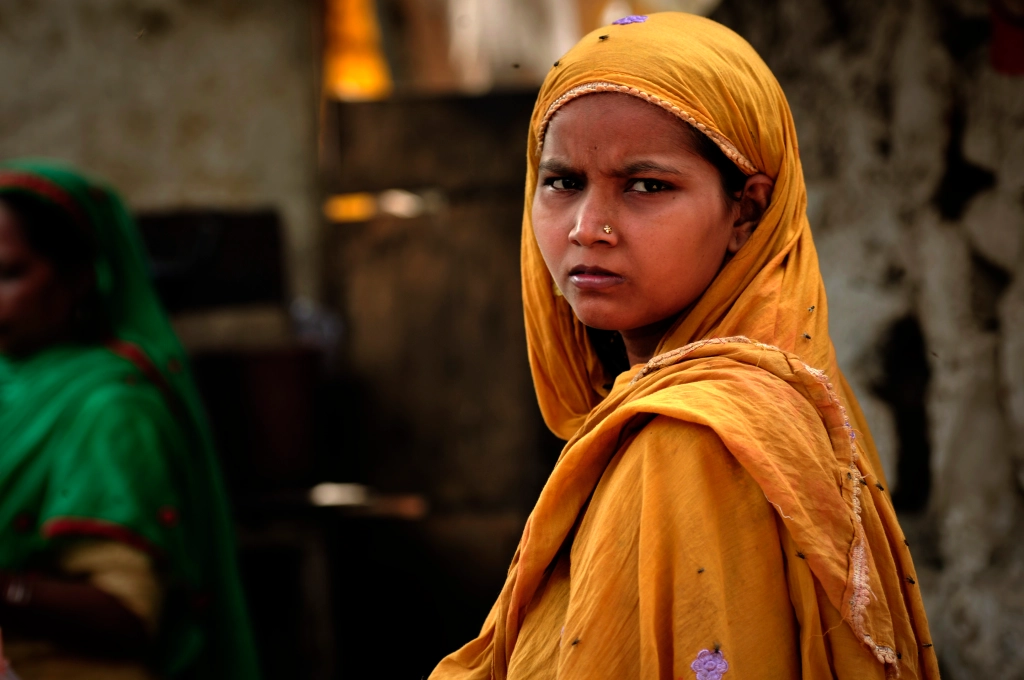
Photograph by Kristian Bertel, Your Shot –
Indian girl in yellow sari
A portrait is a photograph and a representation of a person, in which the face and its expression is predominant like with this Indian girl in a yellow sari. The intent of this portrait from India is to display the likeness, personality and even the mood of the person. For this reason, in photography a portrait is generally not a snapshot, but a composed image of a person in a still position. A portrait often shows a person looking directly at the photographer, in order to most successfully engage the subject with the viewer. »
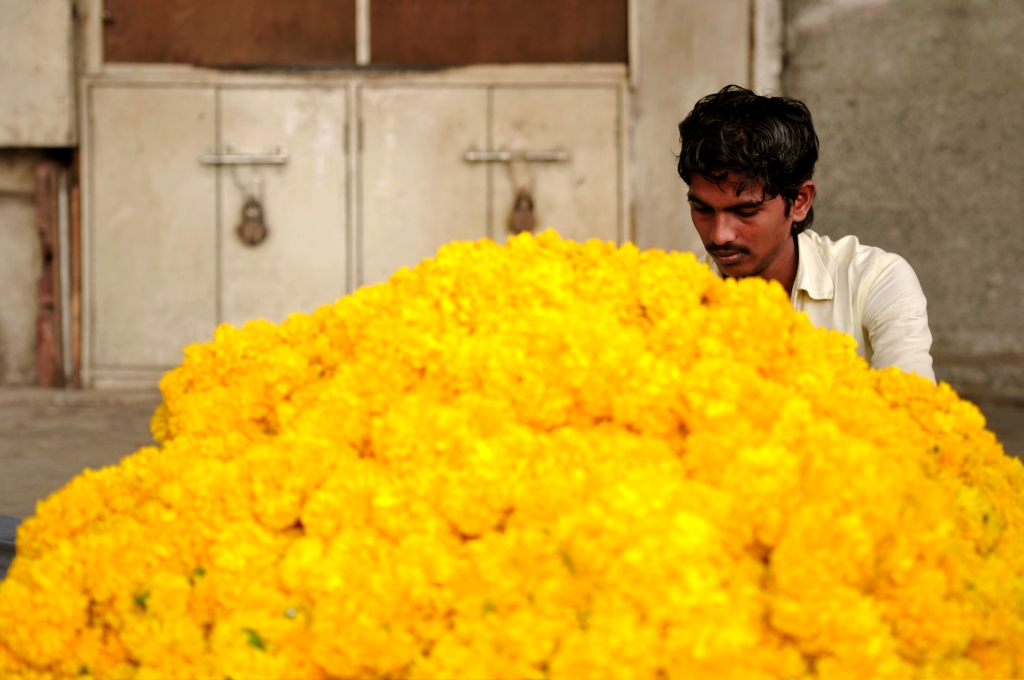
Photograph by Kristian Bertel, Your Shot –
Marigold flowers, India
As you can see in the photo portrayed above the Marigold flower is very common in India. The name ‘Marigold’ comes from ‘Mary’s gold’ after Mother Mary and the name used for it in many parts if India is Genda. The word ‘Genda’ possibly comes from the Gonda, the tribe of Chattisgarh where the flower is cultivated. In fact, Gonda even have a legend behind the origin of the flower. »
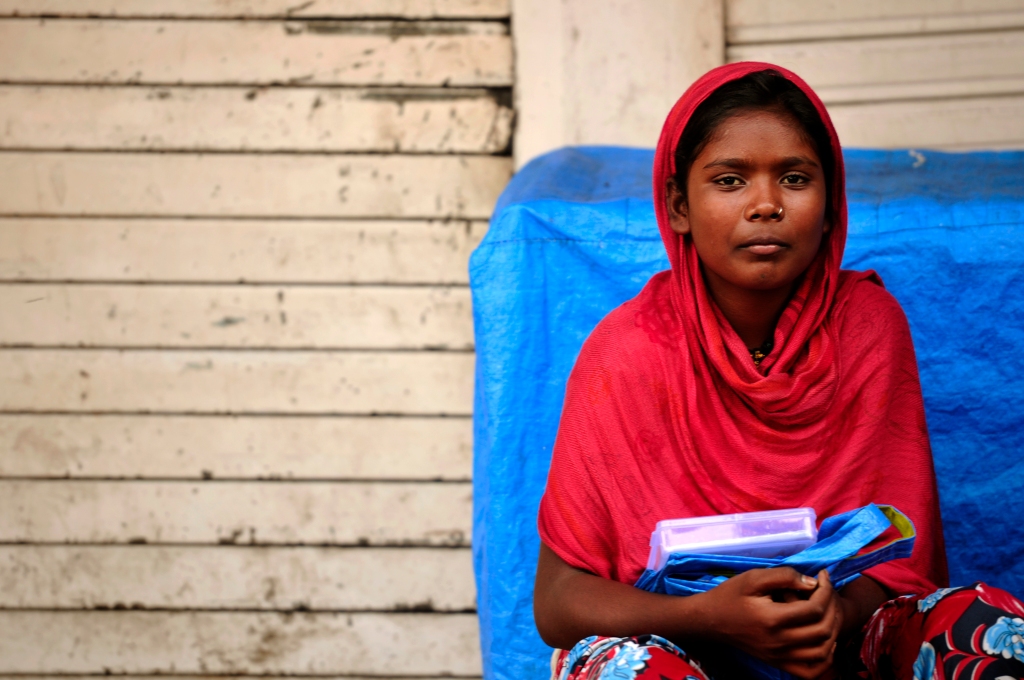
Photograph by Kristian Bertel, Your Shot –
Indian girl in red sari
An Indian girl in a red sari is photographed at the Mahatma Jyotiba Phule Mandai, formerly known as the Crawford Market. It is one of South Mumbai’s most famous markets. The market houses a wholesale fruit, vegetable and poultry market. One end of the market is a pet store, where different varieties of dogs, cats, and birds can be found in this area. Most of the sellers inside the market sell imported items such as foods, cosmetics, household and gift items. »
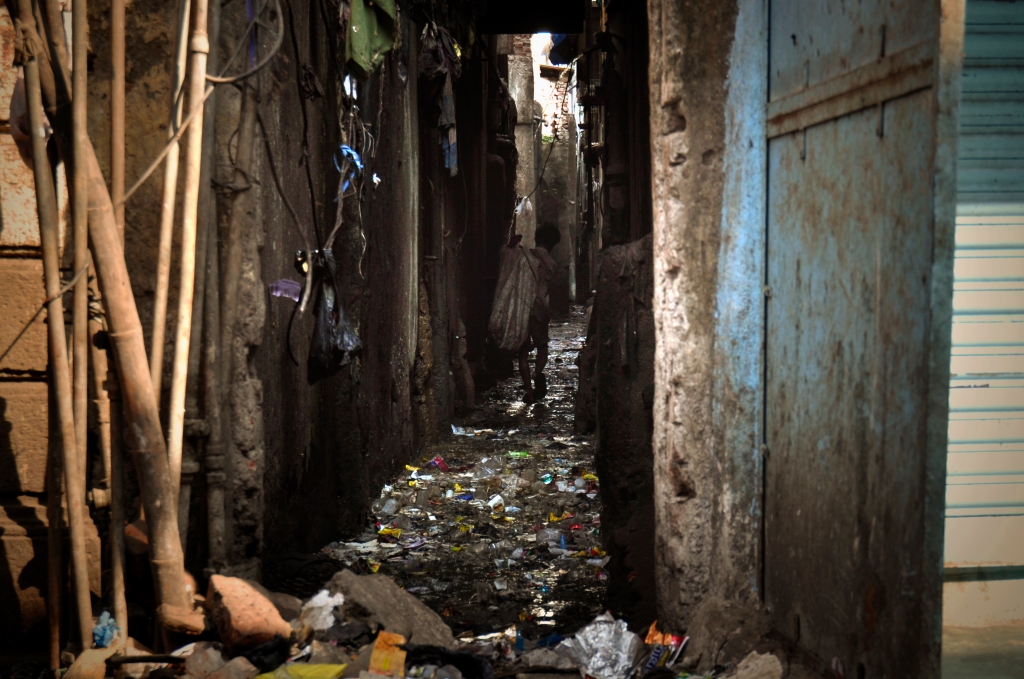
Photograph by Kristian Bertel, Your Shot –
Walking in trash, India
An Indian man is walking in a small corridor full of trash, looking for things with a value in Mumbai, India. In spite of all the efforts, overall number of poor in India is increasing and becoming a hurdle. Poverty is just like a disease to which many other problems such as low-paced development and so on are associated. There are number of people in India who still live on the streets and beg for the whole day to eat a meal. People below the poverty line live in unhygienic conditions and are so prone to many health problems. With this, the vicious cycle of poor health, lack of education and more poverty keeps on increasing. »
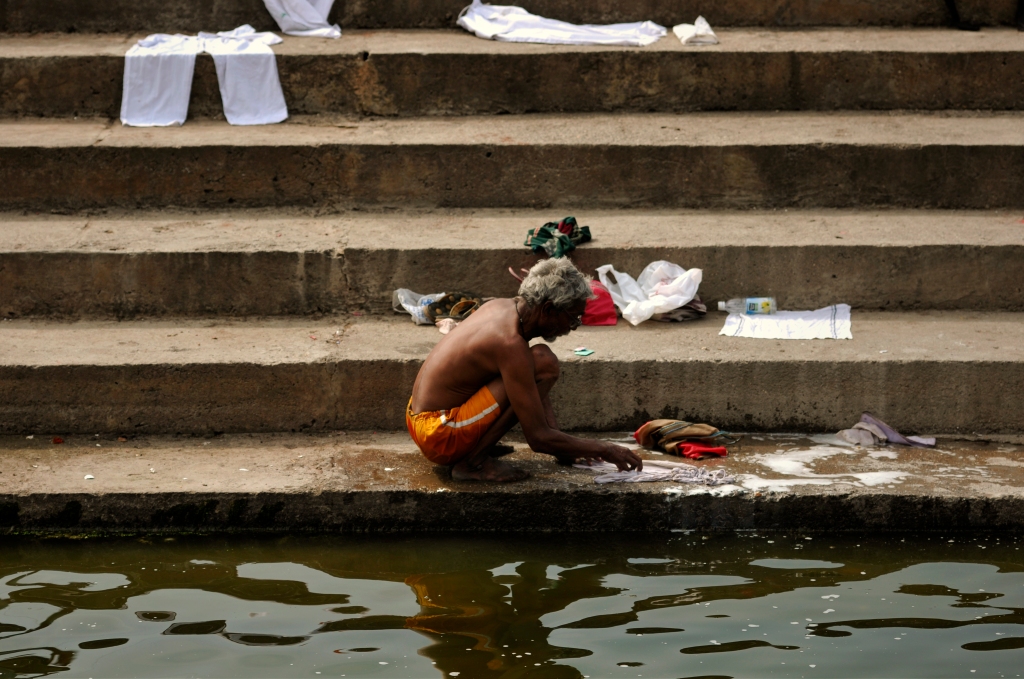
Photograph by Kristian Bertel, Your Shot –
Indian man washing clothes
An Indian man is washing his clothes at the Godavari River in Nashik, a city located in the Maharashtra province in india. Nashik is said to be the abode of Lord Rama during his fourteen years in exile here and it is located on the banks of the Godavari which originates in the south-west of the city at Trimbakeshwar. »
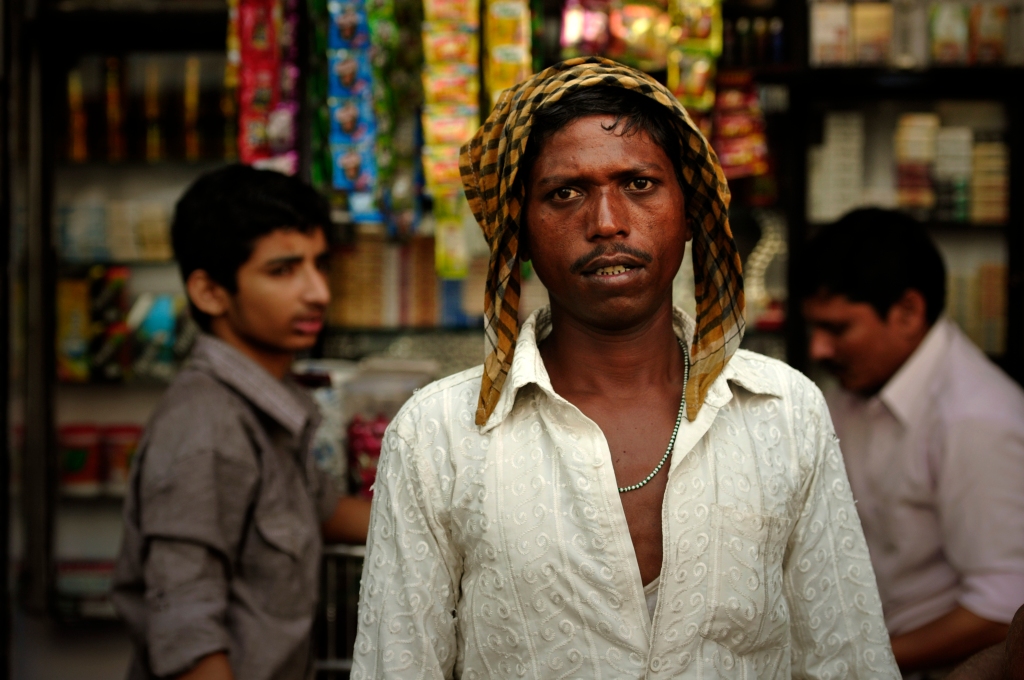
Photograph by Kristian Bertel, Your Shot –
Portrait from India
India is a country that for the traveler and the visitor will leave you shocked, astonished and amazed all the time and everywhere you go. In countless streets the people you can meet are an experience of its own. Portraying the faces of India has been of great interest for the photograph during his travels to India. It is the faces and the portraits that for the photographer define some of the cultural understanding and keeps him fascinated about India. »
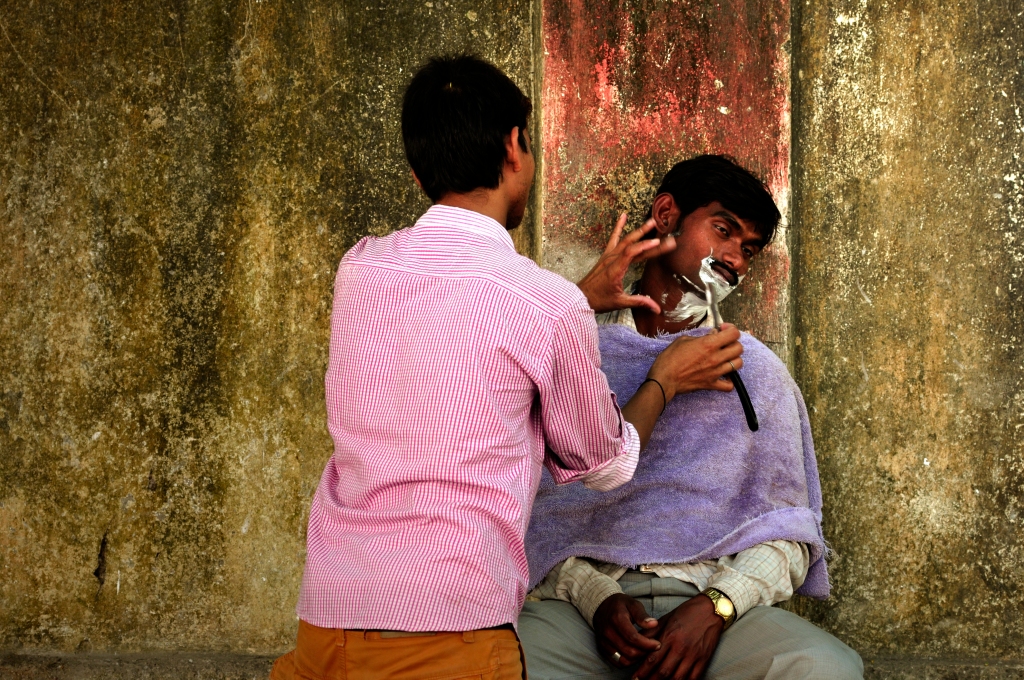
Photograph by Kristian Bertel, Your Shot –
Shaving in Mumbai, India
A street barber is shaving an Indian man in this photograph taken in Mumbai, India. A barber is a person whose occupation is mainly to cut, dress, groom, style and shave men’s and boys’ hair. A barber’s place of work is known as a barber shop or a barber’s. Barber shops are also places of social interaction and public discourse. In some instances, barbershops are also public forums like in this street photo from Mumbai, India. »
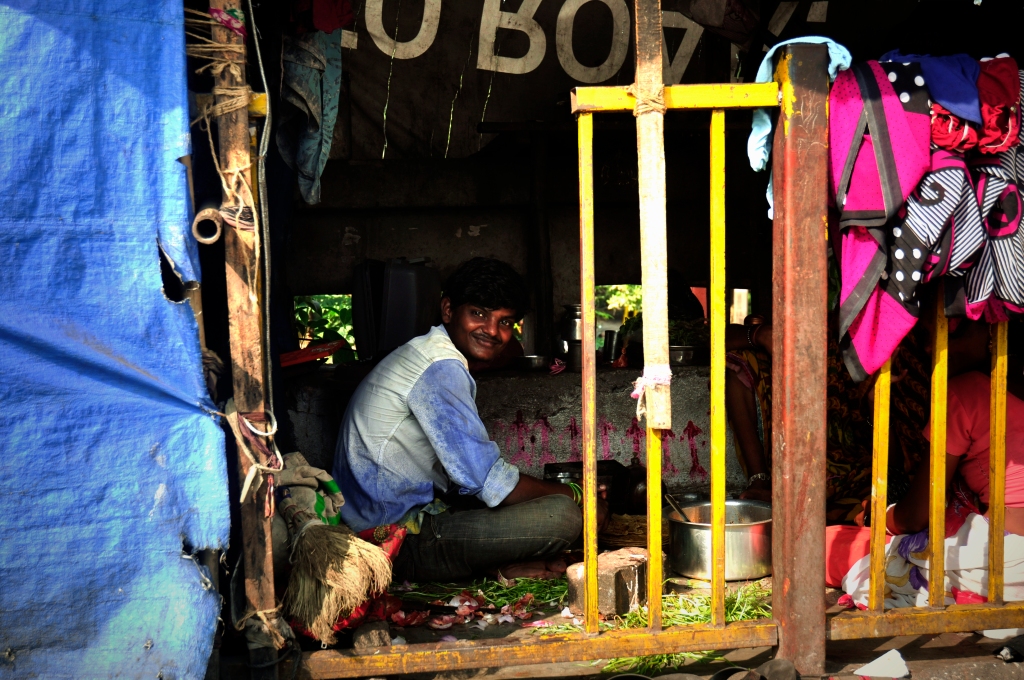
Photograph by Kristian Bertel, Your Shot –
Slum residence at the Wadala Bridge
Slums typically begin at the outskirts of a city. Over time, the city may expand past the original slums, enclosing the slums inside the urban perimeter. New slums sprout at the new boundaries of the expanding city, usually on publicly owned lands, thereby creating an urban sprawl mix of formal settlements, industry, retail zones and slums. In this photograph a young man has been photographed in his slum residence at the Wadala Bridge in Mumbai, India. »
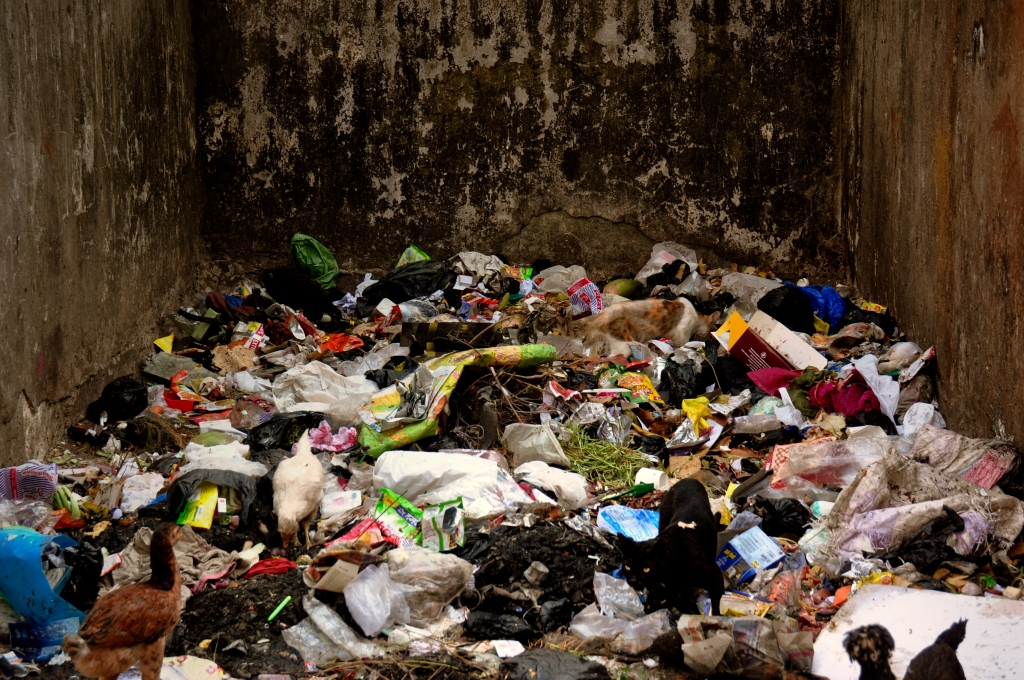
Photograph by Kristian Bertel, Your Shot –
Cat in garbage, India
Trash and garbage is a common sight in urban and rural areas of India. It is a major source of pollution. Indian cities alone generate more than 100 million tons of solid waste a year. Street corners are piled with trash. Public places and sidewalks are despoiled with filth and litter, rivers and canals act as garbage dumps. In part, India’s garbage crisis is from rising consumption. India’s waste problem also points to a stunning failure of governance. »

Photograph by Kristian Bertel, Your Shot –
Indian girl in Dharavi
At the Dharavi Depot Road this Indian girl was photographed in the slum. Urban poverty encourages the formation and demand for slums. With rapid shift from rural to urban life, poverty migrates to urban areas. The urban poor arrives with hope, and very little of anything else. He or she typically has no access to shelter, basic urban services and social amenities. Slums are often the only option for the urban poor. »
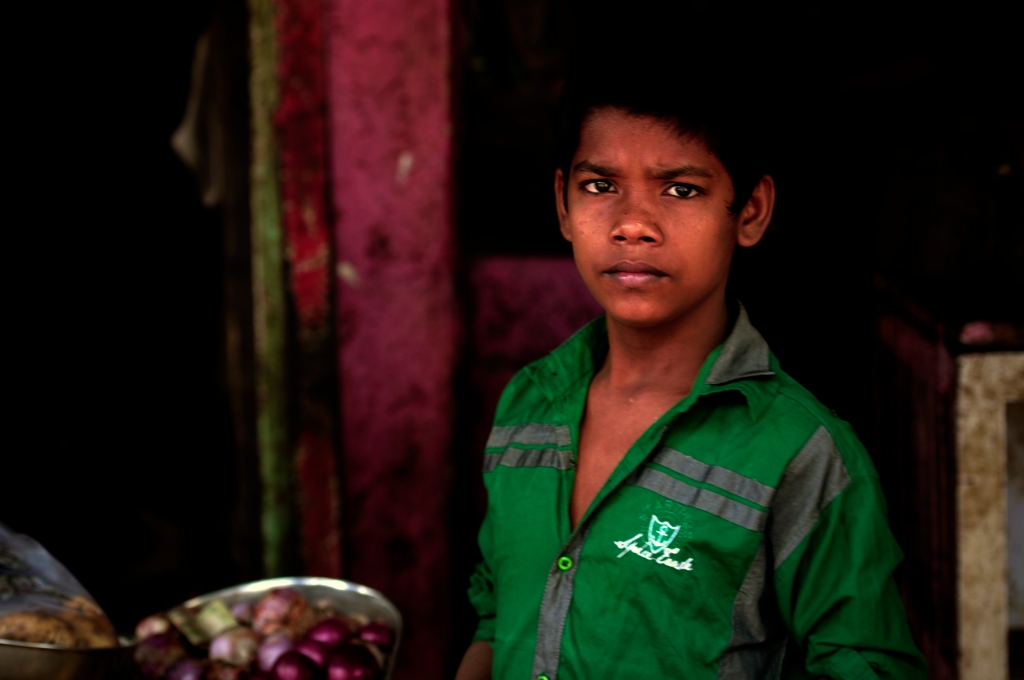
Photograph by Kristian Bertel, Your Shot –
Indian boy in Dharavi
Dharavi, known as one of the biggest slums on Earth, has many people living in abject poverty and destitute conditions. Dharavi has had settlements since the beginning of the 18th century, which comprised Kolis or the fisher folk, who lived at the edge of the creek that came in from the Arabian Sea. In this photograph an Indian boy has been photographed in Dharavi. »
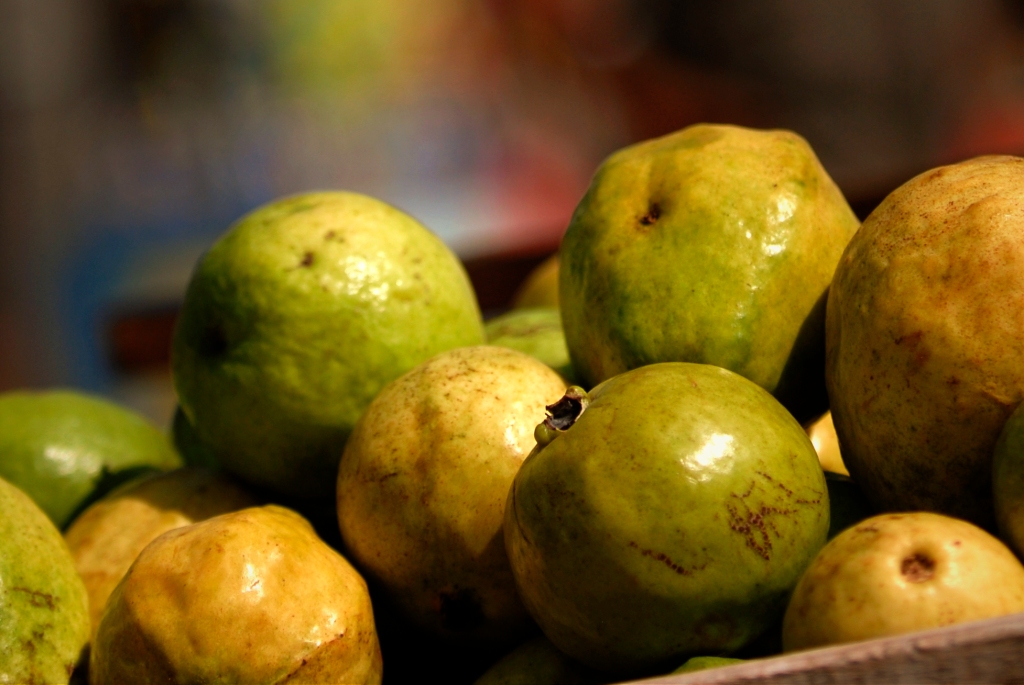
Photograph by Kristian Bertel, Your Shot –
Fruits of India
Though the Indian summer is quite harsh, some of the best fruits and vegetables are made available to the locals during this hot season. India is named as the fruit and vegetable basket of the world. Globally, the country ranks fifth in terms of areas under cultivation. Mangoes, grapes, black plums, Chinese hazelnut, watermelons, oranges and muskmelons are some of the major fruits grown in India. »
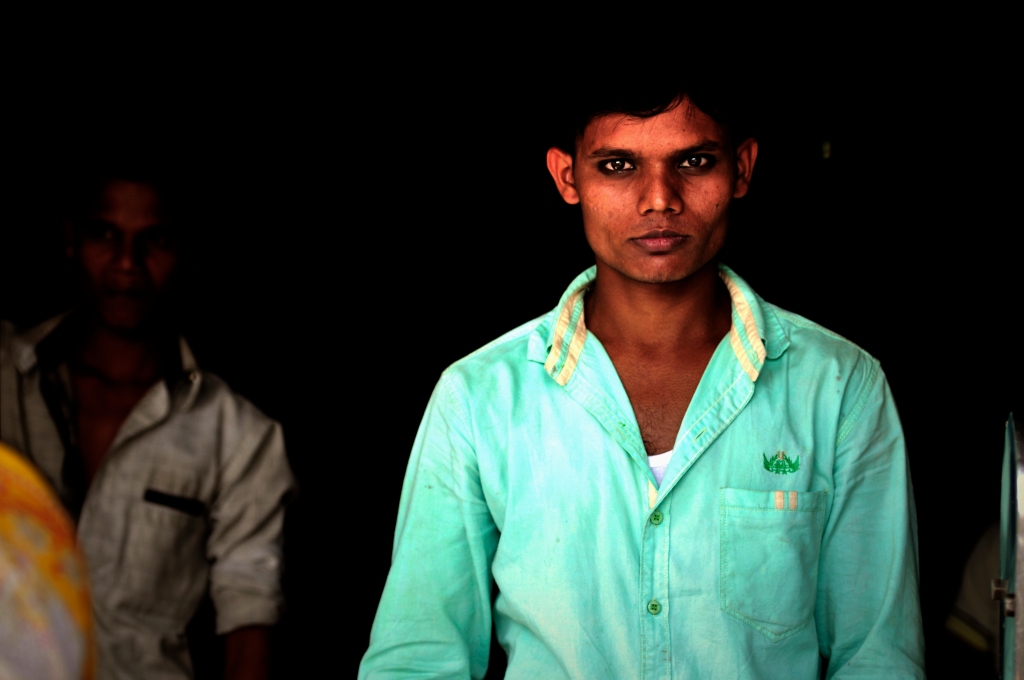
Photograph by Kristian Bertel, Your Shot –
Anna Chawl, Dharavi
This Indian man’s portrait was taken in the Anna Chawl area of Dharavi. Dharavi’s emergence is closely associated with the migratory patterns that had marked the city of Mumbai. The migrants who made Dharavi their home are the Maharashtrians from the Konkan coast, the Gujarati community, tanners from Tamil Nadu and artisans from Uttar Pradesh. »
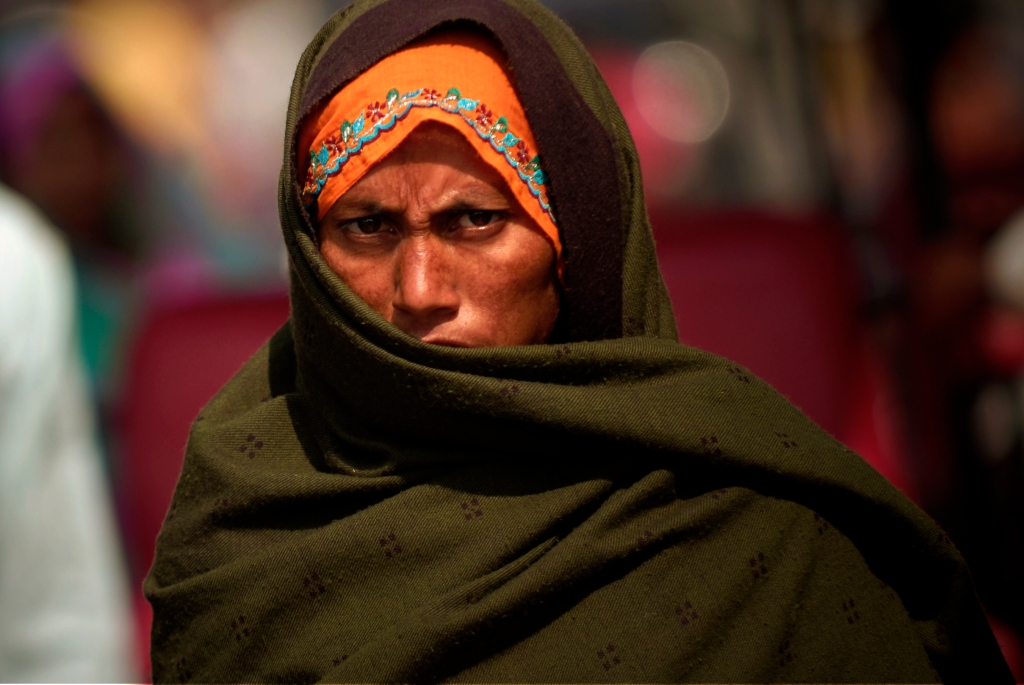
Photograph by Kristian Bertel, Your Shot –
Nomadic woman in Jaipur, India
The nomadic communities in India can be broadly divided into three groups hunter gatherers, pastoralists and the peripatetic or non-food producing groups. Among these, peripatetic nomads are the most neglected and discriminated social group in India. They have lost their livelihood niche because of drastic changes in transport, industries, production, entertainment and distribution systems. In this photograph an Indian woman is photographed in Jaipur, India. »
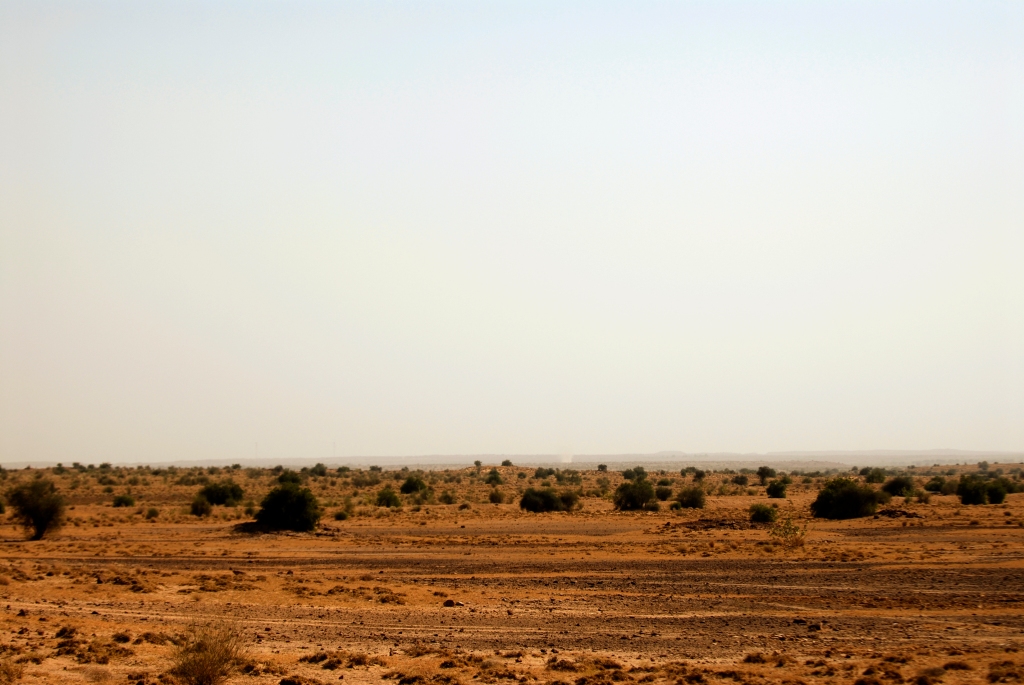
Photograph by Kristian Bertel, Your Shot –
Landscape, India
The geographic features of Rajasthan are the Thar Desert and the Aravalli Range, which run through the state from southwest to northeast, almost from one end to the other, for more than 850 kilometres. This picture has been taken of the Thar Desert on the road near Jaisalmer, India. »
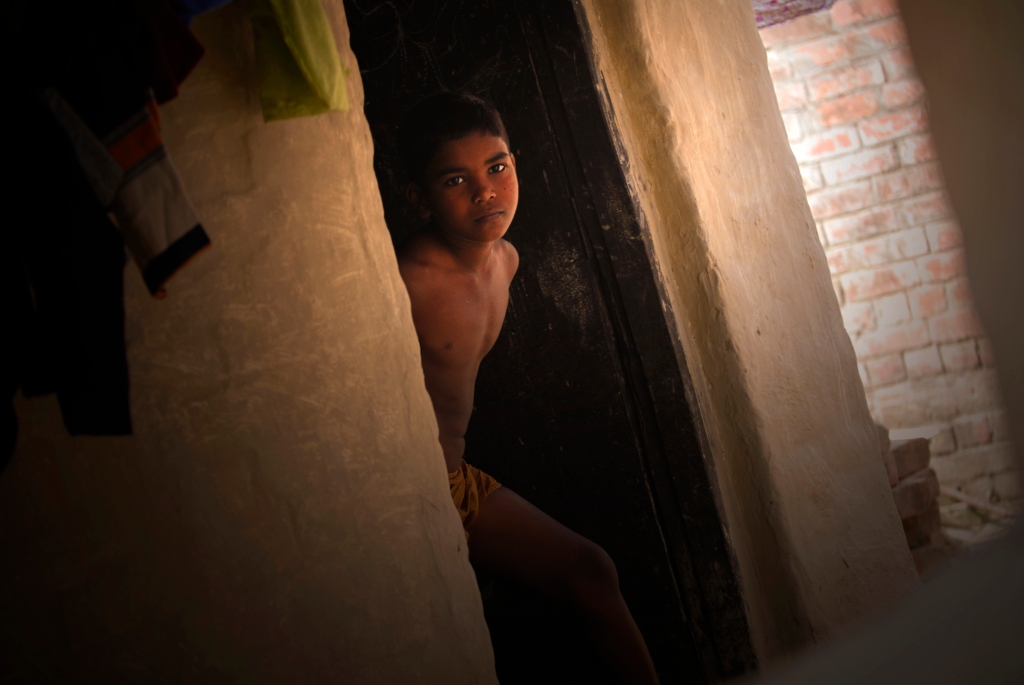
Photograph by Kristian Bertel, Your Shot –
Boy in a village house, India
In this portrait an Indian boy is running out of a village house near Varanasi in Uttar Pradesh, India. From the beginning of depiction, the portrait has invited its audience to recognize the identity of the subject and then to remember. In photographs and as human beings we connect, eye to eye, with others who live in places and engage in behaviour we may not have imagined. »
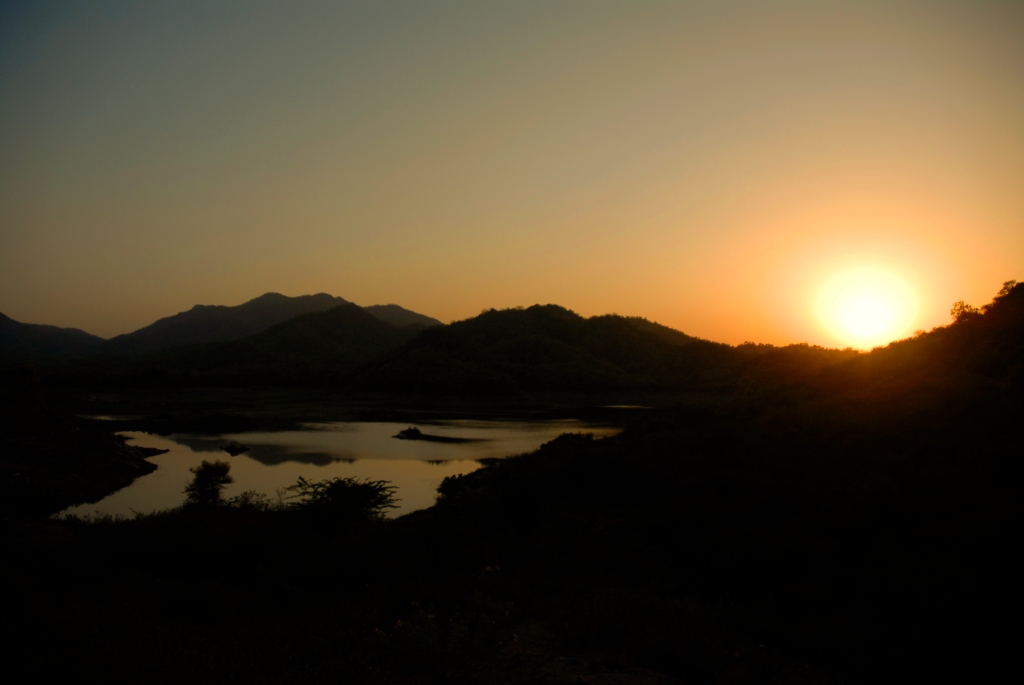
Photograph by Kristian Bertel, Your Shot –
Ranakpur, India
The sun is going down in this landscape photo, which is photographed near Ranakpur in the Indian province of Rajasthan. »
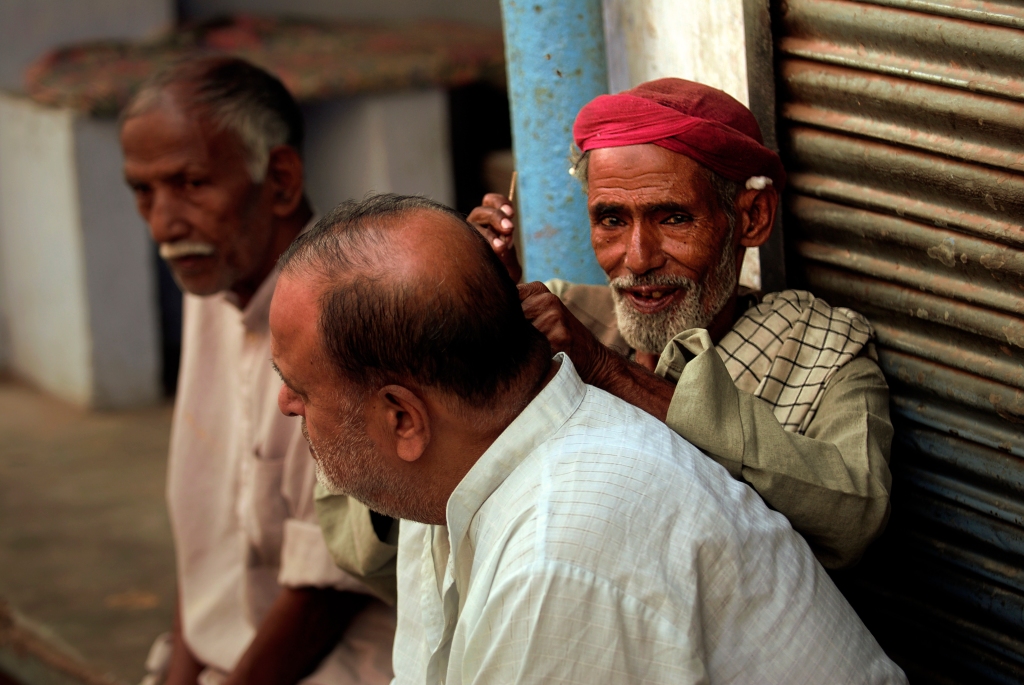
Photograph by Kristian Bertel, Your Shot –
Ear cleaner in Delhi, India
Delhi is a complex, challenging city infuriating, fascinating, baffling, loathsome and wonderful in equal measure. It has to be seen to be believed. And having been once, you want to go back for more. In this photograph an Indian ear cleaner is cleaning an ear in Delhi, India. »
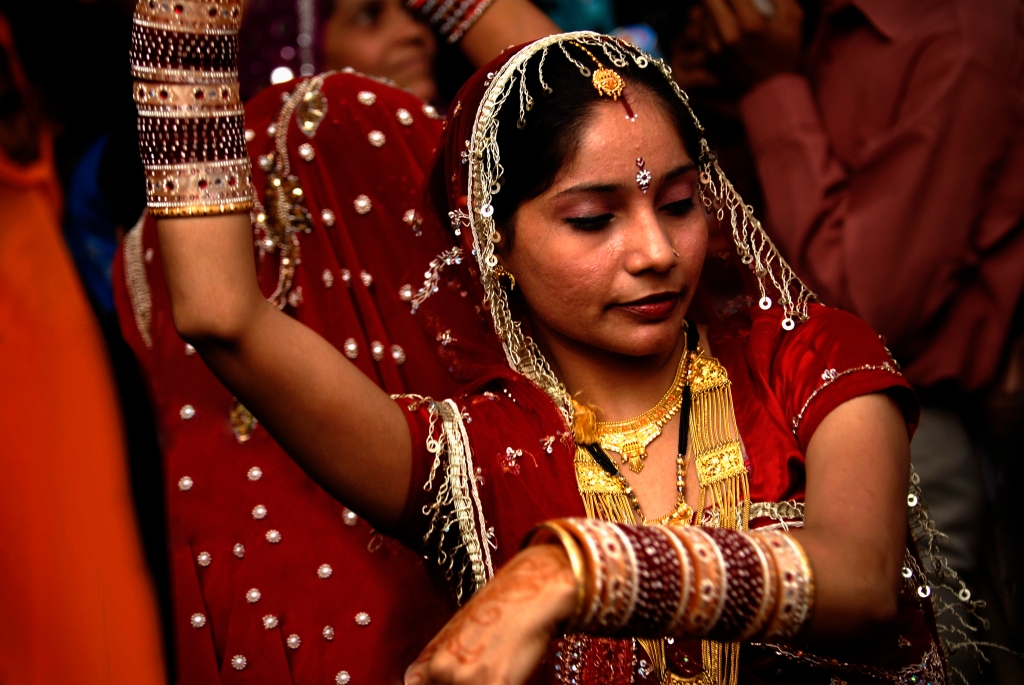
Photograph by Kristian Bertel, Your Shot –
Wedding celebration, India
In this photograph an Indian woman is dancing to a wedding celebration in Delhi, India. The wedding season in India falls in the cooler period from November to March. During this period you are likely to see at least one wedding procession on the street, with the groom dressed in finery on the back of a horse and a brass band carrying electric lights on modified hats. Marriages in India are filled with ritual and celebration that continue for several days. Usually around 100 to 10,000 people attend. Attendees are frequently not known directly by the bride and groom. Though most Indian marriages are arranged, some couples in urban areas consummate ‘love marriages’, in which the partners decide to marry each other without family involvement or assistance. The traditional Indian wedding is about two families being brought together socially, with as much emphasis placed on the families coming closer as the married couple. »
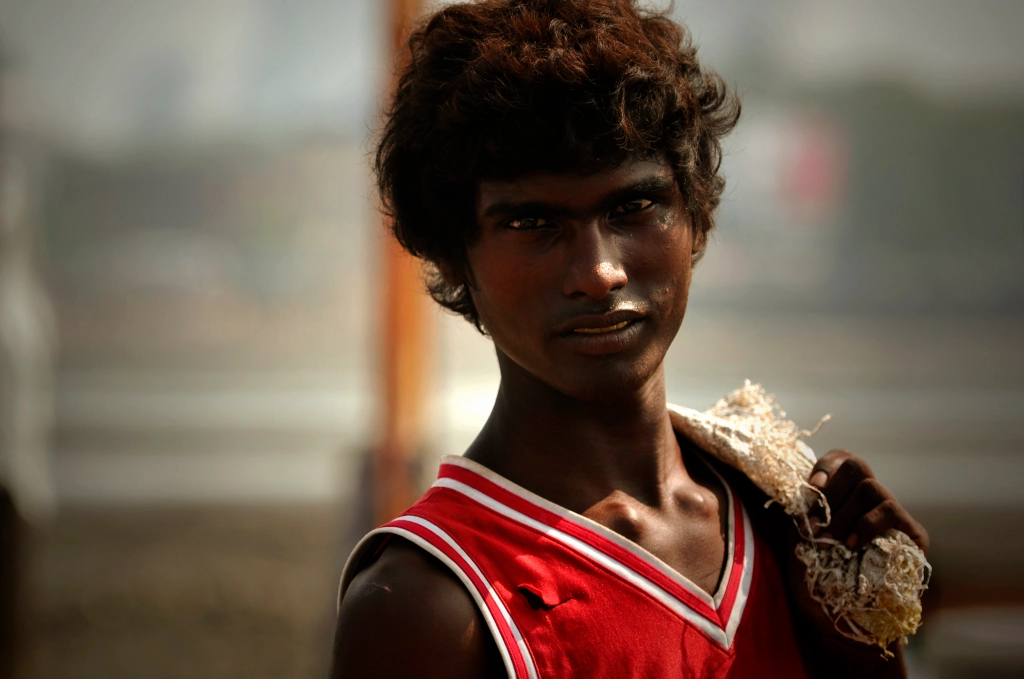
Photograph by Kristian Bertel, Your Shot –
Eyes of Mumbai, India
In this photograph taken in the eastern part of Mumbai in India, the quiet strength of the connection made with this young man is in focus. When looking at the picture it is the memorable power of his eyes that is heightened in the picture. »

Photograph by Kristian Bertel, Your Shot –
Reading time in Nasik, India
In Nasik, a scene of reading people was captured at a bus station by the photographer. The picture is part of the photographer’s latest images from India capturing the everyday life of Indians across the Maharasthra state in India. »
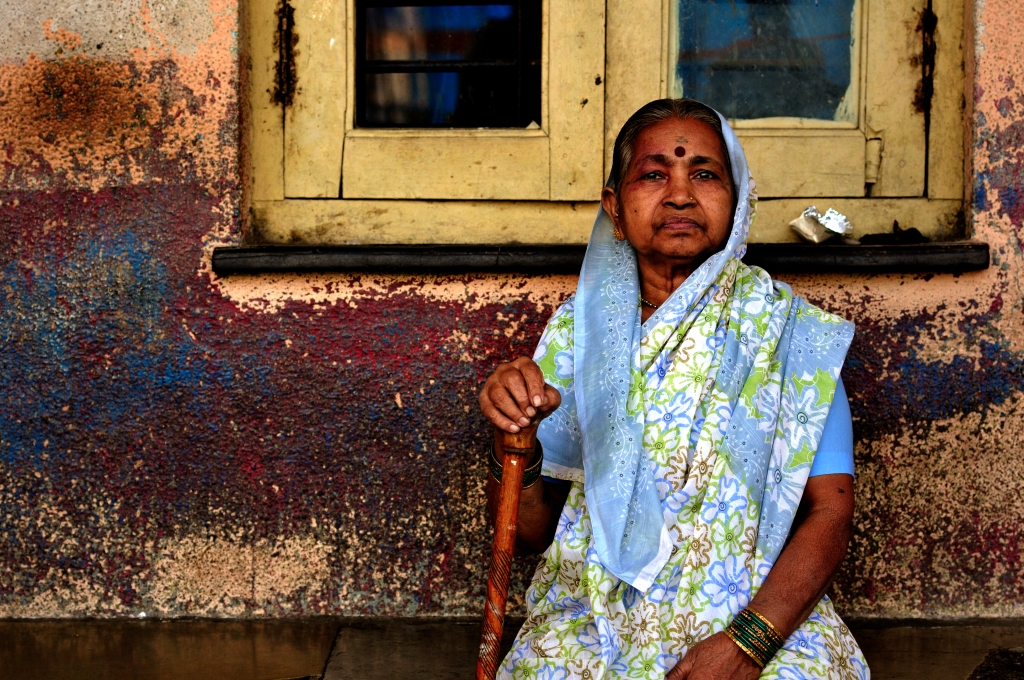
Photograph by Kristian Bertel, Your Shot –
Indian woman
A woman from India is pictured in this photograph showing a vivid exploration of this colorful country. The photographer selects and frames what he sees on his journeys to India. Through the process of doing this he turns what he saw at a precise moment into something intensely memorable, something that will resonate in those who experience his photographs in the future. »
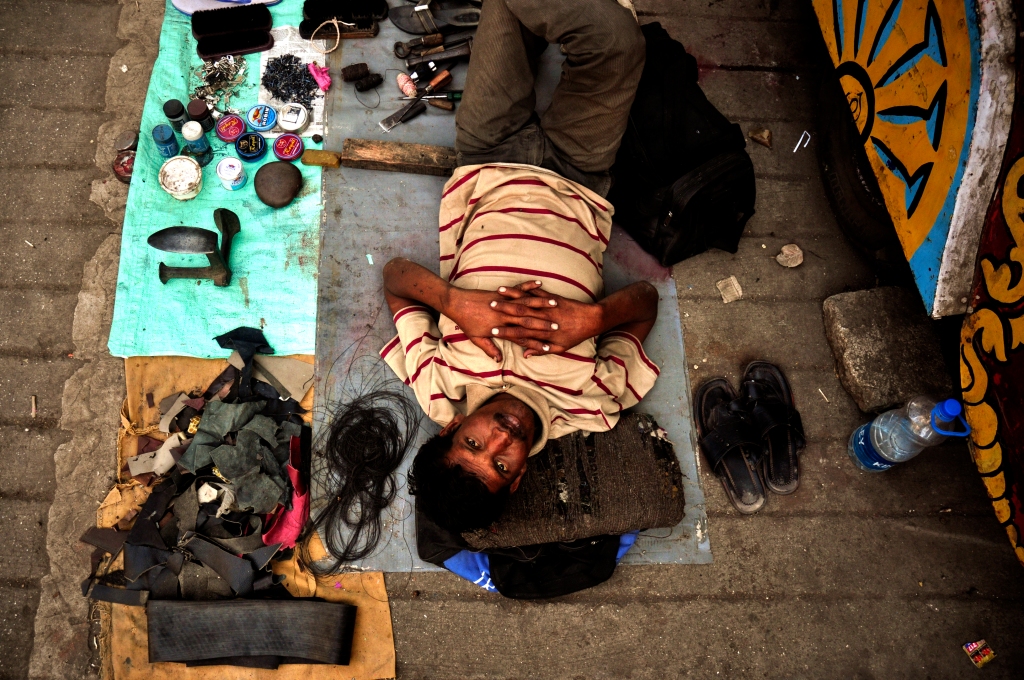
Photograph by Kristian Bertel, Your Shot –
Shoe polisher, India
Curiosity is a great thing to have and it has taken the photographer to a lot of places in India. Places, where his photographs are a response to people and the substance of their lives, like in this photo where a shoe polished is taking a break in Nashik, India. »
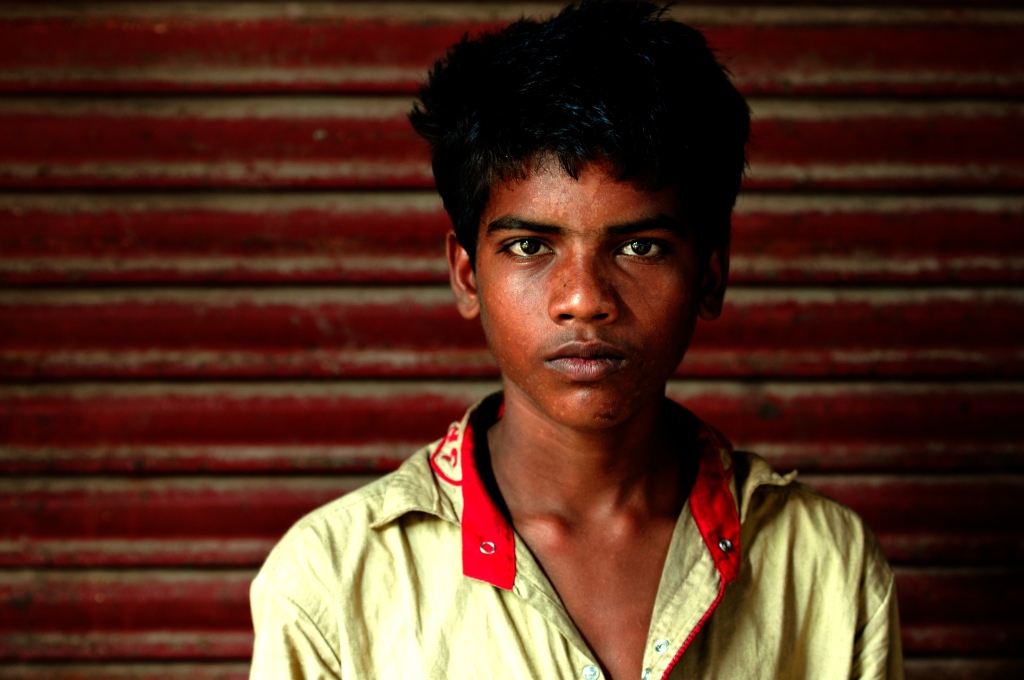
Photograph by Kristian Bertel, Your Shot –
Boy in Chor Bazaar, India
When coming to India as a traveler and photographer it is easy to understand its charm. But India also reveals and highlights extraordinary contradictions. Walking in the streets of india th most stark impression can be those between and the poor. In this photograph an Indian boy is portrayed in a moment where he is not working hard by stacking tires at a mechanic store in the Chor Bazaar in Mumbai, India. »
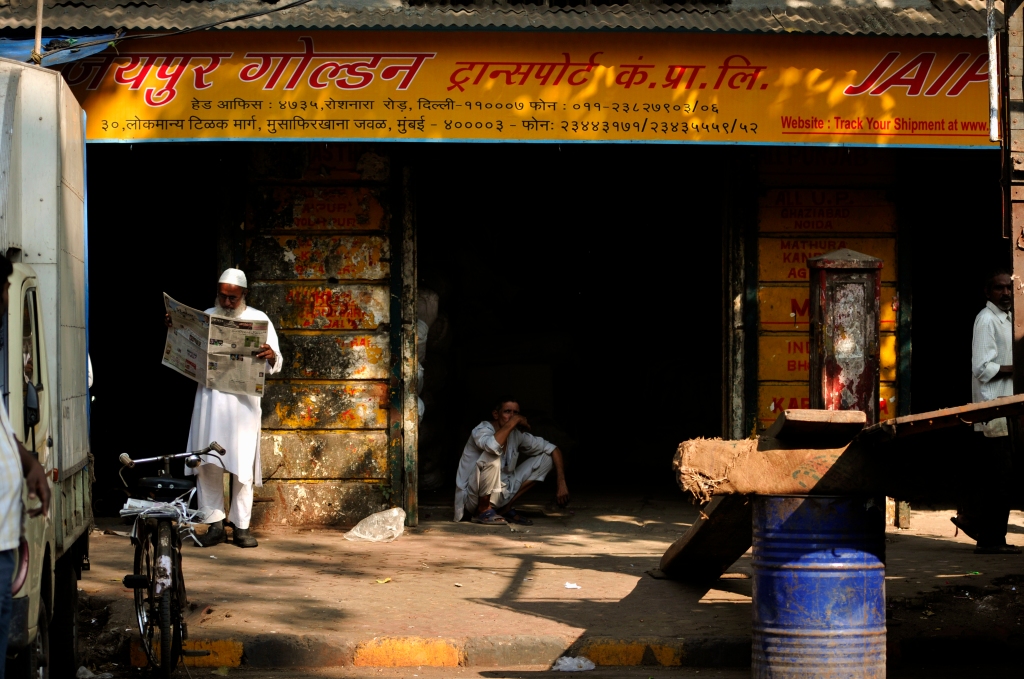
Photograph by Kristian Bertel, Your Shot –
Koliwada, India
In this picture of everyday life in India a couple of Indian men are taking daybreak in the Koliwada area of Mumbai, India. The recent work of the photographer takes you into the many streets of Mumbai across numerous and different neighborhoods. »
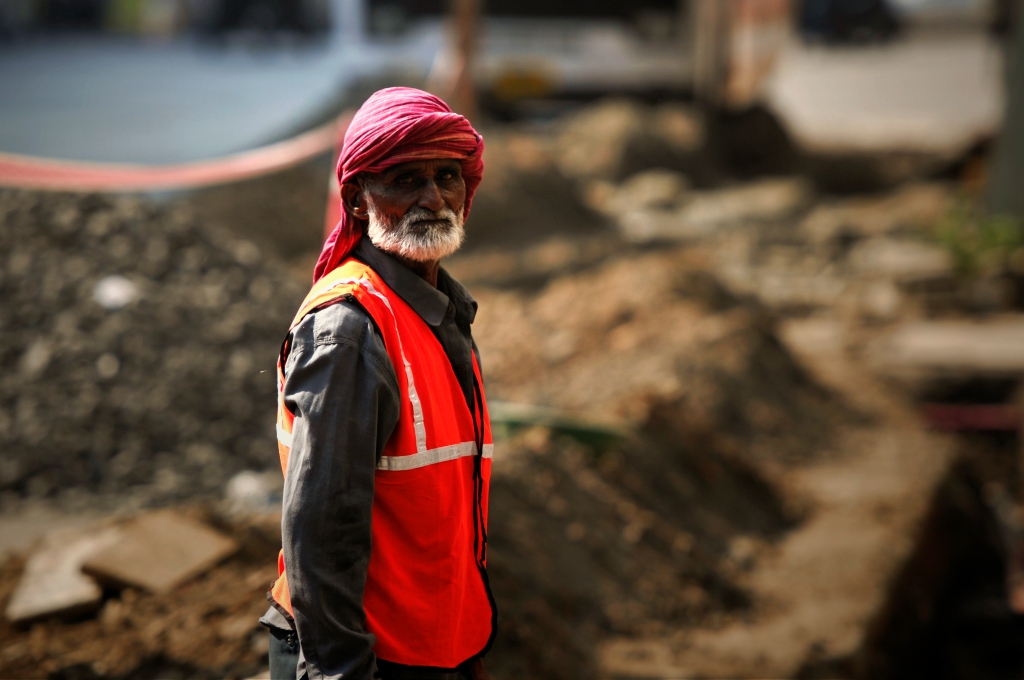
Photograph by Kristian Bertel, Your Shot –
Road worker in Mumbai, India
This image is picturing an Indian road worker on the Sir Mathuradas Vasanji Road in Mumbai, India. As a photographer I like to explore the lives of everyday people through the lens. Seventy-two percent of Indians live on less than 2 dollars a day and roughly thirty-five percent on less than 1 dollar. »
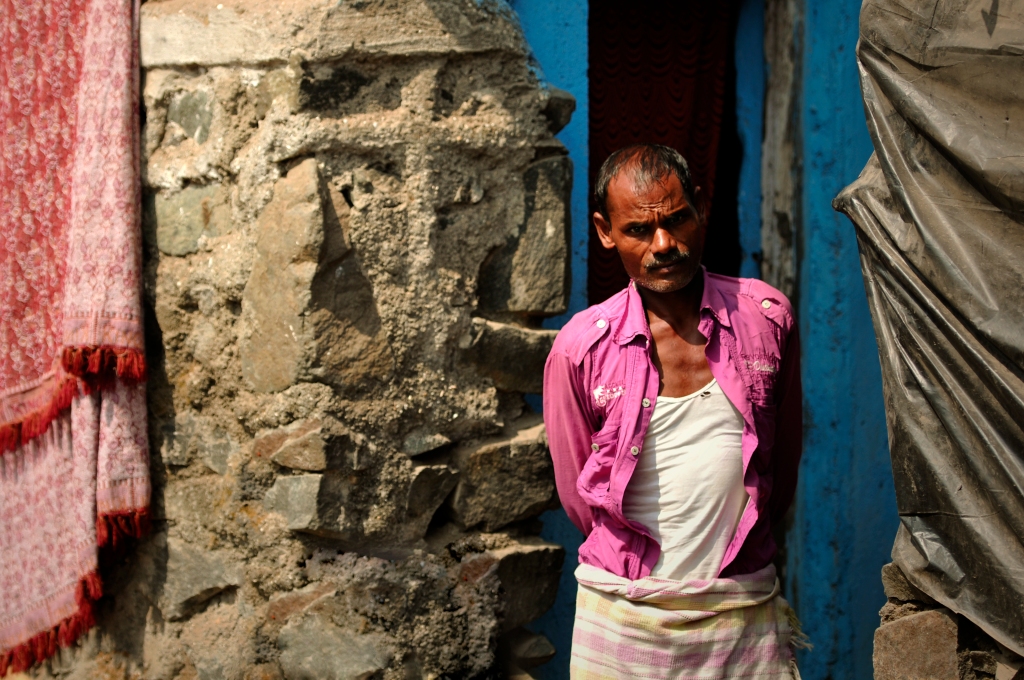
Photograph by Kristian Bertel, Your Shot –
Andheri East, India
When photographing people I always try to retain the human element in my photographs. In this photo an Indian man has been pictured in front of his modest home in the Andheri East area of Mumbai, India. India has been home to to one third of the world’s poor, with one quarter of its population, about 310 million living in poverty. »
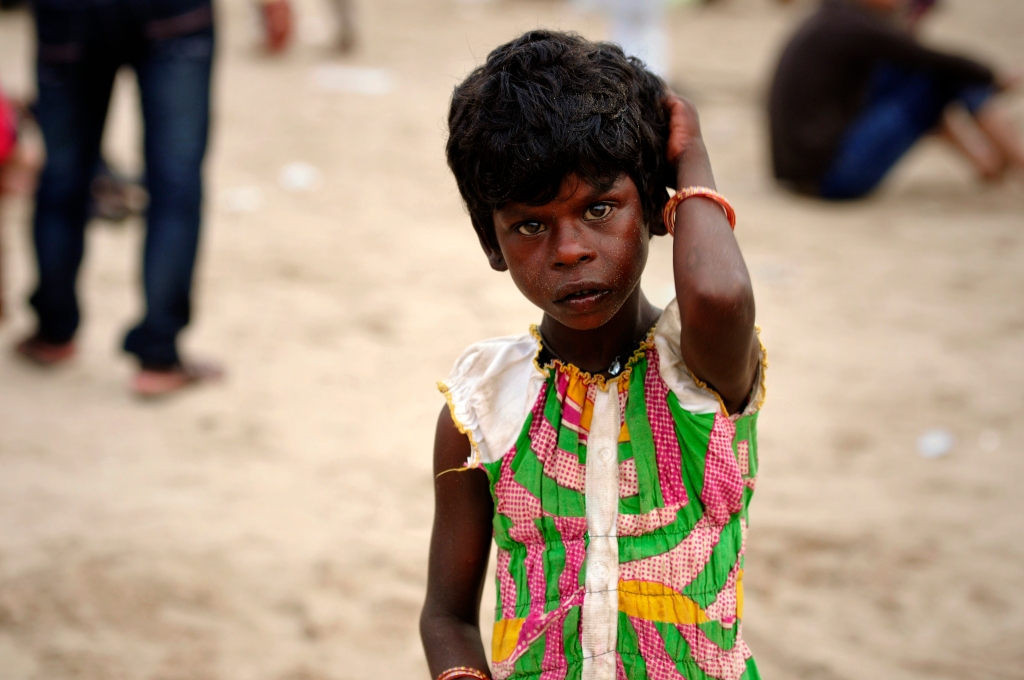
Photograph by Kristian Bertel, Your Shot –
Beggar girl at Juhu Beach, India
As a traveler a cozy daytrip to the beach in India can be an accurate representation of the stark extremes that are India’s defining reality. In this photo a small Indian beggar girl was approaching me while I was photographing at the Juhu Beach in Mumbai, India. »
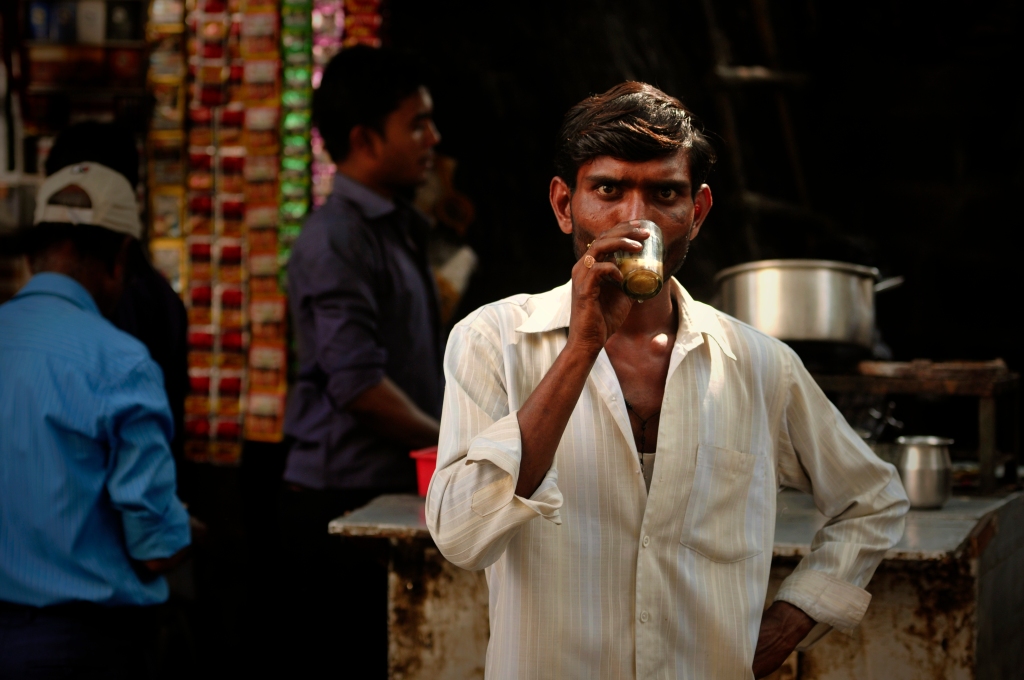
Photograph by Kristian Bertel, Your Shot –
Chai tea, India
In this photo an Indian man is drinking chai tea near the Chhatrapati Shivaji Terminus. Chai tea, the much-loved drink of the masses, is made with copious amounts of milk and sugar. A glass of steaming, frothy chai is the perfect antidote to vicissitudes of life on the Indian road. »
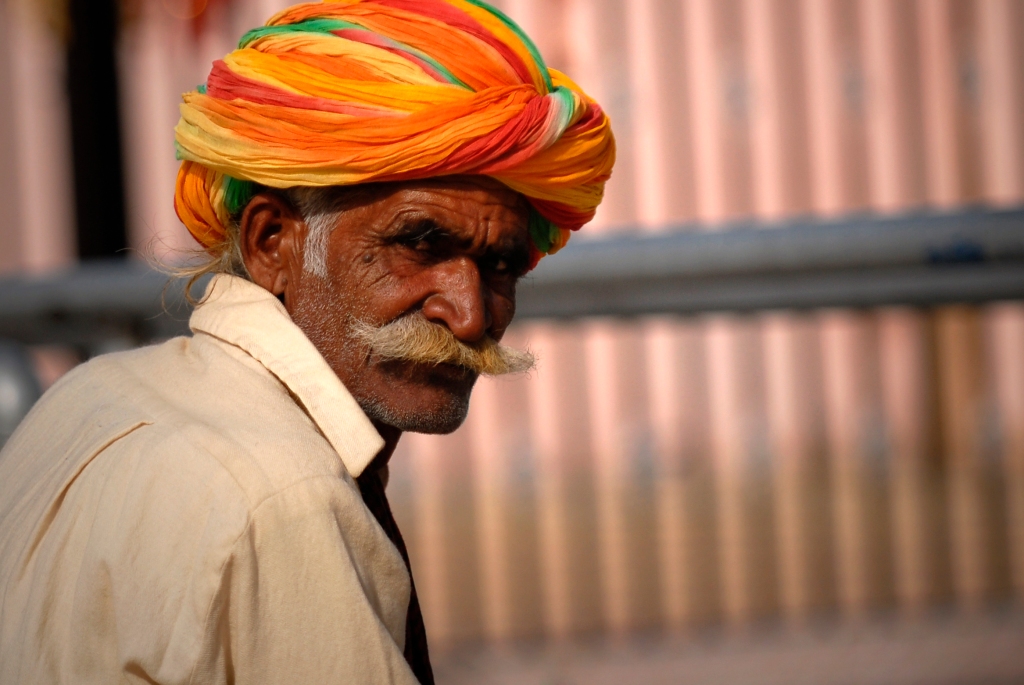
Photograph by Kristian Bertel, Your Shot –
Classic man in Rajasthan, India
With a moustache and a colored turban this travel portrait from Deshnok in Rajasthan was portrayed by the photographer. The diverse state of Rajasthan is home to the Rajputs, clans who claim to originate fro the sun, moon and fire and who have controlled this part of India for more than 1000 years. »
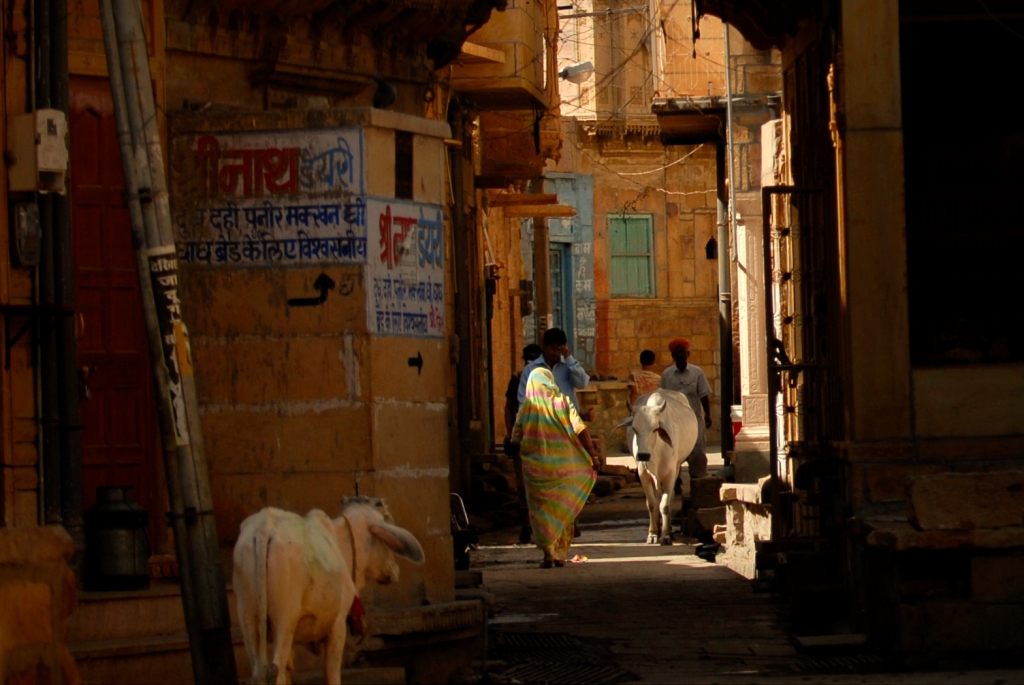
Photograph by Kristian Bertel, Your Shot –
Jaisalmer street, India
Jaisalmer is a giant sandcastle with a town attached, an emblem of honour in a land of rough and tumble. Jaisalmer located in the province of Rajasthan has a particularly stunning array of mirrorwork wall hangings and it is also famous for embroidery, rugs, blankets, bedspreads, oil lamps, old stonework and antiques. »
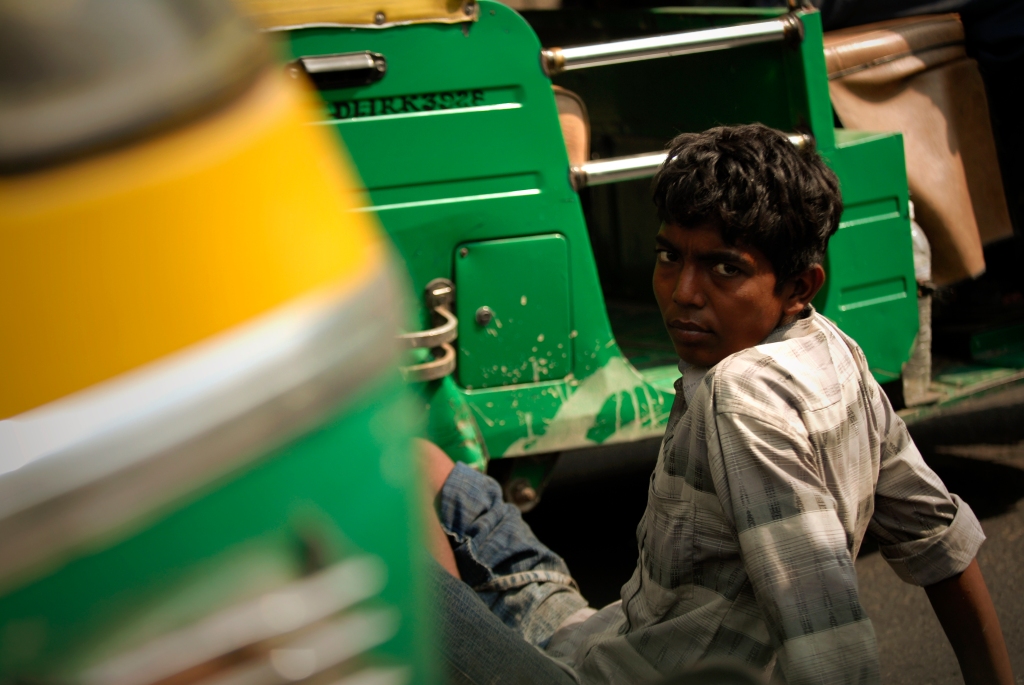
Photograph by Kristian Bertel, Your Shot –
Boy in Delhi, India
In this portrait taken in the streets of Delhi an Indian boy is portrayed. He is sitting next to a couple of autorickshaws with colors in green and yellow, which are the colors most of the autorickshaws are painted in Delhi, India. »
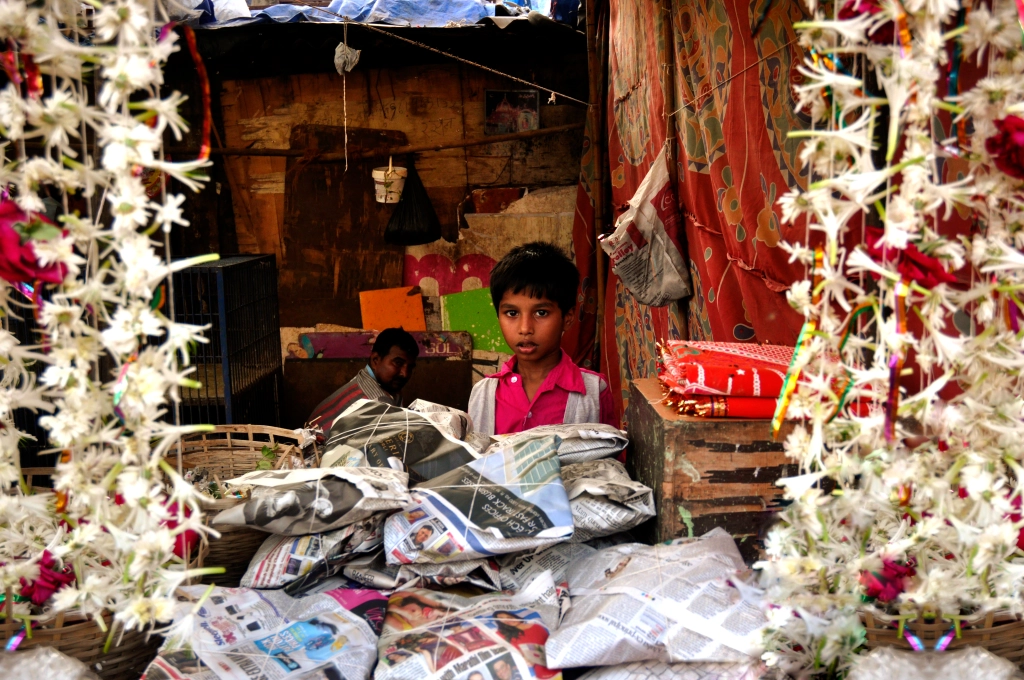
Photograph by Kristian Bertel, Your Shot –
Flower girl, India
The pure and innocent face of a young flower girl is framed in this photograph by the surrounding flowers on Swami Vinekanand Road in Mumbai, India. In the city of Mumbai you can dive into India’s most cosmopolitan city, a wild and wonderful melting pot of subcontinental culture and street markets. »
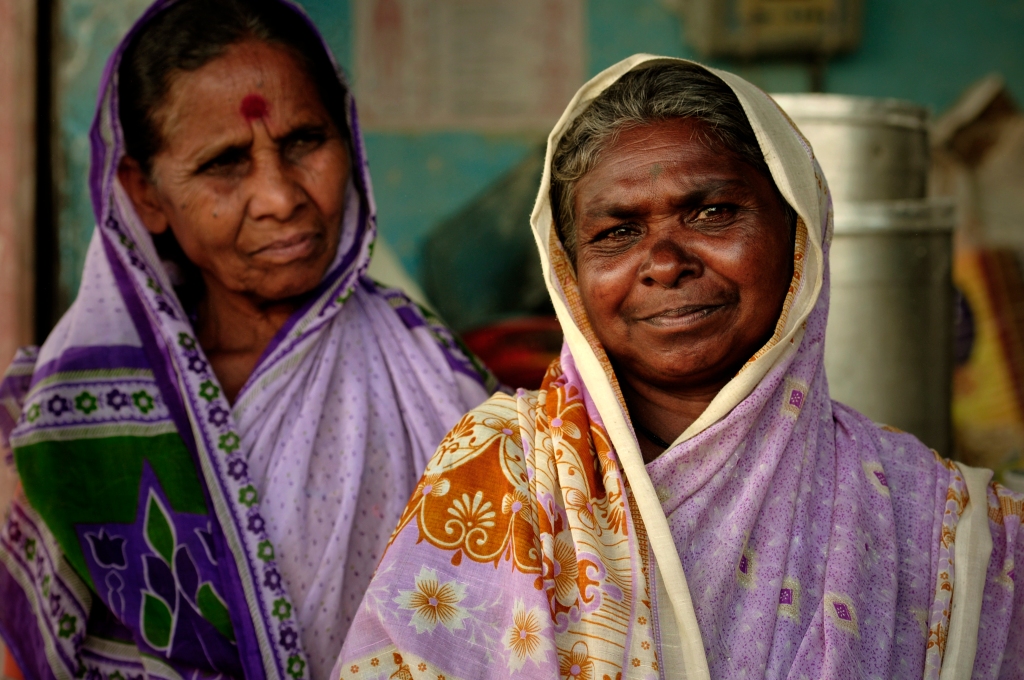
Photograph by Kristian Bertel, Your Shot –
Women with saris, India
Saris are a very popular souvenir for travelers and they can be readily adapted to other purposes. Real silk saris are the most expensive, and the silk usually needs to be washed before it becomes soft. The ‘silk capital’ of India is Kanchipuram in Tamil Nadu, but you can also find fine silk saris from Varanasi and Kolkata. »
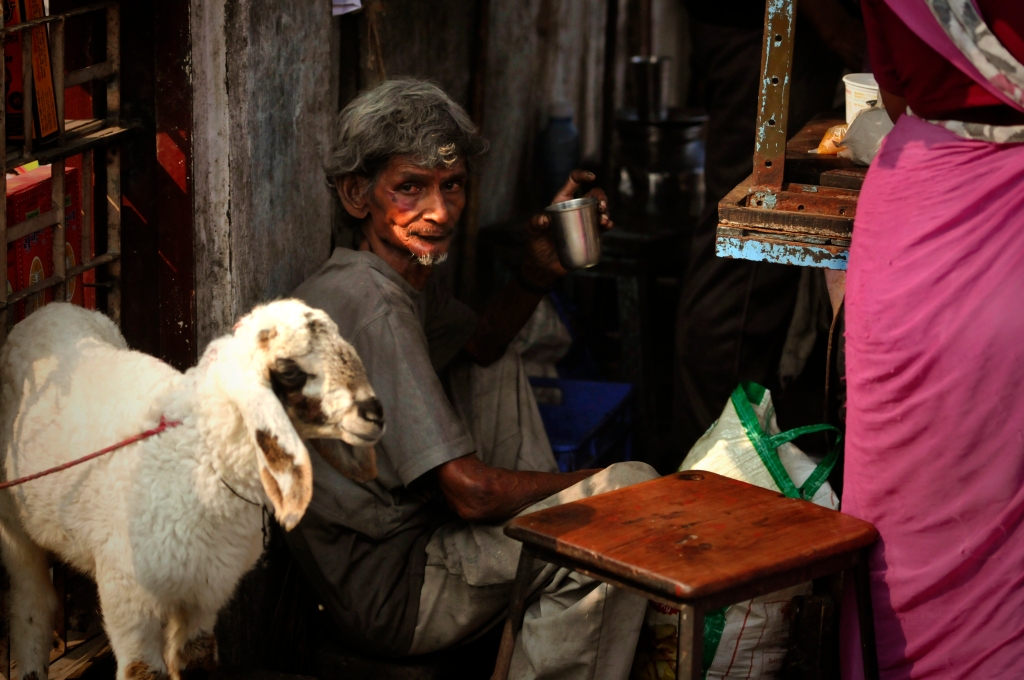
Photograph by Kristian Bertel, Your Shot –
Man and goat, India
An Indian man with a goat near the Crawford Market located in Mumbai, India. When visiting the Crawford Market, you will get the real Indian atmosphere. It is a market where you can find everything you want. Spices, textiles, vegetables, toys, shoes, clothes and also animals to affordable prices. »
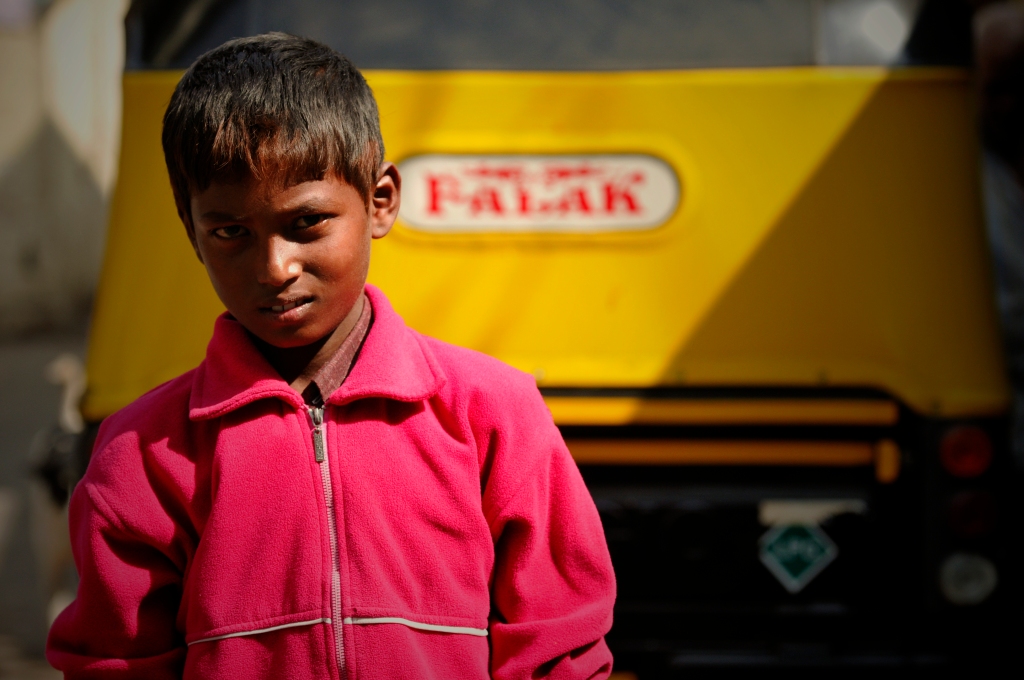
Photograph by Kristian Bertel, Your Shot –
Palak, India
An Indian boy’s portrait is captured next to an autorickshaw in the city of Nashik in the Maharasthra state of India. »
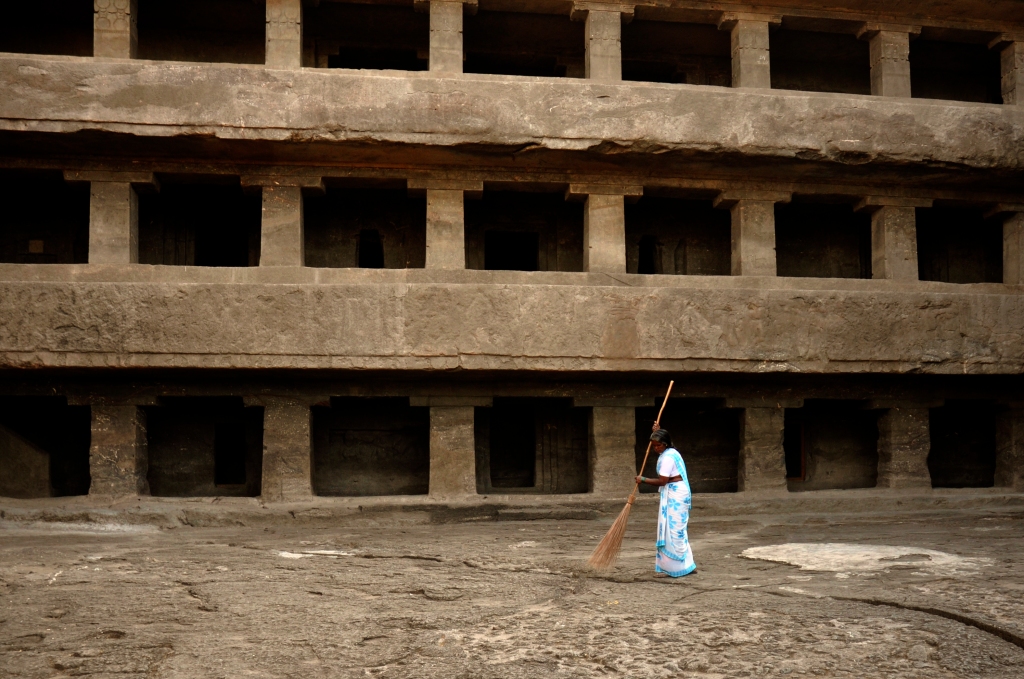
Photograph by Kristian Bertel, Your Shot –
Woman at the Ellora Caves, India
In this photograph an Indian woman is sweeping the ground at the World Heritage-listed Ellora cave temples about thirty kilometers from Aurangabad that are the pinnacle of Deccan rock-cut architecture. Over five centuries, generations of Buddhist, Hindu and Jain monks carved monasteries, chapels and temples from a two kilometer-long escarpment and decorated them with a profusion of remarkably detailed sculptures. »
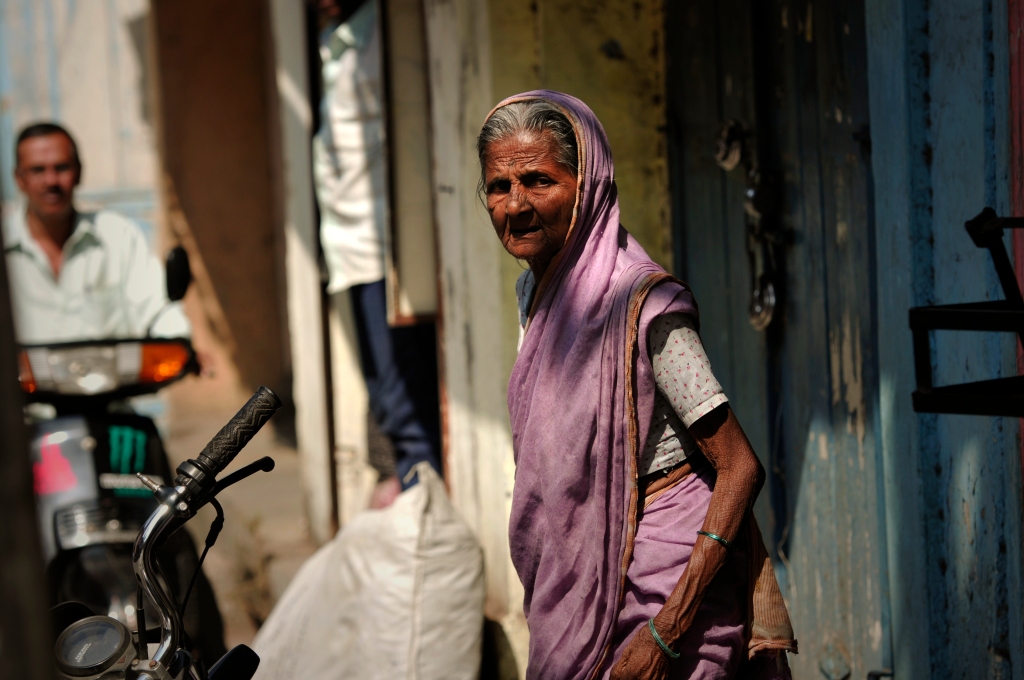
Photograph by Kristian Bertel, Your Shot –
Mother, India
From a mother performing puja forher child’s forthcoming exams, to a mechanic who has renounced his material life and set off on the path to self-realisation, religion suffuses every aspect of life in India. »
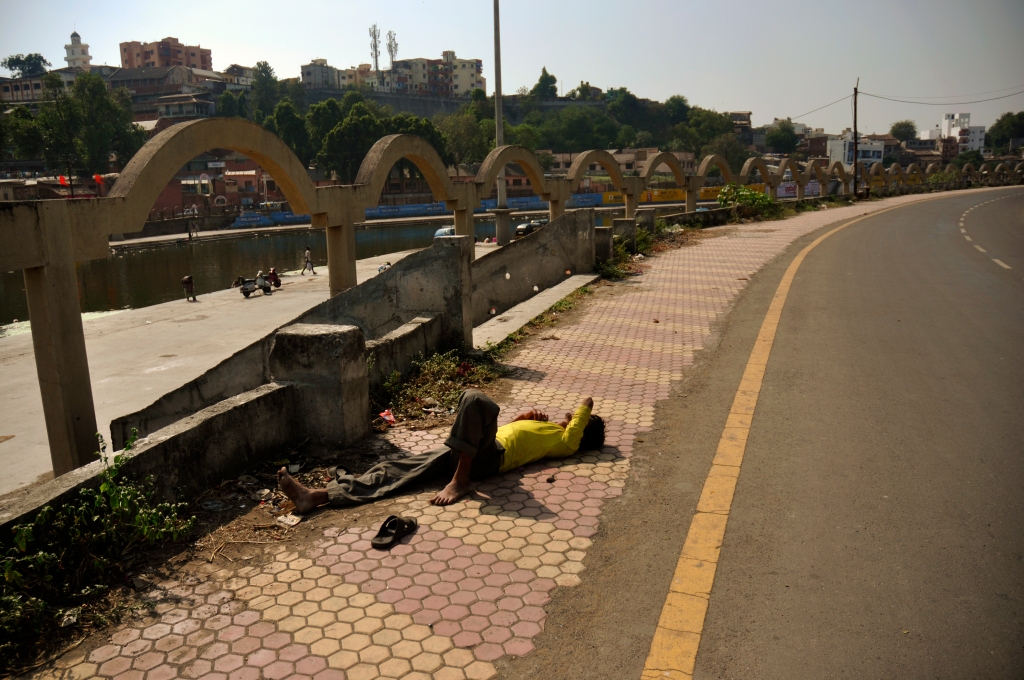
Photograph by Kristian Bertel, Your Shot –
Life on the road, India
India is intensity, and there is a unique sensation that surges through the veins when you step into the streets in India. As you watch for the honking traffic in one direction, a young man is abruptly laying on ground in an other direction. This is India, a land full of uncertain surprises. »

Photograph by Kristian Bertel, Your Shot –
Azad Nagar, India
An Indian man is relaxing in the harbour area of Azad Nagar in Mumbai, India. This photographic scene with its colorful painting on the stone walls and atmosphere was a small moment of silence in the hectic city of Mumbai. »
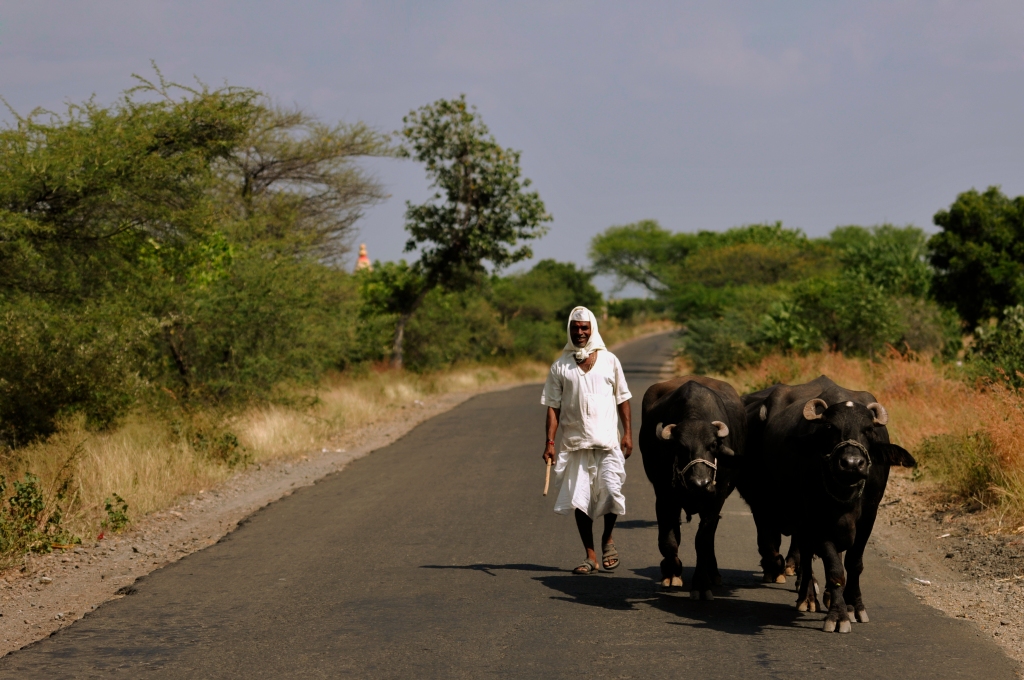
Photograph by Kristian Bertel, Your Shot –
Buffalo herder, India
In this travel photograph an Indian buffalo herder is walking on a road in the Maharasthra state of India. Up to thirty percent of India’s agricultural output is lost due to soil degradation from over-farming, rising soil salinity, loss of tree-cover and poor irrigation. »
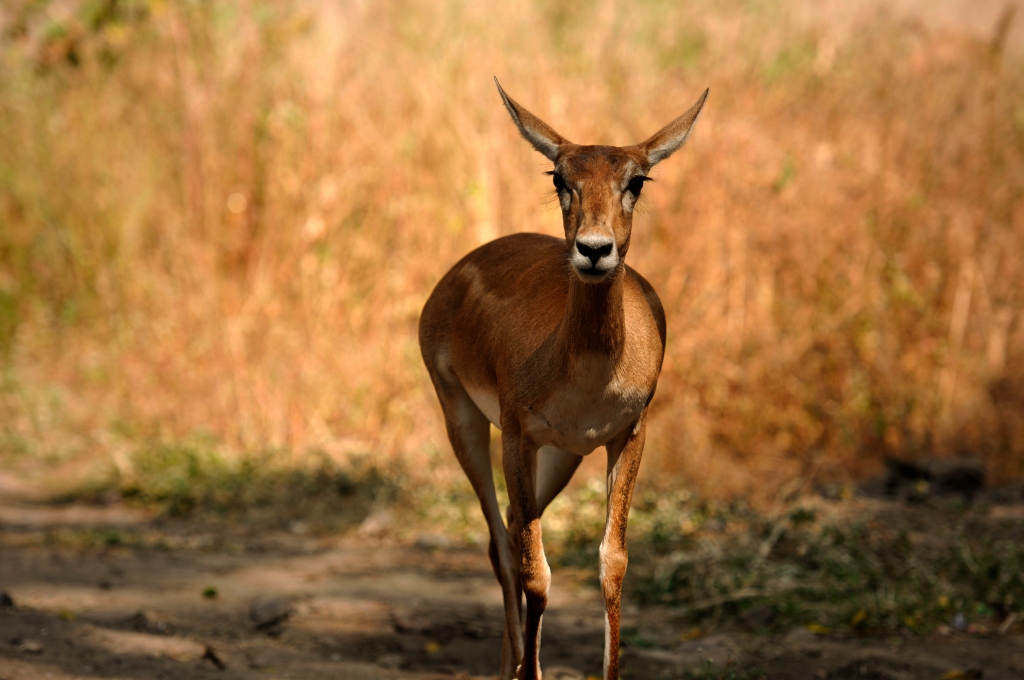
Photograph by Kristian Bertel, Your Shot –
Wildlife, India
Indian wildlife is fascinating and diverse. The hills and plains of central and southern India hide a host of signature species with elephants, tigers, monkeys, leopards, antelopes and rhinos. Most of these species are serverely endangered by human competition for land, water and other resources, particularly the overpopulated plains. »
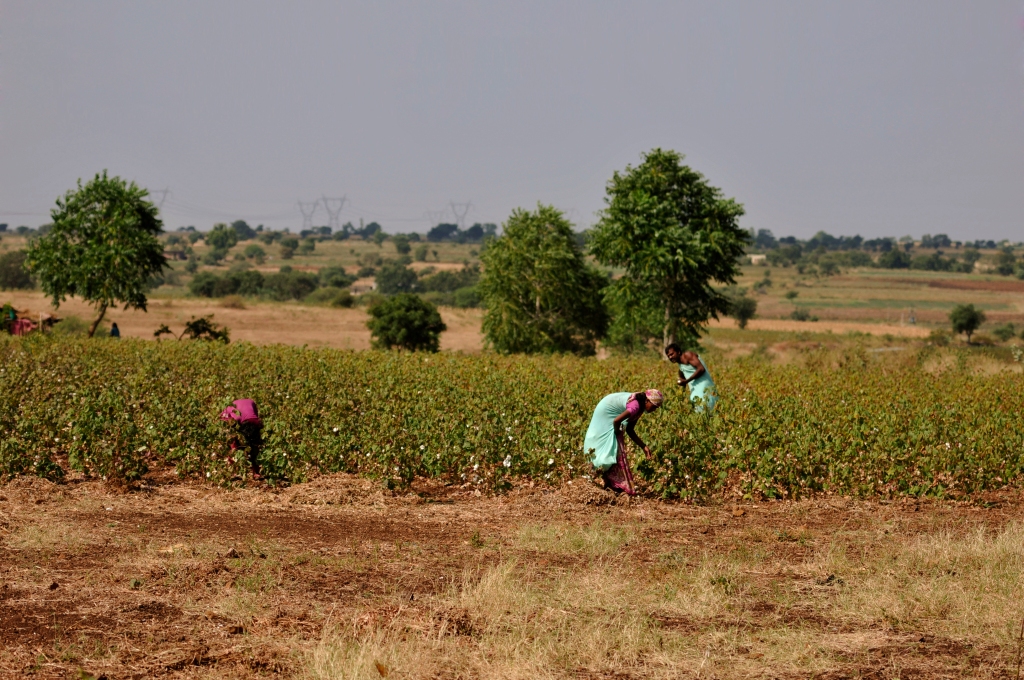
Photograph by Kristian Bertel, Your Shot –
Agriculture, India
In this photograph taken in the rural side of India a couple of farmers are working in the field. Human habitation and farming is affecting the health and quality of life for India’s rural poor. While the Indian government could undoubtedly do more, some share of blame must also fall on Western farm subsidies that artificially reduce the cost of imported produce, undermining prices for Indian farmers. »

Photograph by Kristian Bertel, Your Shot –
Mumtaz, India
Mumbai is a lively city where its people are living between glistening skyscrapers and amid slums with grinding poverty. It is this contrast and mass of humanity that makes this city such a fascinating place both to visit and to photograph. In this picture a man is speaking in a phone in Mumbai, India. »
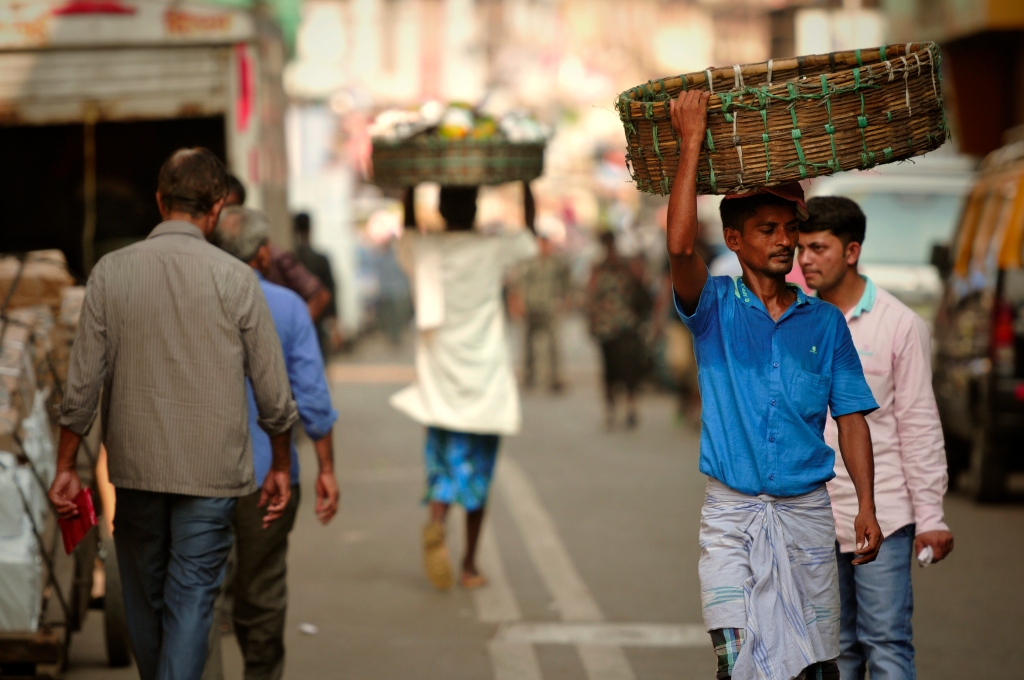
Photograph by Kristian Bertel, Your Shot –
Street scene, India
This photo of a street scene is showing some Indian men carrying baskets on top of their heads. The baskets are most likely filled with vegetables and India produces some of the best vegetarian food you will find anywhere in the world. There is little understanding of veganism and the term ‘pure vegetarian’ means without eggs and animal products such as milk, butter ghee and curd are included in most Indian dishes. »
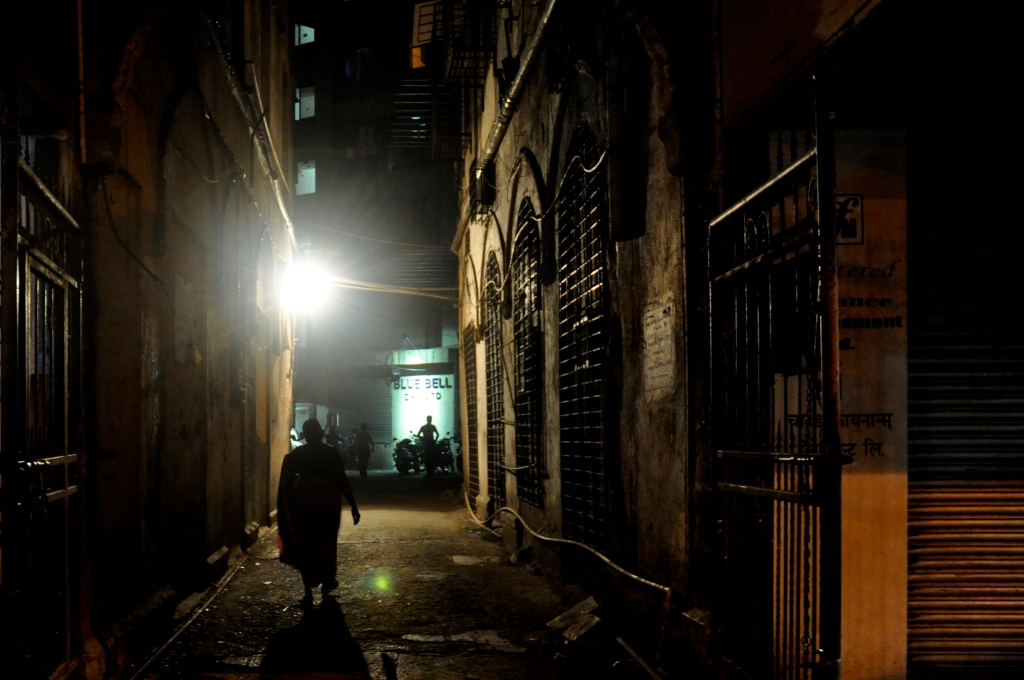
Photograph by Kristian Bertel, Your Shot –
Low light, India
In this photograph from India the background light illuminates an Indian woman, which makes a silhouette in an alley in Mumbai, India. »

Photograph by Kristian Bertel, Your Shot –
Girl begging in the street, India
In this photograph an Indian girl is raising her hand towards a car window in a begging effort. India has presently one of the world’s highest concentrations of poverty, with an estimated 350 million and growing Indians living below the poverty line. »
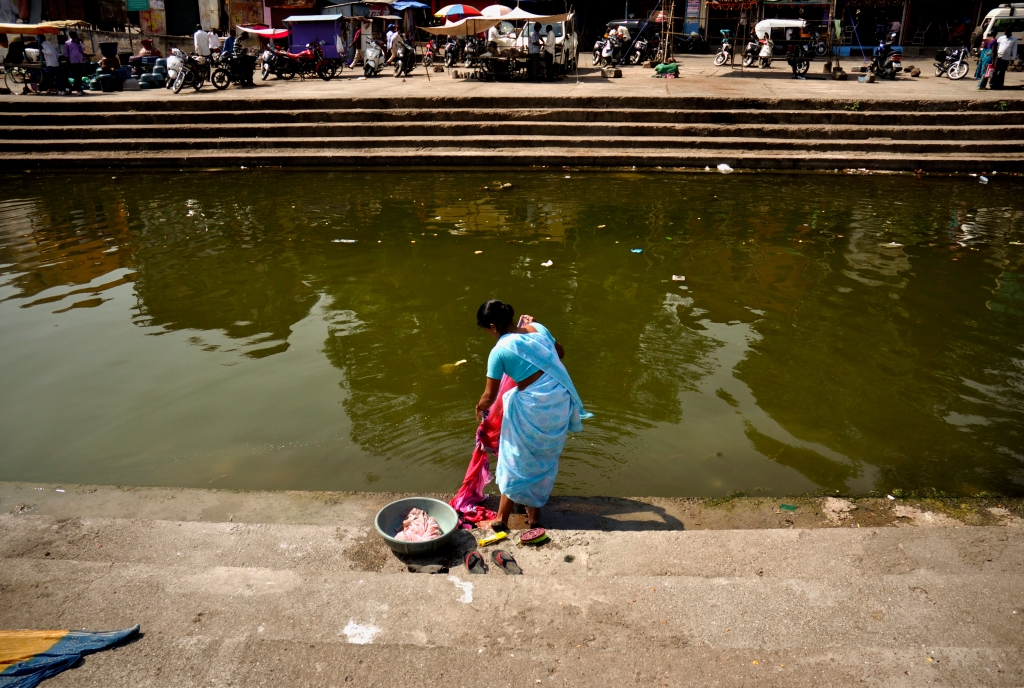
Photograph by Kristian Bertel, Your Shot –
Laundry washing, India
On the steps of the Godavari River in the city of Nashik this Indian woman was photographed while she was doing the laundry in the river. »
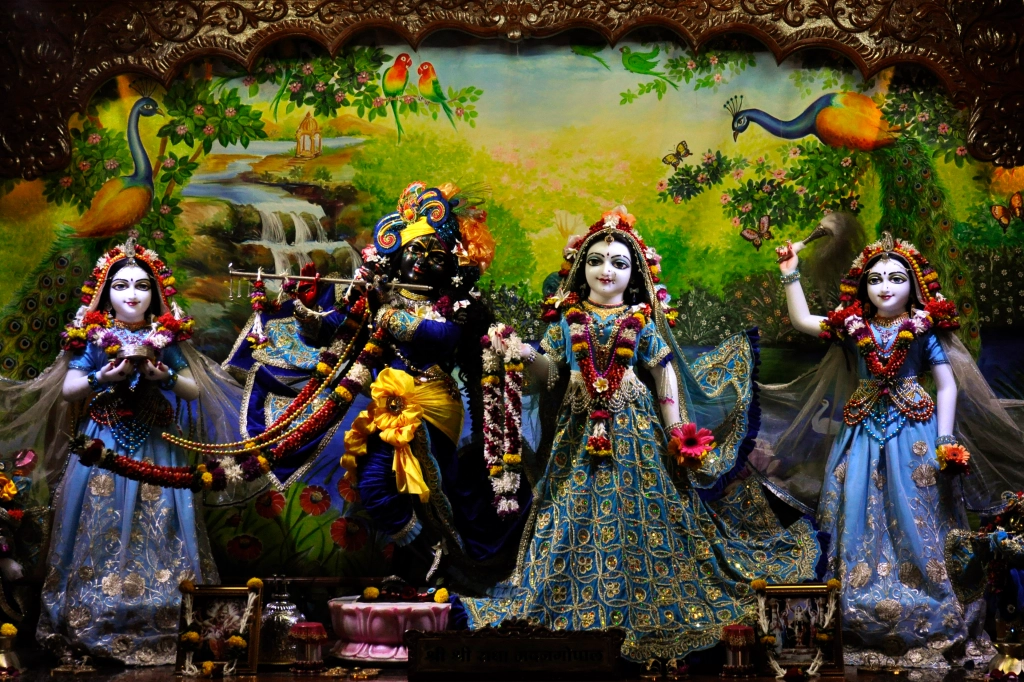
Photograph by Kristian Bertel, Your Shot –
Hindu figures, India
In a tempel on the outskirts of Nashik in the Maharasthra province of India these religious figures were photographed. All Hindu deities are regarded as a manifestation of Brahman, who is often described as having three main representations, the Trimurti: Brahma, Vishnu and Shiva. »

Photograph by Kristian Bertel, Your Shot –
Man in Aurangabad, India
In this photograph a man in the city of Aurangabad in India has been pictured. Few countries in the world have such an ancient and diverse culture as India’s. Stretching back in an unbroken sweep over 5000 years, India’s culture has been enriched by successive waves of migration which were absorbed into the Indian way of life. »
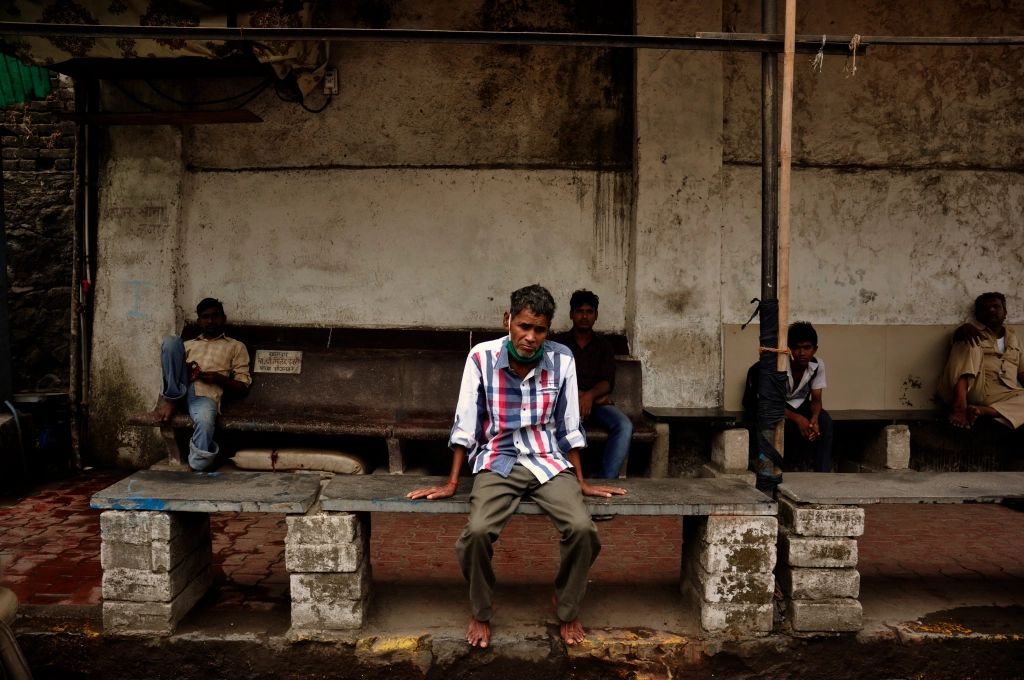
Photograph by Kristian Bertel, Your Shot –
Bus junction, India
In this photograph some Indian men are waiting at a bus junction. It is the variety of its people which is a special hallmark of India seen with the eyes of a photographer. Its physical, religious and racial variety is as immense as its linguistic diversity. Underneath this diversity lies the continuity of Indian civilization and social structure from the very earliest times until the present day. »
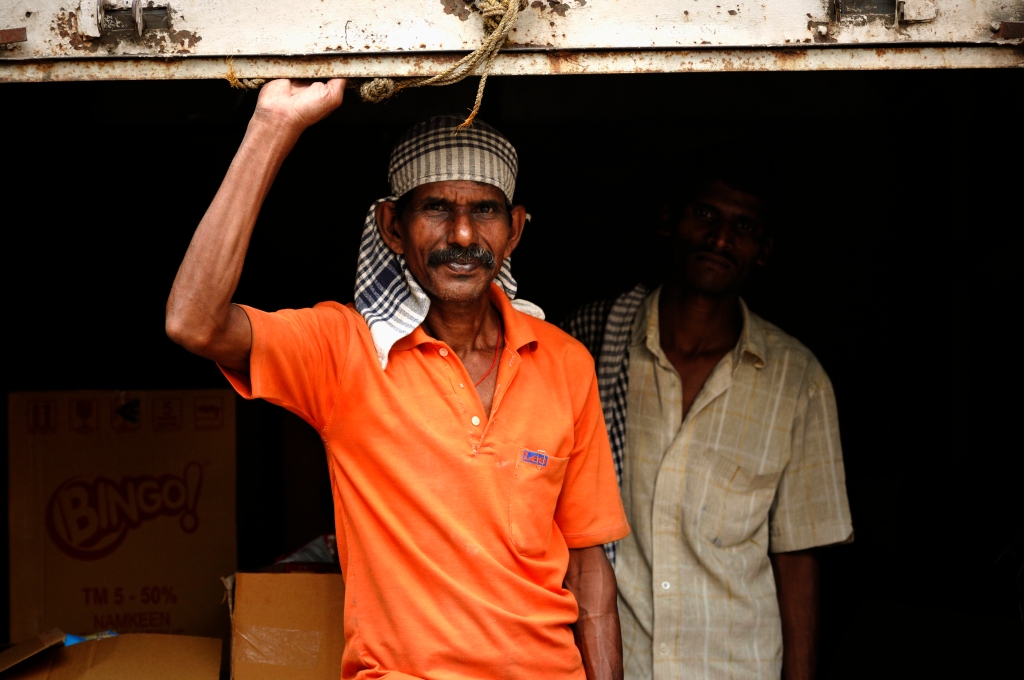
Photograph by Kristian Bertel, Your Shot –
Workers in a tin shack, India
In a tin shack these two Indian men were portrayed. As a traveler and a photographer it is exiting to dive into India’s most cosmopolitan city, a wild and wonderful melting pot of subcontinental culture. »
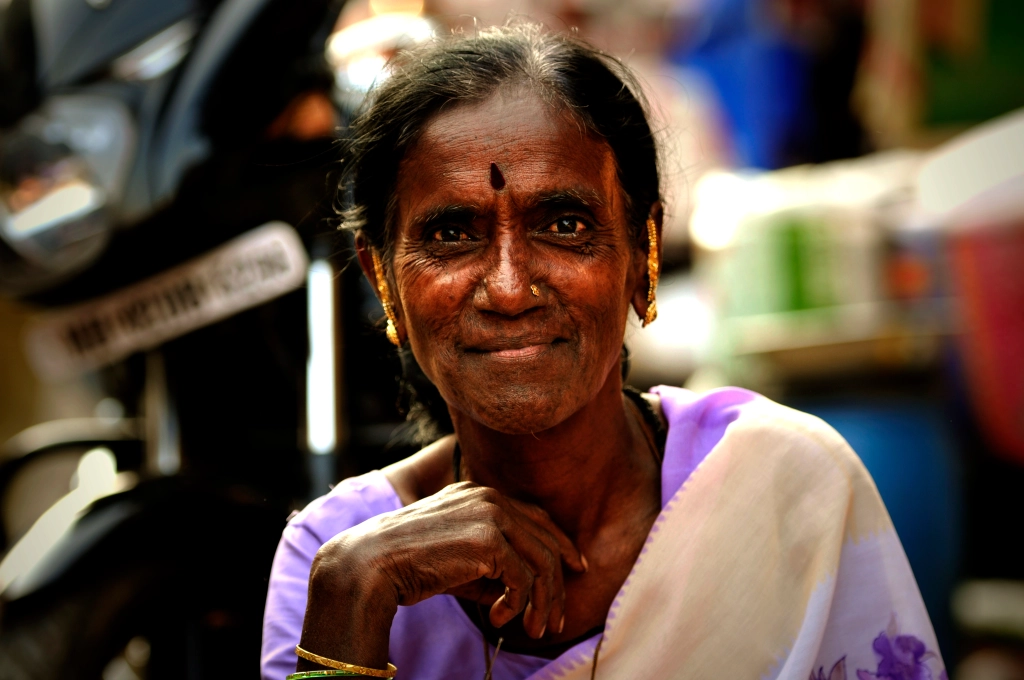
Photograph by Kristian Bertel, Your Shot –
Indian woman portraiture
Women in India are entitled to and own property. Although the professionss are still very much male dominated, women are steadily making inroads, especially in urban centres. »
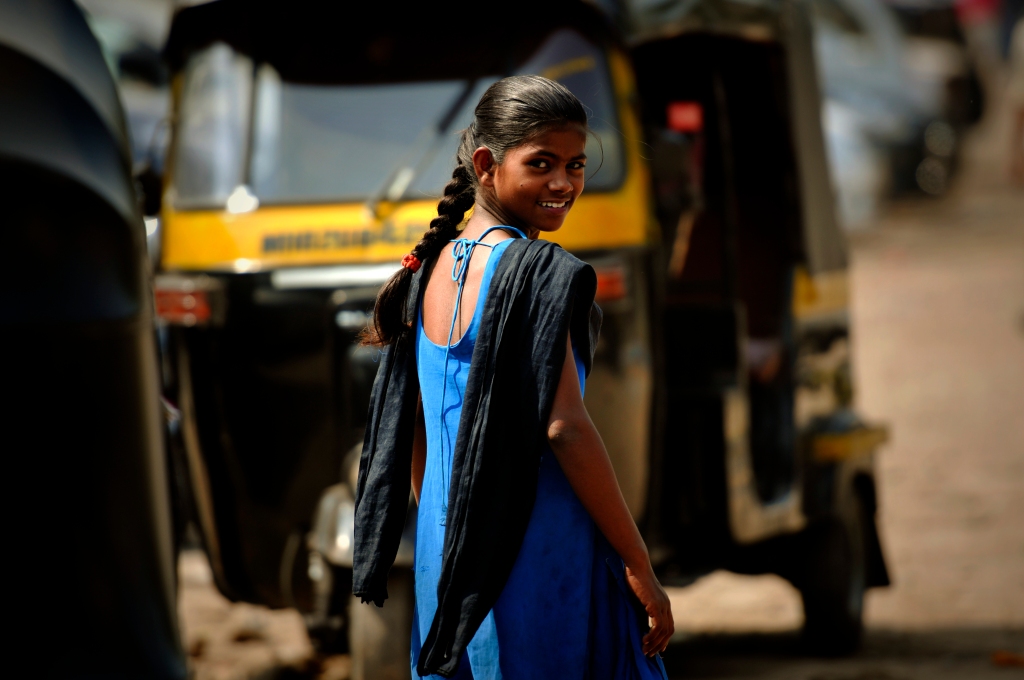
Photograph by Kristian Bertel, Your Shot –
Next generation, India
This photo of an Indian girl was taken in the city of Mumbai in India. In low-income families girls can be regarded as a liability because at marriage a dowry must often be supplied, posing an immense financial burden. For the urban, middle-class woman, life is materially much more comfortable, but pressures still exists. Broadly speaking, she is far more likely to be given an education, but once married is still expected to ‘fit in’ with her in-laws and be a homemaker above all else. »
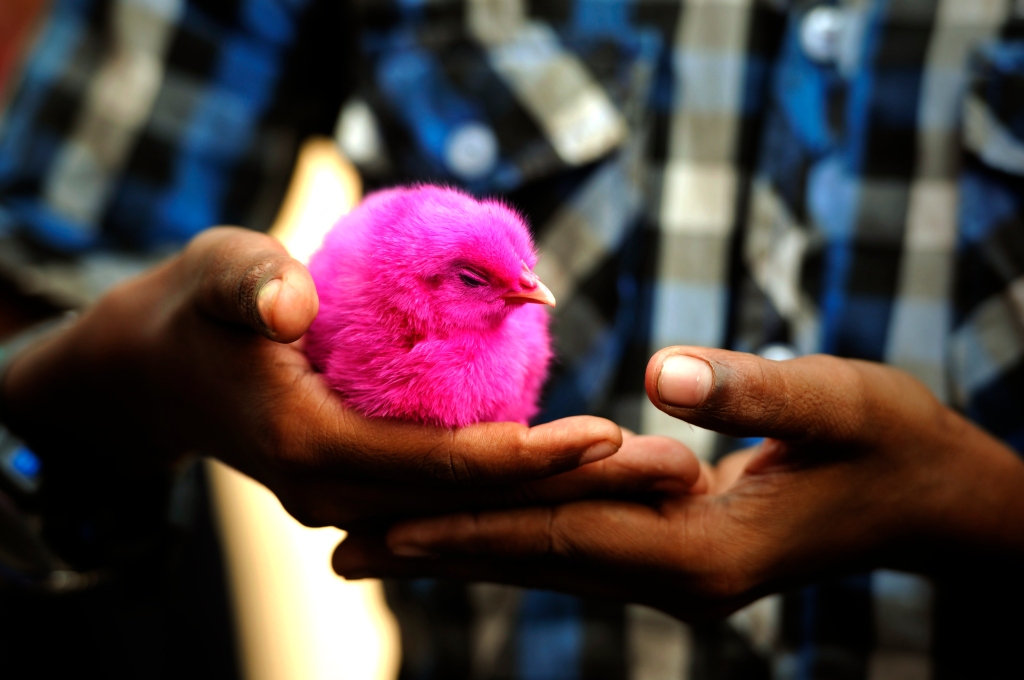
Photograph by Kristian Bertel, Your Shot –
Pink chicken, India
In this picture a painted chicken is shown in the hands of a boy. Painted and colored animals are a common sight in India, especially during the color festival of Holi. One of the most exuberant festivals in North India, where Hindus celebrate the beginning of spring by throwing colored water and gulal powder at anyone within range. »
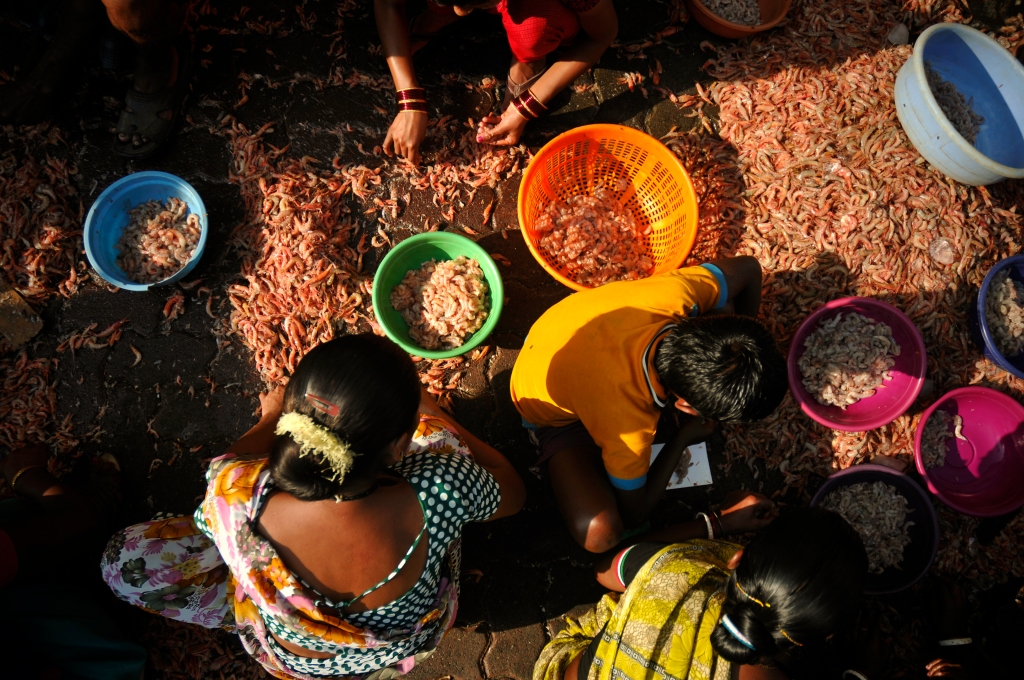
Photograph by Kristian Bertel, Your Shot –
Shrimp workers, India
With around 7000 km of coastline, it is no surprise that fish and sefood are important stambles on the subcontinent, and especially on the west coast, from Mumbai down to Kerala. In this travel photograph shrimp workers are preparing shrimp at a harbour in Mumbai, India. »
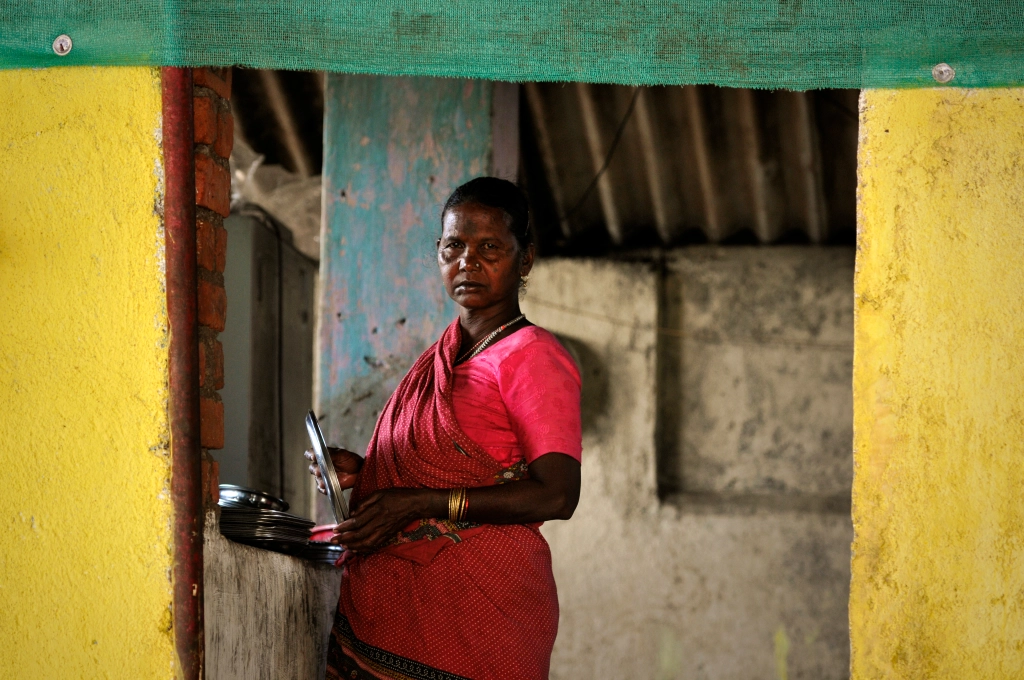
Photograph by Kristian Bertel, Your Shot –
Indian cuisine, India
This portrait of a Indian woman was taken in small restaurant on the way from Mumbai to Nashik in India. The Indian cuisine is a tasteful experience expresed in colors, smells, flavors and personalities. Like so many aspects of India, its food too is an elutive thing to define because it is made up of so many regionally diverse dishes, all with their own preparation techniques and ingredients. »
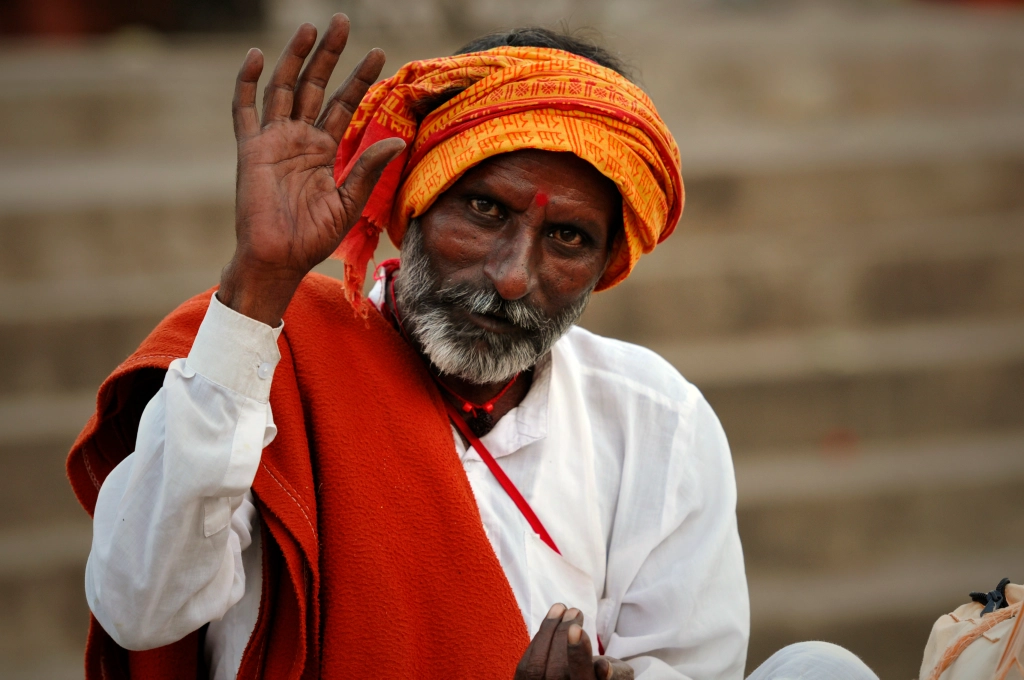
Photograph by Kristian Bertel, Your Shot –
Greeting man, India
This man was photographed in Nashik, India while he was greeting at me. Nashik is an absorbing and exiting place and has many associatons with the Hindu epic Ramayana. »
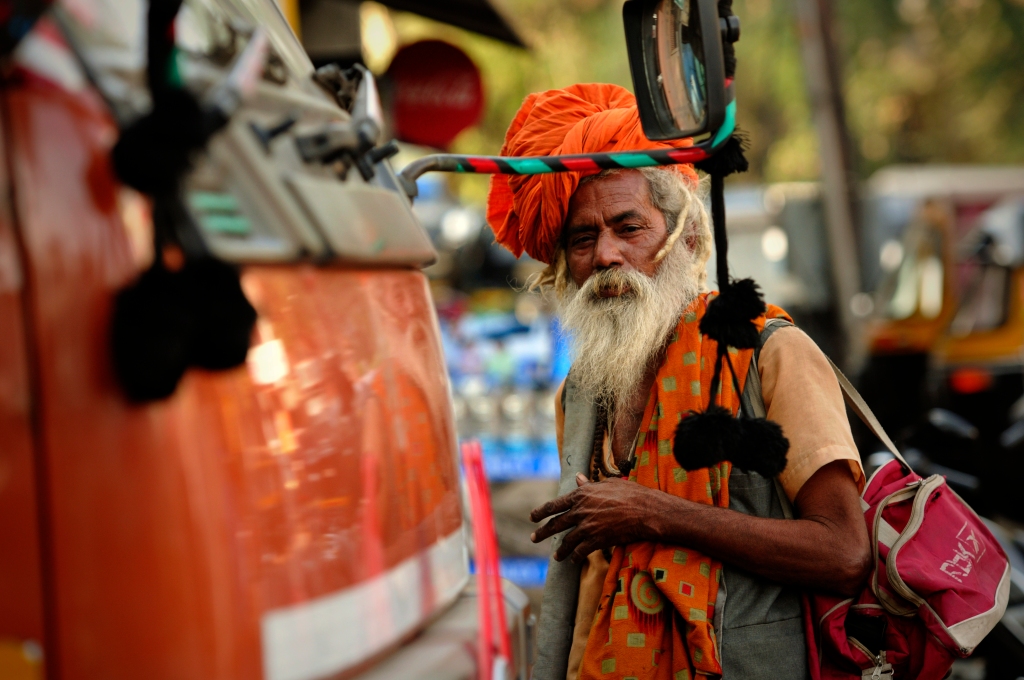
Photograph by Kristian Bertel, Your Shot –
Sadhu in the street, India
In this picture a sadhu has been pictured in the streets of Nashik. Nashik serves as a base for pilgrims visiting Trimbak and Shirdi, which was the birthplace of the original Sai Baba. Every 12 years Nashik play host to the Kumbh Mela, the largest religious gathering on earth. »
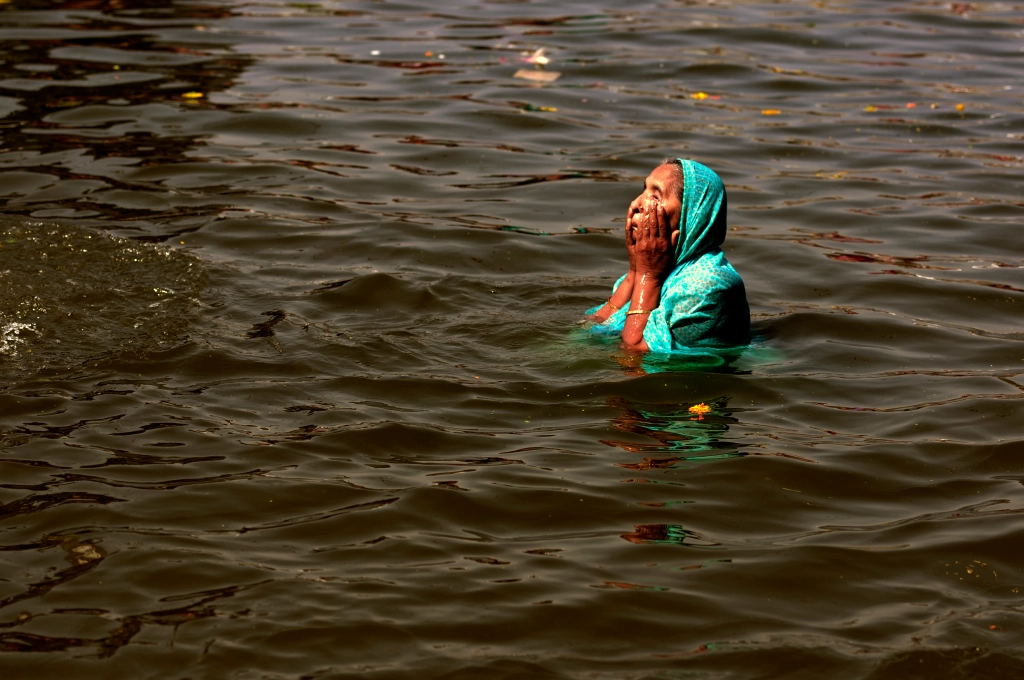
Photograph by Kristian Bertel, Your Shot –
Holy bath, India
In this picture a woman is bathing in the Ramkund Pond in Nashik, India. This bathing tank is the centre of the Nashik world and sees hundreds of colorful pilgrims arriving daily to bathe, pray and because the waters of the Ramkund provide moksha, which means liberation of the soul, even to die. For a tourist it all promises one of the mot intense experiences in Maharasthra. The scene is further enhanced by the colorful market just down river. »
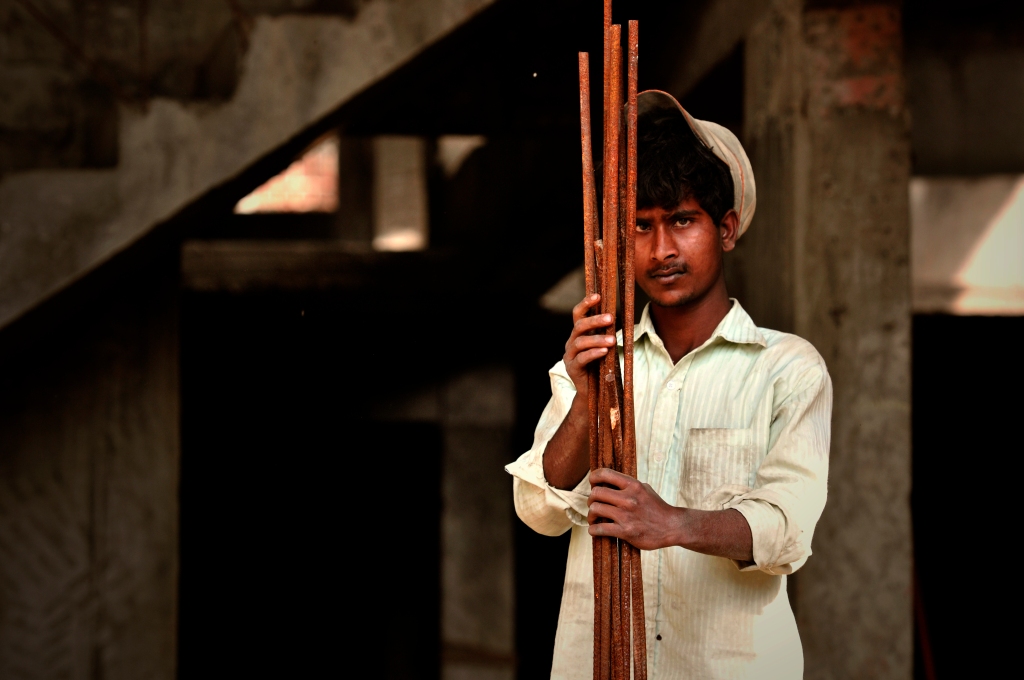
Photograph by Kristian Bertel, Your Shot –
Caste worker, India
Although today the caste system is weakened, it still wields considerable power, especially in rural India, where the caste you are born into largely determines your social standing in the community. Castes are further divided into thousands of jati, groups of ‘families’ or social communities, which are sometimes but not always linked to occupation. »
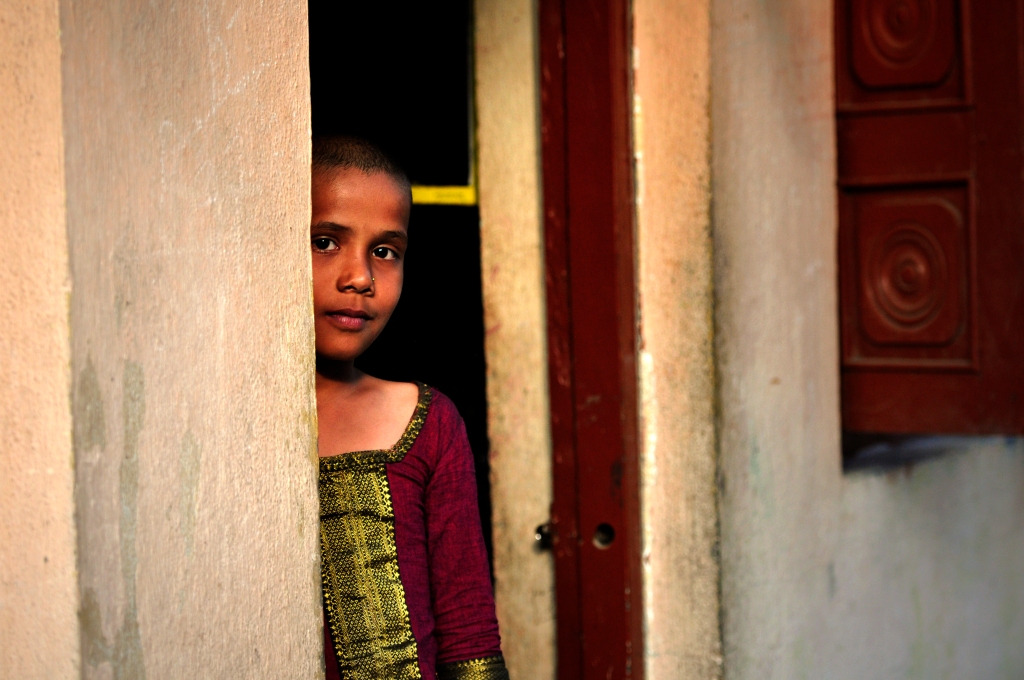
Photograph by Kristian Bertel, Your Shot –
Indian girl portraiture
In the small streets of Aurangabad, India this Indian girl was photographed in a doorway in front of her home. One of the first things travelers are likely to observe about India is how everyday life is interwined with the spiritual. Many homes have a tiny shrine set up in a corner of the home. »
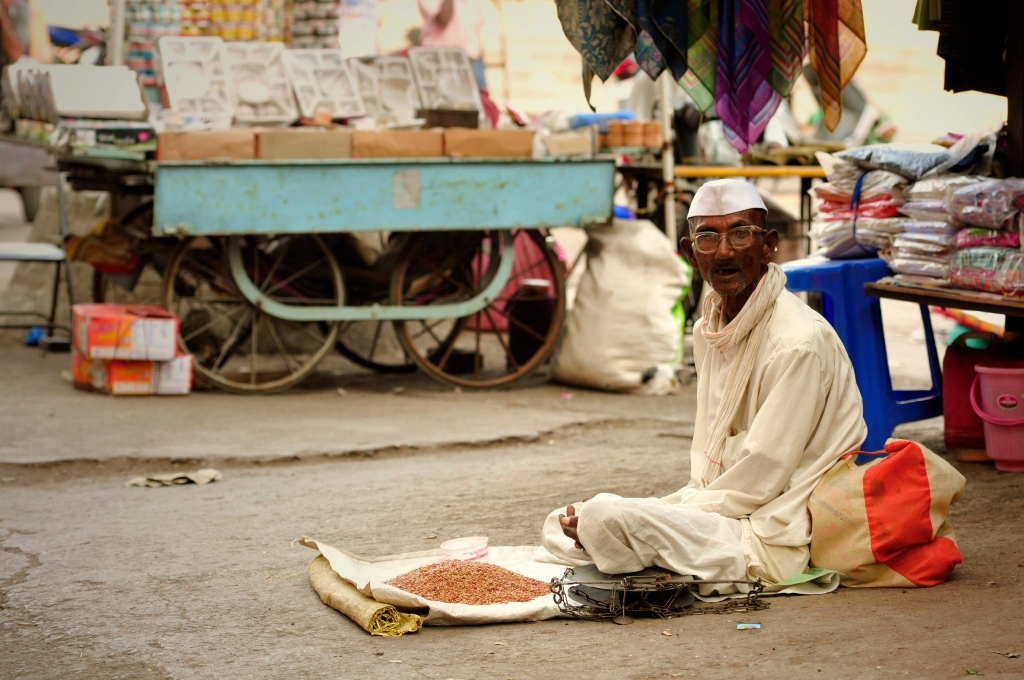
Photograph by Kristian Bertel, Your Shot –
Nutseller in Nashik, India
Nashik is the kind of town where you cannot walk moe than a couple of steps without tripping over yet another exotic temple or colorful bathing ghat. In this travel picture a nutseller has been photographed at a market in Nashik, India. »
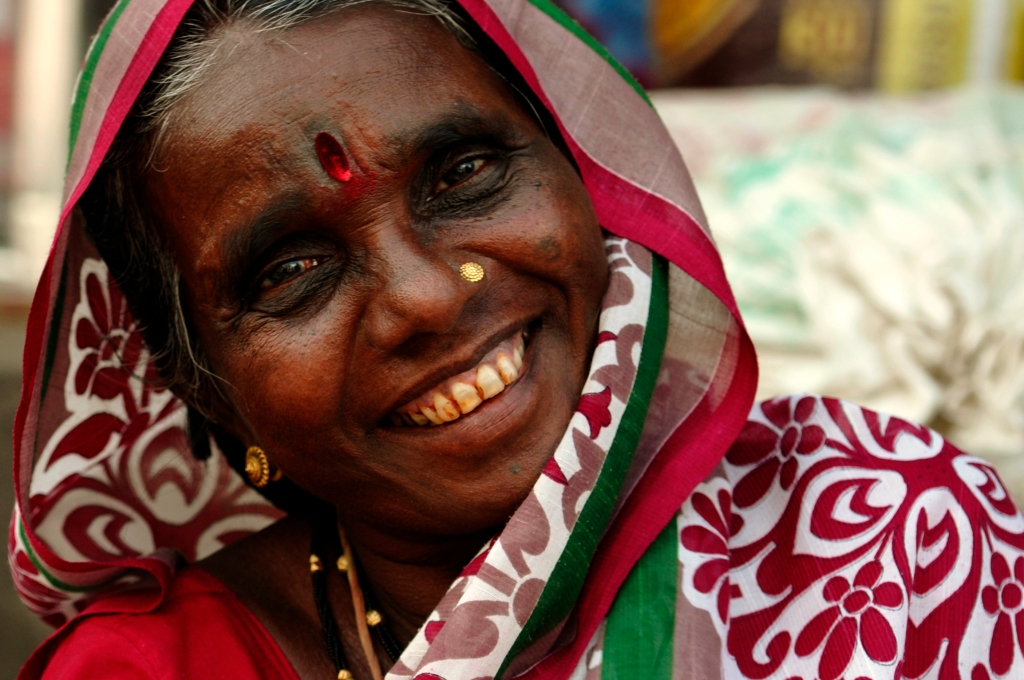
Photograph by Kristian Bertel, Your Shot –
Striking smile, India
A striking smile in Aurangabad, Maharashtra, India is strikingly adorned. Along with religion, family lies at the heart of Indian society. For the vast majority of Indians the idea of being umarried and without children by one’s mid-thirties is unthinkable. »
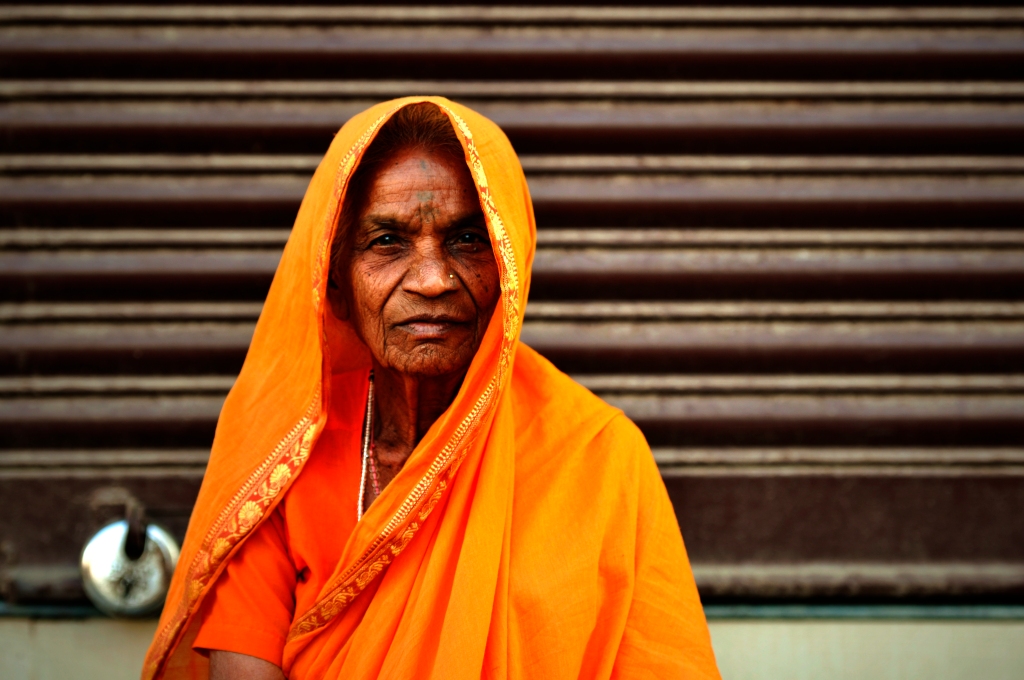
Photograph by Kristian Bertel, Your Shot –
Woman in orange, India
In this travel picture from Aurangabad in the Maharashtra province, an Indian woman is dressed in orange colors. Commonly worn by Indian women, the elegant sari comes in a single piece five and nine meters long and one meter wide and is ingeniously tucked and pleated into place without the need for pins or buttons. »
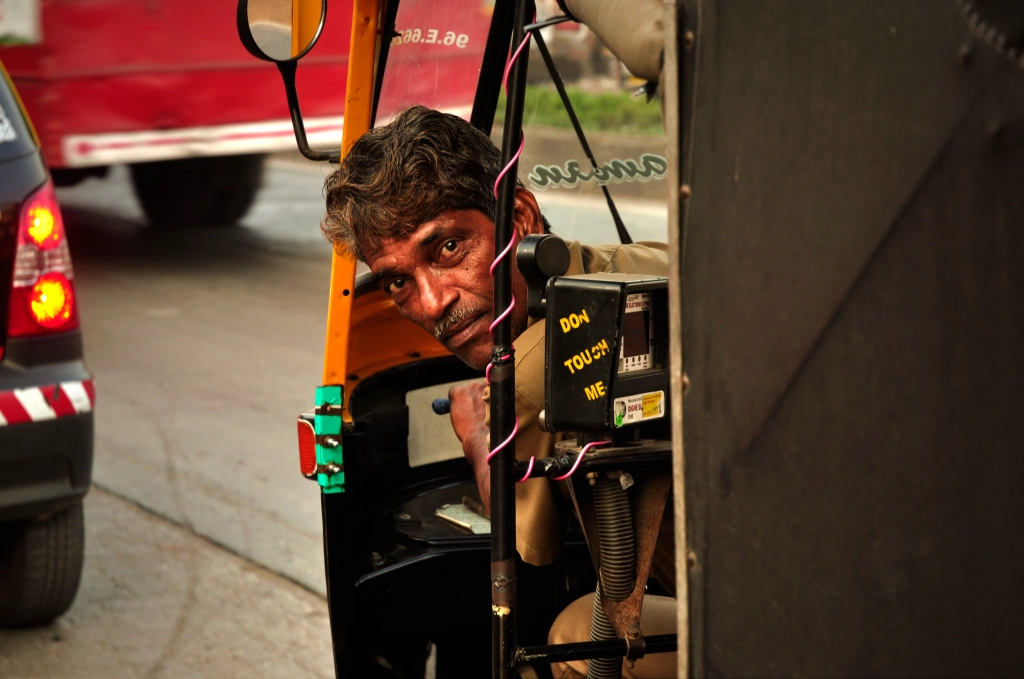
Photograph by Kristian Bertel, Your Shot –
Autorickshaw driver, India
Autorickshaws are used in cities and towns for short distances. They are less suited to long distances because they are slow and the carriages are open to air pollution. Autorickshaws are often called autos and they provide a cheap and efficient transportation. It is also not uncommon in many parts of Indian metropolitan areas to see primary school children crammed into an autorickshaw, transporting them between home and school, equivalent to the school run performed by many parents in the West using their own cars. To augment speedy movement of traffic, autorickshaws are not allowed in the southern part of Mumbai. »
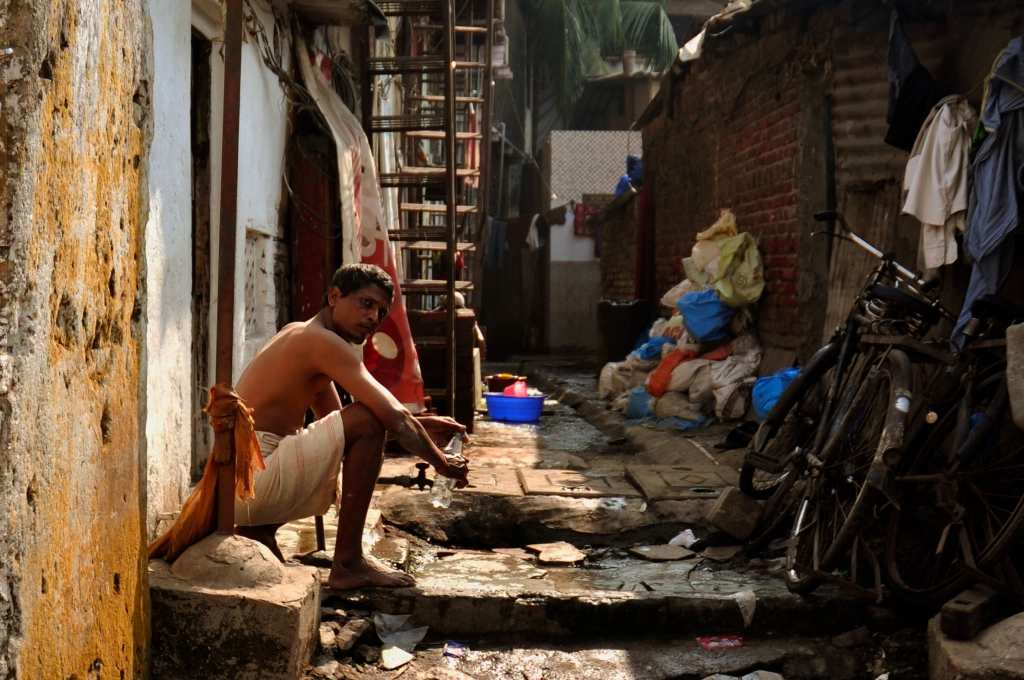
Photograph by Kristian Bertel, Your Shot –
City life in Mumbai, India
In this photograph a man is sitting in a small alley in the Jai Ambika Nagar district in Mumbai, India. In a city of over 20 million people, space is understandably at a premium in Mumbai. For the working class, daily life in Mumbai is commonly played out in what are called chawls, which are multi level tenements with single small rooms, which usually accommodate a whole family, often with a shared bathroom for each floor. There’s little privacy but the benefits are a strong sense of camaraderie and support. »

Photograph by Kristian Bertel, Your Shot –
Telecommunication, India
Despite that India is now the second market in the world in terms of the number of mobile telephone subscribers the old way of communicating can still be seen like in this photograph from Mumbai, India. Telecommunication has supported the socioeconomic development of India and has played a significant role to narrow down the rural-urban difference. »
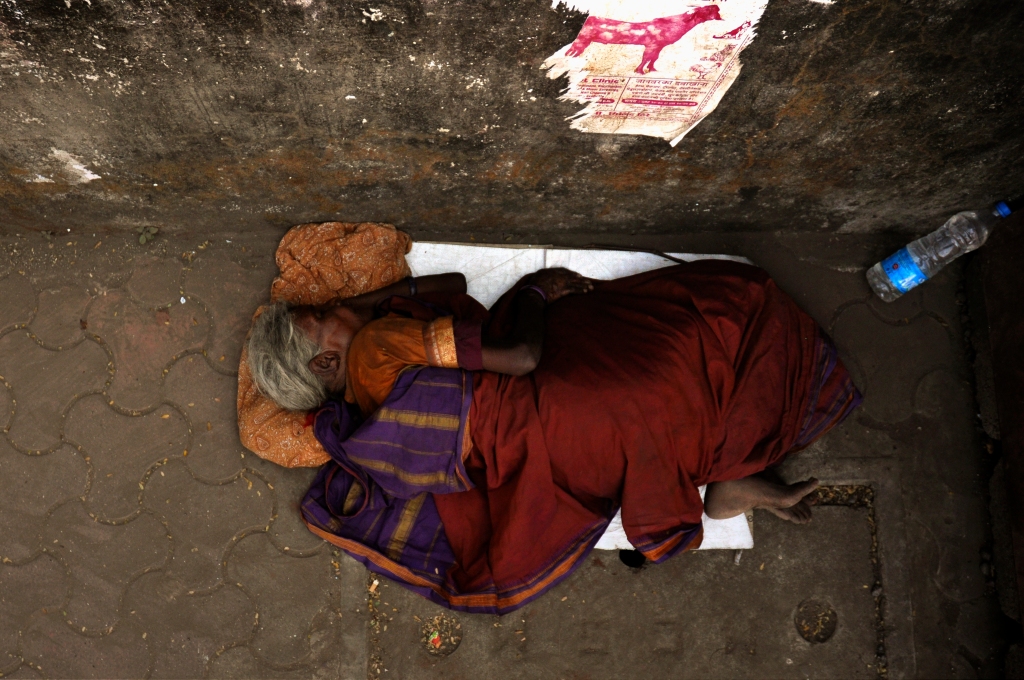
Photograph by Kristian Bertel, Your Shot –
Lal Bahadur Shastri Marg, India
Even more than fifty years after independence from almost two centuries of British rule, large scale poverty remains the most shameful blot on the face of India. Of its nearly 1 billion inhabitants, an estimated 350-400 million are below the poverty line. In this picture an elederly woman is sleeping on the pavement in Lal Bahadur Shastri Marg in Mumbai, India. »
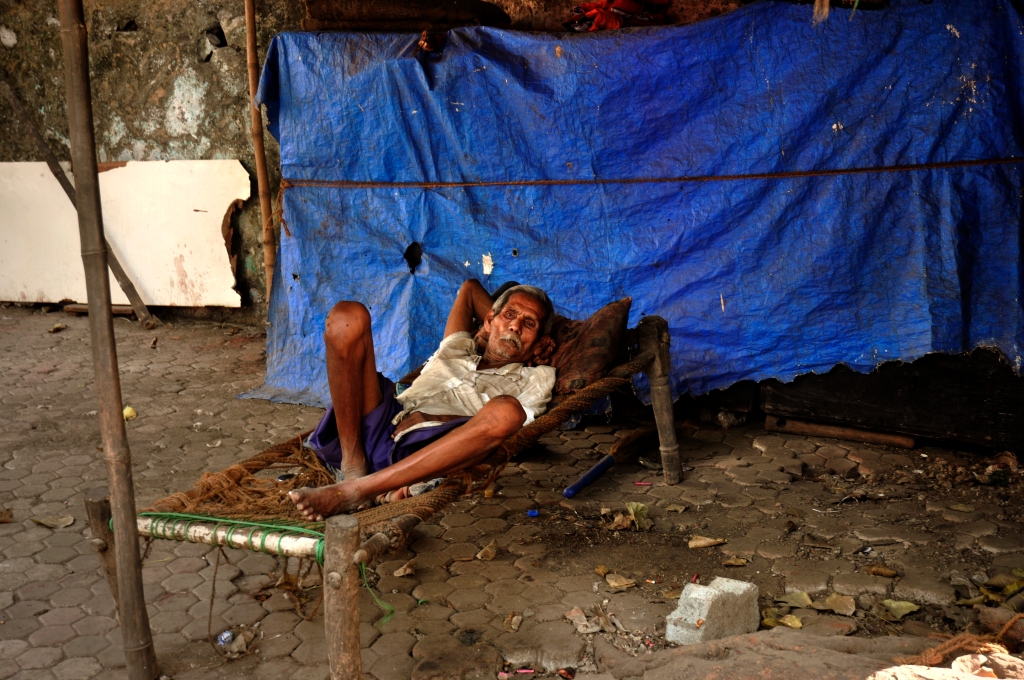
Photograph by Kristian Bertel, Your Shot –
Man in Wadala, India
India’s population ages 60 and older is projected to increase dramatically over the next four decades and more than four in five older Indians live in multigenerational households with their children. In this photo an elderly man is resting himself in the Wadala area of Mumbai, India. »
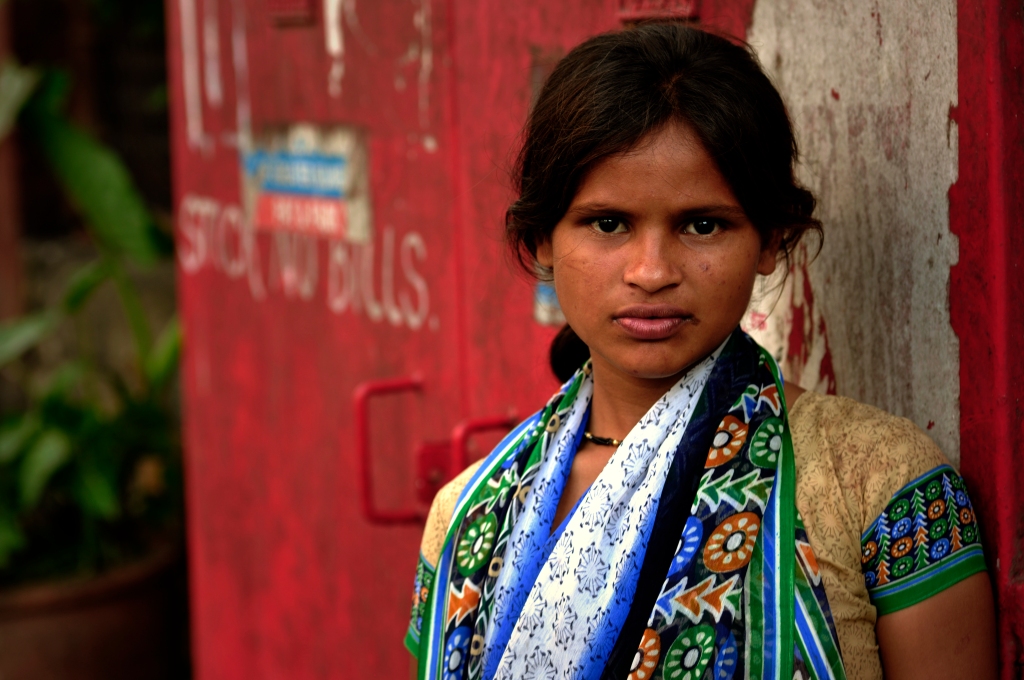
Photograph by Kristian Bertel, Your Shot –
Marathi woman, India
The status of women in India has been subject to many great changes over the past few millennia. With a decline in their status from the ancient to medieval times, to the promotion of equal rights by many reformers, the history of women in India has been eventful. In this portrait photo a young woman has been photographed in the Colaba area of Mumbai, India. »
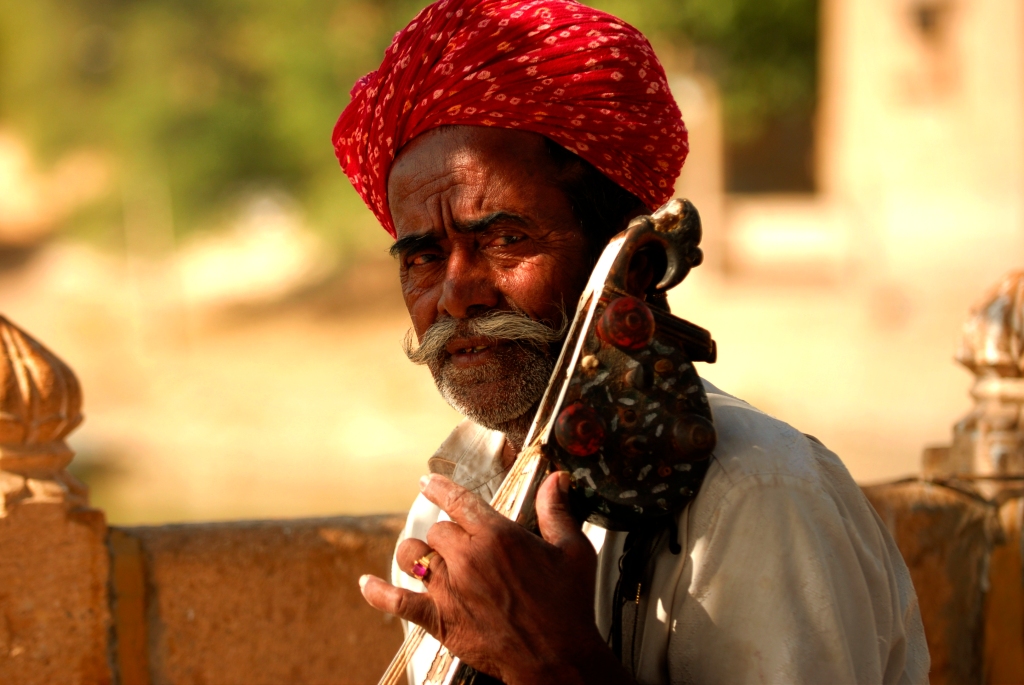
Photograph by Kristian Bertel, Your Shot –
Musician in Jaisalmer, India
In this photo a man is playing traditional music in the city of Jaisalmer. Jaisalmer, located in Rajasthan and is easily one of India’s most unforgettable destinations as the photographer experienced. The city is well worth the journey to this farthest corner of the state, where the compelling beauty of the Thar Desert draws travelers to far-western Rajasthan. Jaisalmer is a picture-perfect medieval city resplendent with golden homes and havelis and a towering citadel, which is an intriguing town in its own right, and is a great place for camel safaris into the desert. »
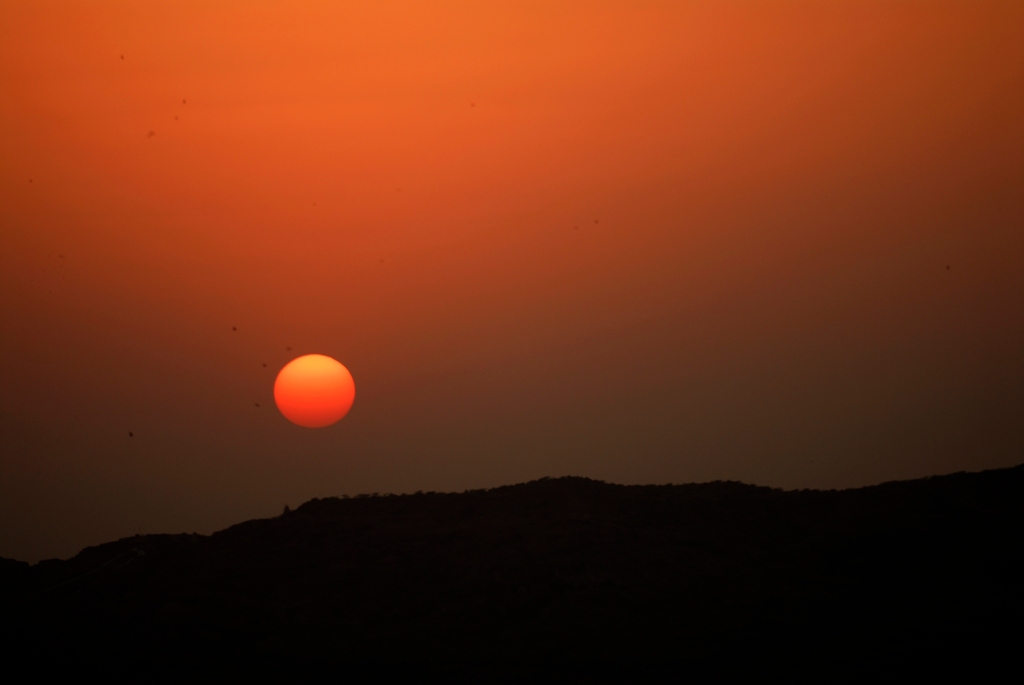
Photograph by Kristian Bertel, Your Shot –
Sunset in Jodhpur, India
In this travel photograph the sun is setting in over Jodhpur in India. Jodhpur which is Rajasthan’s second-largest city, is known as the blue city because of the pale blue-painted narrow and tall houses of the jumbled and entrancing old part of the city, which are especially impressive when viewed from the Mehrangarh Fort. »
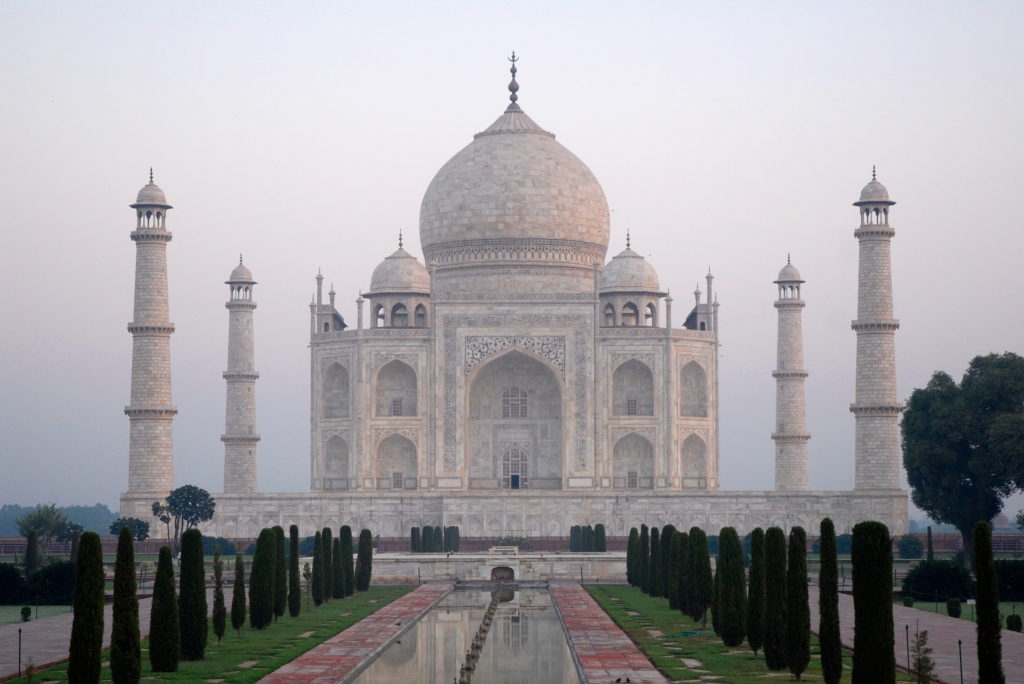
Photograph by Kristian Bertel, Your Shot –
Taj Mahal, India
A picturesque scene at the Taj Mahal in Agra, India.
This beautiful white marble mausoleum was built by Mughal emperor Shah Jahan in memory of his third wife, Mumtaz Mahal. »
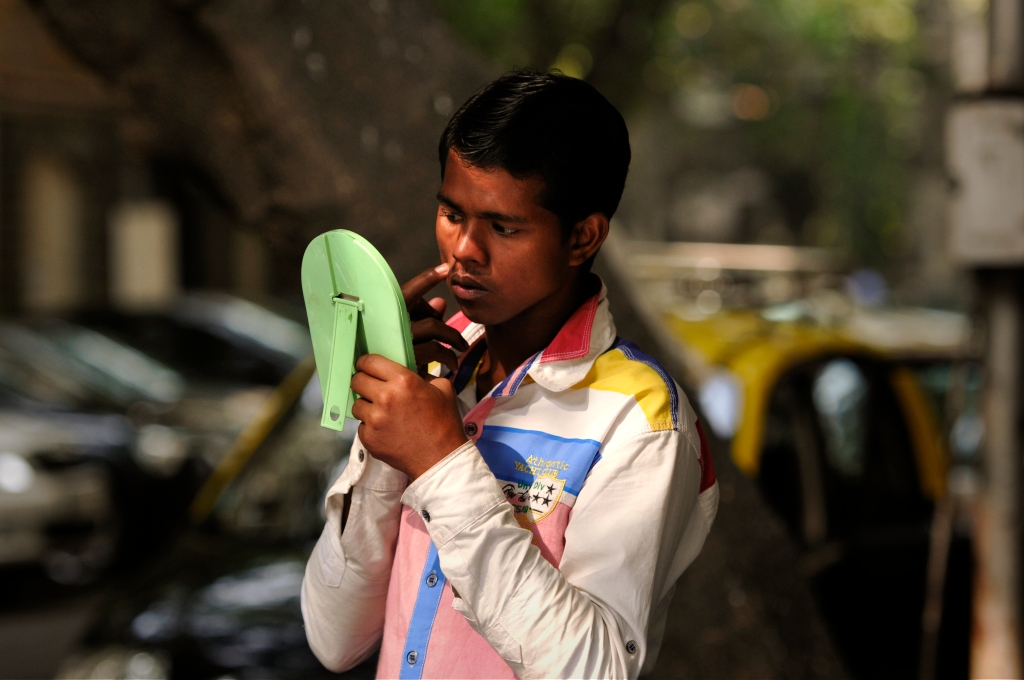
Photograph by Kristian Bertel, Your Shot –
Wallace Street, India
A young man is watching and discovering himself with a handheld mirror in this photograph from Wallace Street in Mumbai, India. The period of adolescence is most closely associated with the teenage years, though its physical, psychological and cultural expressions may begin earlier and end later. Although puberty has been historically associated with the onset of adolescent development. »
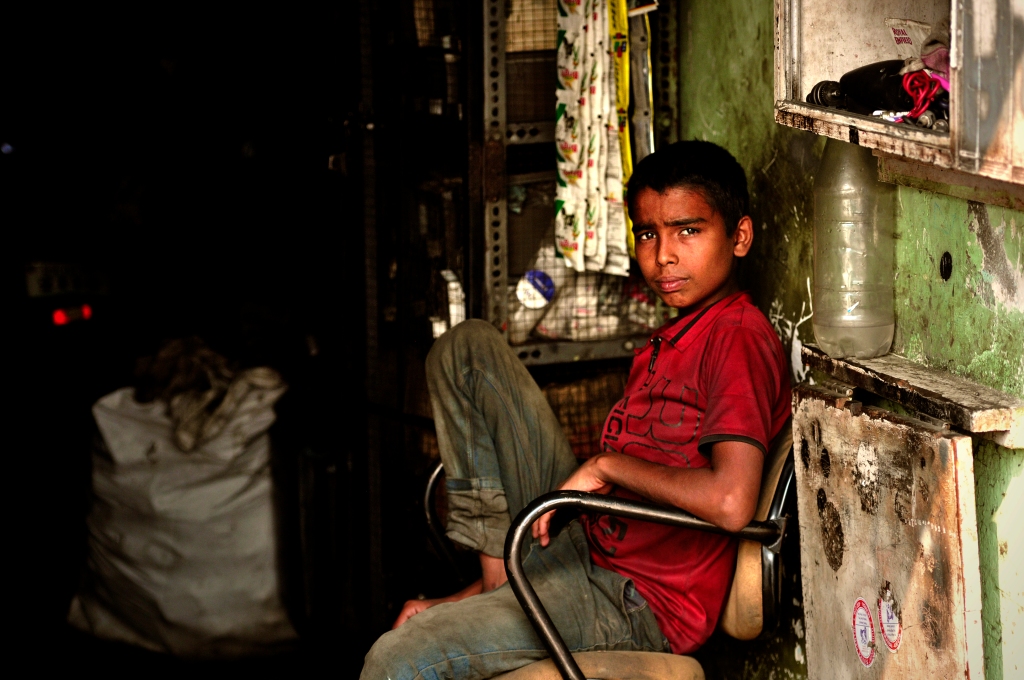
Photograph by Kristian Bertel, Your Shot –
Boy in Mahim, India
In this travel picture from Mumbai and the neighborhood of Mahim a boy is photographed sitting in a chair. The name Mahim is derived from the English, who derived it from the Portuguese. »

Photograph by Kristian Bertel, Your Shot –
Passageway in blue, India
This is a travel picture of a little girl in a blue passageway in Mumbai, India. »
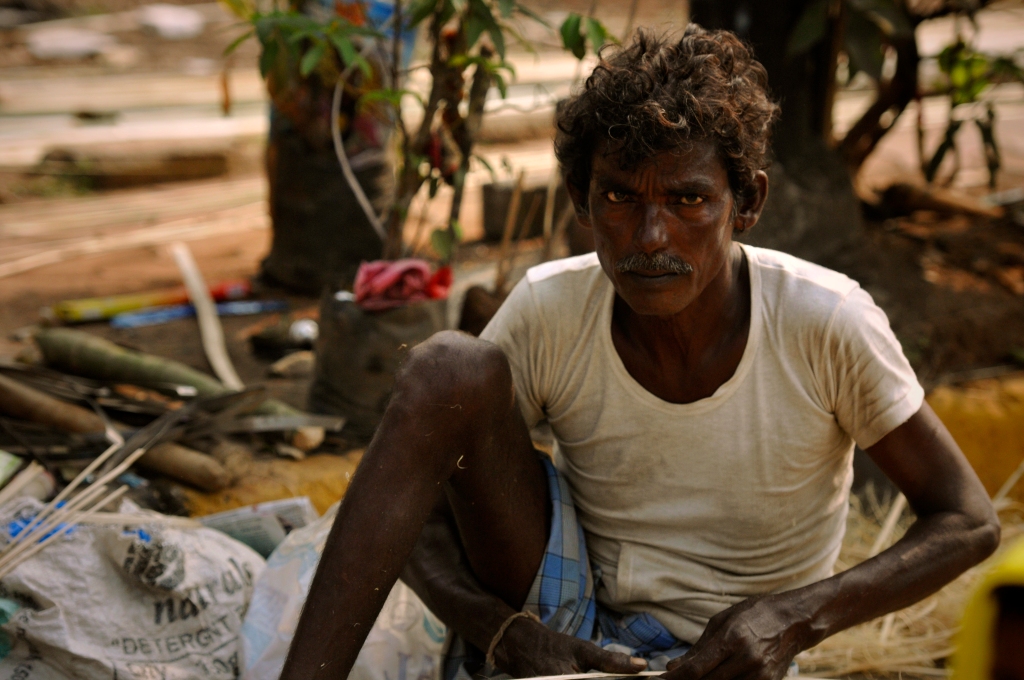
Photograph by Kristian Bertel, Your Shot –
Wicker, India
An Indian man is working with wicker near the Mahim Junction Road in Mahim, Mumbai, India. Wicker is a material made of plant stalks, branches or shoots formed by a kind of weaving into a rigid material, most often used for baskets or furniture. Wicker is traditionally made of material of plant origin, but plastic fibers are now also used. Wicker is light yet sturdy, making it suitable for furniture that will be moved often like porch and patio furniture. »
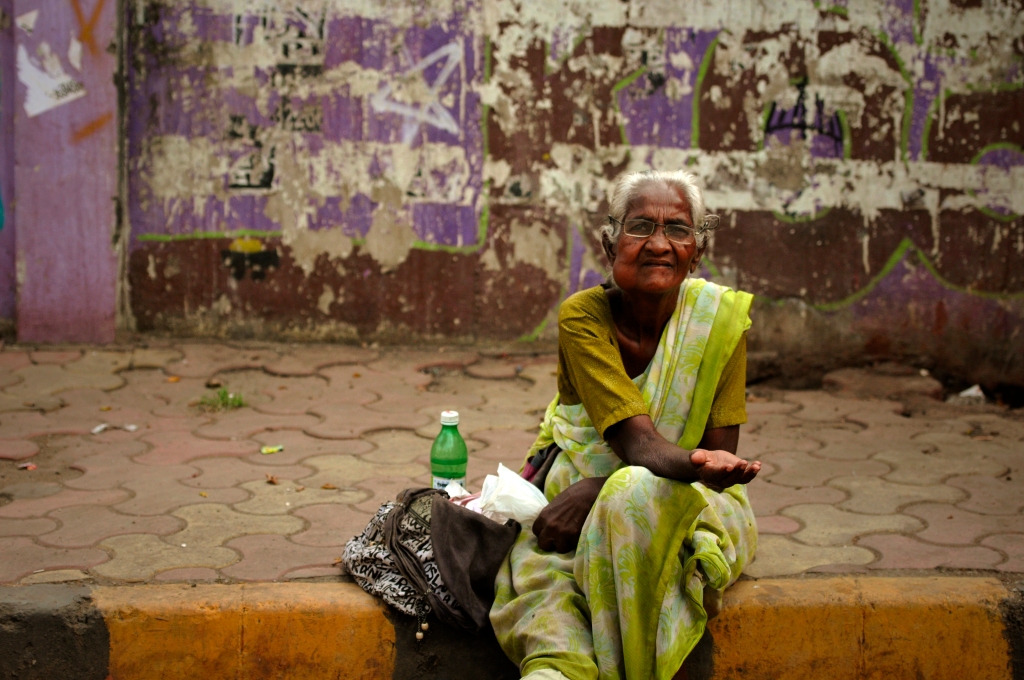
Photograph by Kristian Bertel, Your Shot –
Woman with goitre, India
On one of the main roads in Mahim an elderly woman is raising out her hand begging. If you take a closer look at the picture you can see that the woman has a goitre, which is a swelling of the neck commonly caused by iodine deficiency, usally seen in countries that do not use iodized salt. »

Photograph by Kristian Bertel, Your Shot –
Street life in Mahim, India
In this picture three boys are photographed in the street of Senapati Bapat Marg in the Mahim area of Mumbai, India. Back in time, Mahim stood on an eponymous island that formed part of the Bombay Archipelago. The town proper stood at the northern end of the island, in and around the Mahim Fort. »

Photograph by Kristian Bertel, Your Shot –
Happy woman, India
A happy woman is photographed in Mumbai City’s Mahim area. The name Mahim is derived from the ancient ‘Mahimavati’ meaning miraculous in Sanskrit. Other historical names for the area include Maijim, Mejambu, and Mahikawati. »

Photograph by Kristian Bertel, Your Shot –
Woman in yellow saree, India
Travel photo of an Indian woman wearing a yellow saree in Mumbai, India. Commonly worn by Indian women, the elegant saree comes in a single piece between five to nine meters long and one meter wide. »

Photograph by Kristian Bertel, Your Shot –
Slum boy, India
Photograph of an Indian slum boy in the Mahim slums in Mumbai. Back in 2013 nearly 3,000 people dwelling in slums were rendered homeless when a major fire swept through a slum locality in Mahim, Mumbai. »
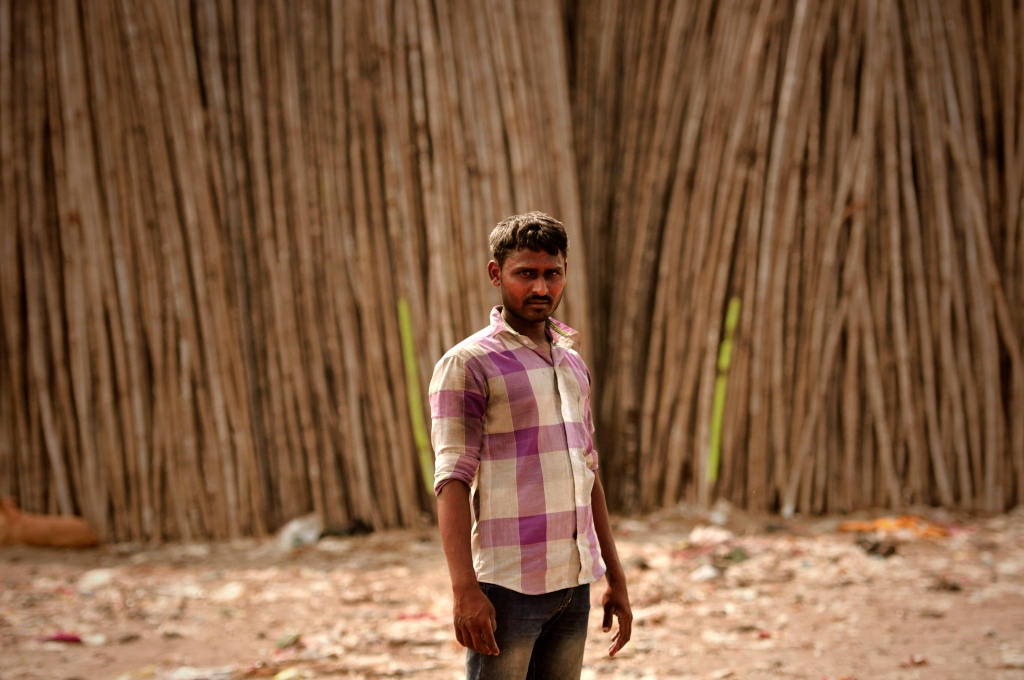
Photograph by Kristian Bertel, Your Shot –
Mahim Koliwada, India
On the outskirts of the Mahim slums I took this portrait of a man in front of some bamboo poles. Bamboos are some of the fastest-growing plants in the world. Bamboos are of notable economic and cultural significance in South Asia, Southeast Asia and East Asia, being used for building materials, as a food source, and as a versatile raw product. Bamboo has a higher compressive strength than wood, brick or concrete and a tensile strength that rivals steel. »

Photograph by Kristian Bertel, Your Shot –
Raheja Marg in Mumbai, India
An Indian boy is here portrayed at the road of Raheja Hospital Marg in the area of Mahim in Mumbai. Mahim is a neighborhood in Mumbai. The Mahim railway station is in the Mahim area, on the Mumbai suburban railway on the Western Railway line. »

Photograph by Kristian Bertel, Your Shot –
Crowd of people, India
Nothing can fully prepare you for India, but perhaps the one thing that bet encaptulates this extaordinary country is its ability to inspire, frustrate, thrill and confound all at once. This photo depicts a dusty street full of people of Mumbai, India. »
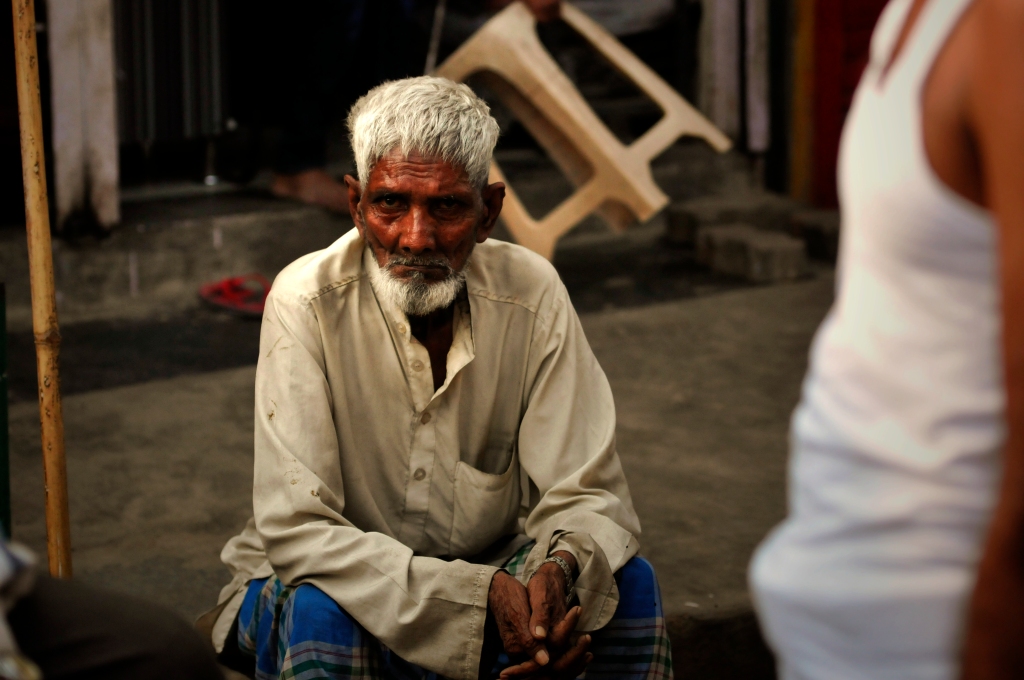
Photograph by Kristian Bertel, Your Shot –
Travel portrait, India
India is home to more than one billion people, and its eclectic melange of ethnic groups translates into a cultural travel experience for the traveler. »

Photograph by Kristian Bertel, Your Shot –
Dharavi houses, India
This photo highlights the beautiful patterns of houses in Dharavi, India. While it may look a bit shambled from the outside, the maze of dusty alleys and sewer-lined streets of this city-within-a-city are actually a collection of abutting settlements. »
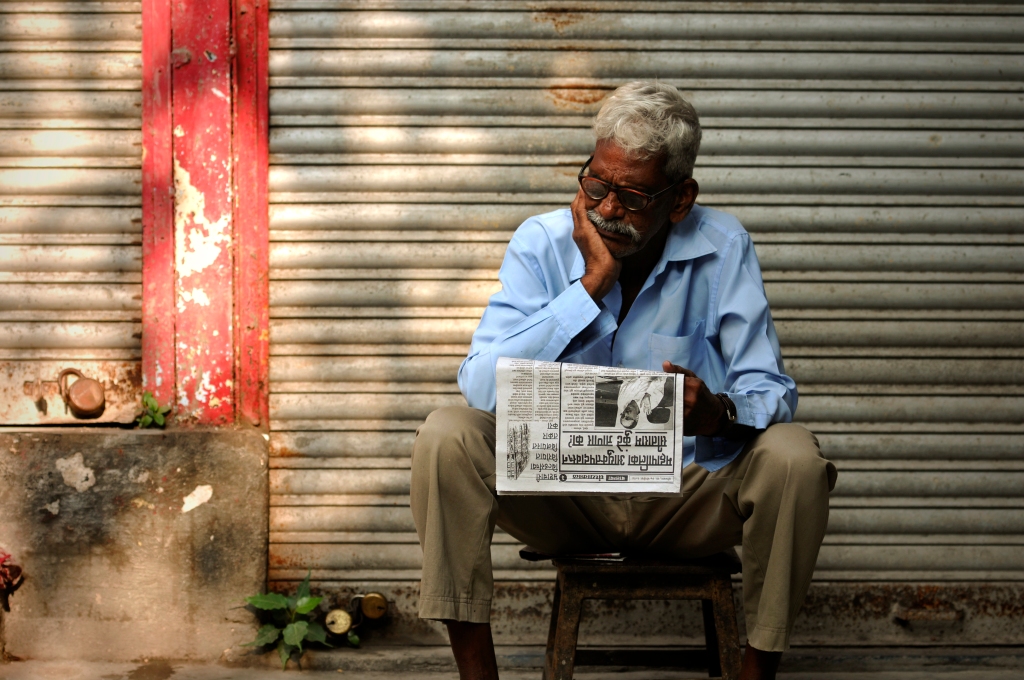
Photograph by Kristian Bertel, Your Shot –
Man with newspaper, India
I took this photograph of a man reading a newspaper in the southern part of Mumbai, India. I like how the light softly is entering from the side in this travel photo. »

Photograph by Kristian Bertel, Your Shot –
Swami Vivekanand Road, India
An Indian man’s portrait is taken near the Swami Vivekanand Road in the Mahim district of the populous city of Mumbai. Mahim was one of the seven islands that originally made up Mumbai. Mahim, or Mahikawati as it was known, was the capital of Raja Bhimdev, who reigned over the region in the 13th century. »

Photograph by Kristian Bertel, Your Shot –
Young man in Jaipur, India
This picture was taken through the front glass of an autorickshaw in Jaipur in India. The Indian autorickshaw is basically a three-wheeled motorcycle with a tin or canvas cab, providing room for two passengers and luggage. You may also hear autorickshaws called autos, scooters, tuk-tuks or Bajaj. »

Photograph by Kristian Bertel, Your Shot –
Matia Mahal, India
Delhi, with its tenaciuos touts and crush of mechanical and human traffic can be downright confronting and confounding for the first-time visitor. This is a photo of the lively street of Matia Mahal located in the Chandni Chowk area of Delhi, India. »

Photograph by Kristian Bertel, Your Shot –
Man in window, India
In this picture an Indian man is photographed sitting at a window in the Mahalaxmi area of Mumbai, India. Mahalaxmi is a neighborhood within Mumbai and it is also the name of a railway station on the Mumbai suburban railway. »
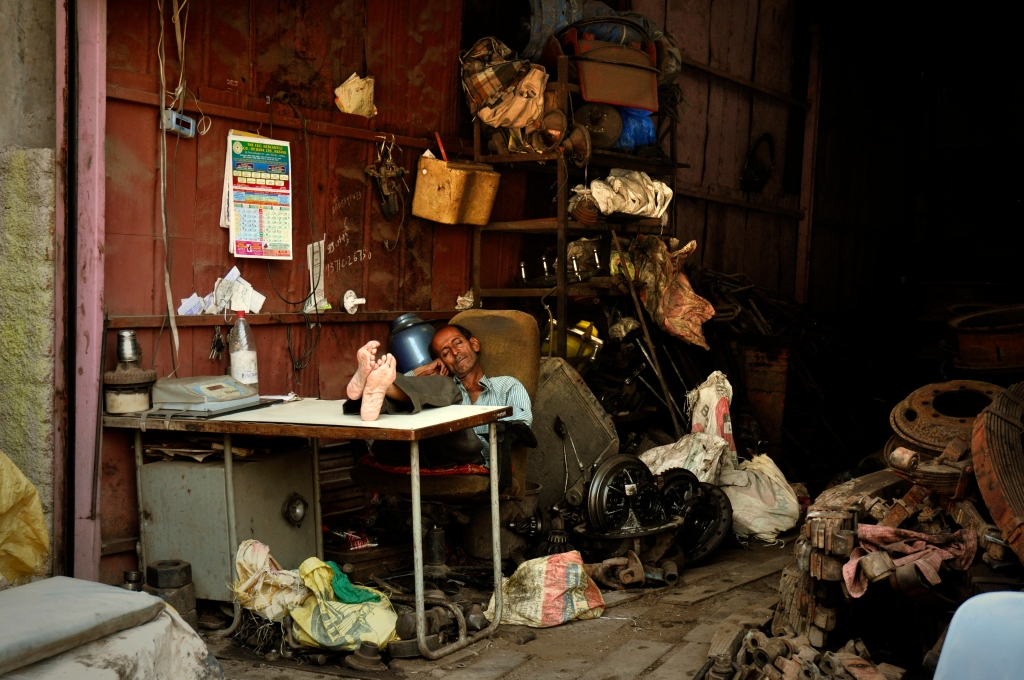
Photograph by Kristian Bertel, Your Shot –
Mechanic, India
This everyday portrait was captured in Nashik, India showing a mechanic taking a nap. Many mechanics in India are specialized in a particular field such as auto mechanics, truck mechanic, bicycle mechanics and many other fields of maintenance mechanics. »
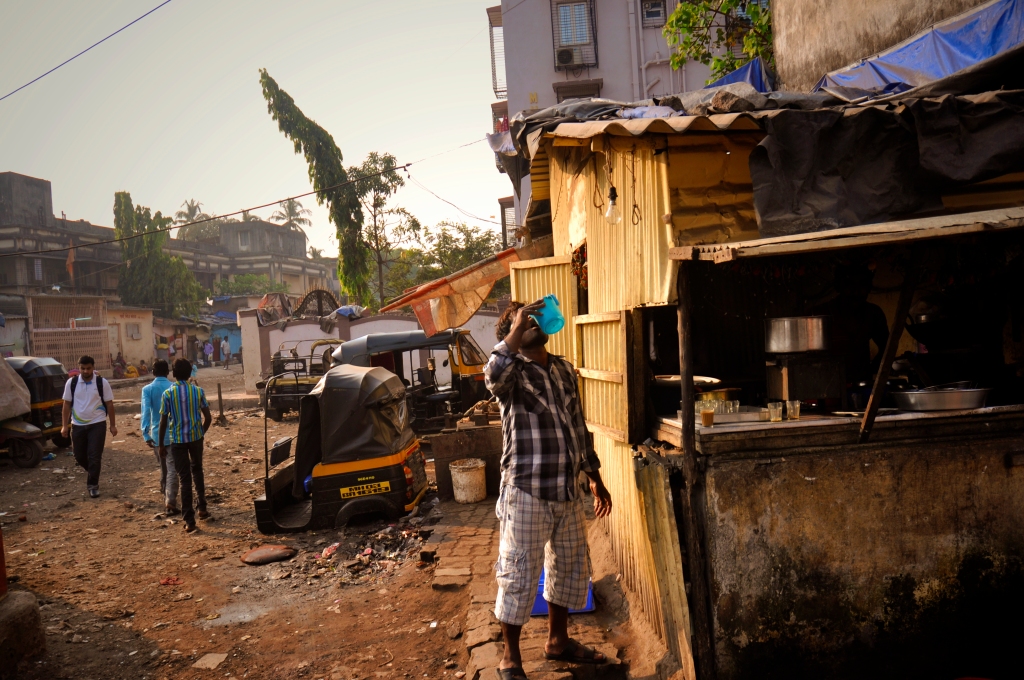
Photograph by Kristian Bertel, Your Shot –
Thirst, India
An Indian man is refreshing himself with a small bucket of water in the Bandra area of Mumbai, India. Drinking water supply and sanitation in India continue to be inadequate, despite longstanding efforts by the various levels of the country and communities at improving coverage. »
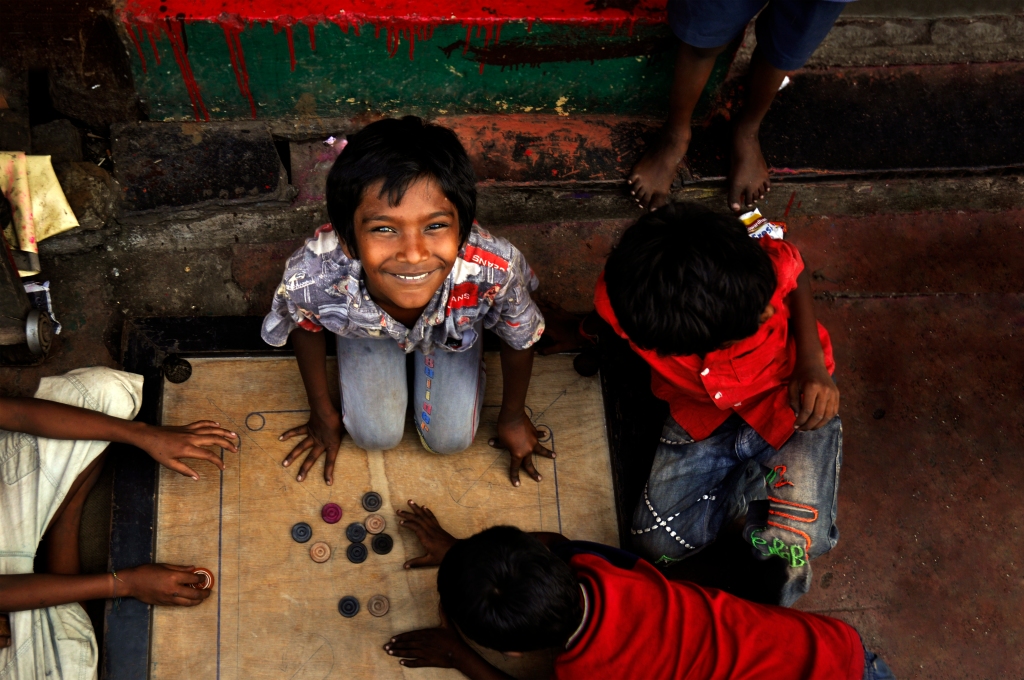
Photograph by Kristian Bertel, Your Shot –
Child’s play, India
A couple of children are playing a game in the southern part of Mumbai in India. Play is considered to be important for a child’s development and it is through play that children at a very early age engage and interact in the world around them. »
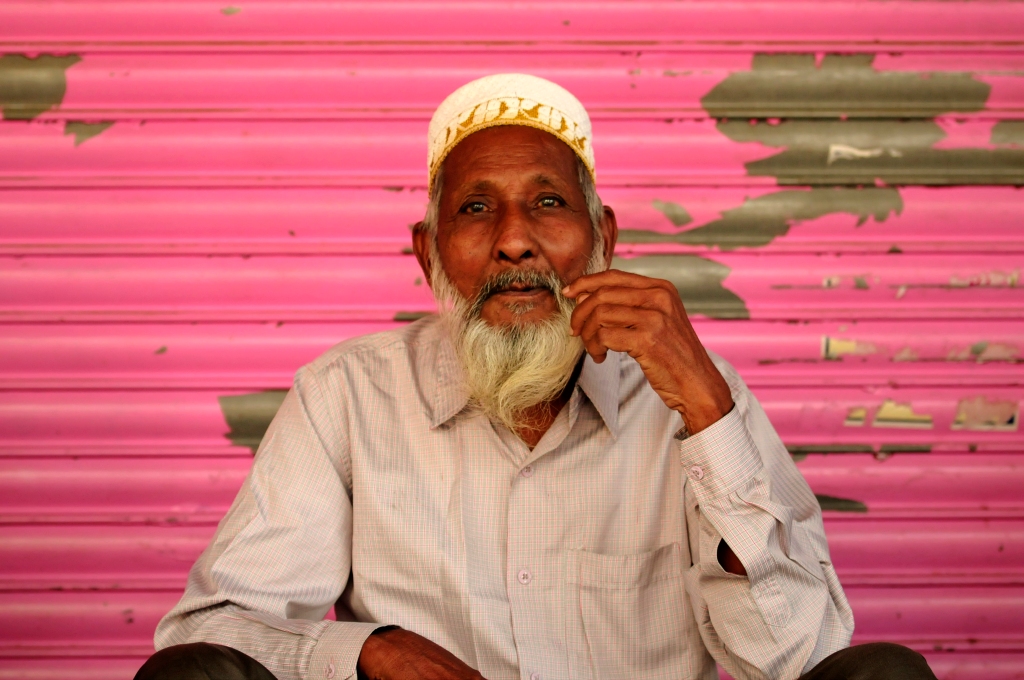
Photograph by Kristian Bertel, Your Shot –
Indian man
This is a portrait of an Indian man in the Wadala area of Mumbai, India. The name Mumbai is derived from Mumba or Maha-Amba, the name of the Koli goddess Mumbadevi, and Aai, ‘mother’ in the language of Marathi, the mother tongue of the Kolis and the official language of Maharashtra. »
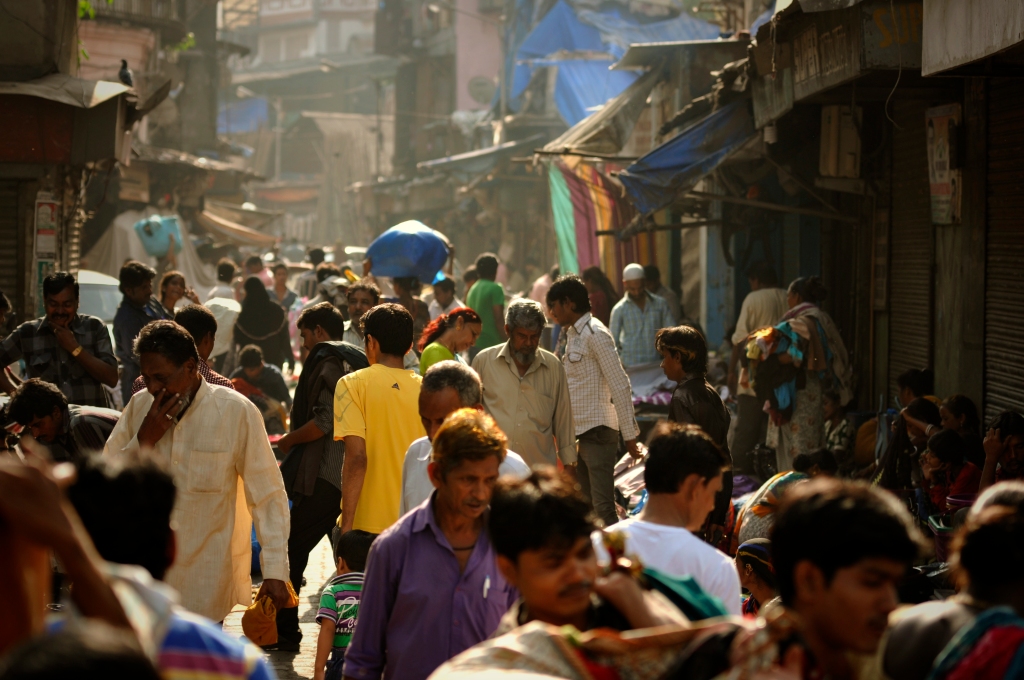
Photograph by Kristian Bertel, Your Shot –
Megacity, India
India is the land of people and the amount of people is increasing in the cities and megacities of India. Like in this picture taken in the Chor Bazaar area of Mumbai in India. Mumbai suffers from the same major urbanisation problems seen in many fast growing cities in developing countries: widespread poverty and unemployment, poor public health and poor civic and educational standards for a large section of the population. »
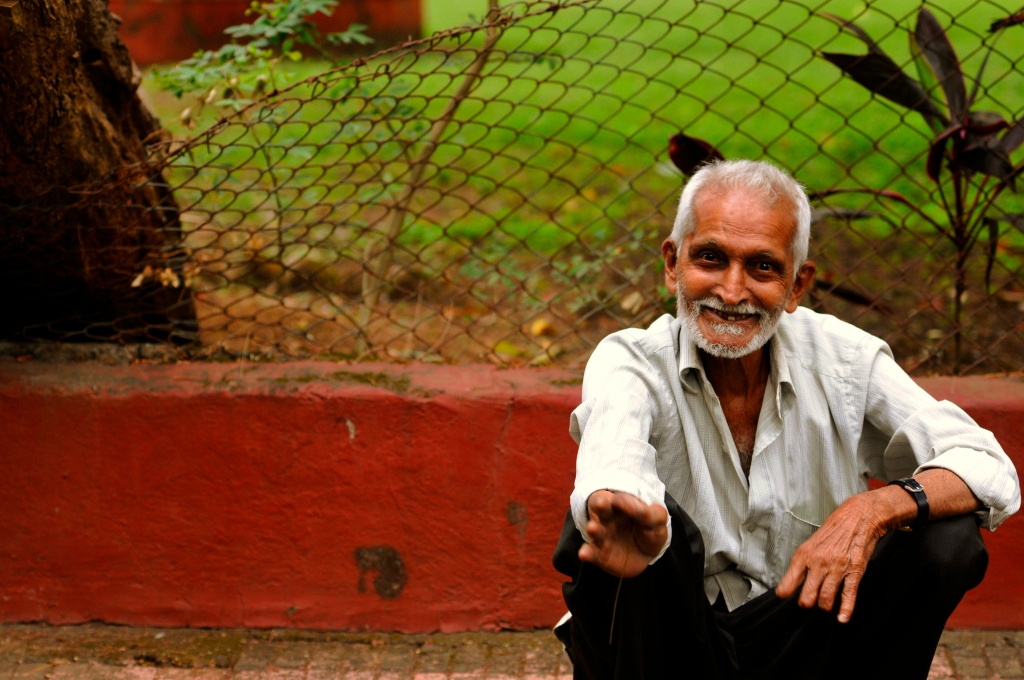
Photograph by Kristian Bertel, Your Shot –
Friendly man, India
This man’s eyes were full of joy and friendliness when I photographed him near the Dr. Bhau Daji Lad Mumbai City Museum, which was formerly the Victoria and Albert Museum. The museum is the oldest museum in Mumbai. Situated in Byculla East, it was originally established in 1855 as a treasure house of the decorative and industrial arts and was later renamed in honour of Bhau Daji. »

Photograph by Kristian Bertel, Your Shot –
Maharashtra, India
An Indian woman is walking with a child at the road in the state of Maharashtra, India. Life in villages in Maharashtra is centered around agriculture. Villages in India have a very fascinating environment to photograph, where the atmosphere is very peaceful, scenic and less crowded than the big cities. Choices are very limited as in you have only one shop or maybe a couple of where you can buy grocery. »

Photograph by Kristian Bertel, Your Shot –
Boy at a lake, India
An Indian boy is pictured at the Gandhi Talav lake in the city of Nashik, India. Nashik is one of the world’s holiest Hindu cities. Kumbh mela is held here once in 12 years along with four other cities in India. Lord Rama along with Lakshmana and Sita spent fourteen years of his exile at Tapovan near Nashik. »

Photograph by Kristian Bertel, Your Shot –
Chor Bazaar shop, India
An Indian shop owner almost blends in with his groceries in this photograph taken in the Chor Bazaar area of Mumbai, India. Chor Bazaar, located near Bhendi Bazaar in south Mumbai, is one of the largest flea markets in India. »

Photograph by Kristian Bertel, Your Shot –
Girl in Wadala, India
I photographed this young Indian girl in a silent afternoon moment in Wadala area of Mumbai, India. Wadala used to be considered as a central suburb of the city of Mumbai, but is now well within the city limits. »

Photograph by Kristian Bertel, Your Shot –
Washing time, India
In this travel photograph from the Dhobi Ghat in Mumbai an Indian man is washing himself. Dhobi Ghat also known as the Mahalaxmi Dhobi Ghat, is a well known open air laundromat in Mumbai, India. The washers, locally known as Dhobis, work in the open to wash the clothes from Mumbai’s hotels and hospitals. There are rows of open-air concrete wash pens, each fitted with its own flogging stone. Called the world’s largest outdoor laundry, Dhobi Ghat is a very popular attraction among foreign tourists. »

Photograph by Kristian Bertel, Your Shot –
Nomad girl in green, India
Nomadic tribes have always been a source of suspicion to sedentary people. In the colonial period, the British normalized a set of notions about such groups that echoed European ideas about the gypsies, whose origins are in the Indian subcontinent. Nomads are known as a group of communities who travel from place to place for their livelihood. Some are salt traders, fortune-tellers, conjurers, ayurvedic healers, jugglers, acrobatss, story tellers, snake charmers, animal doctors, tattooists, grindstone makers or basketmakers. All told, anthropologists have identified about 500 nomadic groups in India,
numbering perhaps 80 million people around 7 percent of the country’s billion-plus population. »

Photograph by Kristian Bertel, Your Shot –
Nashik city, India
With a population of 1.9 million, Nasik is the third largest city in Maharashtra after Mumbai and Pune. In terms of area it is second largest city after Mumbai. And Nashik district is the eleventh most populous district in India. Nashik traditionally boasts of a Maharashtrian cuisine with influences from Khandesh, Rajasthan and Gujarat. The modern city however offers a range of restaurants with cuisines ranging from Punjabi, South Indian to Chinese and European cuisines. Variety of decent hotels in Nashik city serve food ranging from regions’ spicy fare to international cuisine. »
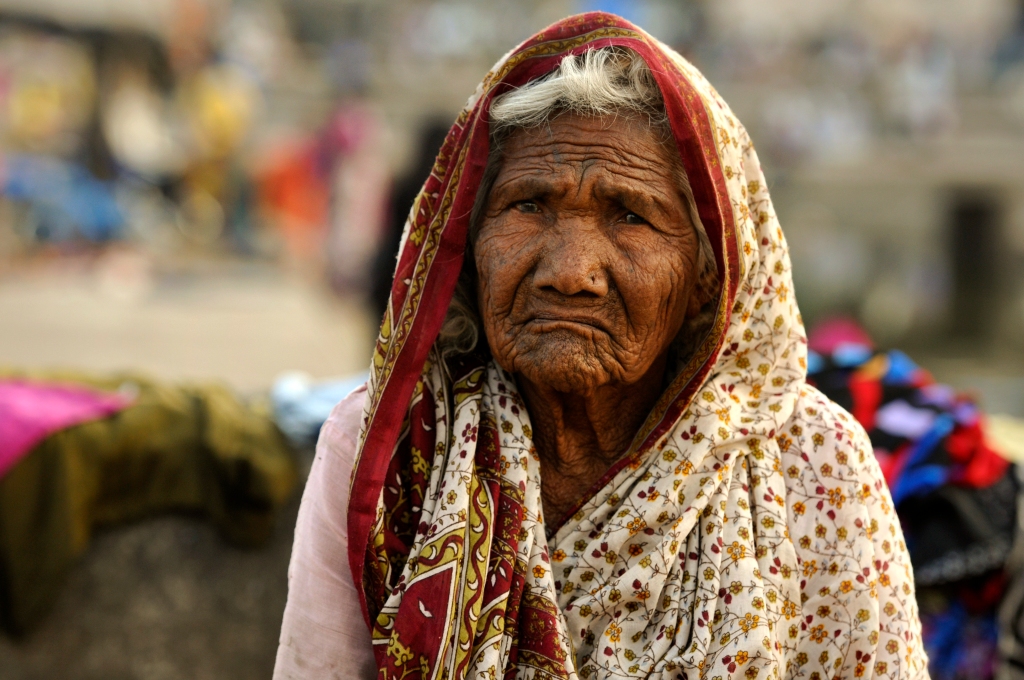
Photograph by Kristian Bertel, Your Shot –
Woman in saree, India
India’s cultural view of elderly care is similar to that of Nepal’s. Parents are typically cared for by their children into old age, most commonly by their sons. It should be noted that in these countries, elderly citizens, especially men, are viewed in very high regard. Traditional values demand honor and respect for older, wiser people. India is facing the same problem as many developing nations in that its elderly population is increasing tremendously, with a current estimate of 90 million over the age of 60. »
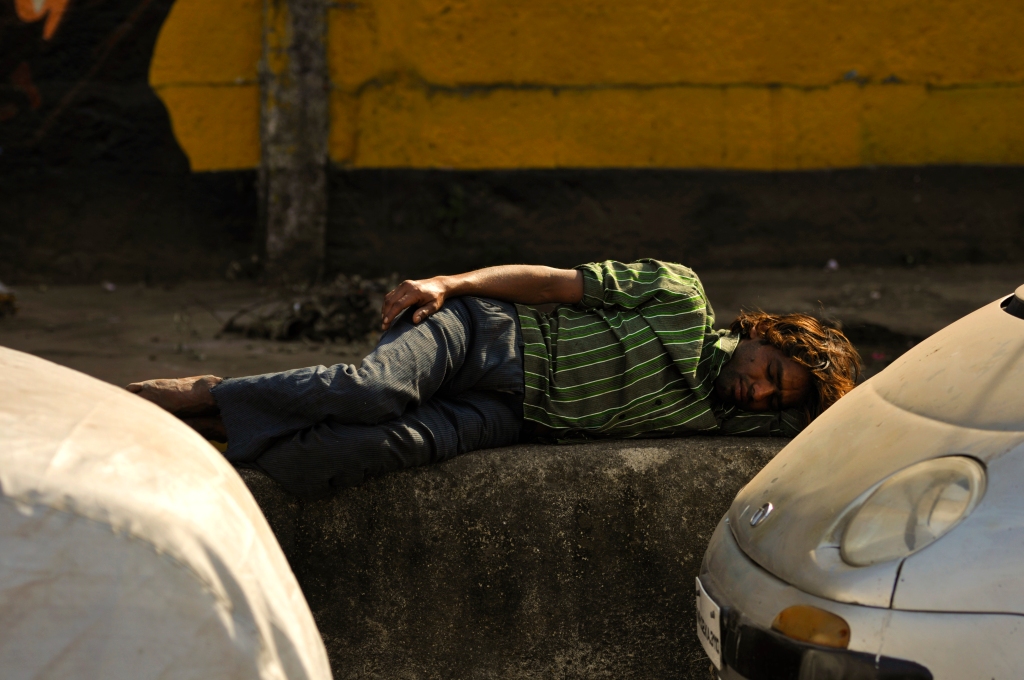
Photograph by Kristian Bertel, Your Shot –
Gore Ram, India
The light was amazing right on this spot where I photographed this Indian man sleeping near the street of Gore Ram in Nashik, India. Sleeping people in public places is a common sight in India, and they can find the most hard places on the surface to sleep. Through my exploration of sleeping people in public places in India, I am beginning to think that it also can be somekind of statement from the sleeping person besides the sleep. »

Photograph by Kristian Bertel, Your Shot –
Woman at a Hindu temple, India
A Hindu temple is a house of gods. It is a space and structure designed to bring human beings and gods together, infused with symbolism to express the ideas and beliefs of Hinduism. Hindu temples come in many styles, diverse locations, deploy different construction methods and are adapted to different deities and regional beliefs. Yet, almost all Hindu temples share certain core ideas, symbolism and themes. »

Photograph by Kristian Bertel, Your Shot –
Gatekeeper, India
In this picture a gatekeeper is photographed in Mumbai, India. A gatekeeper is a human who controls access to something, for example via a city gate or as you can see in this photograph, a keeper of a factory in Mumbai, India. The photo respresents some of the many new photographs from India by the photographer. A journey that brought him into many different neighborhoods anad areas of Mumbai, India. »

Photograph by Kristian Bertel, Your Shot –
Blind woman, India
This Indian woman portrayed in Aurangabad, India is blind on her right eye. India has the highest population of blind people in the world. Approximately one out of every four individuals who are blind, live in India. In this photograph by the photographer he has pictured one of India’s many blind women.
The photo of the woman was taken during his recent journey to India. »

Photograph by Kristian Bertel, Your Shot –
Bangles, India
Colorful stacks of bangles is photographed on a market in Aurangabad, Maharashtra in India. Bangles are traditional ornaments worn mostly by South Asian women in India.
It is a common tradition to see a new bride wearing glass bangles at her wedding and the honeymoon will end when the last bangle breaks. Bangles also have a very traditional value in Hinduism and it is considered inauspicious to be bare armed for a married woman. »

Photograph by Kristian Bertel, Your Shot –
Nomadic street child, India
This street child was photographed on the outskirts of Nashik in India. Slums typically begin at the outskirts of a city. Over time, the city may expand past the original slums, enclosing the slums inside the urban perimeter. New slums sprout at the new boundaries of the expanding city, usually on publicly owned lands, thereby creating an urban sprawl mix of formal settlements, industry, retail zones and slums. This makes the original slums
valuable property, densely populated with many conveniences attractive to the poor. »
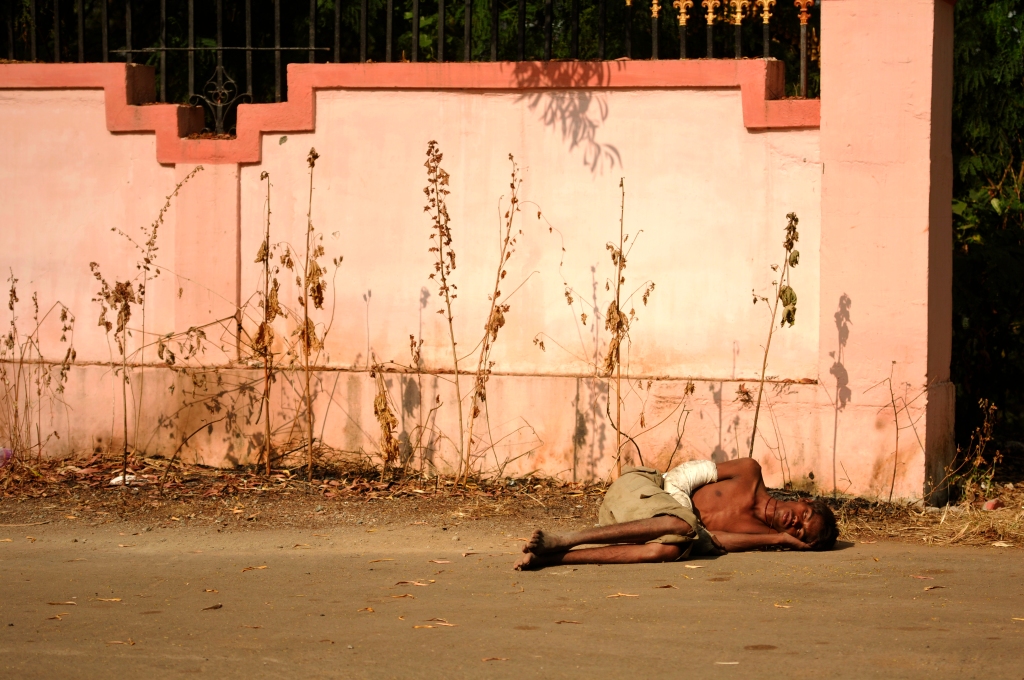
Photograph by Kristian Bertel, Your Shot –
Rural poverty, India
On a countryside road this Indian man was portrayed sleeping in the side of the road. The photo was taken near Dongri, which has its location on the ouskirts of Mumbai, India. Both the poverty and the rural poverty in India, as you can see in this picture, are widespread and a
variety of methods have been proposed to measure it. »

Photograph by Kristian Bertel, Your Shot –
V Desai Marg, India
A boy is running in a slum area on the street of V Desai Marg in the southern part of Mumbai, India. Urban poverty encourages the formation and demand for slums.
With rapid shift from rural to urban life, poverty migrates to urban areas. The urban poor arrives with hope, and very little of anything else. He or she typically has no access to shelter, basic urban services and social amenities. Slums are often the only option for the urban poor. »
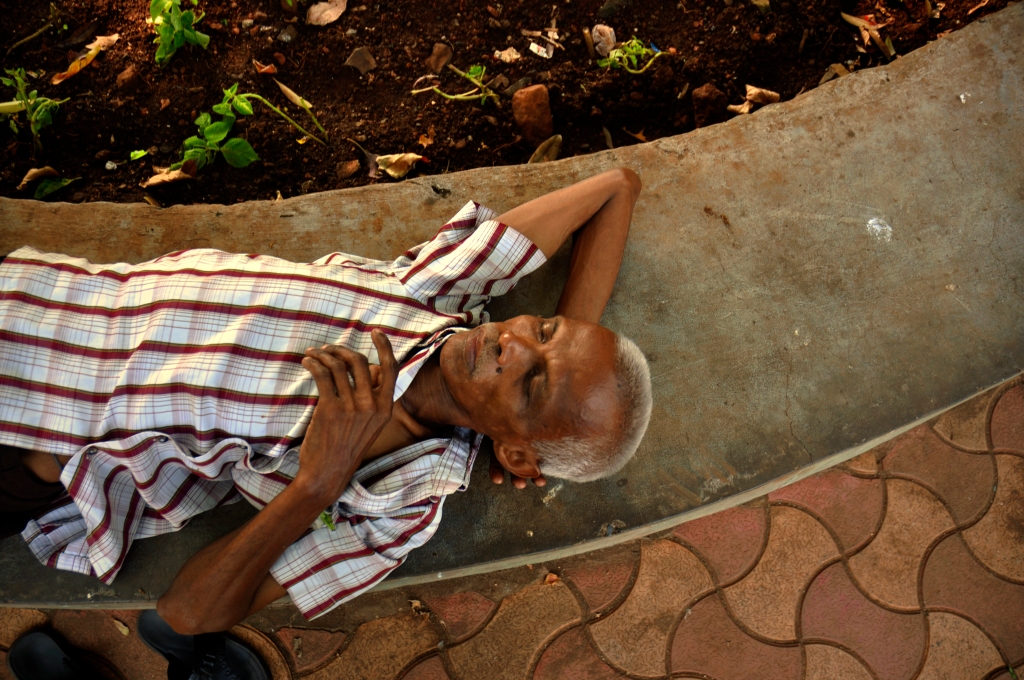
Photograph by Kristian Bertel, Your Shot –
Malabar Hill, India
As a traveling photographer I came across this man who was sleeping on a bench in the Hanging Gardens. The Hanging Gardens, in Mumbai, also known as Pherozeshah Mehta Gardens, are terraced gardens perched at the top of Malabar Hill area of Mumbai, India. »

Photograph by Kristian Bertel, Your Shot –
Restroom cleaner, India
In a late hour of the evening I photographed this restroom cleaner in Mumbai, India. Many western travelers and other visitors to the Indian community may find themselves perplexed upon entering a traditional Indian bathroom. Because the restrooms are different here and With the absence of a conventional toilet, foreign travelers may not know how to proceed. »
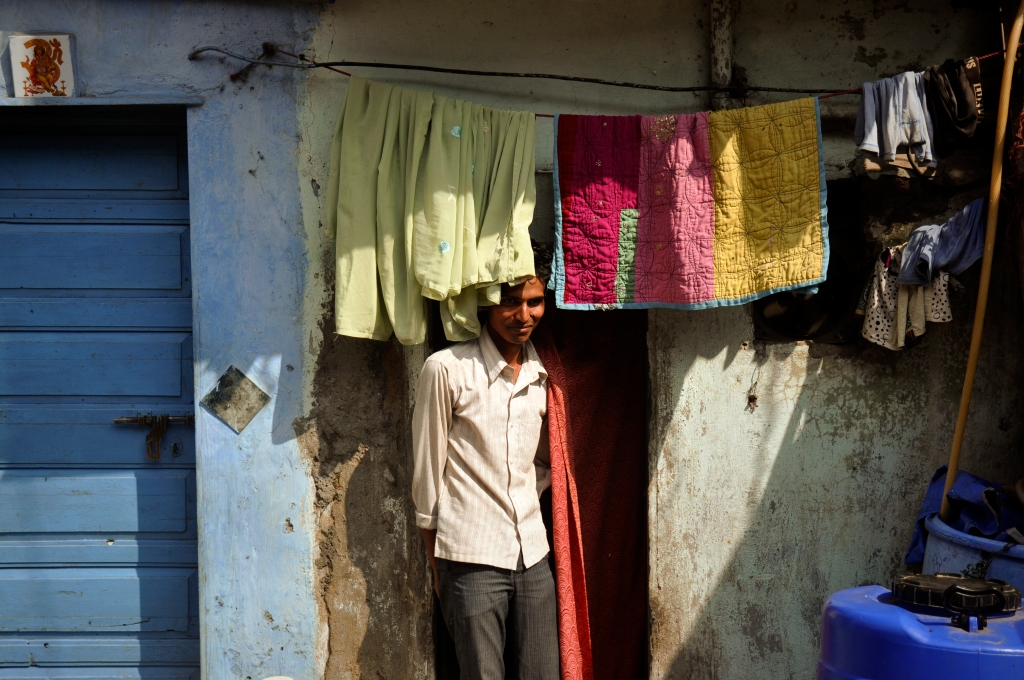
Photograph by Kristian Bertel, Your Shot –
Home, India
An Indian man is standing in the doorway of his humble home in the Dharavi area of Mumbai, India. Housing in India varies greatly and reflects the socio-economic mix of its vast population. There are certain unique characteristics of Indian culture which often influence how Indian homes are organised. A common traditional structure is for the extended family to live in the same house. »

Photograph by Kristian Bertel, Your Shot –
Street corner in Mumbai, India
An Indian man reading a newspaper is here photographed at a street corner in the Girgaon area of Mumbai, India. »
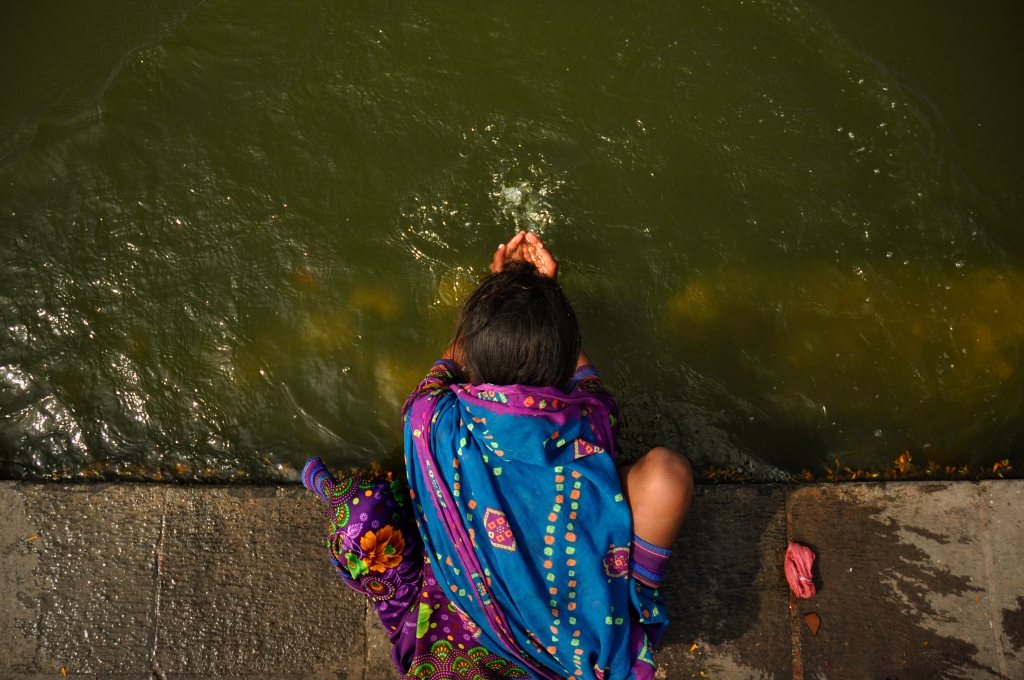
Photograph by Kristian Bertel, Your Shot –
Ramkund, India
This young Indian woman was photographed near the famous Ramkund Pond in Nashik, Maharashtra, India. The name is derived from the belief that Lord Ram used to bathe in the sacred kund, a large pond, along the course of the Godavari in the Panchavati area. »

Photograph by Kristian Bertel, Your Shot –
Gamdevi, India
In this portrait from India a man is wearing a turban in the Gamdevi area of Mumbai, india. The Indian turban or the pagri is worn in many regions in the country, incorporating various styles and designs depending on the place. Other types of headgear such as the Taqiyah and Gandhi cap are worn by different communities within the country to signify a common ideology or interest. »

Photograph by Kristian Bertel, Your Shot –
Street photo, India
An elderly Indian man is pictured in a street in Mumbai, India. I have a huge interest in traveling and photographing in Asia, mostly in India. When I photograph in India it is not enough just to take the photo in the shade during the day, away from the sun. As a photographer I also need to consider how the light and the shadows are becoming on the subject’s face. »
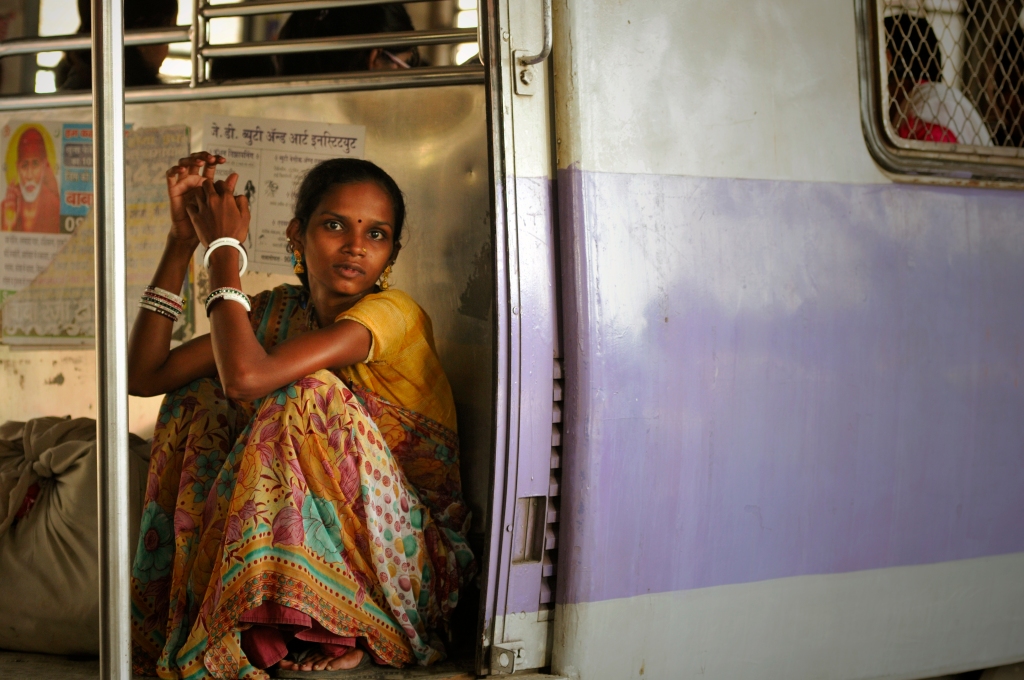
Photograph by Kristian Bertel, Your Shot –
Woman on a train, India
In this photograph a woman is pictured on a train in Mumbai, India. Railways provides an important mode of transport in India, transporting over 18 million passengers and more than 2 million tonnes of freight daily across one of the largest and busiest rail networks in the world. »
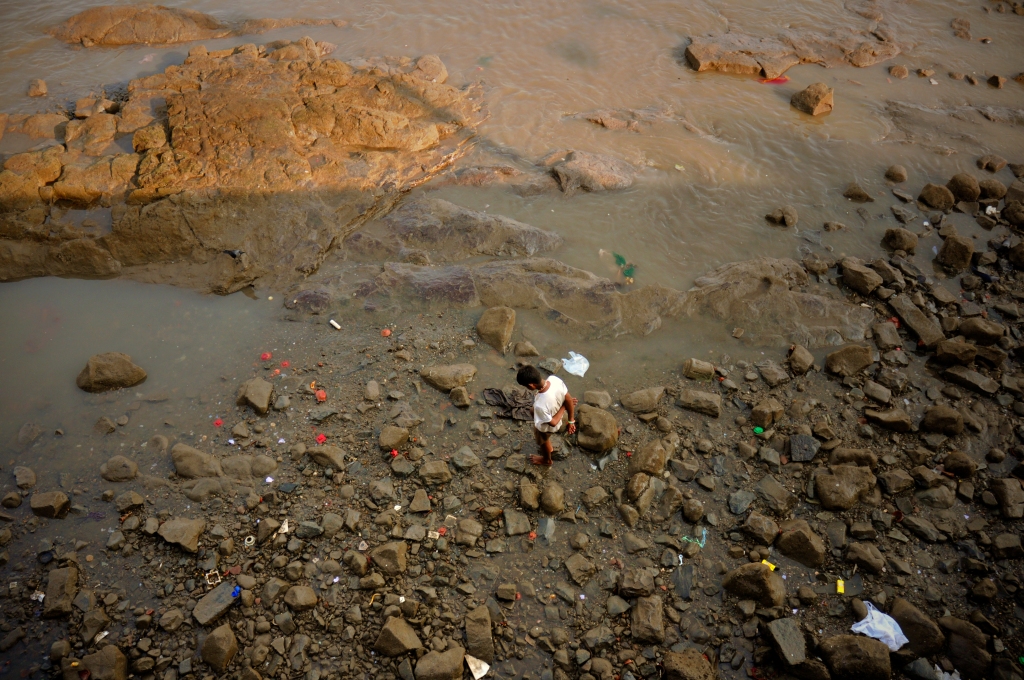
Photograph by Kristian Bertel, Your Shot –
PJ Ramchandani Marg, India
An Indian boy is photographed at the bay near to the street of PJ Ramchandani Marg in Mumbai, India. Photographing people is of great interest for me as a traveling photographer. Not only of people’s faces but also their environments. »

Photograph by Kristian Bertel, Your Shot –
Child in Aurangabad, India
An Indian child is photographed from the outside its home in Aurangabad, india. The Indian family has been a dominant institution in the life of the individual and in the life of the community in India. Historically, the traditional, ideal and desired family in India is the family that generally includes three to four living generations, including uncles, aunts, nieces, nephews, and grandparents living together in the same household. »
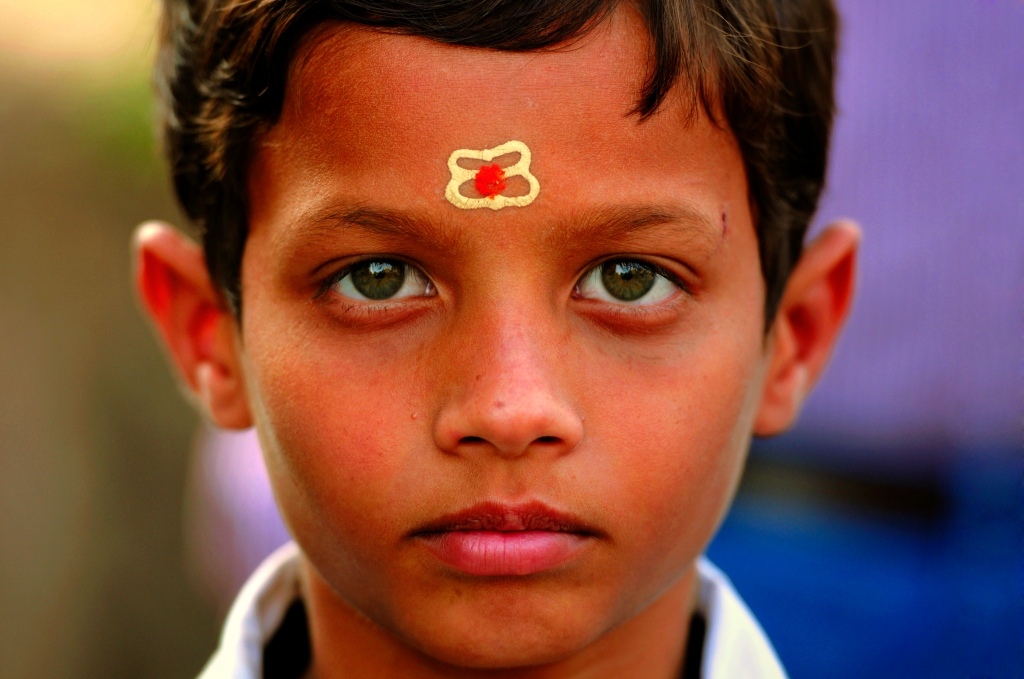
Photograph by Kristian Bertel, Your Shot –
Face of India
This travel photo is a photograph of an Indian boy in Nashik, India. The city is located on the northwestern part of Maharashtra state, Nashik is a major Hindu pilgrimage city with rich culture and heritage. It is located on the banks of the sacred river named Godavari, on the western part of the Deccan Peninsula. This is the third largest industrial township of Maharashtra state. »

Photograph by Kristian Bertel, Your Shot –
Exotic spice, India
Spices and aromatics are the very heart of Indian cooking. They have been used since ancient times. They were mentioned in the ancient Hindu scriptures called the Vedas. Paprika as you see in this picture has a bright red color and a mild, sweet flavor with a cardamom aroma. It is highly versatile spice. It is good with eggs, fish, chicken, crab and cheese. It can also be used as a garnish on baked potatoes, salads, rice dishes. »
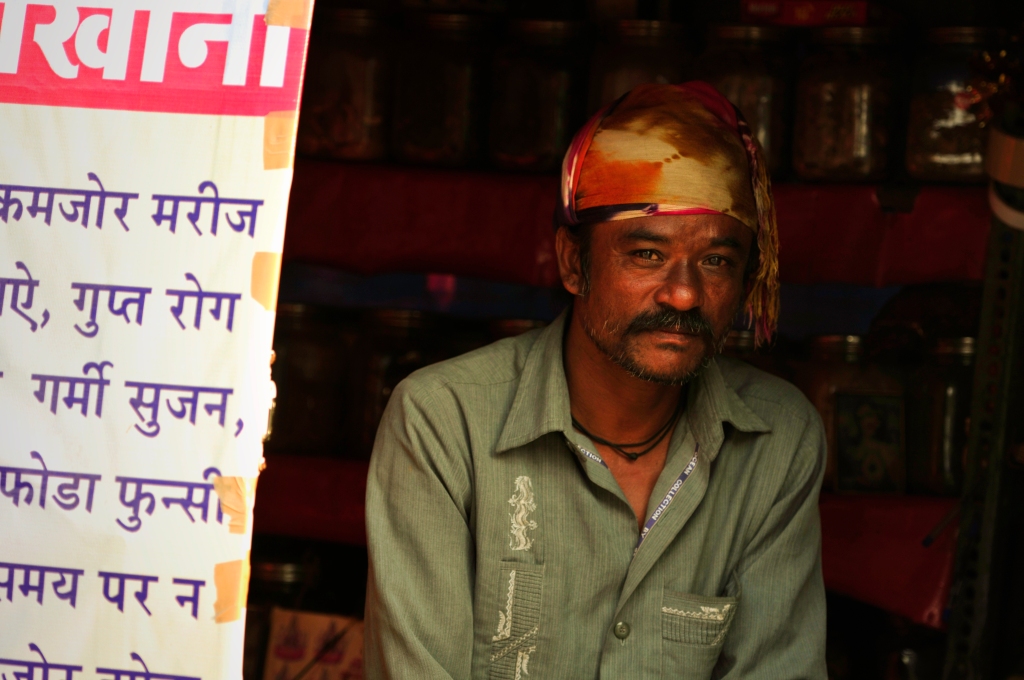
Photograph by Kristian Bertel, Your Shot –
Chakala JB Nagar, India
I took this portrait of an Indian man near the Chakala Metro Station in Mumbai, India. This metro station is serving the JB Nagar neighborhood of Andheri in Mumbai. »
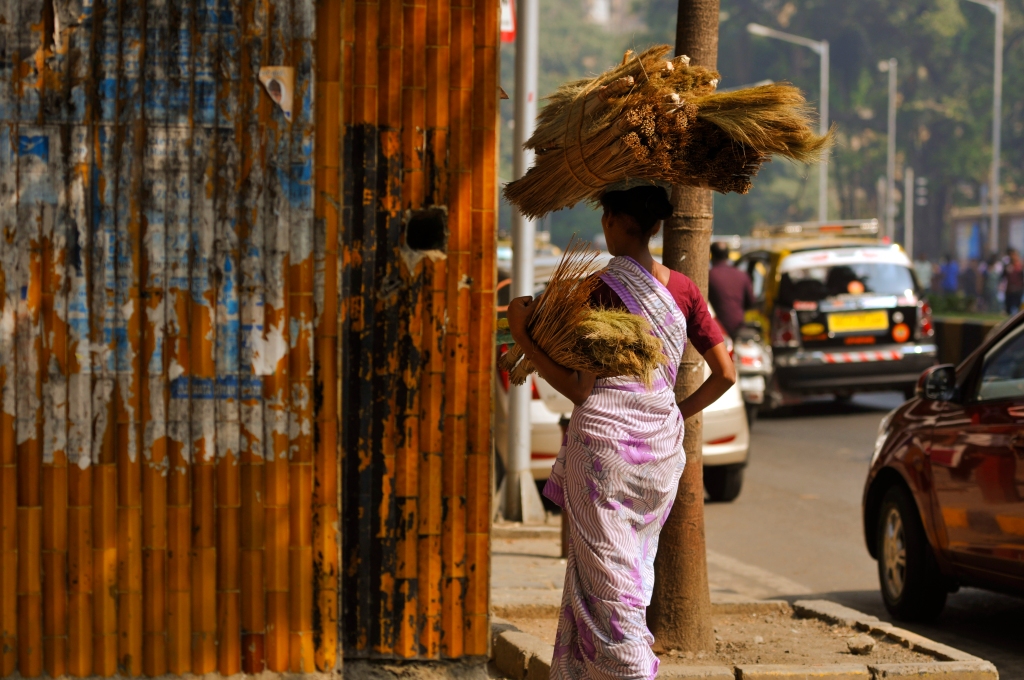
Photograph by Kristian Bertel, Your Shot –
D Sukhadwala Road, India
Even if Mumbai is a modern and cosmopolitan city you can see rural glimpses of the Indian life in streets. You can see the rural life in this photograph, which is taken near the D Sukhadwala Road in Mumbai, India. »
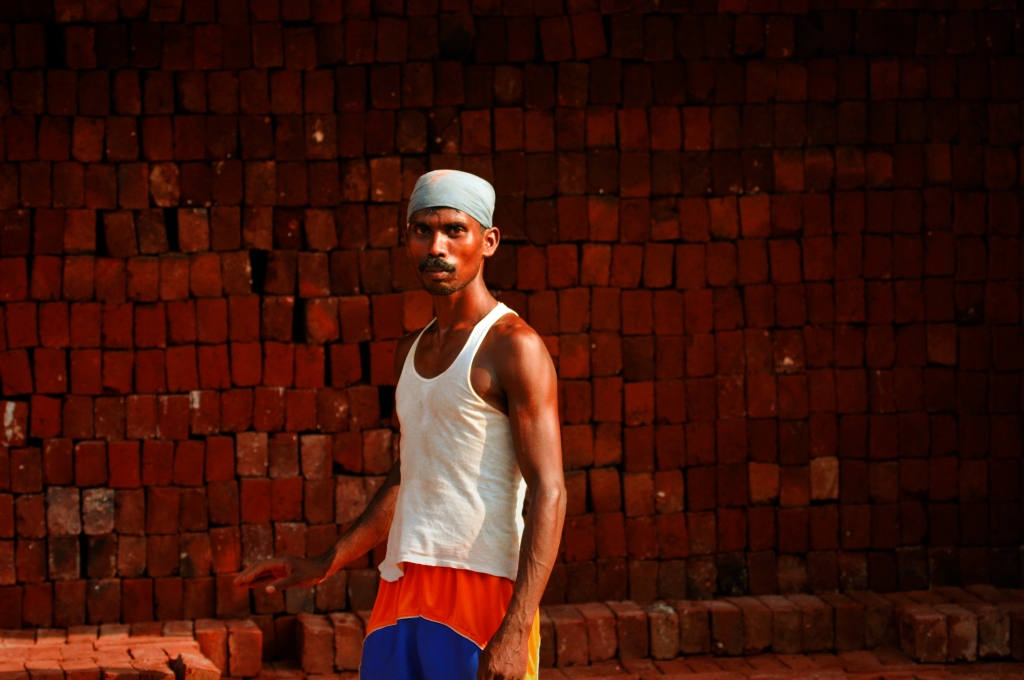
Photograph by Kristian Bertel, Your Shot –
Brick worker, India
At least 10 million laborers in India are employed in the unorganised brick industry, working under hard conditions. Usually, an entire family is involved in brick production and they get Rs 400-500 for 1,000 bricks. Although the industry provides employment to a large number of people, it violates their rights as the laborers are underpaid and exploited. »

Photograph by Kristian Bertel, Your Shot –
Masala chai, India
An Indian man is enjoying a small cup of masala chai in Mumbai, India. Masala chai is a flavoured tea beverage made by brewing black tea with a mixture of aromatic Indian spices and herbs. Originating in India, the beverage has gained worldwide popularity, becoming a feature in many coffee and tea houses. »

Photograph by Kristian Bertel, Your Shot –
Wadala Railway Station, India
An Indian woman is walking near the Wadala Railway Station in Mumbai, India. Wadala used to be considered as a central suburb of the city of Mumbai, but is now well within the city limits. The area is bordered by Dadar on the west, Matunga on the northwest, and Sewri on the south. »

Photograph by Kristian Bertel, Your Shot –
Boy in Bandra, India
As a photographing traveler in India it is easy to get the attention from curious street children. Street children is a term for children experiencing homelessness who live on the streets of a city. Homeless youth are often called street kids and street youth. »

Photograph by Kristian Bertel, Your Shot –
Street scene, India
Mumbai is without a doubt the financial capital of India but the economic contrasts are gripping as a photographer to see. »

Photograph by Kristian Bertel, Your Shot –
Man in Mahim, India
An Indian man is photographed holding a bamboo stick in the Mahim area of Mumbai, India. The Mahim neighborhood in Mumbai is famous for its roadside food stalls, which become a bustling place after sunset. The name Mahim is derived from the ancient ‘Mahimavati’ meaning miraculous in Sanskrit. Mahim was one of the seven islands that originally made up Mumbai. »

Photograph by Kristian Bertel, Your Shot –
Shrine in India
A shrine is a holy or sacred place, which is dedicated to a specific deity, ancestor, hero, martyr, saint, daemon or similar figure of awe and respect, at which they are venerated or worshipped. Shrines often contain idols, relics, or other such objects associated with the figure being venerated. A shrine at which votive offerings are made is called an altar. Shrines are found in many of the world’s religions, including Hinduism. »

Photograph by Kristian Bertel, Your Shot –
Sleeping young man, India
In this photograph a young man is sleeping on his small vendor desk in Mumbai, India. Daily life in the streets of India can be quite surprising for the visitor when you travel in India. And the sleeping place in this photo makes no exception. »
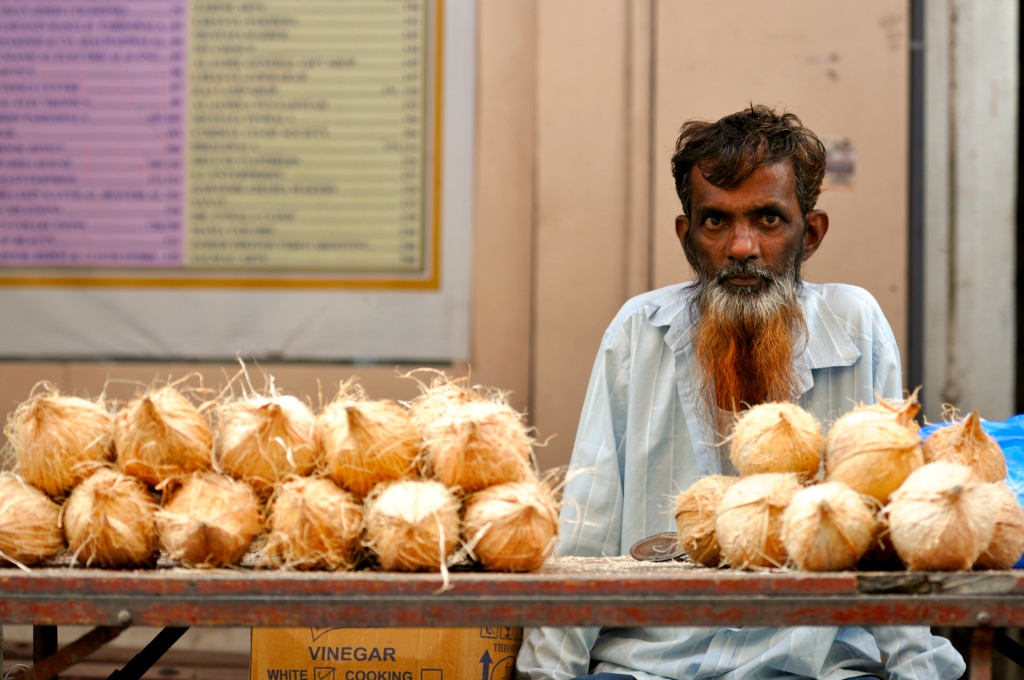
Photograph by Kristian Bertel, Your Shot –
Coconut seller, India
The coconut seller in this photograph is portrayed in the Chor Bazaar area of Mumbai, India. The coconut is known for its great versatility as seen in the many uses of its different parts and found throughout the tropics and subtropics. Coconuts are part of the daily diets of many people. »

Photograph by Kristian Bertel, Your Shot –
Caste beggar, India
With tears in his eyes this caste beggar is photographed in the Bandra area of Mumbai, India. The role of the British Raj on the caste system in India is controversial. Some people think that the caste system became legally rigid during the Raj, when the British started to enumerate castes during the ten-year census and meticulously codified the system under their rule. »
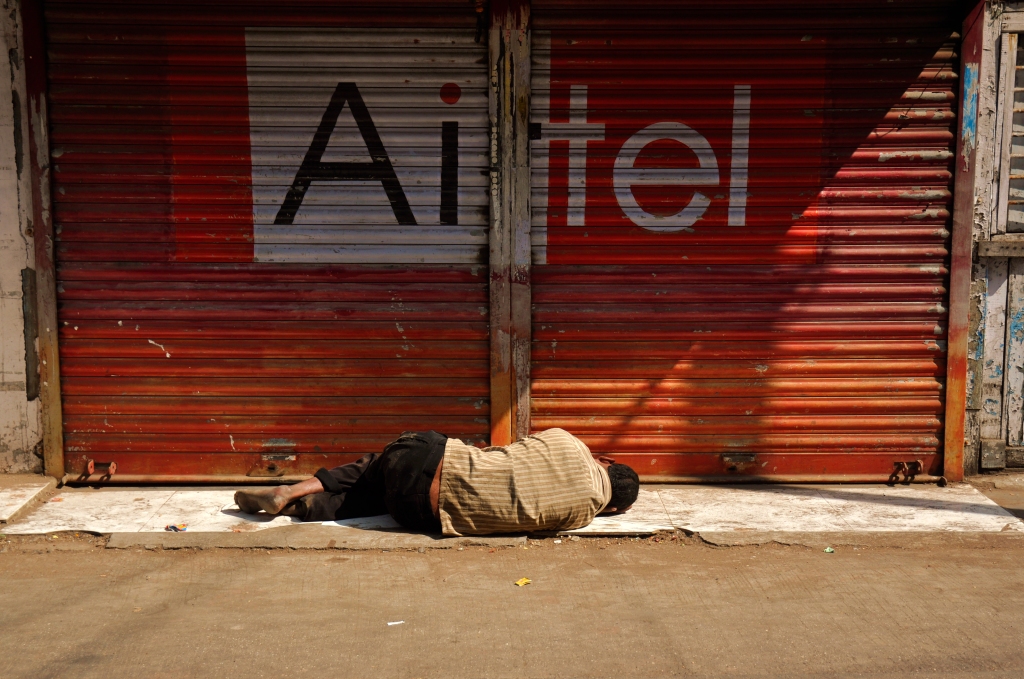
Photograph by Kristian Bertel, Your Shot –
Poor Indian man
This photograph of a poor Indian man is among one of the photos that left a big impression on me. I took this photograph of the poor man in India while he was sleeping in Nashik in Maharashtra, India. Despite a fast growing economy in India, not everyone benefits from it. »
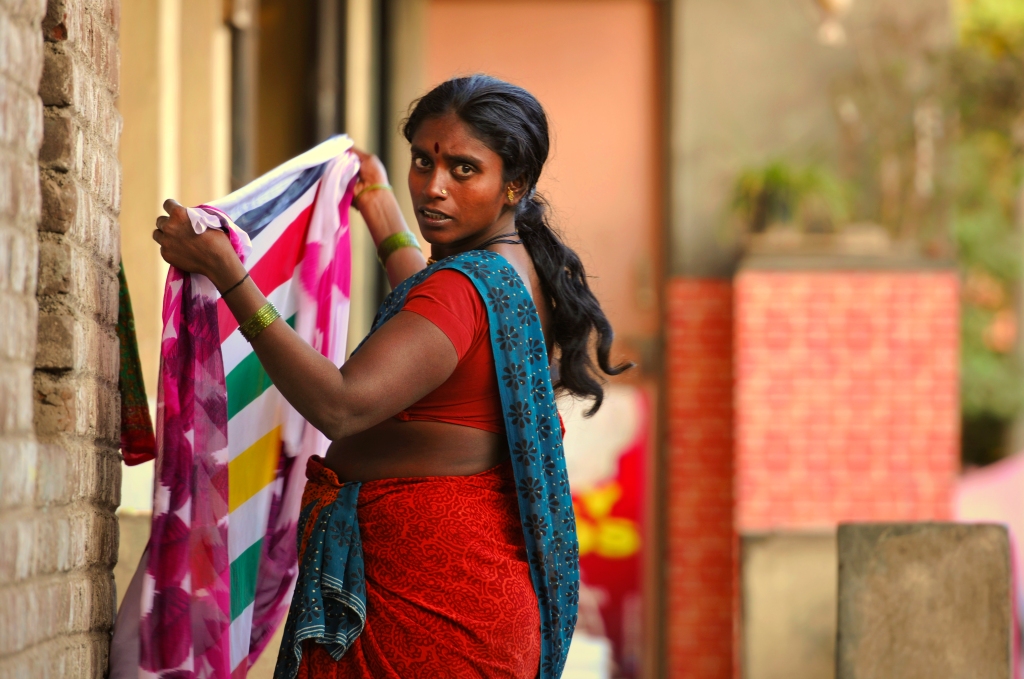
Photograph by Kristian Bertel, Your Shot –
Lady in India
This photograph depicts a lady in India. With a beautiful saree this garment was wrapped around her face and shoulders. Sarees for ladies in India is a common thing and the Indian lady in the picture was photographed in Aurangabad in Maharashtra, India. »

Photograph by Kristian Bertel, Your Shot –
Palmist, India
I photographed this man who was sitting under a tree in Mumbai, India. Palms are among the best known and most extensively cultivated plant families in India. They have been important to humans throughout much of history. Many common products and foods are derived from palms, and palms are also widely used in landscaping for their exotic appearance, making them one of the most economically important plants. »
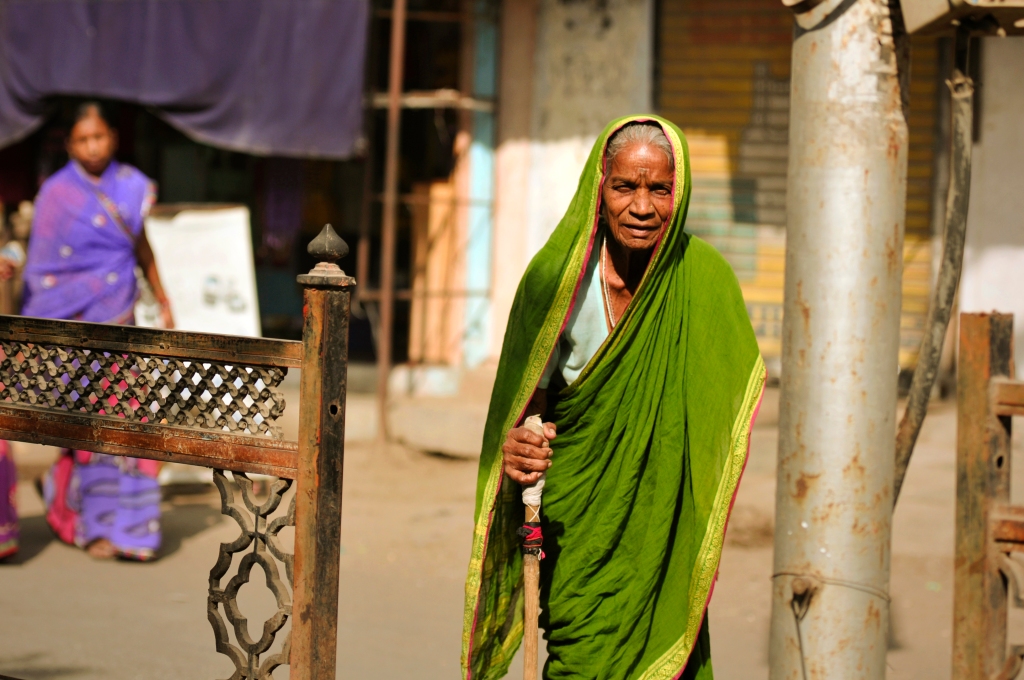
Photograph by Kristian Bertel, Your Shot –
Woman in green, India
An elderly Indian woman is taking a stroll in the city of Aurangabad in Maharashtra, India. The city is a tourism hub, surrounded by many historical monuments including the Ajanta Caves and the Ellora Caves. »

Photograph by Kristian Bertel, Your Shot –
Dust in Pushkar, India
An Indian woman is covering her face from the dust in the town of Pushkar in Rajasthan, India. She is using her sari as the cover, sarees which are one of the main clohing for women in India and they are fabricated in many different styles and designs. »

Photograph by Kristian Bertel, Your Shot –
Nomadic mother and baby, India
In this picture a nomadic mother is seen with her baby in New Delhi, India. Nomads are known as a group of communities who travel from place to place for their livelihood. The nomadic communities in India can be broadly divided into different groups. Among these, peripatetic nomads are the most neglected and discriminated social group in India. »
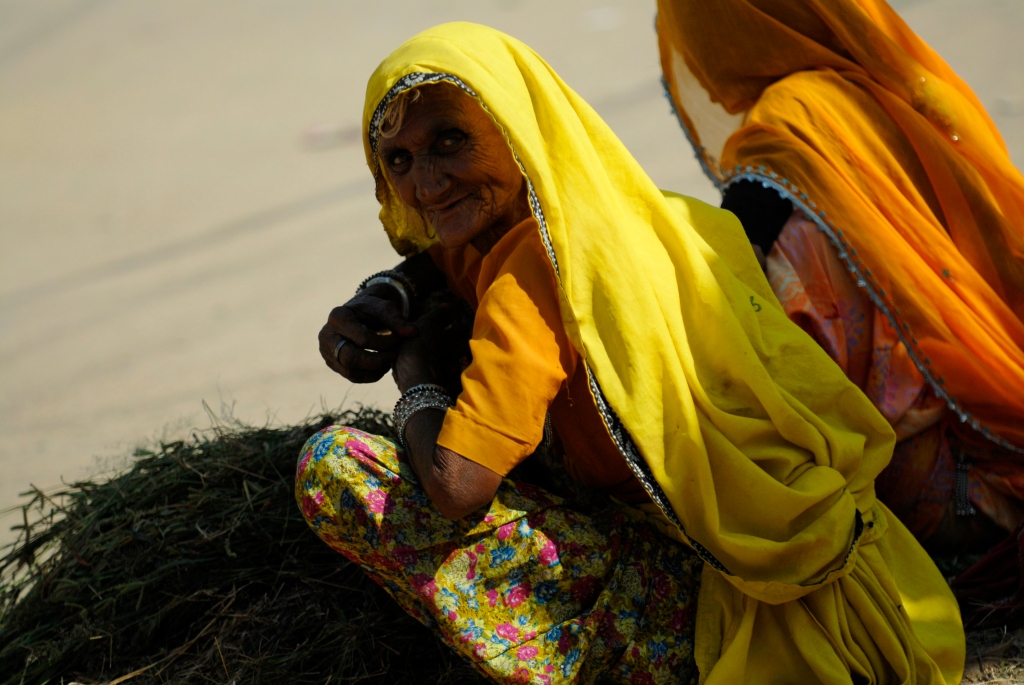
Photograph by Kristian Bertel, Your Shot –
Gypsy woman in Pushkar, India
An Indian gypsy woman is photographed in the town of Pushkar in India. The town is situated northwest of Ajmer and is one of the five sacred dhams pilgrimage site for devout Hindus. It is belived that Pushkar is one of the oldest existing cities of India. »
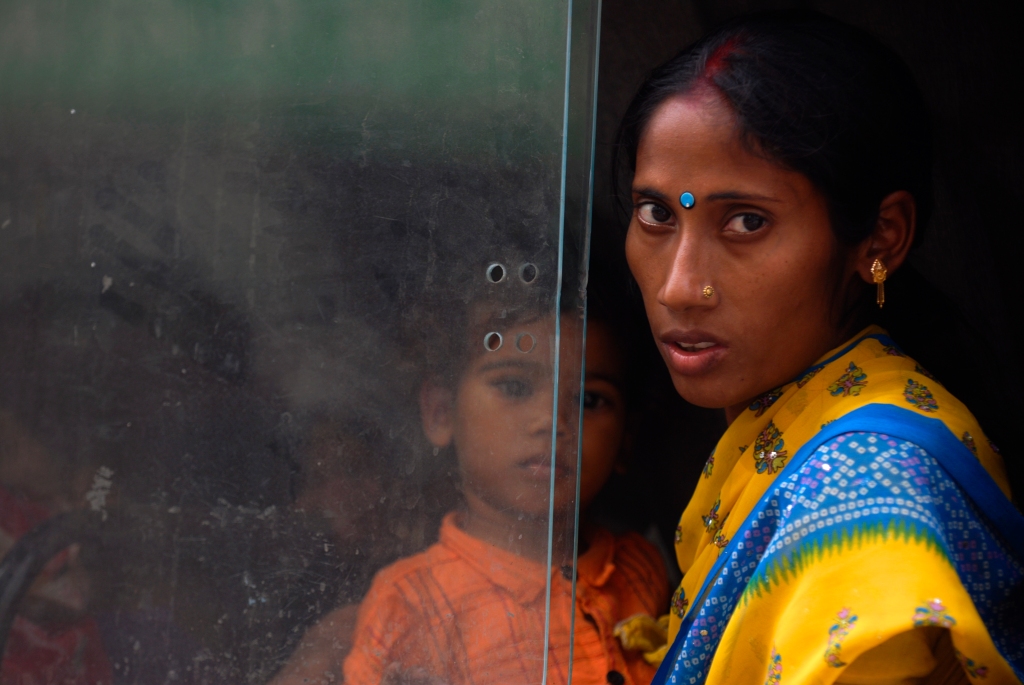
Photograph by Kristian Bertel, Your Shot –
Motherhood in India
I took this intimate photograph towards a bus window in New Delhi, India, where a mother is sitting with her child. The metropolitan area of Delhi has a population of around 23 million and city population is around 13 million. »
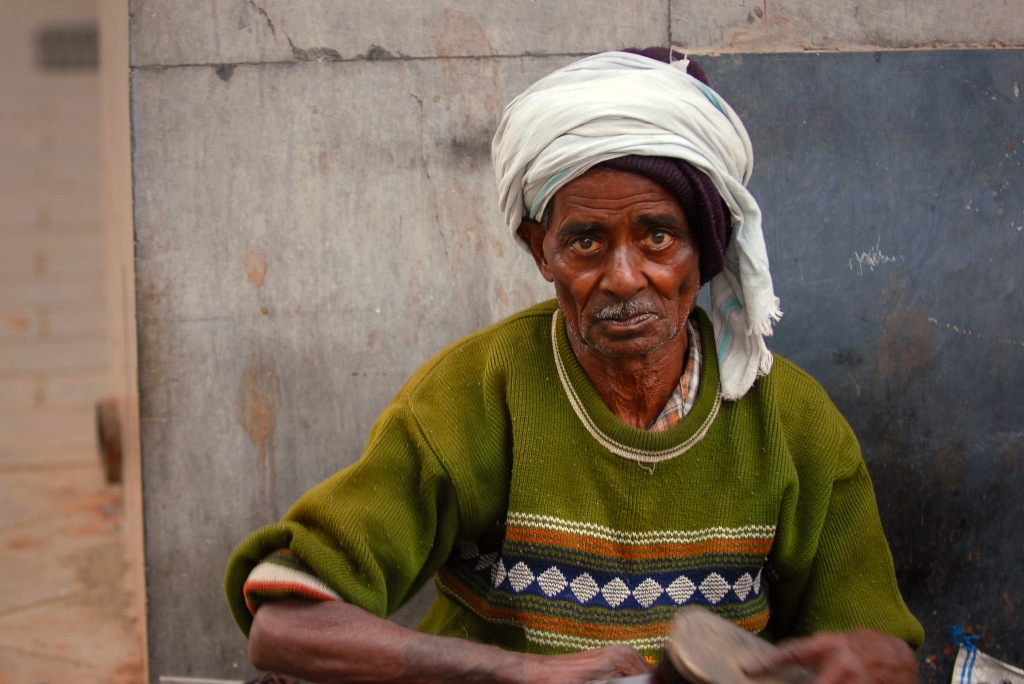
Photograph by Kristian Bertel, Your Shot –
Shoeshiner in New Delhi, India
In this image we see a shoeshiner, an occupation in which a person polishes shoes with shoe polish like in this photograph from New Delhi, India. They are often known as shoeshine boys because the job is traditionally that of a male child. While the role is deprecated in much of Western civilization, shining shoes is an important source of income for many children and families throughout the world. »

Photograph by Kristian Bertel, Your Shot –
Delhi in a mirror, India
This portrait is taken in the Chandni Chowk area of Delhi, India. A young mans’s world is fresh and new and beautiful, full of wonder and excitement. »

Photograph by Kristian Bertel, Your Shot –
Old woman in Jodhpur, India
India has a population of approximate 60 million older women. In today’s fast paced modern life, younger generations hardly find time to share with their elders. It has been realised that ever-widening communication gap between the generations is also responsible for miserable condition of older women. In this photograph an old woman is looking up in the sky in the city of Jodhpur in Rajasthan, India. Maybe on the lookout for change. »
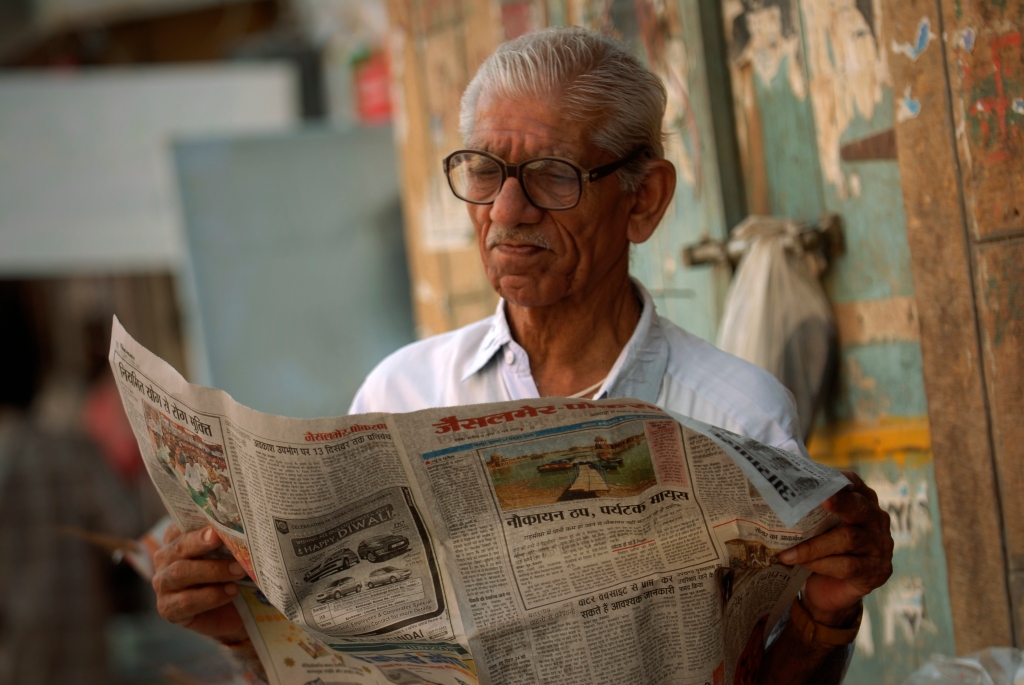
Photograph by Kristian Bertel, Your Shot –
Newspaper, India
An Indian man is reading the newspaper in Jaisalmer, Rajasthan, India. In India newspapers typically publish news articles and feature articles on national and international news as well as local news. »

Photograph by Kristian Bertel, Your Shot –
Taj Mahal Garden, India
Commissioned in 1632 by the Mughal emperor Shah Jahan to house the tomb of his third wife, Mumtaz Mahal, the Taj Mahal stands on the southern bank of the Yamuna River. The mausoleum is widely recognized as ‘the jewel of Muslim art in India’ and remains as one of the world’s most celebrated structures and a symbol of India’s rich history. »

Photograph by Kristian Bertel, Your Shot –
Man in Byculla, India
This photograph is a photo of a man in the Byculla area of Mumbai, India. It is impossible not to be astonished by India. Nowhere on Earth does humanity present itself in such a dizzying, creative burst of cultures and religions, races and tongues. »

Photograph by Kristian Bertel, Your Shot –
Blind boy, India
Many of India’s nearly 400,000 blind children are confined to a lifetime of poverty and abuse. Blindness in some of these children, a result of cataracts, which can be corrected through surgery. »
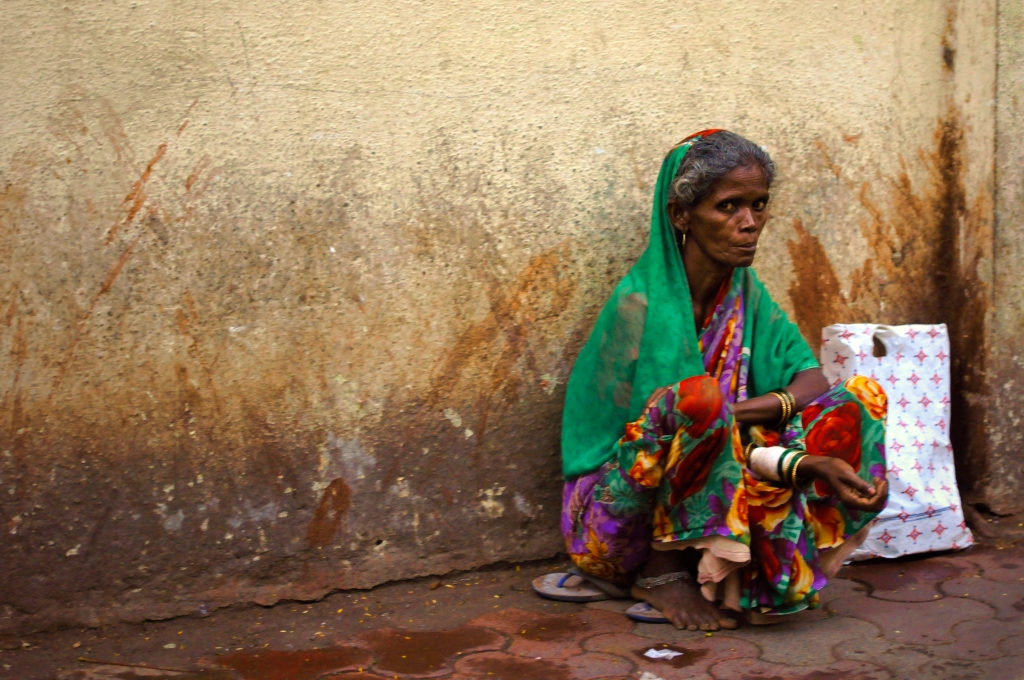
Photograph by Kristian Bertel, Your Shot –
Ramchandra Bhatt Marg, India
An Indian woman is begging on the pavement in the street of Ramchandra Bhatt Marg in Mumbai, India. Begging is one of the most serious social issues in India. Inspite of its rapid economic growth, India is a poverty driven country, which is also leading to the growth of beggars in the country. »
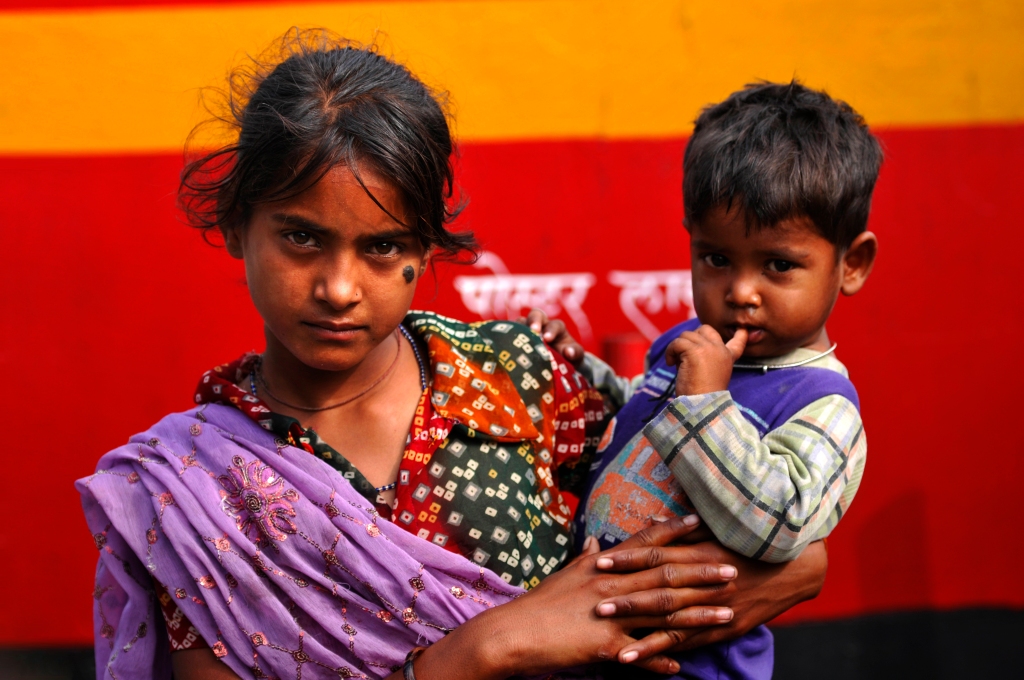
Photograph by Kristian Bertel, Your Shot –
Dadabhai Naoroji Road, India
A street child is seen with one of her younger siblings on the Dadabhai Naoroji Road in Mumbai, India. Mainly because of family conflict, street children come to live on the streets and take on the full responsibilities of caring for themselves, including working to provide for and protecting themselves. »

Photograph by Kristian Bertel, Your Shot –
Cuffe Parade, India
In this picture we see a man positioning himself almost like a patronage in the Cuffe Parade area of Mumbai, India. The area where this picture was taken more specifically, is called Babasaheb Ambedkar Nagar. »
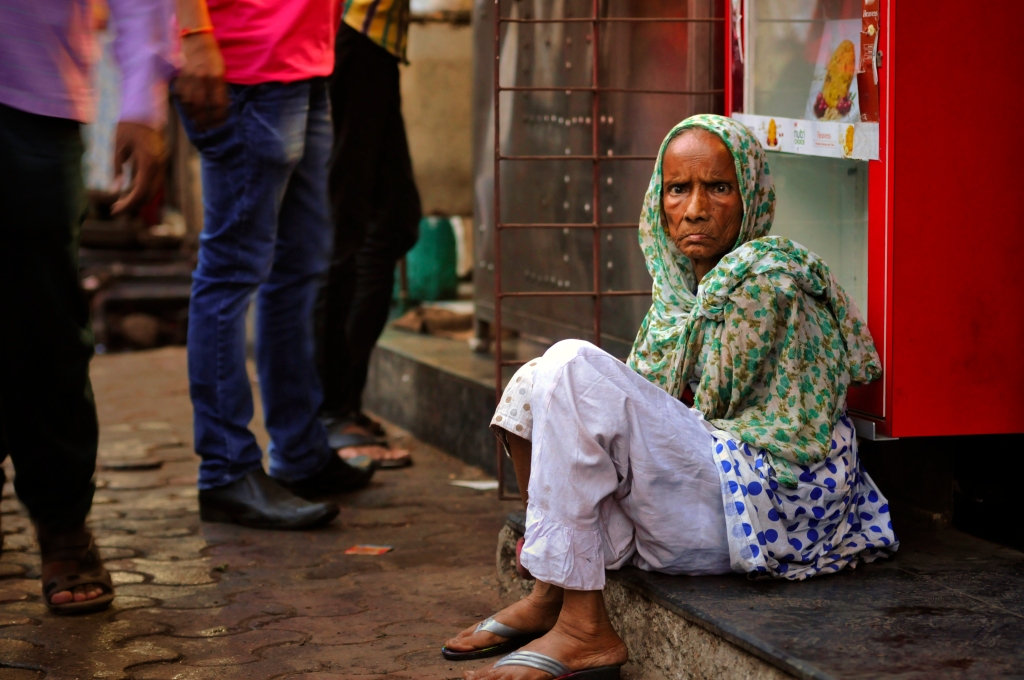
Photograph by Kristian Bertel, Your Shot –
Umerkhadi, India
An elderly Indian woman is portrayed in the Umerkhadi area of Mumbai in Maharashtra, India. »
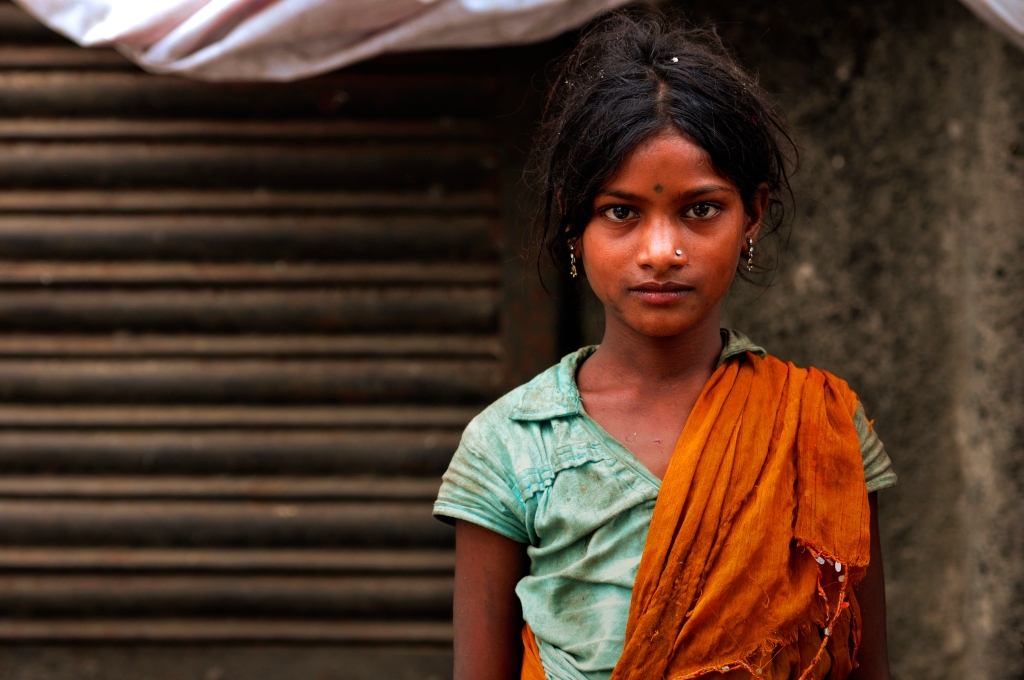
Photograph by Kristian Bertel, Your Shot –
Girl in Byculla, India
On the Byculla Station Road in Mumbai, I met this young girl. In India irrespective of the caste, creed, religion and social status, the overall status of a woman is lower than men and therefore a male child is preferred over a female child. A male child is considered a blessing and his birth is celebrated as opposed to a female child where her birth is not celebrated and is considered more of a burden. »

Photograph by Kristian Bertel, Your Shot –
Alley in Mumbai, India
In a silent moment this woman was passing through an alley in Mumbai, Maharashtra, India. Despite that Mumbai is the most populous city in India and the most populous metropolitan area in India you can find silence. »

Photograph by Kristian Bertel, Your Shot –
Mother and son, India
While I was photographing this mother and her son I noticed the scars or burn marks on the child’s arms and legs. In someway the child has been injured, but I do not know the story behind the marks. »
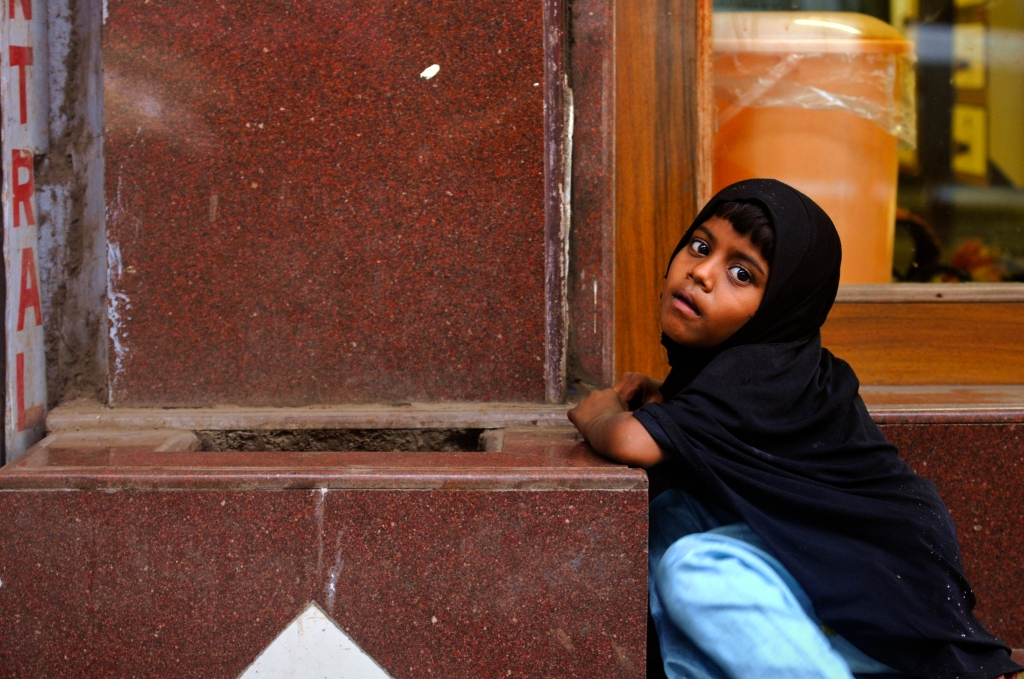
Photograph by Kristian Bertel, Your Shot –
Bombay girl, India
When I ventured through the many streets of Mumbai in Maharashtra, India, my eyes were caught by this little girl sitting on the pavement in Mumbai, India. For me portrait photography or portraiture is photography of a person that displays the expression, personality, and mood of the subject. »

Photograph by Kristian Bertel, Your Shot –
Man on a bench, India
The pure scenery of an Indian man sleeping on a bench caught my eye in Mumbai, Maharashtra, India. The calm warm light yellow color on the building in the picture together with the more splashed yellow color on the wall, make this image one of my personal favorites. »
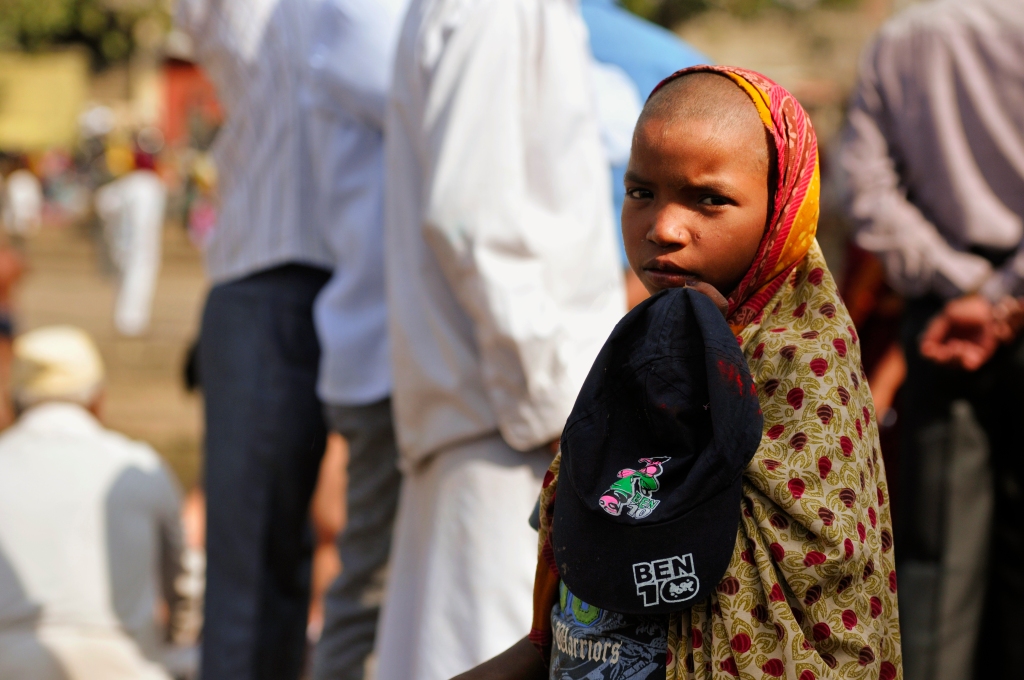
Photograph by Kristian Bertel, Your Shot –
Gandhi Talav in Nashik, India
This is a travel portrait of an Indian boy near the Gandhi Talav, which is a lake located in Nashik, Maharashtra, India. »
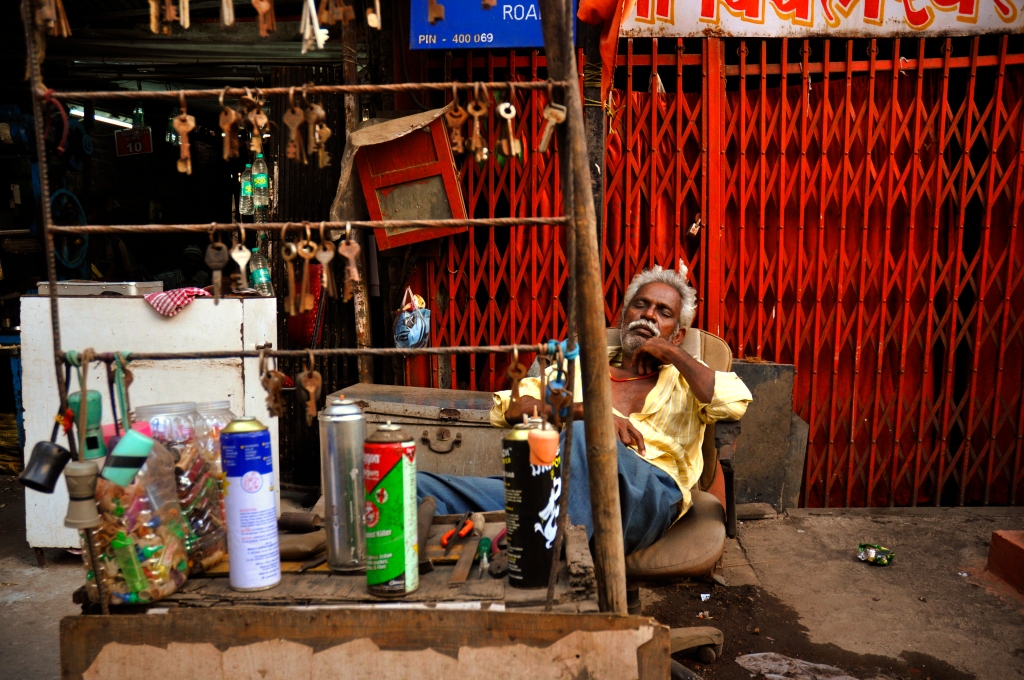
Photograph by Kristian Bertel, Your Shot –
Street vendor in Mumbai, India
Today, vending is an important source of employment for a large number of urban poor as it requires low skills and small financial inputs. Broadly defined, a street vendor is a person who offers goods or services for sale to the public without having a permanent built-up structure as a shop. Street vendors have poor social protection and their working conditions on the streets expose them to a variety of safety and health issues. »
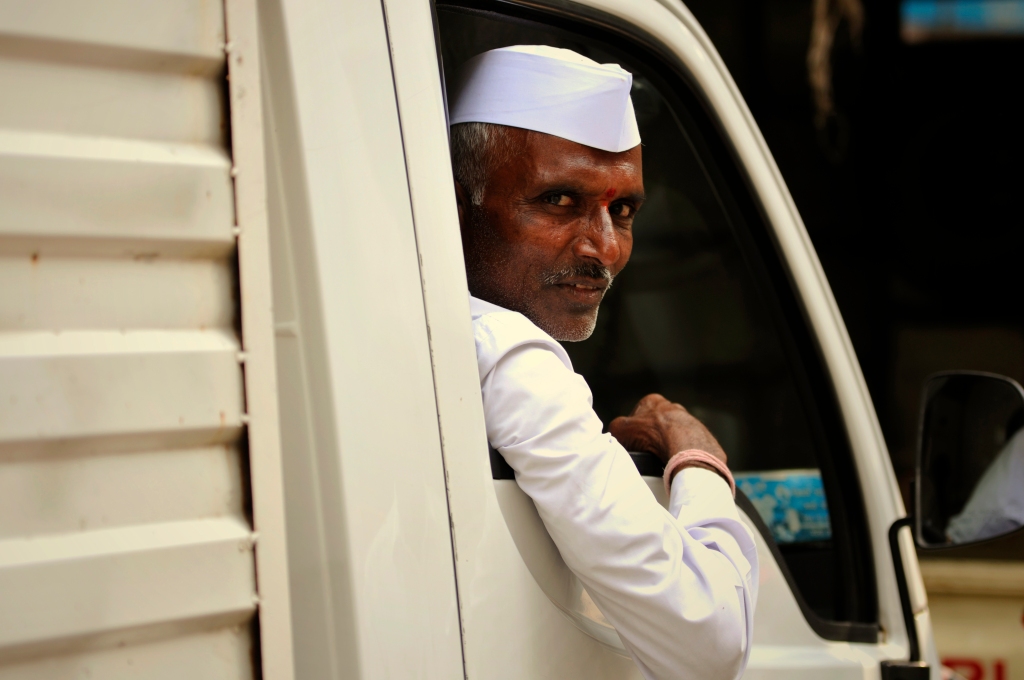
Photograph by Kristian Bertel, Your Shot –
Dabbawala in Mumbai, India
An Indian dabbawalla is looking out from his delivery van in the Bora Bazar Street of Mumbai, India. A dabbawala, also spelled as dabbawalla or dabbawallah; is a person in India, most commonly in Mumbai, who is part of a delivery system that collects hot food in lunch boxes from the residences of workers in the late morning, delivers the lunches to the workplace. They are also made use of by prominent meal suppliers in Mumbai where they ferry ready, cooked meals from central kitchens to the customers and back. »

Photograph by Kristian Bertel, Your Shot –
Sadhu Vaswani Road, India
An Indian woman dressed in a purple sari is here photographed at the Sadhu Vaswani Road in Mumbai, India. In both rural and urban categories the elderly women in India are looked upon as reporsitory of traditional values. Elderly particularly women play certain vital roles especially at the household level and to a certain extent at the community level also. »
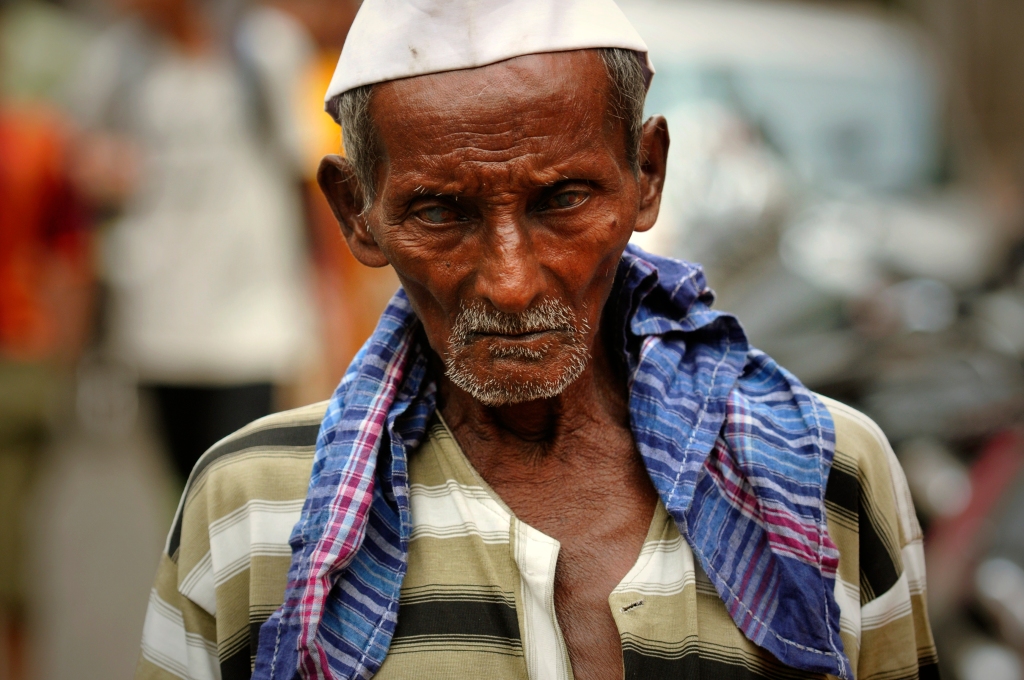
Photograph by Kristian Bertel, Your Shot –
Ghodapdeo, India
I was simply amazed by the look of this elderly man which crossed by me in the Ghodapdeo area of Mumbai, India. His eyes were very light and was looking down while he was walking on one of the main streets of Ghodapdeo. An area that mainly consists of the labor class population and where a wide range of industrial units and individual factories are scattered all over the neighborhood. »
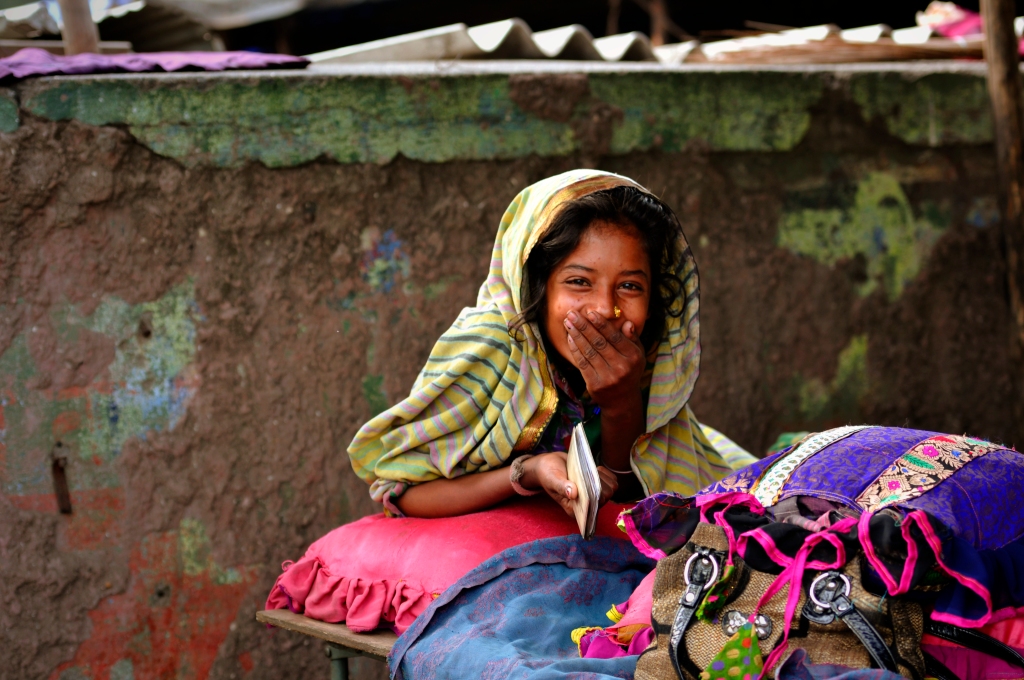
Photograph by Kristian Bertel, Your Shot –
Gypsy girl, India
An Indian gypsy girl is laughing near the Mahim – Sion Link Road in Mumbai, India. The largest group of gypsies in India are the Lambadi or Gormati Gypsies. Other groups living there include the Tamil Nomads, the Indian gypsies, the Kanjari and the Baiga. While some gypsies travel throughout the year, others travel only part of the year, returning to their home camps periodically. Some live in houses similar to those of the region, but many use their wagons or bull carts as dwelling places, and some live in mobile homes. Few travel by foot or on horseback, since they cannot afford such luxuries. »
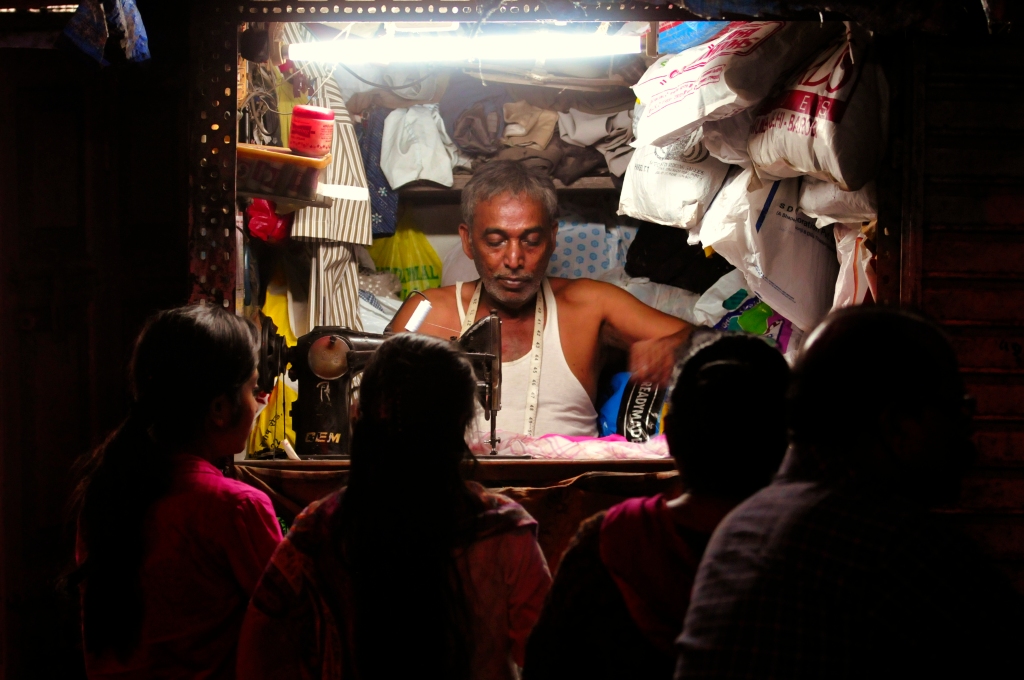
Photograph by Kristian Bertel, Your Shot –
Tailor, India
In the smallest and tiny places business can be run like this in India. The modest small shed and its lighten room are framing the image. Continuing into the image, we see a tailor who is helping a couple of youg women in Mumbai, India. »
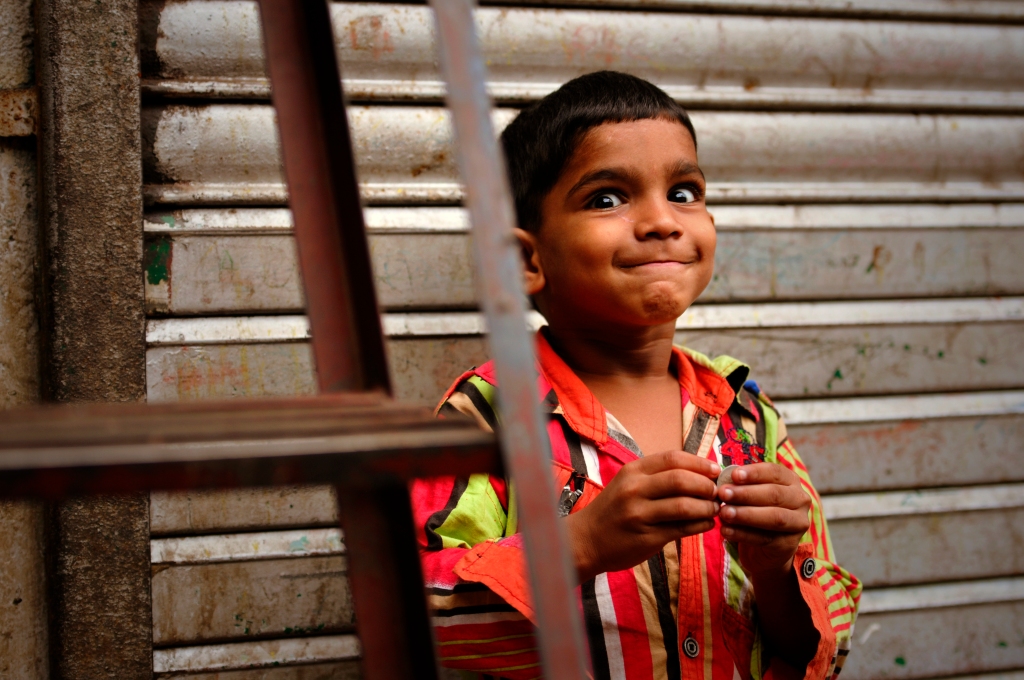
Photograph by Kristian Bertel, Your Shot –
Balloon boy, India
An Indian boy is making fun by blowing his face up as a balloon in the Babasaheb Ambedkar Nagar area of Mumbai, India. This lively neighborhood is located close to Cuffe Parade in Mumbai, India. »
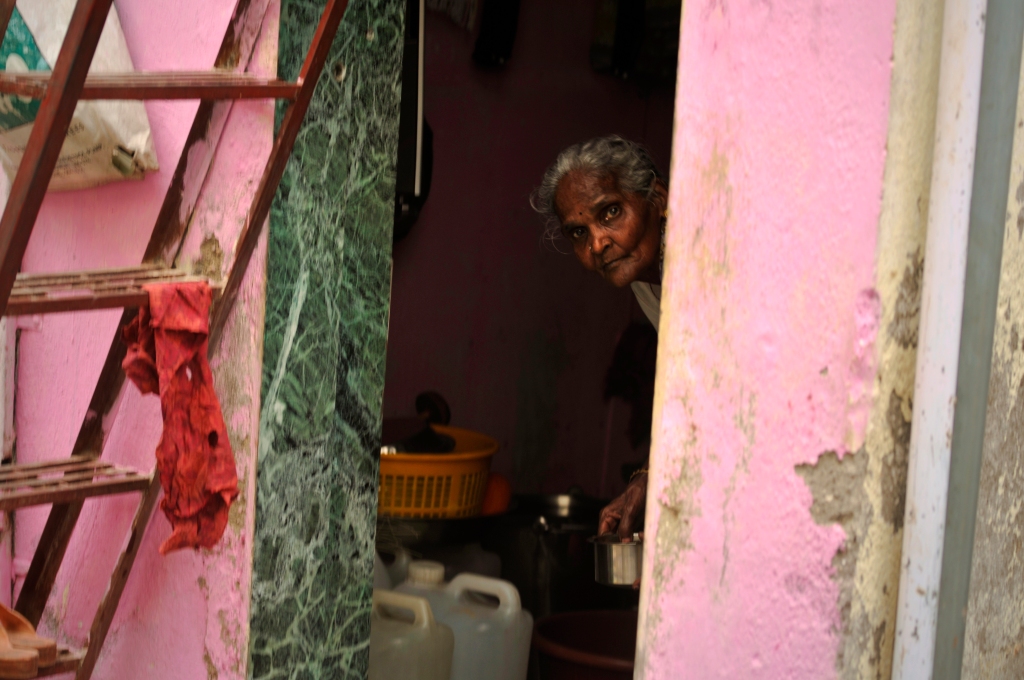
Photograph by Kristian Bertel, Your Shot –
Babasaheb Ambedkar Nagar, India
An old woman is looking out from a door in the Babasaheb Ambedkar Nagar area of Mumbai, India. The area is situated near Cuffe Parade, which is a posh and an extremely upmarket neighbourhood in South Mumbai. It is in the southernmost region of the city just north of Navy Nagar. To the north of Cuffe Parade lies Badhwar Park. Lately, many residents are shifting to luxury apartments at Mahalaxmi, Lower Parel, to be near the new business hub of Mumbai, BKC. »
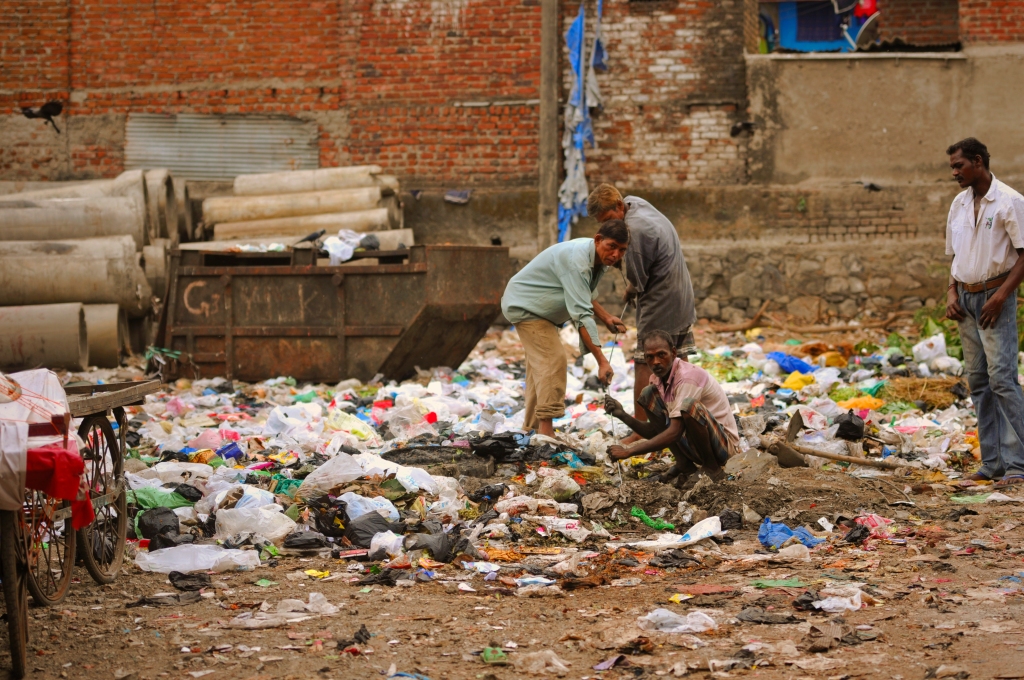
Photograph by Kristian Bertel, Your Shot –
Junkyard, India
Four local men are working on a junkyard in the Babasaheb Ambedkar Nagar area of Mumbai, India. As a photographer I am also drawn to the many places in India which are not typical tourist places. »

Photograph by Kristian Bertel, Your Shot –
Street child in Nashik, India
The nose is running on this street child in the streets of Nashik in Maharashtra, India. Among the most important deprivations faced by street children is the lack of a protective and guiding adult, but some street children manage to find individuals to fulfill this role. Though most live on their own or with friends, some street children form connections with families that live on the streets or in slums and see these families as their substitute families. »
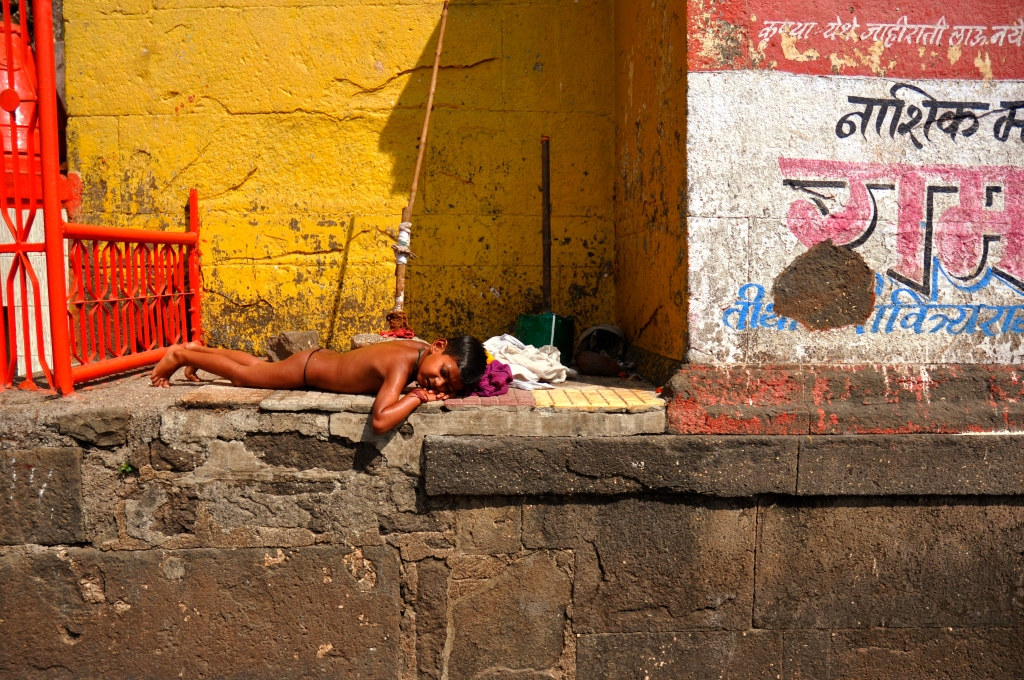
Photograph by Kristian Bertel, Your Shot –
Boy at the Godavari, India
Nashik is said to be the abode of Lord Rama during his fourteen years in exile here. It is located on the banks of the Godavari which originates in the south-west of the city at Trimbakeshwar. »

Photograph by Kristian Bertel, Your Shot –
Nashik, India
This portrait is displaying an Indian woman with a shawl in the city of Nashik in Maharashtra, India. »
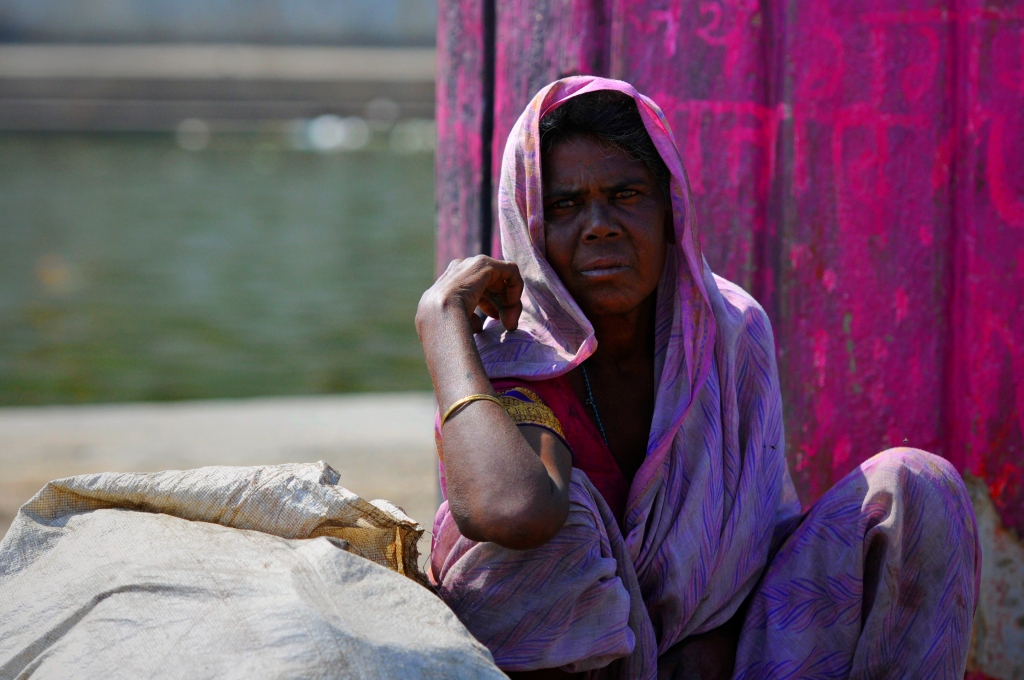
Photograph by Kristian Bertel, Your Shot –
Woman in purple, India
A woman is dressed in a purple sari in Nashik, India. The city of Nashik is located in the north-west of Maharashtra and hosts one of the largest religious gatherings in the world known as Maha Kumbh. Kumbh mela festival is celebrated once in twelve years. »
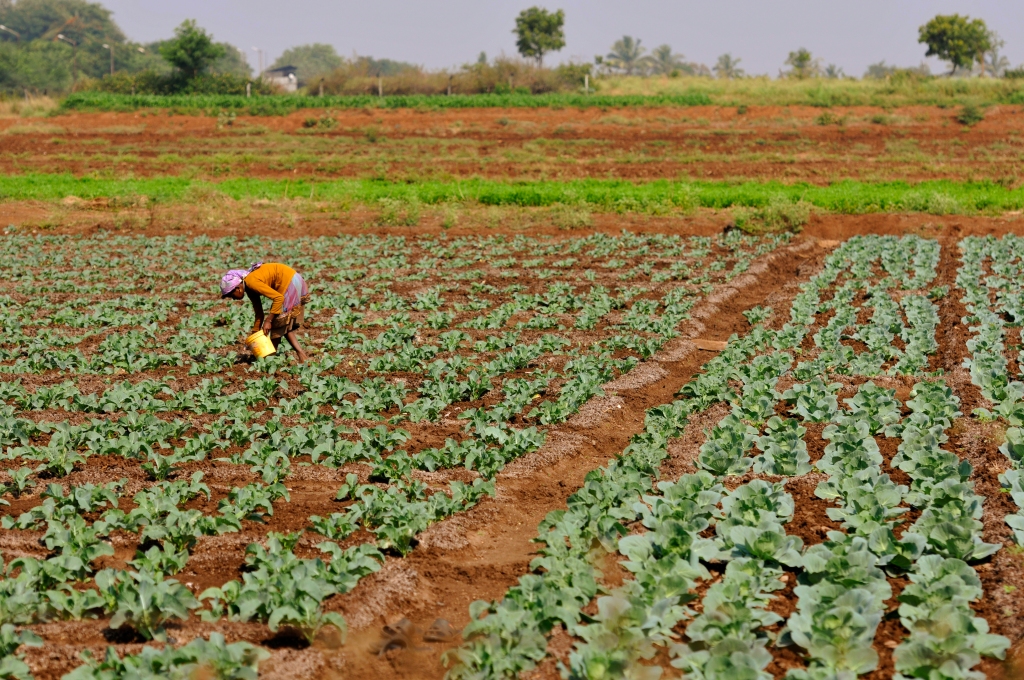
Photograph by Kristian Bertel, Your Shot –
Farmers in Nashik, India
In the countryside not far away from Nashik in Maharashtra, India, I was photographing this farmer in a field. Agriculture is playing an important role in India. Over 2500 years ago, Indian farmers had discovered and begun farming many spices and sugarcane. This evolution of taste and demand for sugar as an essential food ingredient unleashed major economic and social changes. Sugarcane does not grow in cold, frost-prone climate, therefore, tropical and semitropical colonies were sought. »

Photograph by Kristian Bertel, Your Shot –
Old man, India
This photograph is a portrait of an old man in the Dharavi area of Mumbai, India. I think wrinkles in peoples’ faces make a good portrait. As we age, our skin loses moisture and elasticity, making it prone to wrinkles. »
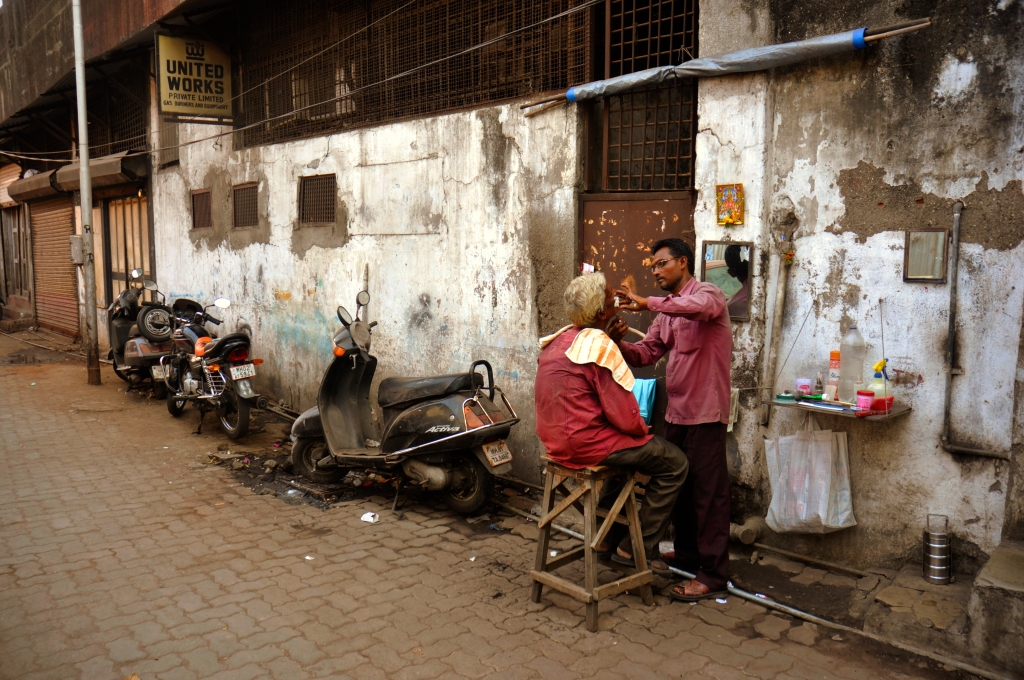
Photograph by Kristian Bertel, Your Shot –
Street barbershop, India
A barber is shaving a customer in his barbershop near the street of Anandilal P Marg in the Mahalaxmi area of Mumbai, India. Grooming for men, including face shaving, are often done by a local barber. These street barbershops can be found many places in India. »
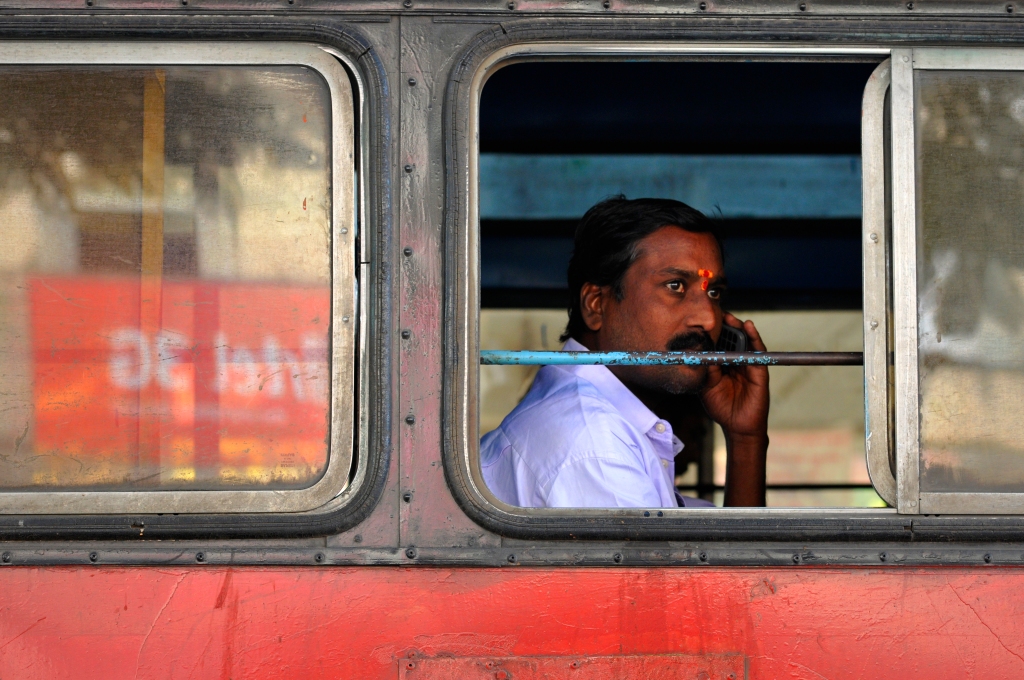
Photograph by Kristian Bertel, Your Shot –
Man in Nashik, India
An Indian man is speaking on the phone in Nashik, Maharashtra, India. India’s telecommunication network is the second largest in the world based on the total number of telephone users including mobile phones. »
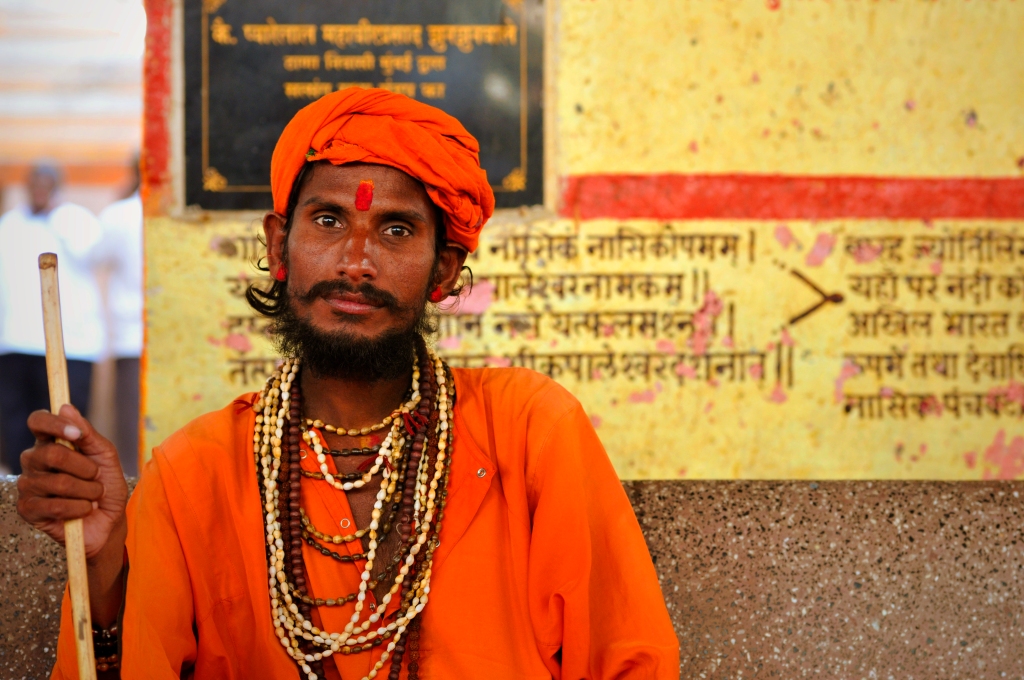
Photograph by Kristian Bertel, Your Shot –
Sadhu in Nashik, India
When visiting India, you can meet the so-called sadhus are sanyasi, or renunciates, who have left behind all material attachments and live in caves, forests and temples all over India and Nepal. A sadhu is usually referred to as ‘baba’ by common people. The word baba also means father, grandfather, or uncle in many Indian languages. »

Photograph by Kristian Bertel, Your Shot –
Godavari, India
A man is washing himself near the Godavari River in Nashik, Maharashtra, India. The memorable power of the picture is heightened by the alluring thin body and the spine that almost stick out of the back of the man. »

Photograph by Kristian Bertel, Your Shot –
Girls and truck, India
Two girls are standing at the backside of a truck on the Dharavi Depot Road in Mumbai, India. When I photograph children the central focus is the quiet strength of the connection made with them. »
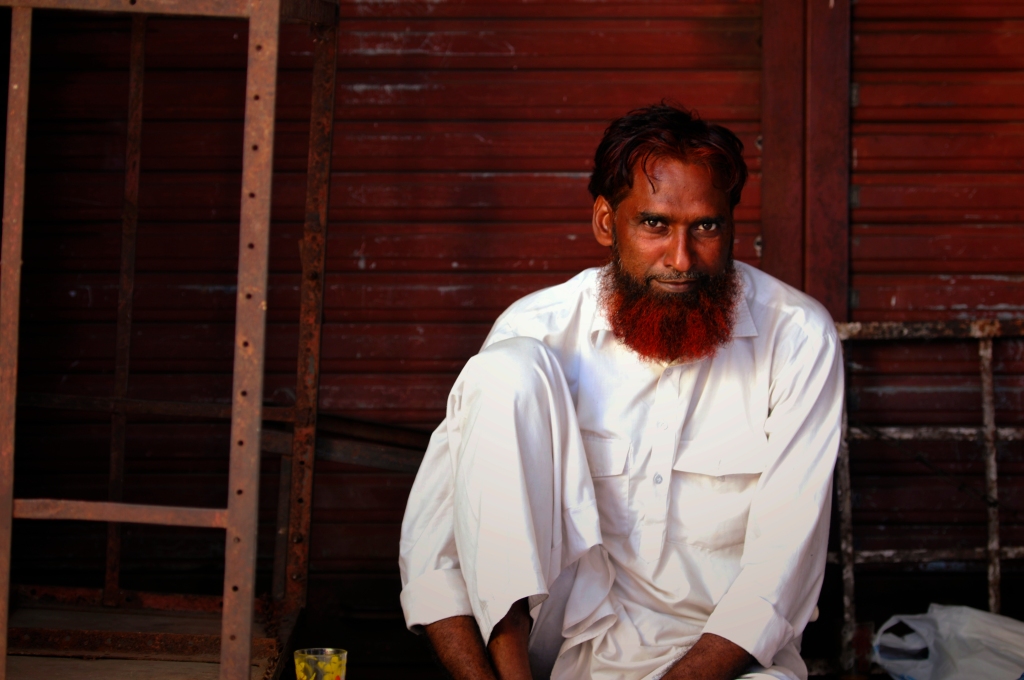
Photograph by Kristian Bertel, Your Shot –
Jotiba Phule Market, India
A man near the Jotiba Phule Market in Mumbai, India. Jotiba Phule Market is located in the heart of South Mumbai. It is the main market of Mumbai, where you get everything like vegetables, fruits, fish and mutton. »
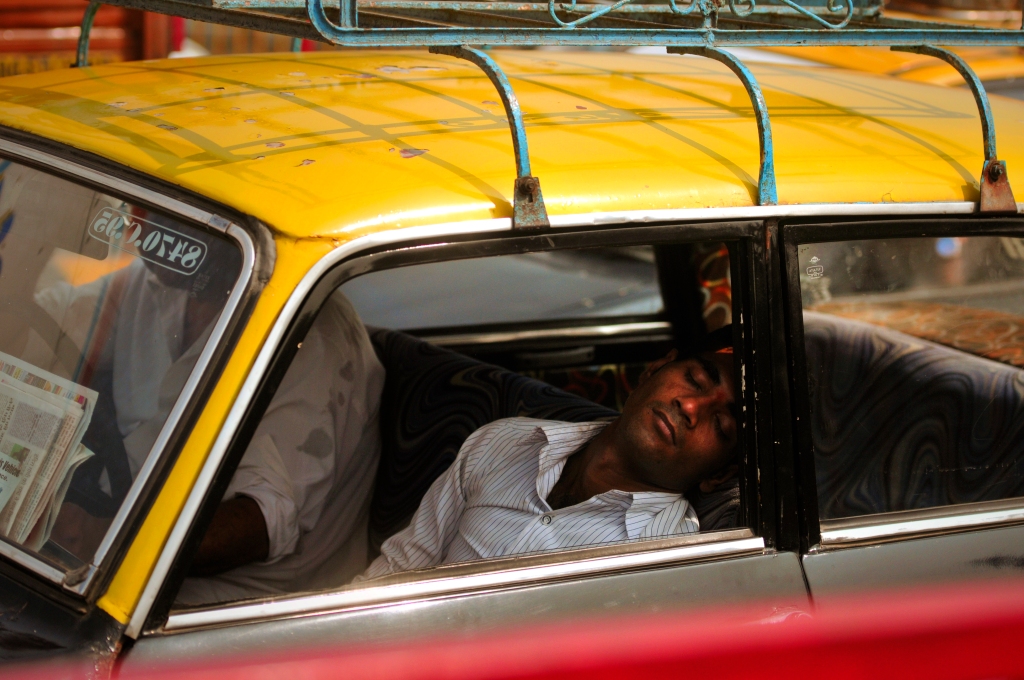
Photograph by Kristian Bertel, Your Shot –
Taxi in Mumbai, India
An Indian man is taking a nap in the passenger seat of a taxi in Mumbai, India. The black and yellow taxis are an integral part of the city’s heritage and have been depicted in numerous Bollywood movies. There are about 58,000 taxis in Greater Mumbai. »

Photograph by Kristian Bertel, Your Shot –
Young woman with a child, India
In a poignant effort to reclaim something for her babychild this young woman walks towards me in the Colaba area of Mumbai, India. One is left with the impression that she struggles on a daily basis to get something from tourists. »

Photograph by Kristian Bertel, Your Shot –
Abdul Rehman Street, India
This photograph depicts a young man with a carrying basket in Abdul Rehman Street in Mumbai, India. The street is located near the Jotiba Phule Market, which is a very fascinating place of buying household items and it is a great market for spices and herbs, teas and lots of different fruits for the local citizens as well as tourists. »
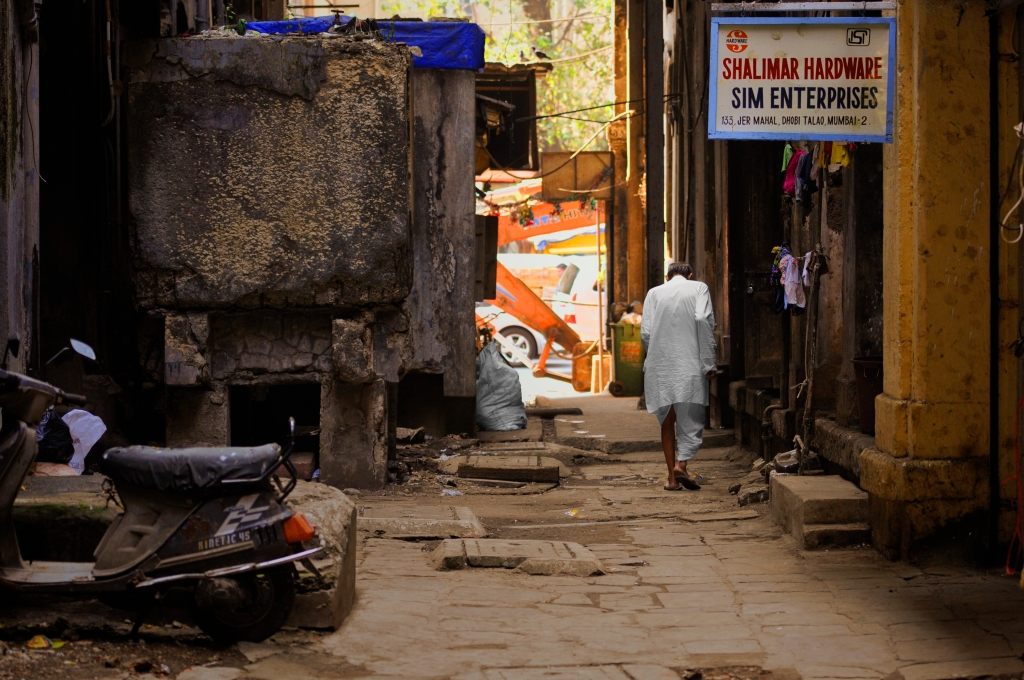
Photograph by Kristian Bertel, Your Shot –
Man in an alley, India
In this image I am picturing an elderly man walking in an alley in Mumbai, India. »

Photograph by Kristian Bertel, Your Shot –
Girl in a yellow dress, India
An Indian girl is wearing a yellow dress on the street of PJ Ramchandani Marg in southern Mumbai, India. Out of the 100 girls that enroll in the first year of school, only 42 reach the fifth class. »
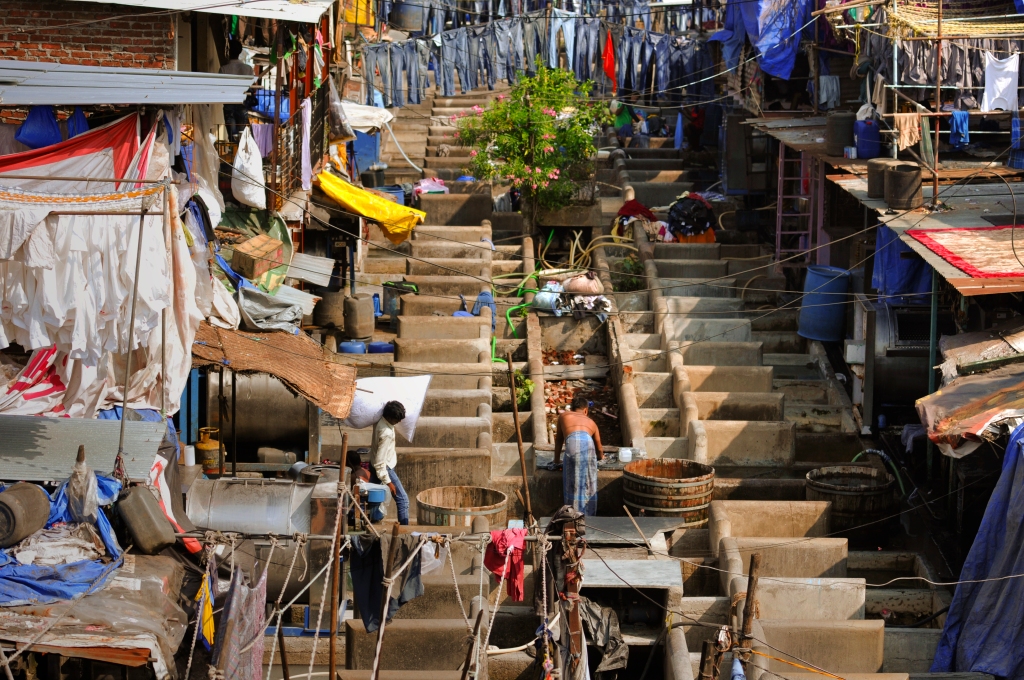
Photograph by Kristian Bertel, Your Shot –
Dhobi Ghat, India
Washermen at the Dhobi Ghat in India with lots of troughs full of water are beating and pummeling clothes to remove soiling, above just hundreds of washing lines with clothes hung to dry. »

Photograph by Kristian Bertel, Your Shot –
Girgaon, India
This photograph highlights an Indian man with striking eyes in the Girgaon area of Mumbai, India. »

Photograph by Kristian Bertel, Your Shot –
Sai Baba of Shirdi, India
Sai Baba of Shirdi is seen on the back side of an auto rickshaw in Nashik, Maharashtra, India. Sai Baba also known as Shirdi Sai Baba, was an Indian spiritual master who was and is regarded by the devotees as a saint, fakir and satguru according to their individual proclivities and beliefs. »

Photograph by Kristian Bertel, Your Shot –
Mahalaxmi, India
An Indian girl in white is looking out from her home in the Mahalaxmi area of Mumbai, India. The luminous white head shawl worn by this girl and her look in her face are highlighting this photograph. »

Photograph by Kristian Bertel, Your Shot –
Bag boy, India
A bag boy is taking down a bag in a street store in Mumbai, India. Child labour is the practice of having children engage in economic activity, on part or full-time basis. The practice deprives children of their childhood, and is harmful to their physical and mental development. Poverty, lack of good schools and growth of informal economy are considered as the important causes of child labour in India. »
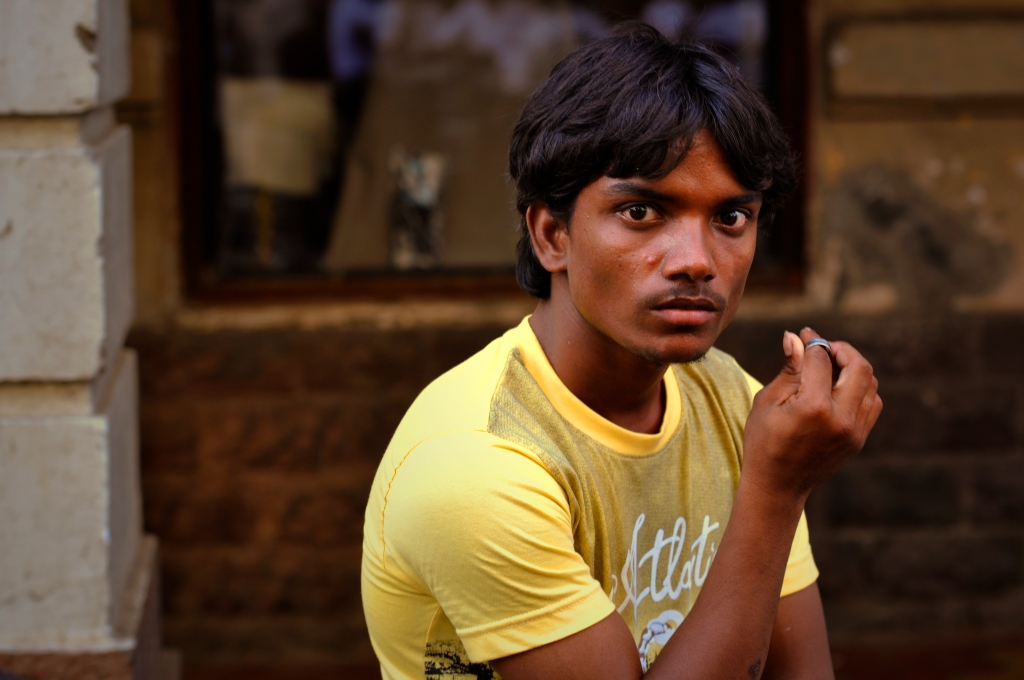
Photograph by Kristian Bertel, Your Shot –
Young man in yellow, India
The photograph of this young man is taken in Mumbai, India. I really like his expression in his face that reveal, a world of curiousity and purity. Everywhere you go in this city consisiting of over 25 million people, thousand of personalities can be seen. Everyone of them with their own story. »

Photograph by Kristian Bertel, Your Shot –
Chor Bazaar, India
An Indian man in one of streets of the Chor Bazaar area of Mumbai, India. Chor Bazaar is located near Bhendi Bazaar in South Mumbai, is one of the largest flea markets in India. The area is one of the tourist attractions of Mumbai. »

Photograph by Kristian Bertel, Your Shot –
Woman with a scarf, India
This woman was photographed in Mumbai, India, where she was using the bottom of her dress as a scarf. The delicate green and red dress, her rich brown eyes and serene gaze all evoke a deep sense of the mysterious and the unknown of India. »

Photograph by Kristian Bertel, Your Shot –
Wadala, India
A boy in red is walking near the Wadala Bridge Monorail station in Mumbai, India. The boy was such a contrast to that harsh environment, Kristian Bertel recalls. He was so full of life. »
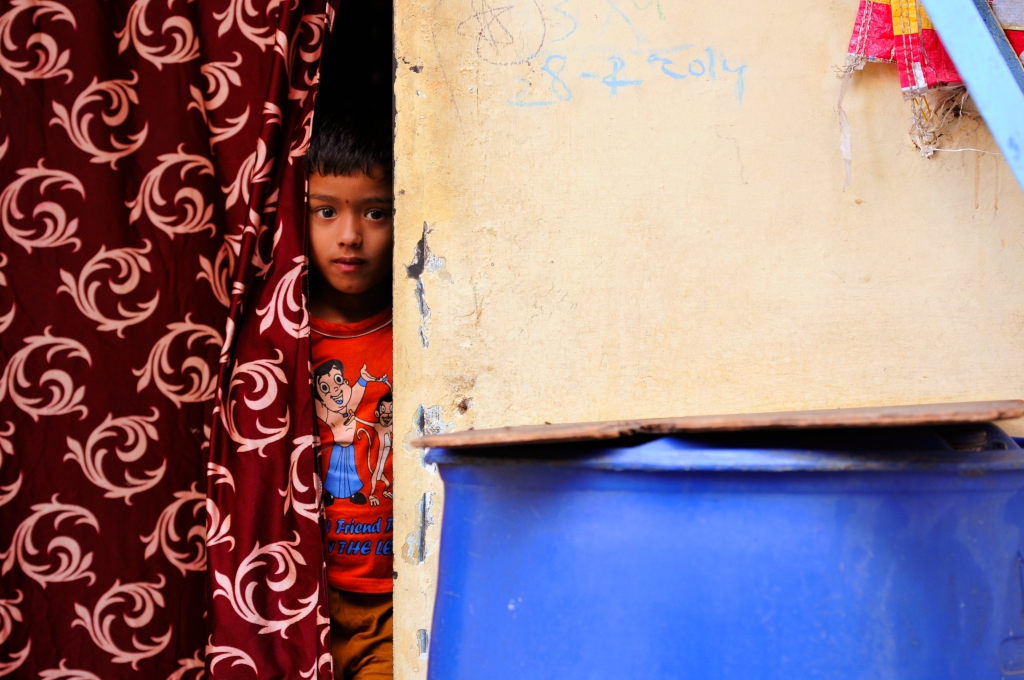
Photograph by Kristian Bertel, Your Shot –
Curious boy in Mumbai, India
A curious boy and a beautiful colored curtain are setting this photographic scene in the Dharavi area of Mumbai, India. »
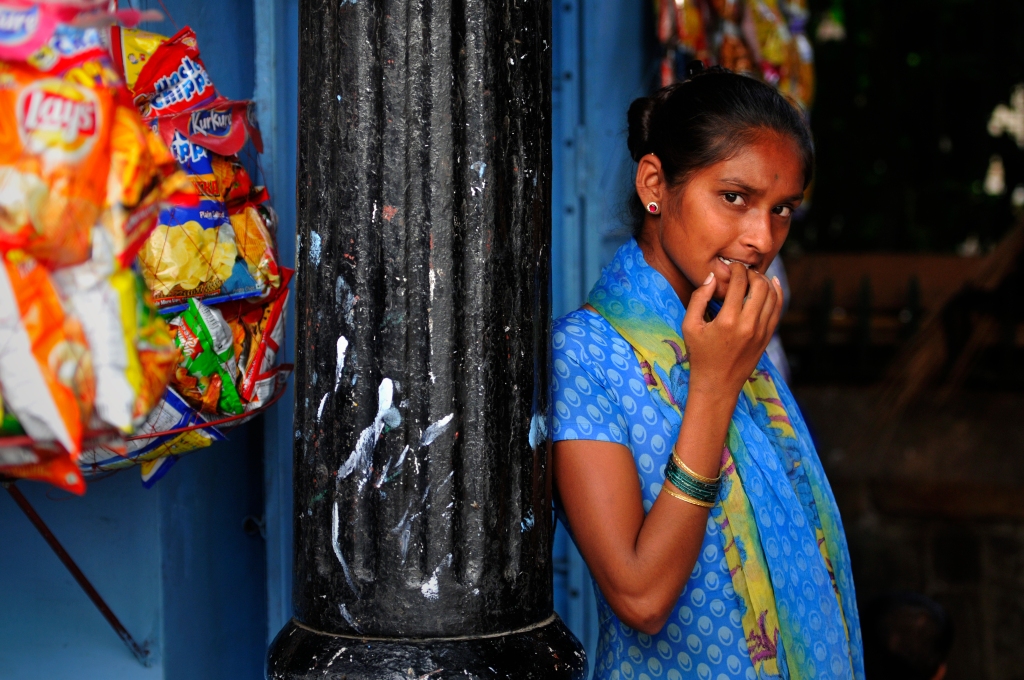
Photograph by Kristian Bertel, Your Shot –
Girl in blue, India
Most of my images are grounded in people, where I try to convey what it is like to be that person, a person caught in the broader view. Like this girl dressed in blue, who is leaning herself against a pillar in the Colaba area of Mumbai, India. »
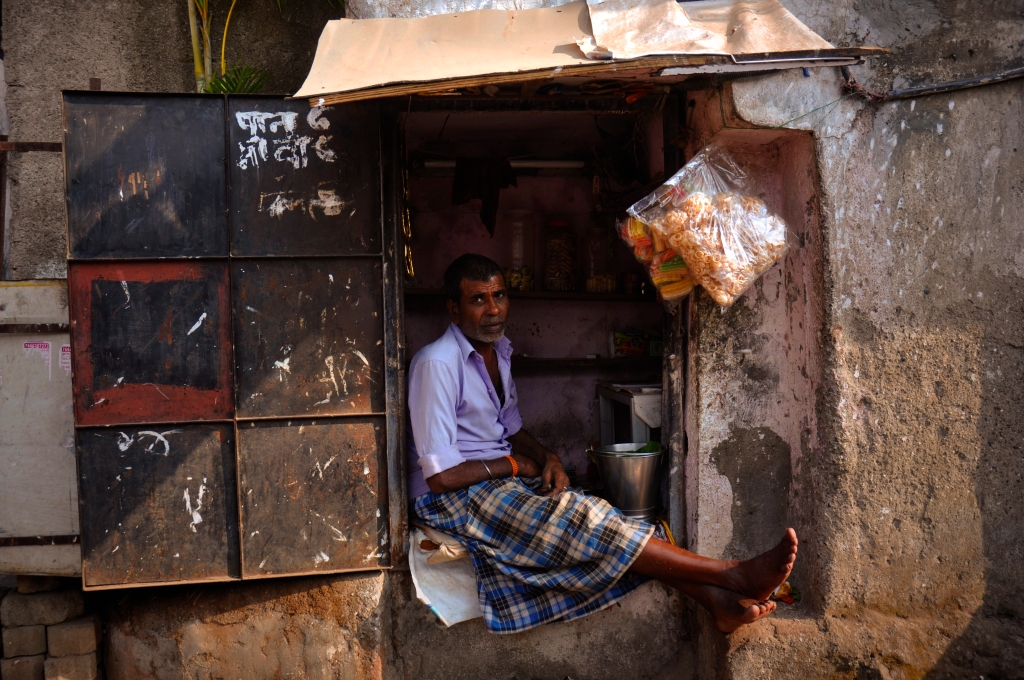
Photograph by Kristian Bertel, Your Shot –
Small shop, India
This is the business for this shopkeeper in the Kurla area of Mumbai, India. Mumbai, one of India’s most succesful and most disadvantaged cities. Space in India is clearly a disadvantage. However, this man succeeds to sell vegetables in his small shop. »
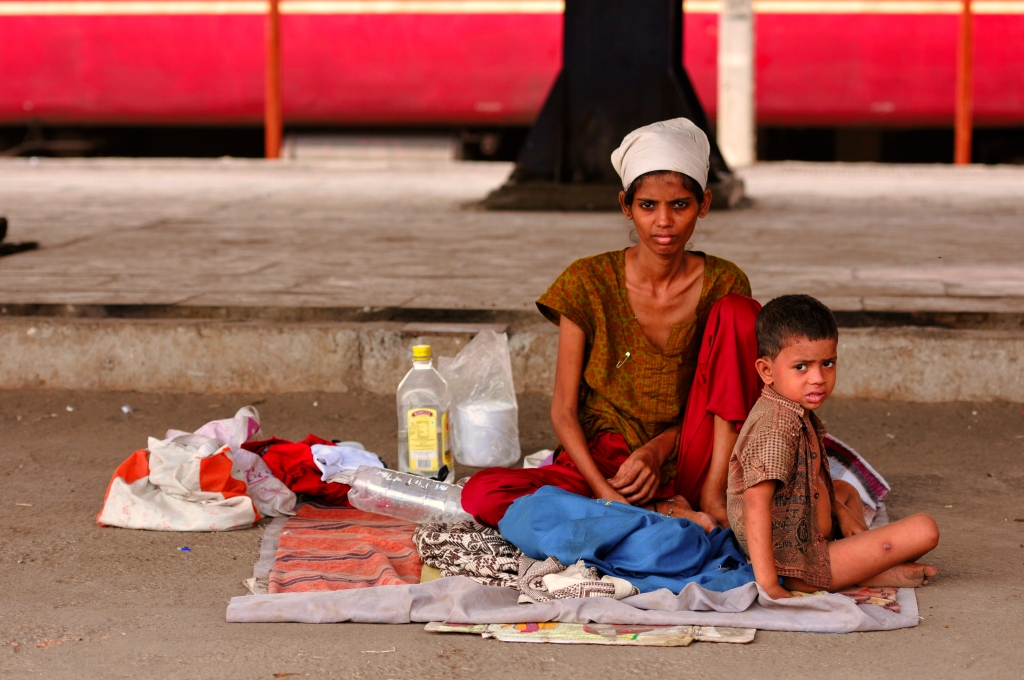
Photograph by Kristian Bertel, Your Shot –
Anant Kanekar Marg, India
On a thin carpet this woman was settling herself with her child on the bare ground in the Bandra area of Mumbai, India. It is a photograph I can’t forget and it touches me everytime I look at it. I wonder and respect that life can be so simple. »
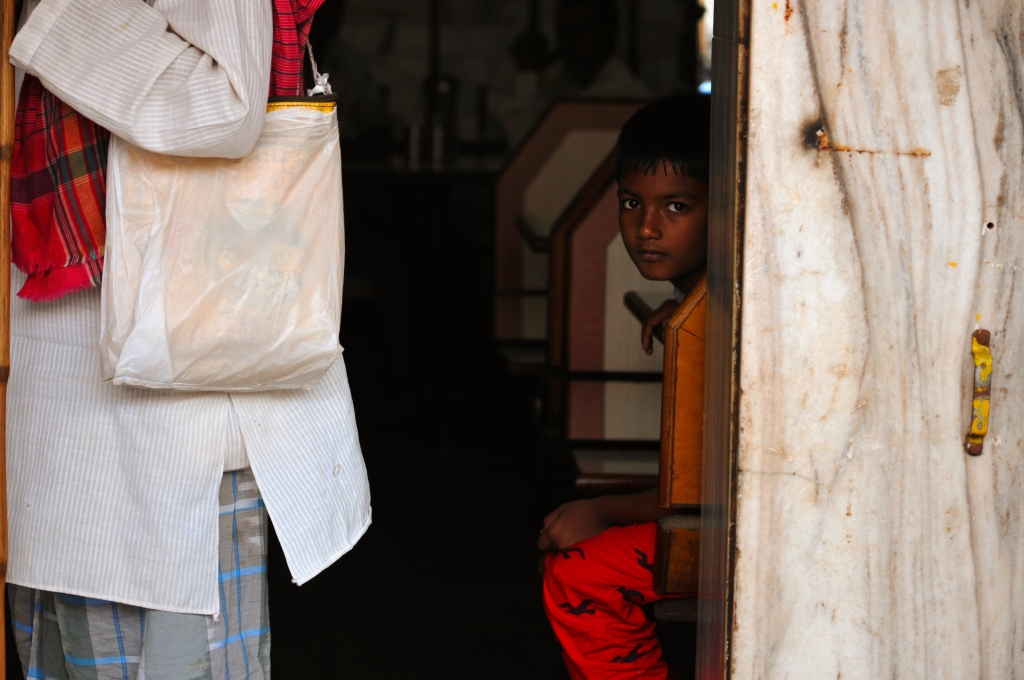
Photograph by Kristian Bertel, Your Shot –
Boy in Dharavi, India
A boy is looking out of a restaurant in the Dharavi area of Mumbai, Maharashtra, India. Indian cuisine encompasses a wide variety of regional cuisines native to India. Given the range of diversity in soil type, climate and occupations, these cuisines vary significantly from each other and use locally available spices, herbs, vegetables and fruits. Indian food is also heavily influenced by religious and cultural choices and traditions. »
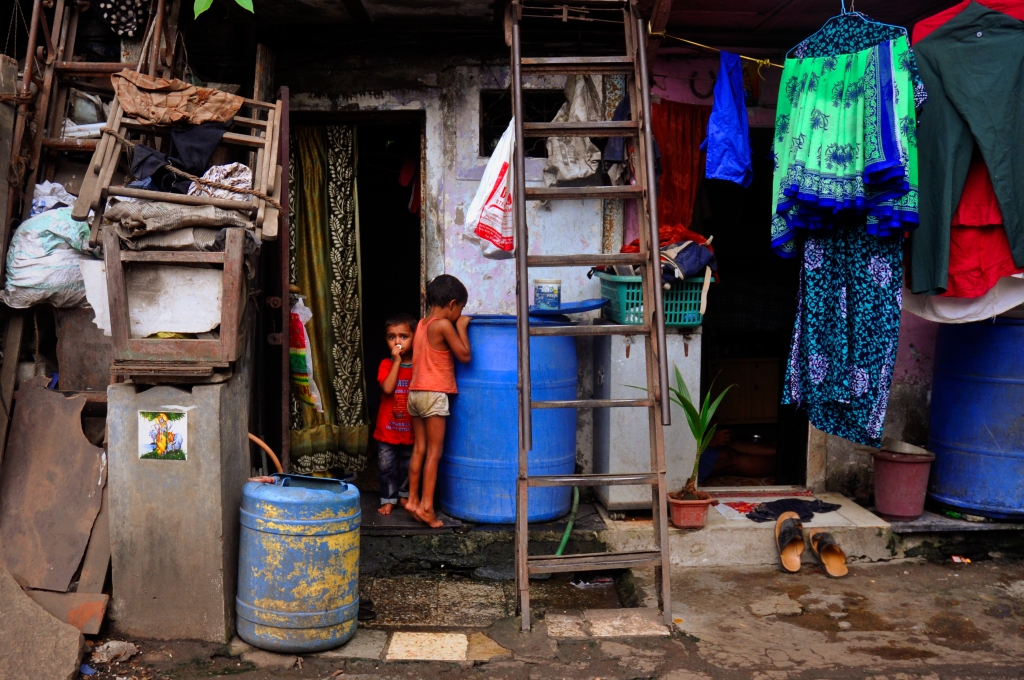
Photograph by Kristian Bertel, Your Shot –
Byculla East, India
Two Indian children are playing with a water barrel in the Byculla East area of Mumbai, India. Many people in India use their blue water barrels to store water. »

Photograph by Kristian Bertel, Your Shot –
Sant Rohidas Marg, India
A boy is wearing a colorful shirt in the Sant Rohidas Marg, which is of the main streets in the Dharavi area of Mumbai, India with street markets. The street markets are typically by the side of the road and can sometimes stretch out for a long distance. Each vendor either has a little shop or their own little cart on which they sell their wares. In most cases they specialize in one item or a group of items such as certain fruits or certain vegetables. »
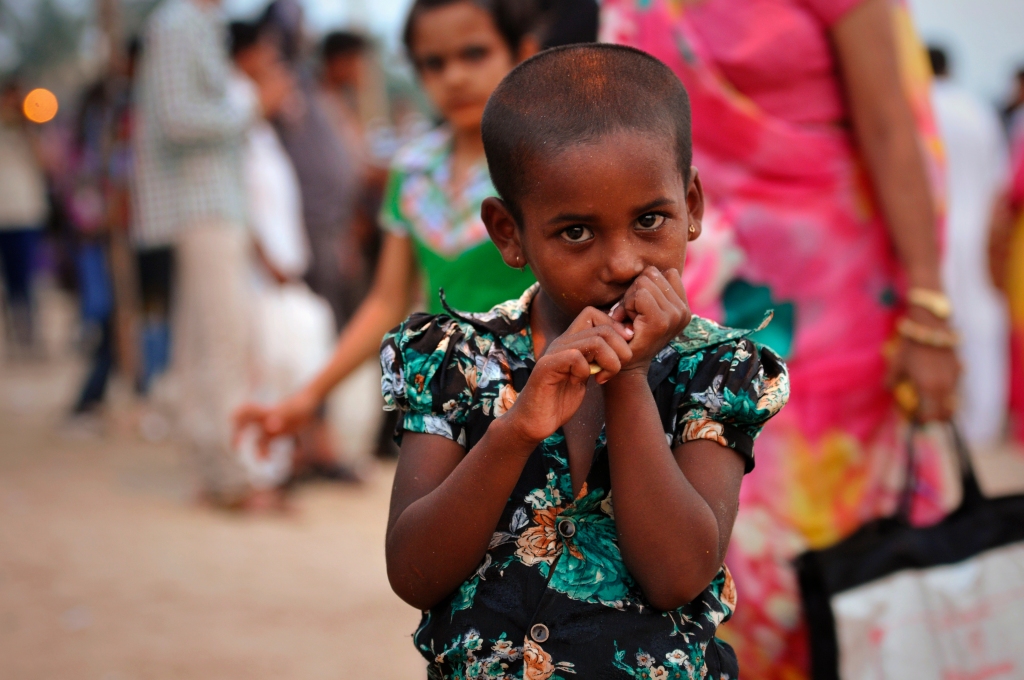
Photograph by Kristian Bertel, Your Shot –
Little girl, India
A little Indian girl in Mumbai, India. Since girls spend more time performing domestic duties and this increases the gap between female and male equality in rural parts of India, it perpetuates the myth that education is of no help to the girl and her primary job will be to look after the household work, get married early, have children and then raise them. »

Photograph by Kristian Bertel, Your Shot –
Little girl, India
An Indian girl is holding a baby in Mumbai, India. It is estimated that there are more than 400,000 street children in India. Mainly because of family conflict, they come to live on the streets and take on the full responsibilities of caring for themselves, including working to provide for and protecting themselves. »

Photograph by Kristian Bertel, Your Shot –
Boy in Nashik, India
An Indian boy near a river in Nashik, Maharashtra, India. Water pollution is a major environmental issue in India. The largest source of water pollution in India is untreated sewage. Other sources of pollution include agricultural runoff and unregulated small scale industry. Most rivers, lakes and surface water in India are polluted. Someday I hope water pollution will be over. »

Photograph by Kristian Bertel, Your Shot –
Street beggar girl in Mumbai
A girl is begging with a baby on her arm in the Colaba area of Mumbai, India. It is riveting to see girls in bare feet, no older than eighteen, balancing sleeping babies on their hips as they are tapping people and begging in the streets of Mumbai, India. »

Photograph by Kristian Bertel, Your Shot –
Young man in Mumbai, India
A young man is looking out a window while he is brushing his teeth near the Sane Guruji Marg in the Mahalaxmi area of Mumbai, India. »
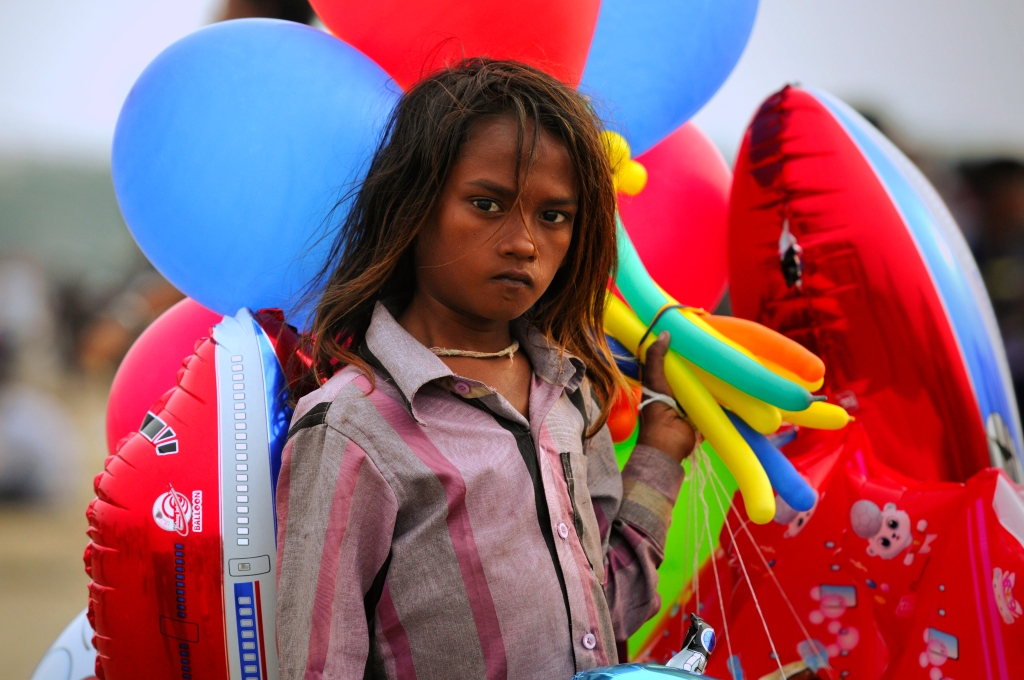
Photograph by Kristian Bertel, Your Shot –
Juhu Beach, India
A boy is selling balloons at the Juhu Beach in Mumbai, India. Child labour is not unique to India, worldwide, about 217 million children work, many full-time. »

Photograph by Kristian Bertel, Your Shot –
Dreaming man in Mumbai, India
An Indian man is sleeping in Mumbai, India. Human sleep needs vary by age and amongst individuals, and taking a nap is sometimes well needed during the long working hours in India. »

Photograph by Kristian Bertel, Your Shot –
Shanti Nagar, India
A silent moment with a girl in the Shanti Nagar area of Mumbai, India. The female child in India is often deprived from her right of an education. The number of girls dropping out of school far exceeds the boys because girls are expected to help at home, either with household work like washing and cooking or with taking care of younger siblings. »

Photograph by Kristian Bertel, Your Shot –
Dharavi slum, India
Dharavi spread over 557 acres is home to more than a million people and is situated in the middle of India’s financial capital, Mumbai. Dharavi bears no resemblance to the fishing village it once was. A city within a city, it is one unending stretch of narrow dirty lanes, open sewers and cramped huts. »
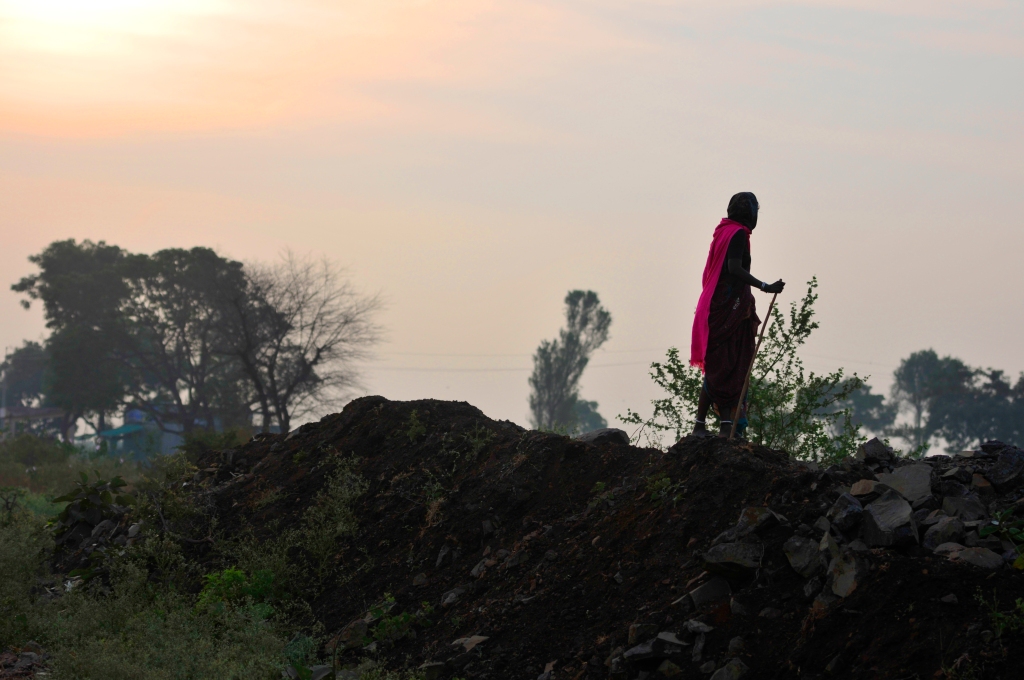
Photograph by Kristian Bertel, Your Shot –
Shepherd, India
A female shepherd is walking in a field an early morning in Maharashtra, India. In many societies, shepherds were an important part of the economy. Unlike farmers, shepherds were often wage earners, being paid to watch the sheep of others. Shepherds also lived apart from society, being largely nomadic. It was mainly a job of solitary males without children. »
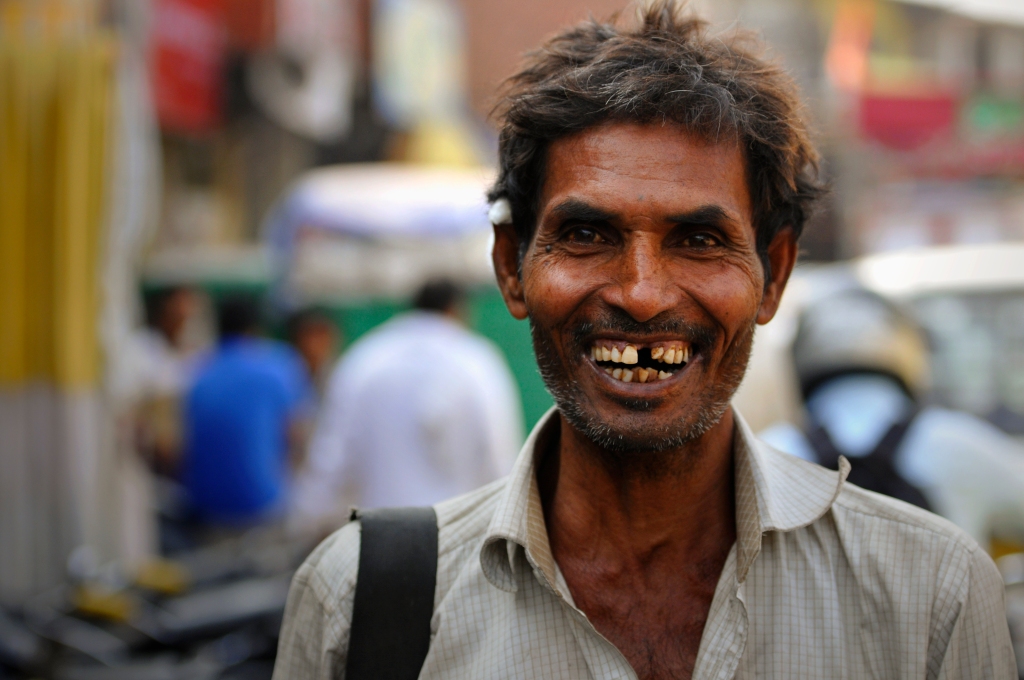
Photograph by Kristian Bertel, Your Shot –
Magical smile, India
A magical smile in the Andheri East area of Mumbai, India. »

Photograph by Kristian Bertel, Your Shot –
Mother and child, India
A mother is carrrying a child in her arms in the Colaba area of Mumbai, India. In Mumbai in particular, visitors are often approached by a child or woman wanting some powdered milk to feed a baby. They will assist you to a nearby stall or shop that conveniently happens to sell tins or boxes of such ‘milk’. However, the milk will be expensively priced, often around 200 rupees, and if you hand over the money for it, the shopkeeper and the beggar will simply split the proceeds between them. Beggars also rent babies from their mothers each day, to give their begging more credibility. »
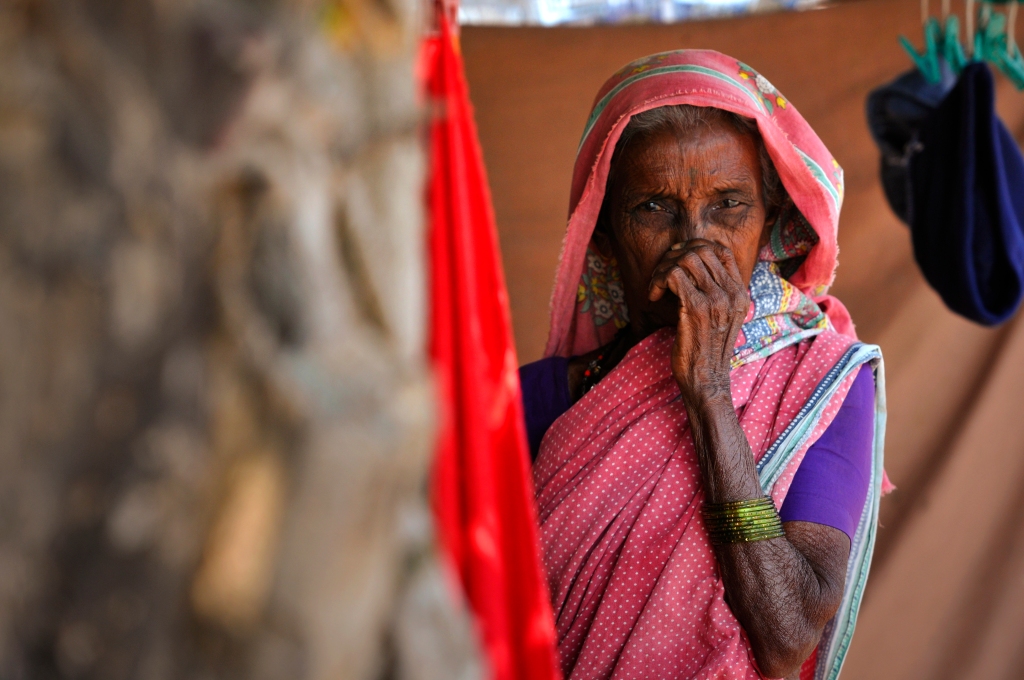
Photograph by Kristian Bertel, Your Shot –
Shahapur, India
An elderly Indian woman near Shahapur in India. The city of Shahapur is surrounded by the Sahyadris and places like Mahuli and Aaja are popular spots for trekking. »
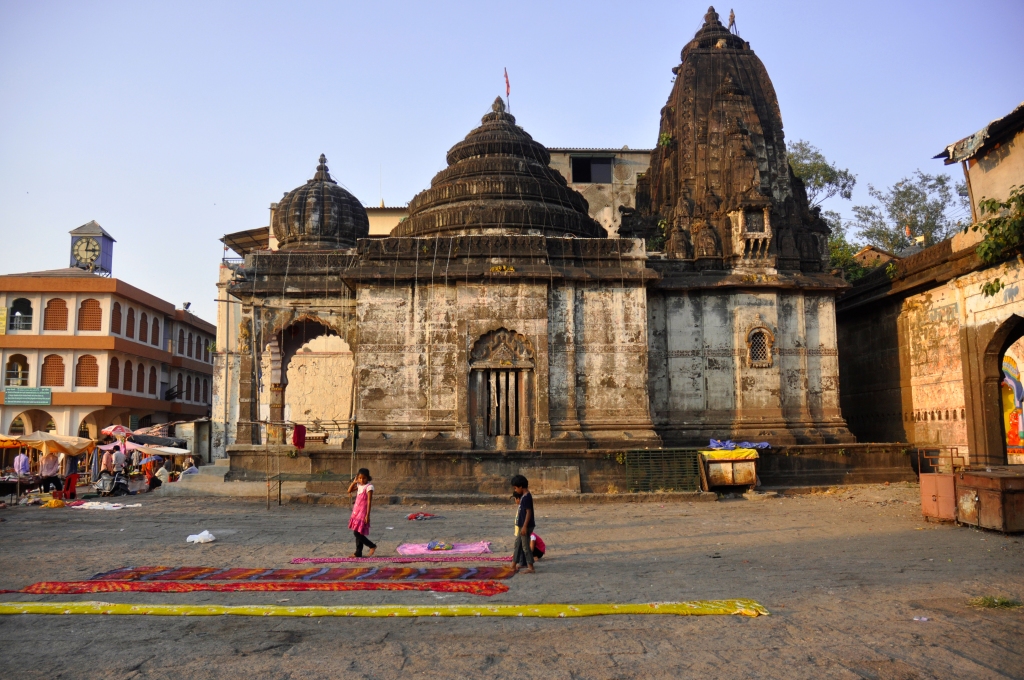
Photograph by Kristian Bertel, Your Shot –
Naroshankara Temple, India
Children are playing outside the Naroshankara Temple, which is situated across the river from Ramkund in Nashik, India. The temple is dedicated to Shiva and boasts of an enormous church bell. »
Holy man in Mumbai, India - Your Shot - National Geographic Magazine -- Kristian Bertel
This photo depicts a sadhu photographed in the Andheri area of Mumbai, India. There are 4 to 5 million sadhus in India today and they are widely respected for their holiness, and sometimes feared for their curses. »
Sleeping man in Mumbai, India - Your Shot - National Geographic Magazine -- Kristian Bertel
An Indian man is sleeping in the Andheri area of Mumbai, India. Homelessness in India has been a problem for centuries, causing the average family to have an average of five generations being homeless. At least 2 million people are homeless in India despite the country growing in global economic stature. »
Barbershop in Mumbai, India - Your Shot - National Geographic Magazine -- Kristian Bertel
An Indian man is getting a his beard done at a barbershop in the Chor Bazaar area of Mumbai, India. When you are traveling through India, you will notice that the hairdressers you will pass along the streets are barbers for men only. Lady hairdressers are mostly hidden behind closed doors or curtains. »
Bandra, India - Your Shot - National Geographic Magazine -- Kristian Bertel
An Indian man with light blue eyes is speaking on the phone near Bandra Fort in Mumbai, India. Light eyes are common in parts of North west India. The most likely scenario is that light eyes were carried to India via ancient trade routes when cultures would meet to do transactions on the silk road. »
Ambedkar Nagar - Your Shot - National Geographic Magazine -- Kristian Bertel
A child is leaning against his mother in the Ambedkar Naga area of Mumbai, India. »
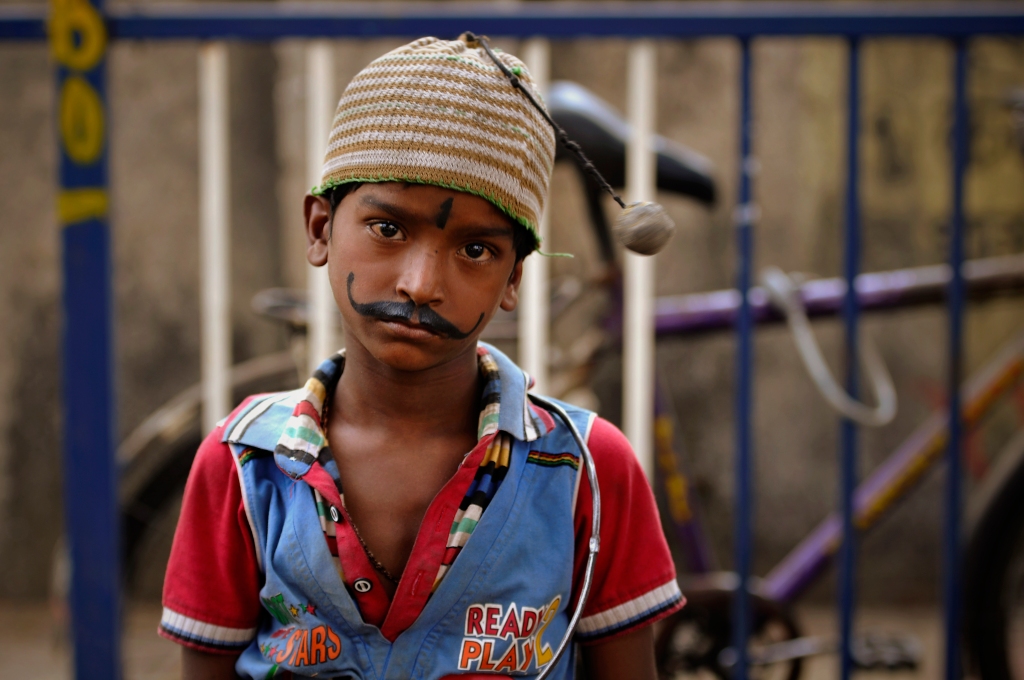
Photograph by Kristian Bertel, Your Shot –
Boy in Mumbai, India
A boy plays with his hat near the Andheri Railway Station in Mumbai, India. Life in Mumbai is not easy for everyone and children in the streets is a common sight in Mumbai. Homeless children arrive in Mumbai station each day on the trains from the rest of India. They are drawn there by images of Bollywood and a notion that the city offers riches for all. They make their living by begging or like this boy making artistic performances with his hat. »
Dharavi, India - Your Shot - National Geographic Magazine -- Kristian Bertel
A couple of children are taking a daybreak in Dharavi, India. Dharavi is a slum in Mumbai, India and it is considered as one of the largest slums in the world. Dharavi has a high population density, and as with other worldwide slums, overcrowded. »
Beggar in Mumbai, India - Your Shot - National Geographic Magazine -- Kristian Bertel
An Indian man is begging in his attempt to get money for his daily needs in Mumbai, India. Poverty and begging in India can be very confronting for those not used to seeing it. »
Mahim - Bandra Pipeline, India - Your Shot - National Geographic Magazine -- Kristian Bertel
A giant water pipeline runs along one of Dharavi’s rubbish-filled canals in Mumbai, India. As Mumbai’s population grows, the demand on the city’s existing infrastructure increases exponentially, and their water supply is finding it difficult to keep up. »
Pile of garbage, India - Your Shot - National Geographic Magazine -- Kristian Bertel
A pile of garbage is photographed near the Navrang Compound in Mumbai, India Mumbai alone generates almost 7,025 tons of waste on a daily basis and for this reason Dharavi remains and for this reason Dharavi remains a land of recycling opportunity for many rural Indians. »
Nut seller in Mumbai, India - Your Shot - National Geographic Magazine -- Kristian Bertel
In this photograph an Indian man is selling nuts in Mumbai, India. Nuts are an important source of nutrients for both humans and wildlife. Because nuts generally have a high oil content, they are a highly prized food and energy source. A large number of seeds are edible by humans and used in cooking, eaten raw, sprouted or roasted as a snack food. Nuts or seeds generally are also a significant source of nutrition for wildlife. »
Kurla West, India - Your Shot - National Geographic Magazine -- Kristian Bertel
A blind man is collecting people’s charities for blind people in the Kurla West district of Mumbai in India. One out of every three blind people in the world lives in India, an estimated 15 million blind. »
Woman in Aurangabad, India - Your Shot - National Geographic Magazine -- Kristian Bertel
This woman’s warm smile makes her dark eyes sparkle with happiness in Aurangabad, India. The people’s warmth, smile, helpful nature and friendliness meets me many places in India. »
Sheepherdess, India - Your Shot - National Geographic Magazine -- Kristian Bertel
A female shepherd is looking after sheep in a field near Aurangabad in Maharashtra, India. Shepherds usually take the sheep out into fields so that they can graze – and shepherds have done so in some parts of the world for more than a thousands years. »
Young woman in Fatehpur Sikri, India - Your Shot - National Geographic Magazine -- Kristian Bertel
This young woman was photographed in the historical city of Fatehpur Sikri, which is located near Agra, India. Even from a distance, I could see her grace. »
Jodhpur “the blue city” in India - Your Shot - National Geographic Magazine -- Kristian Bertel
The blue painted houses are making a pattern together with the trees in Jodhpur, India. »
Rui Mandi, Delhi - Your Shot - National Geographic Magazine -- Kristian Bertel
An Indian woman at Rui Mandi, Delhi, which is located near the largest wholesale market of household items in Delhi, India. Like other major markets of Old Delhi, this market also feels very crowded and buzzes with activity. Although it is primarily a wholesale market, it also caters to occasional retail buyers. »
Yamuna River, India - Your Shot - National Geographic Magazine -- Kristian Bertel
Morning haze at the Yamuna River in Varanasi, India. »
Girl in Mandawa, India - Your Shot - National Geographic Magazine -- Kristian Bertel
This young girl was photographed in Mandawa, India. Mandawa is a small and remote town in the heart of the Shekhawati region in Rajasthan. This dry and arid town was once located on one of the ancient caravan routes. Today the town provides the visitors with a sense of discovery at every turn. »
Varanasi, India - Your Shot - National Geographic Magazine -- Kristian Bertel
A picturesque scene in Varanasi, India. Varanasi has nearly 100 ghats, where steps are leading to the banks of River Ganges. A morning boat ride on the Ganges across the ghats is a popular visitors attraction. »
Woman in Rajasthan, India - Your Shot - National Geographic Magazine -- Kristian Bertel
A Rajasthani woman in Rajasthan, India. Rajasthan is a state in the northwest of India. Rajasthan is mainly arid and its western border is adjacent to Pakistan. The main attraction for travelers is the vast Thar Desert and one of the oldest mountain ranges in the world, the Aravallis. »
Mahanirvani Ghat, India - Your Shot - National Geographic Magazine -- Kristian Bertel
An Indian man is sitting on a stone staircase at Mahanirvani Ghat in Varanasi, India. Varanasi is situated at the Ganges in the Indian state of Uttar Pradesh and Varanasi is one of the holiest cities of the Hinduism. »
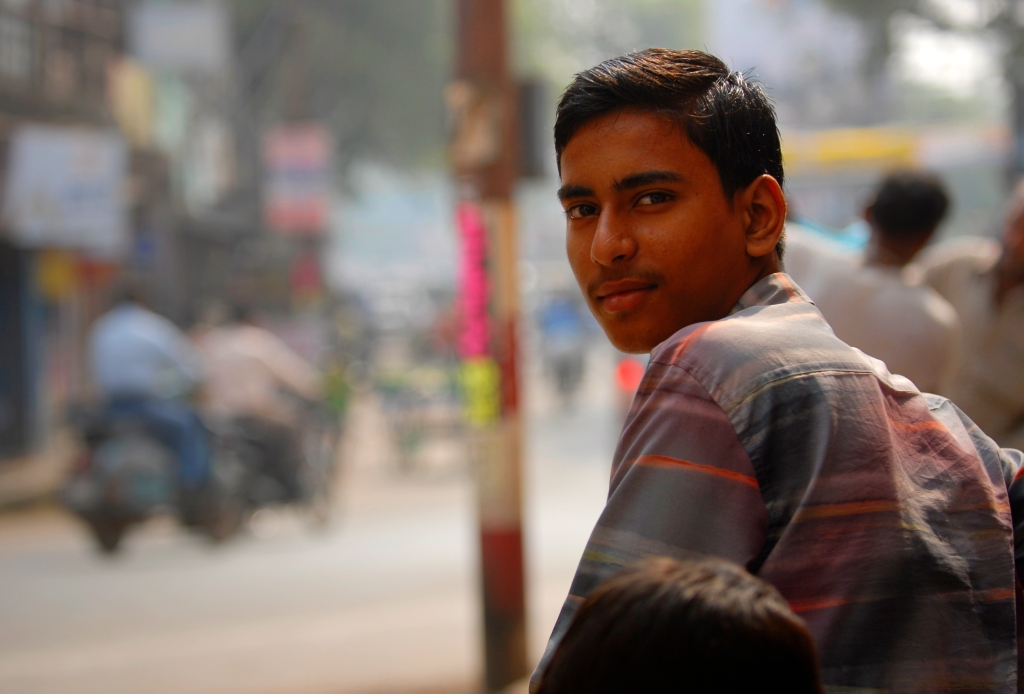
Young man, India - Your Shot - National Geographic Magazine -- Kristian Bertel
A young man in Varanasi, India. »
Man at work in Varanasi, India - Your Shot - National Geographic Magazine -- Kristian Bertel
This photograph depicts a young man at work in Varanasi, India. When I photograph people, a strain of sadness is sometimes seen in their eyes. »
Sceptical eyes, India - Your Shot - National Geographic Magazine -- Kristian Bertel
A set of sceptical eyes in a street in Varanasi, India. »
Varanasi, India - Your Shot - National Geographic Magazine -- Kristian Bertel
Varanasi is one of the holiest cities and centres of pilgrimage for Hindus of all denominations. It is one of the seven Hindu holiest cities considered the giver of salvation. Over 50,000 Brahmins live in Varanasi, providing religious services to the masses. Hindus believe that bathing in the Ganges remits sins and that dying in Kashi ensures release of a person’s soul from the cycle of its transmigrations. Thus, many Hindus arrive here for dying. »
Rickshaw puller, India - Your Shot - National Geographic Magazine -- Kristian Bertel
A rickshaw puller in Varanasi, India. The rickshaw began as a two or three-wheeled passenger cart, called a pulled rickshaw, generally pulled by one man with one passenger. »
Tea drinking man, India - Your Shot - National Geographic Magazine -- Kristian Bertel
An Indian man enjoys a very hot cup of tea in India. Masala chai is a flavoured tea beverage made by brewing black tea with a mixture of aromatic Indian spices and herbs. Originating in South Asia, the beverage has gained worldwide popularity, becoming a feature in many tea houses and on the streets. »
Woman in Delhi, India - Your Shot - National Geographic Magazine -- Kristian Bertel
A mother takes care of her child on a stairway in Delhi, India. »
Man in Varanasi, India - Your Shot - National Geographic Magazine -- Kristian Bertel
Man at the Varanasi Junction, popularly known as Varanasi Cantt Railway Station is the major rail hub in the Indian state of Uttar Pradesh. It is one of the busiest railway stations in India. »
Baby child, India - Your Shot - National Geographic Magazine -- Kristian Bertel
A proud father holds his baby child in his hands in Delhi, India. »
Silhouette, India - Your Shot - National Geographic Magazine -- Kristian Bertel
This photograph depicts a young man in Jaipur in the Rajasthan province of India. Silhouettes don’t give the viewer a clear picture of everything but leave part of the image up to their imagination to wonder about. »
Karol Bagh in Delhi, India - Your Shot - National Geographic Magazine -- Kristian Bertel
I came across this man on the outskirts of the Karol Bagh area of Delhi in India. I was stunned that he did not seem to care about all the flies that were swarming around him. »
Lawn, India - Your Shot - National Geographic Magazine -- Kristian Bertel
A man takes a peaceful walk on a lawn behind the Taj Mahal in Agra, India. »
Humayun’s Tomb in Delhi, India - Your Shot - National Geographic Magazine -- Kristian Bertel
Humayun’s Tomb in Delhi, India, built in 1570, is of particular cultural significance as it was the first garden-tomb on the Indian subcontinent. It inspired several major architectural innovations, culminating in the construction of the Taj Mahal. »
Man in New Delhi, India - Your Shot - National Geographic Magazine -- Kristian Bertel
An Indian man in New Delhi, India. »
Hanuman temple, India - Your Shot - National Geographic Magazine -- Kristian Bertel
The temple and statue of Lord Hanuman is situated on the top of a hill surrounded by mountains and greenery near Narnaul in India. The temple is a popular pilgrim place that are attended by devotees in large numbers, and people of the region believe that this temple has mystical healing powers. »
Woman at a door, India - Your Shot - National Geographic Magazine -- Kristian Bertel
A curios Indian woman is looking out of a door in Varanasi, India. »
Truck, India - Your Shot - National Geographic Magazine -- Kristian Bertel
An Indian man is repairing his truck in the Karol Bagh area of Delhi, India. »
Sadar Bazaar in Delhi, India - Your Shot - National Geographic Magazine -- Kristian Bertel
Street scene in the Sadar Bazaar district of Delhi in India. »
Sunset in Rajasthan, India - Your Shot - National Geographic Magazine -- Kristian Bertel
Evening sunset near Ranakpur in Rajasthan, India. »
Pink City in Jaipur, India - Your Shot - National Geographic Magazine -- Kristian Bertel
An Indian woman is walking in the Pink City in Jaipur, Rajasthan, India. The Pink City is mostly wide known
for the Hawa Mahal, Palace of the Winds. »
New Delhi Railway Station, India - Your Shot - National Geographic Magazine -- Kristian Bertel
An Indian man, wrapped in a cloth, is waiting at the New Delhi Railway Station in Delhi, India. »
Cycling in India - Your Shot - National Geographic Magazine -- Kristian Bertel
A man is cycling in the Ramnagar area of Varanasi, India. »
Cow in a field, India - Your Shot - National Geographic Magazine -- Kristian Bertel
A cow in a countryside field near Ranakpur, India. »
Woman in a garden, India - Your Shot - National Geographic Magazine -- Kristian Bertel
An Indian woman is working in a garden at the Amber Fort near Jaipur, India. »
Children in Jaisalmer, India - Your Shot - National Geographic Magazine -- Kristian Bertel
A group of children are sitting in front of a house in Jaisalmer, India. »
Dhamek Stupa, India - Your Shot - National Geographic Magazine -- Kristian Bertel
Dhamek Stupa is a massive stupa located at Sarnath located 13 kilometres north-east of Varanasi in the state of
Uttar Pradesh, India. The Dhamek Stupa is said to mark the spot of a deer park, Rishipattana, where Buddha gave
the first sermon to his five disciples after attaining enlightenment. »
Street vendor in Jaipur, India - Your Shot - National Geographic Magazine -- Kristian Bertel
A street vendor is waiting for his next customers in Jaipur, India. »
Man in Varanasi, India - Your Shot - National Geographic Magazine -- Kristian Bertel
An Indian man takes a walk in Varanasi, India. »
Woman in Varanasi, India - Your Shot - National Geographic Magazine -- Kristian Bertel
An Indian woman takes a holy dip in the River Ganges in Varanasi, India. »
Rajasthani woman, India - Your Shot - National Geographic Magazine -- Kristian Bertel
An Indian woman in Rajasthan, India wearing a sari. Traditional clothing in India greatly varies across different parts of the country and is influenced by local culture, geography, climate and rural or urban settings. Popular styles of dress include draped garments such as sari for women. »
Field, India - Your Shot - National Geographic Magazine -- Kristian Bertel
A calm wind bristles silently in a field in Rajasthan, India. »
Boy with a scarf, India - Your Shot - National Geographic Magazine -- Kristian Bertel
An Indian boy holds a scarf in a textile shop near Pali, India. The production of silk stretches back centuries, and the silk production process is still traditional. One of the most remarkable features of Indian silk scarves is their patterns and artwork, many of which stem from traditional folklore and culture. »
Jaisalmer, India - Your Shot - National Geographic Magazine -- Kristian Bertel
Jaisalmer, nicknamed ‘The Golden city’, is a town in the Indian state of Rajasthan. The town stands on a ridge of yellowish sandstone, crowned by a fort. Once a sleepy desert city, Jaisalmer has transformed itself into a major tourist destination of India. »
Woman, India - Your Shot - National Geographic Magazine -- Kristian Bertel
Woman in colorful clothes on the outskirts of Varanasi, India. Traditional Indian dress varies across the regions in its colors and styles and depends on various factors, including climate. Popular styles of dress include draped garments such as sari for women. »
Sweeper, India - Your Shot - National Geographic Magazine -- Kristian Bertel
The ground in a central yard is swept by an Indian woman in Jodhpur, India. »
Red bearded man, India - Your Shot - National Geographic Magazine -- Kristian Bertel
An Indian man with a henna painted beard in Udaipur, India. The henna painted beard is mostly a cosmetic thing.
A lot of men see a red beard as preferable to a gray or white beard. Women in India use henna color as well,
where the women decorate their hands and feet. »
Street, Ecuador - Your Shot - National Geographic Magazine -- Kristian Bertel
Street scene from the town of Atahualpa in Ecuador. Atahualpa is a small mountain town in Ecuador, South America. »
Shivala Ghat, India - Your Shot - National Geographic Magazine -- Kristian Bertel
Shivala Ghat, a ghat built by King Balwant Singh, owed most significant role during the medieval period and is believed to be a sacred place to have a holy dip. The Shivala Ghat, as the name suggests, is a religiously important Ghat with a presiding deity of Lord Shiva. »
Sadhu, India - Your Shot - National Geographic Magazine -- Kristian Bertel
A sadhu raises his hand as a gesture in Jaisalmer, India. Becoming a sadhu, is a path followed by few. It is supposed to be the fourth phase in a Hindu’s life, after studies, being a father and a pilgrim, but for most it’s not a practical option. »
Pushkar, India - Your Shot - National Geographic Magazine -- Kristian Bertel
Light blue and white houses at the holy lake in Pushkar, India. Pushkar is a small town at the holy lake that is believed to have been created by Lord Brahma himself when he dropped a lotus flower in this place. »
Man with a hut, India - Your Shot - National Geographic Magazine -- Kristian Bertel
An Indian man near the river banks of the River Ganges in Varanasi, India. »
Boy in a village, India - Your Shot - National Geographic Magazine -- Kristian Bertel
Boy in a village near Ratangarh in the Rajasthan province, India. »
Prayer, India - Your Shot - National Geographic Magazine -- Kristian Bertel
An Indian man is praying at the Salim Chishti tomb in Jama Masjid courtyard, Fatehpur Sikri, India.
The historical city of Fatehpur Sikri, situated 26 miles west of Agra, was built in 1570 at the orders of the Mughal Emperor Akbar. The city is situated on the bank of a large natural lake, where the palaces of red sandstone are shining with its warmth. »
Road, India - Your Shot - National Geographic Magazine -- Kristian Bertel
An Indian woman near the road in India. »
Worker, India - Your Shot - National Geographic Magazine -- Kristian Bertel
An Indian man at work near Jaipur, India. »
Morning in Varanasi, India - Your Shot - National Geographic Magazine -- Kristian Bertel
Three men are taking a barefeet walk near the river banks of the River Ganges in Varanasi, India. »
The Blue City of Jodhpur, India - Your Shot - National Geographic Magazine -- Kristian Bertel
Jodhpur is the second largest city in the Indian state of Rajasthan. Jodhpur is also known as the ‘Blue City’
due to the blue-painted houses around the Mehrangarh Fort. »
Smoker in Jaipur, India - Your Shot - National Geographic Magazine -- Kristian Bertel
An Indian man shares a cigarette in Jaipur, India. »
Dasaswamedh Ghat, India - Your Shot - National Geographic Magazine -- Kristian Bertel
The daily life puzzles at the Dasaswamedh Ghat in Varanasi, India. Dasaswamedh Ghat is one of the oldest and the holiest ghats of Varanasi. Hundreds of devotees throng the Dasaswamedh Ghat in Varanasi to offer their prayers. »
Boy, India - Your Shot - National Geographic Magazine -- Kristian Bertel
An Indian boy outside the historical city of Fatehpur Sikri, India. »
Woman in Jaipur, India - Your Shot - National Geographic Magazine -- Kristian Bertel
An Indian woman lights up the street with all her beautiful grace in Jaipur, India. »
Rajasthani girl, India - Your Shot - National Geographic Magazine -- Kristian Bertel
A Rajasthani girl is smiling in Jaisalmer, India. Jaisalmer, also known as the Golden City, is located in India in the state of Rajasthan. »
Amber Fort in Jaipur, India - Your Shot - National Geographic Magazine -- Kristian Bertel
An Indian woman carrying stone at Amber Fort near Jaipur, Rajasthan in India.
The Amber Fort is all-built in white marble and red sandstone. »
Temple in Sarnath, India - Your Shot - National Geographic Magazine -- Kristian Bertel
Sarnath is the site of the deer park where Gautama Buddha first taught the Dharma after his enlightenment. Sarnath is one of four holy Buddhist sites sanctioned by the Buddha himself for pilgrimage. »
Street, India - Your Shot - National Geographic Magazine -- Kristian Bertel
The name Jaisalmer evokes utter magic and vibrancy of the desert. It’s straight out of an Arabian Nights fable.
The hostile terrain notwithstanding the warmth and colour of people is simply overwhelming. One of the main draws is the daunting 12th century Jaisalmer Fort. »
Boys in Mandawa, India - Your Shot - National Geographic Magazine -- Kristian Bertel
Mandawa is a small town in the heart of Shekhawati region. The place is known not only for its havelis but also for its Fort Palace. »
Sikh, India - Your Shot - National Geographic Magazine -- Kristian Bertel
A priest in the Sis Ganj Gurdwara sikh temple, Delhi. He is accompanied by musicians during the holy ceremony. »
Meena Bazaar in Delhi, India - Your Shot - National Geographic Magazine -- Kristian Bertel
People at Meena Bazaar in the Chandni Chowk district of Delhi, India. »
Bus in India - Your Shot - National Geographic Magazine -- Kristian Bertel
Community can mean many things. It can be the social activities that you do with your neighbors and friends, but it can also be the things that happen in daily life such as being together as bus passengers in an overcrowded bus in Delhi, India. »
Wanderer, India - Your Shot - National Geographic Magazine -- Kristian Bertel
An Indian woman is wandering on the road in Rajasthan, India. »
Boats, India - Your Shot - National Geographic Magazine -- Kristian Bertel
Boats on the River Ganges in Varanasi, India. »
Market, Turkey - Your Shot - National Geographic Magazine -- Kristian Bertel
The Bodrum market is a lively market, well worth a visit. It is filled with spices, fresh fruit, freshly harvested vegetables, blooming and colorful flowers, olives and cheese from the countryside around Bodrum. »
Boy in Jaisalmer, India - Your Shot - National Geographic Magazine -- Kristian Bertel
It is said that the style of the turban changes with every 15 km you travel within the geographical boundaries of Rajasthan. In some parts of the region, the size of turban indicates the position of the person in the society they live. »
Sunset in Delhi, India - Your Shot - National Geographic Magazine -- Kristian Bertel
Evening sunset near Humayun’s Tomb in Delhi, India. »
Walking men, India - Your Shot - National Geographic Magazine -- Kristian Bertel
Indian men are taking a walk in Jodhpur, India. »
Jodhpur, India - Your Shot - National Geographic Magazine -- Kristian Bertel
Jodhpur is the second largest city of the Indian state of Rajasthan. The city is commonly referred to as the blue city and the reasons for this can be easily explained by the high vantage point of Meherangarh Fort’s battlements. »
Woman in Jaisalmer, India - Your Shot - National Geographic Magazine -- Kristian Bertel
An Indian woman in Jaisalmer, India. »
Camel herder in Rajasthan, India - Your Shot - National Geographic Magazine -- Kristian Bertel
A camel herder rides with a group of camels in the Great Indian Desert in Rajasthan, India. »
Schoolchildren, India - Your Shot - National Geographic Magazine -- Kristian Bertel
Indian schoolchildren in Jaisalmer, India. »
Man in Delhi, India - Your Shot - National Geographic Magazine -- Kristian Bertel
An Indian man in Delhi, India. »
Wall, India - Your Shot - National Geographic Magazine -- Kristian Bertel
Two men are standing behind a poster in Delhi, India. »
Girl in a bus, Udaipur - Your Shot - National Geographic Magazine -- Kristian Bertel
An Indian girl is looking out a bus window in the city of Udaipur, India. »
Children in Delhi, India - Your Shot - National Geographic Magazine -- Kristian Bertel
A cow passes by a small group of children in Delhi, India. »
You might also like:
Photography and Photos of the Day - National Geographic »
Your Shot - National Geographic Magazine »
Kristian Bertel’s entire gallery on Your Shot »
Kristian Bertel | Nat Geo Assignments »
Kristian Bertel’s website »
|
About Kristian Bertel Kristian Bertel is a Danish photographer based in Aarhus, Denmark. He is mostly wide known for his series of Indian images, which started as a long-term project on India in 2008. He grew up in the north west of Denmark and spend his time traveling since early childhood with his family. Originally he is trained as graphic designer from AARHUS TECH, but he took up photography in 2006, and started his photographic career aged 26 taking portraits in the streets of many countries. He is a regular contributor to the National Geographic Your Shot Photo Community. Contact » |


